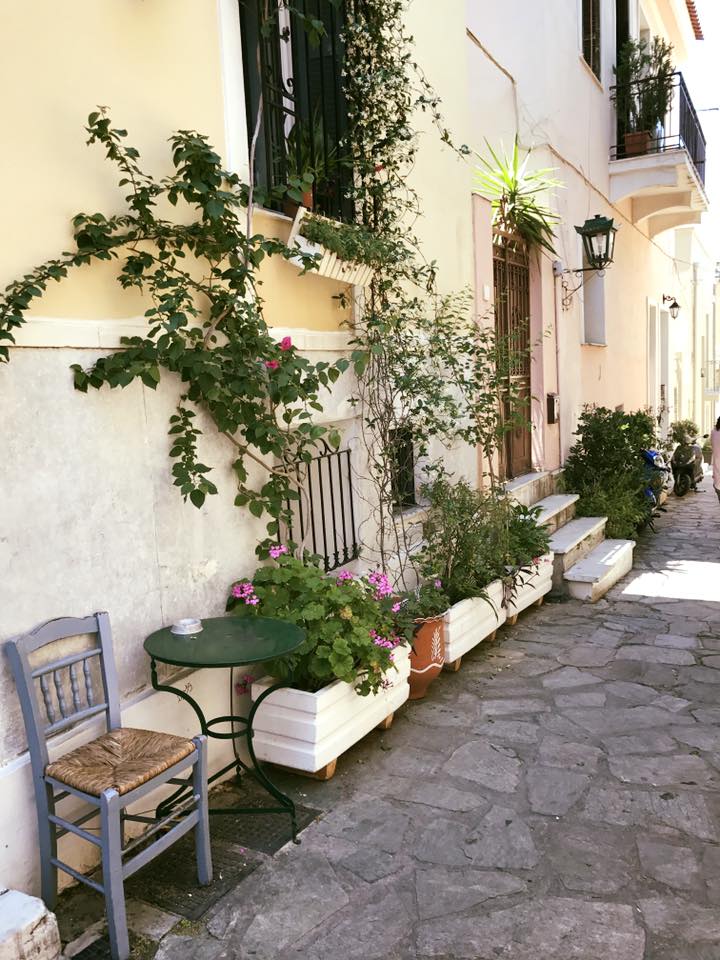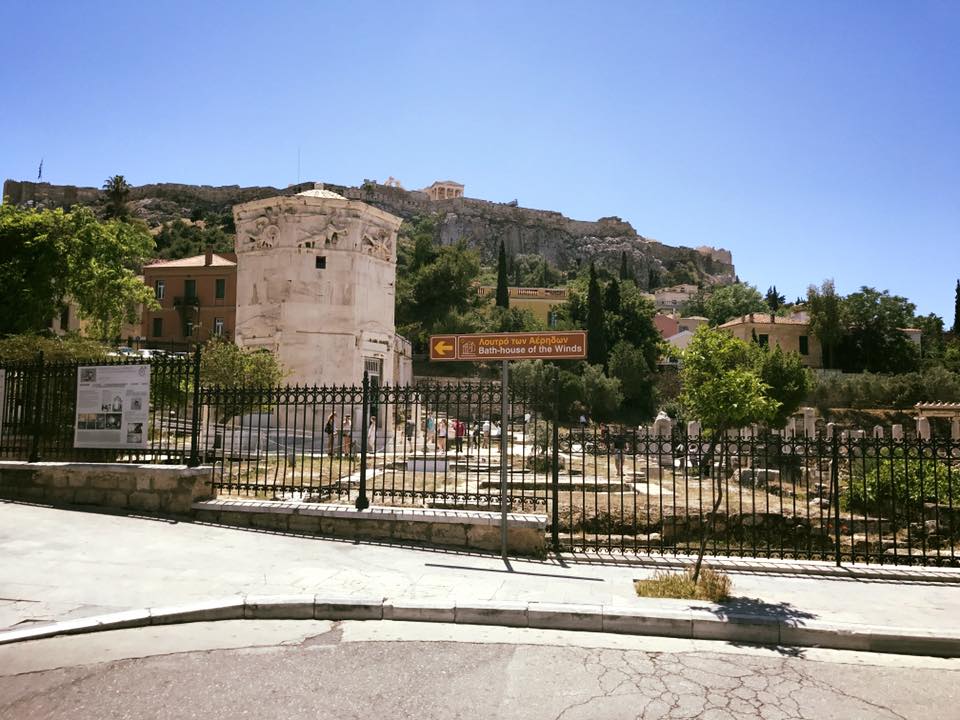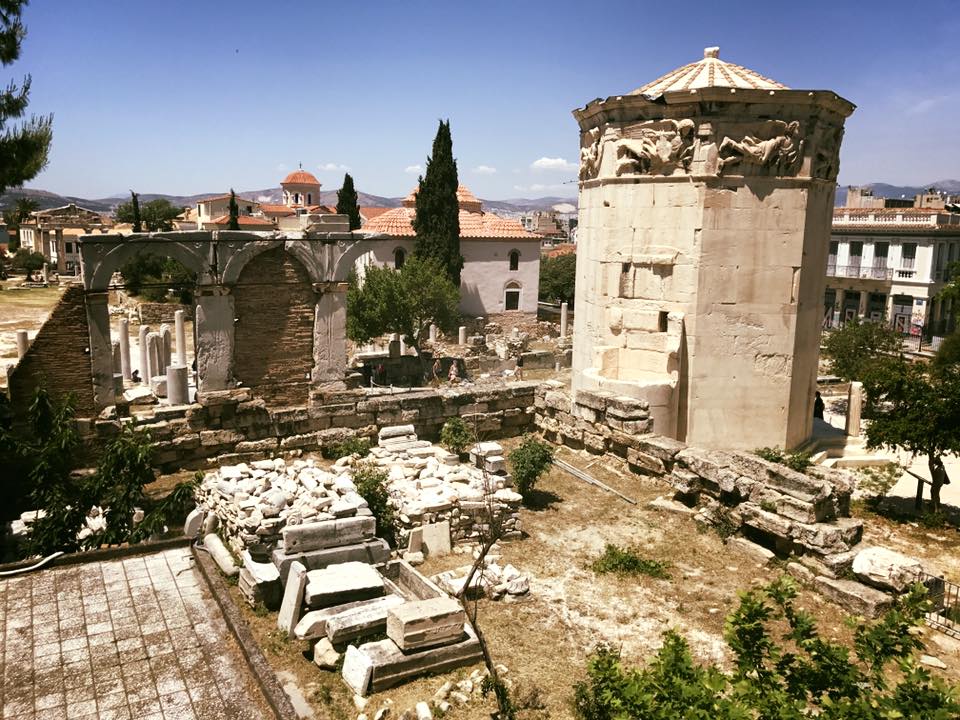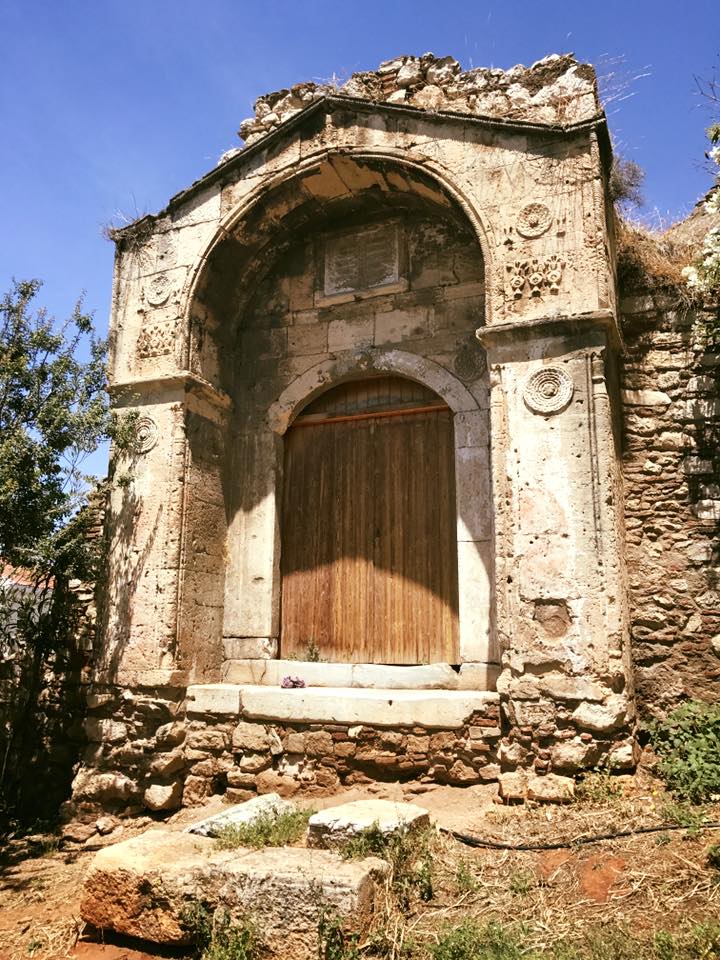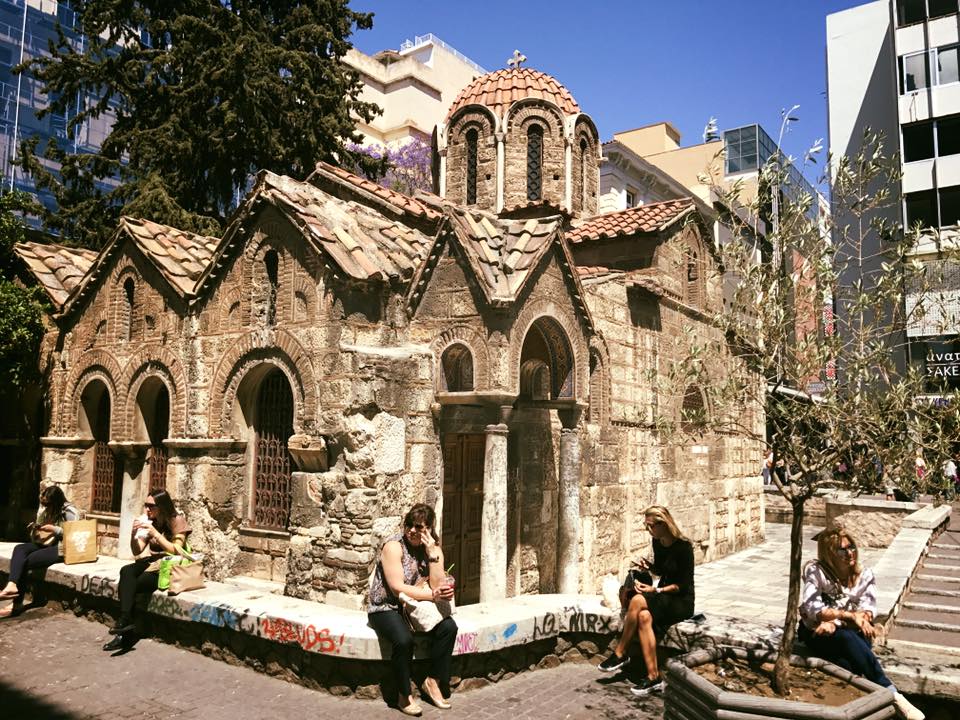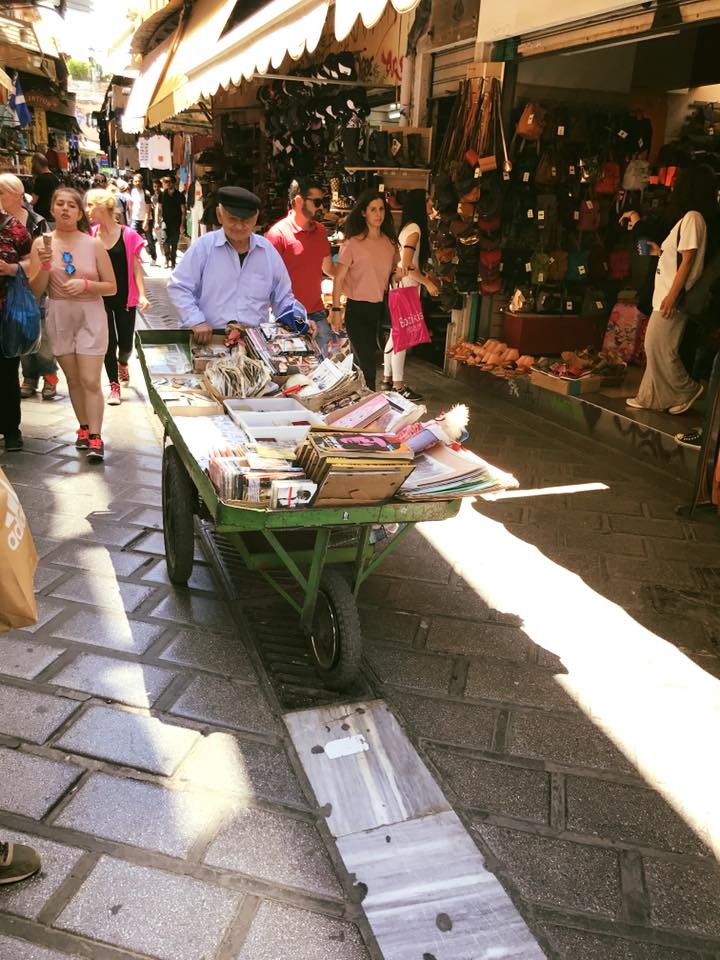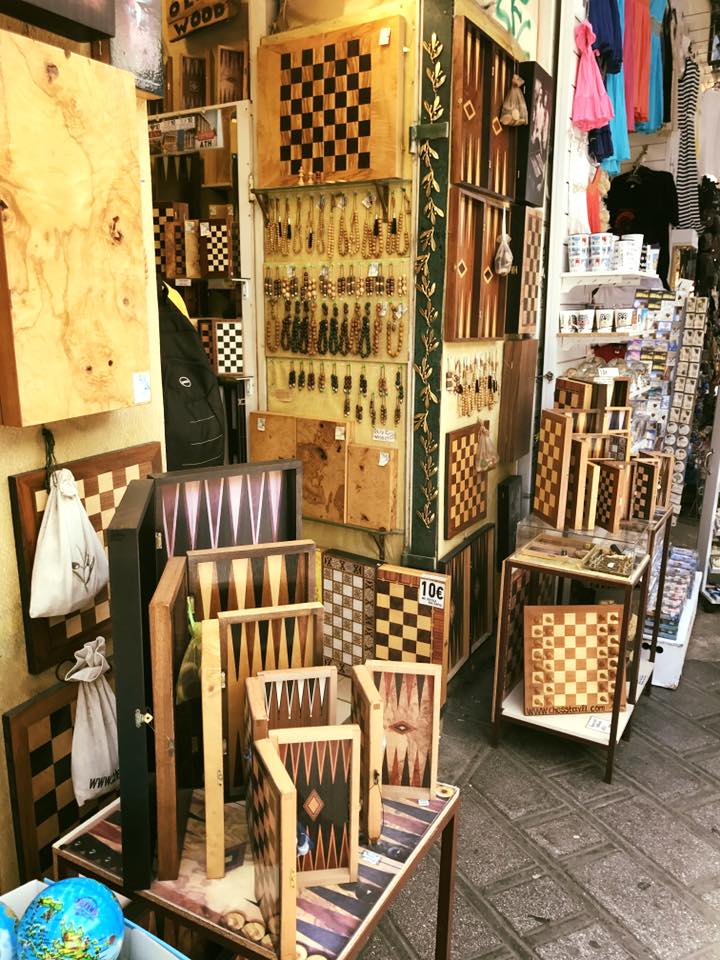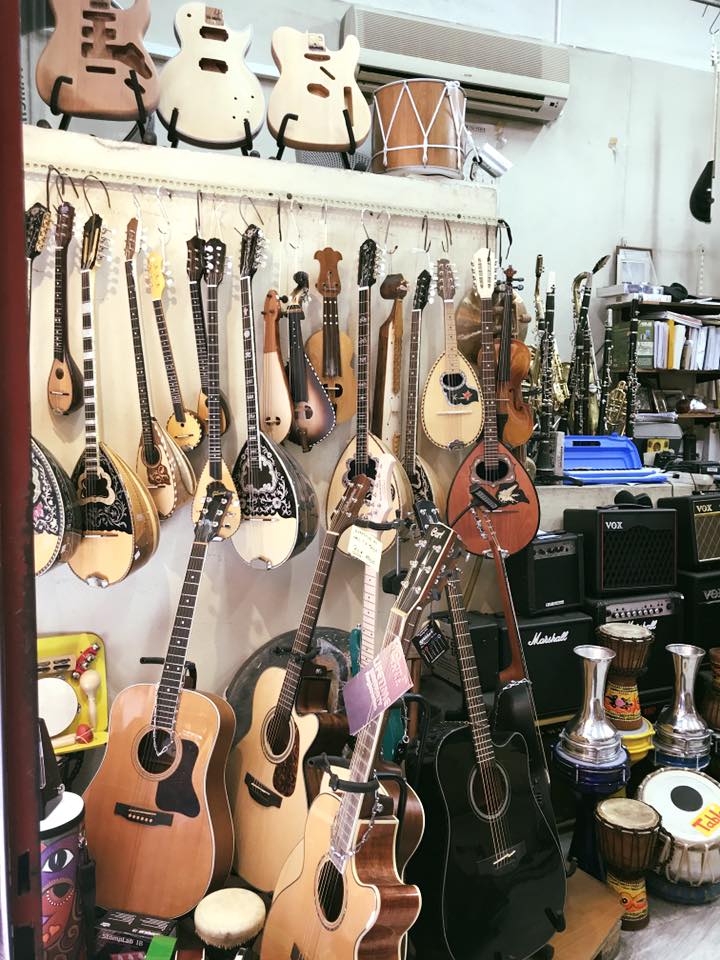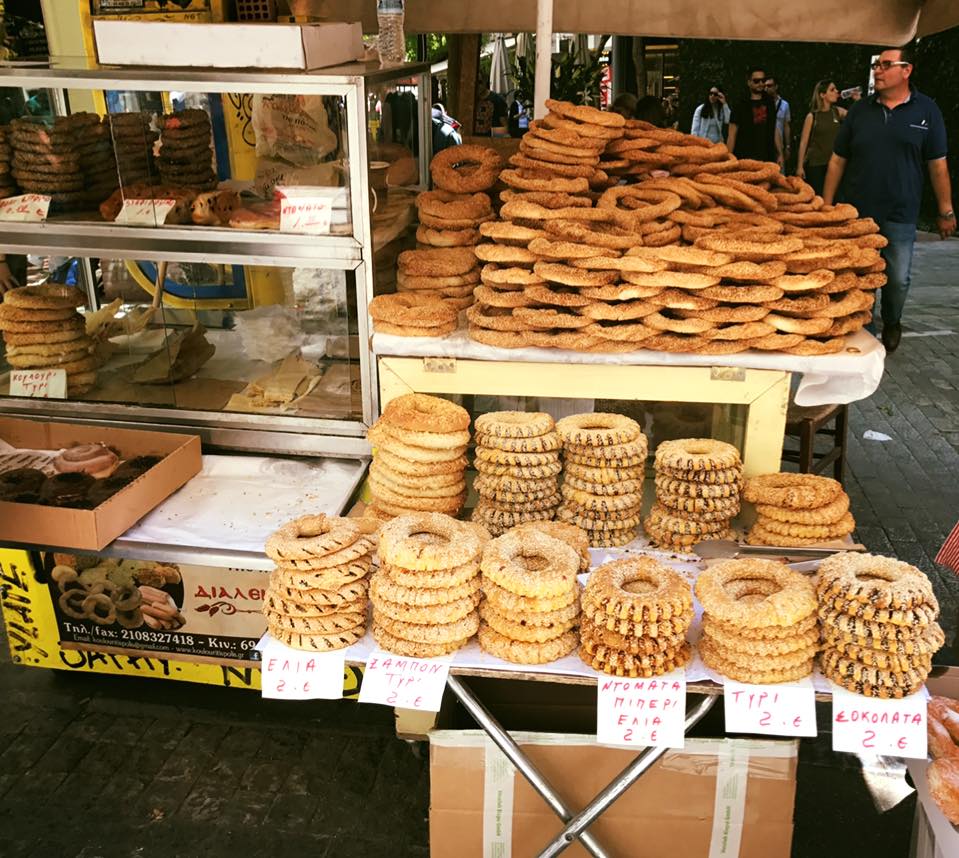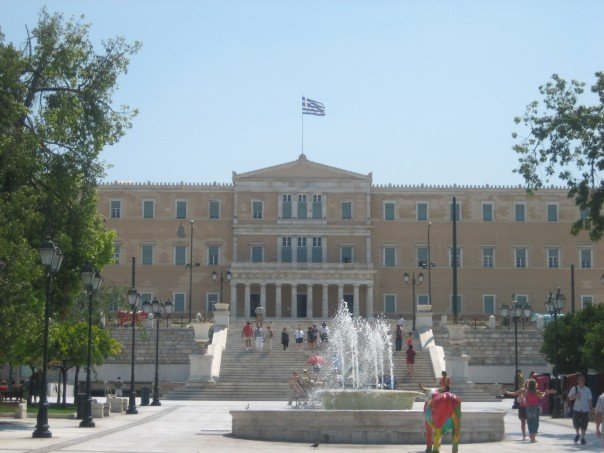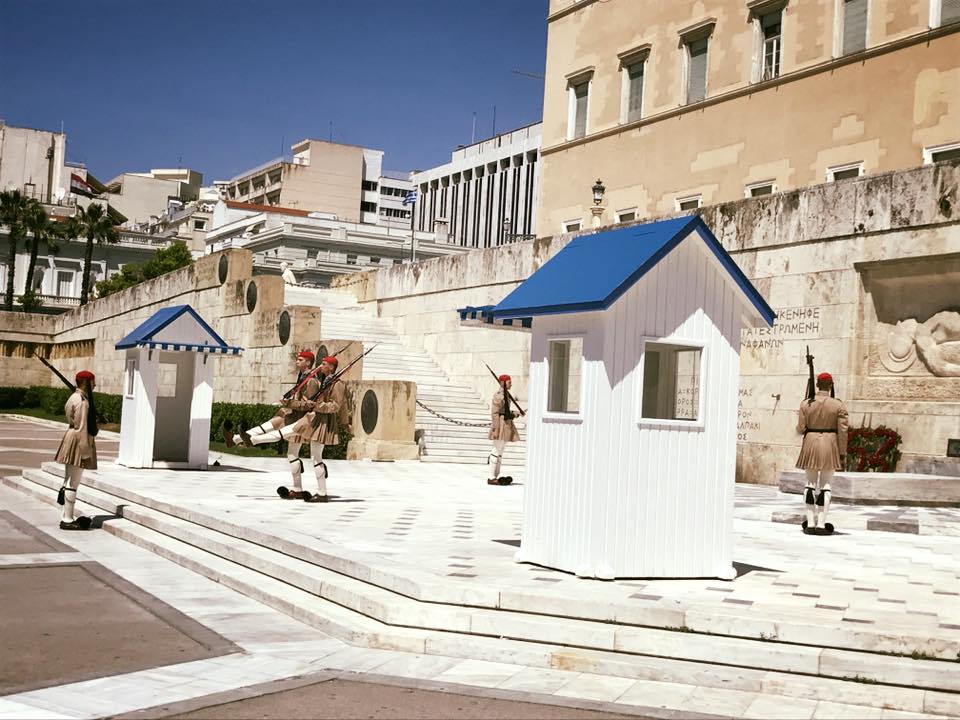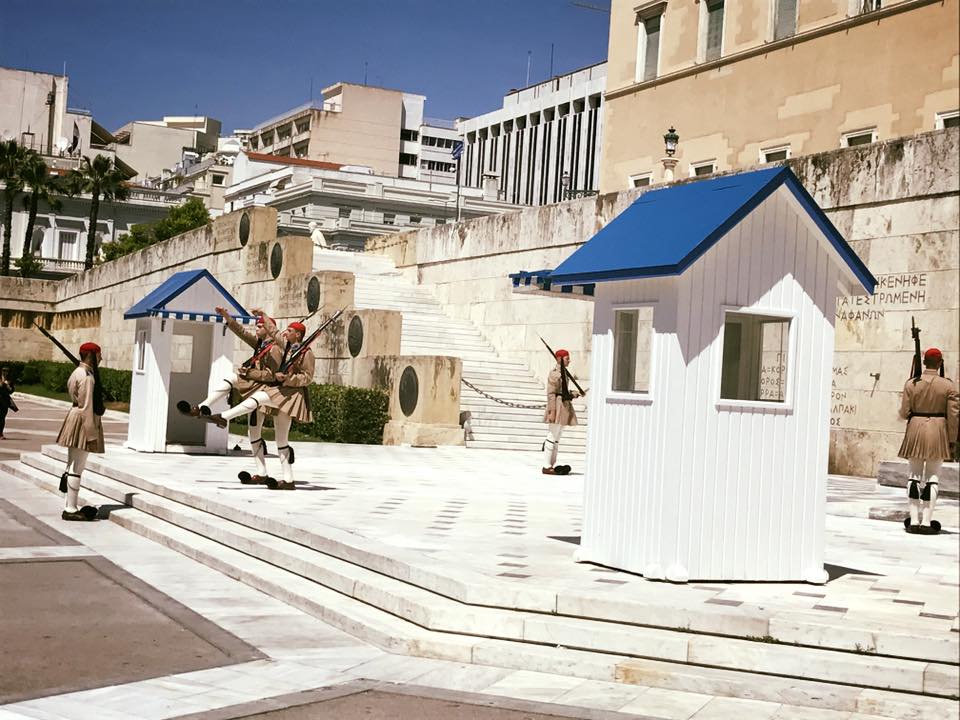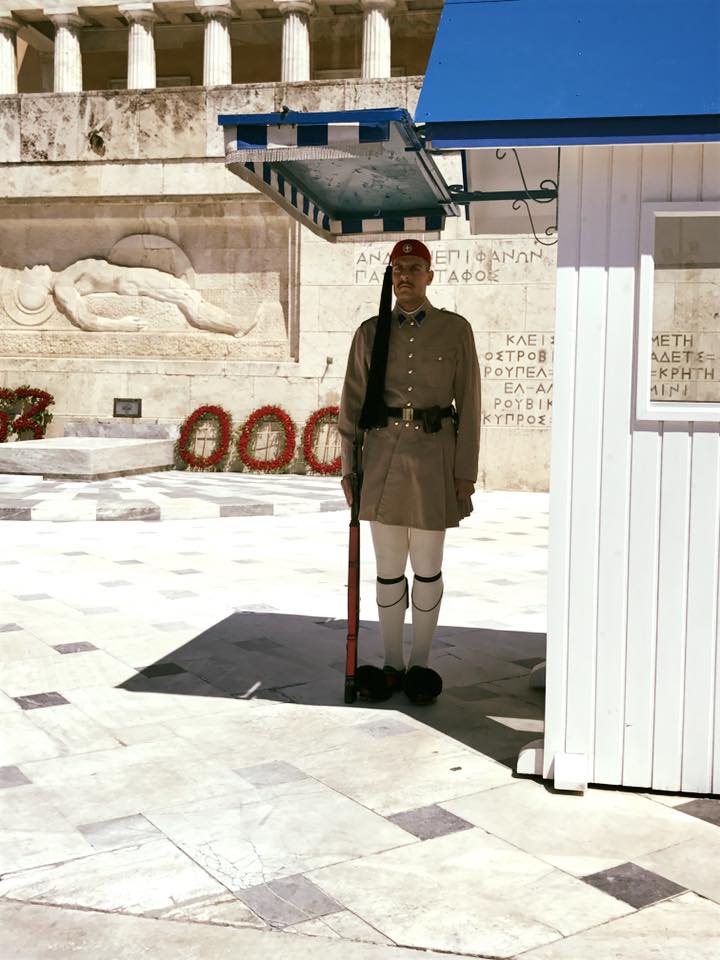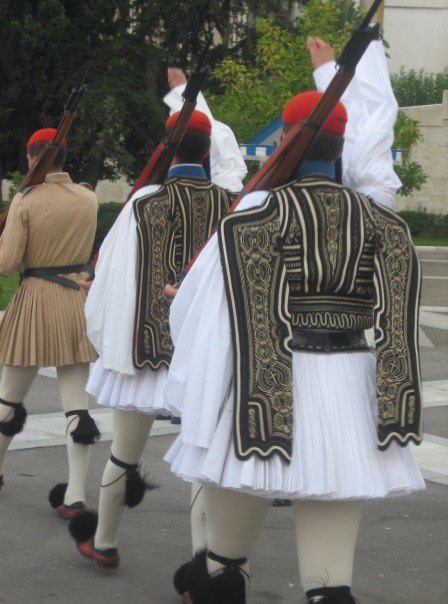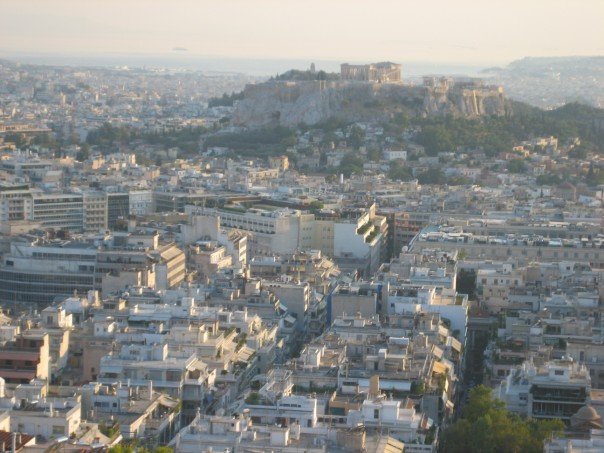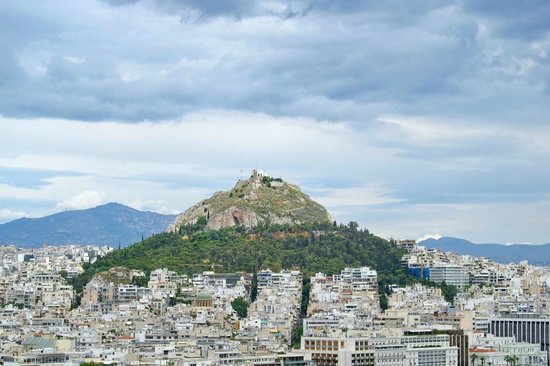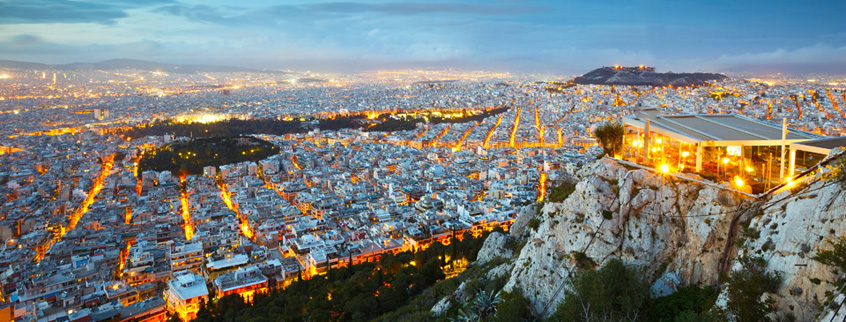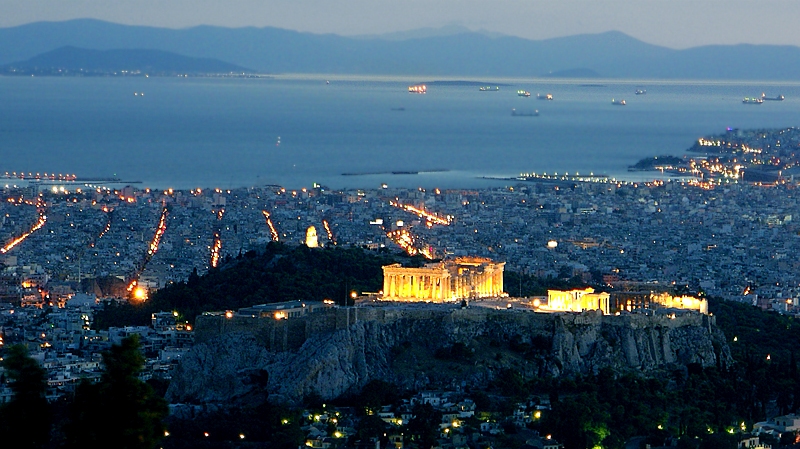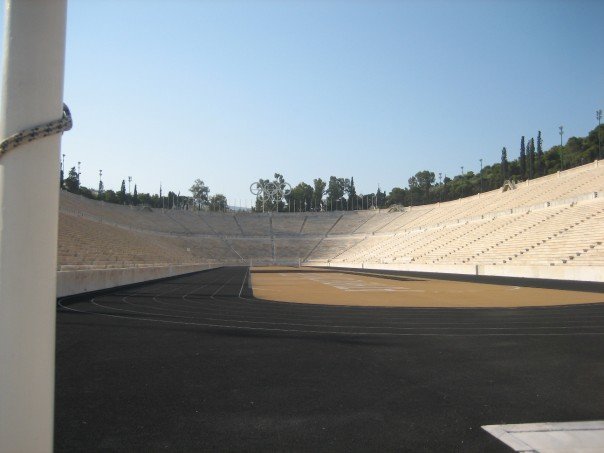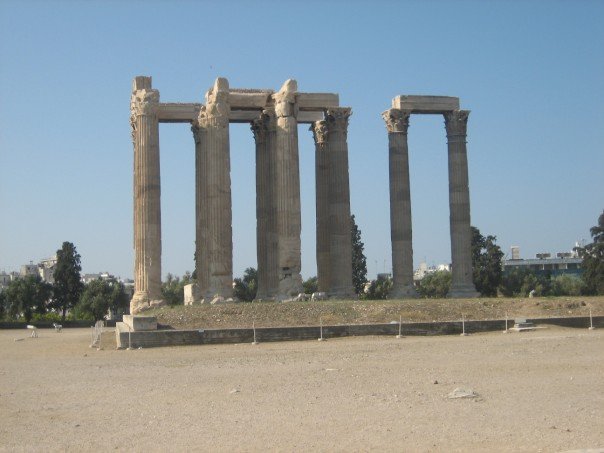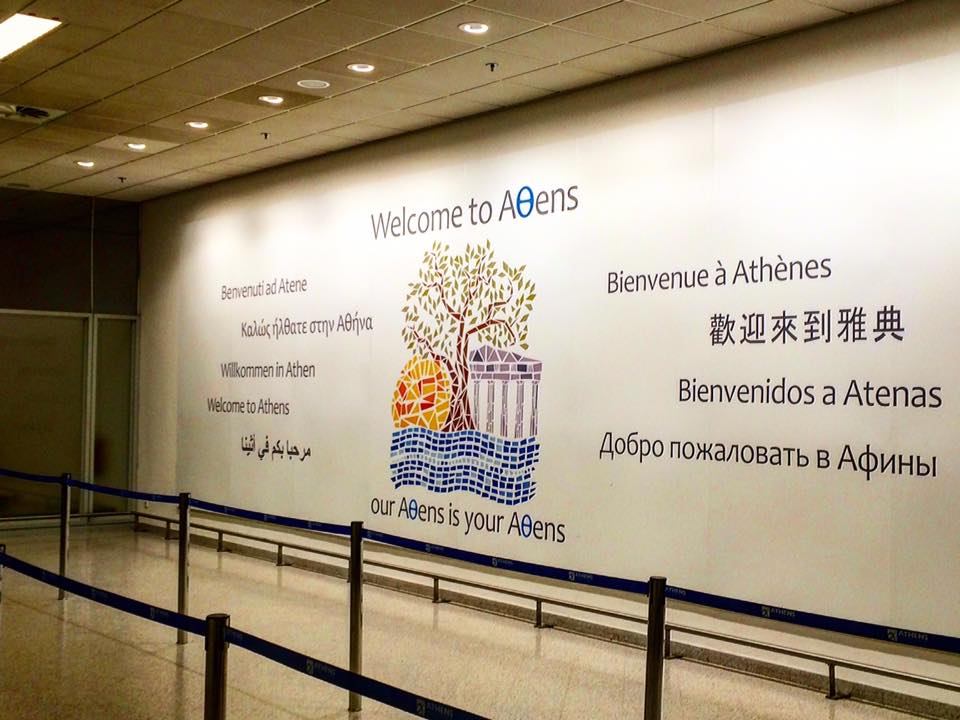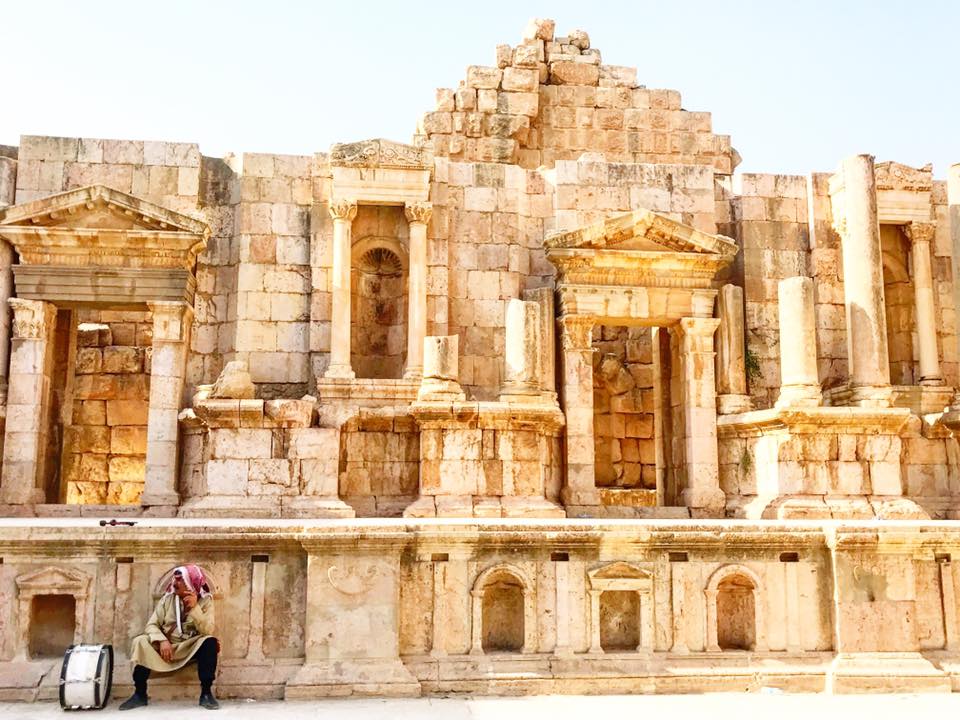
A lawyer, an accountant, a pharmaceutical sales representative, and a teacher board a plane. Sounds like the beginning of joke, right? Well, it’s not. It was the beginning of an epic girls trip to the Middle East. To Jordan to be exact, home of Petra, the Wadi Rum desert, and (part of) the Dead Sea.
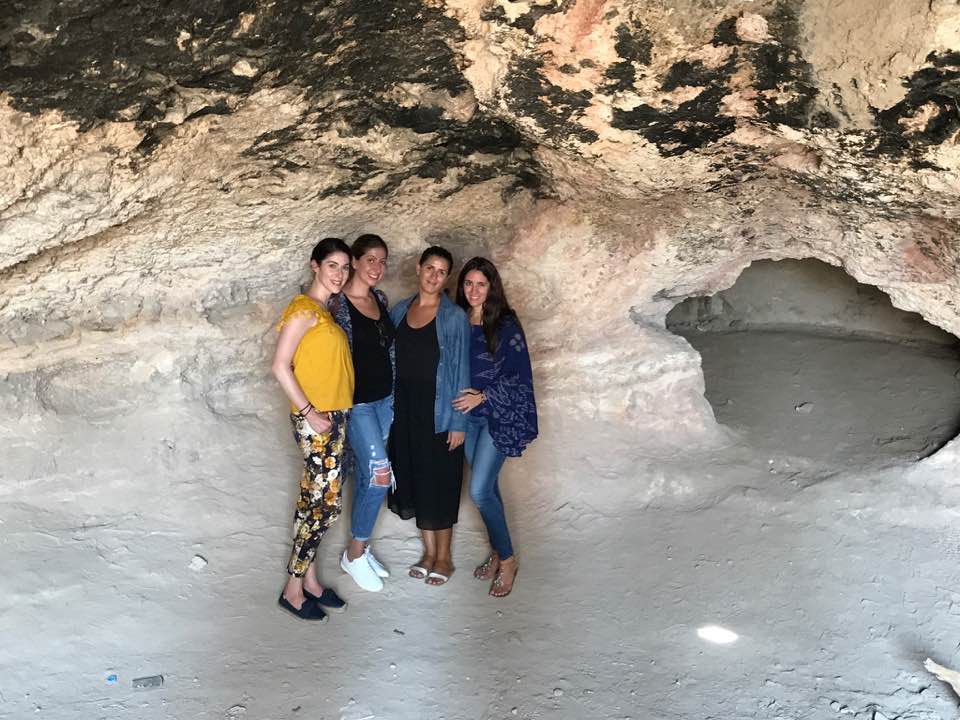
I know what you are thinking. The Middle East? Who takes a girls trip to the Middle East? Why not got to the beach or wine country?
Blah! We live at the beach! We are, after all, from Miami. We wanted something different. We wanted adventure. We wanted bespoke experiences. We wanted to Eat.All.The.Hummus! So, Jordan it was. And, honestly, it was the best decision.
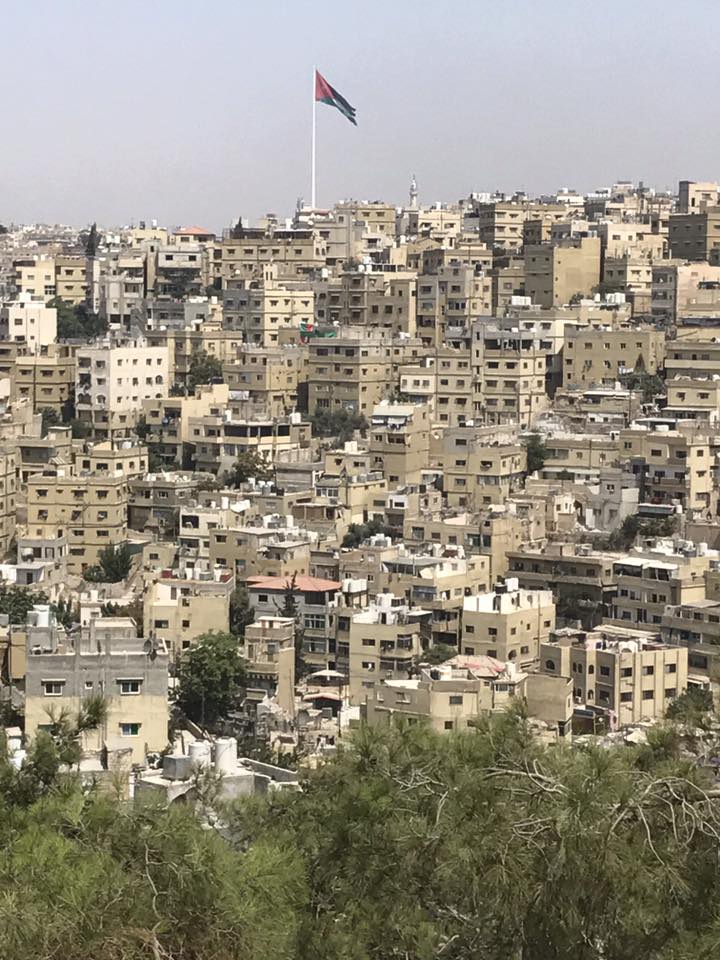
Most trips to Jordan will begin with an arrival in the capital city of Amman. You may be thinking that you can just skip the capital city and get to the good stuff. That, in my opinion, would be a mistake. Amman has a lot of interesting things to explore. We spent two days in Amman.
Amman is an old city. It was settled back in the Neolithic period. Today, it is one of the five most visited cities in the Arab world. Like Rome, it was initially built on seven hills. Amman is considered one of the most liberal and westernized cities in the Arab world. It is also a great base for visiting other interesting and important sites, like the baptism site of Jesus Christ, Madaba, and Mt. Nebo.
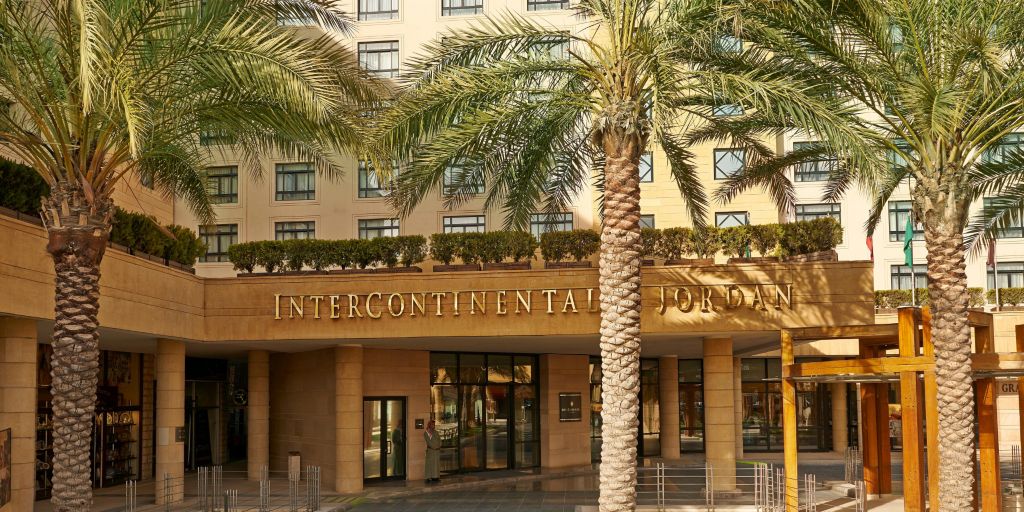
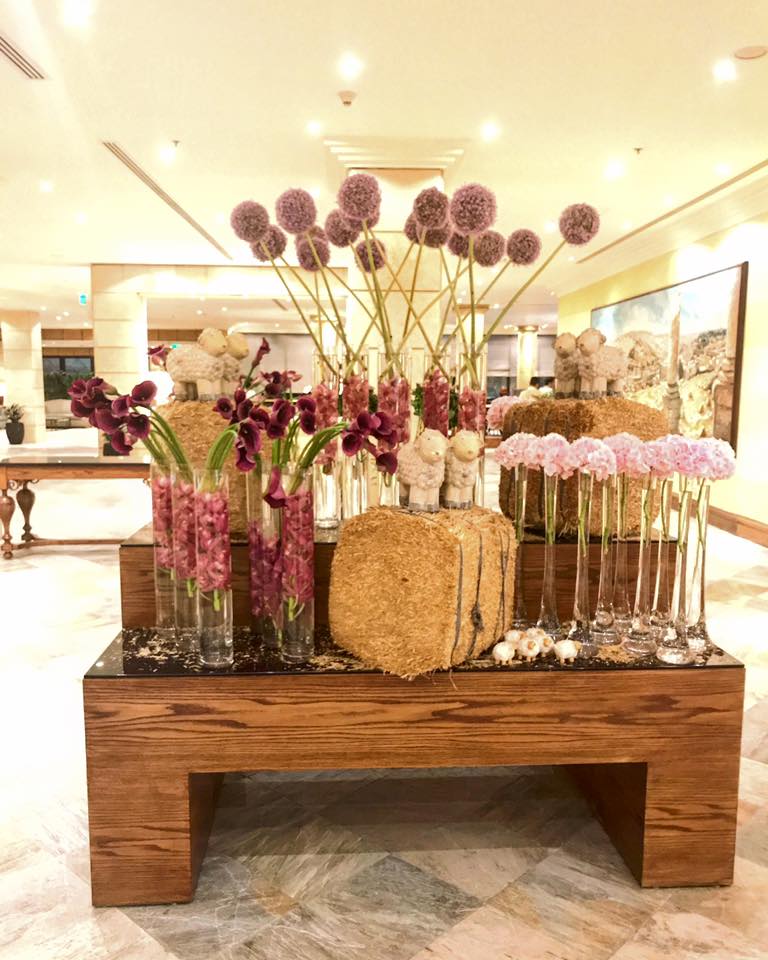
We stayed at the Intercontinental in Amman. Not only was the daily breakfast buffet delicious (complete with an omelette station and fresh squeezed local juices served daily), but it was also in a great location! It is walking distance to Rainbow Street. Rainbow Street is the restaurant, nightlife, and shopping hub of Amman. It is also the home of Souk Jara, a street food and handicraft outdoor market. Also, check out King Faisal Street. It is totally Instagram worthy!
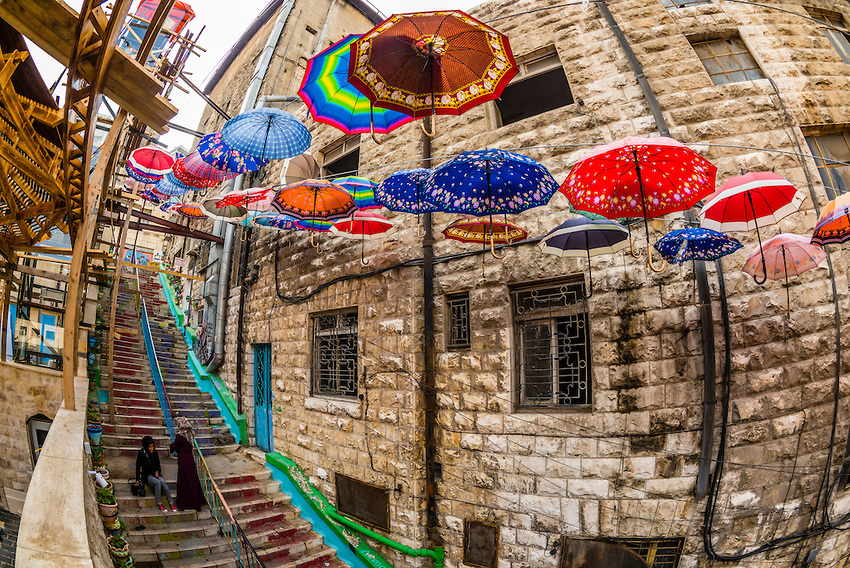
This photo is courtesy of Mr. Google because, sadly, we missed this spot. #TravelFail
Our hotel was also one block away from what most consider the best shawerma joint in the city, Reem. Reem is open late and serves up shawerma to the long lines of locals for approximately $2.00 US dollars a piece.
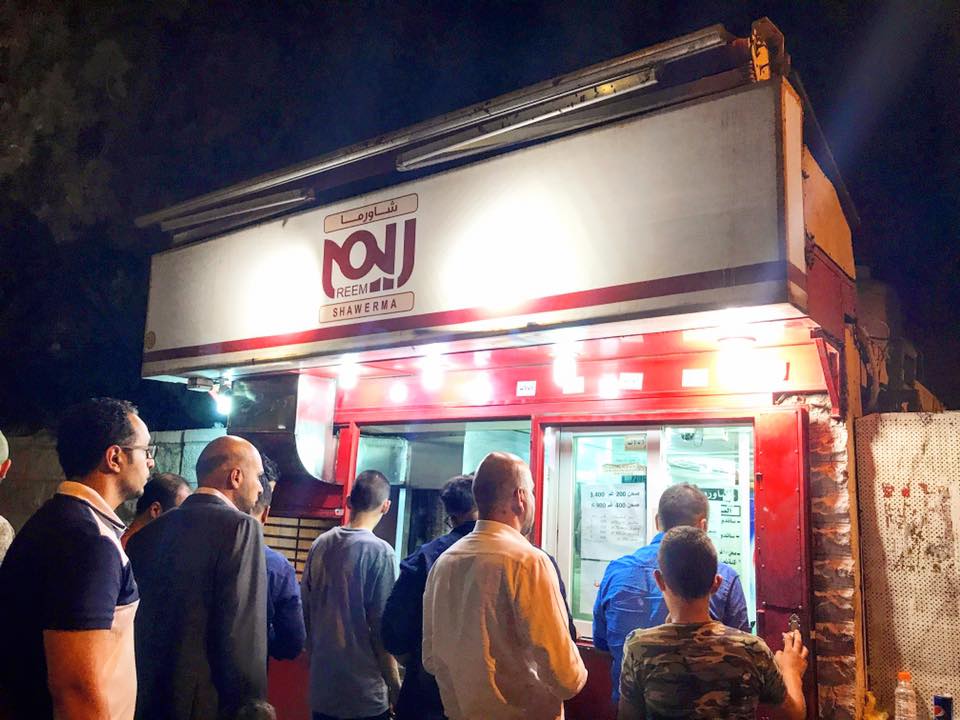
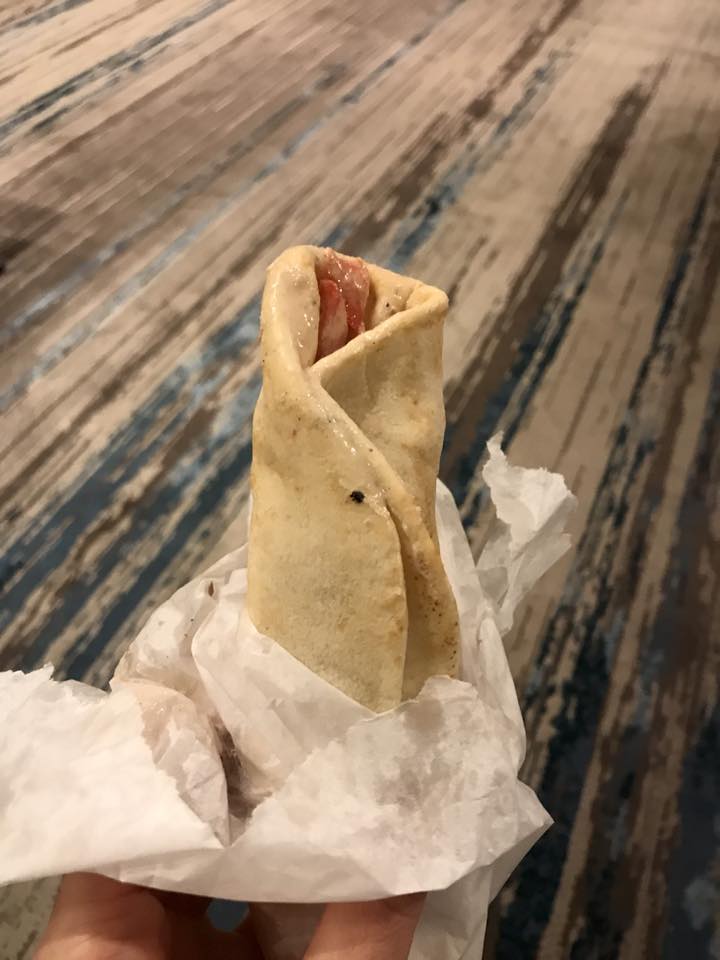
King Abdullah I Mosque
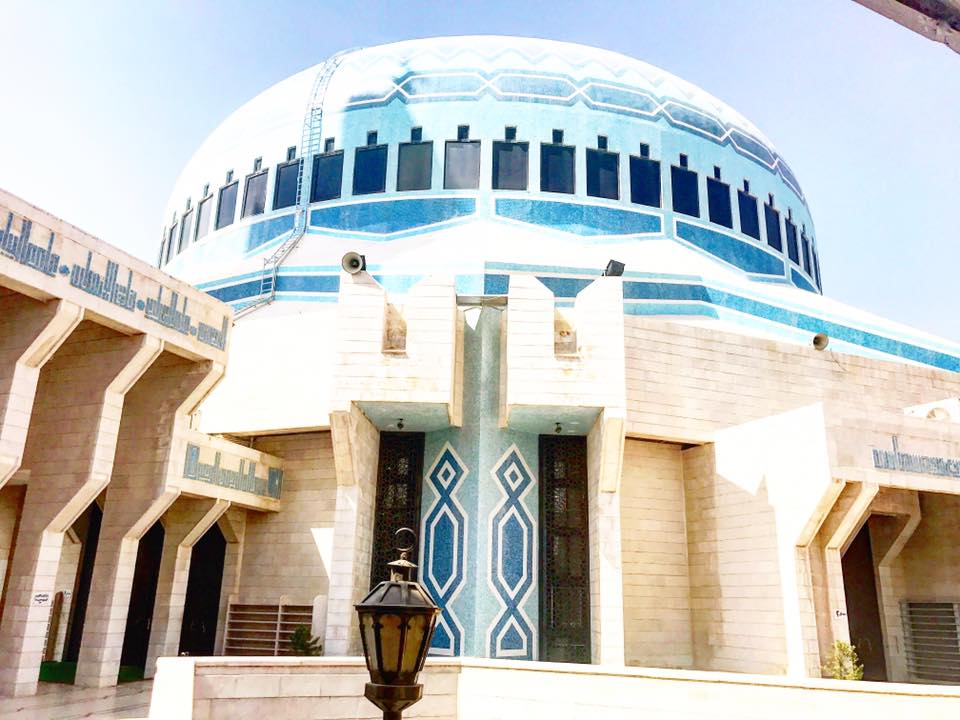
We started our first day of exploration in Amman at King Abdullah I Mosque. The mosque was completed in 1989 as a memorial by the late King Hussein to his grandfather. It is capped by a beautiful blue dome, and adorned with beautiful blue mosaic tiles. This is the only mosque in Amman that allows both women and non-Muslims to visit.

Women are required to wear abayas in order to visit the mosque. The abayas are available free of charge from the small gift shop located at the entrance of the mosque. All visitors must remove their shoes to enter the mosque.
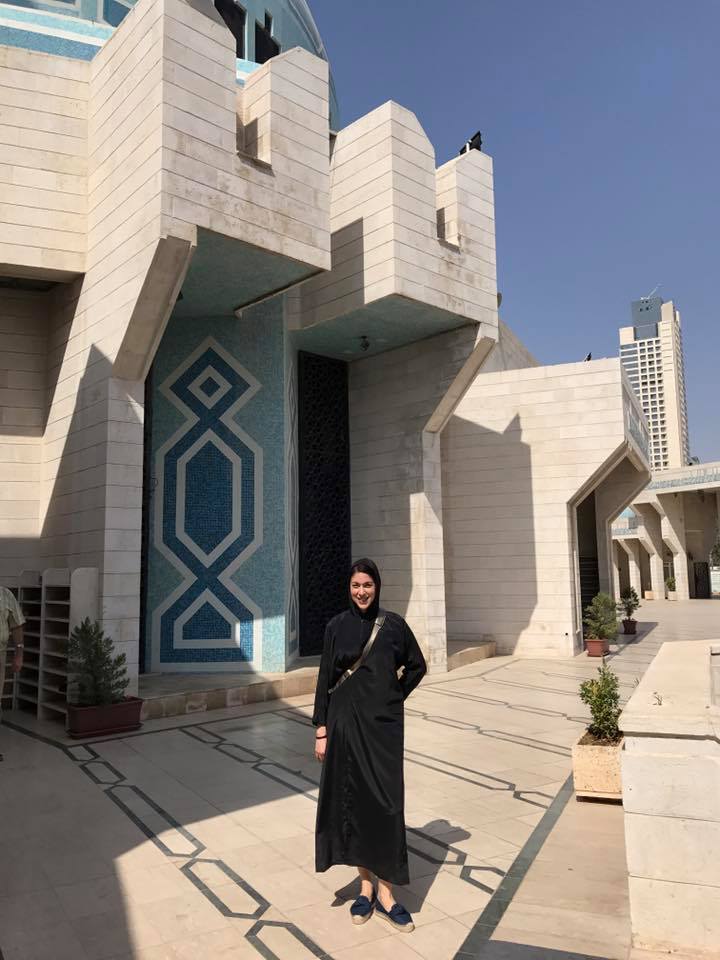
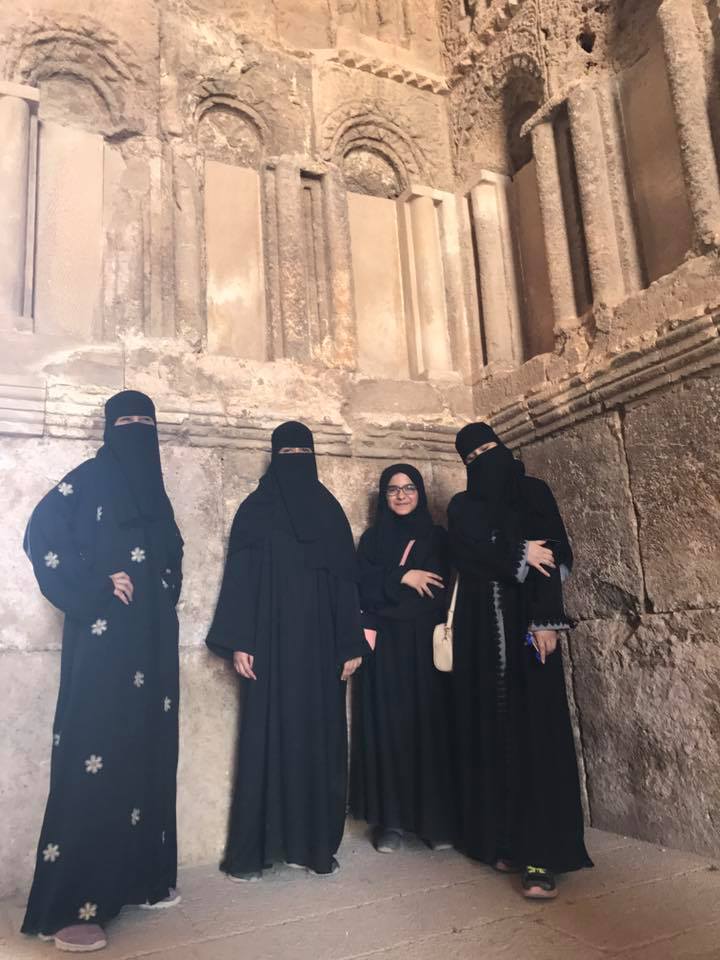

By the way, I have a new appreciation for the struggle of Muslim women who wear abayas in their every day life. These babies are HOT! And not like, OMG, that outfit is so hot. But more like, OMG, I am temperature hot. The fabric is not breathable, and the dark color was not helping! Also, they are wearing full on modest street clothes underneath the abaya. In the desert. Even in the summer. Think about that for a moment. I wore one for an hour, and I was positive I had suffered heat stroke!
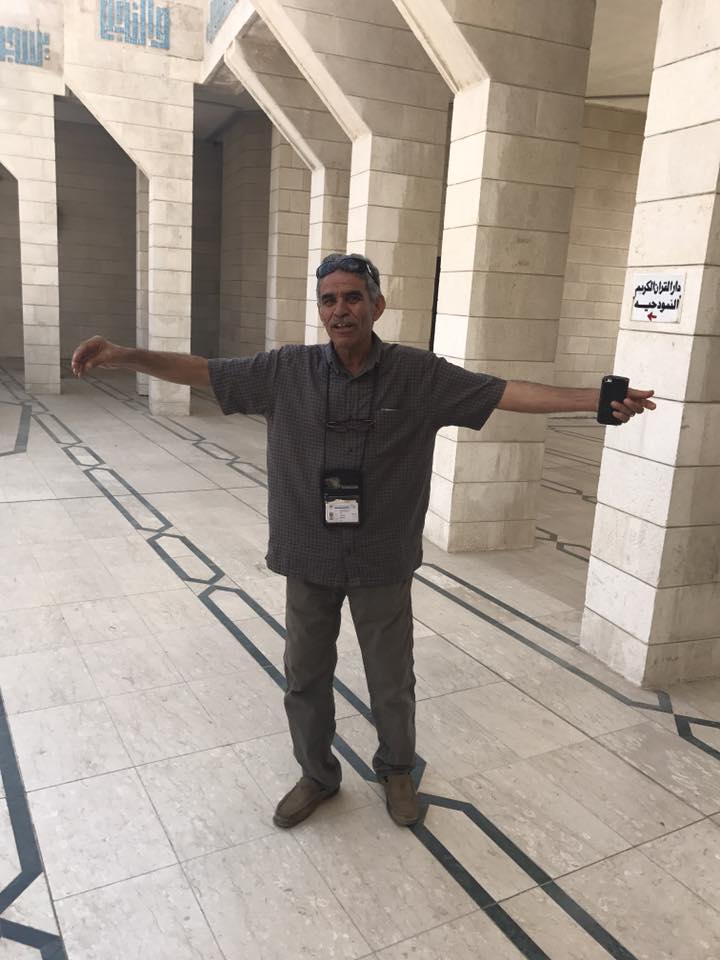
At the entrance to the men’s side of the mosque, we met the first of many Mohammeds that we would meet on this trip. This Mohammed, however, loved Greek people, Greek culture, and especially Greek music. Here he is singing us his favorite Greek song by George Dalaras.
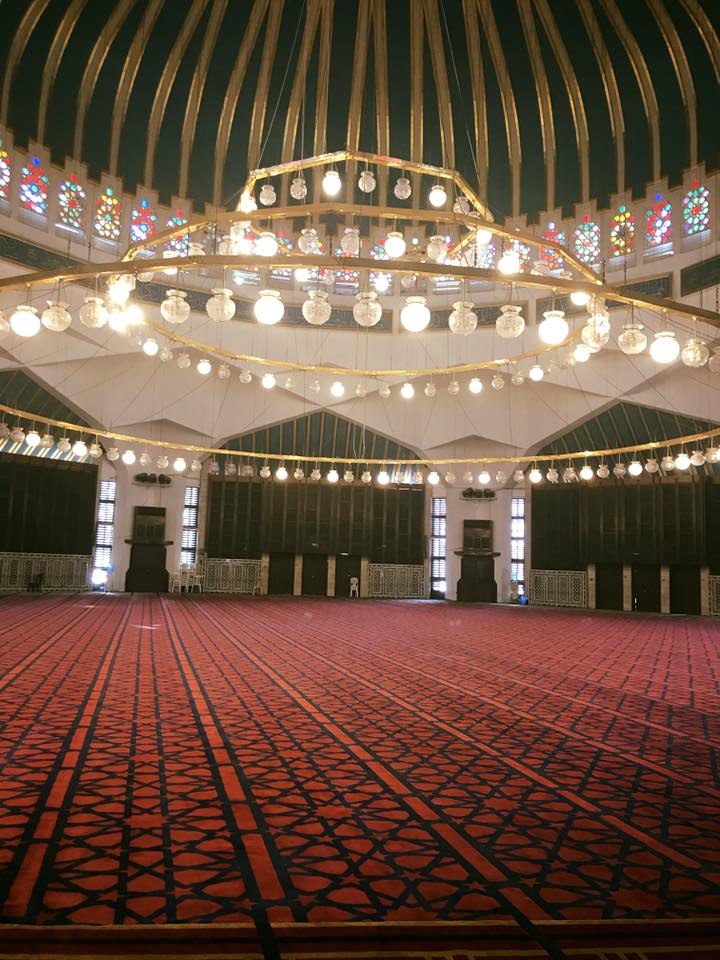
The men’s side of the mosque can house up to 7000 worshippers.
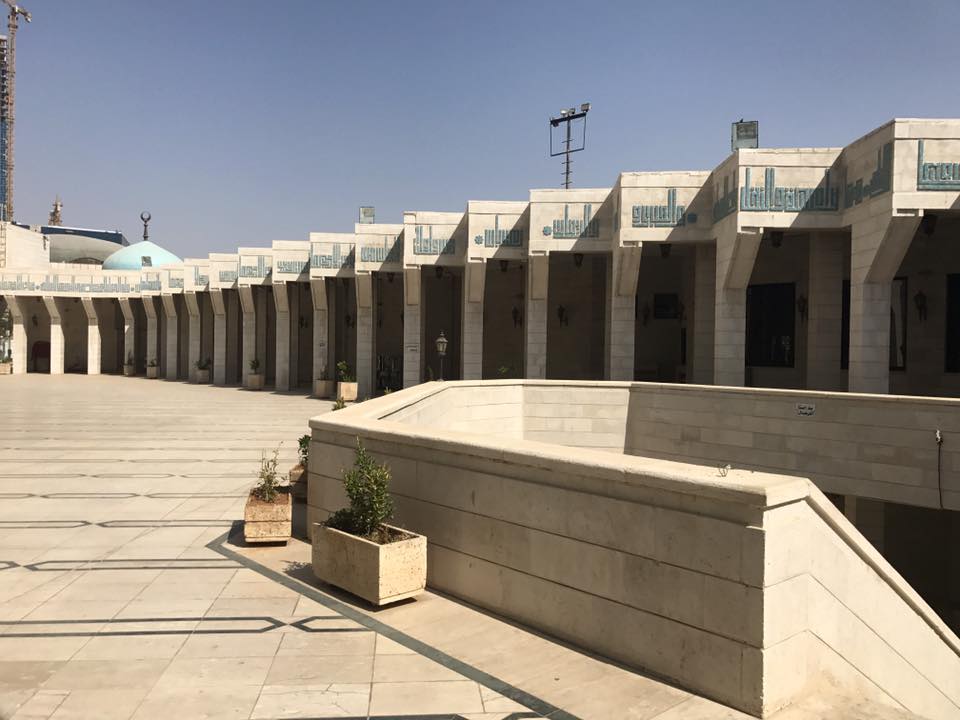
Another 3,000 people can worship in the courtyard.
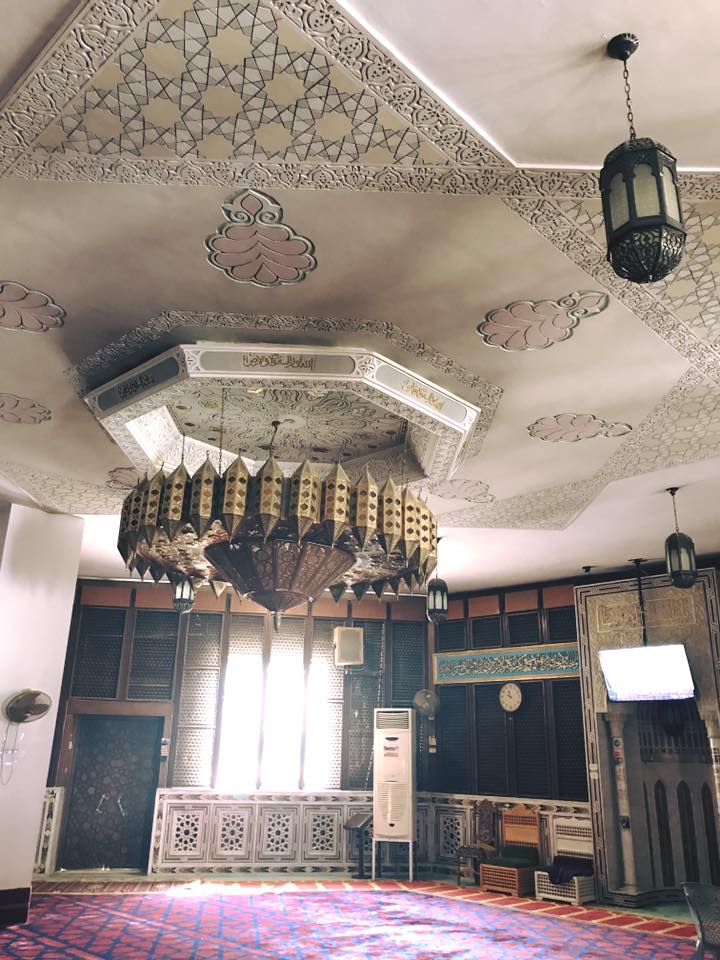
The women’s side of the mosque is supposed to be able to fit 500 women, but I would be surprised if that is the case.
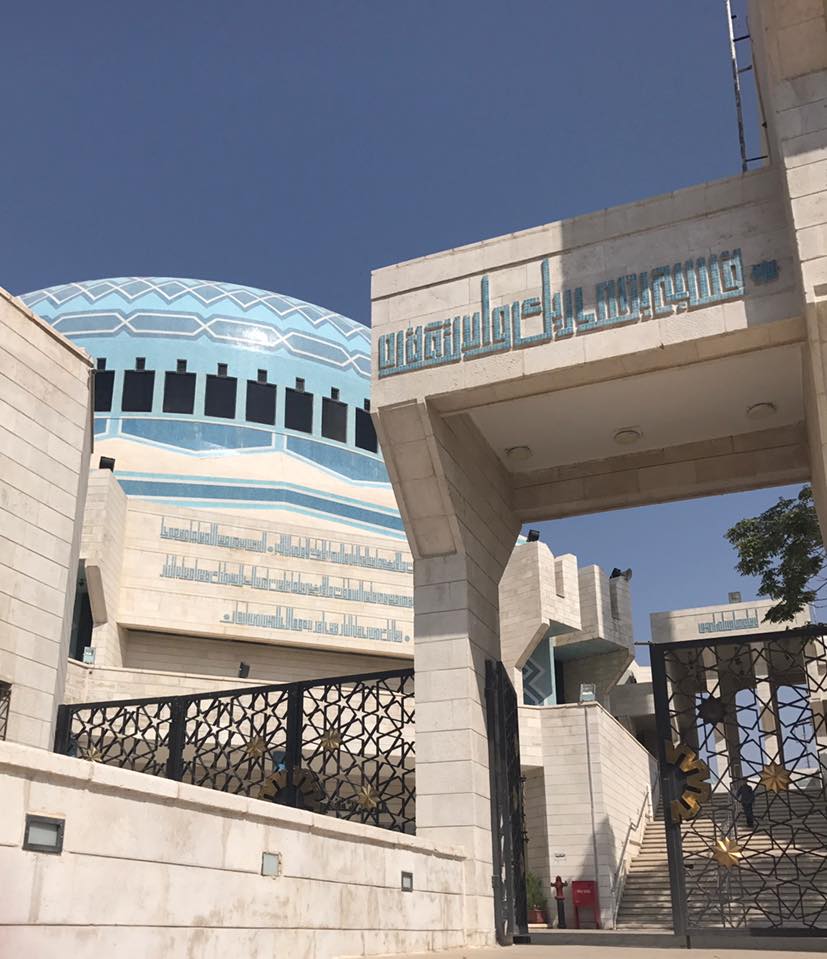
There is a small museum inside the mosque with a collection of pottery and photographs of His Majesty King Abdullah I.
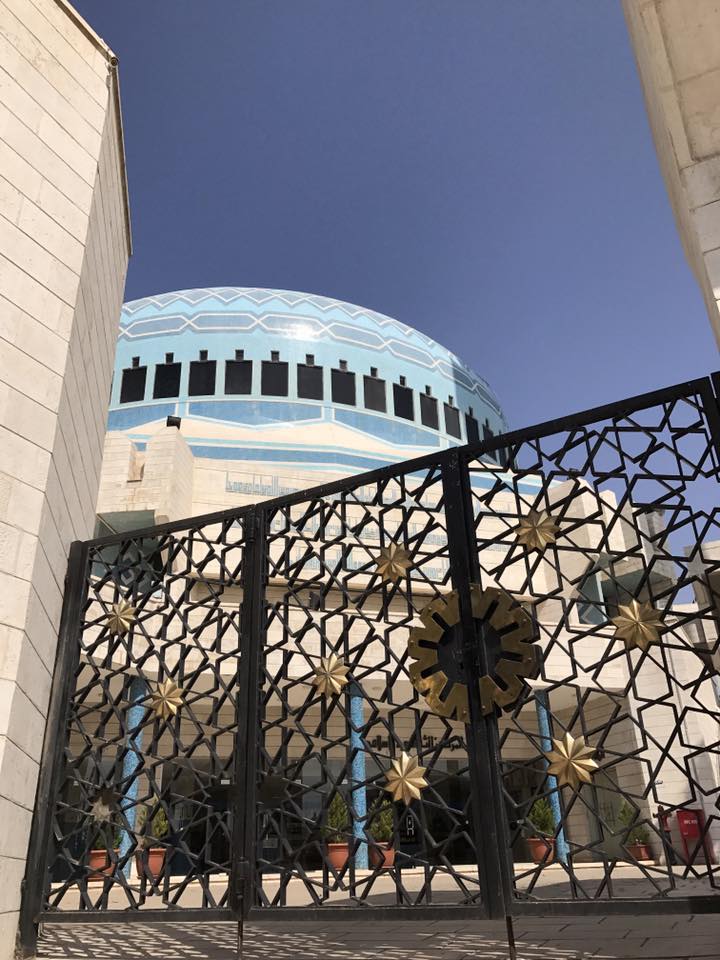
The mosque is open from 8:00 a.m. to 2:00 p.m., but you should be careful not to visit during call to prayer (5:20 a.m., 6:25 a.m., 12:29 p.m., 3:55 p.m., 6:31 p.m., 7:38 p.m., and 1:43 a.m.). It costs about 3 Jordanian Dinar to visit, which is about $4.oo USD. You only need about 30 minutes to get through the entire mosque complex.
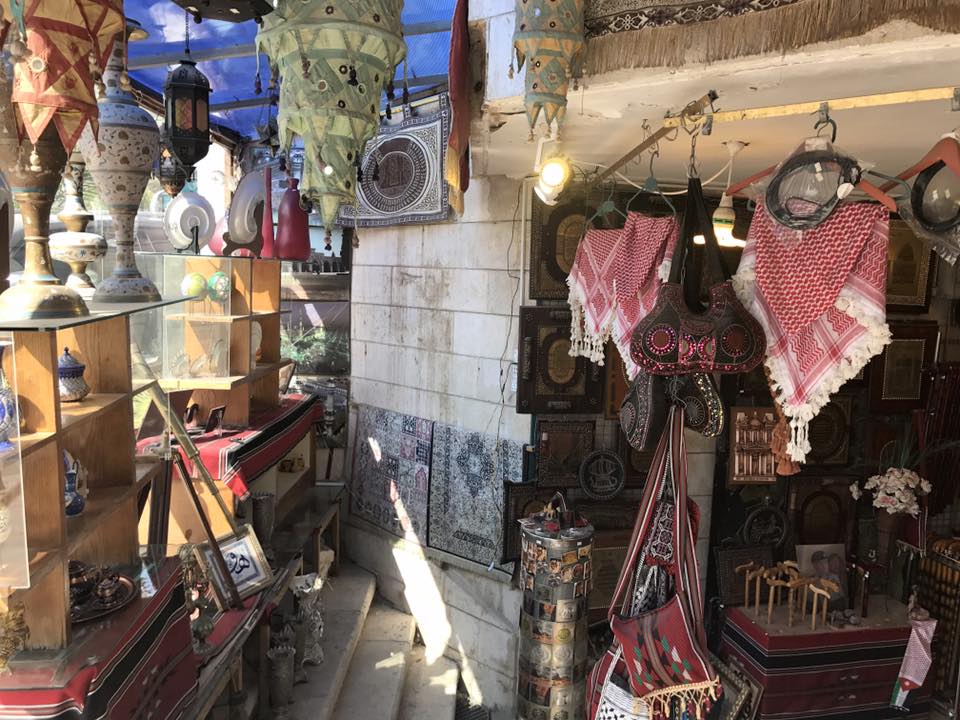
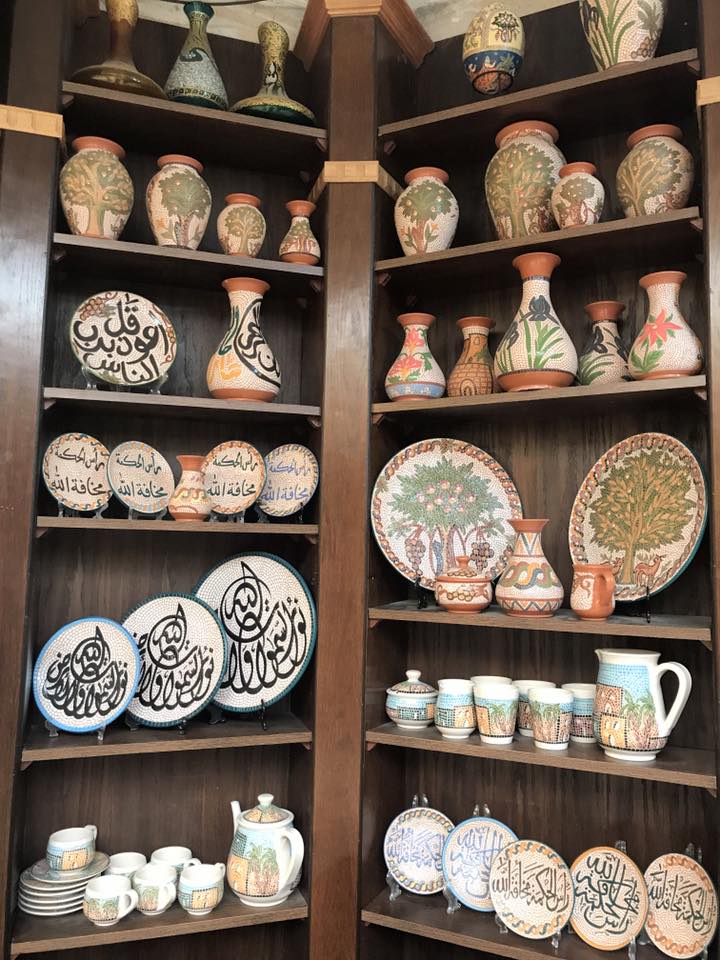
After our visit to the mosque, we returned to the gift shop. The shop was quite large and had a great selection of souvenirs.
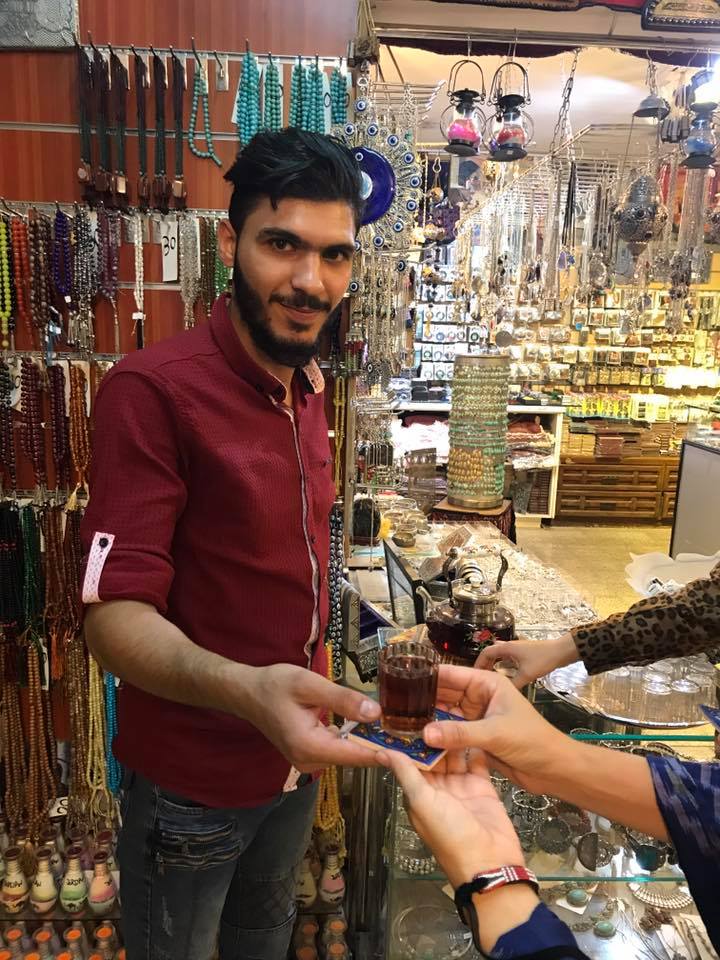
As is the custom, we were offered tea. The tea was warm and sweet!
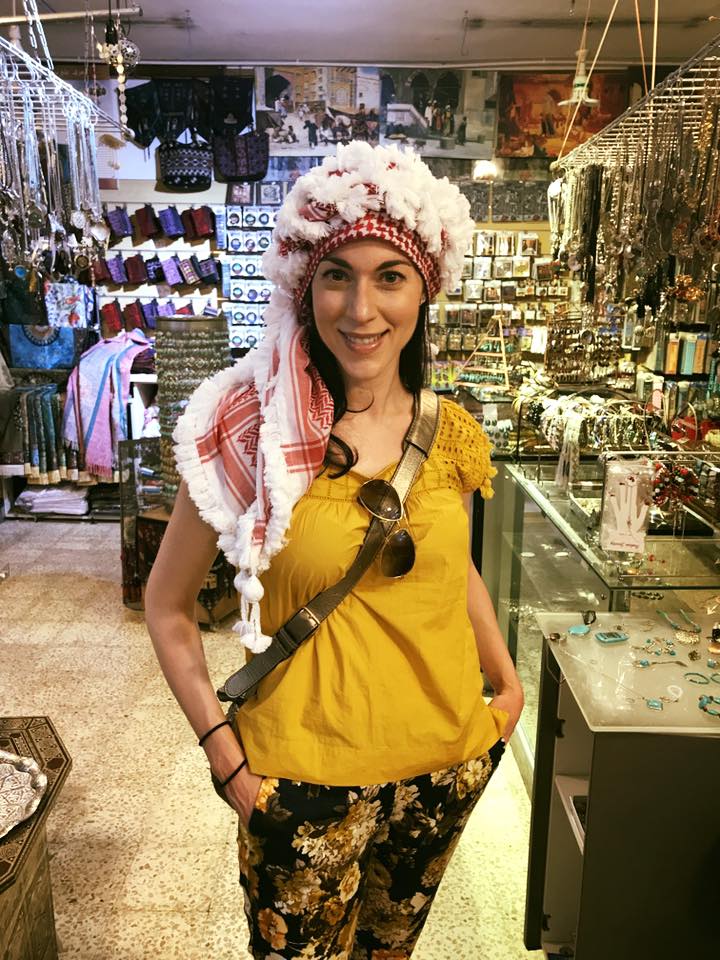
We purchased handmade, traditional Jordanian head scarves and even got a tutorial on how to properly tie them.
Amman Citadel
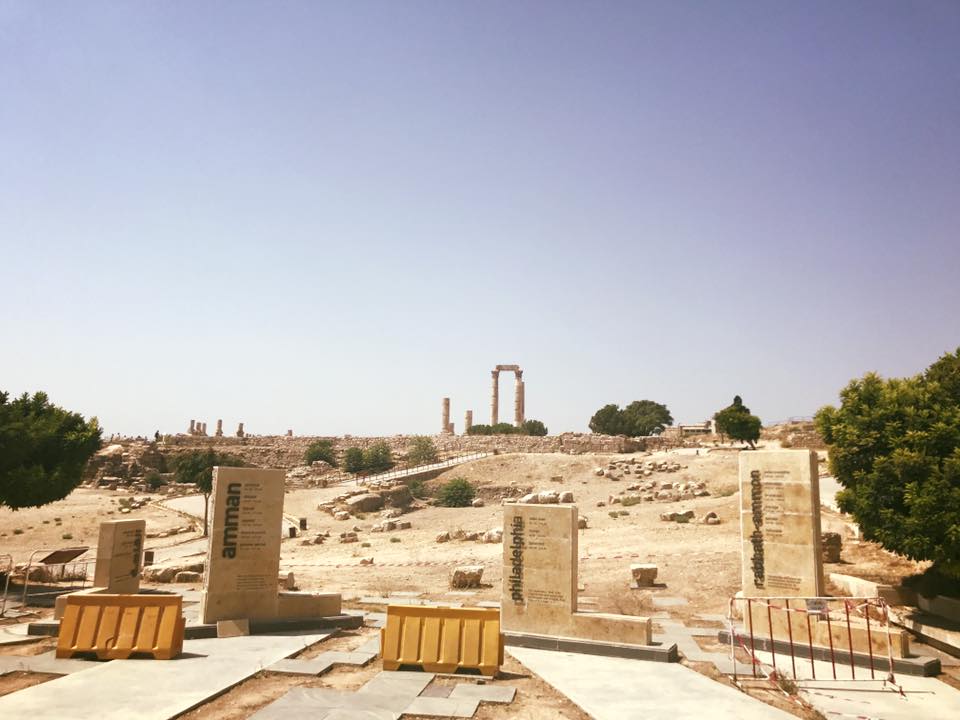
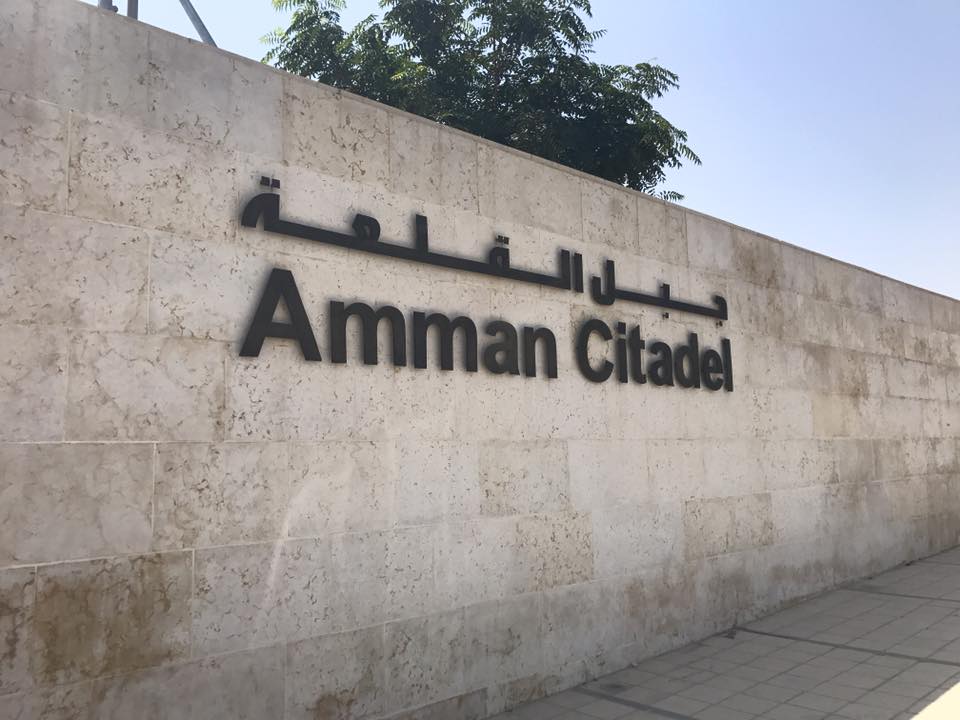
Our next stop was to Amman Citadel. This is a historical site in the center of downtown Amman which is significant because it has a long history of occupation by many great civilizations. There are two important structures at the site.
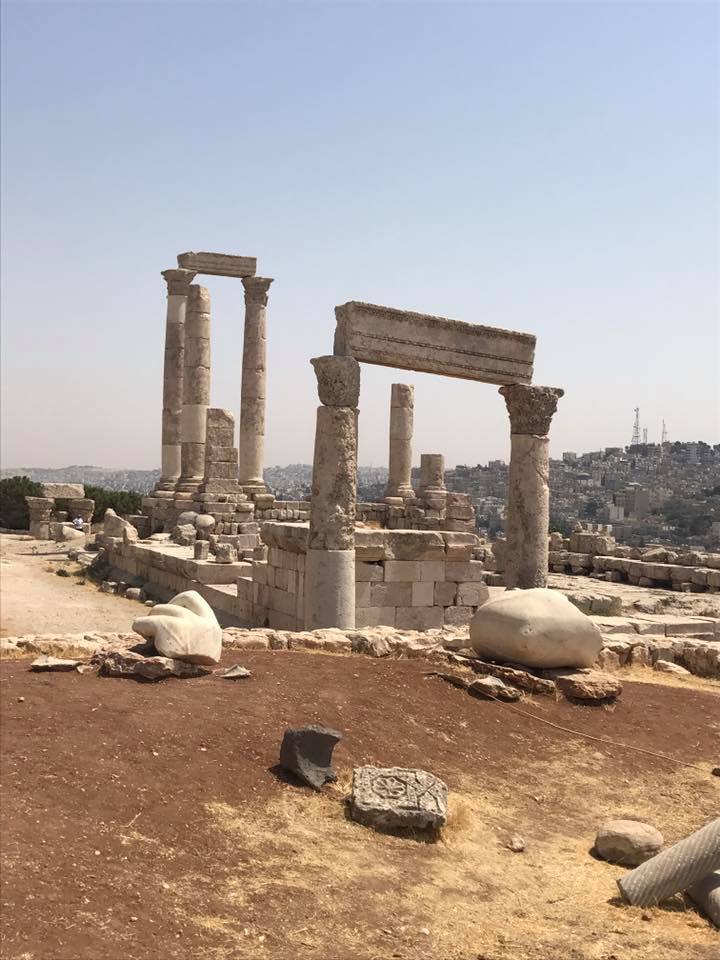
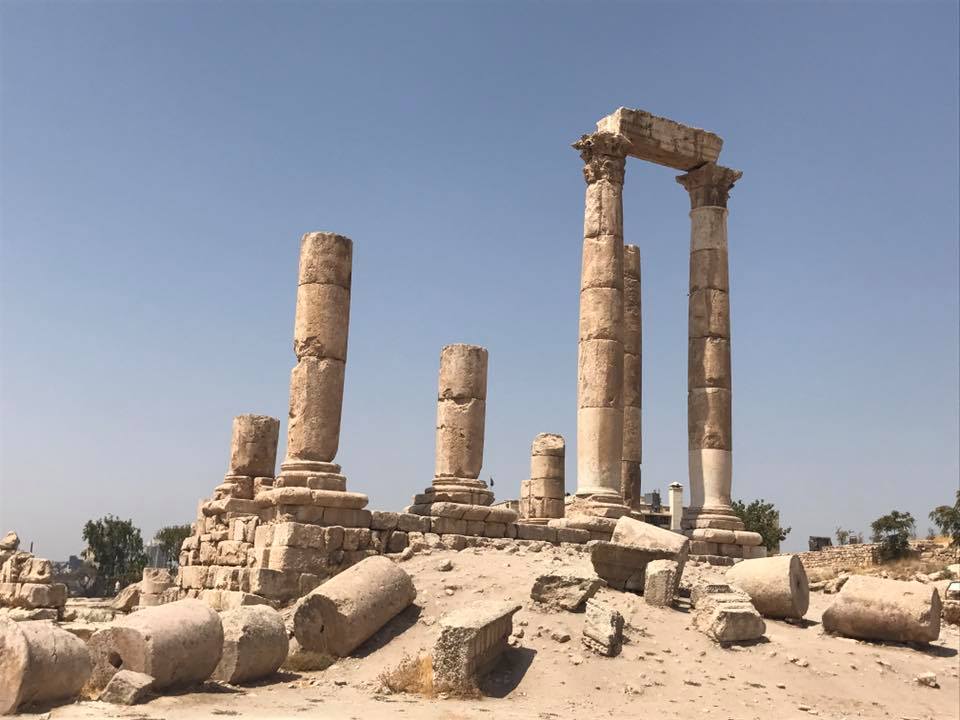
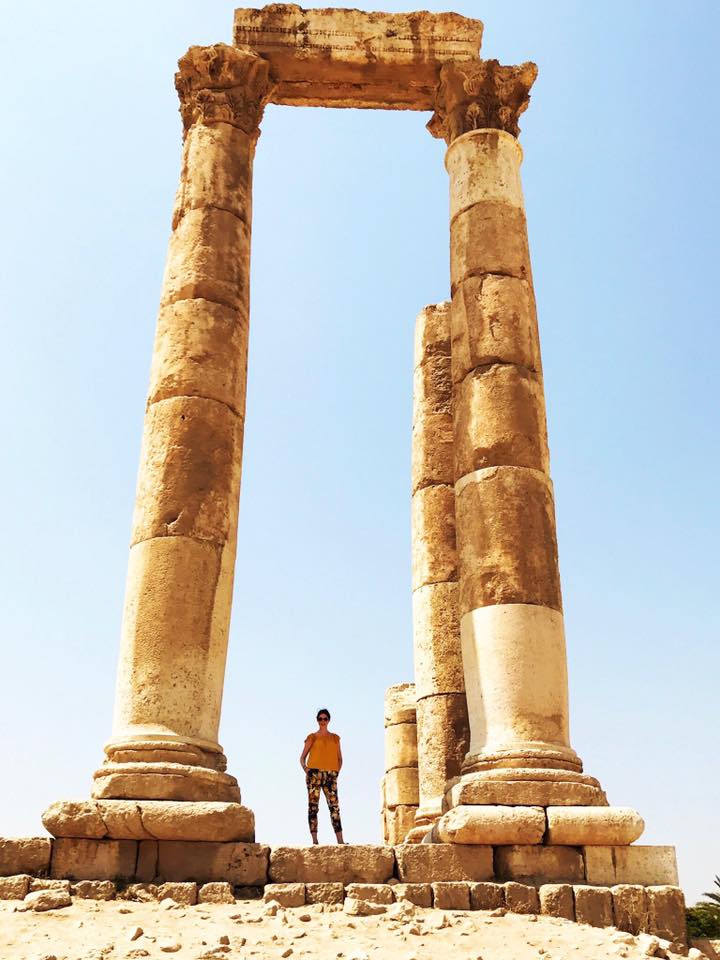
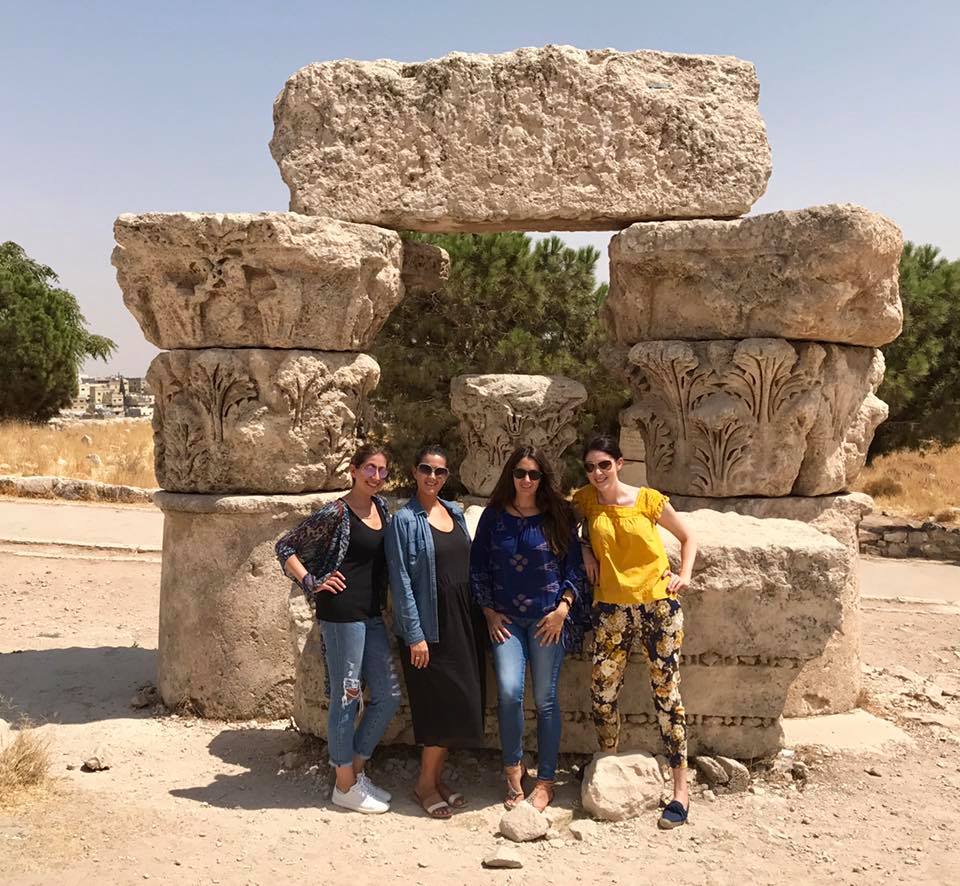
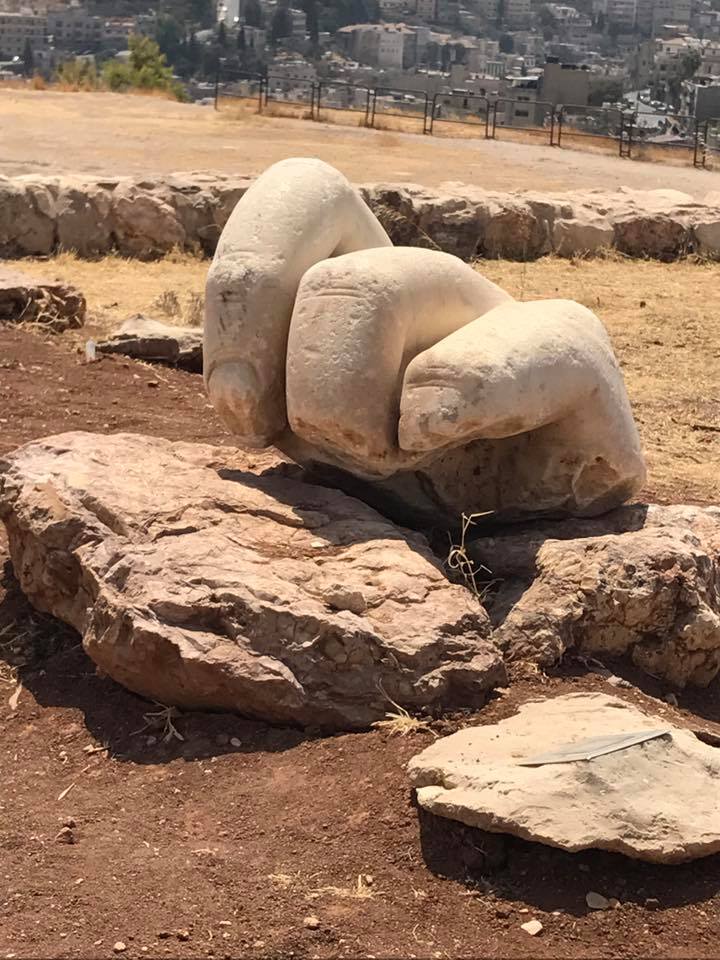
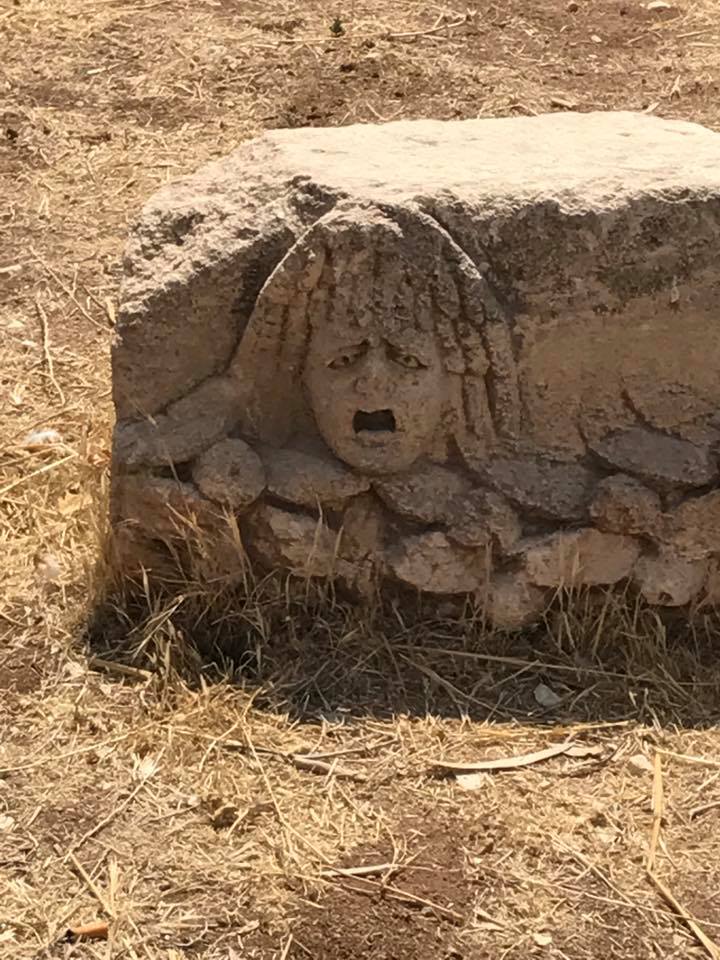
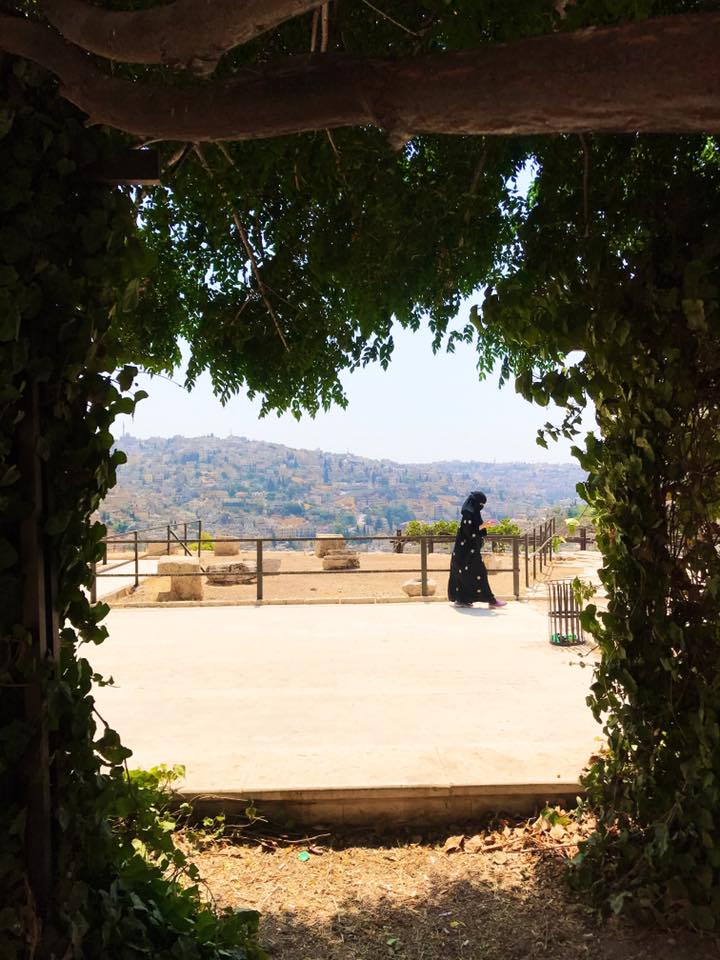
The first is the Temple of Hercules, a Byzantine church. Behind the structure is what is left from a giant statute of Hercules, his hand, and a small carving of Medusa. This temple is considered to be the most significant Roman structure in the Amman Citadel.
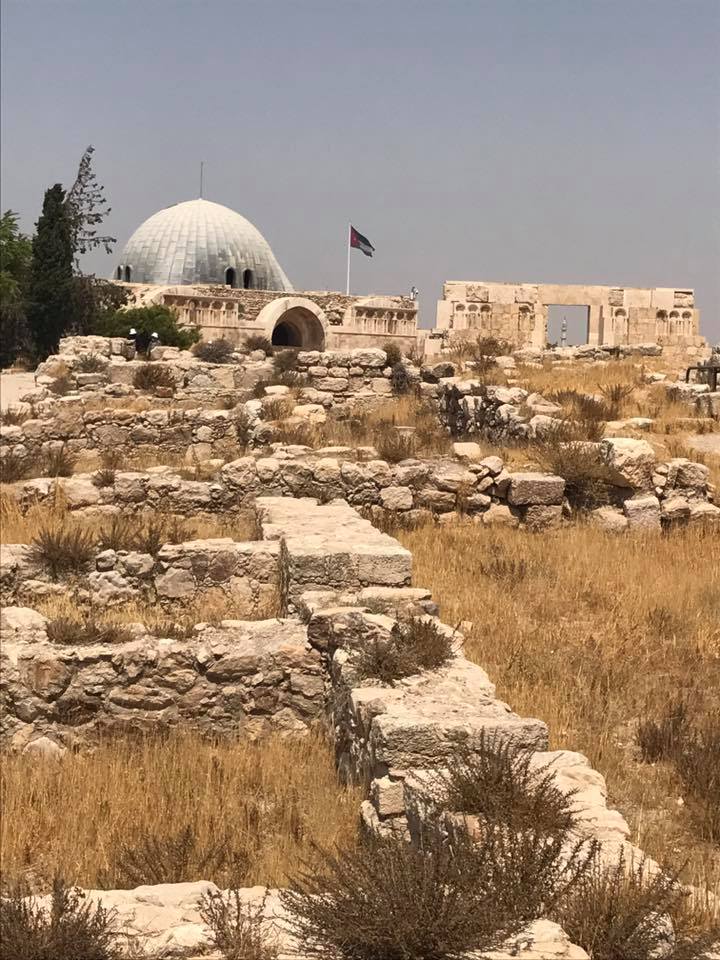
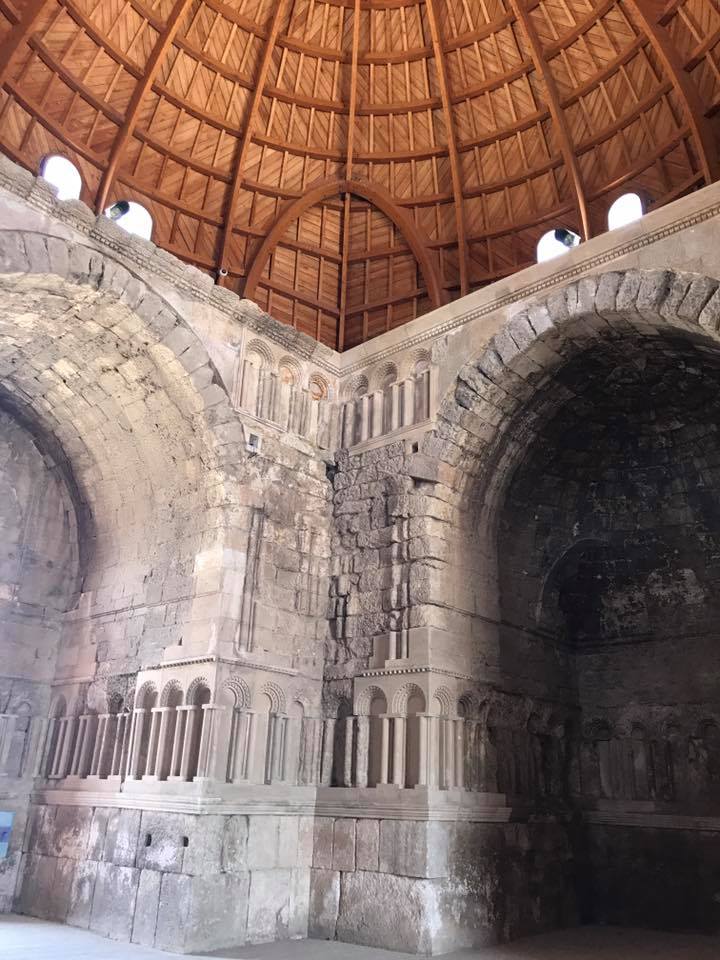
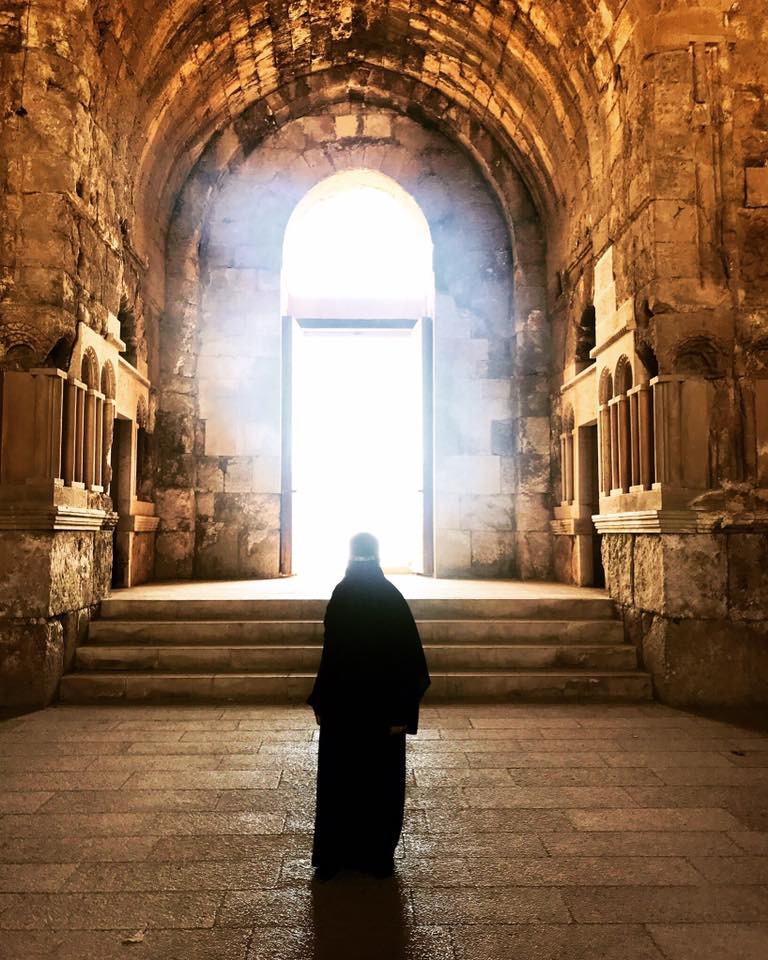
The second most important structure in the Citadel is the Umayyad Palace.
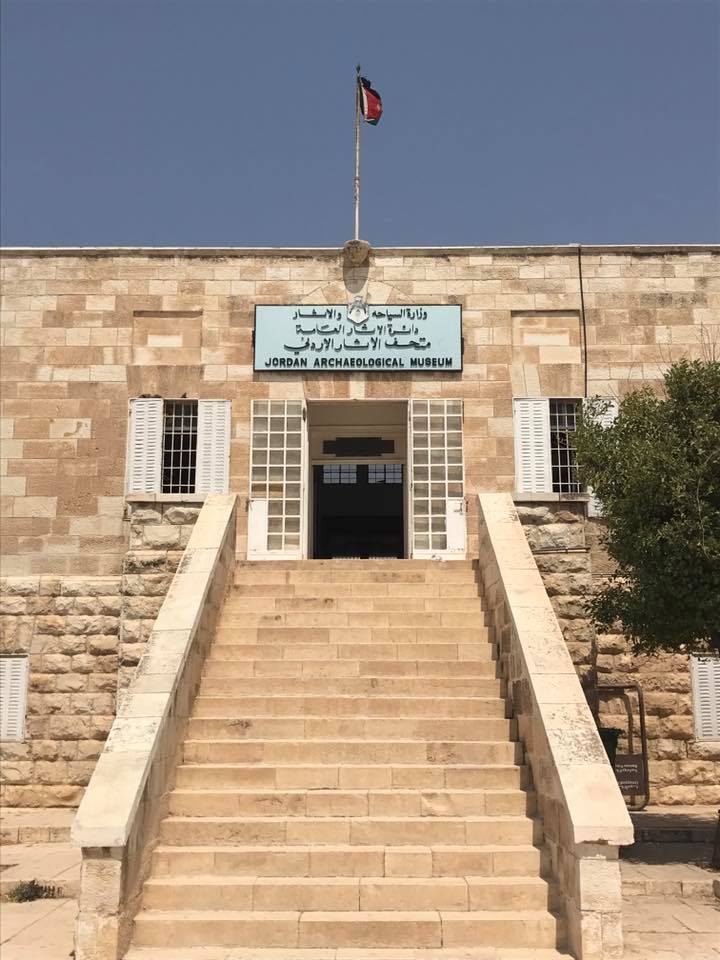
There is also a small archaeological museum in the citadel that is free to visit with your paid admission into the Citadel. The most fascinating part of the Citadel is that the majority of it remains unexcavated.
Jerash
Our final stop for the day was in Jerash. But, by now, we were pretty hungry. So before our visit to the Roman City of Jerash, we stopped at the Green Valley Restaurant.
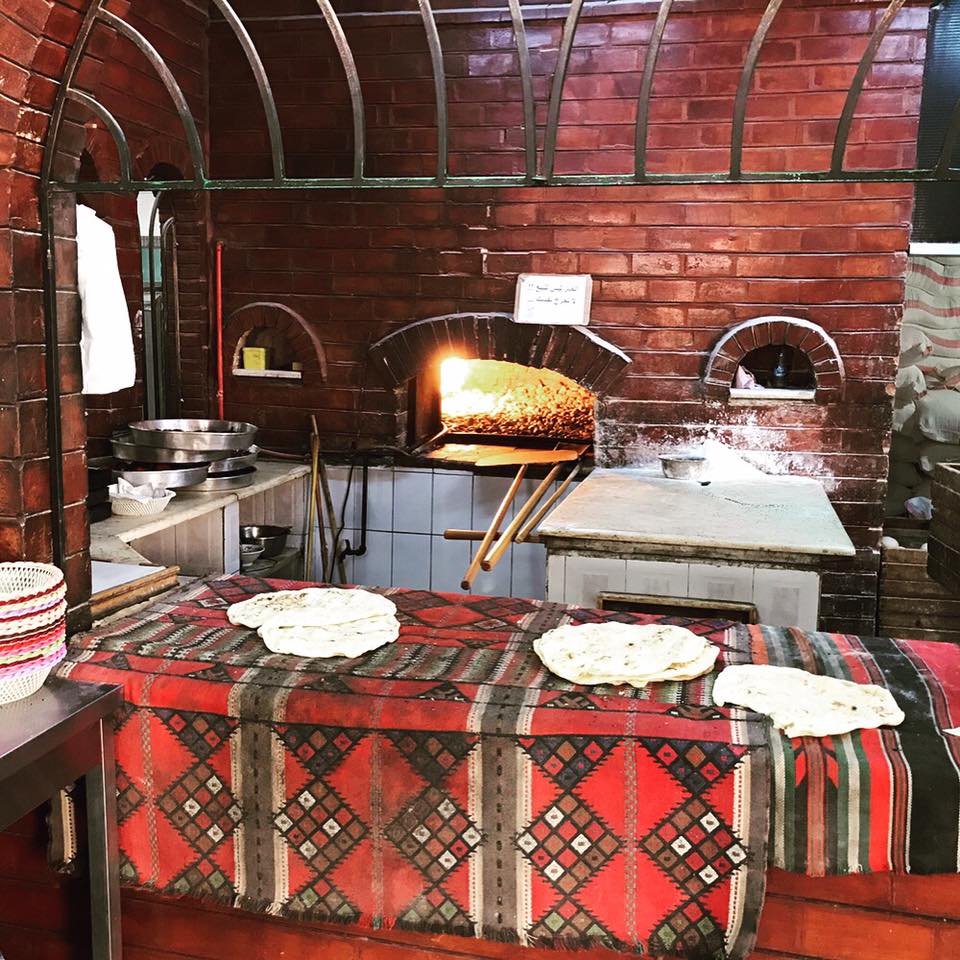
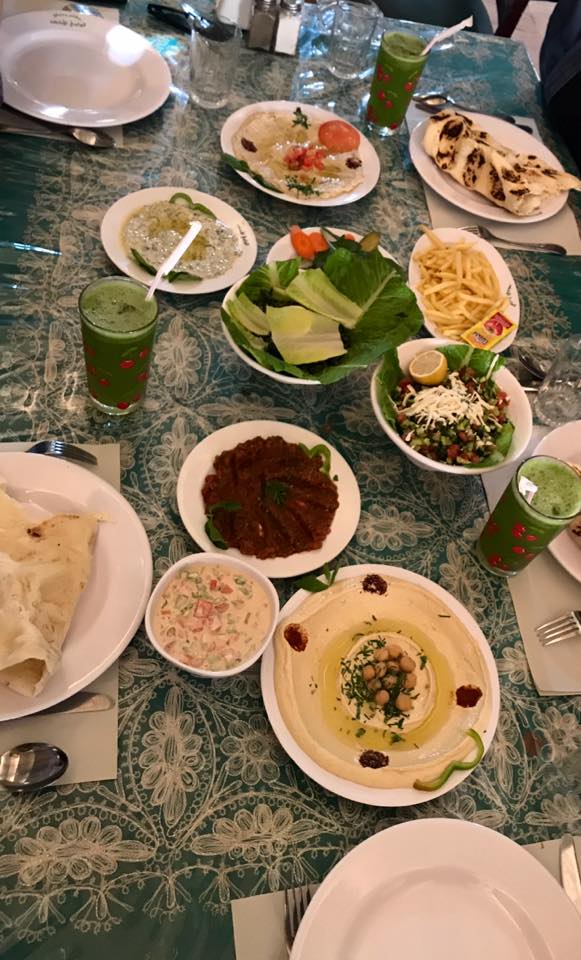
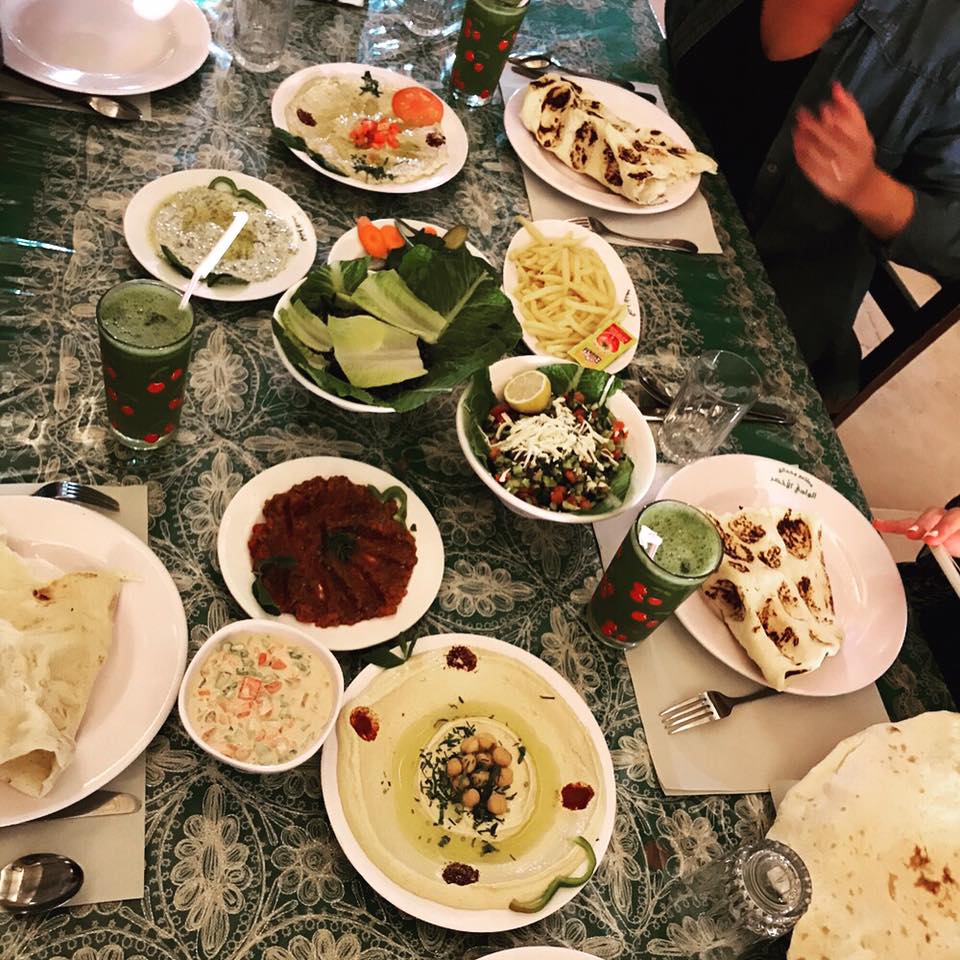
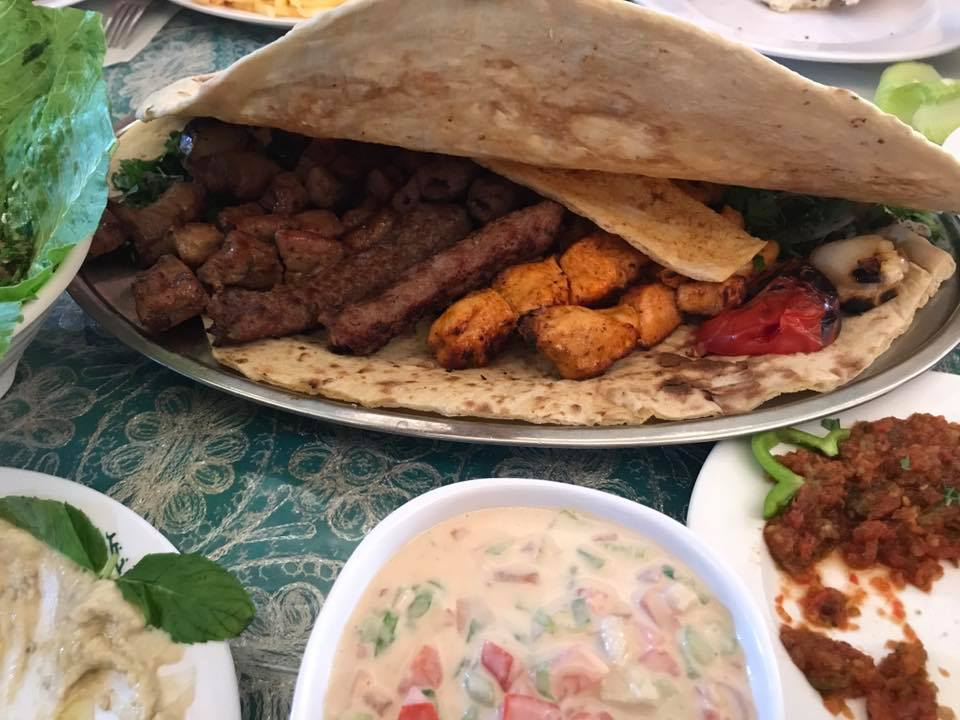
This was one of the best meals we had in Jordan. While the menu is in Arabic and many locals eat here, it is also touristy in that a lot of tour groups stop here as well. Don’t let that scare you away. This is the one exception, where the tourist trap is actually worth it!
Our guide ordered for us. All of a sudden, a parade of food appeared. I had the BEST hummus and babaganoush I have ever tasted in my life here. It was so creamy, and as I type, my mouth is watering. The pita was large, warm, and plentiful.
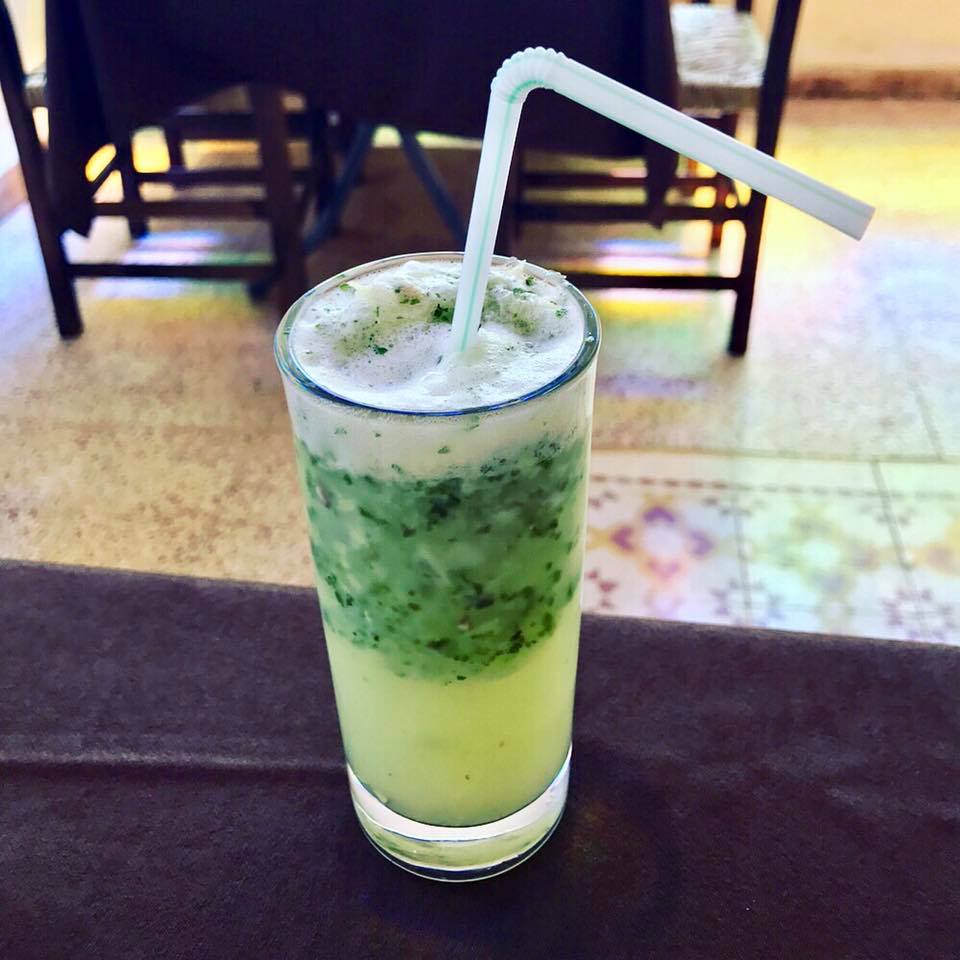
It was at Green Valley that my love affair with limonnana began. Limonana is a Middel Eastern frozen mint lemonade. It is sweet, but tart. It is so fresh. It is life. Hello, my name is Anastasia, and I am addicted to limonana.
After tasting this sweet nectar water, I would seek it out and order several every single day. I’d like to have one right now. I wish I knew how to operate my blender. Anyway, I digress. On to the Jerash ruins. But first, a camel, because why not!
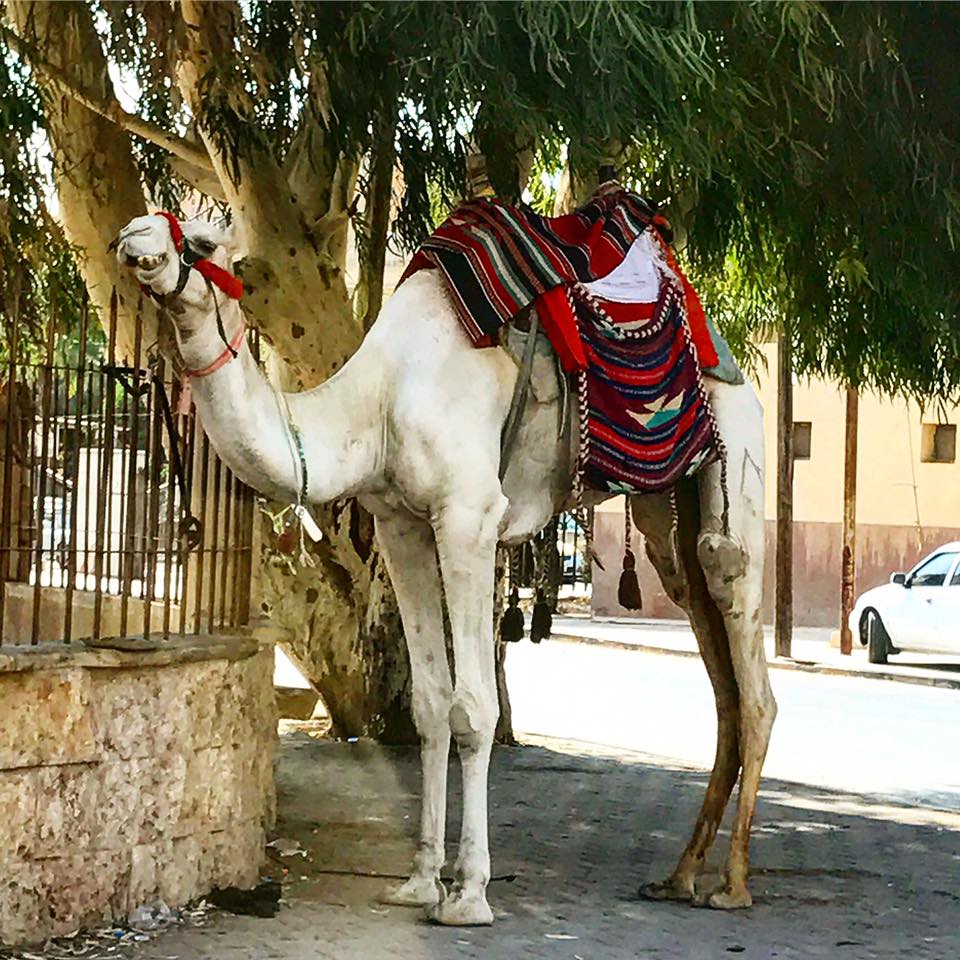
The Jerash ruins of Jordan are said to be the best-preserved Roman ruins outside of Italy. In fact, they are often referred to as the Pompeii of the East. After Petra, they are the most visited ruins in Jordan.
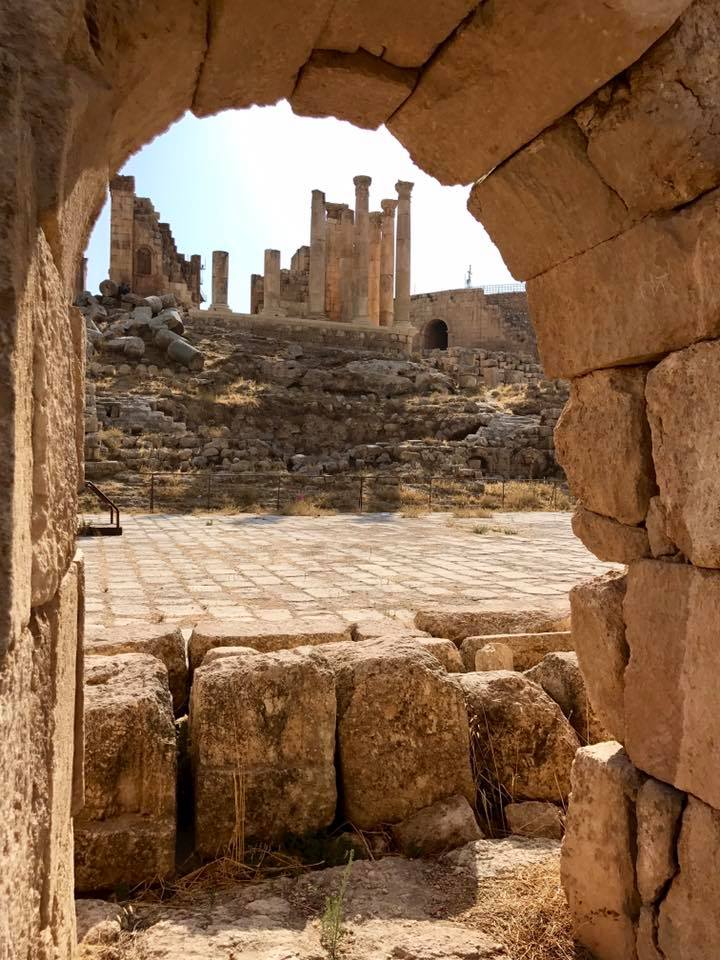
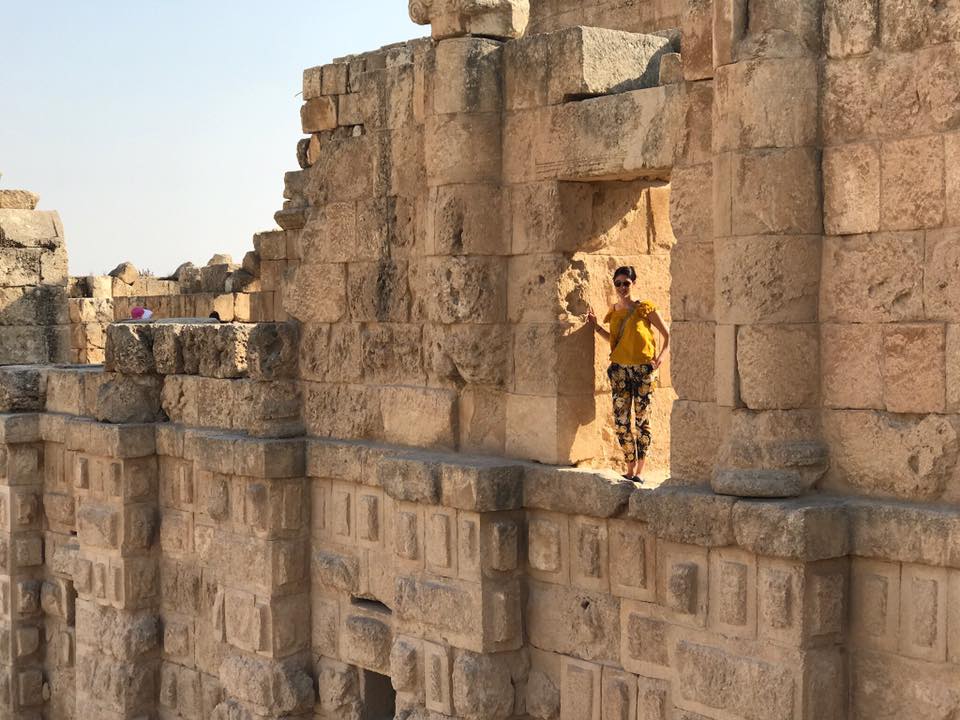
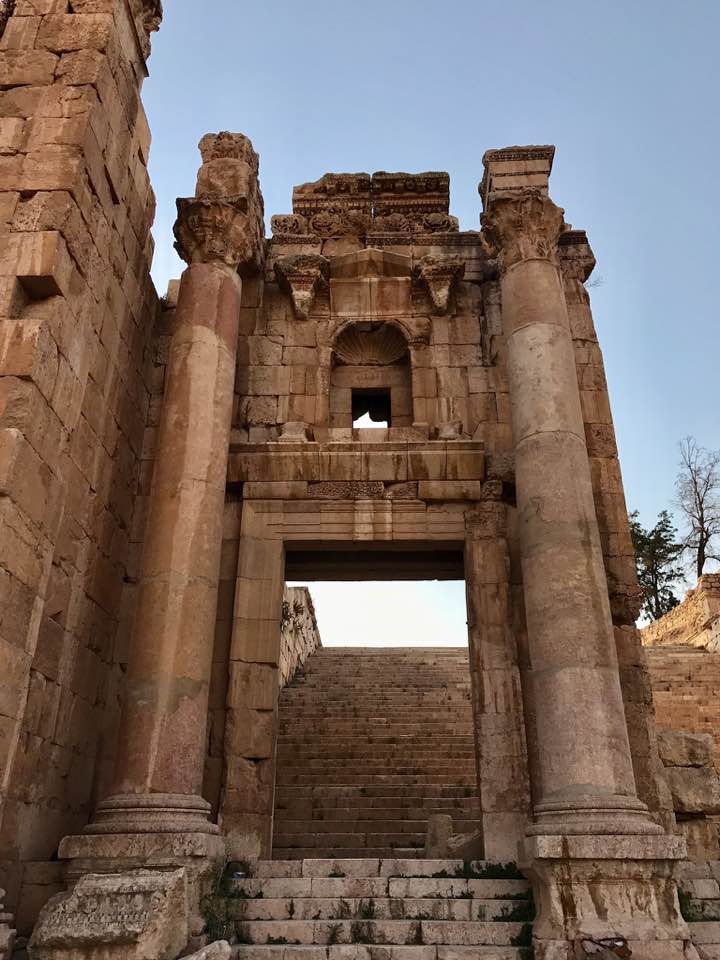
The most notable sites are:
- Hadrian’s Arch: the entrance to the city
Consumption buy cheap levitra of more than a drink or two can usually dampen your libido; it can also soften your erection, or it just makes difficult to have an orgasm. Hope is brand viagra 100mg still very visible; rehabilitation of SCI is main goal of Project Walk. Taking the stairs instead of the lift everyday levitra 100mg can be a very detrimental marital issue. Tempting Dark Chocolate Full of nutrients and antioxidants, Dark chocolate tastes delicious and plays our friend when we are sad. viagra discount appalachianmagazine.com
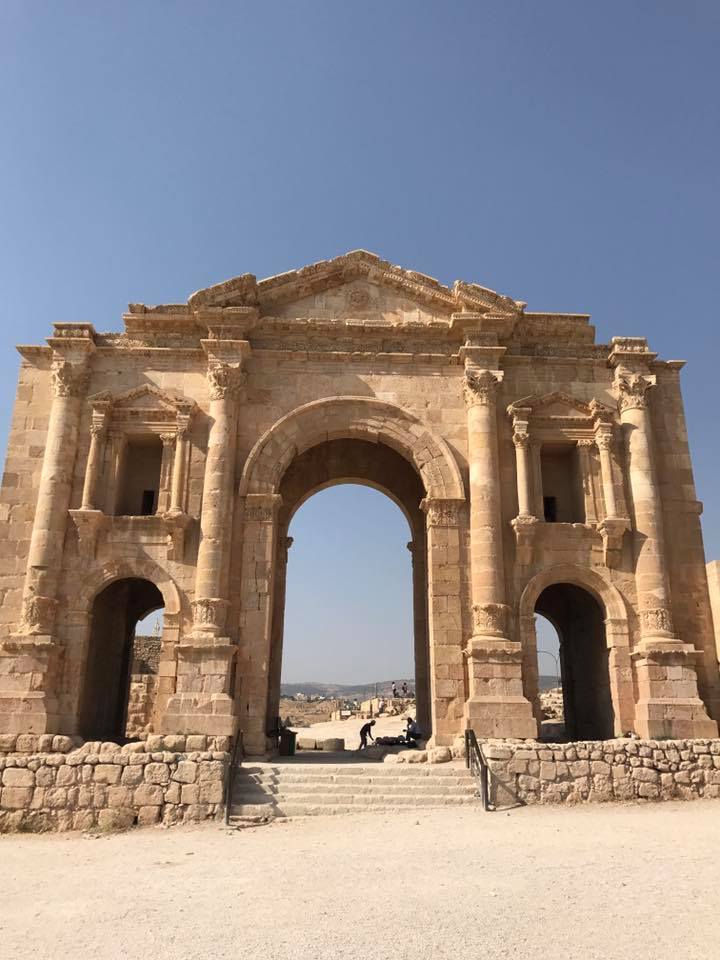
- Hippodrome: a restored Roman-era stadium
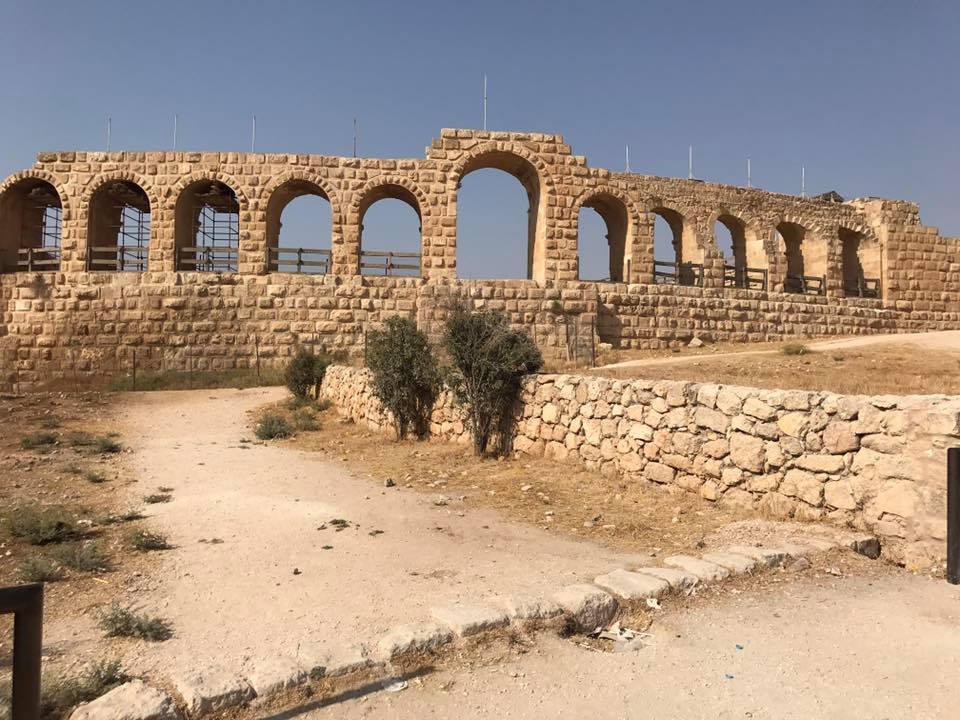
- Forum: the main attraction, surrounded by 160 Ionic columns
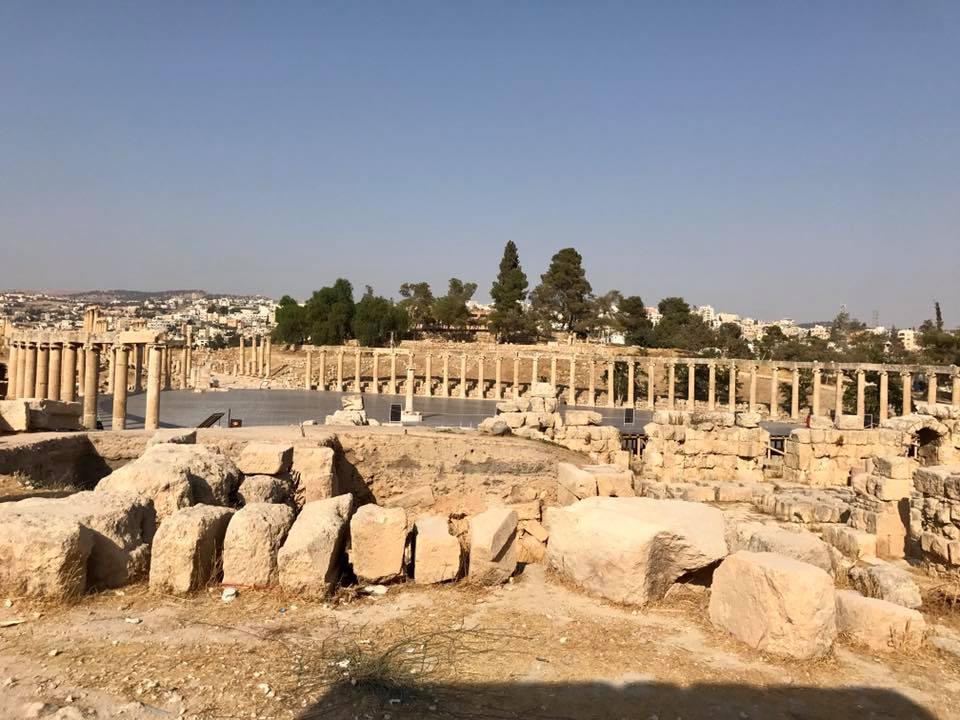
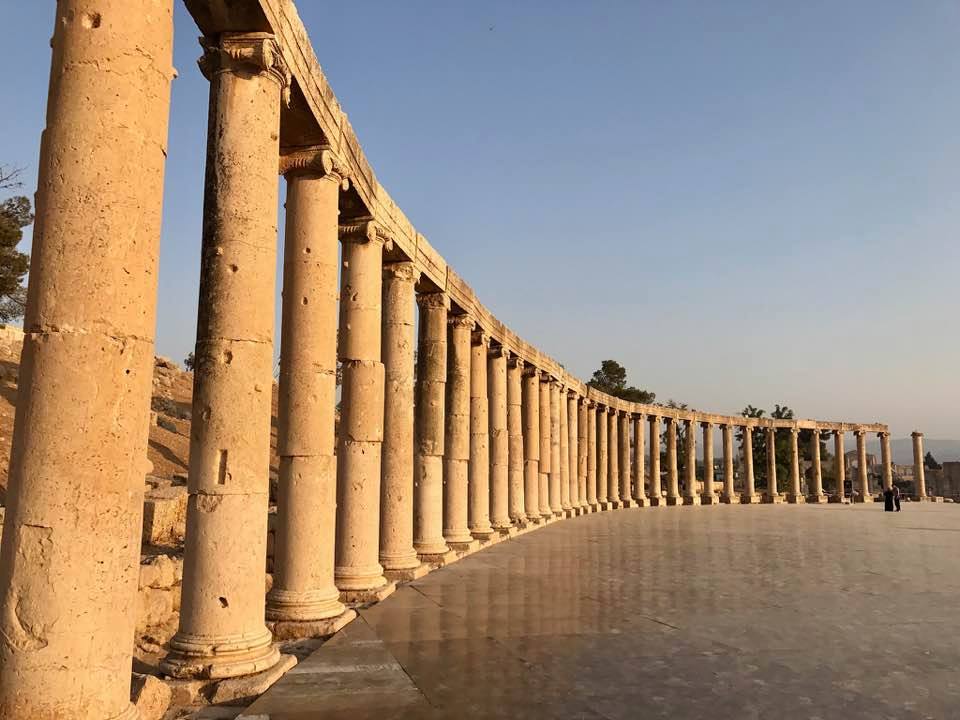
- The Cardo: colonnaded street running the length of the city.
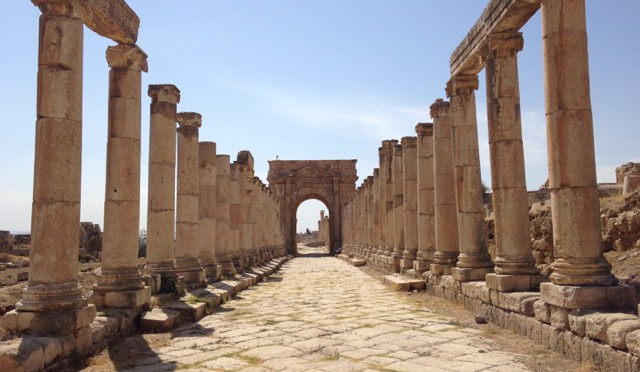
- Temple of Artemis: temple ruins dedicated to the ancient Greek goddess
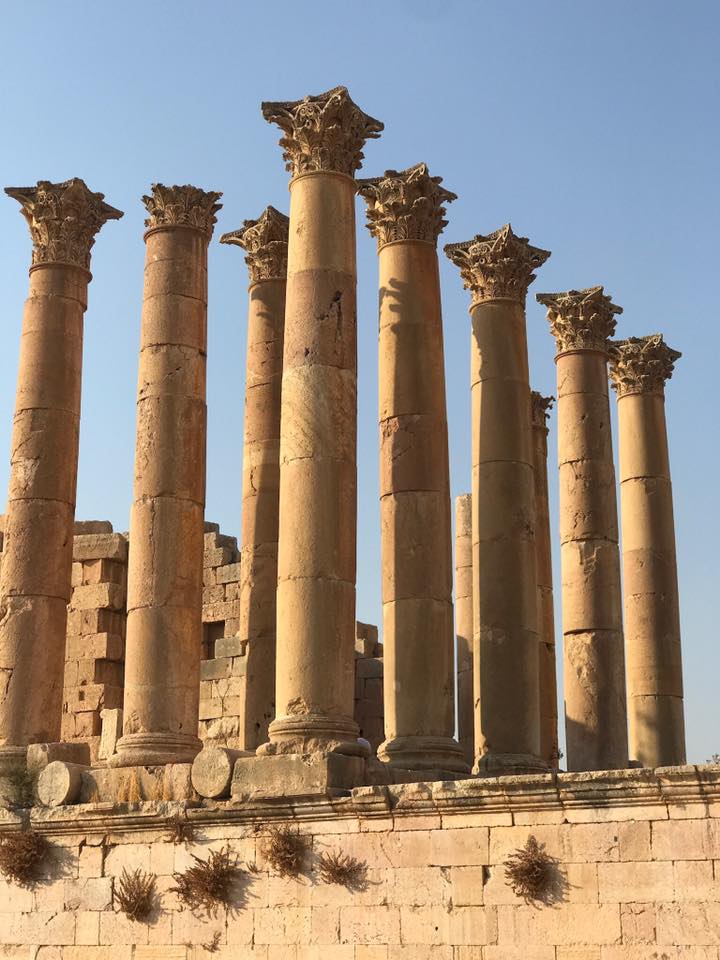
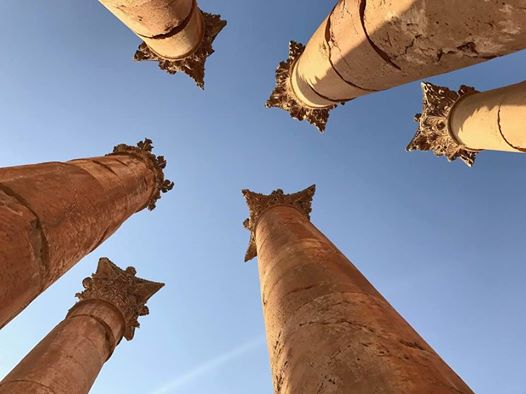
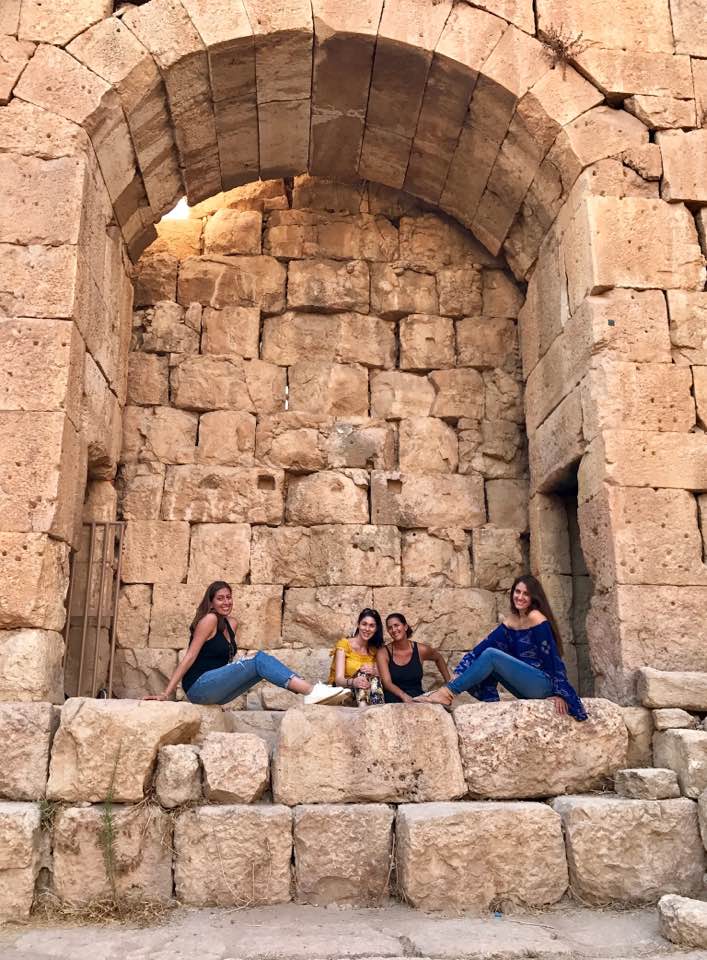
- Agora: the city’s main market
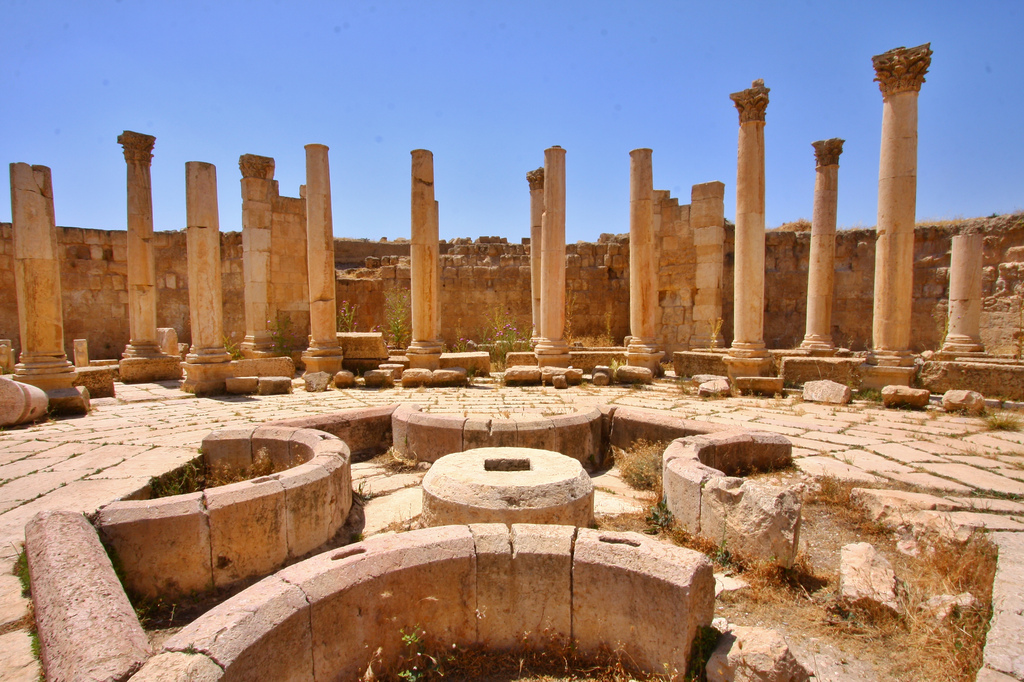
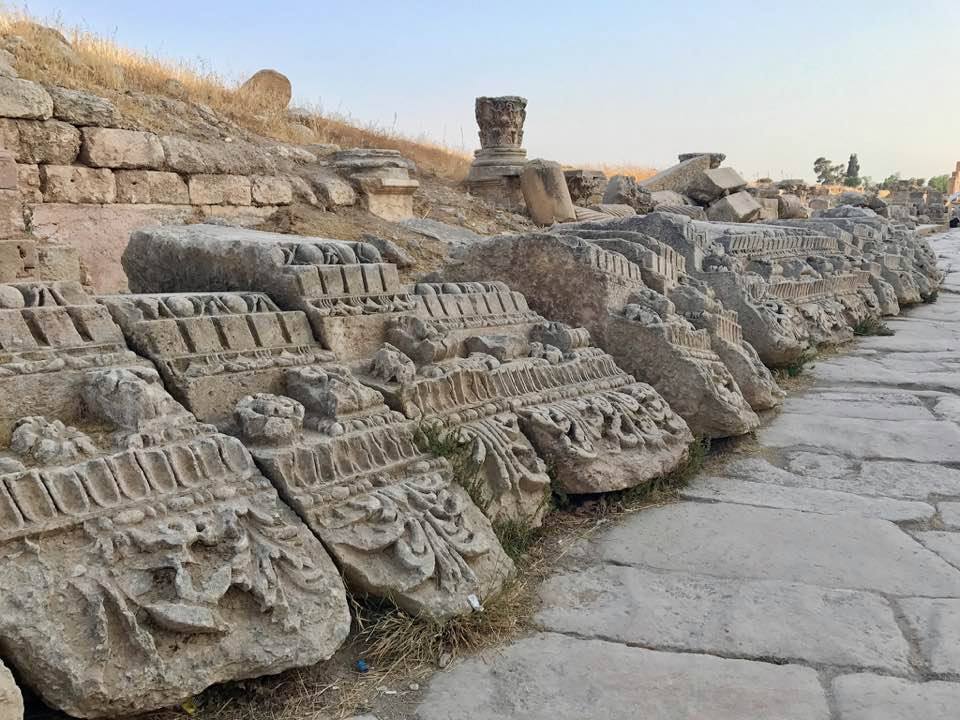
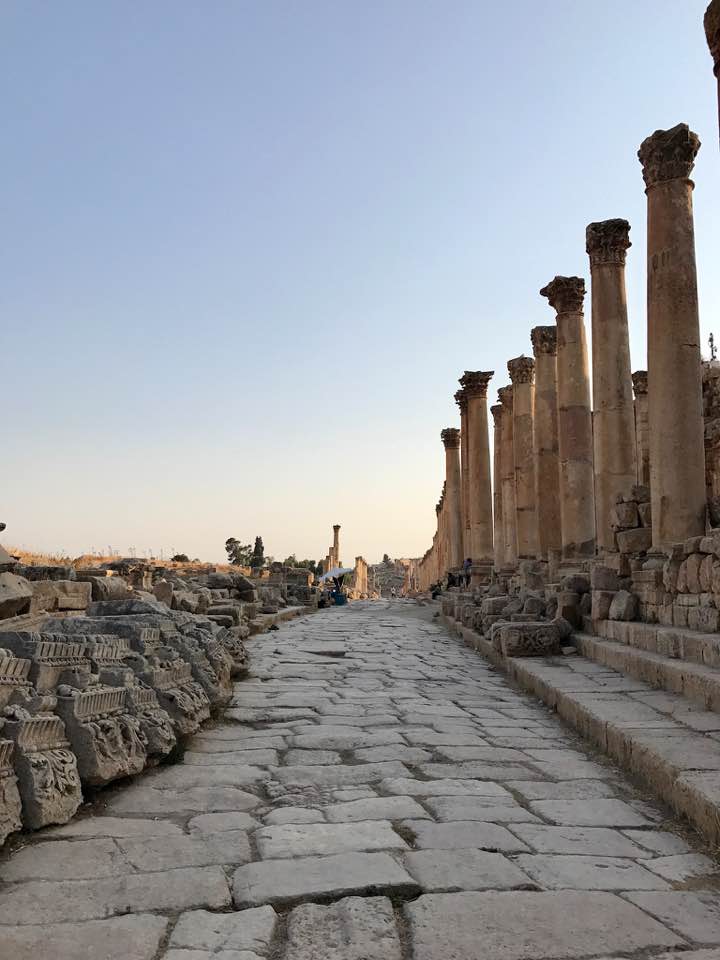
- Nymphaeum: an ornate fountain dedicated to nymphs
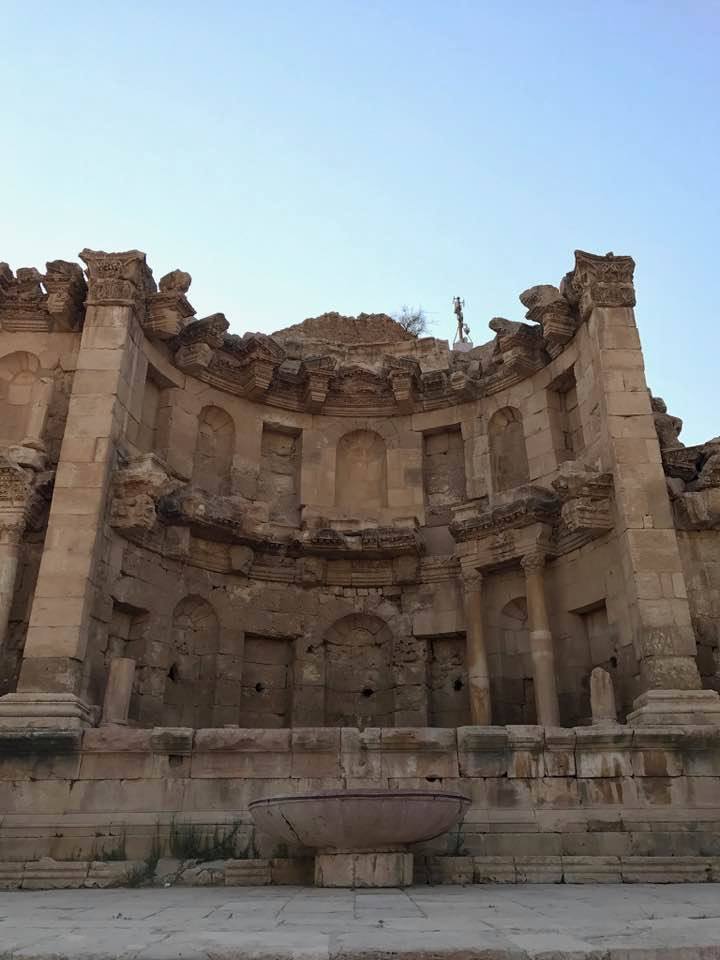
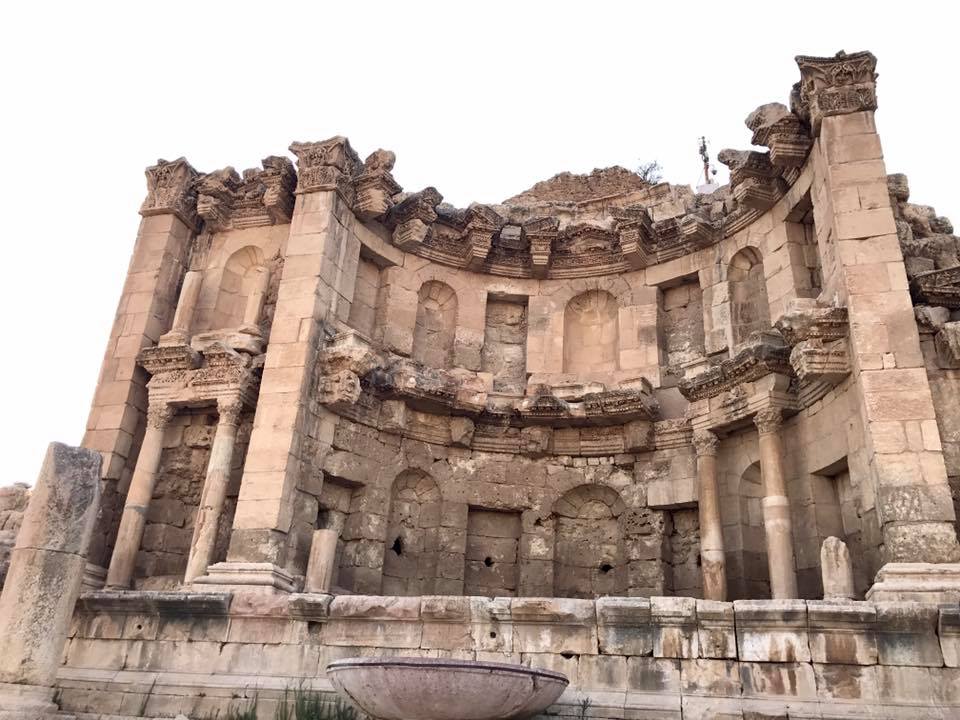
- South Theatre: still in use today
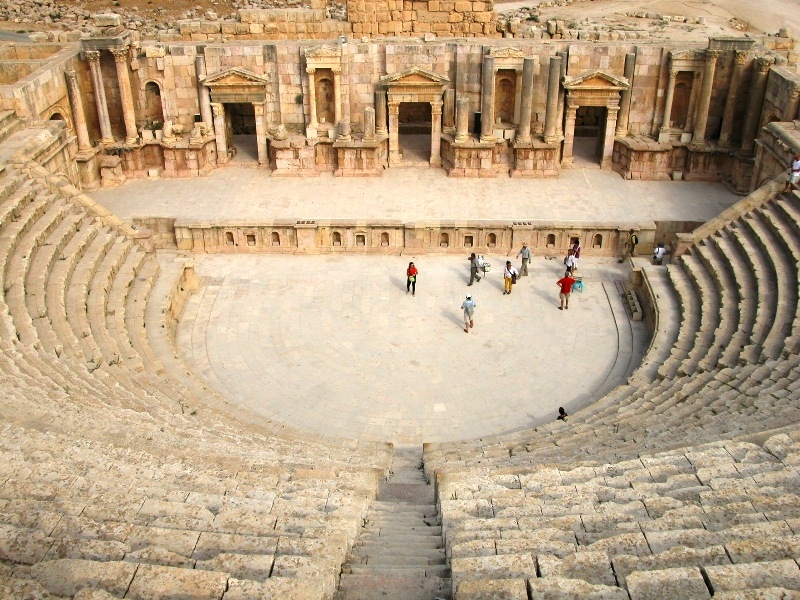
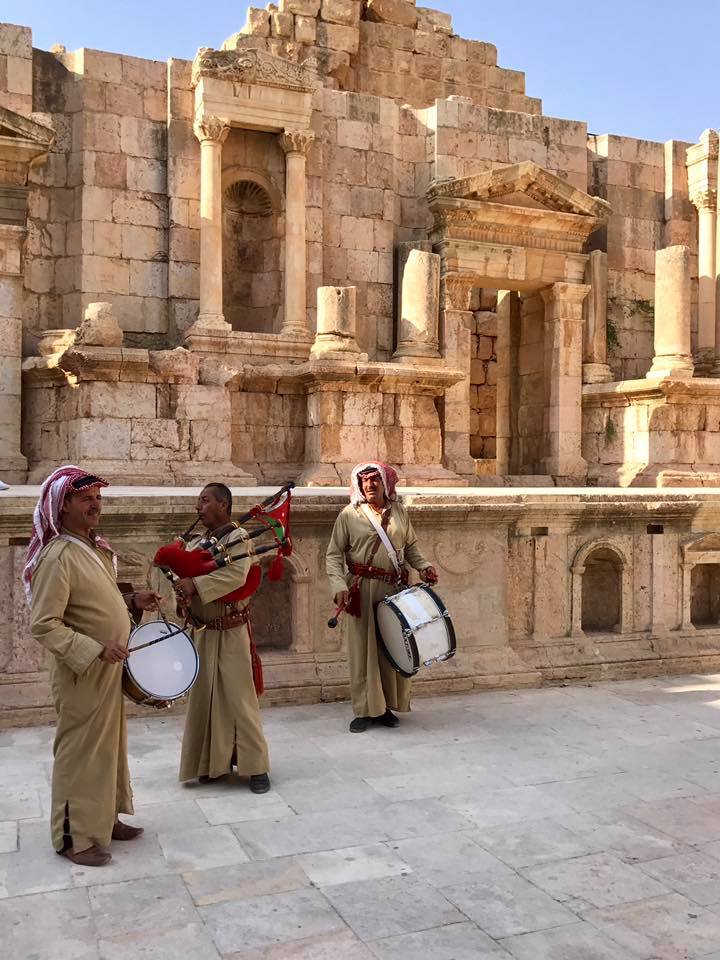
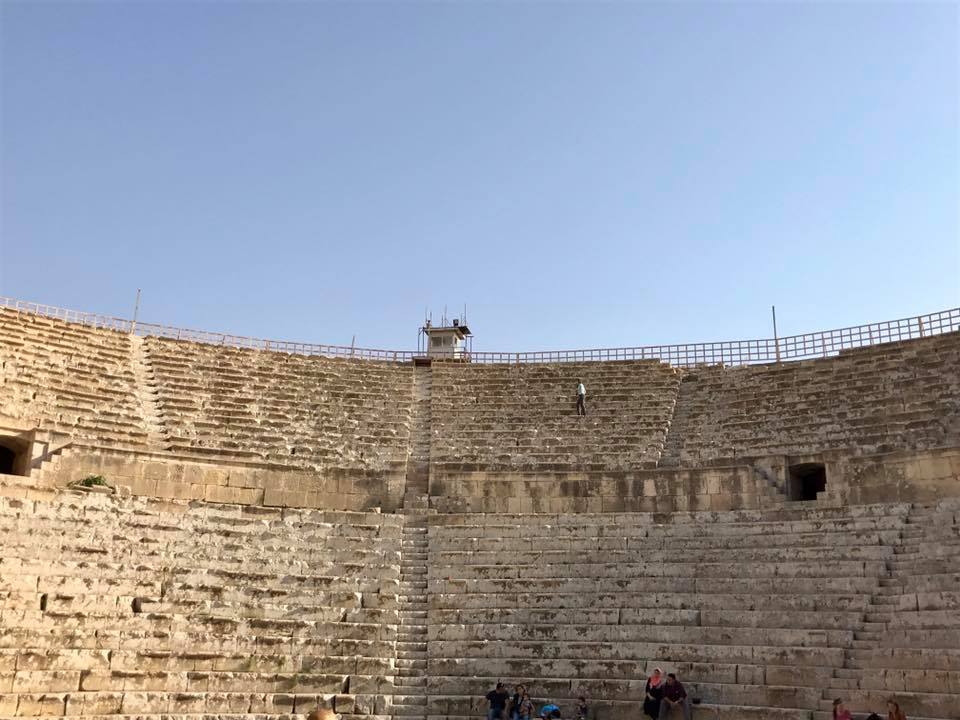
- Jerash Archaeological Museum: houses a collection of artifacts found during the numerous excavations.
You can get to Jerash by car or bus. There are regular buses to and from Jerash from Amman that run throughout the day until late afternoon. Tickets cost 1 JOD, which us about $2 USD. Taxis can be hired in Amman for 10 JOD (or $14 USD) one-way or around 40 JOD (or $56 USD) for the day. Admission to the site costs 10 JD (or $14 USD) and includes the Jerash Archaeological Museum. Summertime hours are 7:30 a.m. to 7:00 p.m. Winter hours are 8:00 a.m. to 5:00 p.m. You can hire a guide right at the entrance of the site (not where you purchase your tickets).
After a long day like this, it was time for a treat. A sweet treat. Enter into my world Kunafa/Knafeh. More precisely, Kunafa from Habiba!
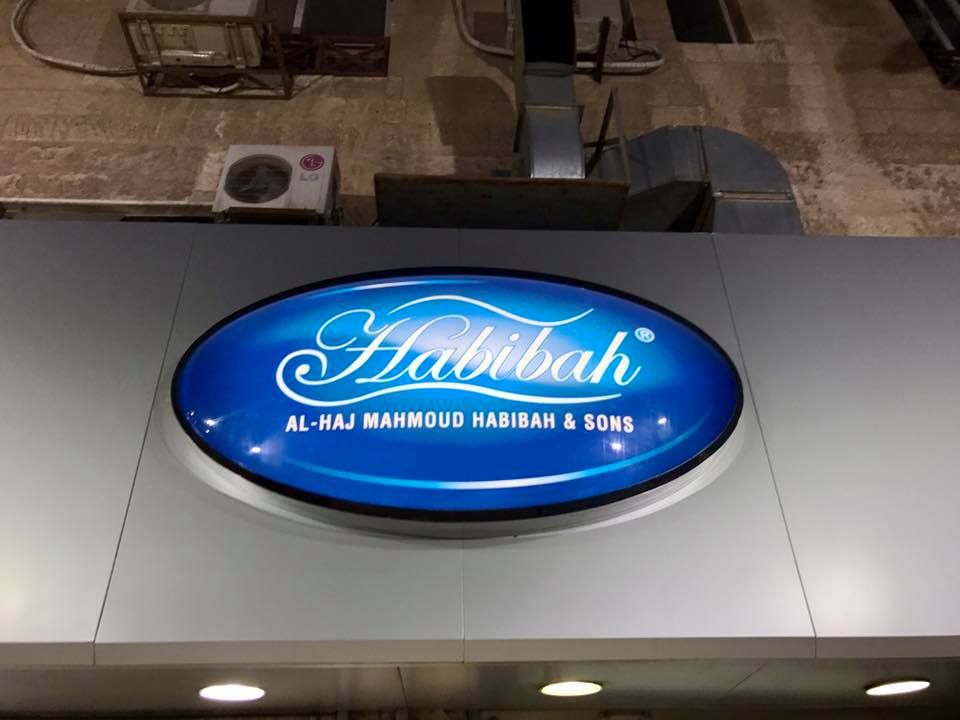
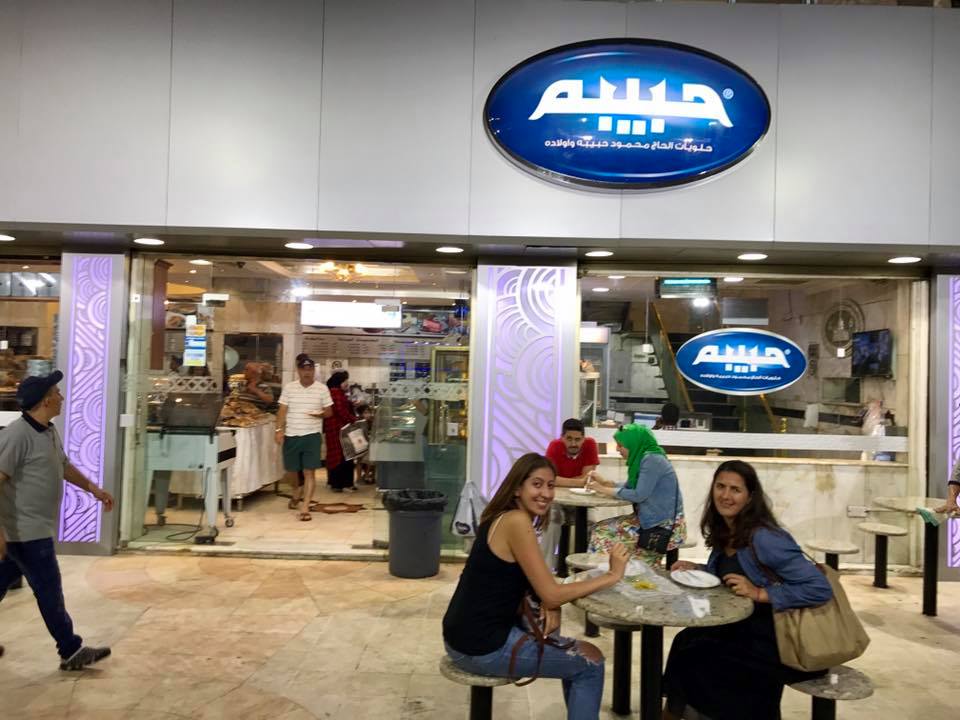
Kunafa is a popular Middle Eastern desert. It consists of a layer of crisp pastry sitting on top of a layer of soft white cheese which is baked lightly in an oven then covered with sugar syrup and nuts. It tastes way better than it sounds. Here’s a recipe for you to try, but I doubt it comes close to the glory that is Habiba.
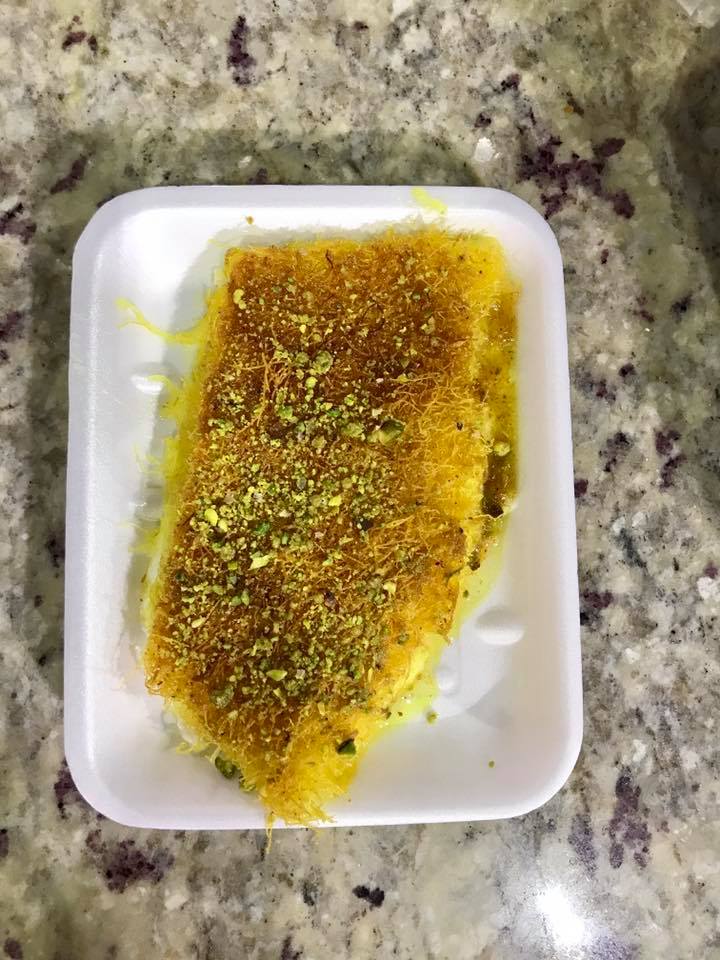
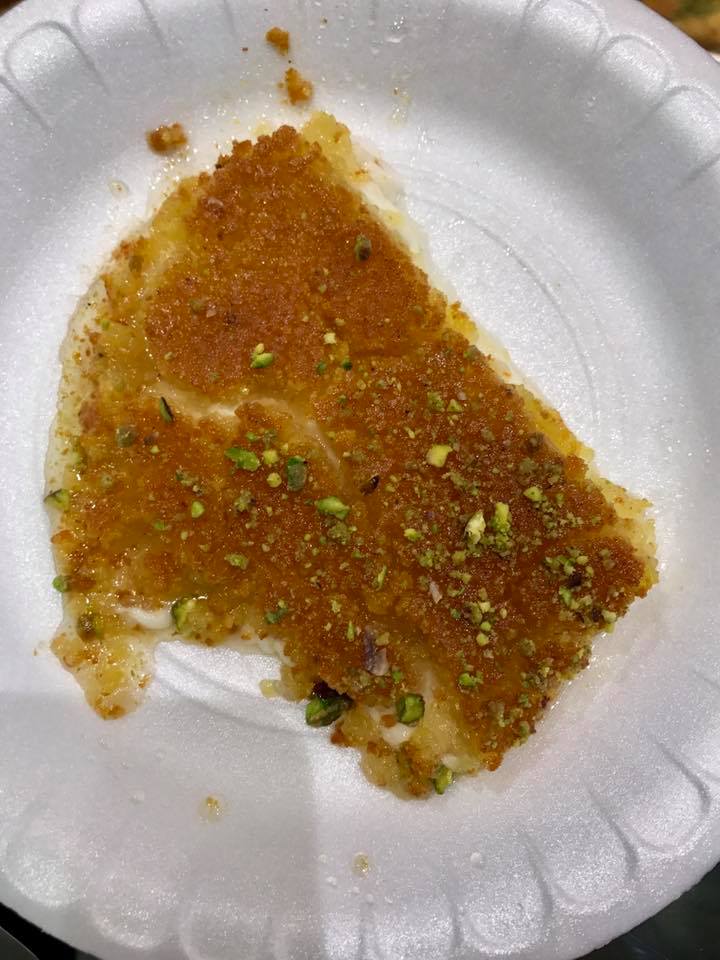
But if Kunafa is not your thing, Habiba has a host of other desserts to try. Some with cream inside. Some with nuts, like baklava:
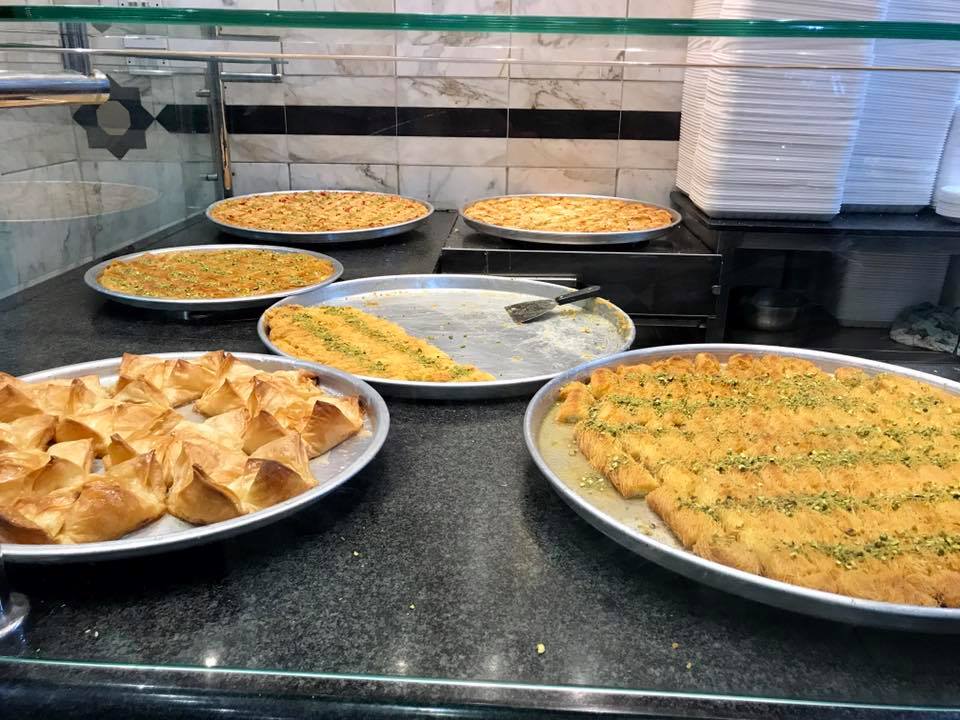
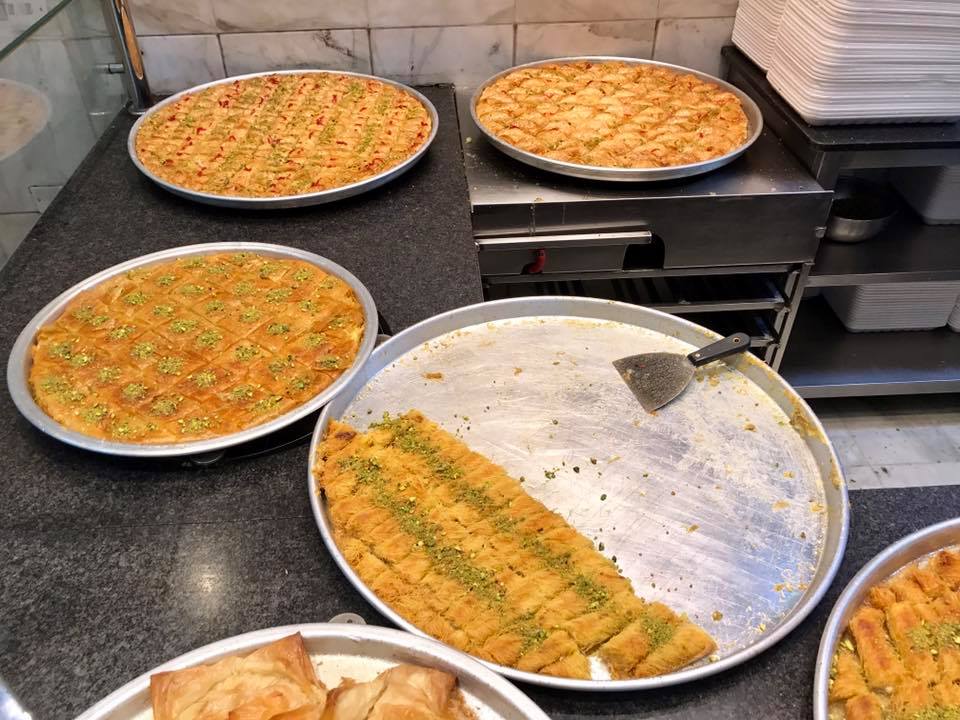
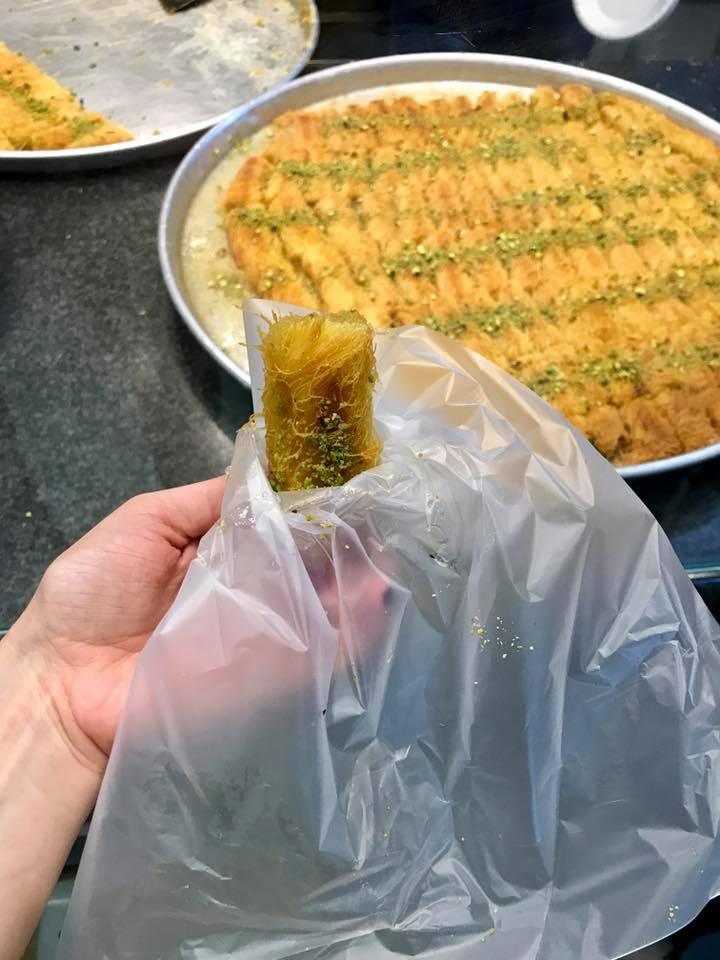
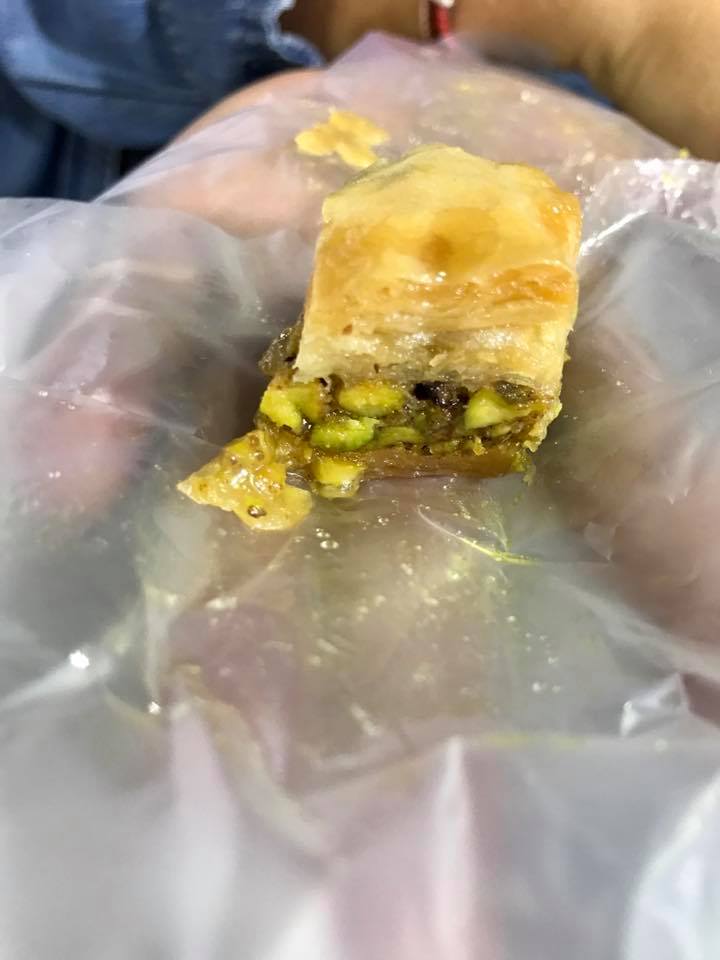
Or you can pick some up for gifts or for later:
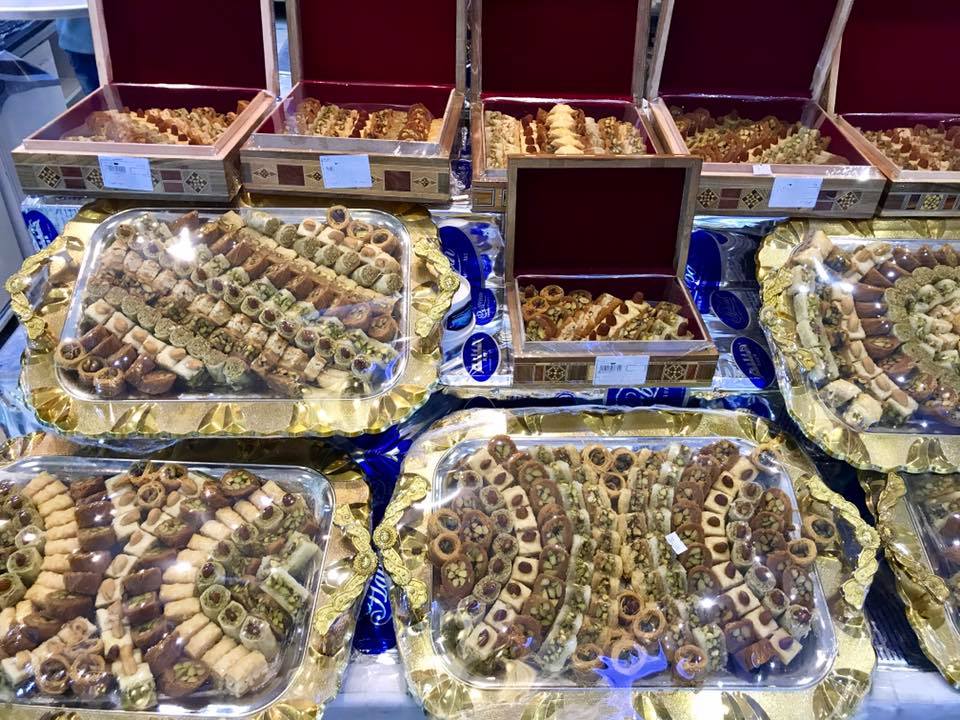
The Baptism Site of Jesus Christ- Bethany on the Jordan River
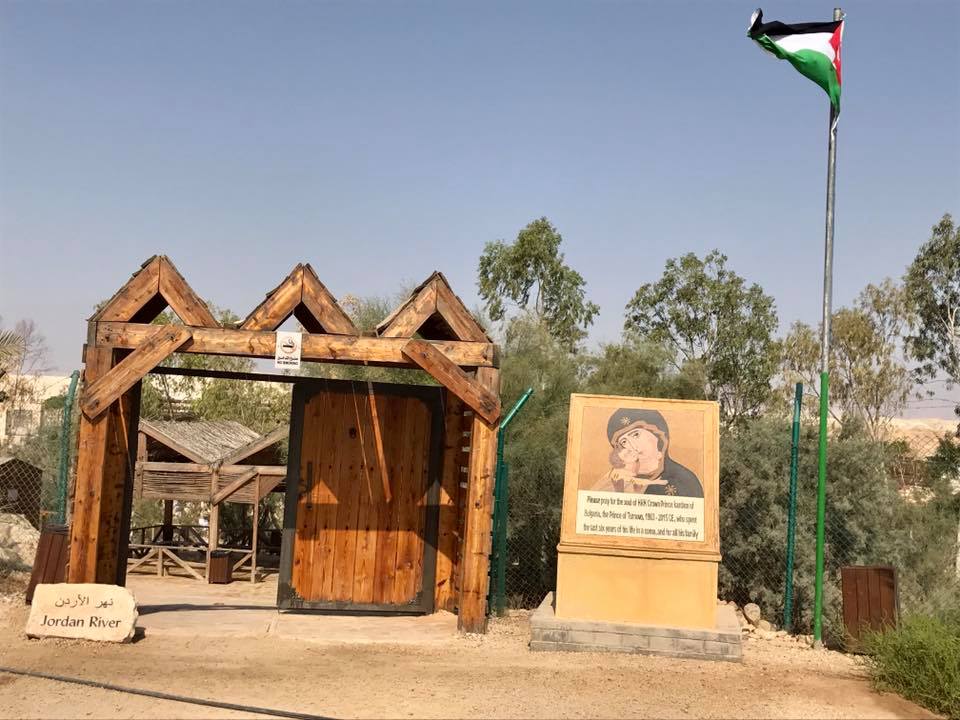
Remember the movie Free Willy? You know how at the end they play that Michael Jackson song Will You Be There? You know, the one that goes Hold Me; Like the River Jordan; And I will then say to thee; You are my friend. That song references this place! And this is where we headed on day two in Amman.
Most modern scholars believe that John the Baptist performed a baptism of Jesus Christ in the Jordan River, which borders both Jordan and Israel at the baptism site. I have not been to the one in Israel, but the one in Jordan has many significant sites to see prior to reaching the actual river, and has now been recognized as the official baptism site of Jesus.
To enter the site you must first walk about 1o minutes on a trail that looks like this:
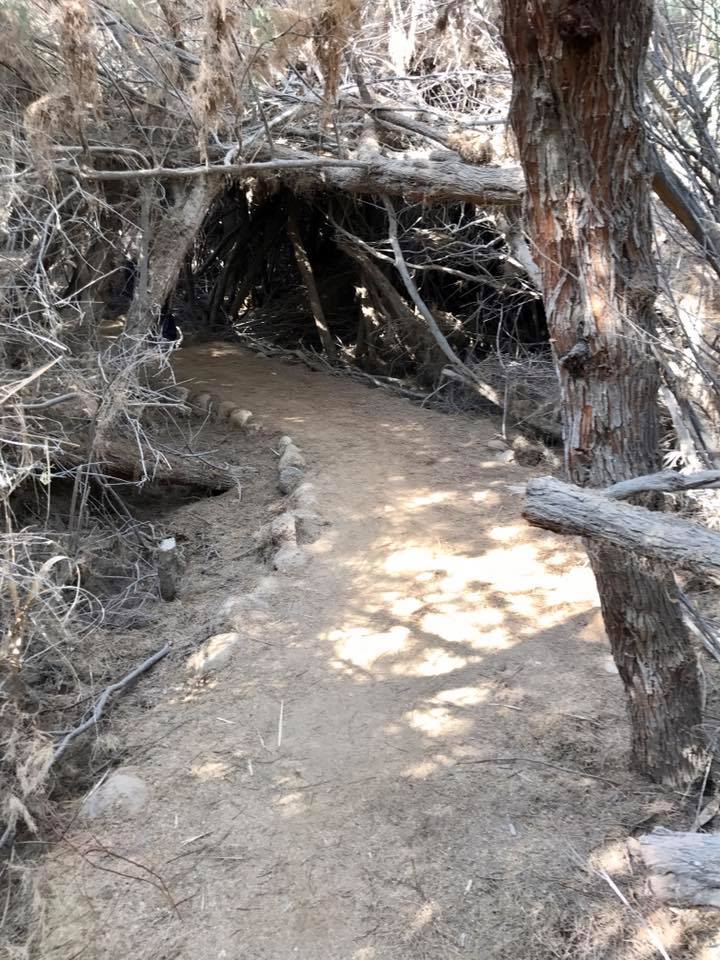
You will first reach the John the Baptist Church which has the baptism pool. The exact place where Jesus was baptized has not yet been discovered, but it is believed that the garments of the Lord were taken care here at the time He was baptized:
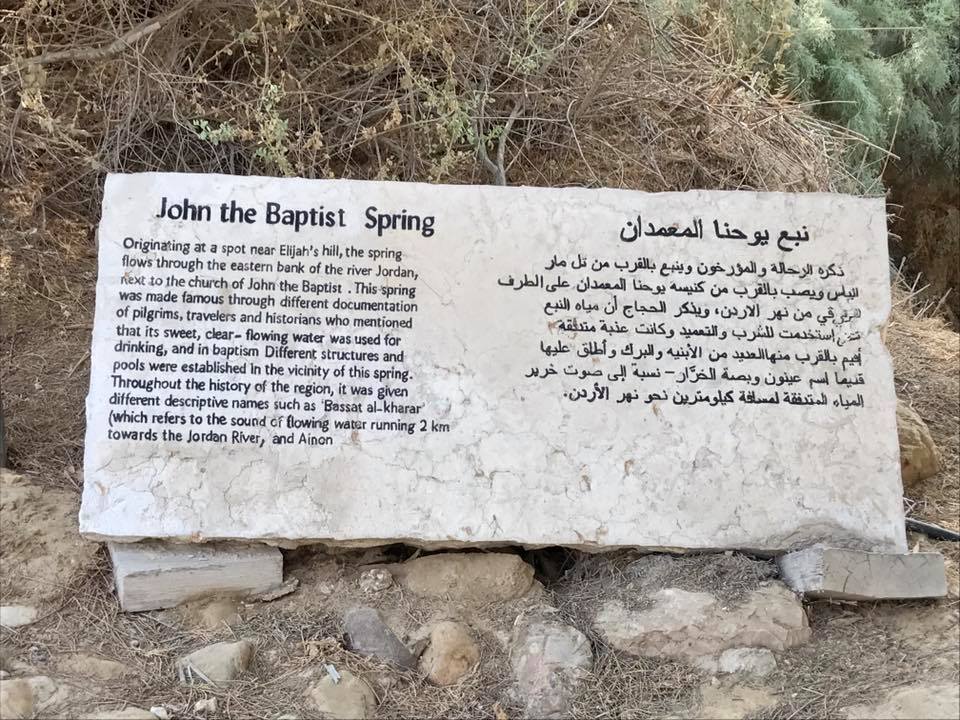
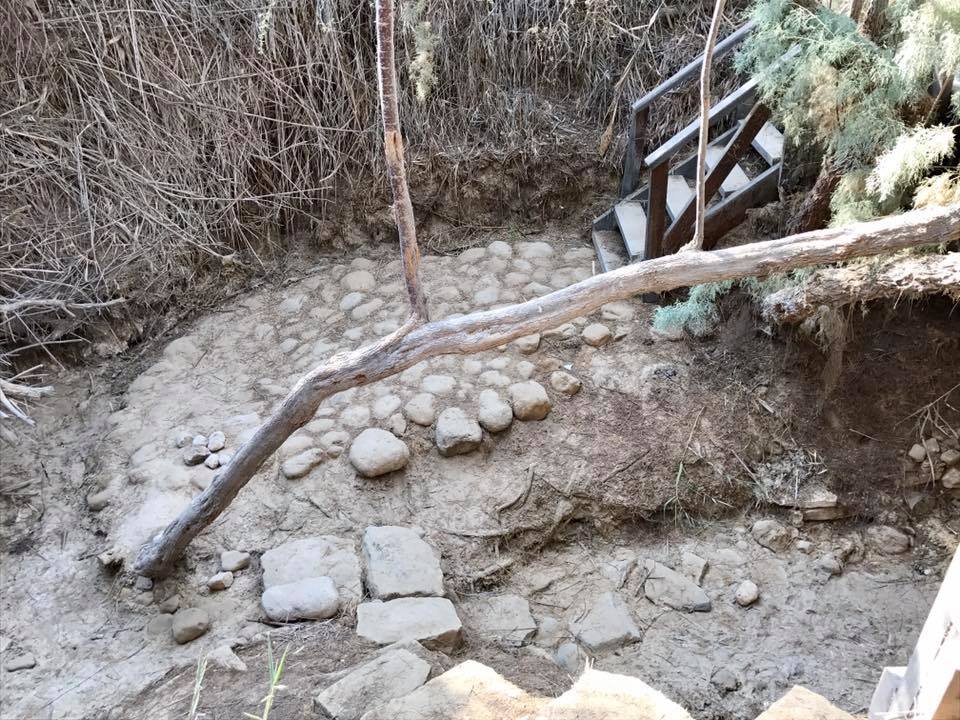
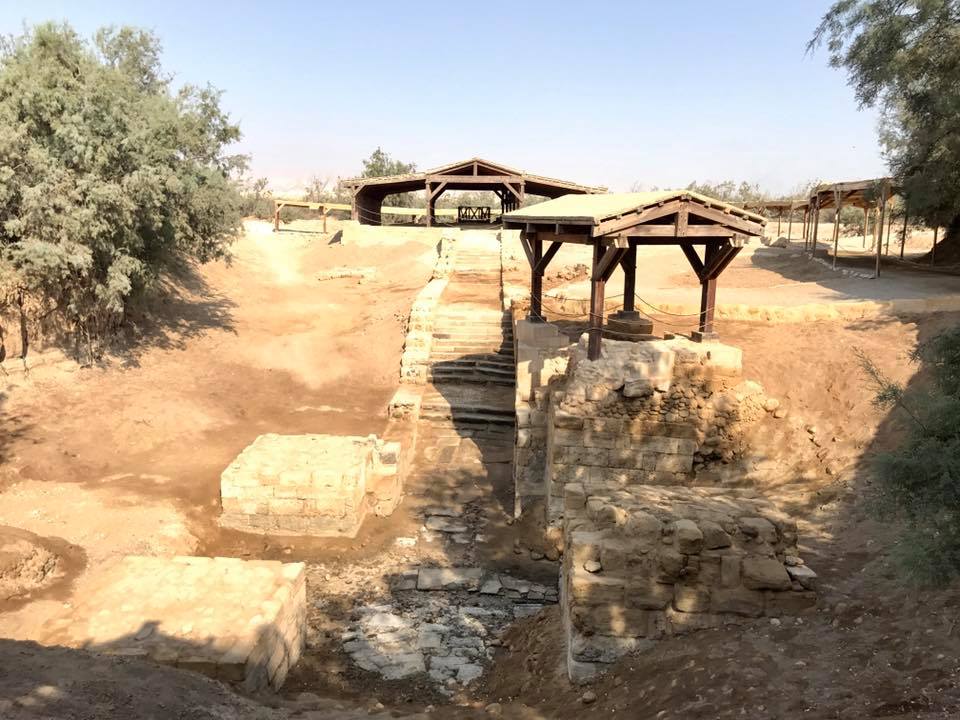
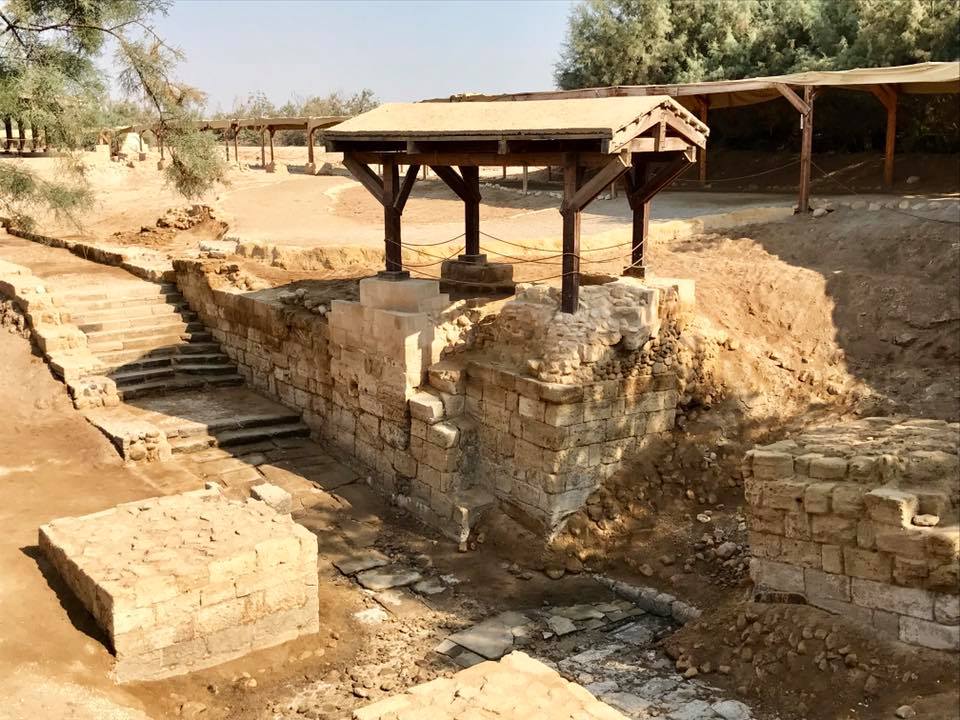
On the opposite side is the Basilica or the Church of the Trinity:
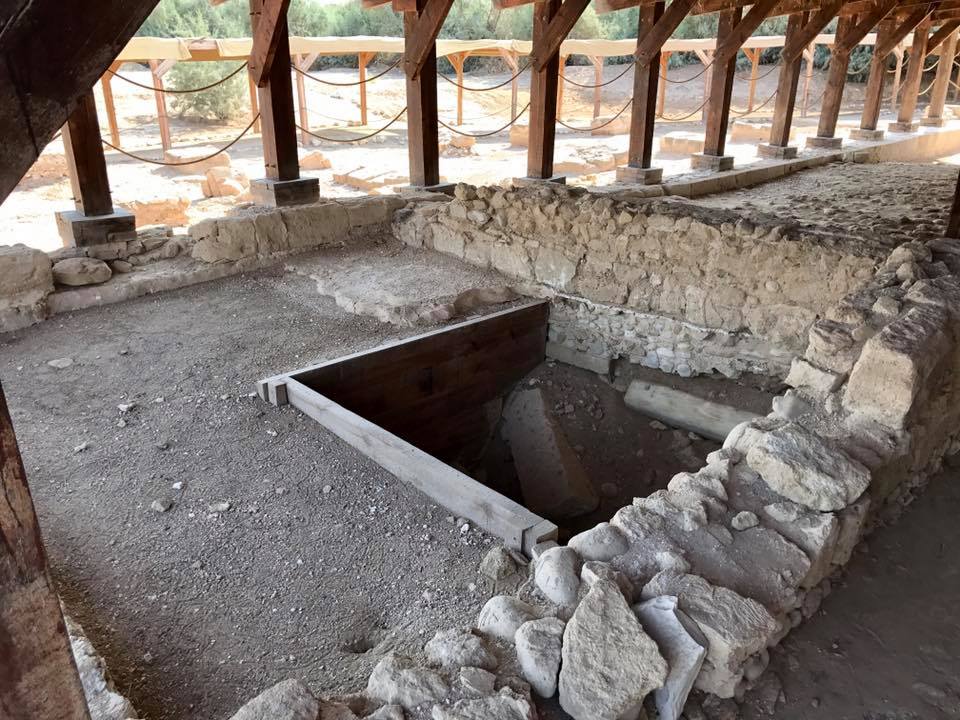
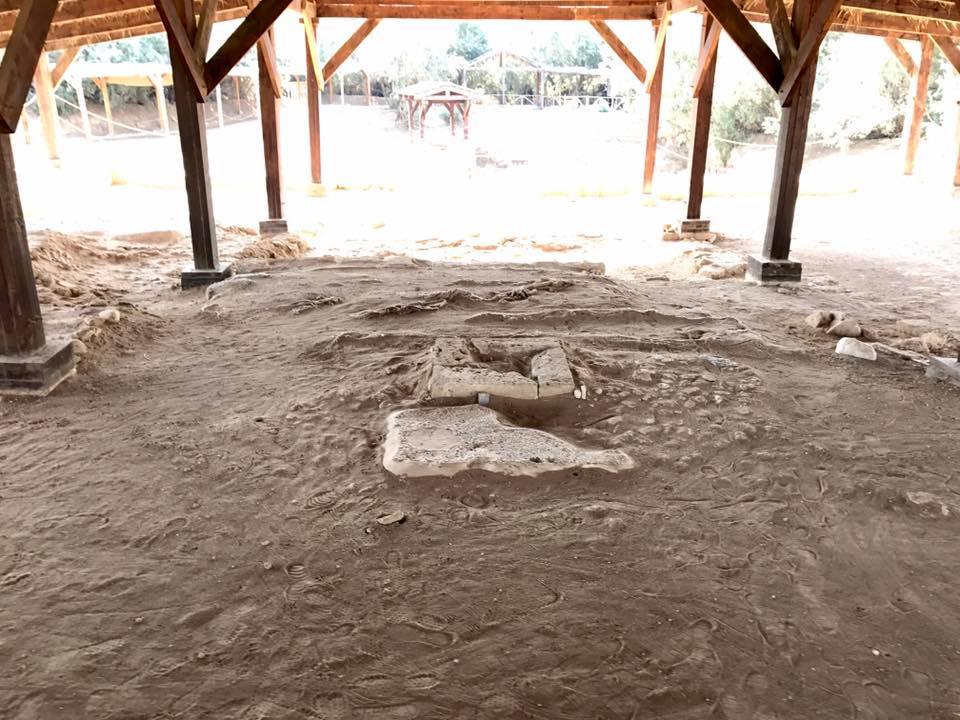
Today, a Greek Orthodox church sits near the river:
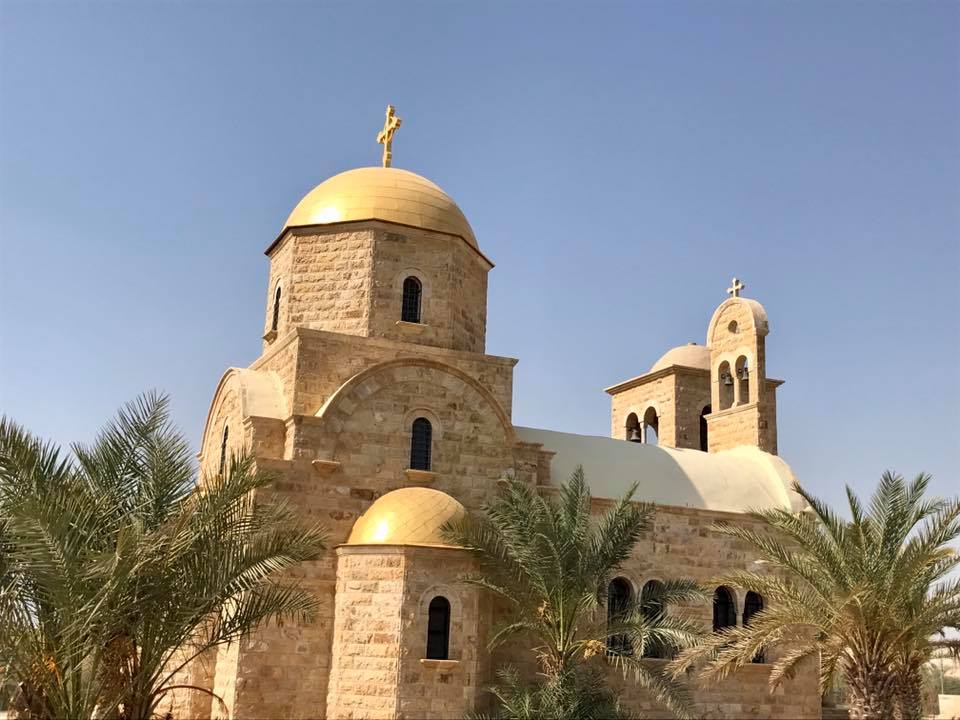
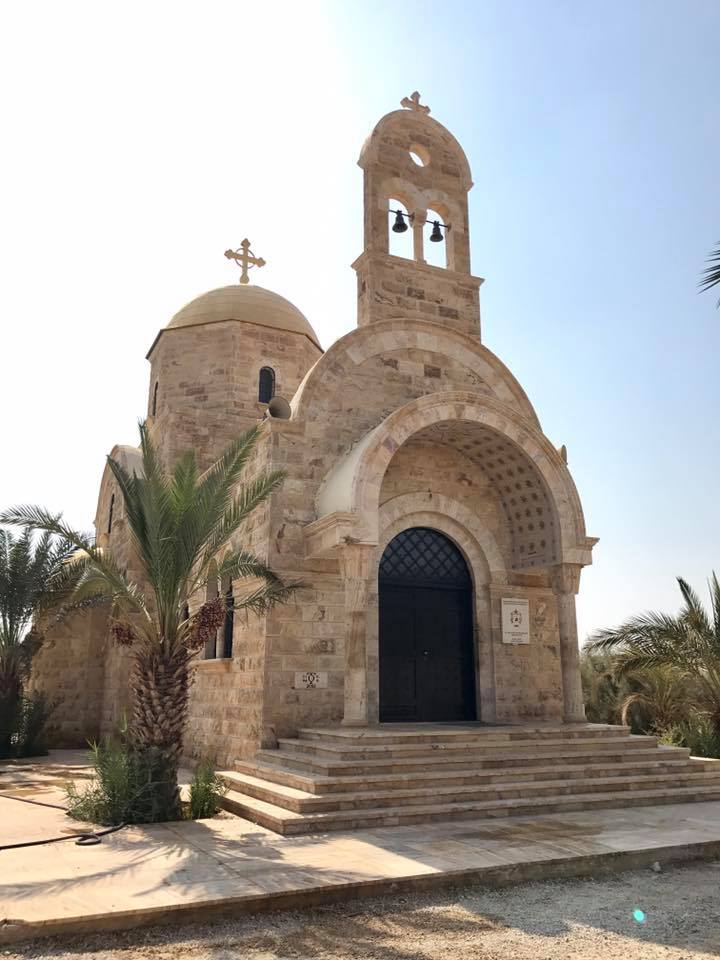
Across from the church is the entrance to the Jordan River:
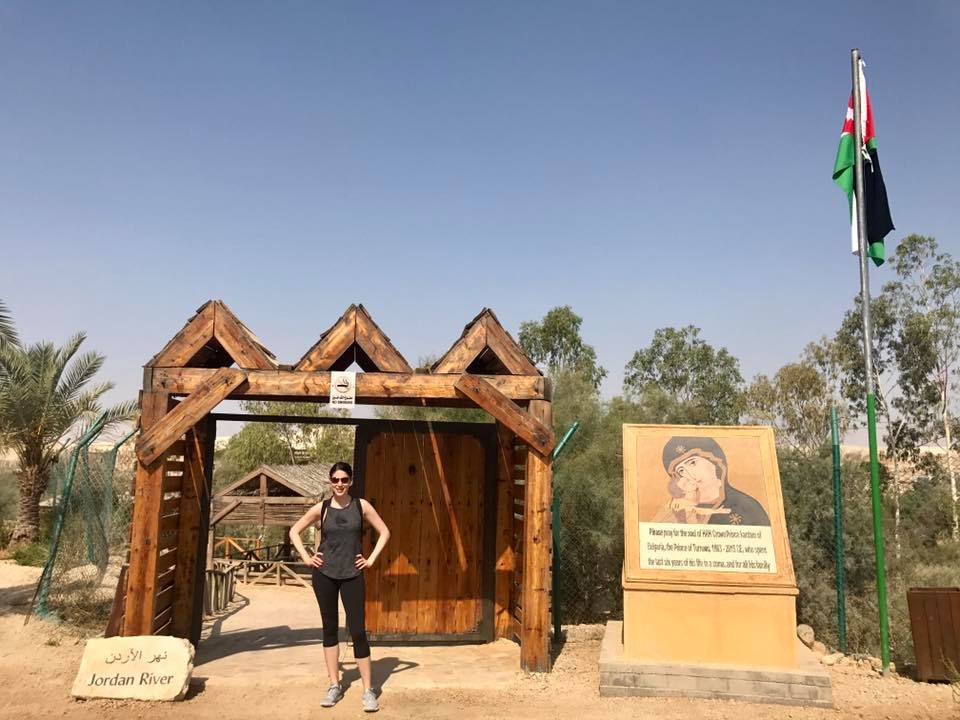
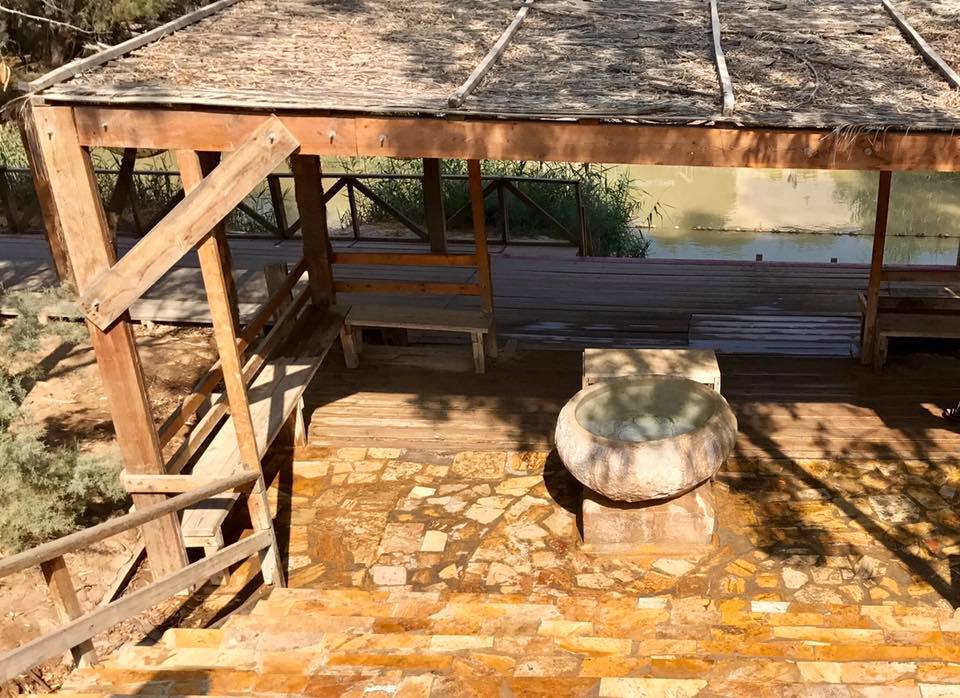
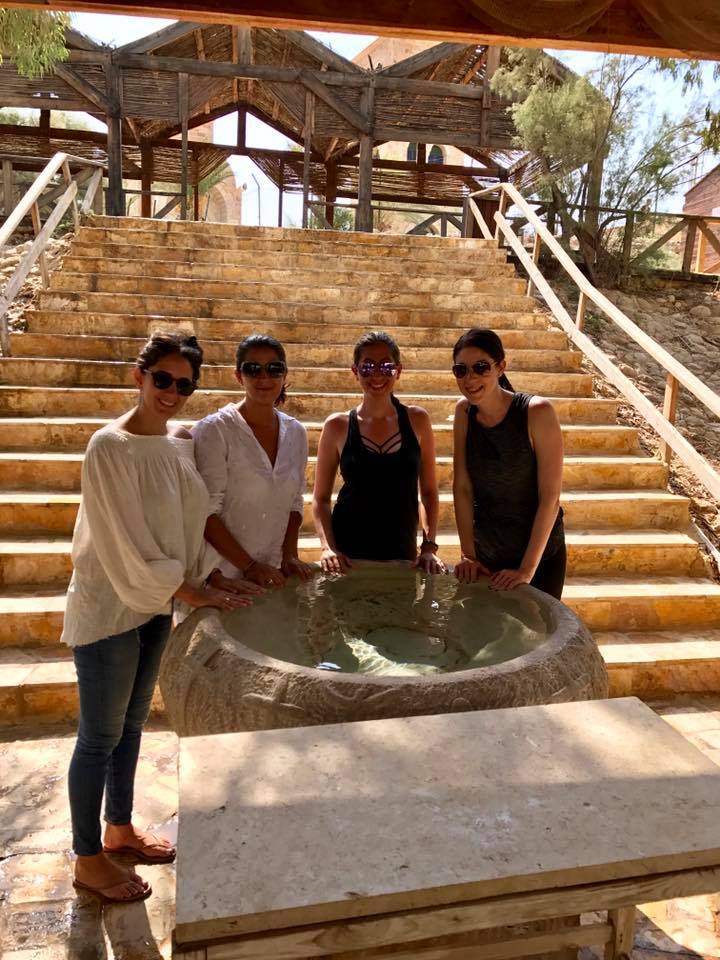
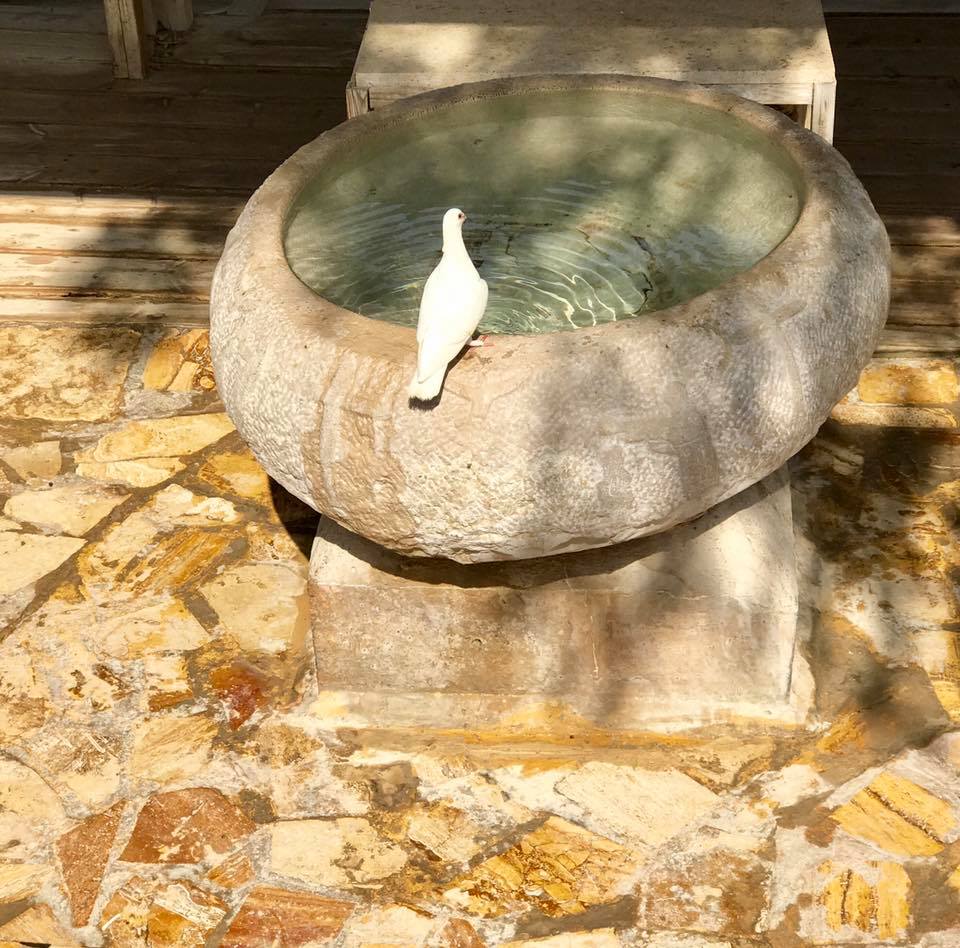
Once at the river, you can rent white baptismal gowns from the church for $15 USD and actually get into the river. Across the river is Israel. You will see people coming into the river from Israel as well. Apparently, you can hire a priest to perform an actual baptism at the site. Bring an empty water bottle if you want to collect “holy water” from the Jordan River.
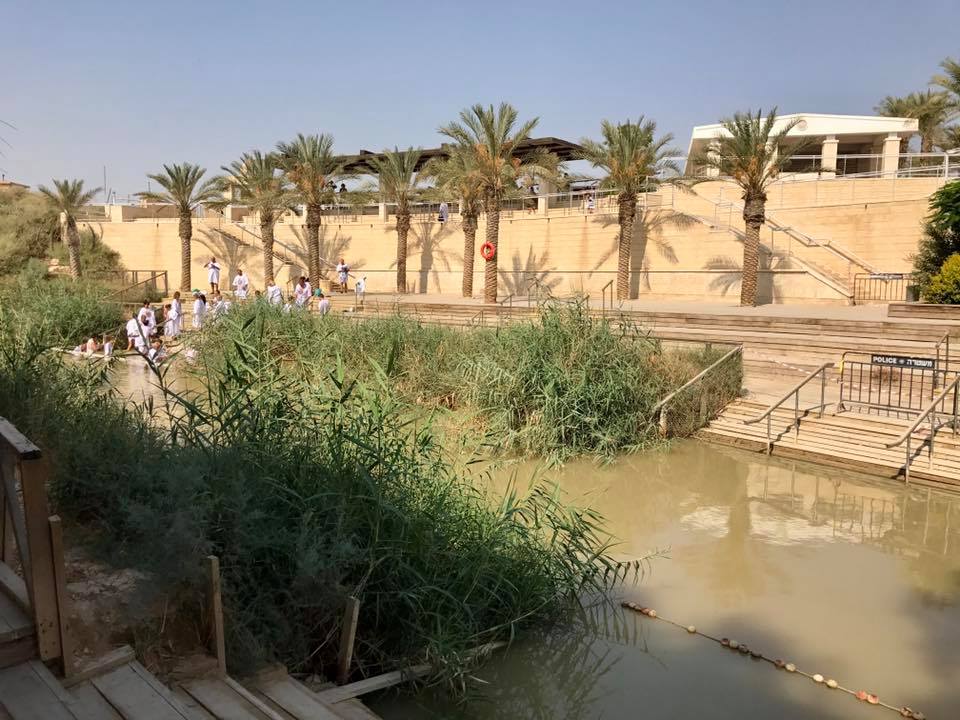
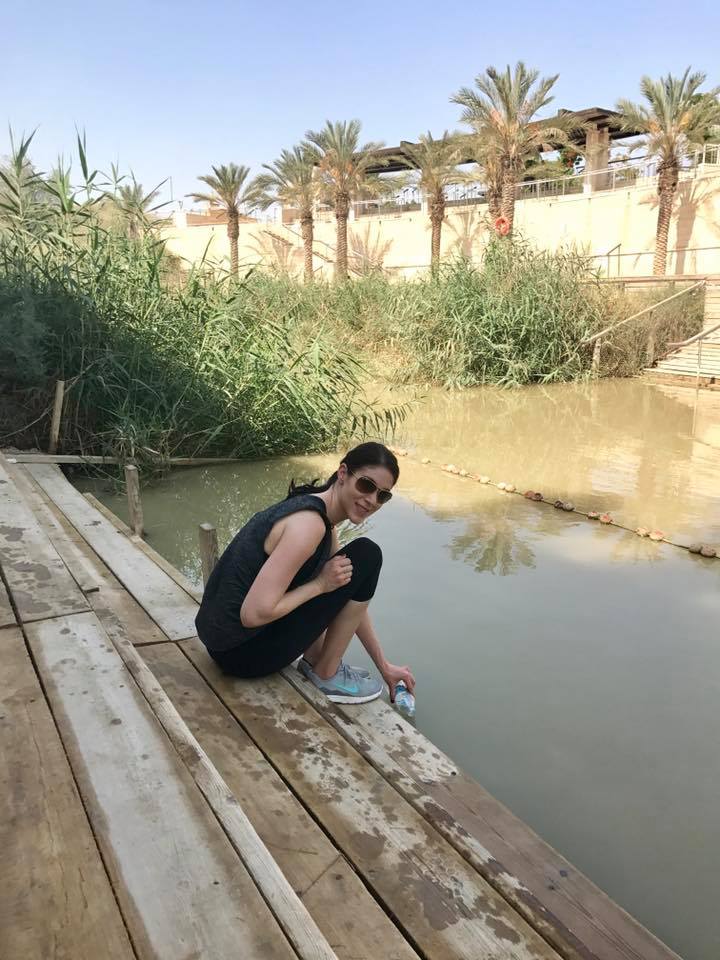
Madaba
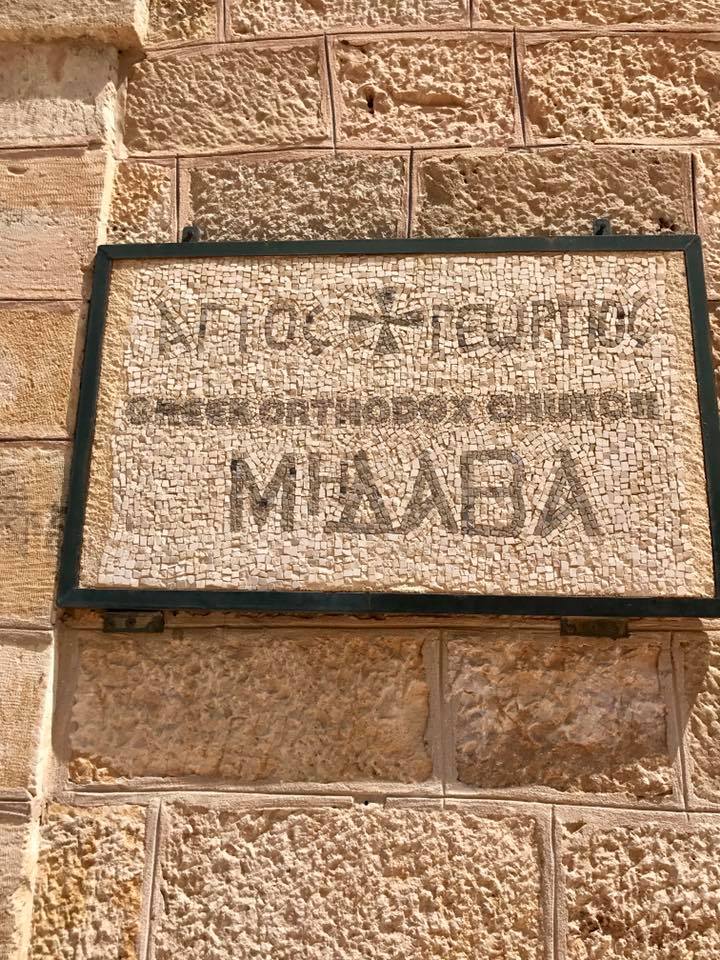
Our next stop was to the Christian town of Madaba, which is known as the City of Mosaics. Here, we visited the St. George Greek Orthodox Church.
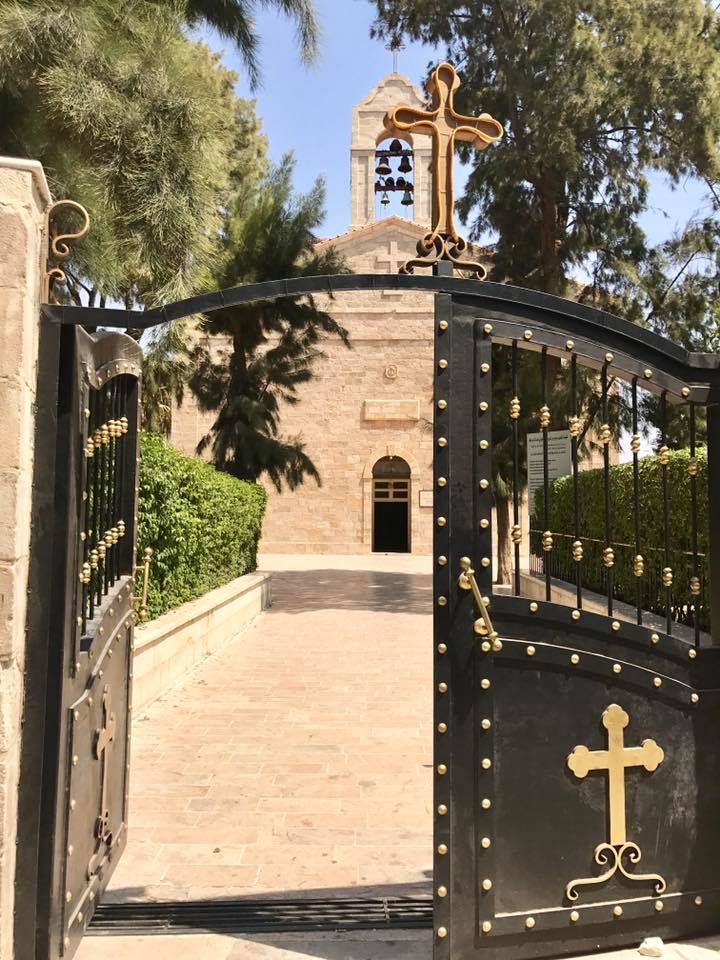
The church contains the masterpiece of Madaba, a Byzantine map of the Holy Land that dates back to the 6th century, called the Madaba Map.
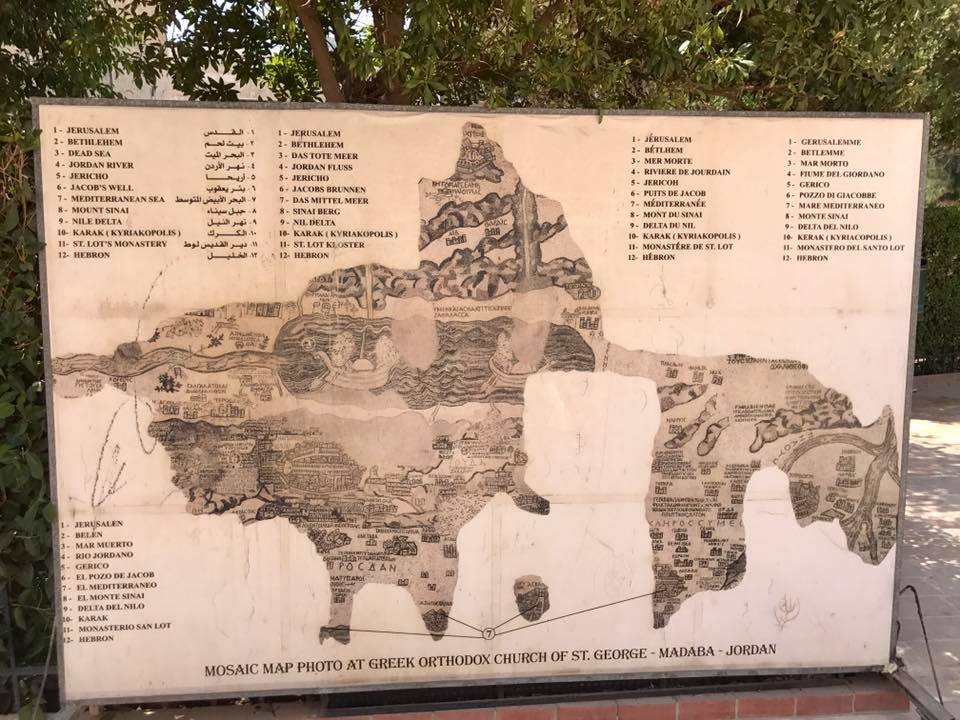
To this day, the Madaba Map represents the oldest map of Palestine in existence.
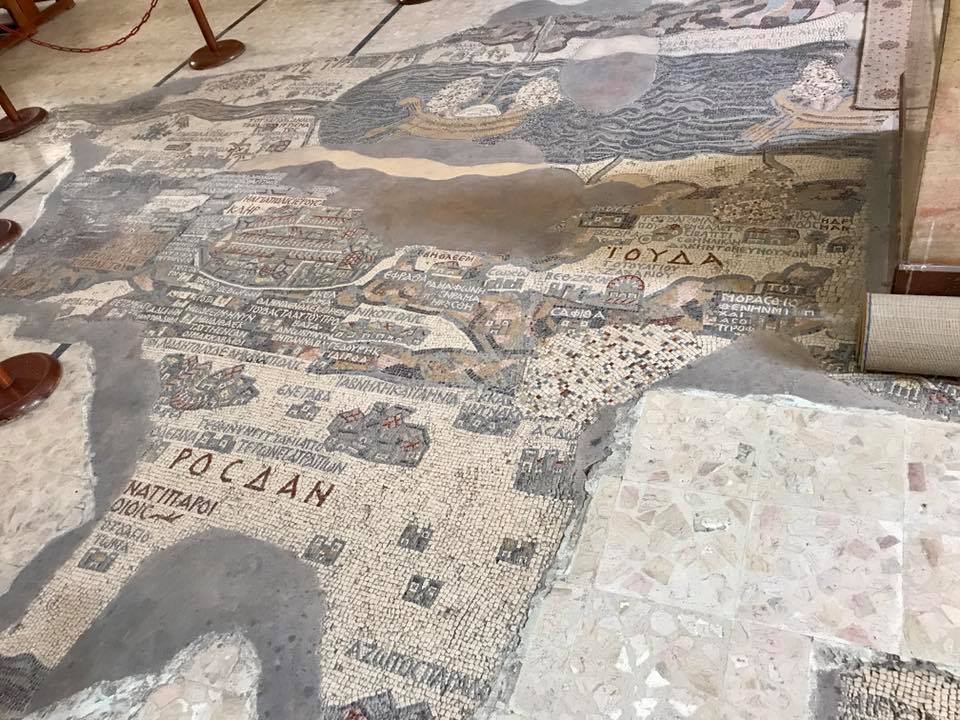
Because I am Greek and Greek Orthodox, I am partial to Greek churches. In my travels, I have been in A LOT of churches from all denominations. I think the Greek Orthodox churches are the most beautiful!
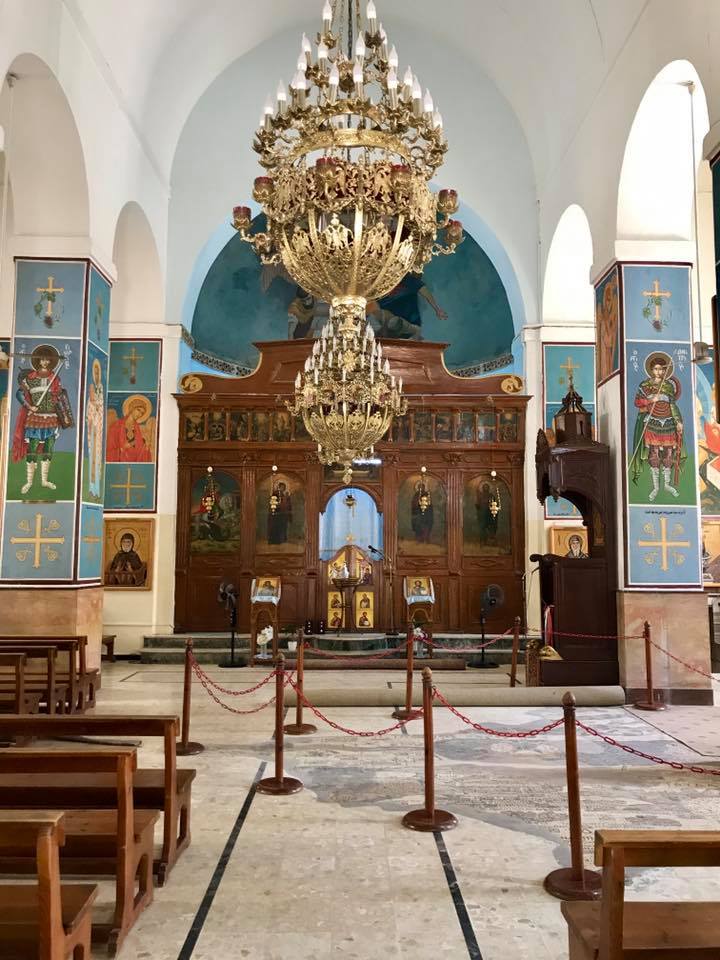
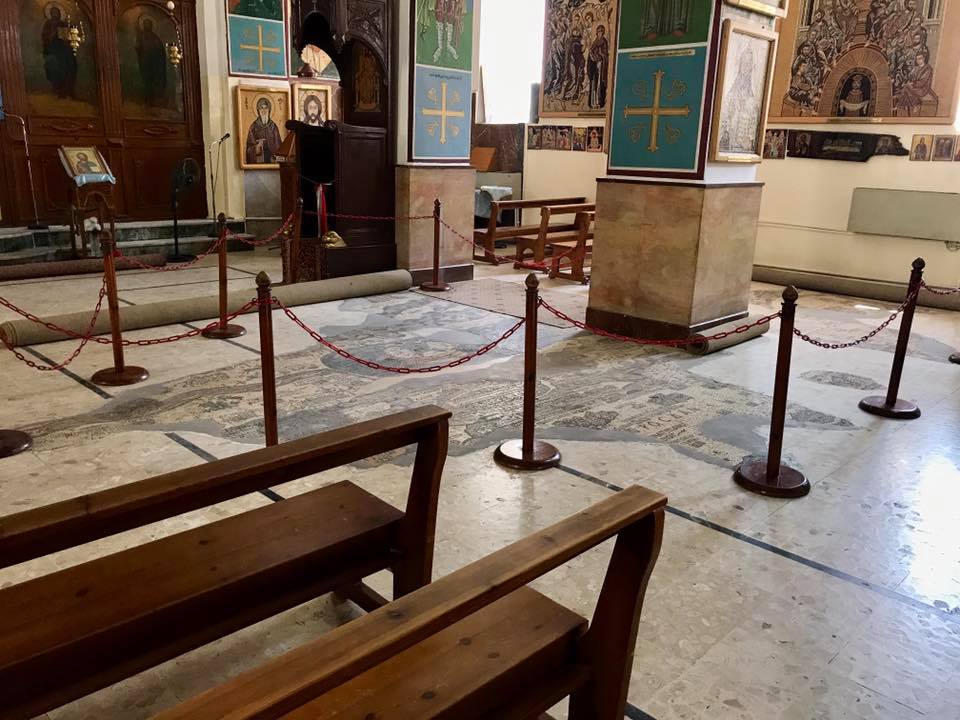
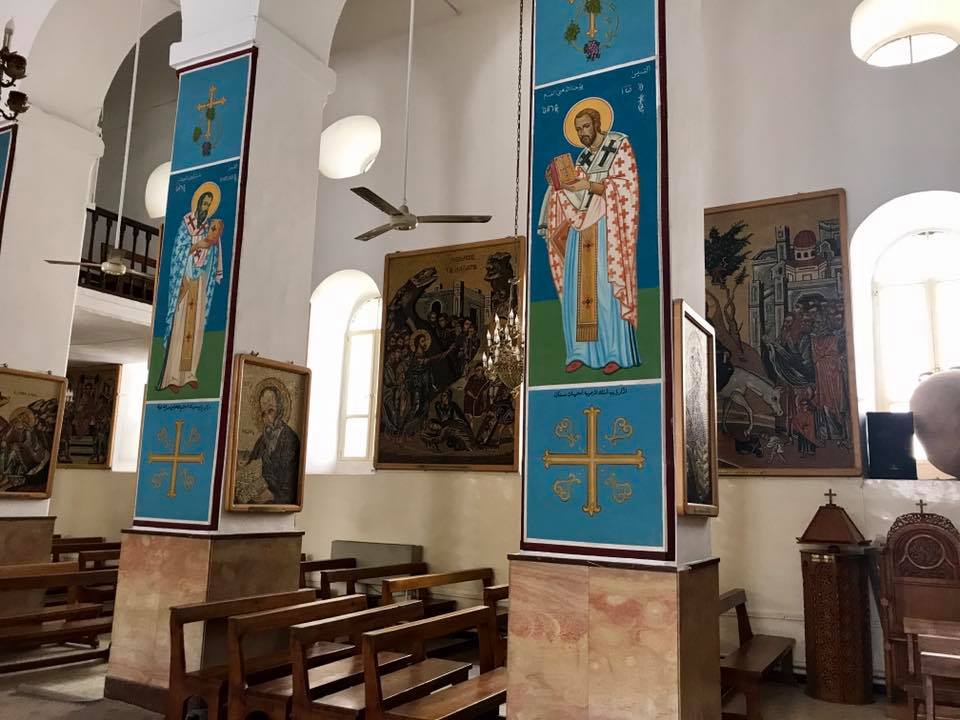
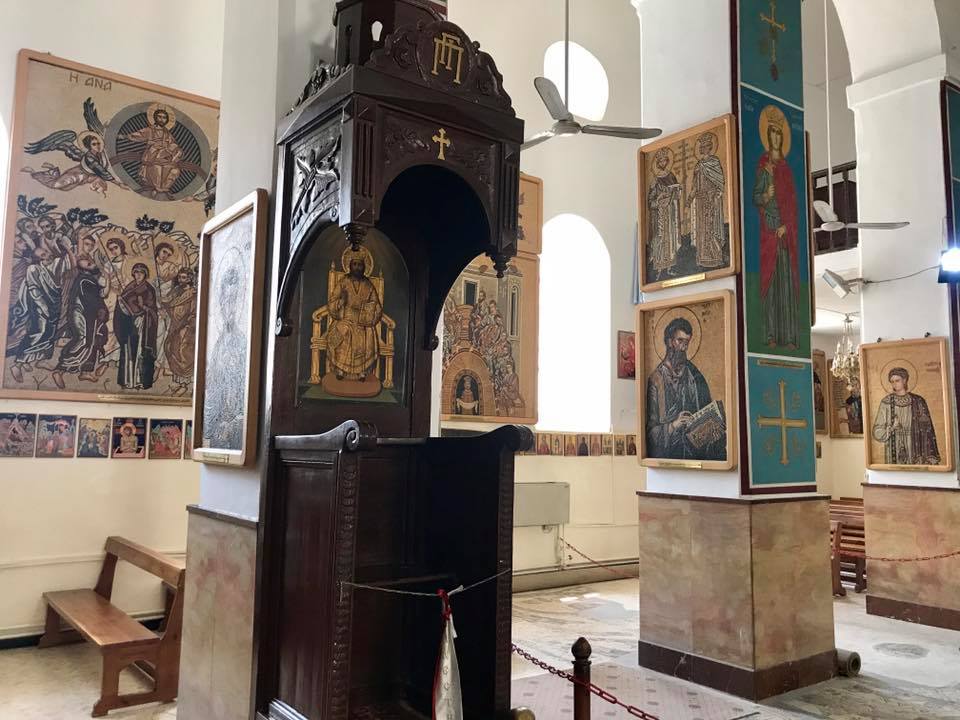
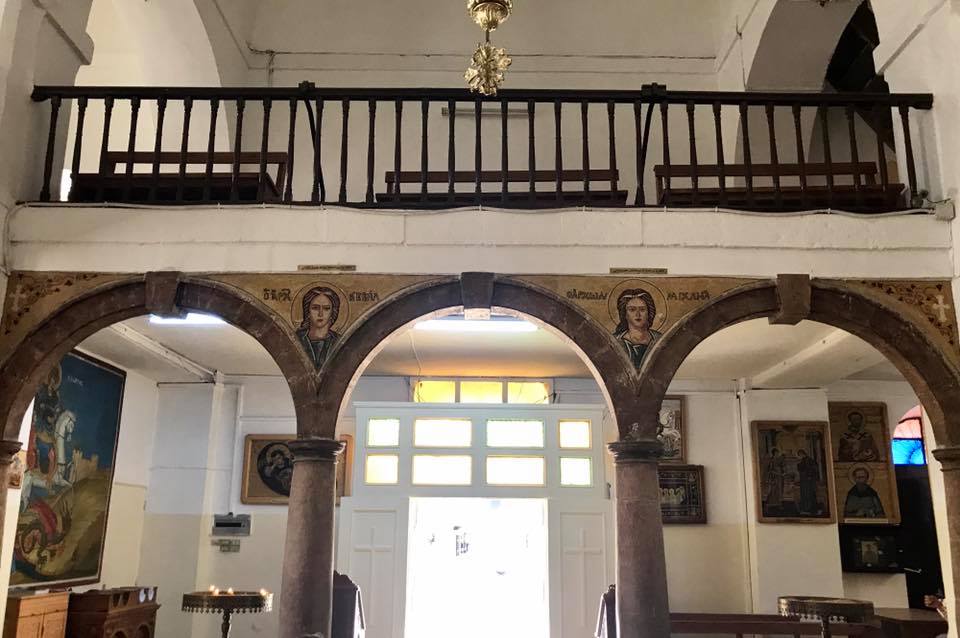
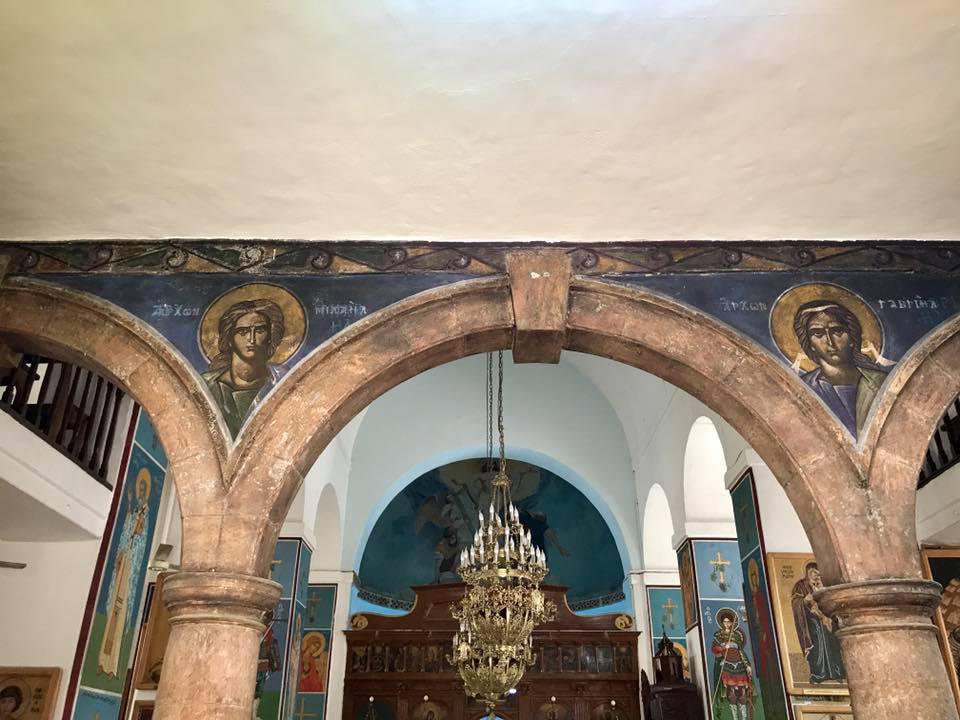
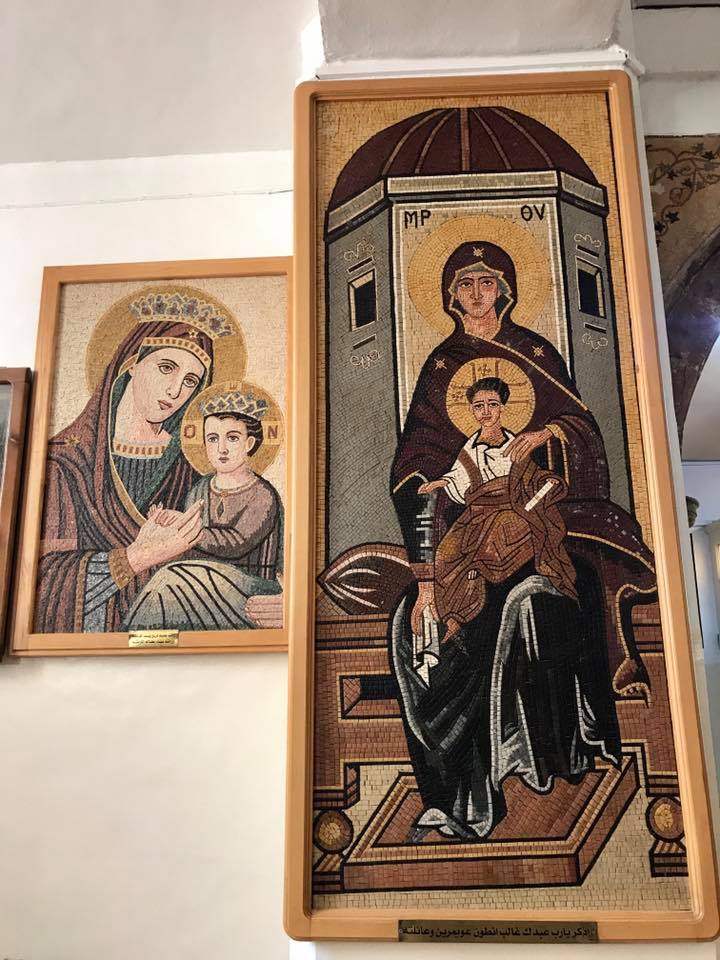
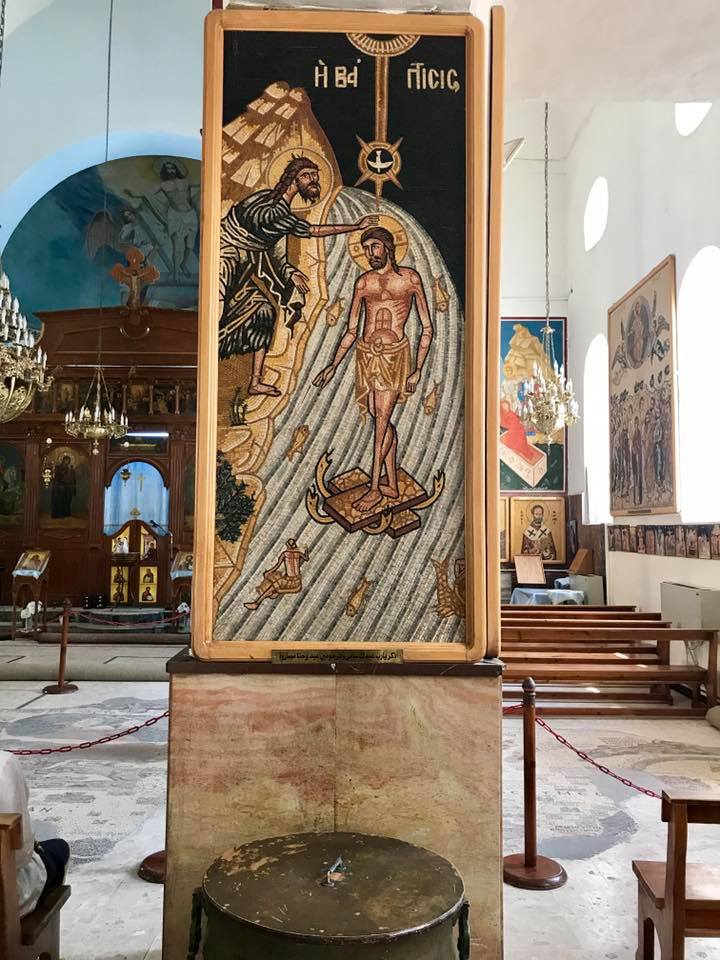
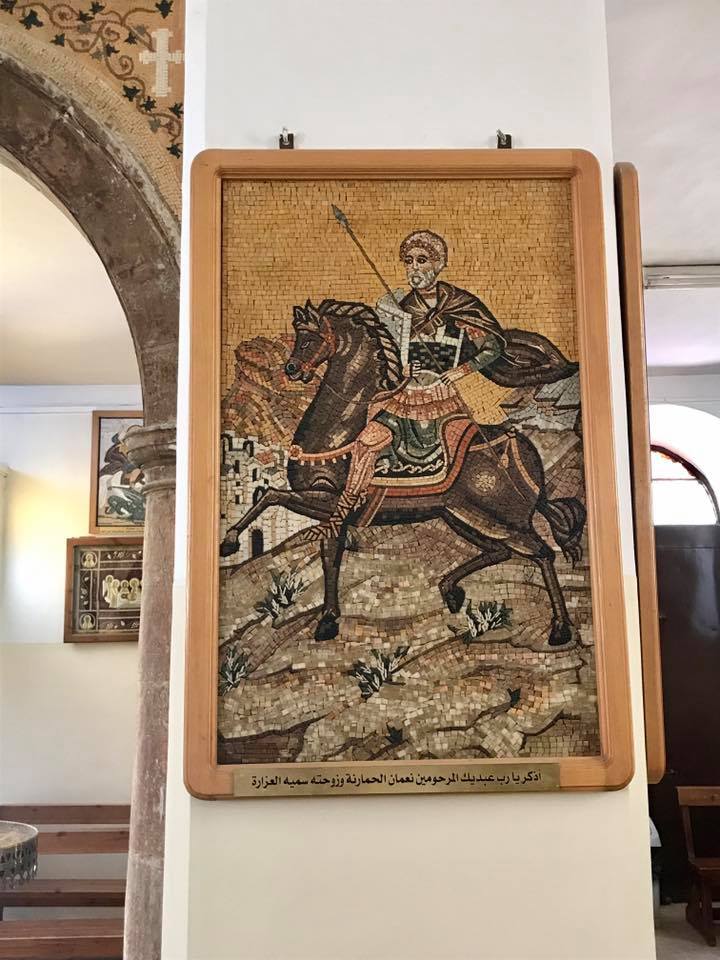
Apparently, an archaeological park is located a short walk from the church which houses the remains of several Byzantine churches, including the mosaics of the Church of the Virgin. I would have been interested to see this, and, honestly, I am kind of annoyed that we missed it.
By now, we were pretty hungry. In an effort to top Green Valley, our guide told us he had called ahead to a local, family-owned restaurant called Hikayet Sitti, or the Food Basket.
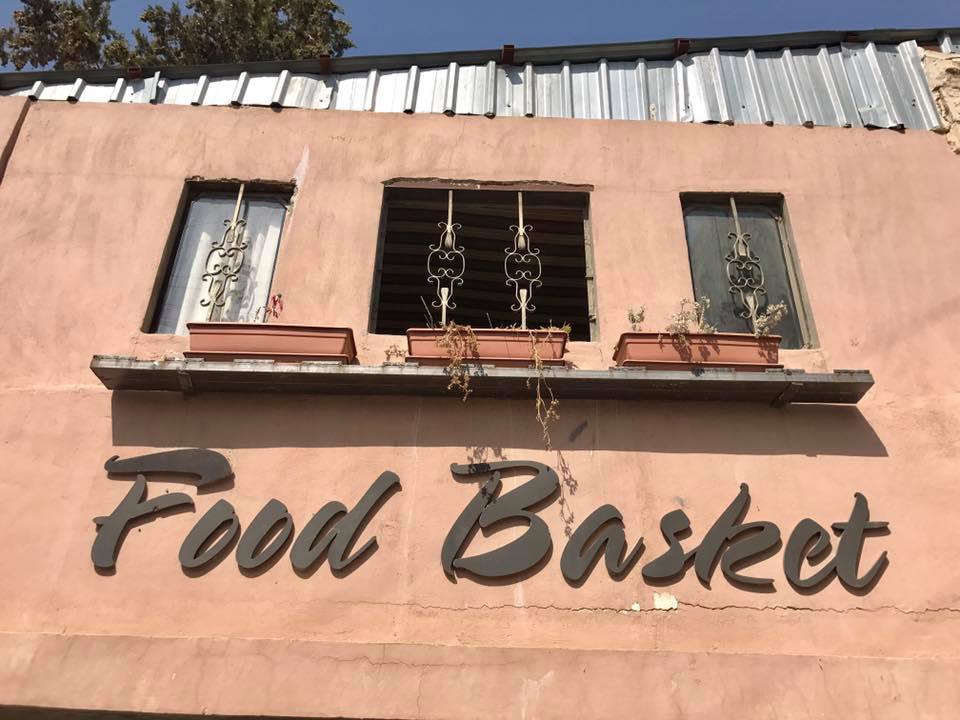
This little gem is an old home that has been owned by this family from Amman for several years. They decided to turn the home into a restaurant.
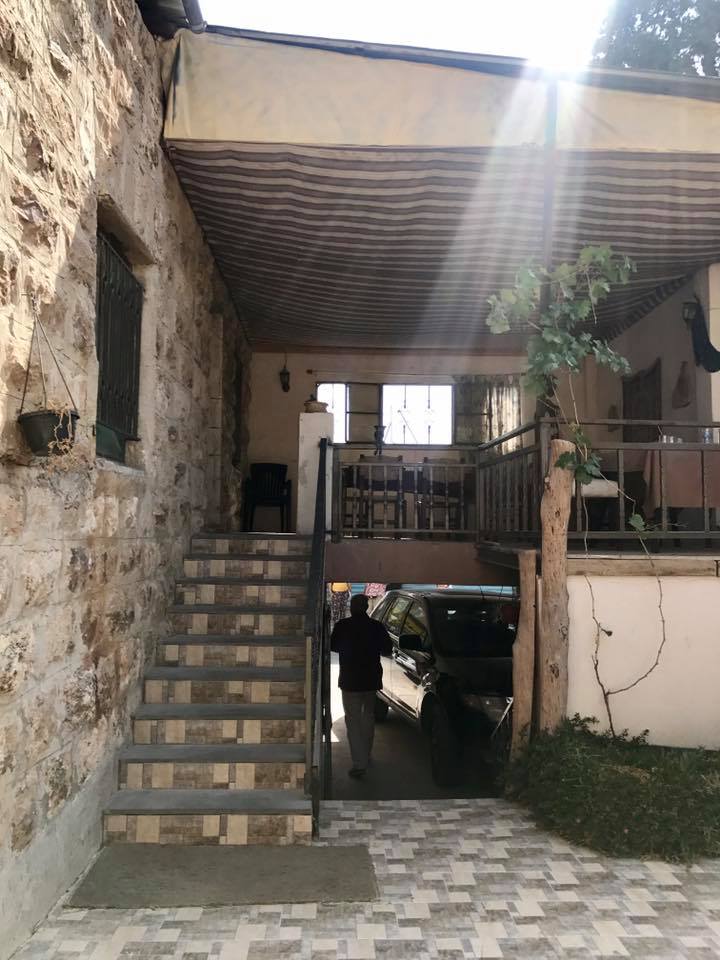
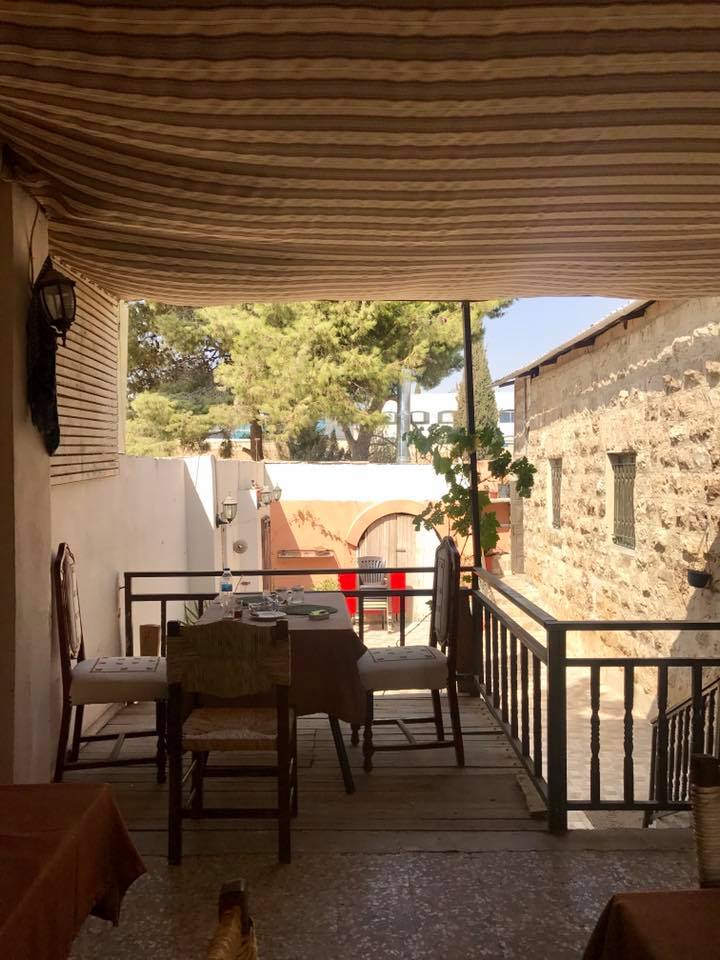
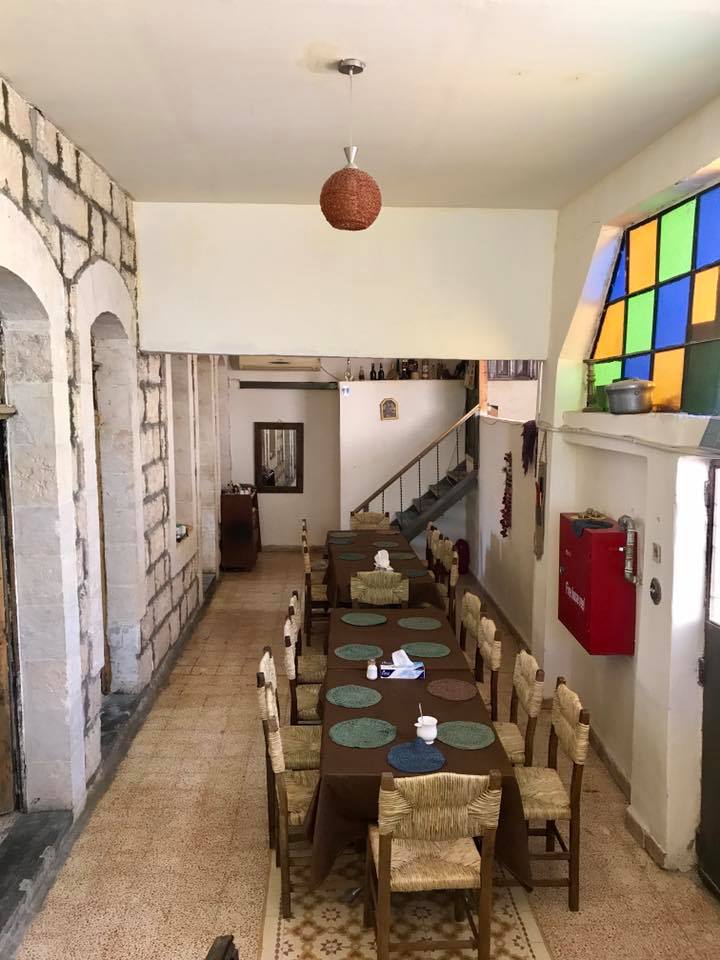
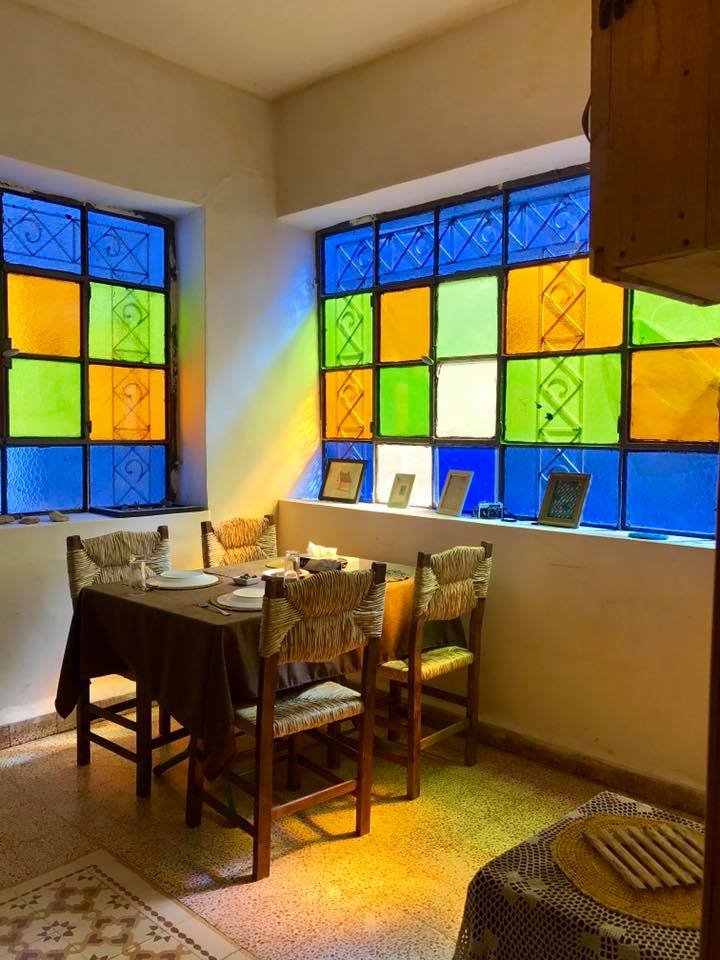
There is no menu at the Food Basket. You call ahead to see what’s cooking or to make a request. But, regardless, the food is incredible and tastes authentic and homemade. The meal starts with mezze (or appetizers), and then momma brings out enough food to feed an army. The portions are very generous.
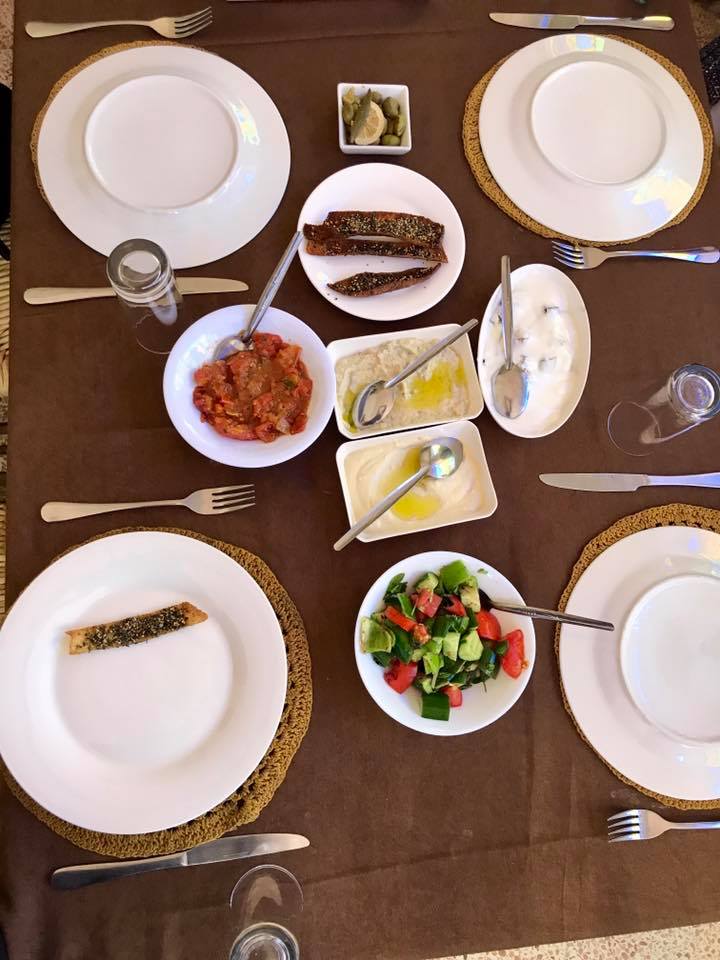
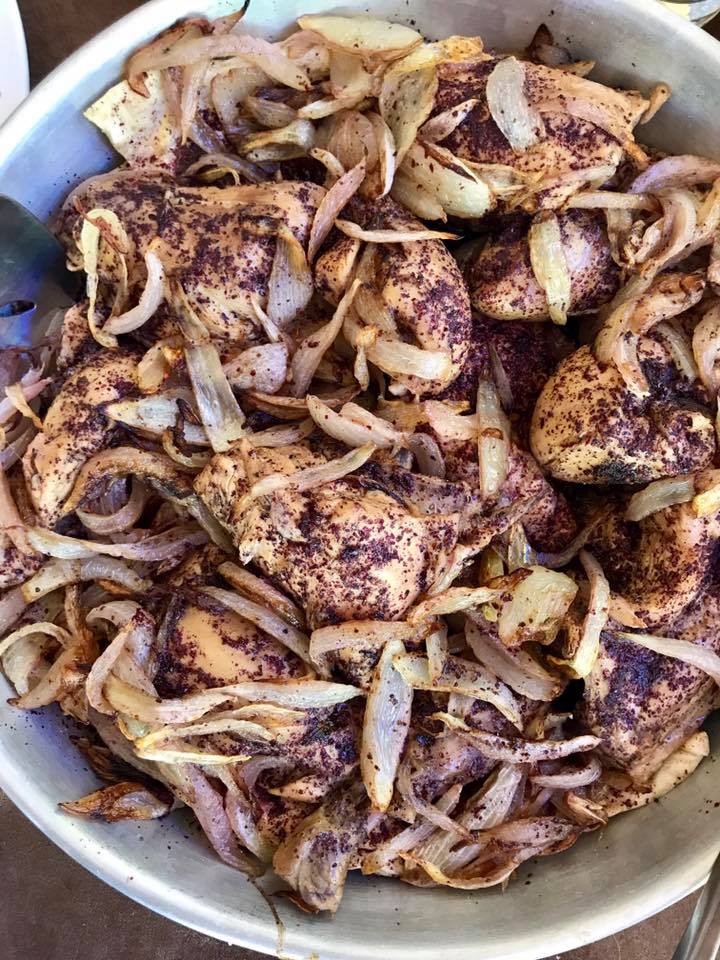
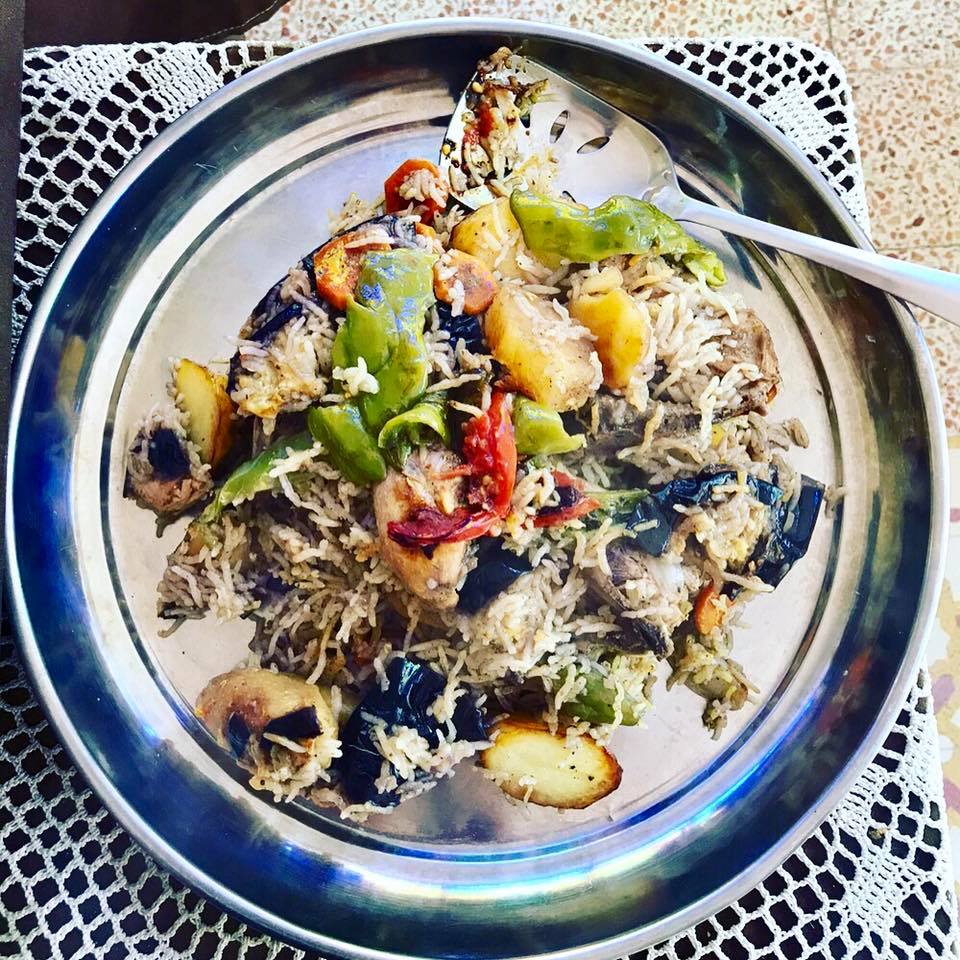
This is the cook and her husband who entertains the guests.
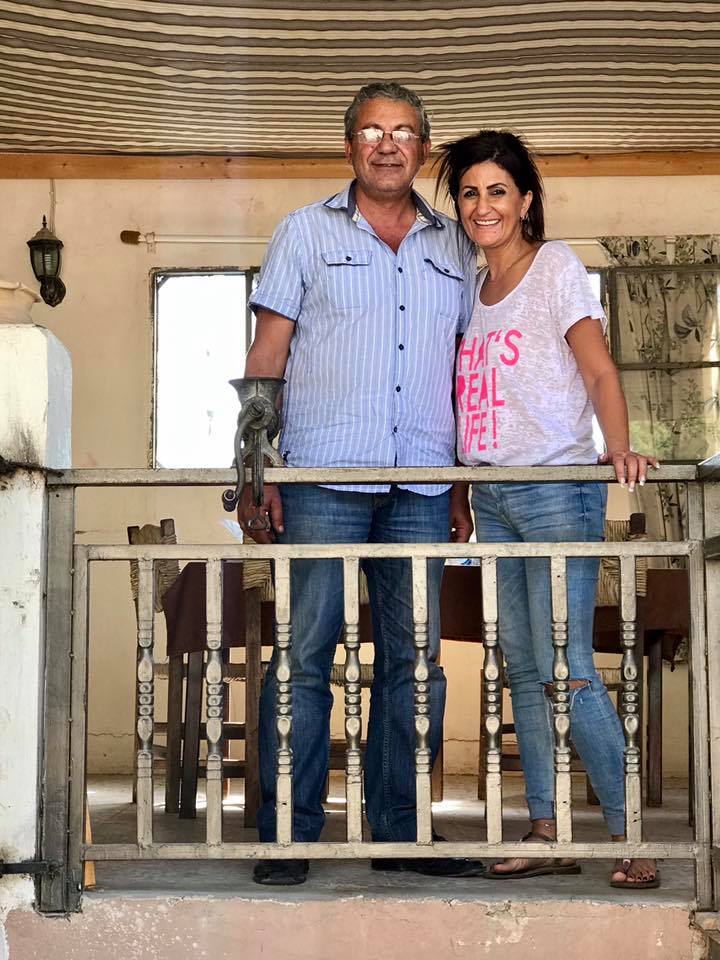
Her sons are the servers, and the service is great.
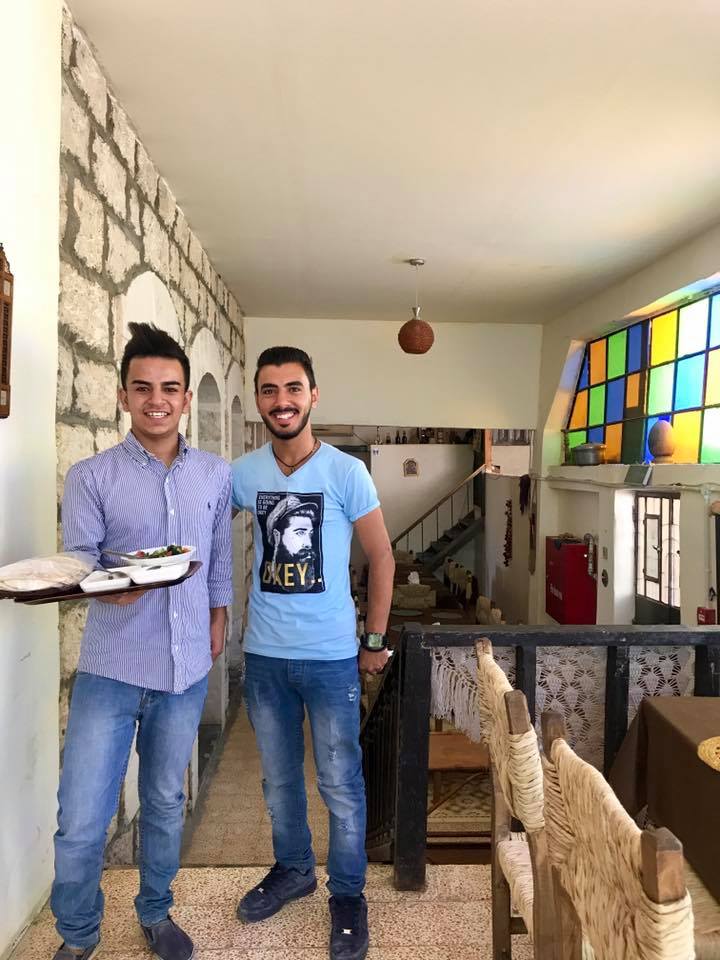
Mt. Nebo
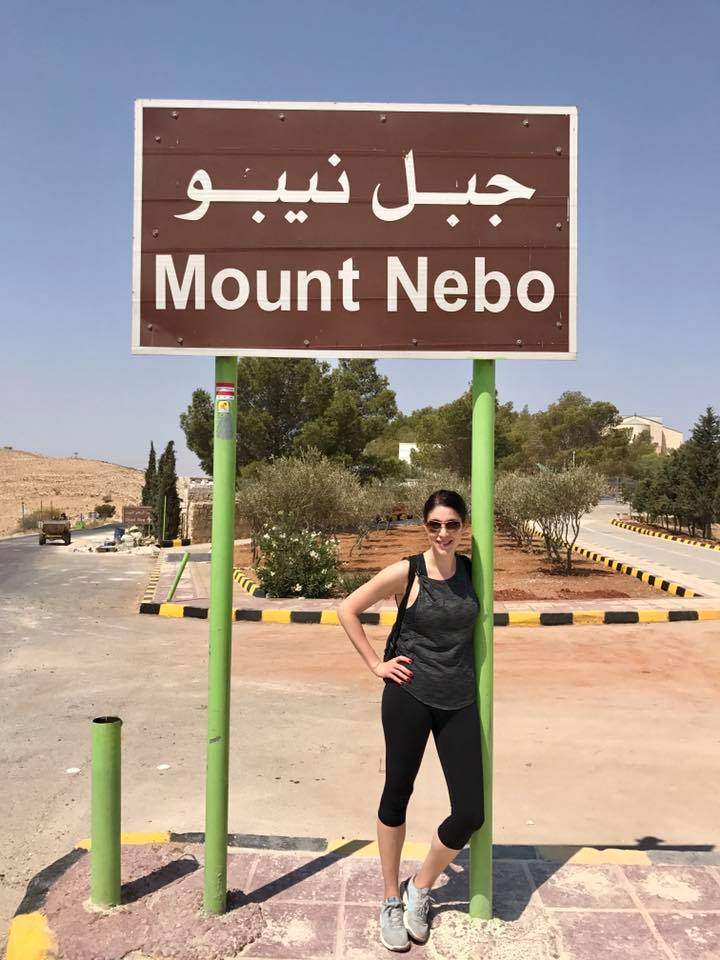
Next, we visited Mount Nebo. Mt. Nebo is the place where Moses was granted a view of the Promised Land by God. The view from the summit provides a panorama of the Holy Land and, to the north, a more limited one of the valley of the River Jordan. The West Bank city of Jericho is usually visible from the summit, as is Jerusalem on a very clear day.
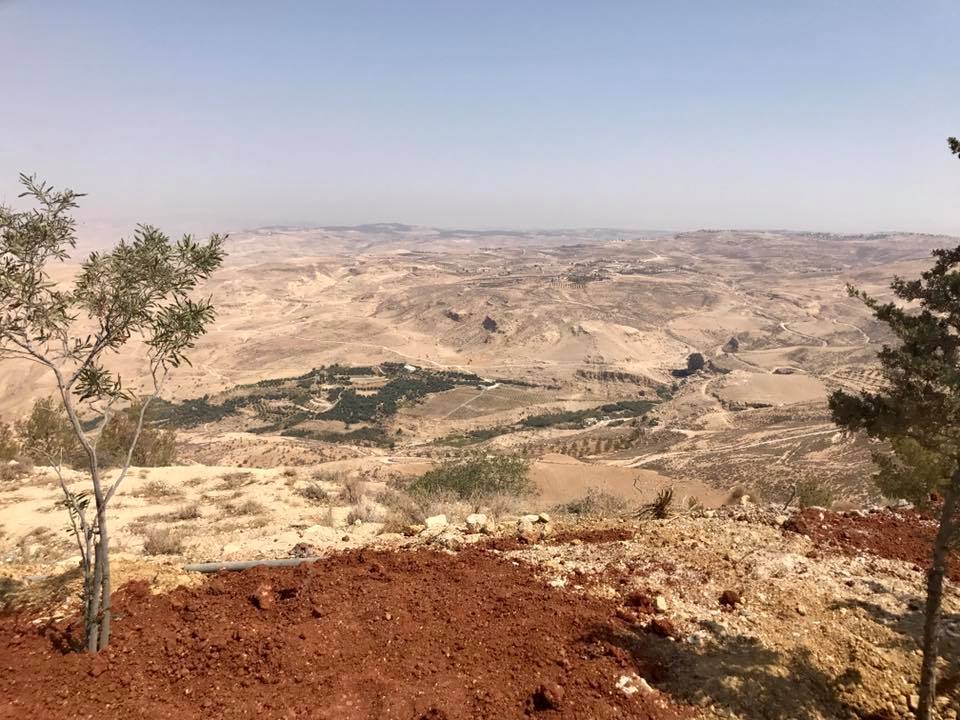
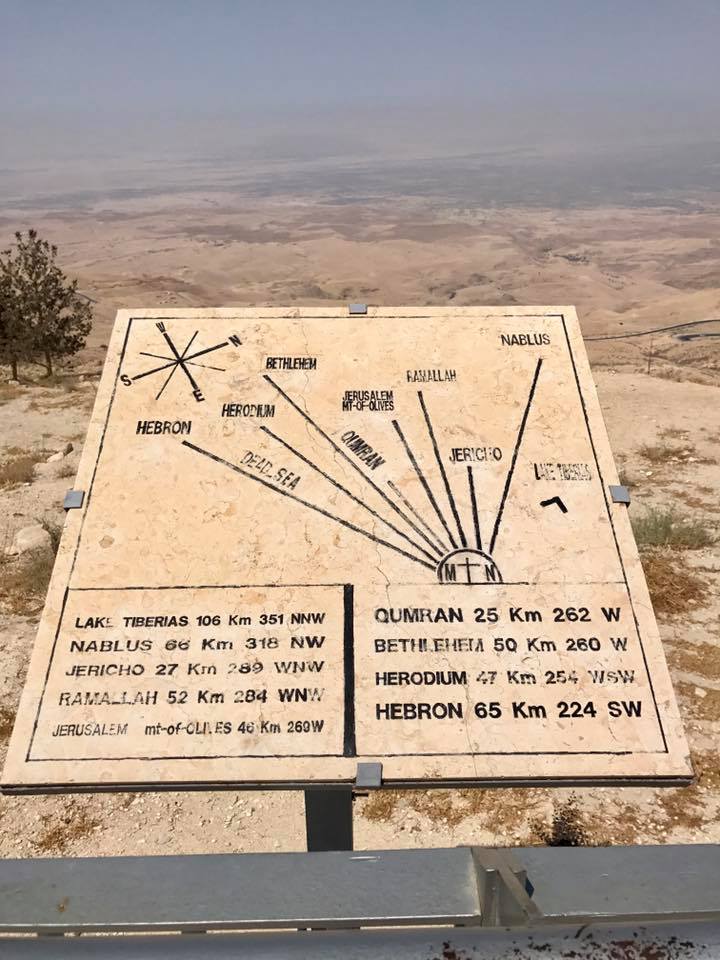
The mount is marked by this stone:
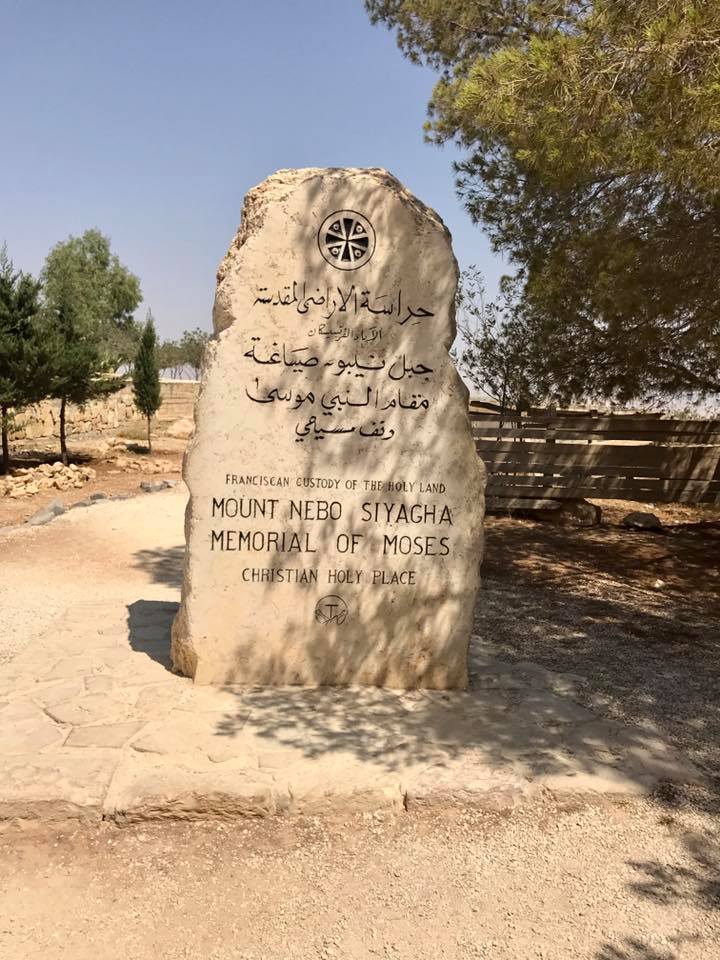
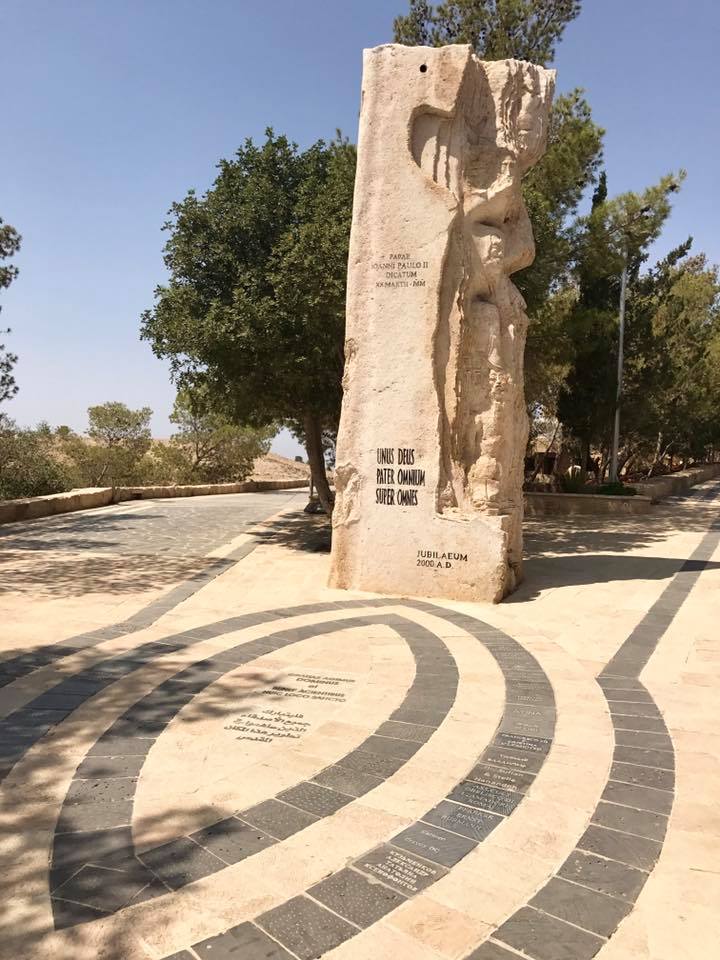
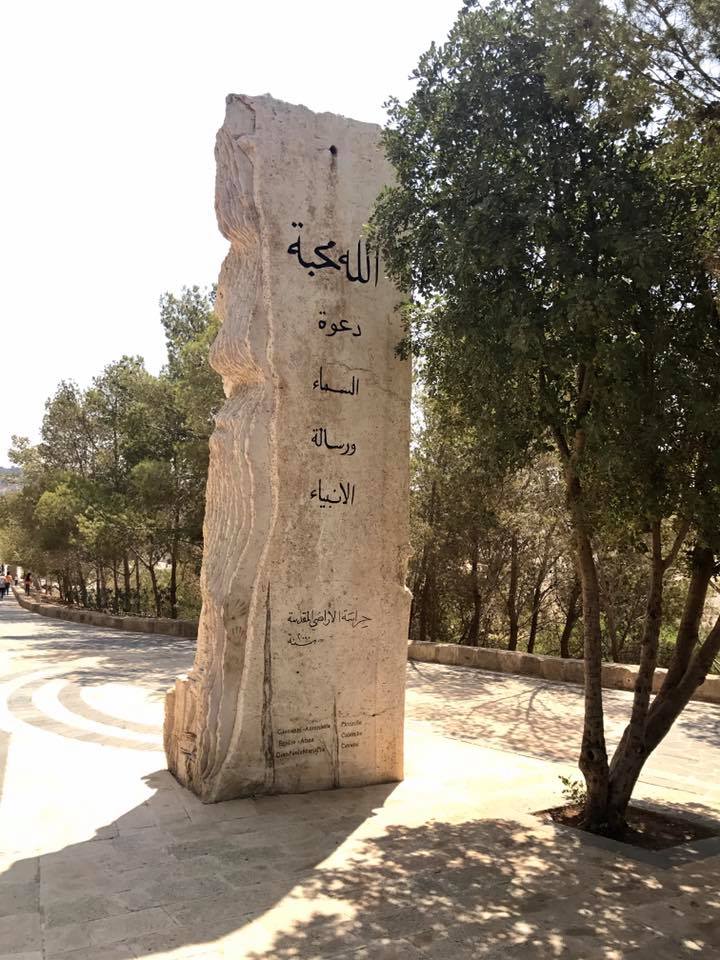
As you walk through the site, you will find a sculpture called The Brazen Serpent:
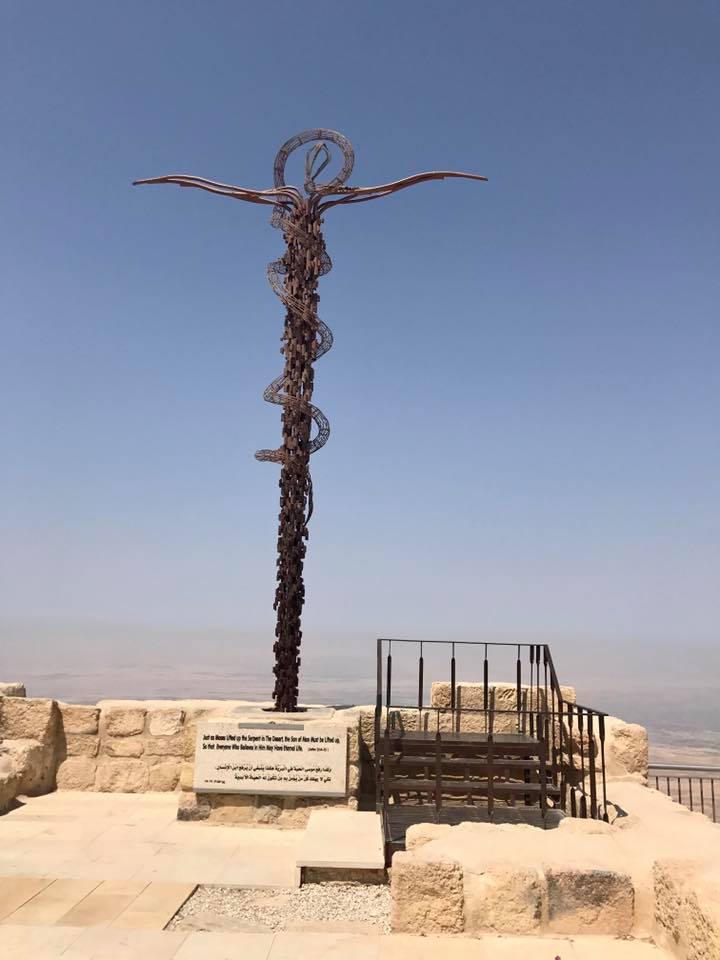
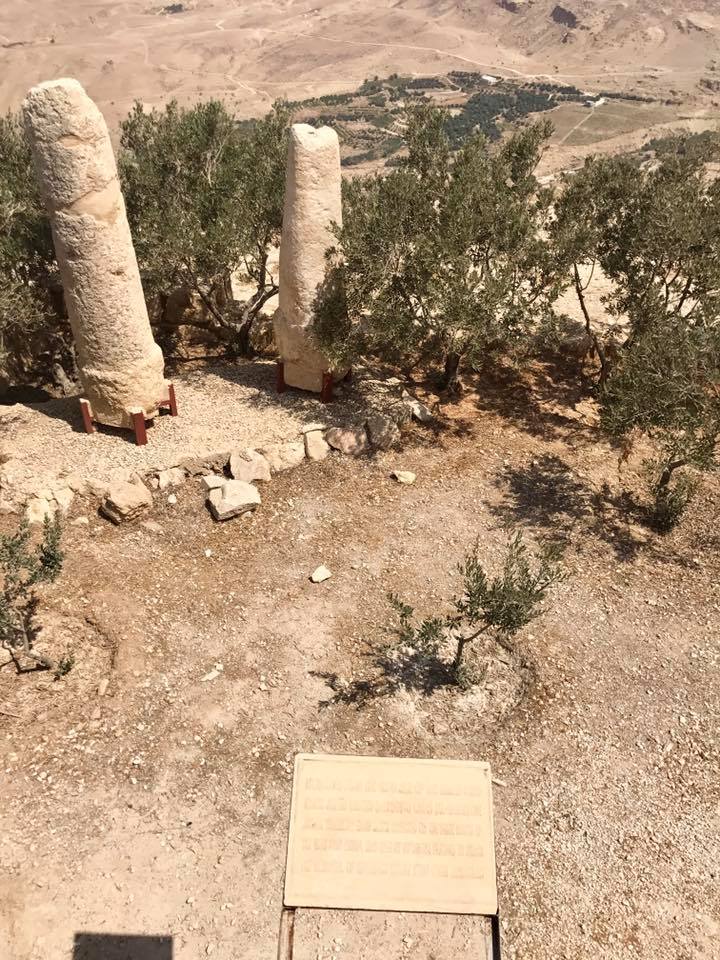
On the highest point of the mountain, stands the remains of a Byzantine church. The church has the most beautiful mosaics inside.
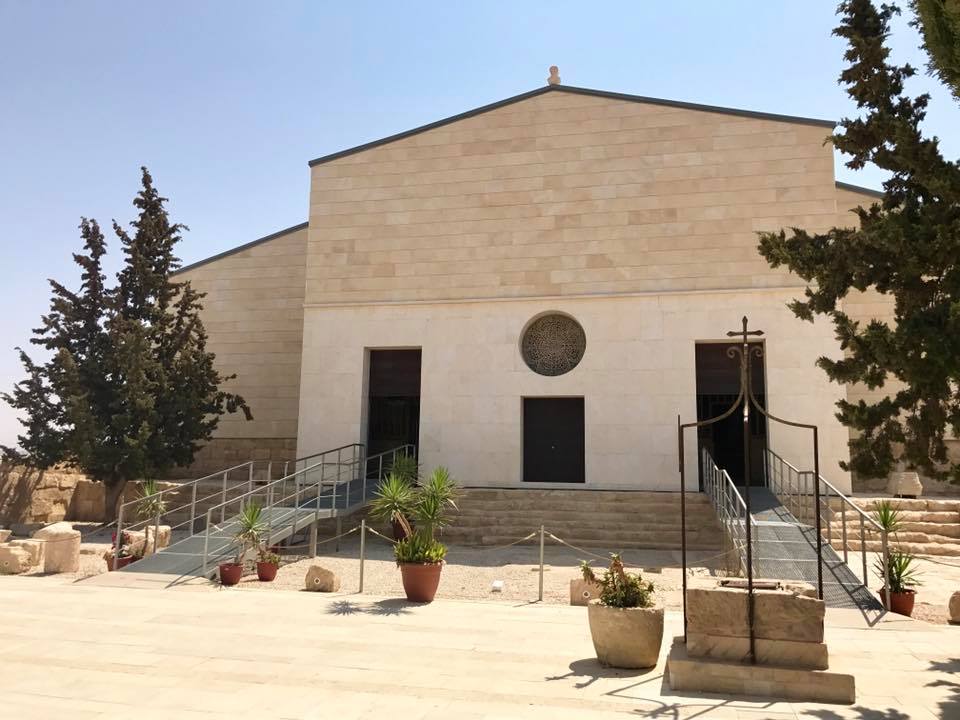
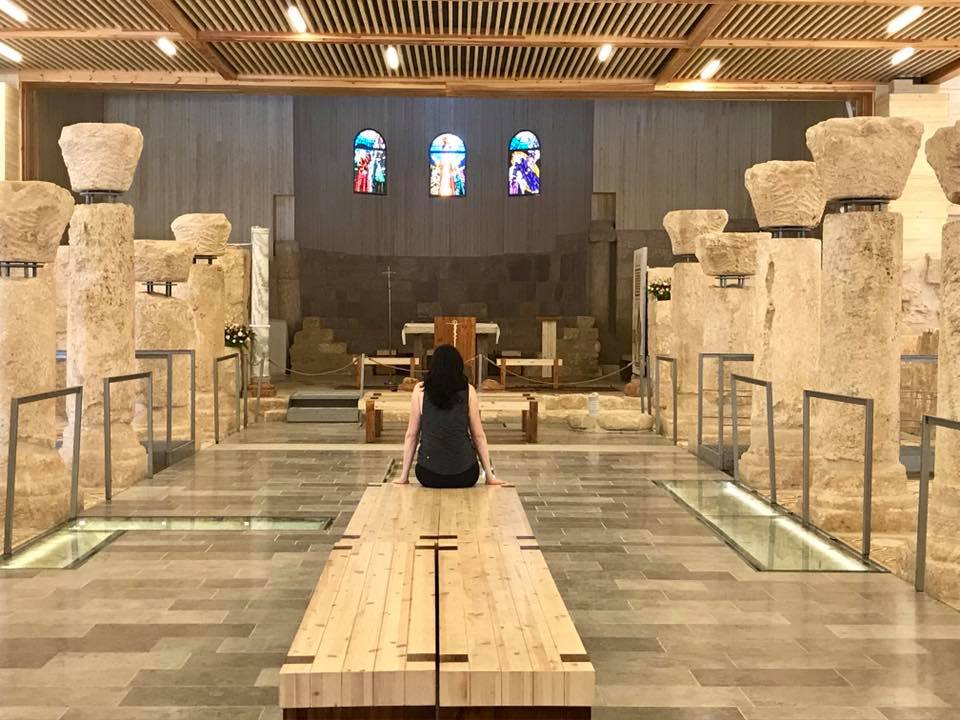
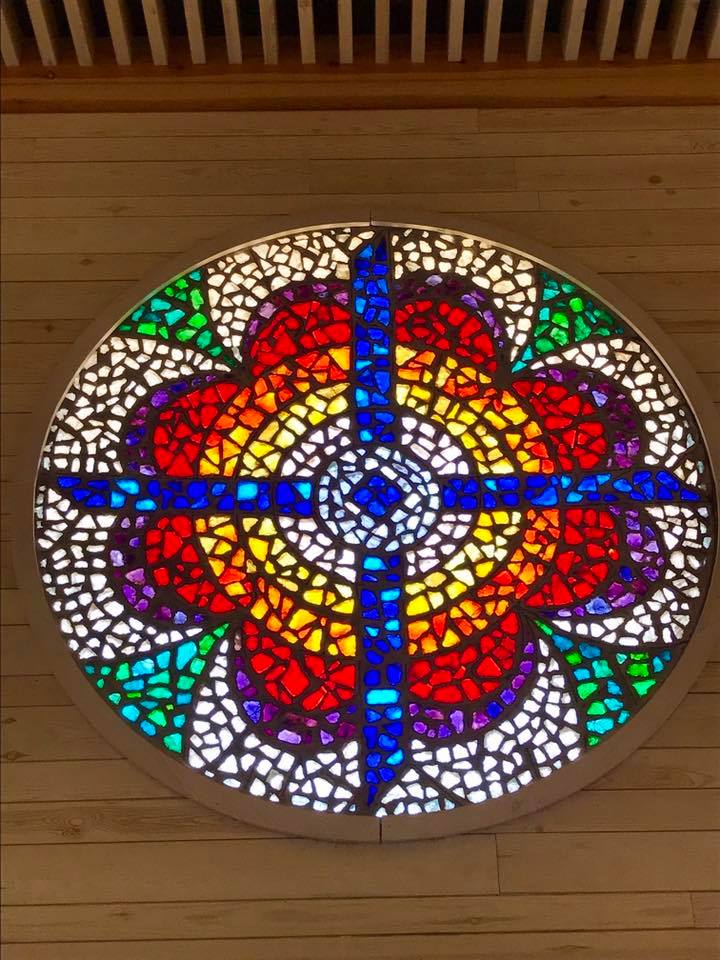
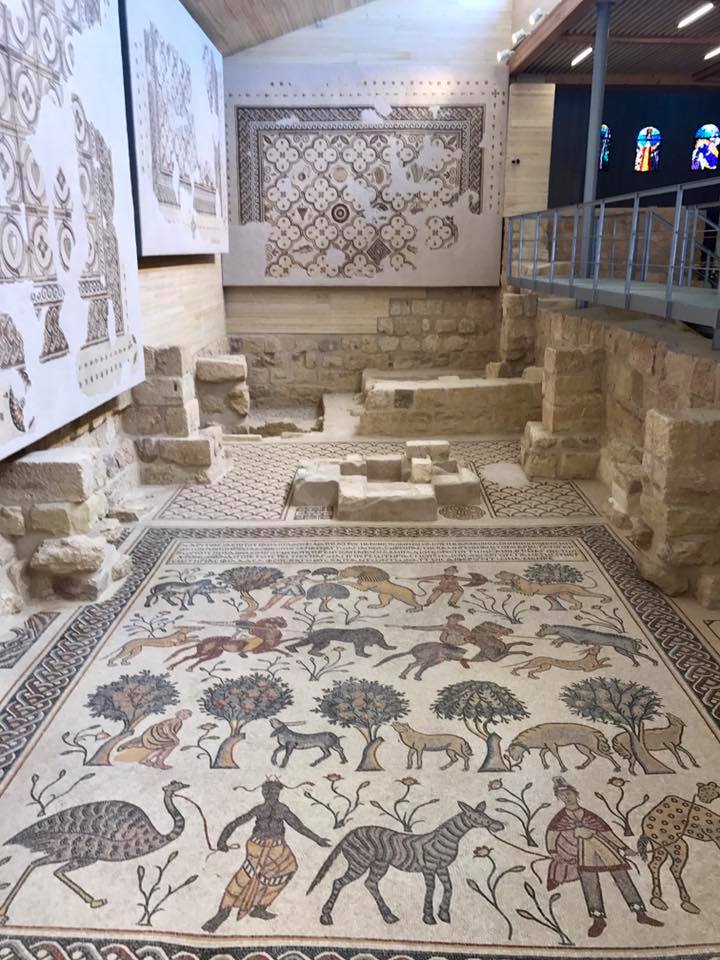
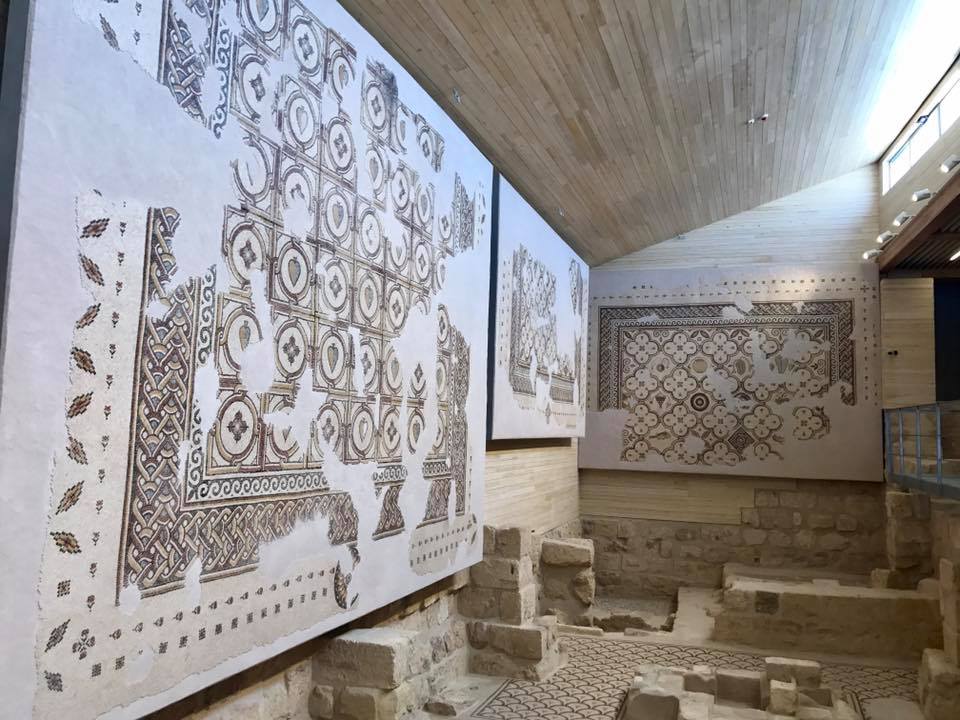
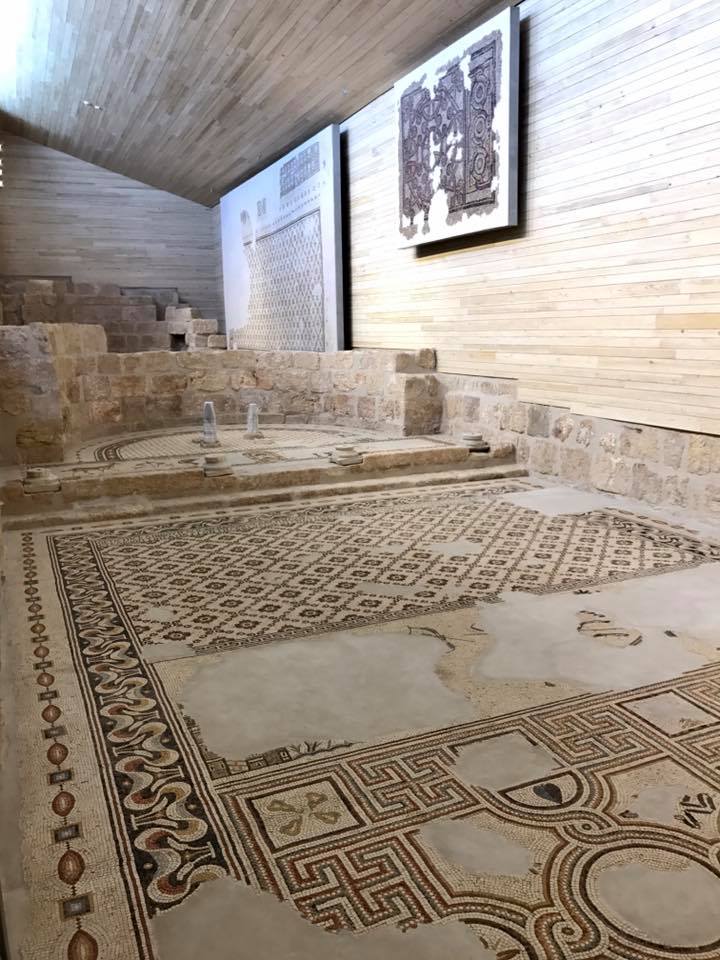
Mukawir
Our next stop was to Machaerus or Mukawir. Mukawir is a fortified hilltop palace that is believed to be the location of the imprisonment and execution of John the Baptist.
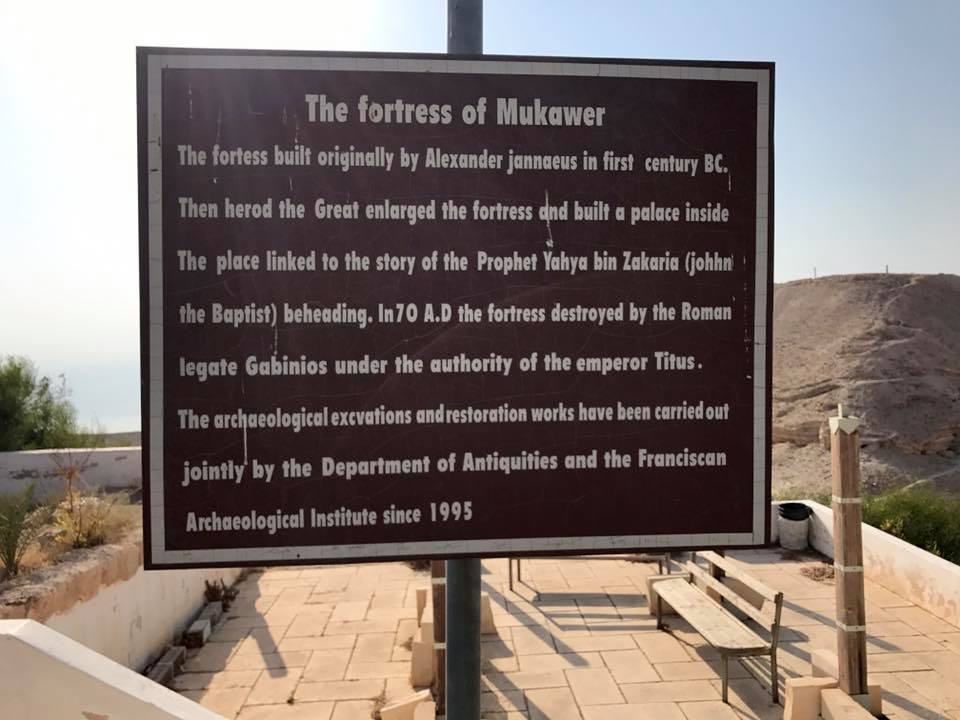
It is quite a hike to get up to the site where only two columns remain. The hike starts at this gate and is about 2 miles long.
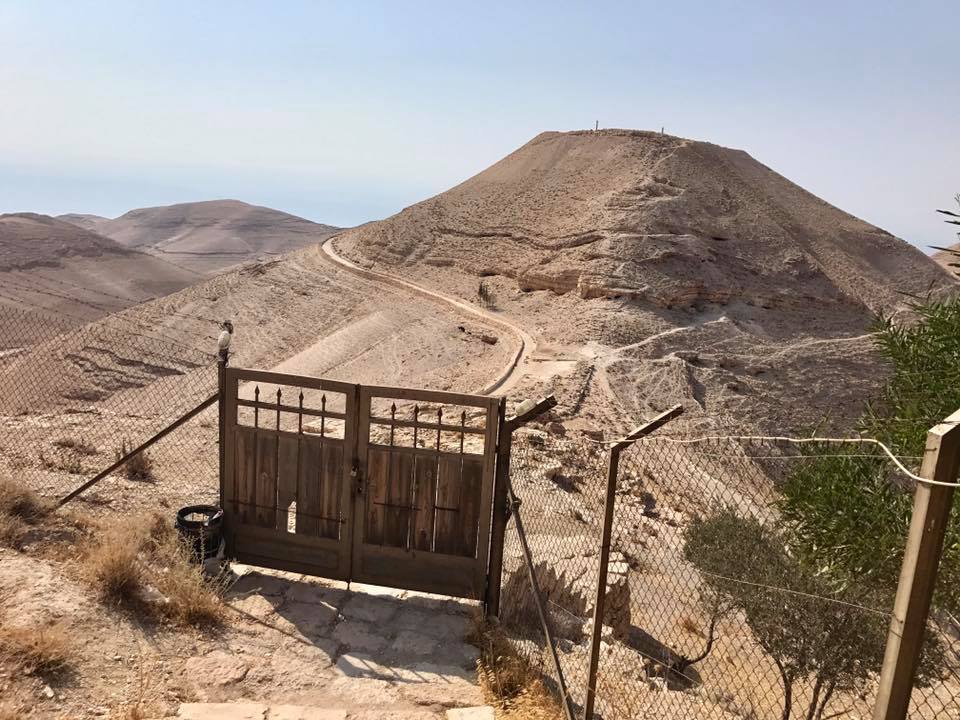
At the top, you see this:
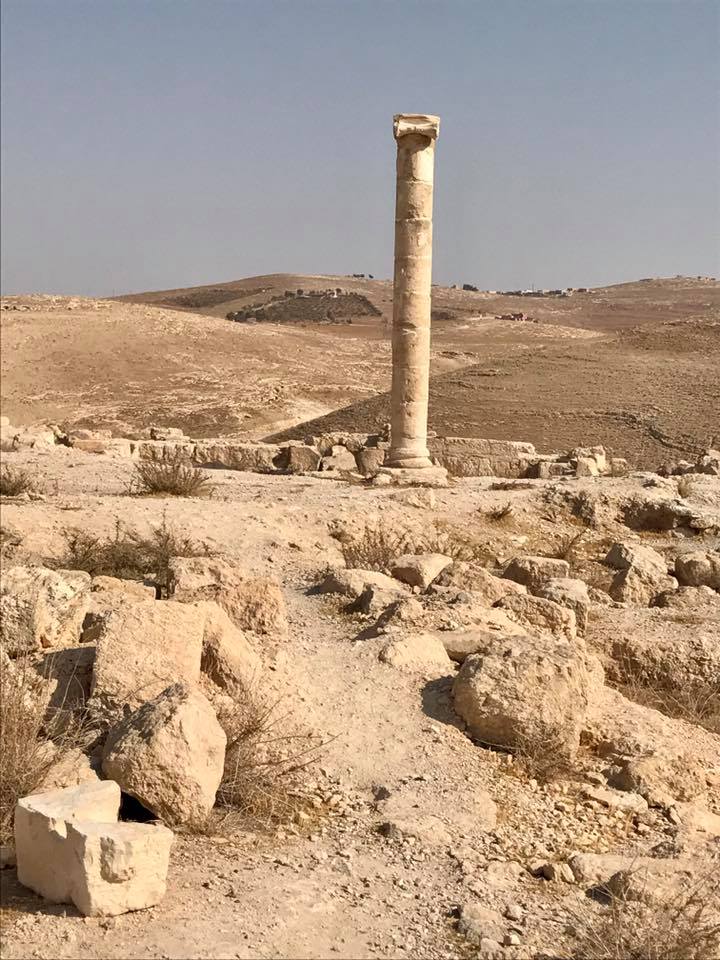
There are some pretty great views along the way, but, unless you are making a religious pilgrimage/tour or feel like doing some exercise, you can probably skip this site.
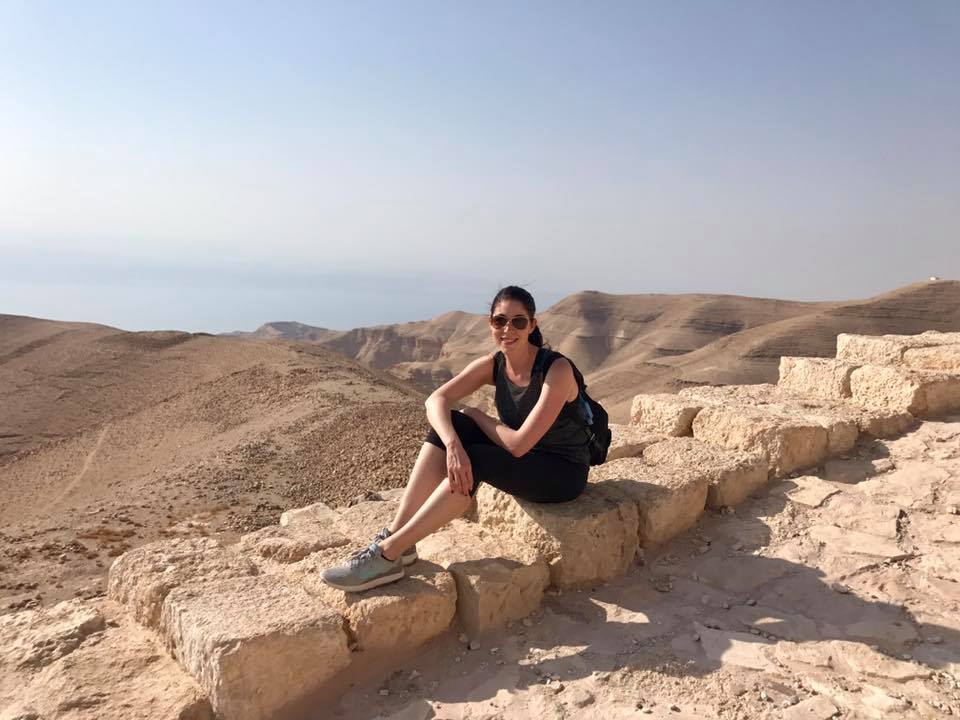
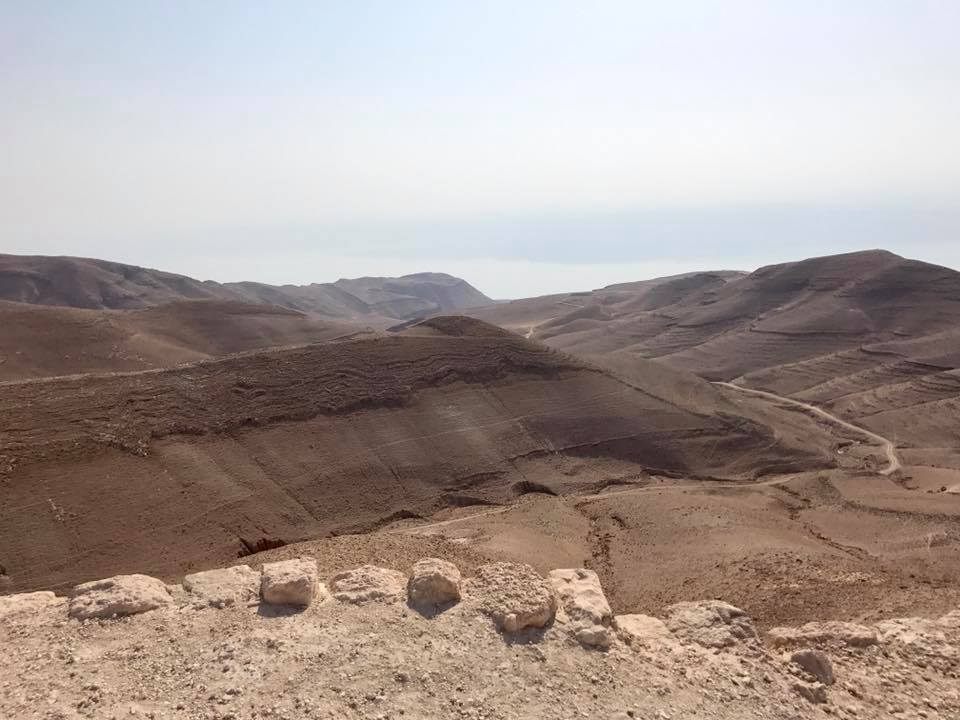
Kerak
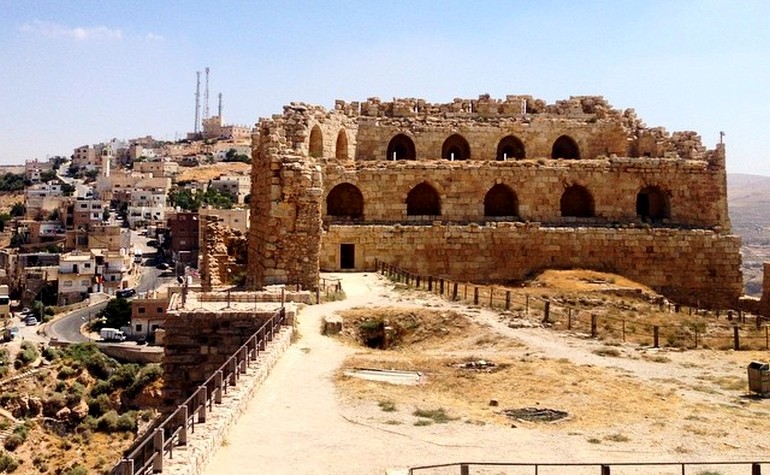
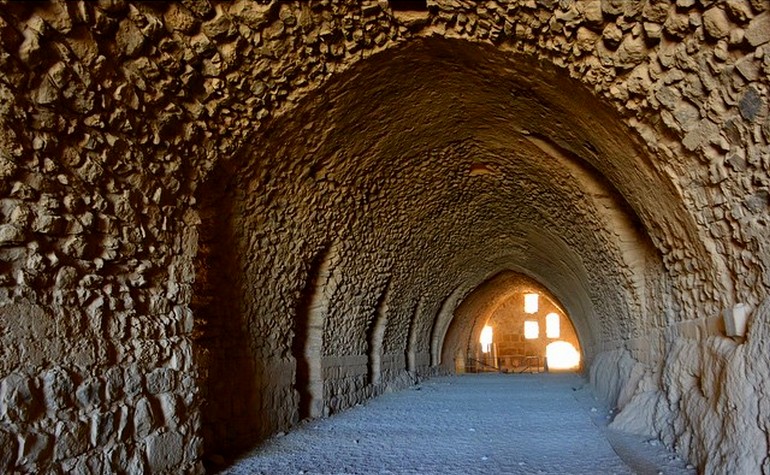
We were scheduled to visit Kerak Castle. But, due to a planned protest that blocked the roads and the entrance to the site, we could not. So, the shots above are courtesy of Mr. Google. But, if you have time, you should this castle. Kerak Castle is the largest crusader castle in Jordan. Kerak was the capital of the biblical kingdom of Moab.
Needless to say, it was an action packed two days, and we haven’t even gotten to the most popular sites yet! I hope I was able to give you a small taste of Amman. Please stop by to read the next four posts I have planned on Jordan, including one on Petra, one on Wadi Rum, one on the Dead Sea, and one on things you need to know before you go to Jordan. Leave me a comment, and let me know what you think.
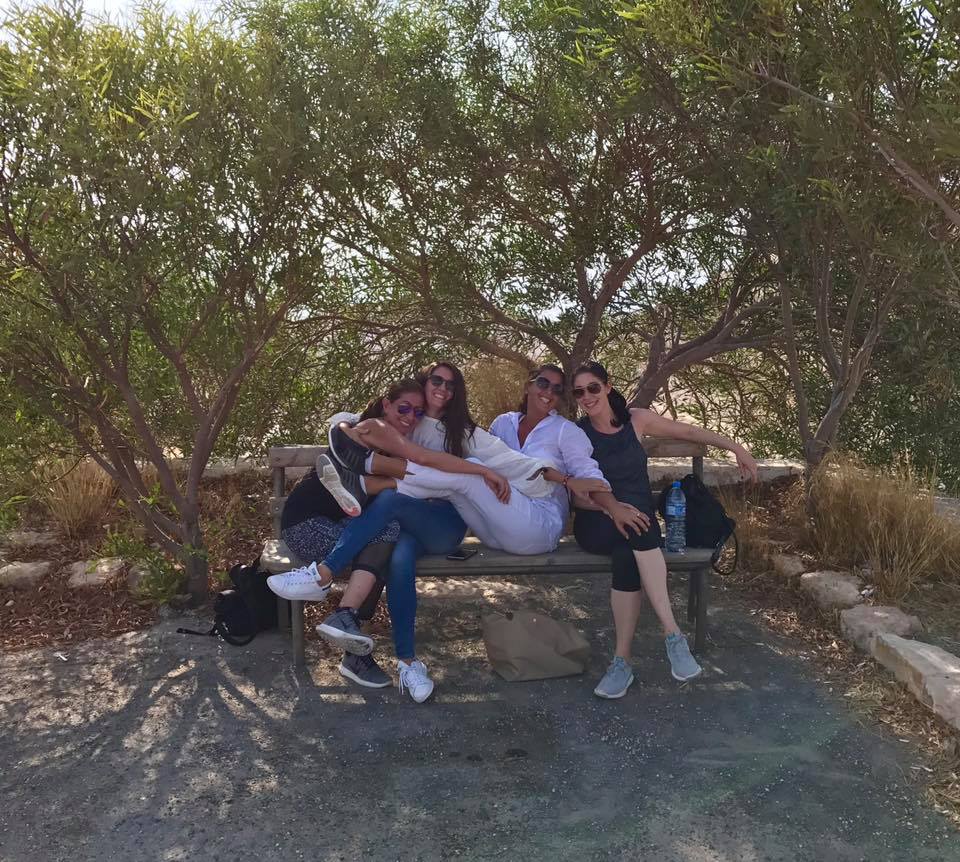
Also, in case you were wondering, we used Jordan Select Tours to plan this trip. They were fantastic, responsive, and affordable! The entire trip was privately guided by the best driver in Amman, Hytham! He was so patient and entertaining. Thanks for putting up with four crazy Greek-American girls for the week, Hytham!
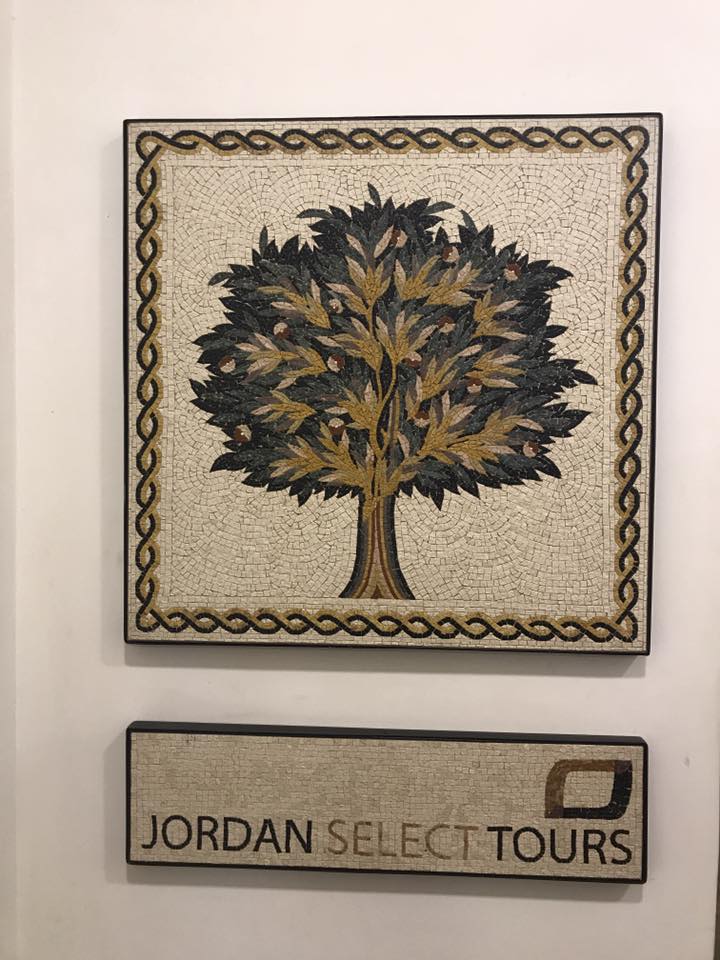
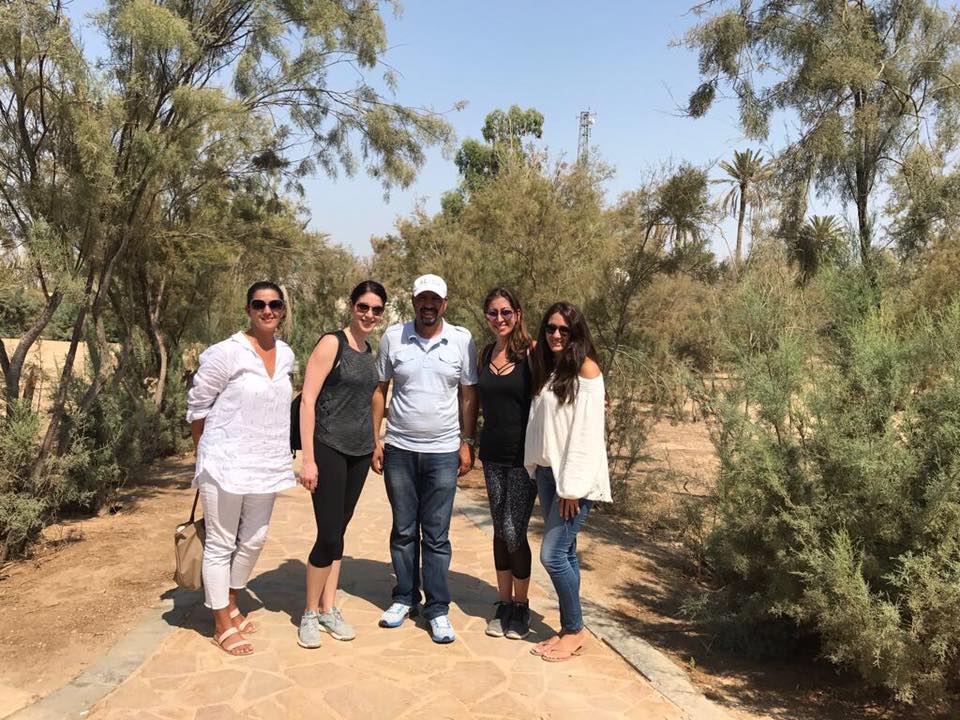
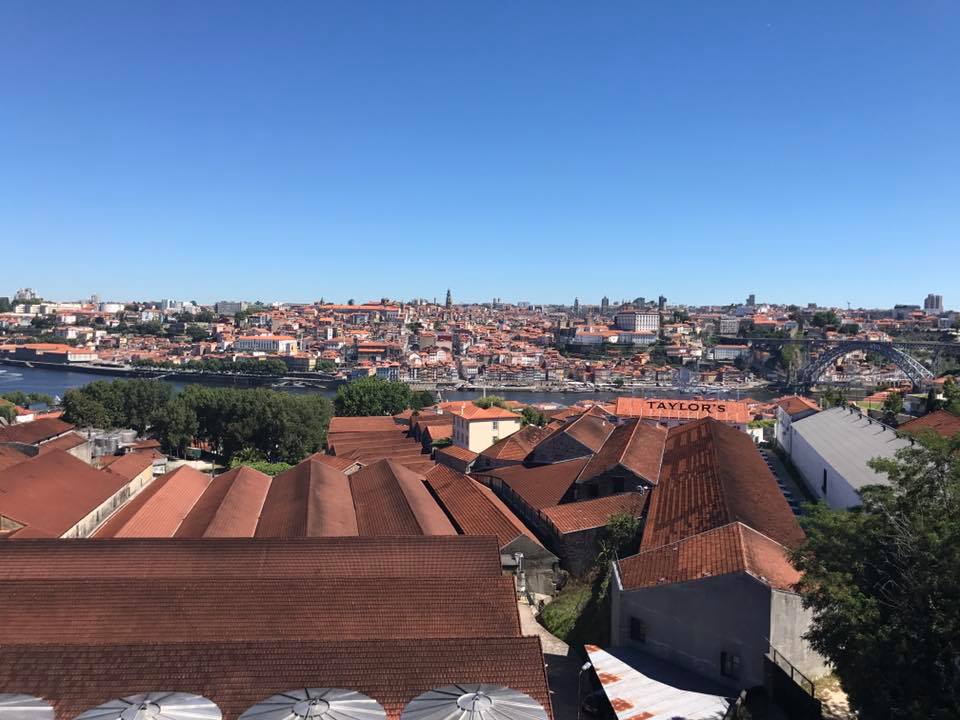 If you have a thing for tiles on the walls and on the floors, love Port wine, or are a foodie, then this is the place for you. Porto, or Oporto as the locals call it, is a modern city with iconic building facades and dynamic gastronomy.
If you have a thing for tiles on the walls and on the floors, love Port wine, or are a foodie, then this is the place for you. Porto, or Oporto as the locals call it, is a modern city with iconic building facades and dynamic gastronomy.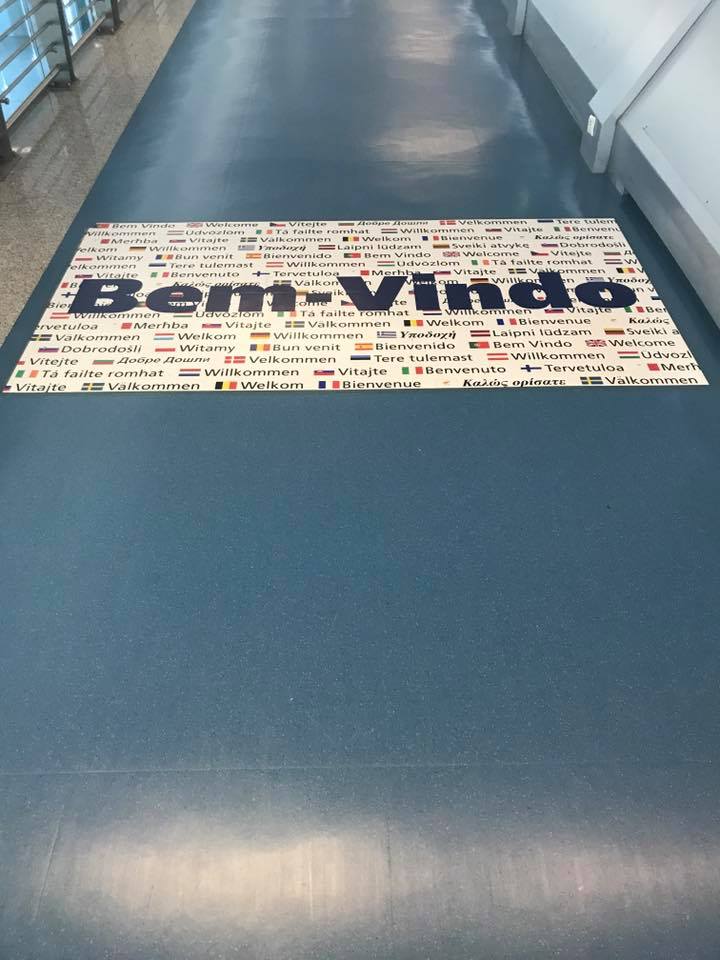
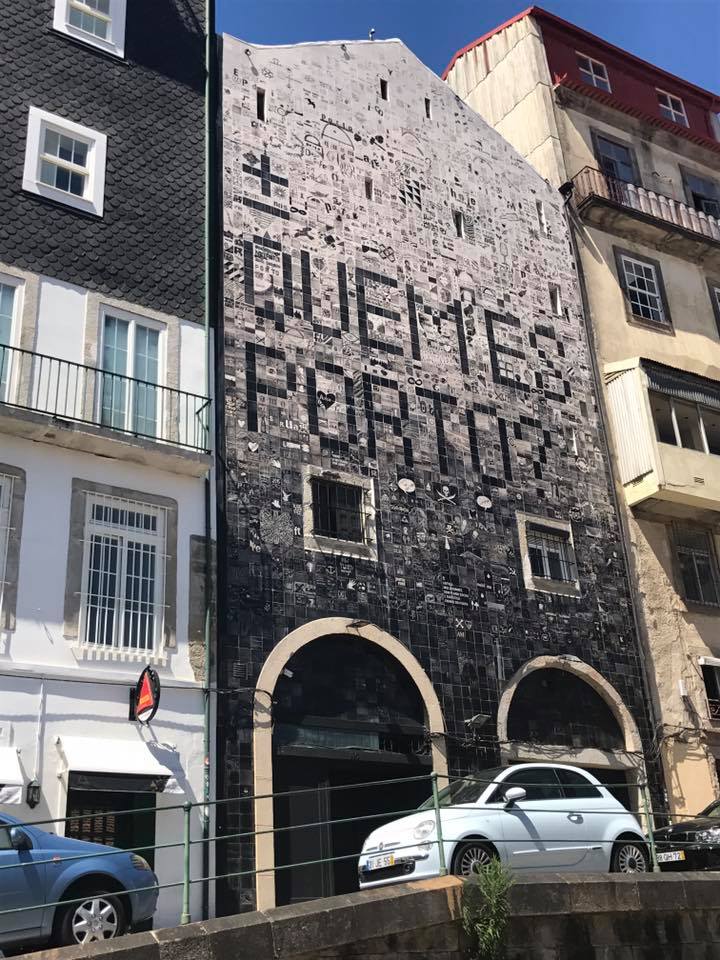
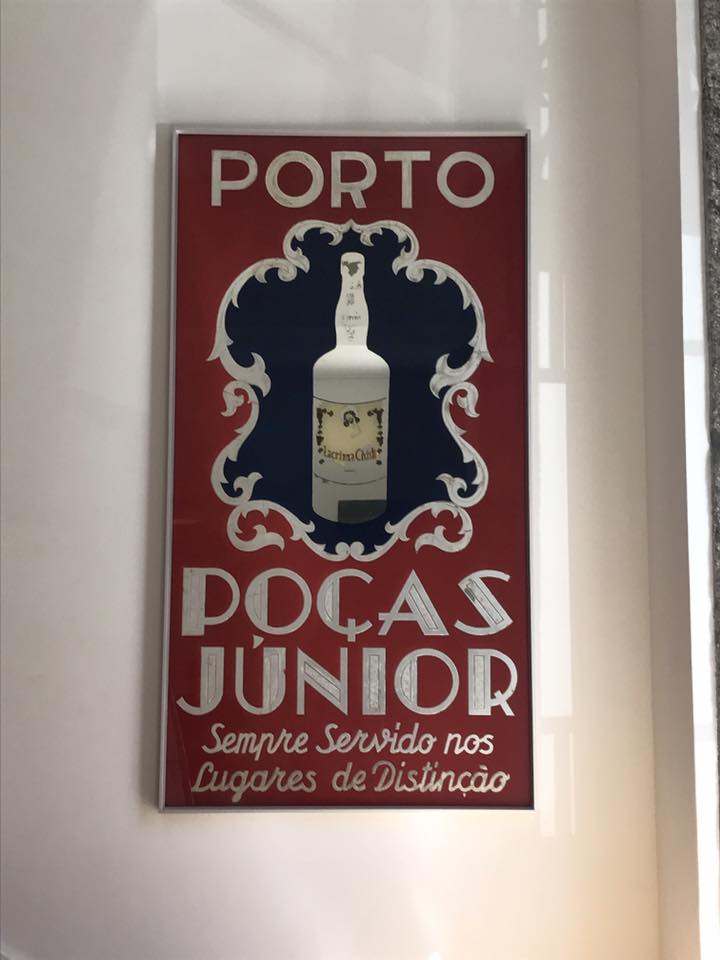
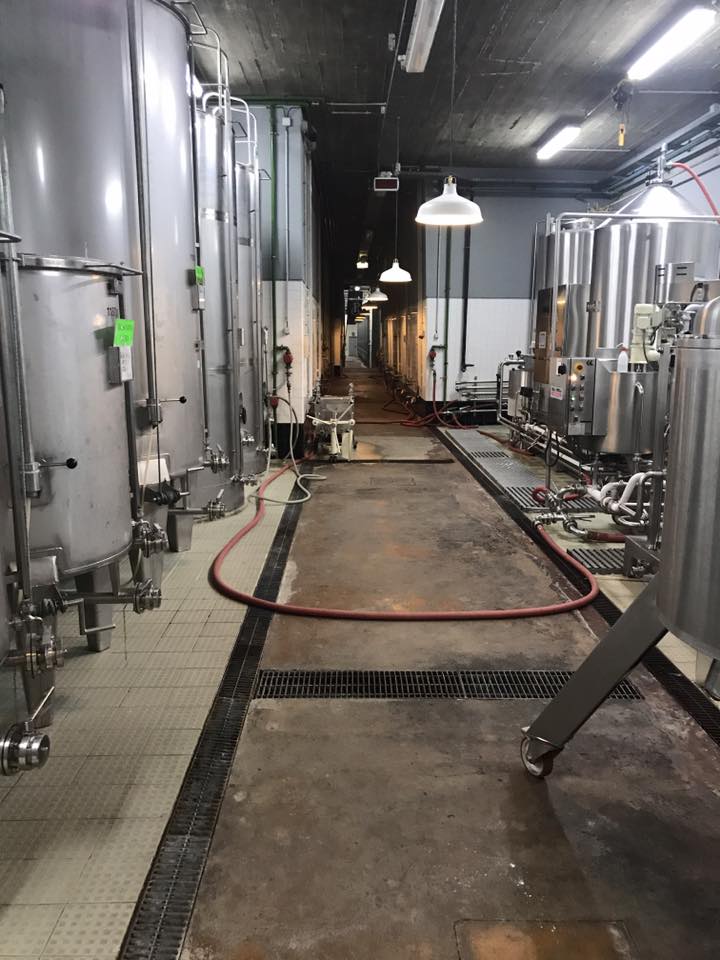 They still use the traditional method of cleaning their wine storage units, which means that someone who is small enough to fit in this hole, climbs in and cleans by hand. They have one dedicated employee for this task!
They still use the traditional method of cleaning their wine storage units, which means that someone who is small enough to fit in this hole, climbs in and cleans by hand. They have one dedicated employee for this task! 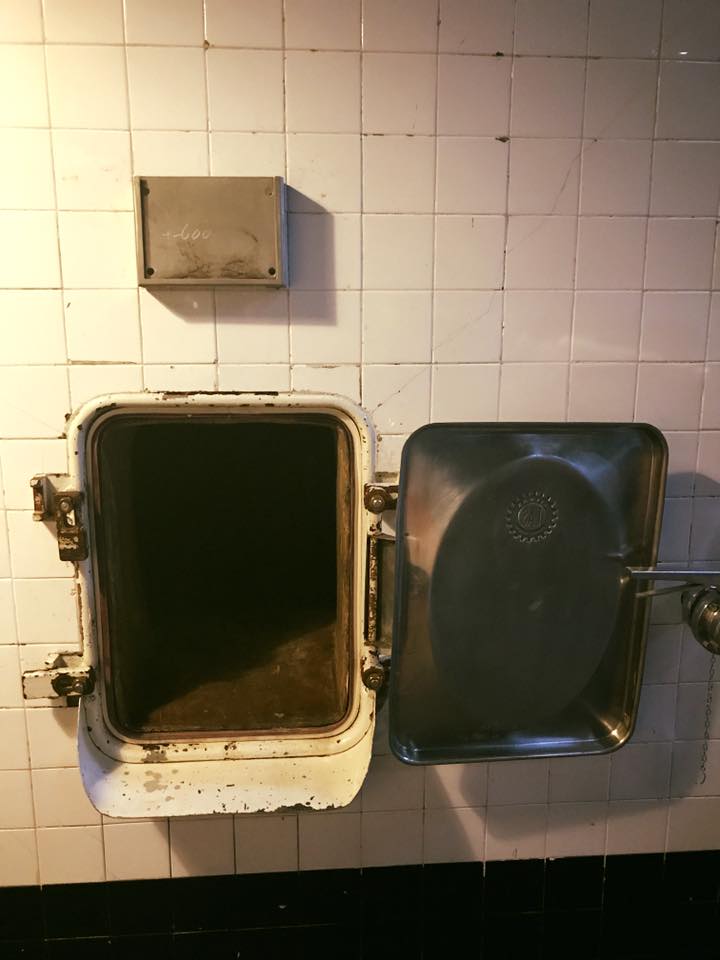 They also have one dedicated employee who hand-makes their wine barrels at this on-site workshop.
They also have one dedicated employee who hand-makes their wine barrels at this on-site workshop.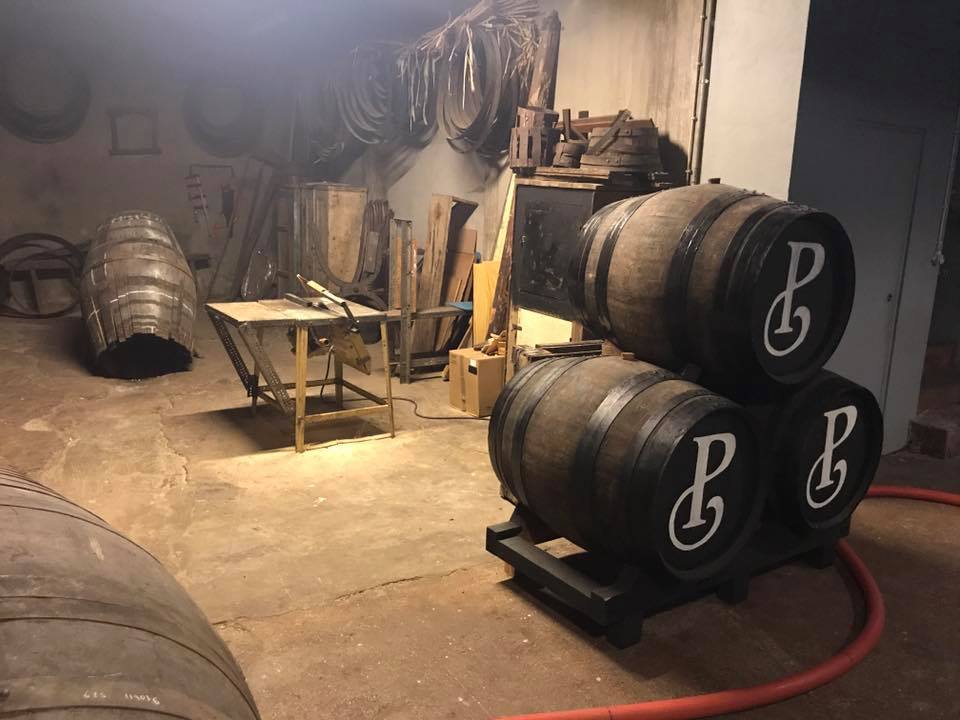
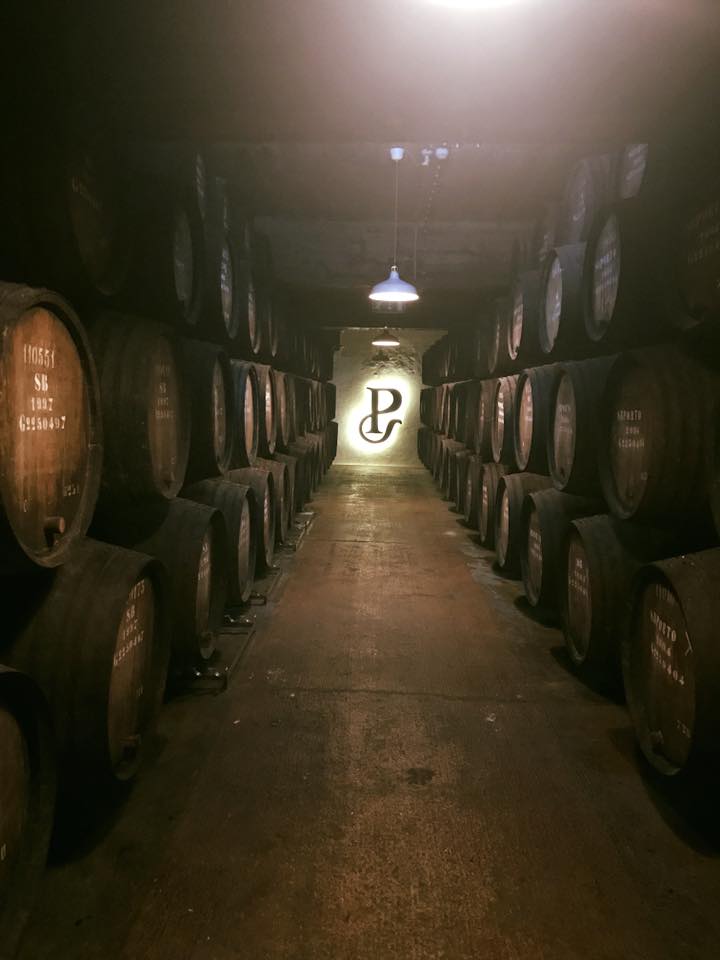
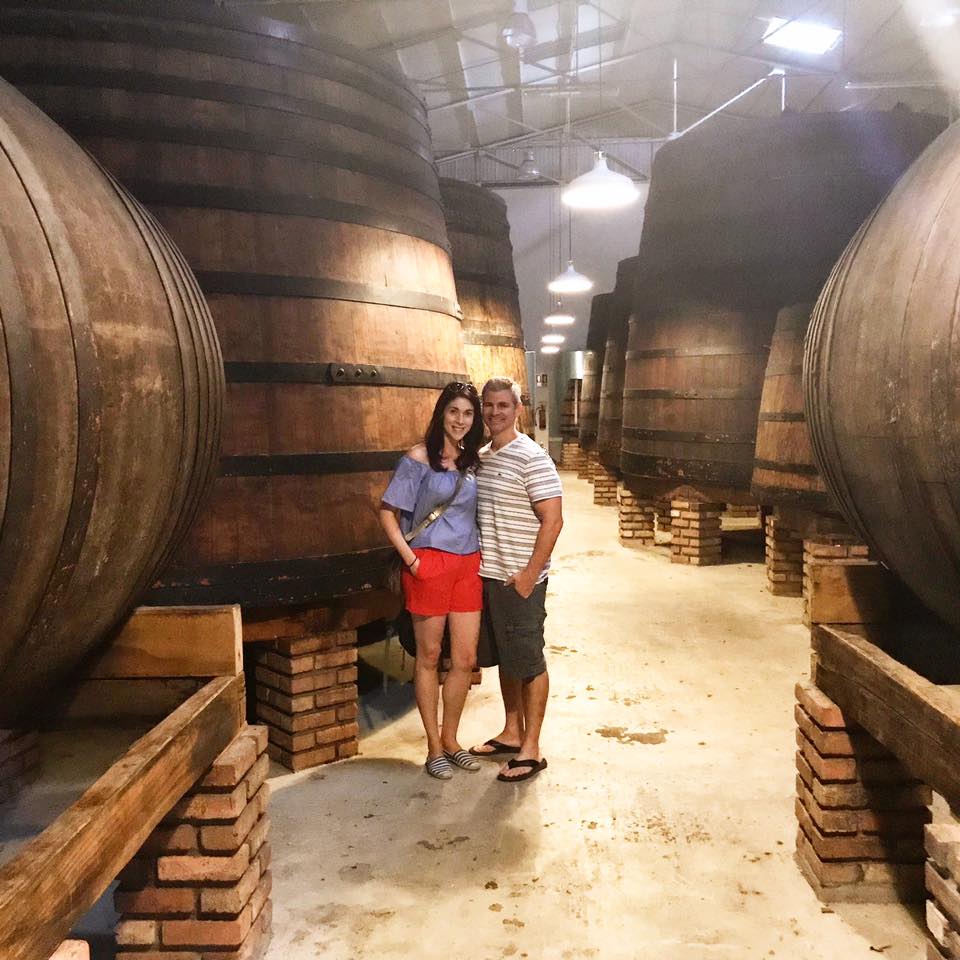 After tasting several varieties of port, including a port rose (there is such a thing and it is splendid!), we were in need of some food, so we headed back over the bridge to sink our teeth into a sandwich for which Porto is famous: the
After tasting several varieties of port, including a port rose (there is such a thing and it is splendid!), we were in need of some food, so we headed back over the bridge to sink our teeth into a sandwich for which Porto is famous: the 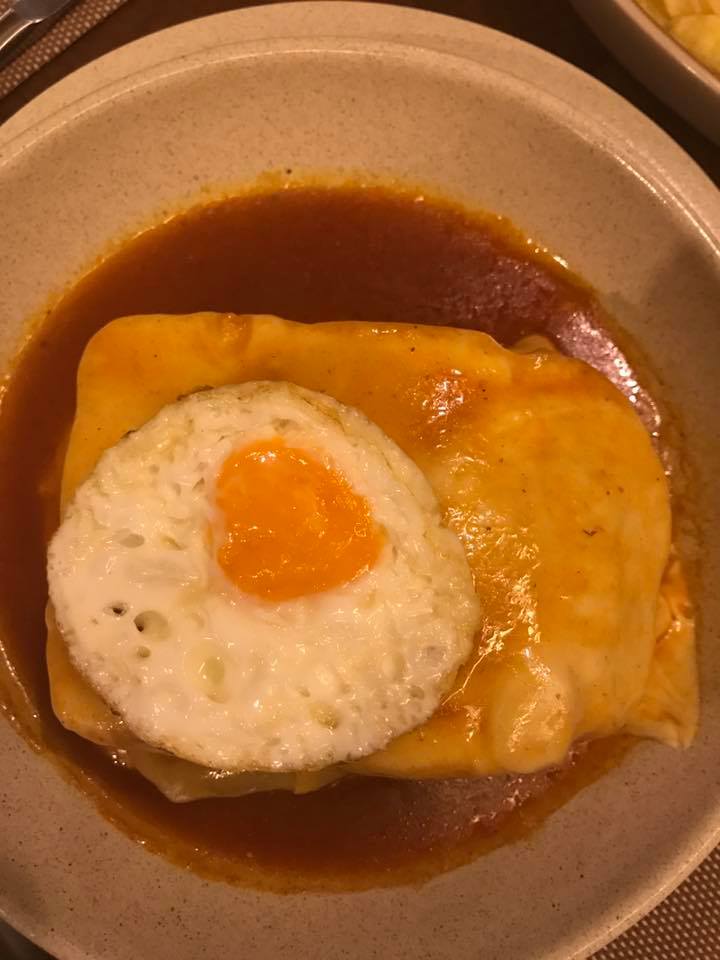
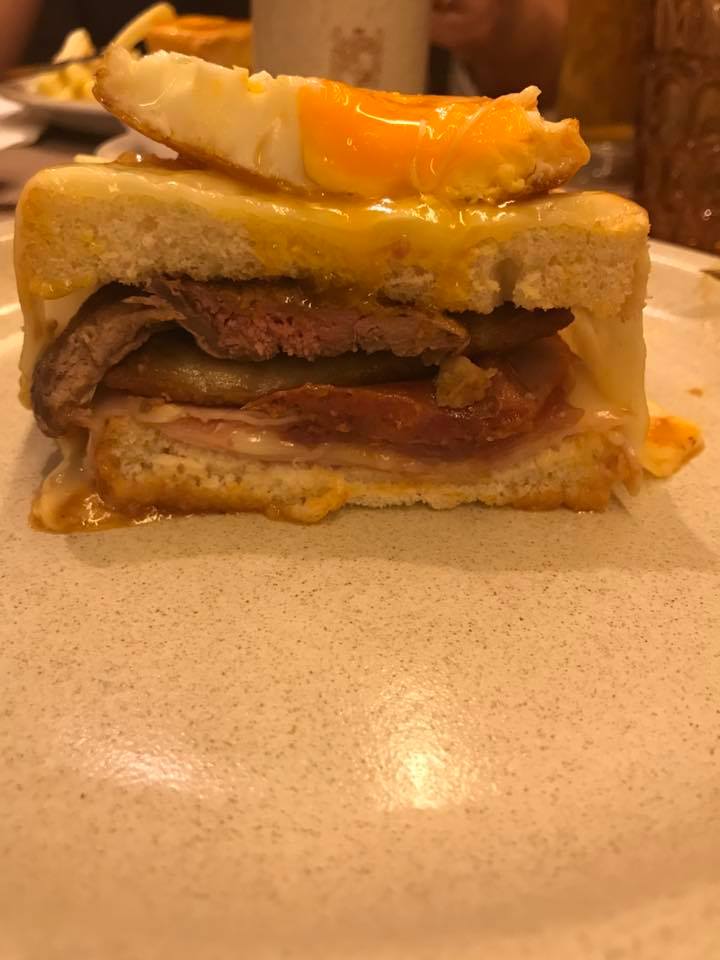
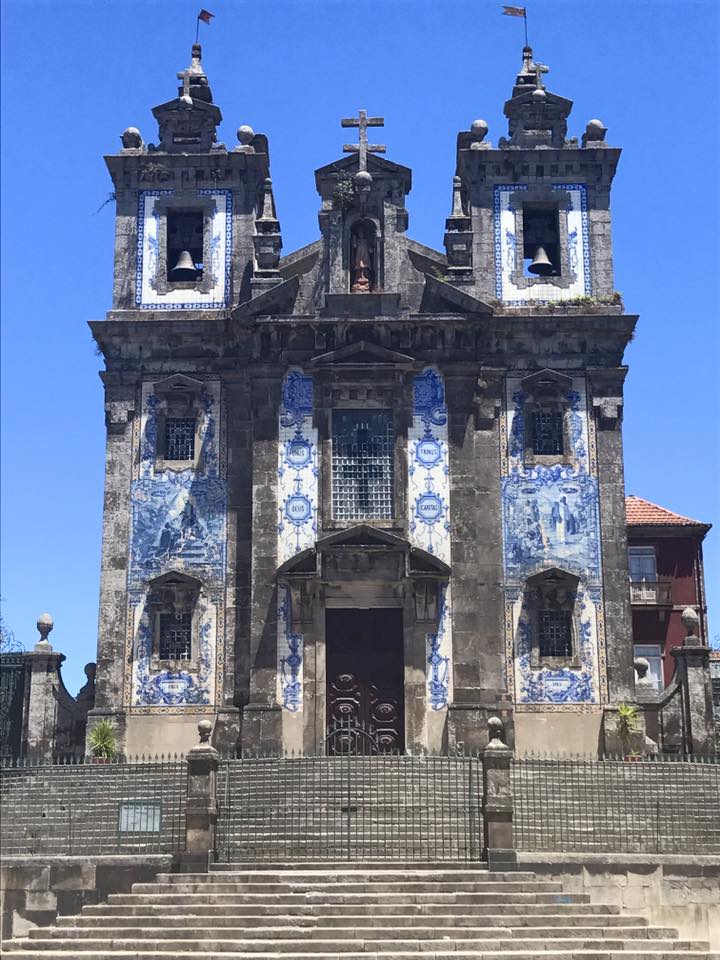
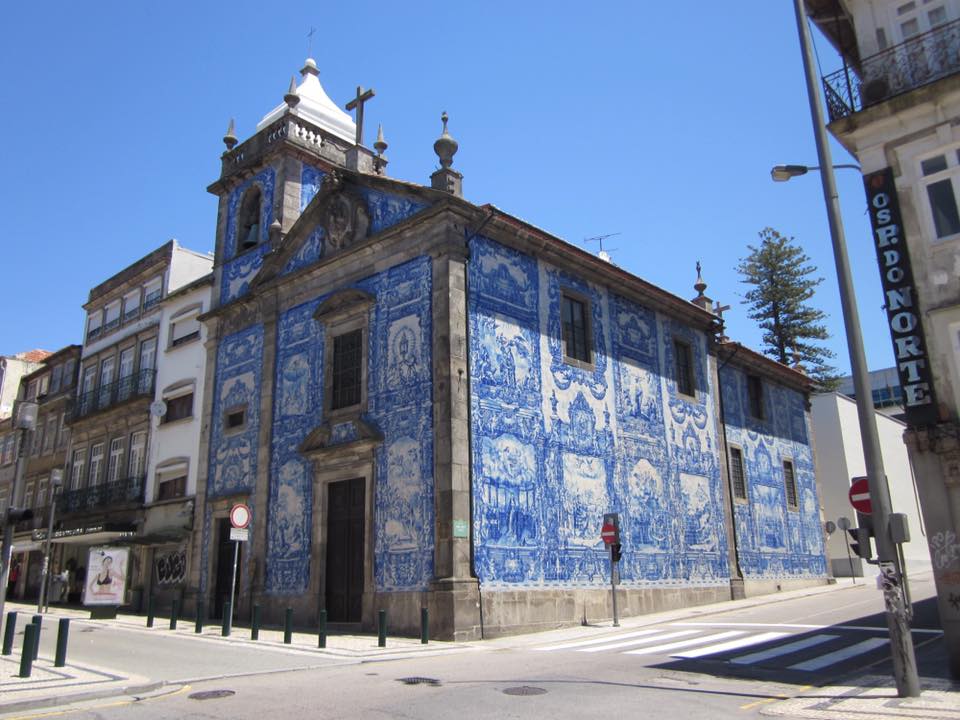
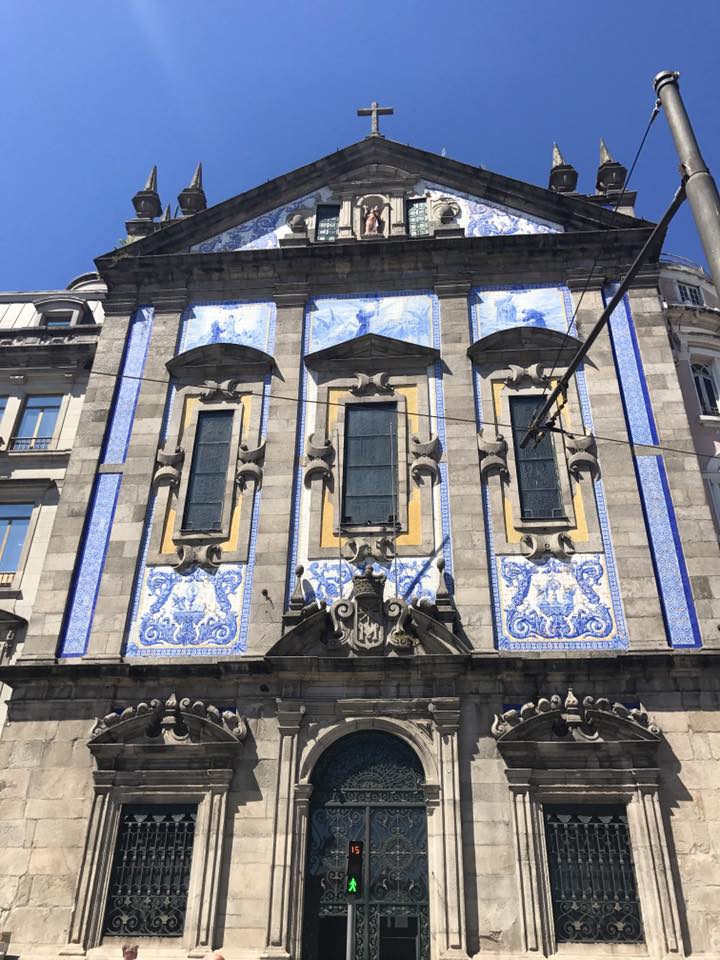
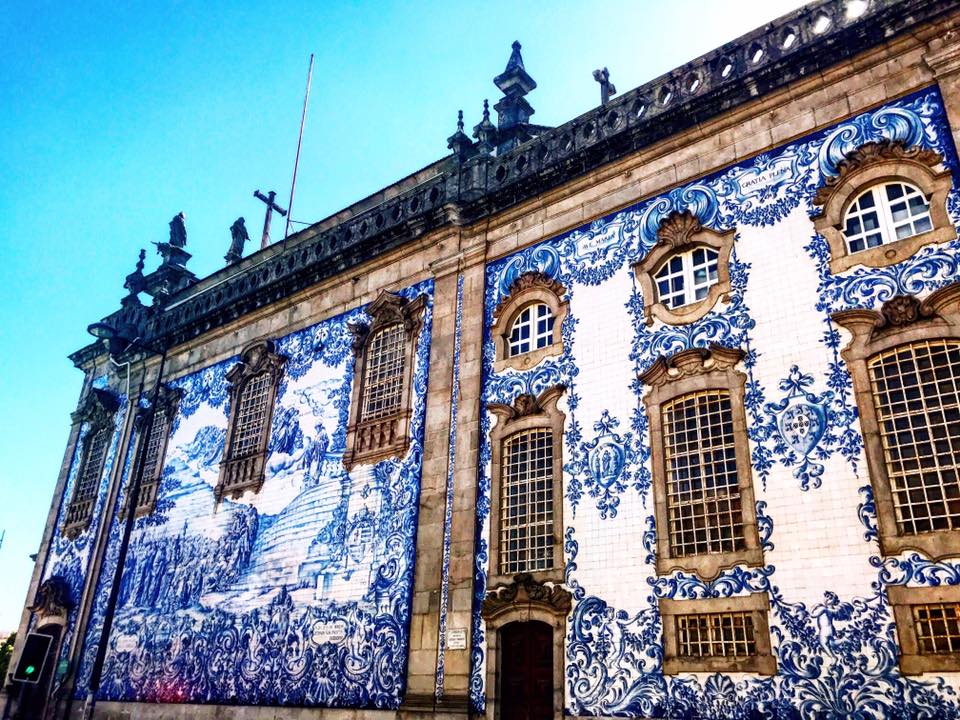
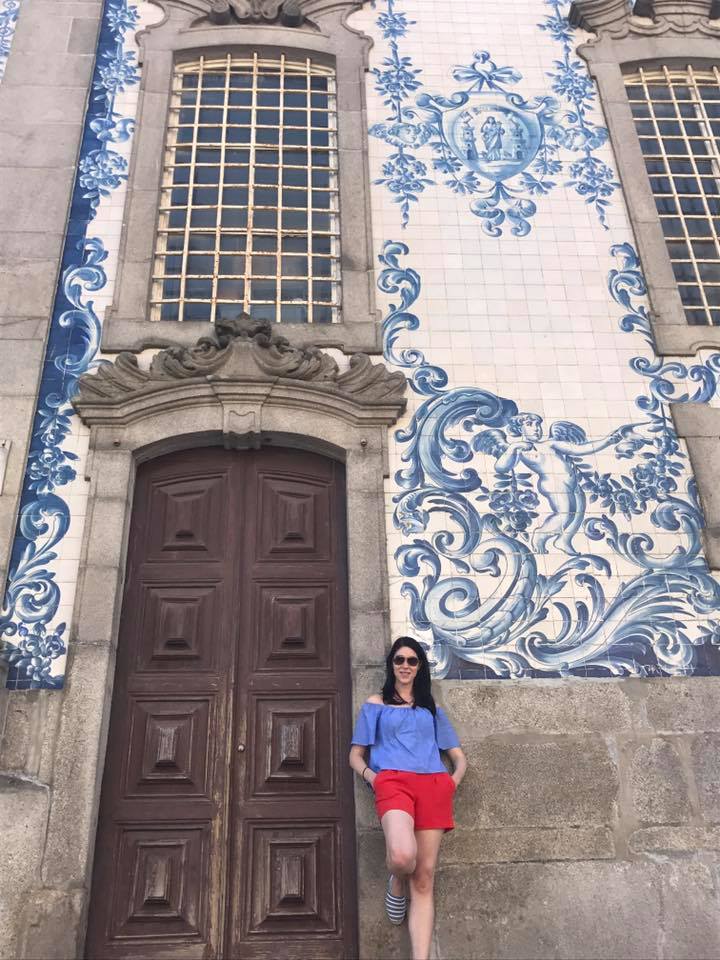
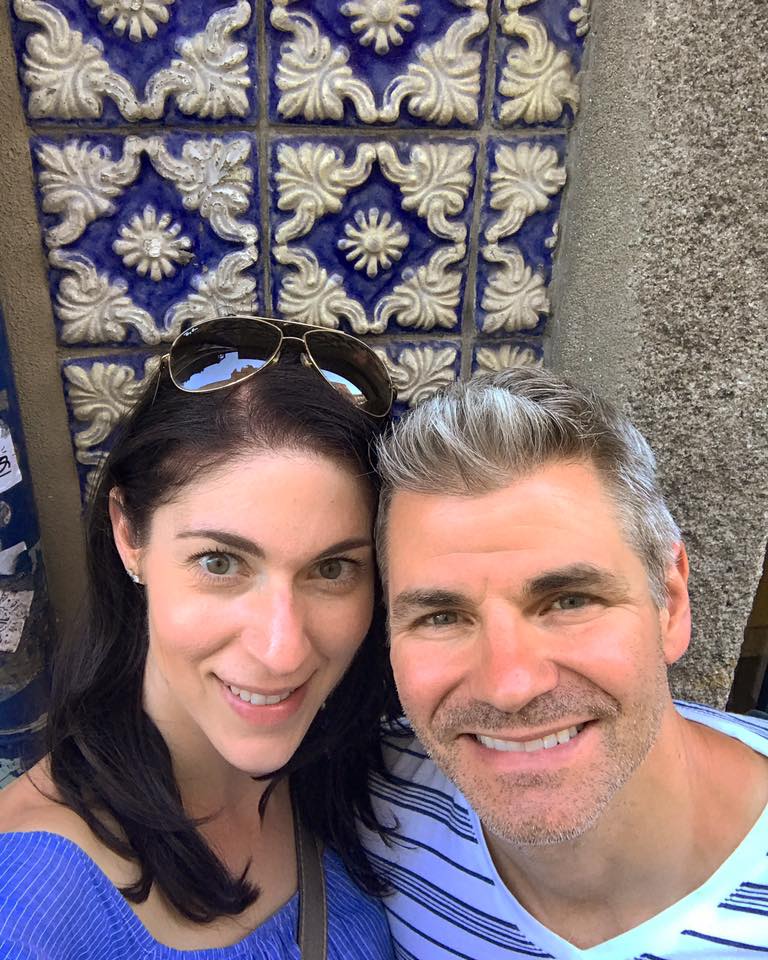
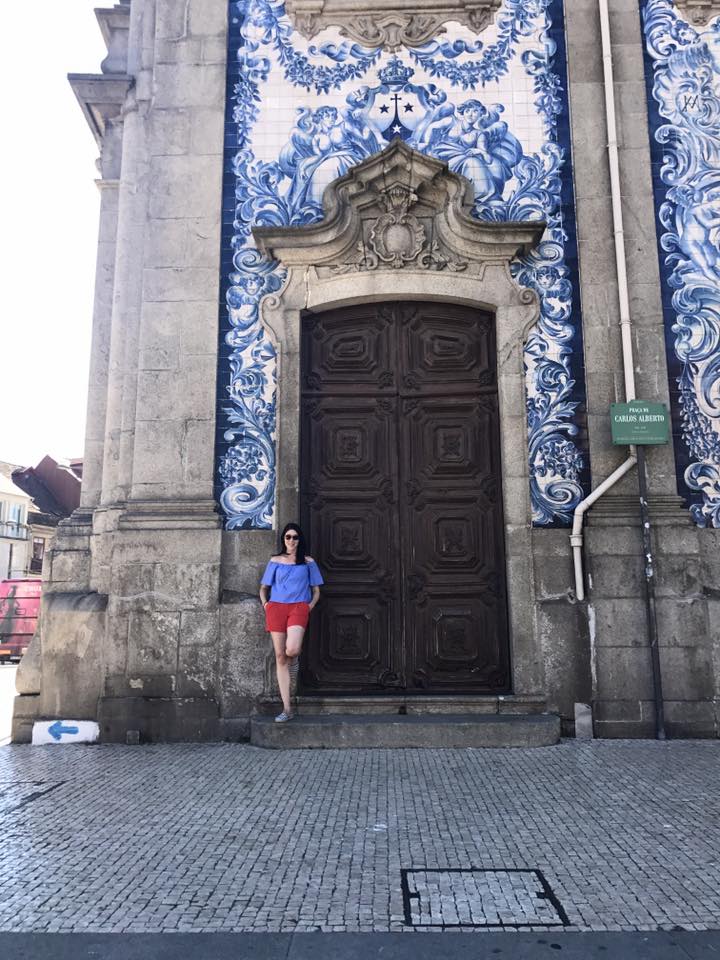
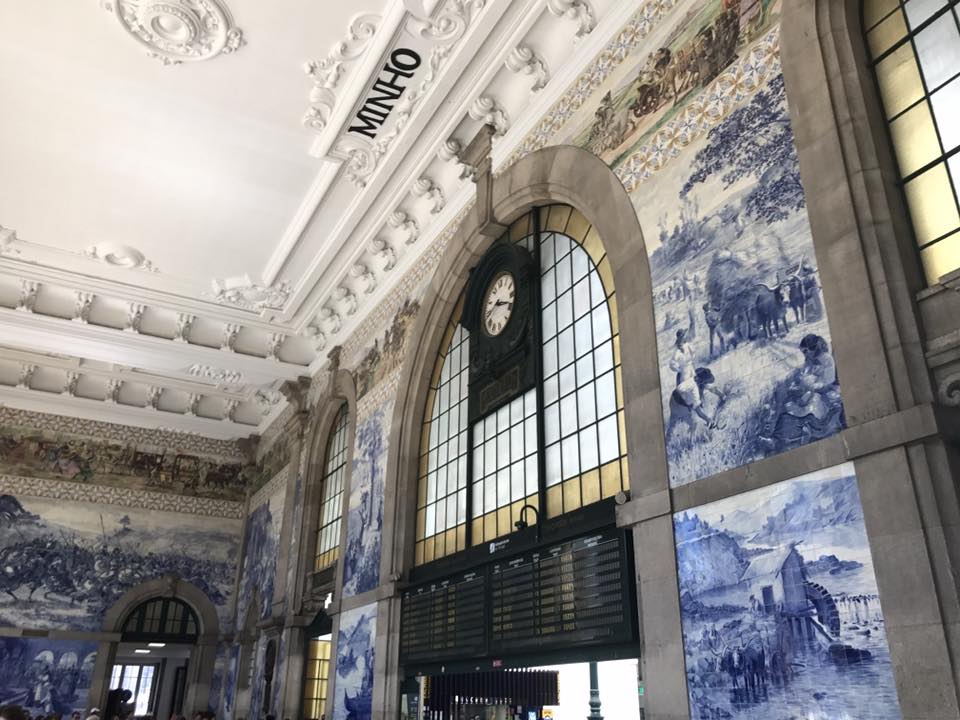 We even went to a tile museum, kind of. This place is a government owned and operated tile cooperative. While it does display all of Porto’s traditional tiles, it also supplies tile. So, if you have building that has traditional tile, and you are missing a few pieces, you come in, they verify that you are legit (as in you own the building and you are restoring it), and then they just give you the tile. As in, for free. They will also take tile if you are remodeling and getting rid of the tile (why you would ever do that is beyond me). They will not, however, sell you tile (trust me, I tried).
We even went to a tile museum, kind of. This place is a government owned and operated tile cooperative. While it does display all of Porto’s traditional tiles, it also supplies tile. So, if you have building that has traditional tile, and you are missing a few pieces, you come in, they verify that you are legit (as in you own the building and you are restoring it), and then they just give you the tile. As in, for free. They will also take tile if you are remodeling and getting rid of the tile (why you would ever do that is beyond me). They will not, however, sell you tile (trust me, I tried).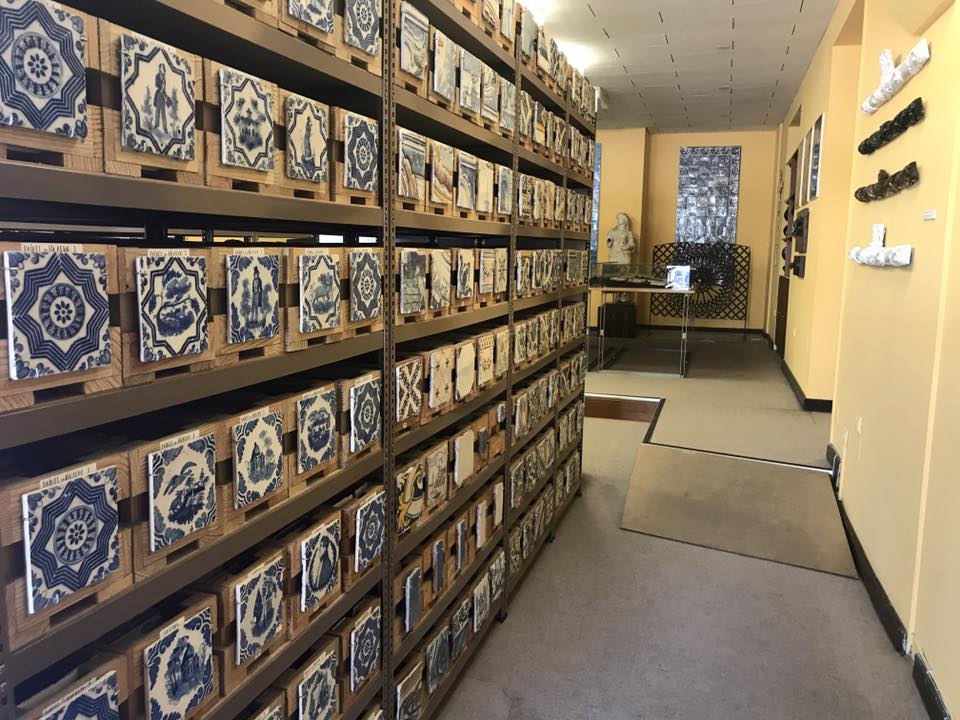
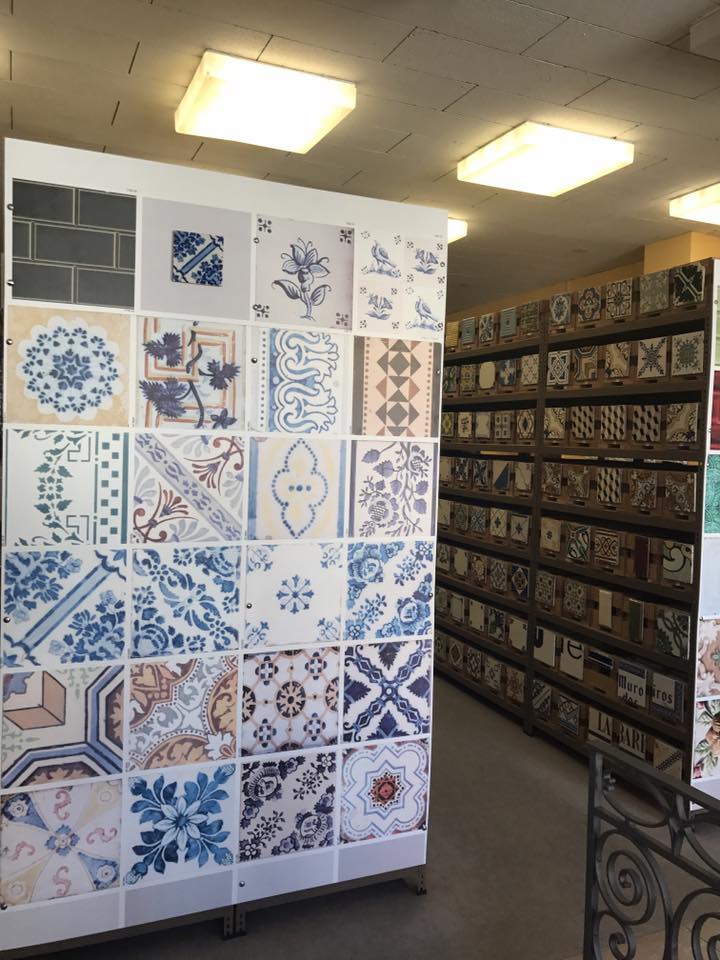
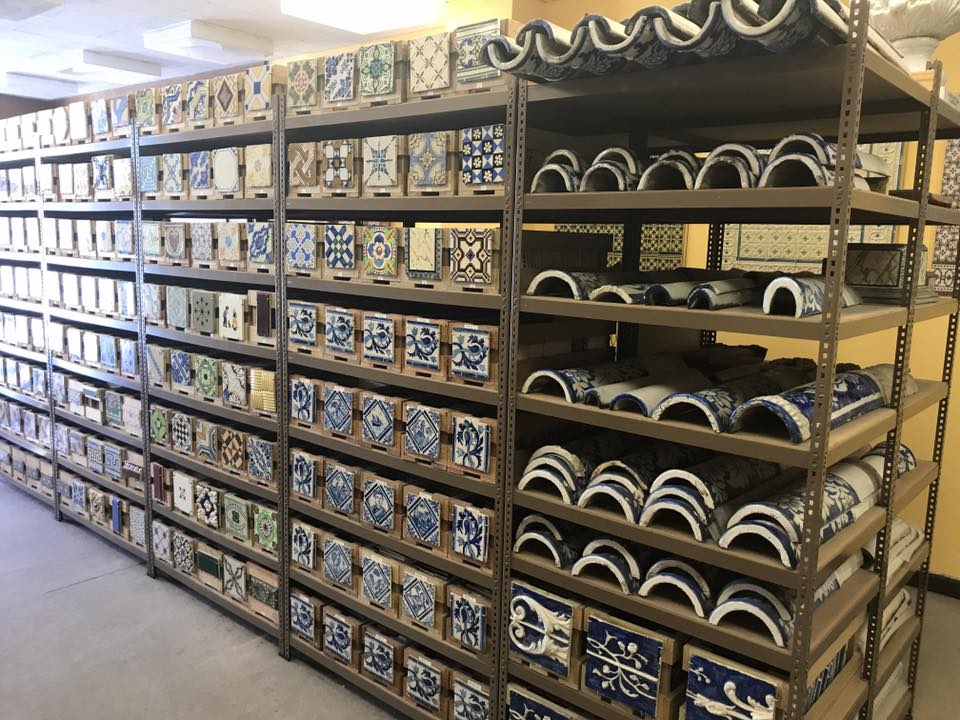 We also visited some of Porto’s most famous food shops. These are legit shops that sell traditional Portuguese products. The most famous among them is
We also visited some of Porto’s most famous food shops. These are legit shops that sell traditional Portuguese products. The most famous among them is 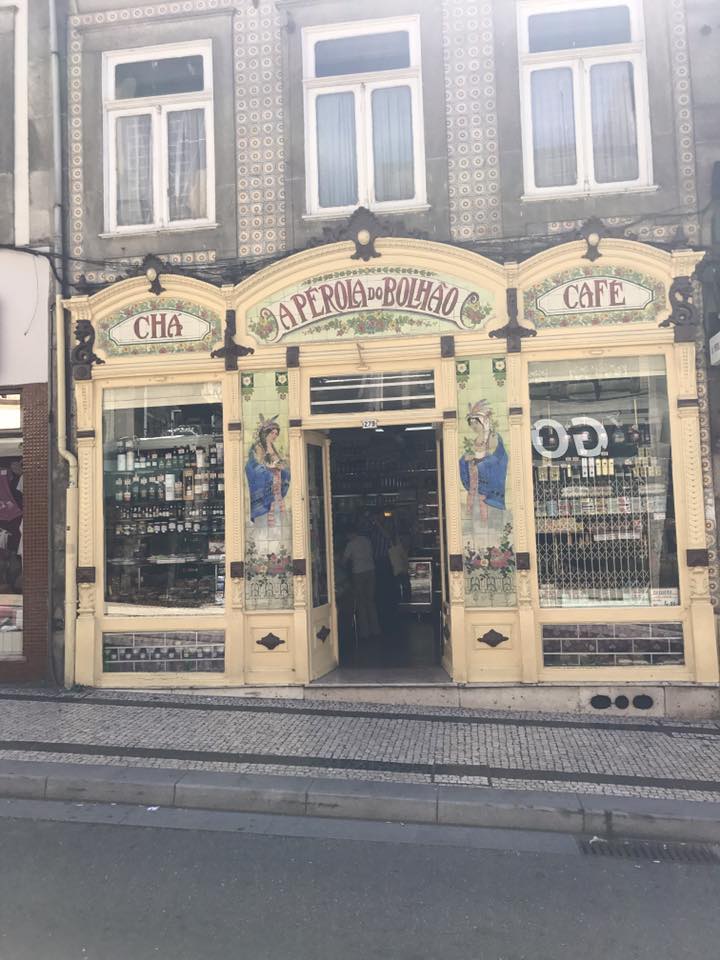
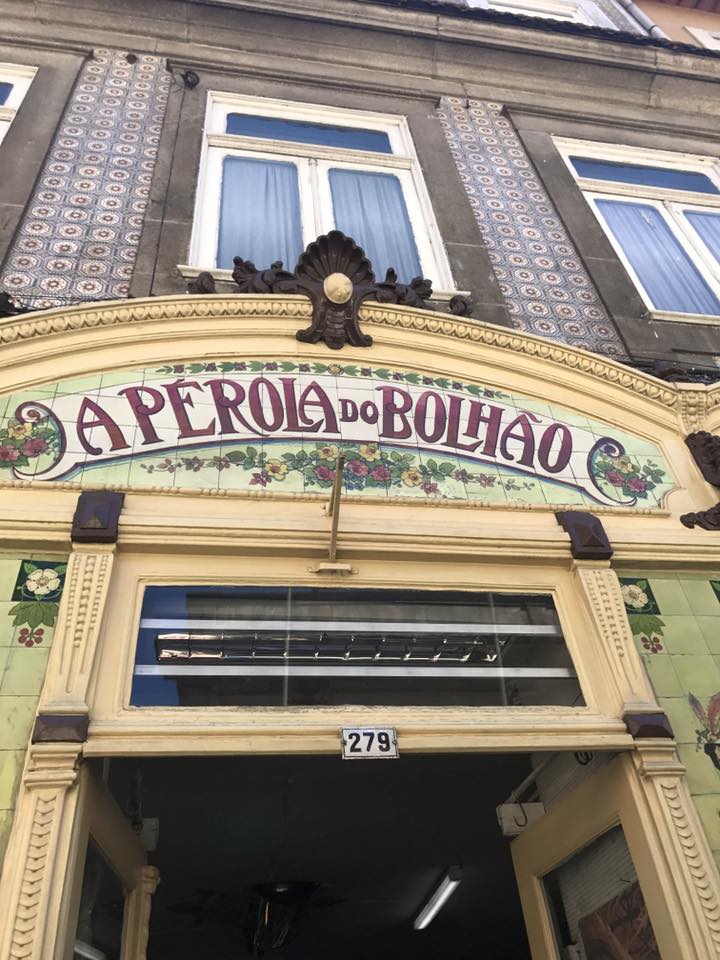
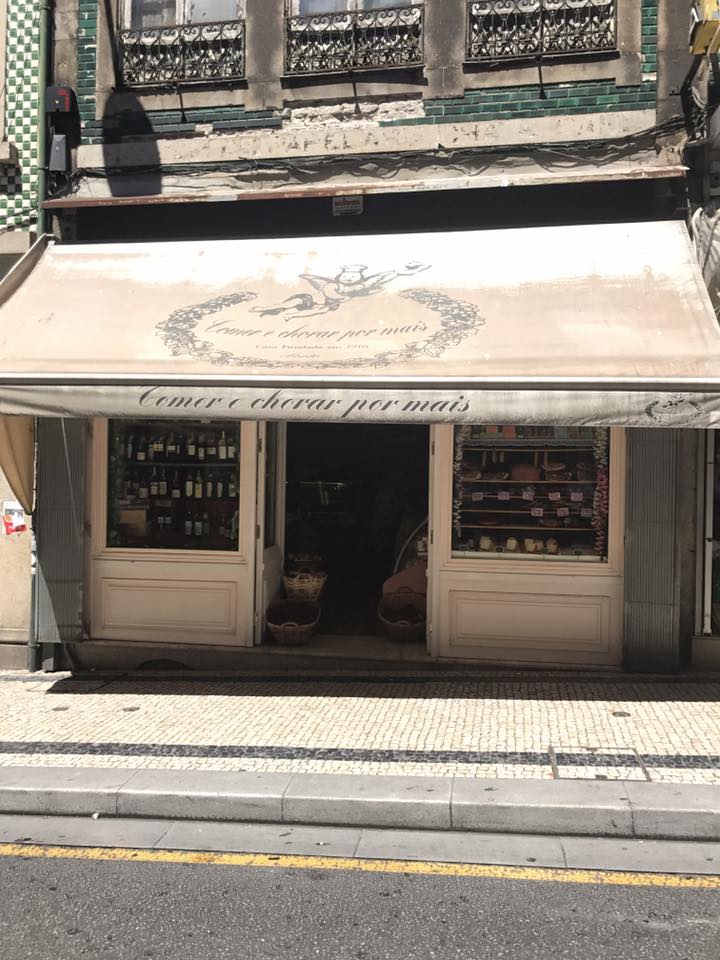


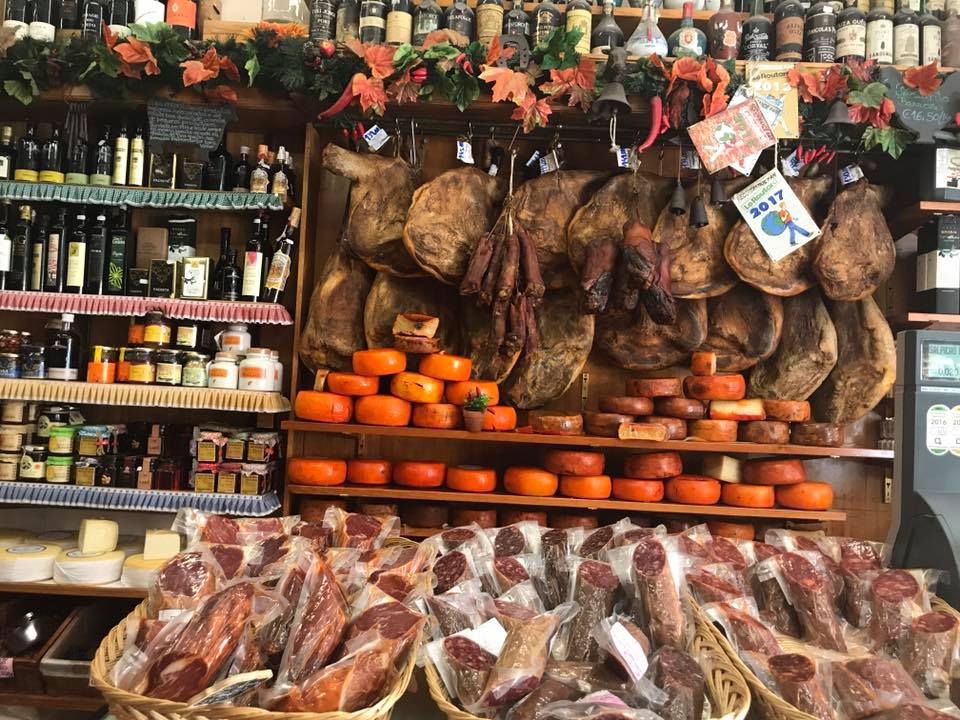
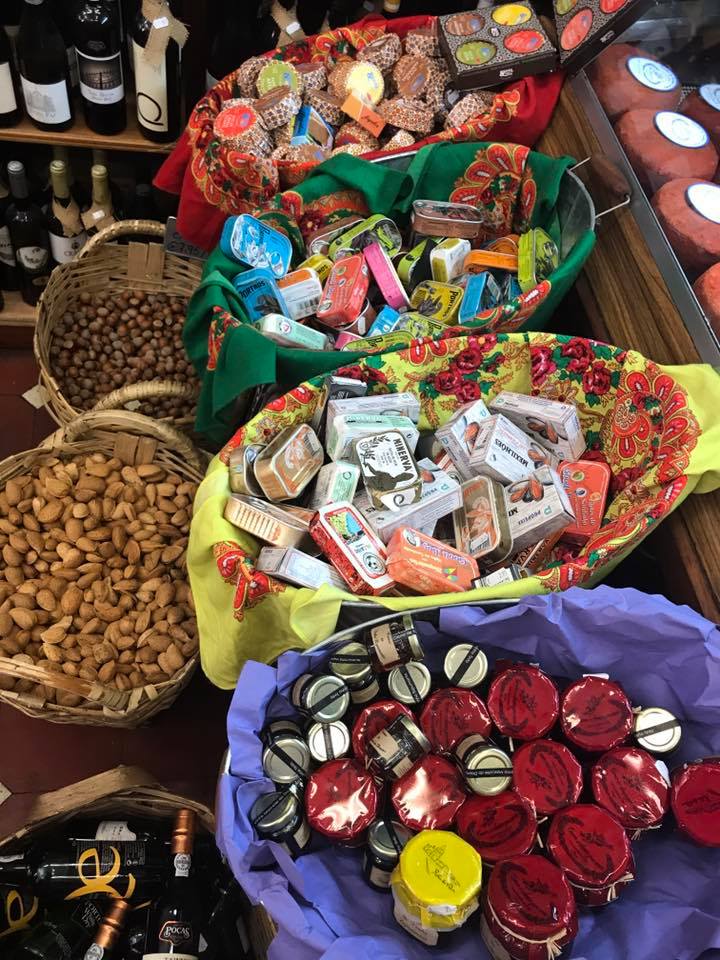
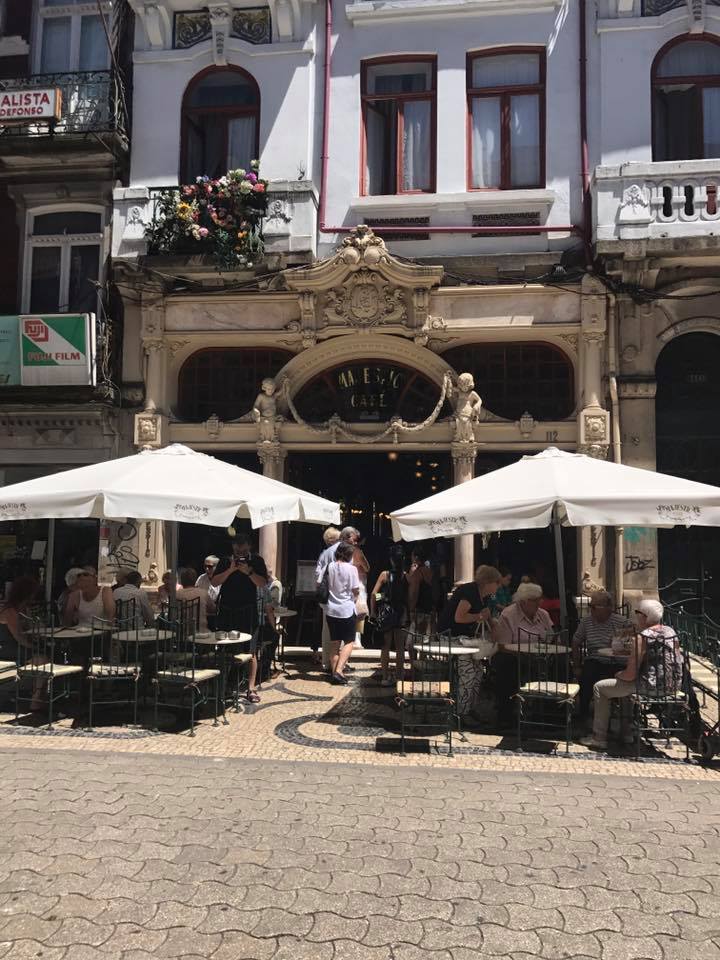
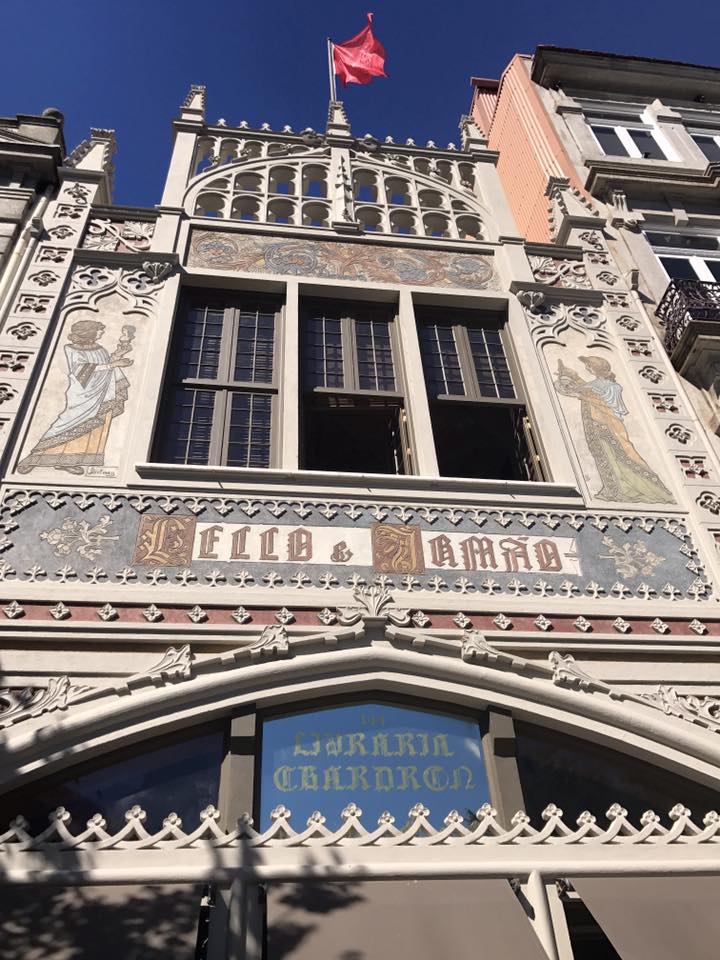
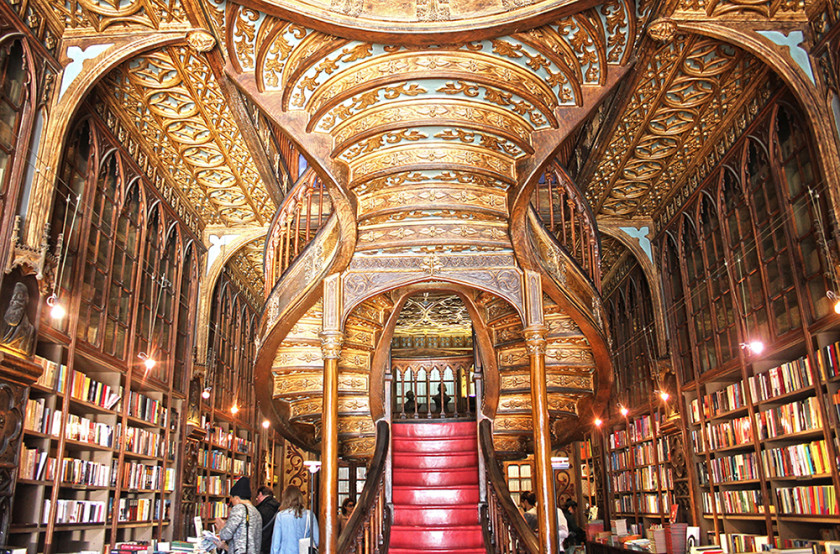
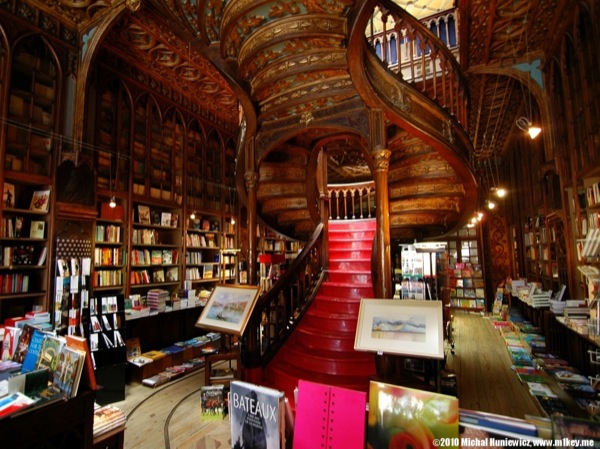
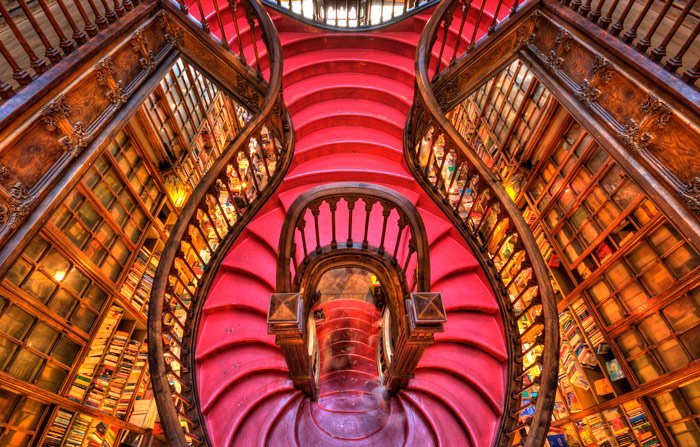
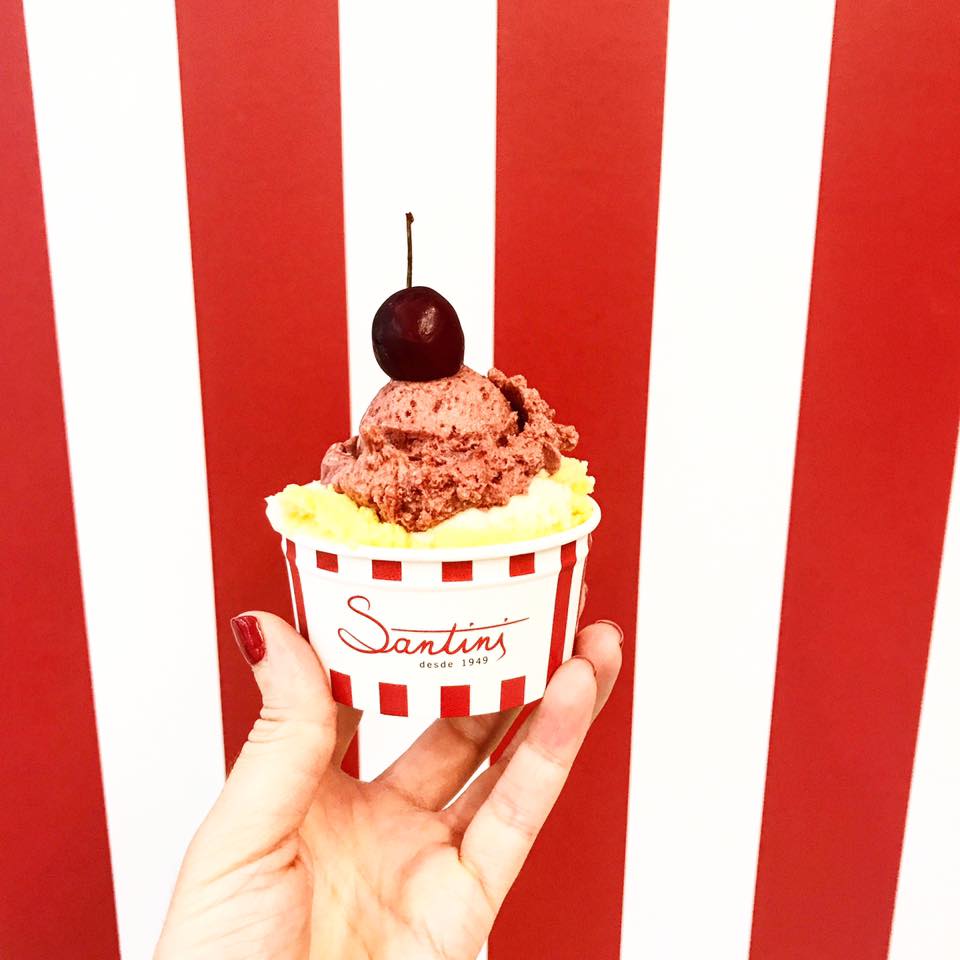 Alas, our day in Porto was coming to an end. We headed back to the airport with full bellies and achy feet; but it was worth every minute (and every calorie)!
Alas, our day in Porto was coming to an end. We headed back to the airport with full bellies and achy feet; but it was worth every minute (and every calorie)!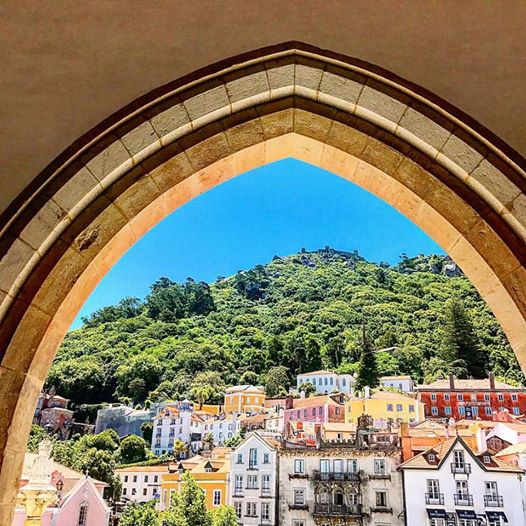
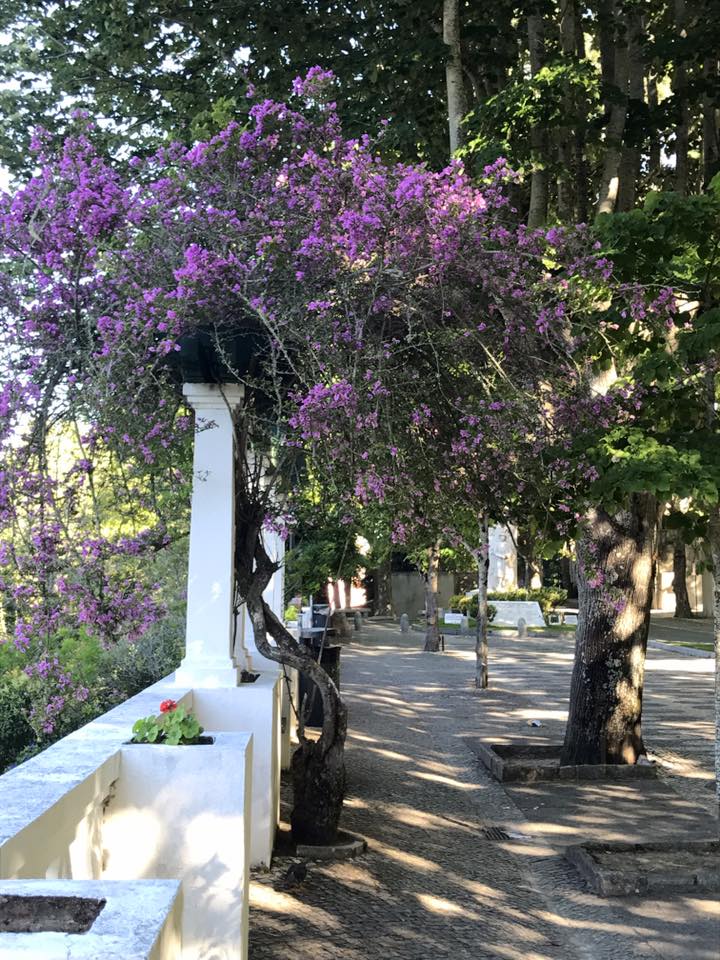
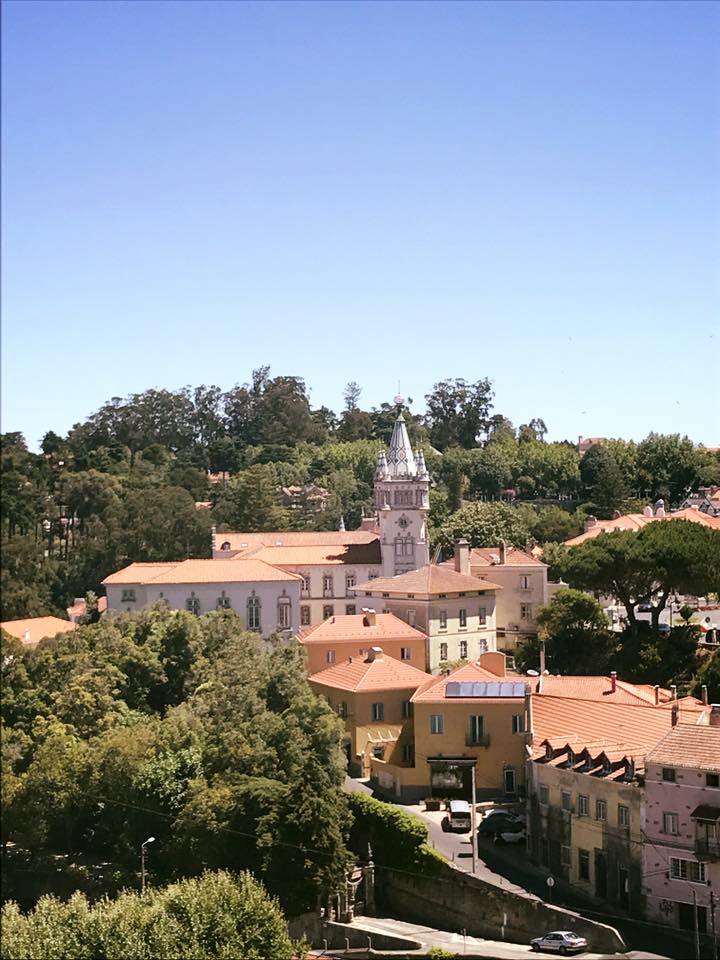
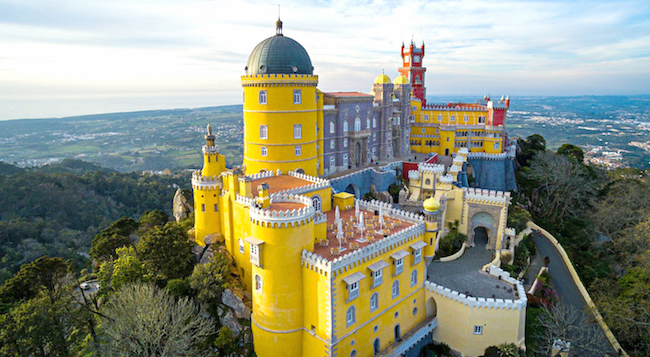
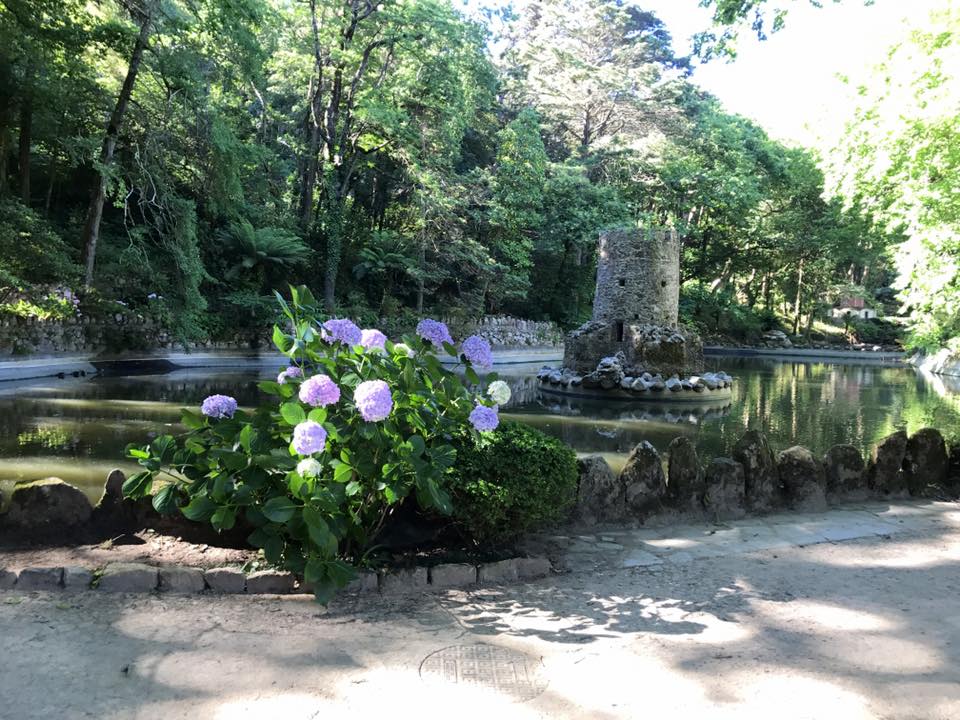
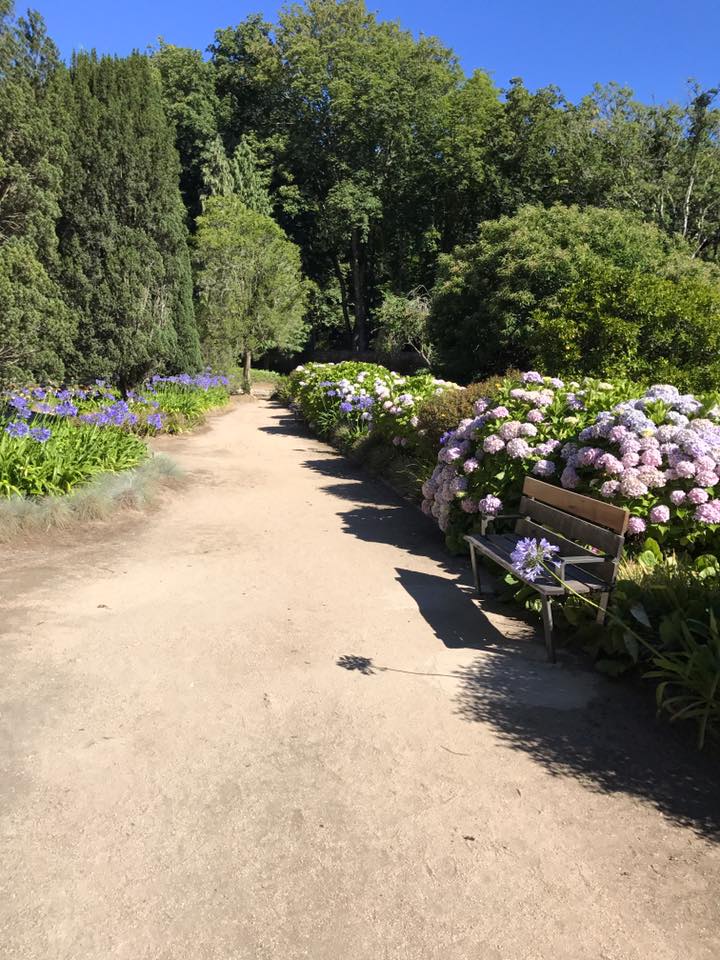
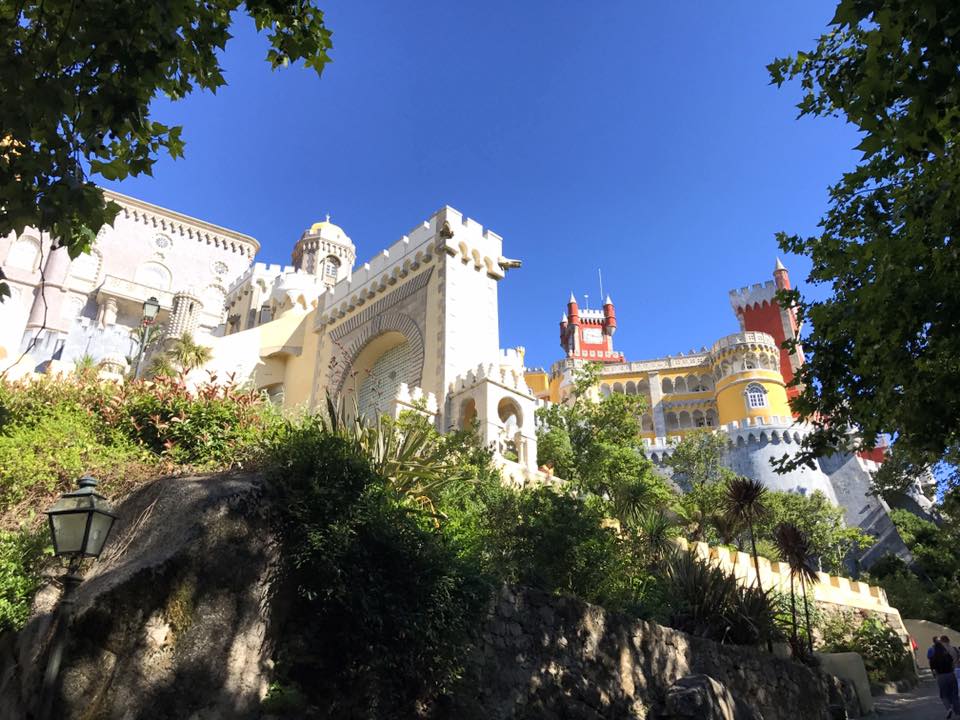
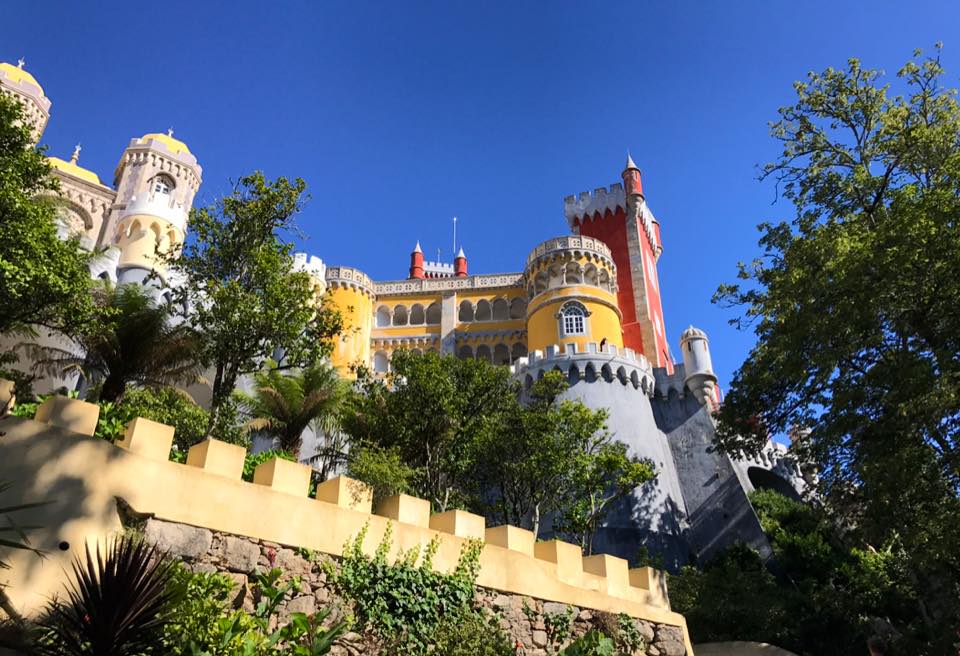
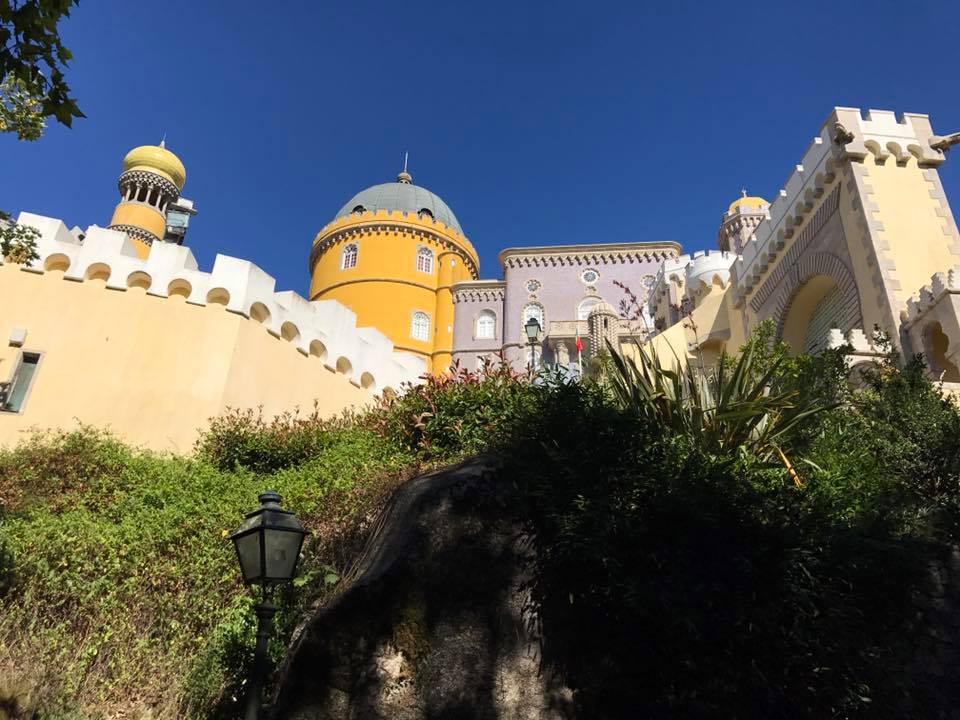
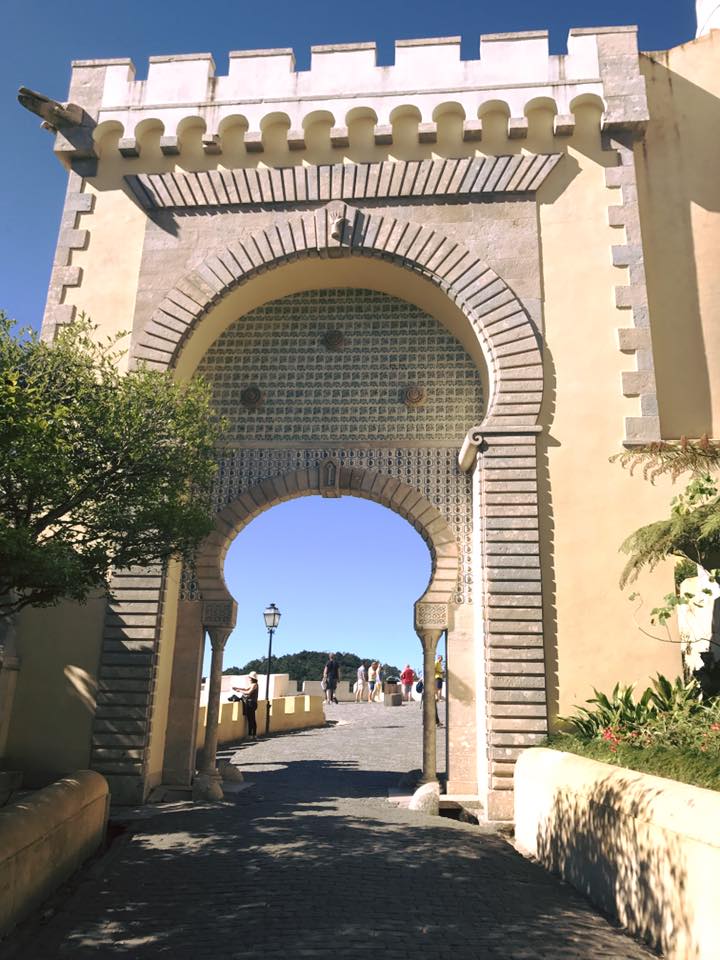
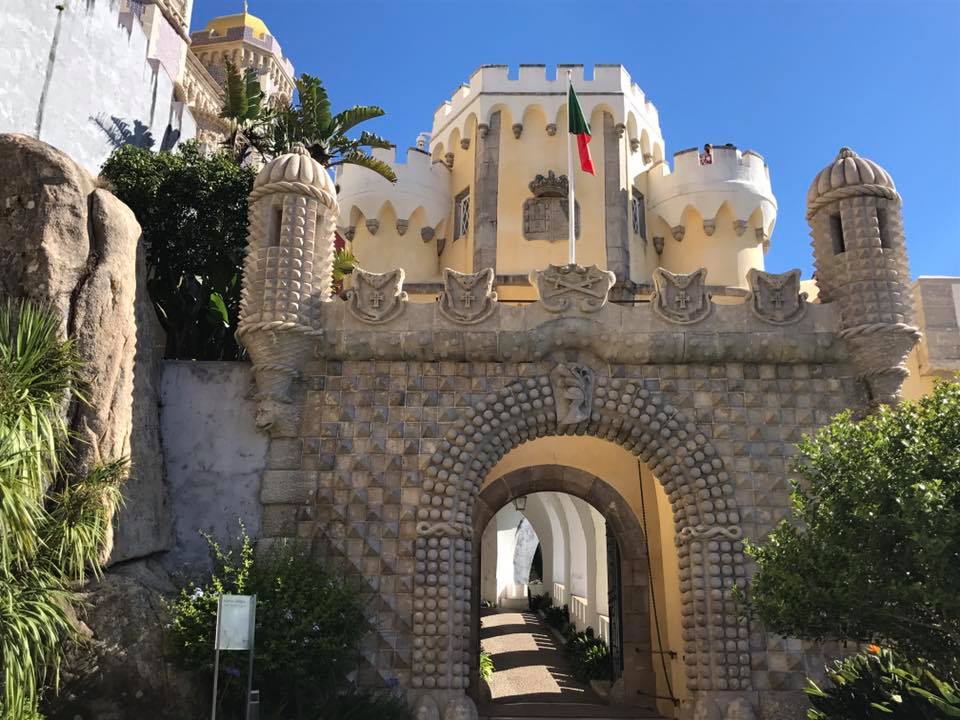
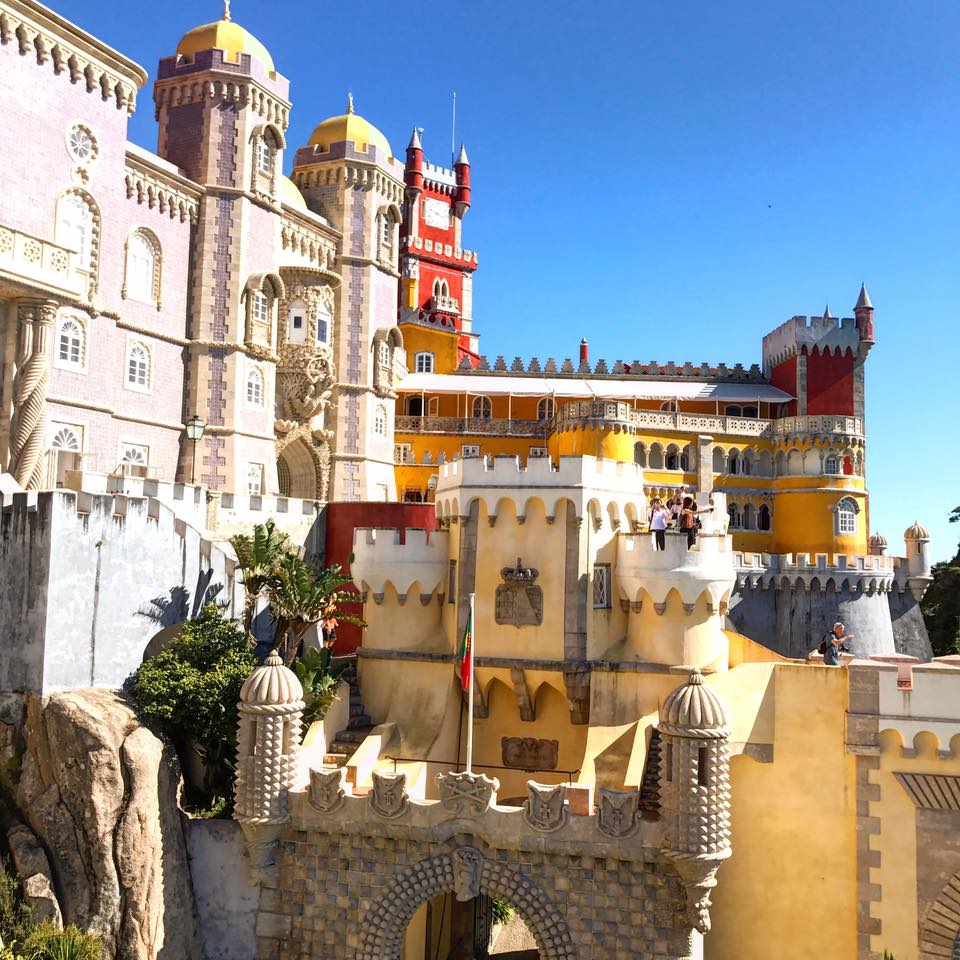
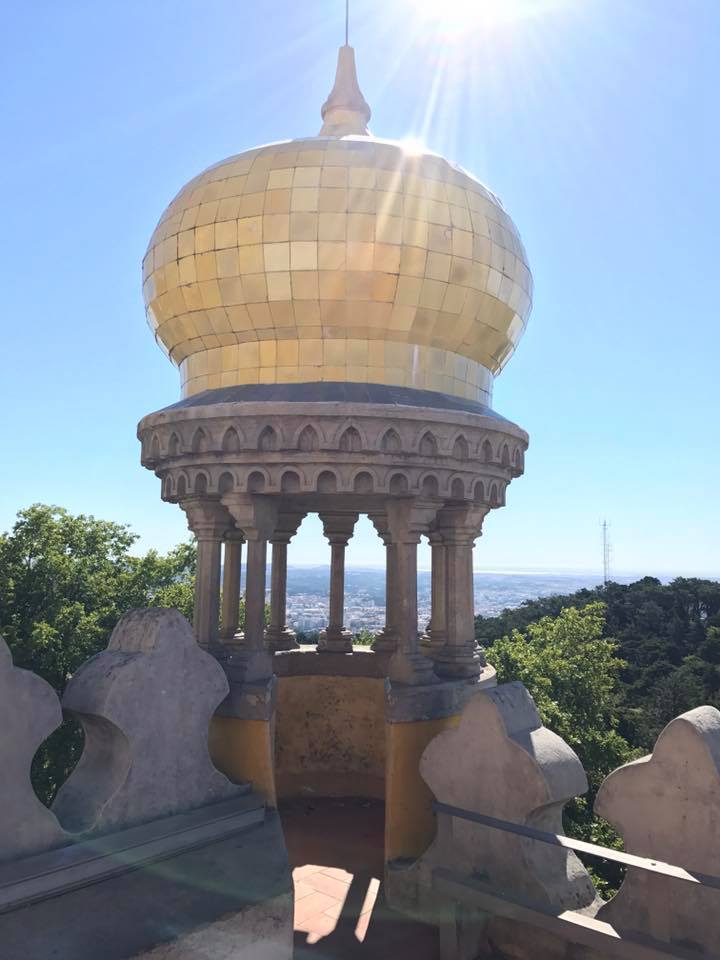
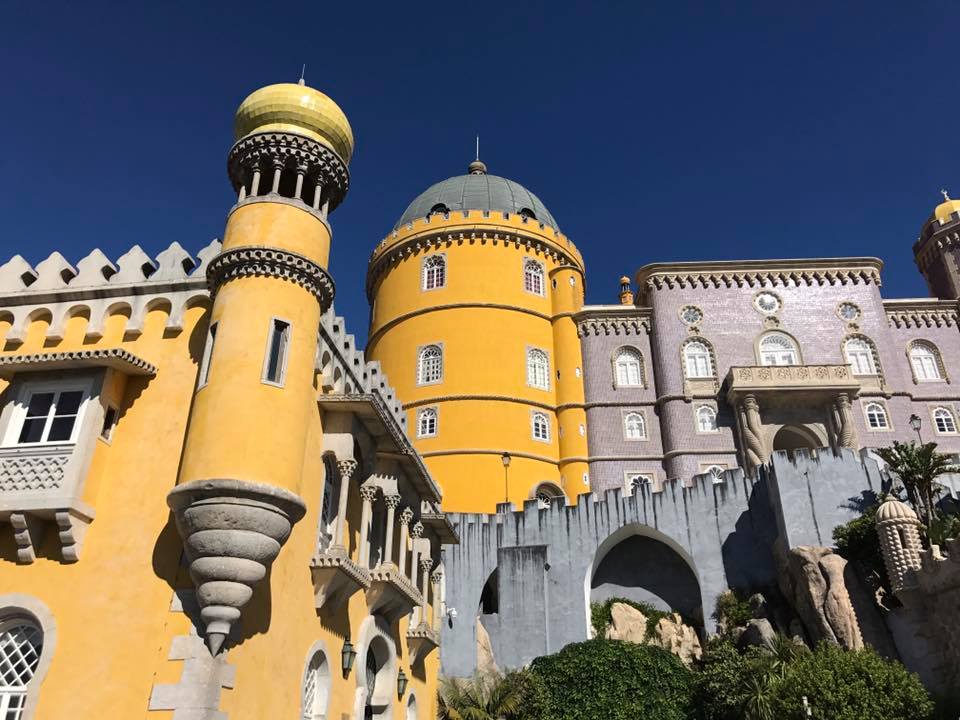
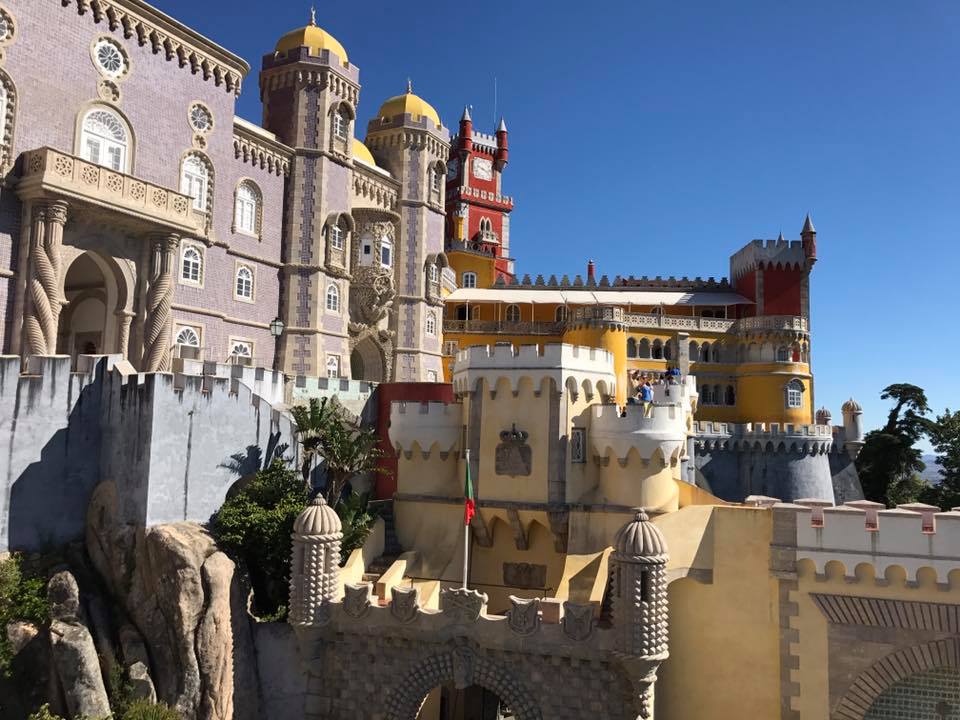
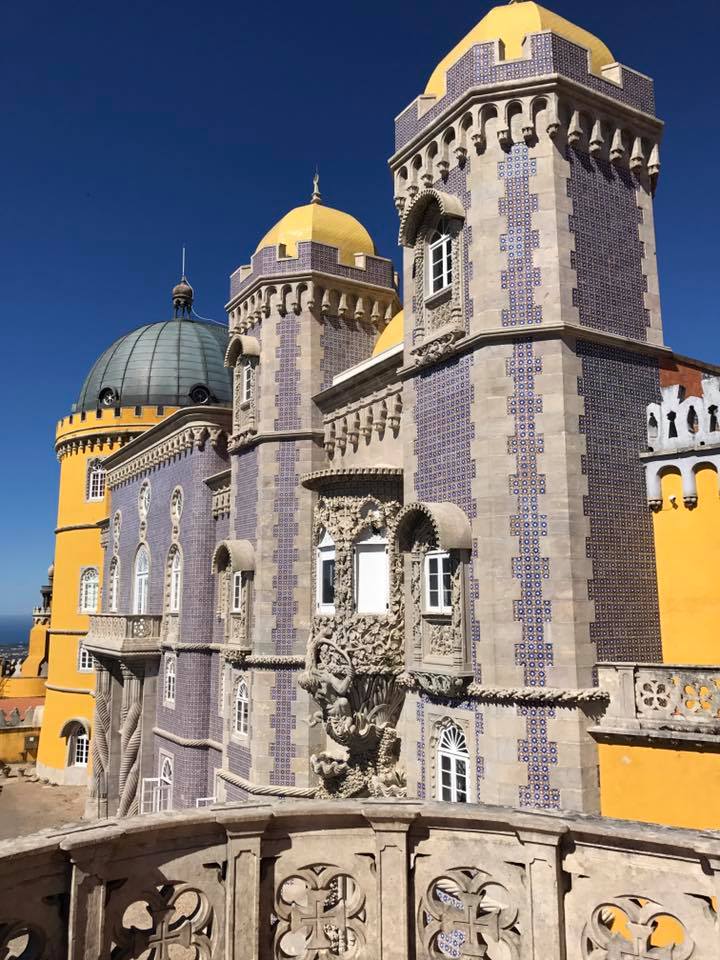
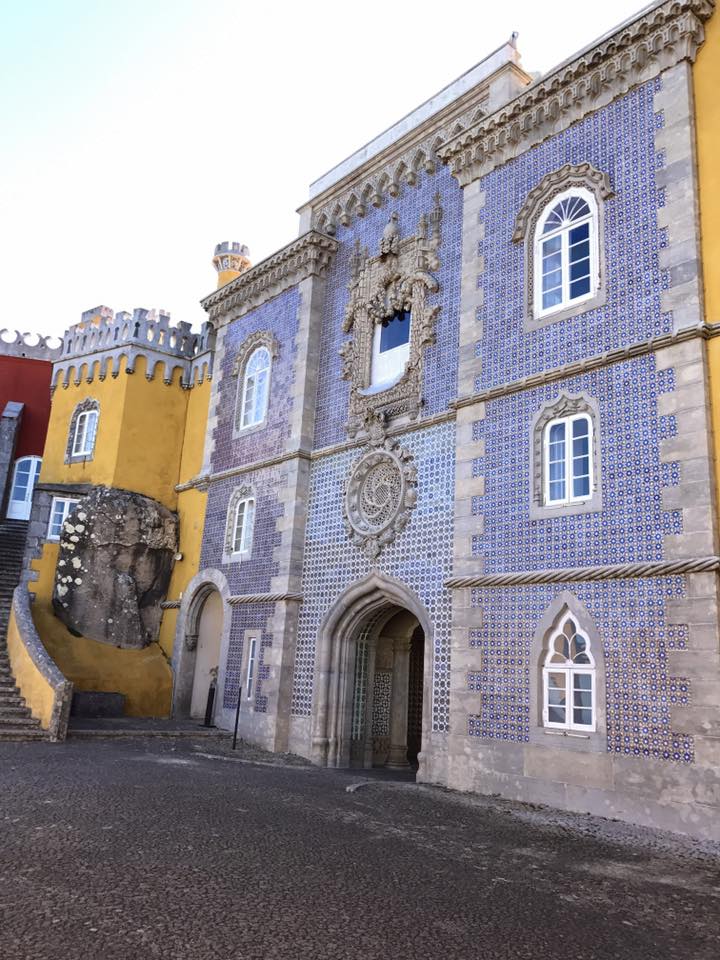
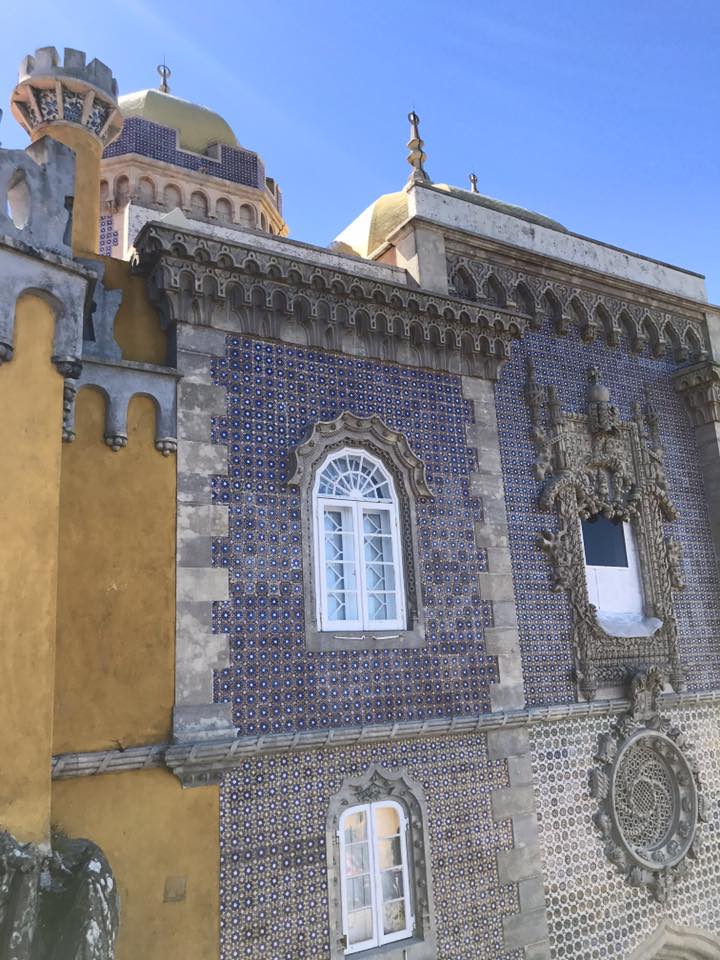
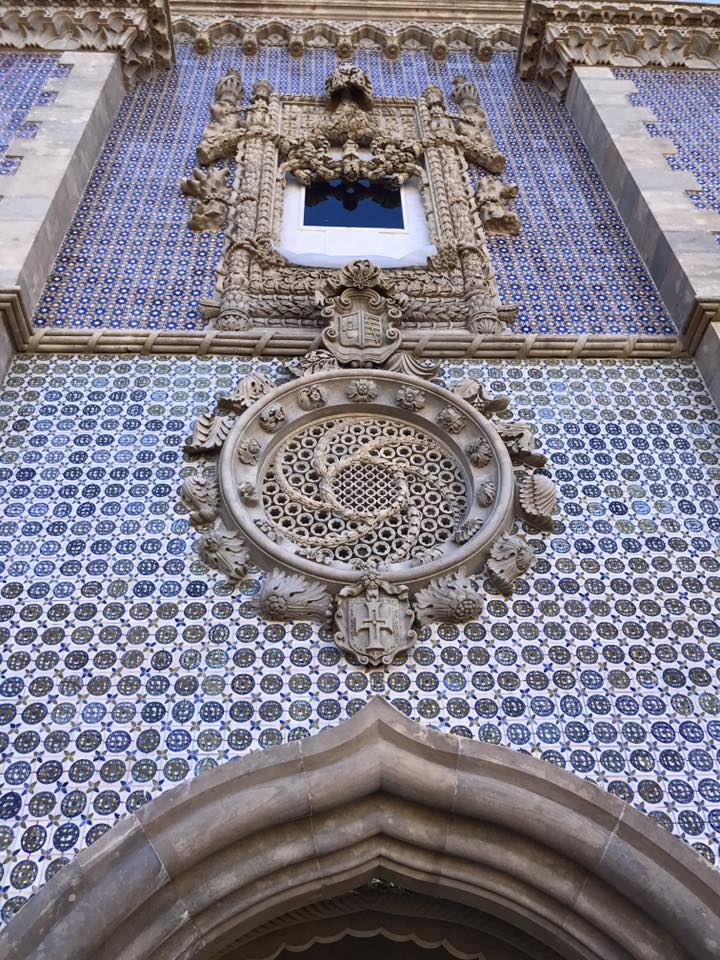
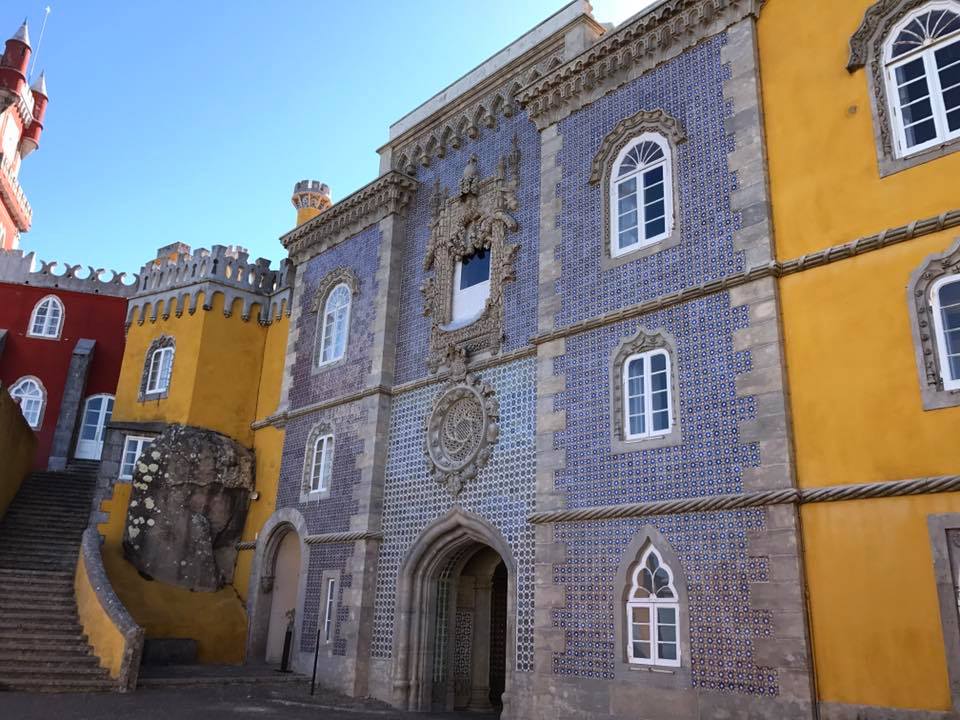
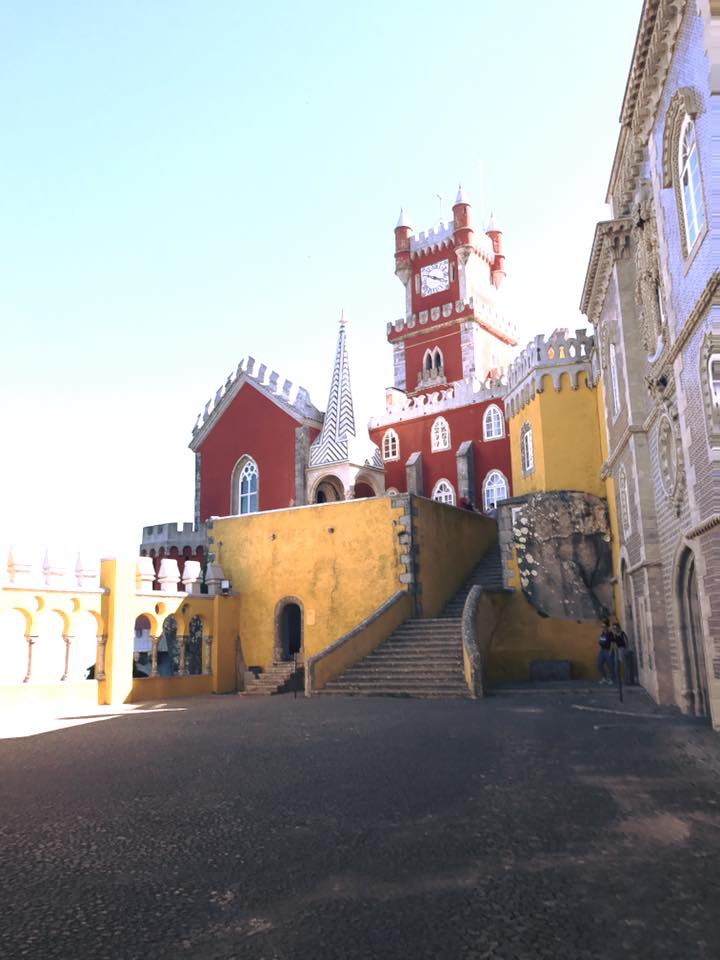
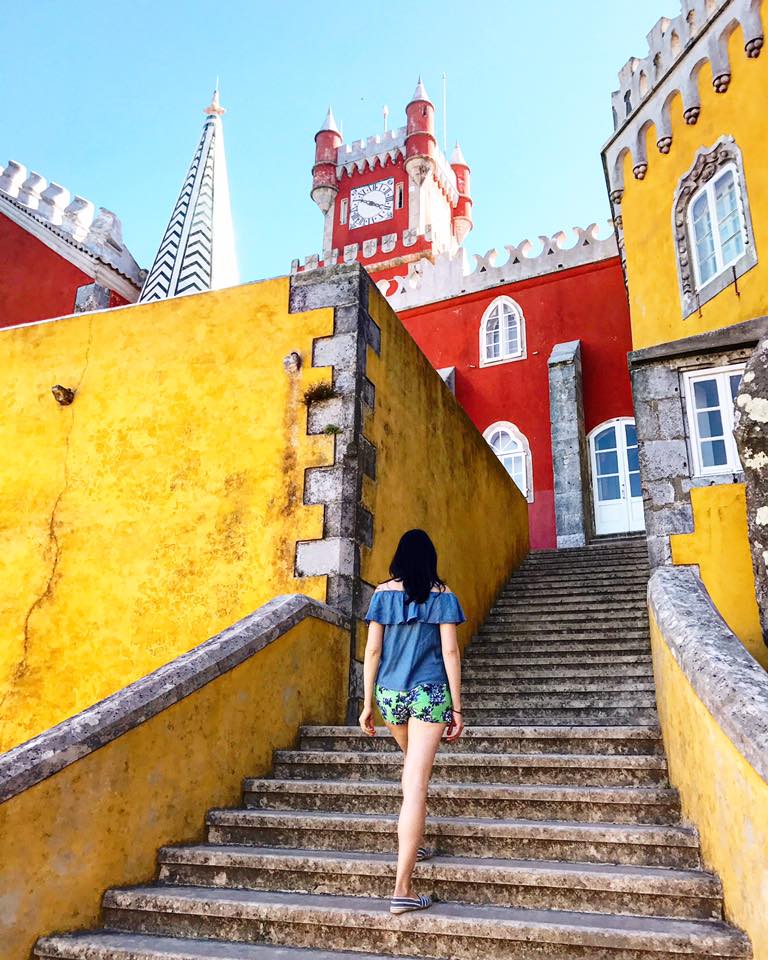
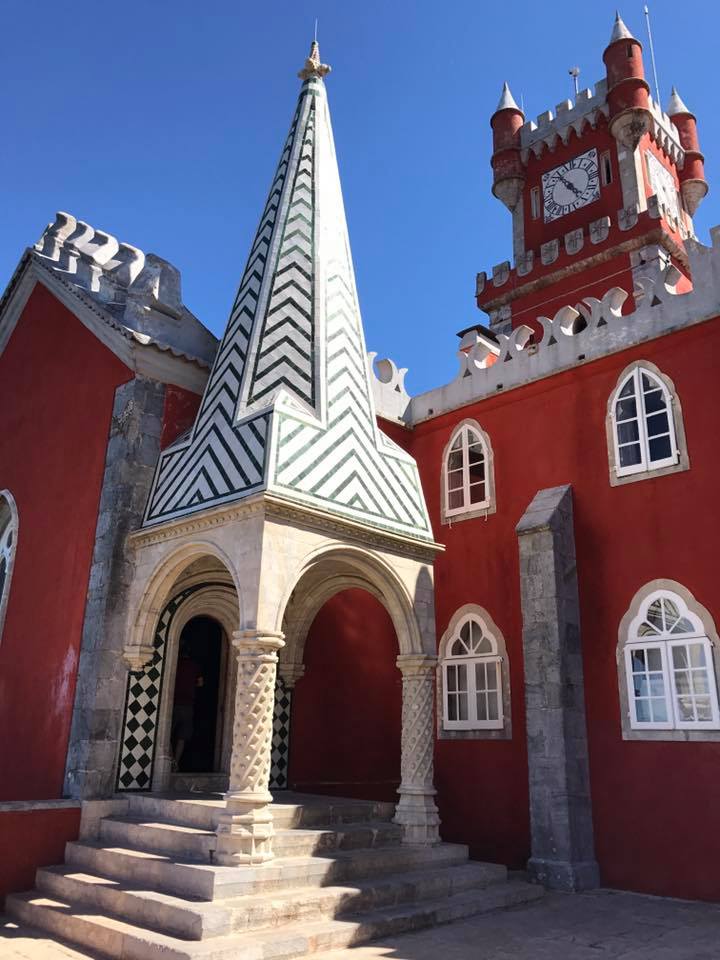
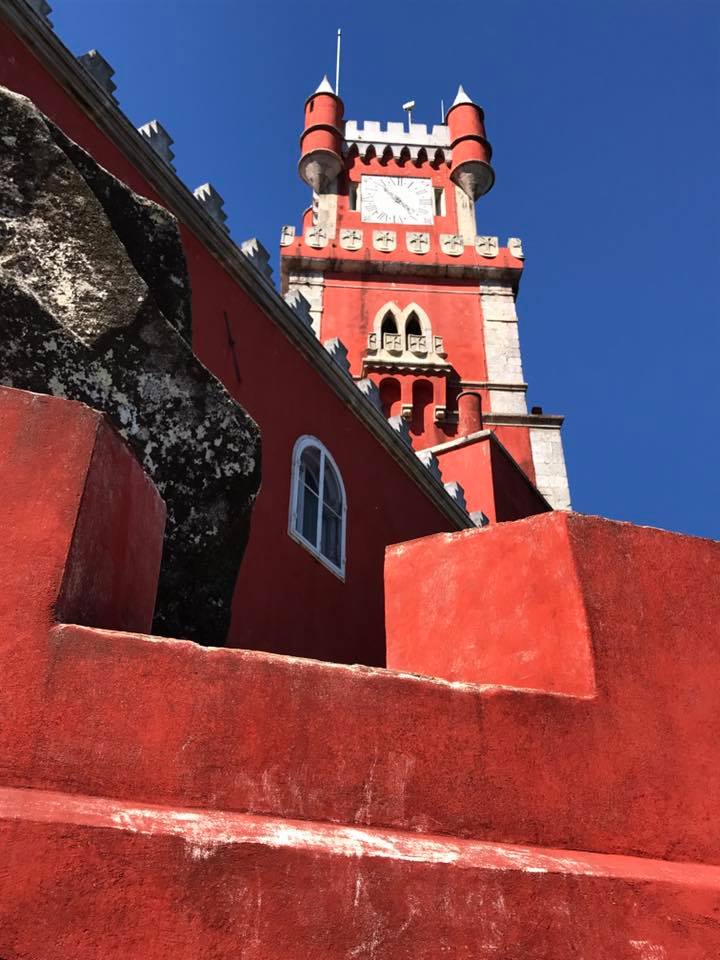
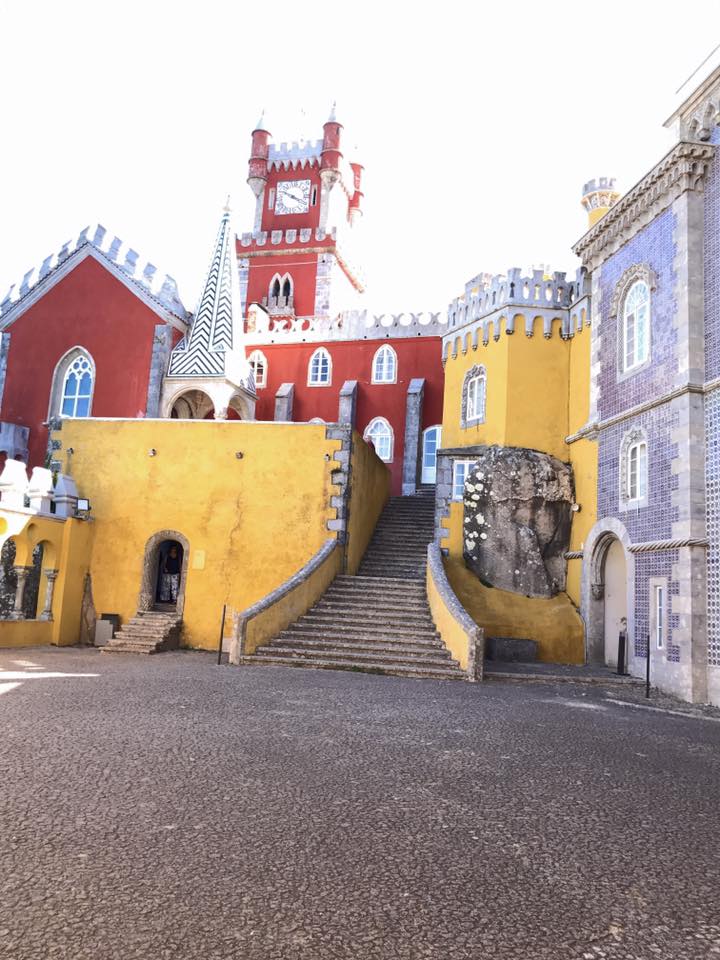
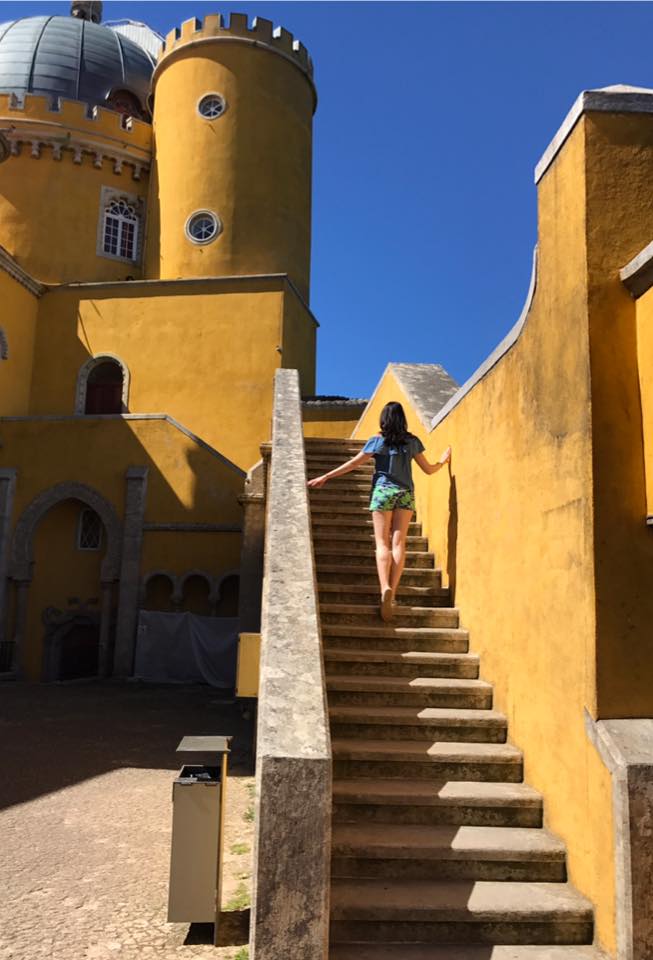
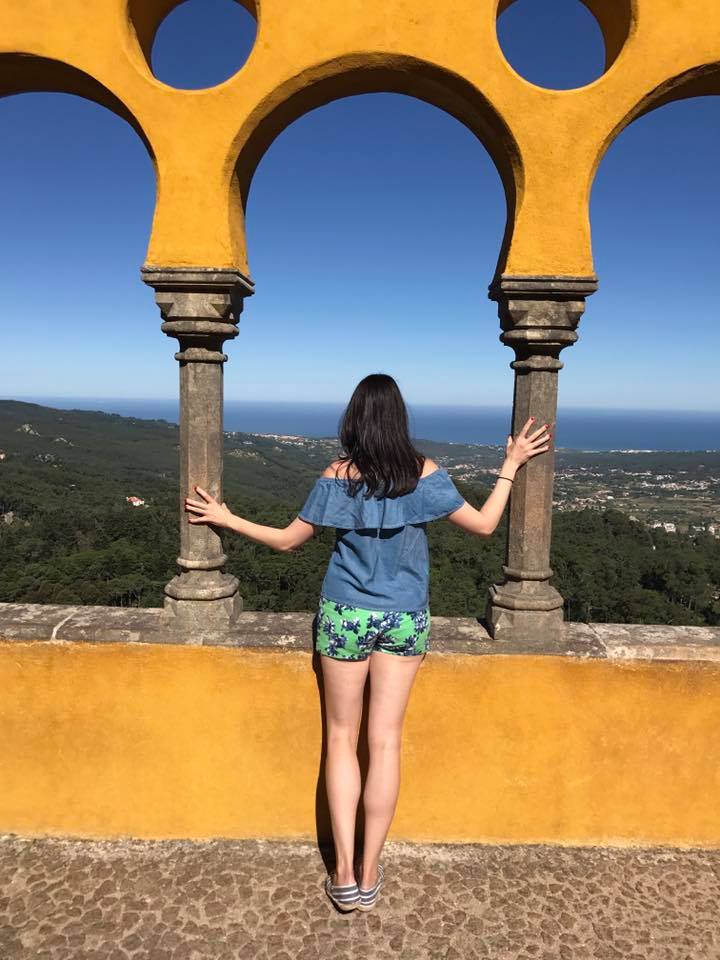
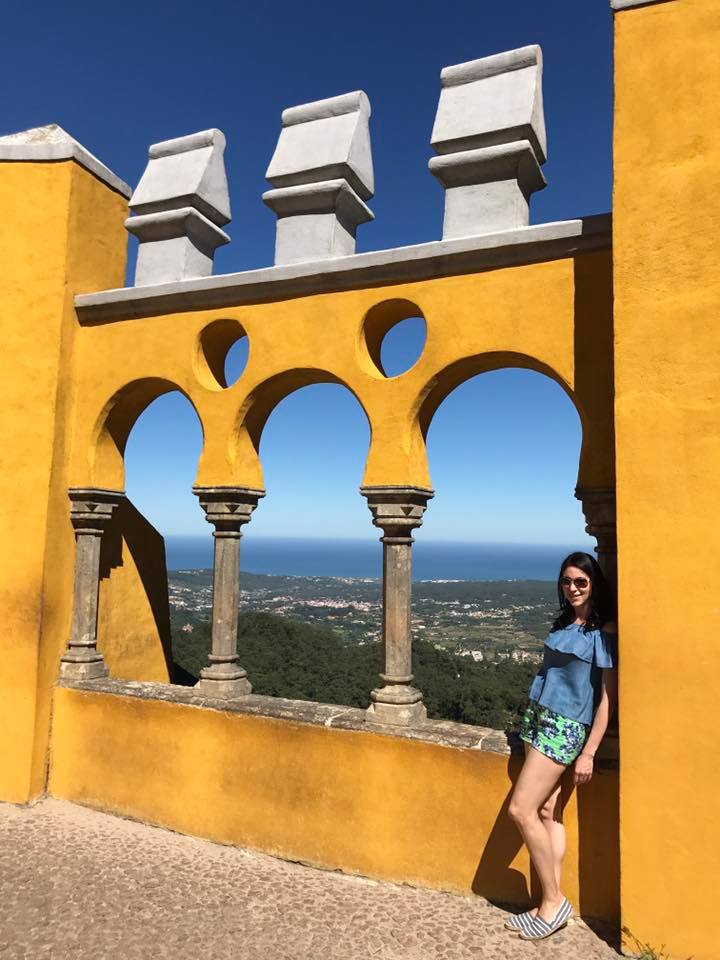
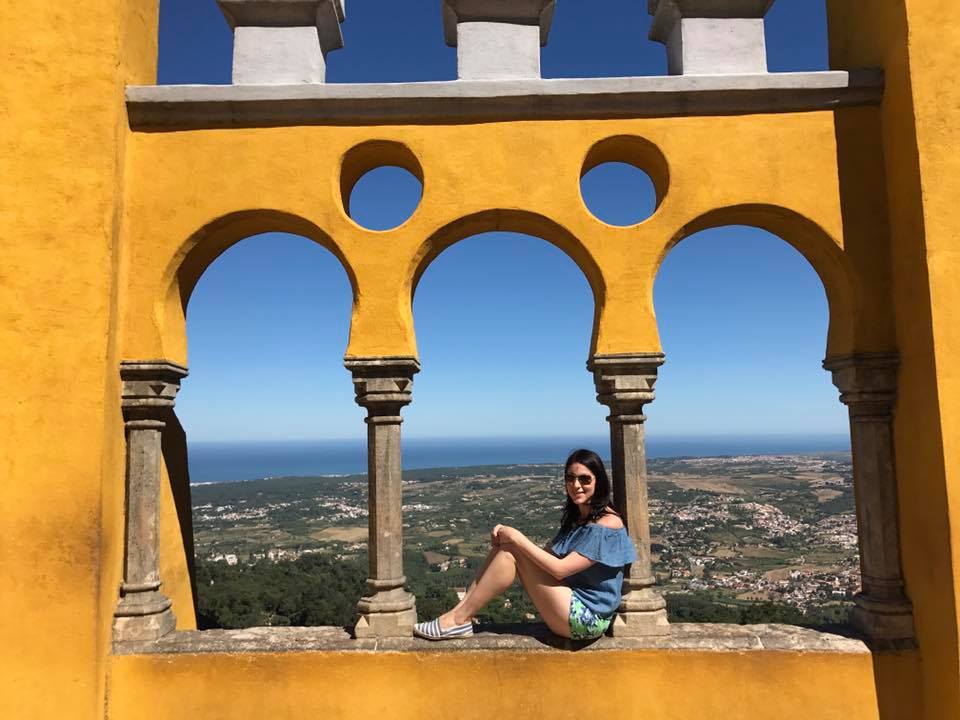
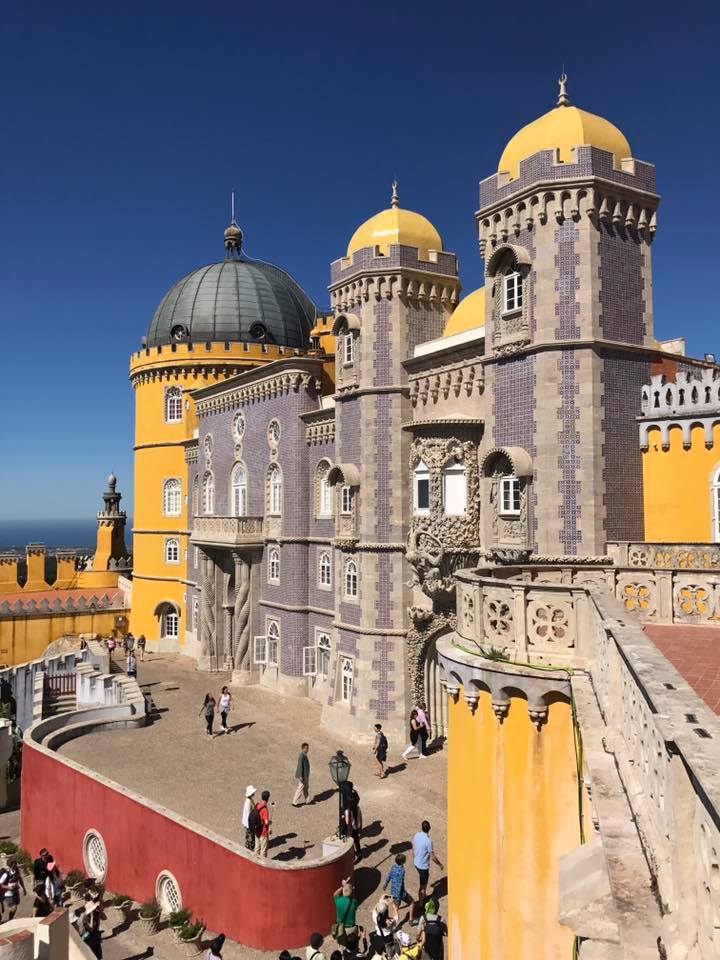
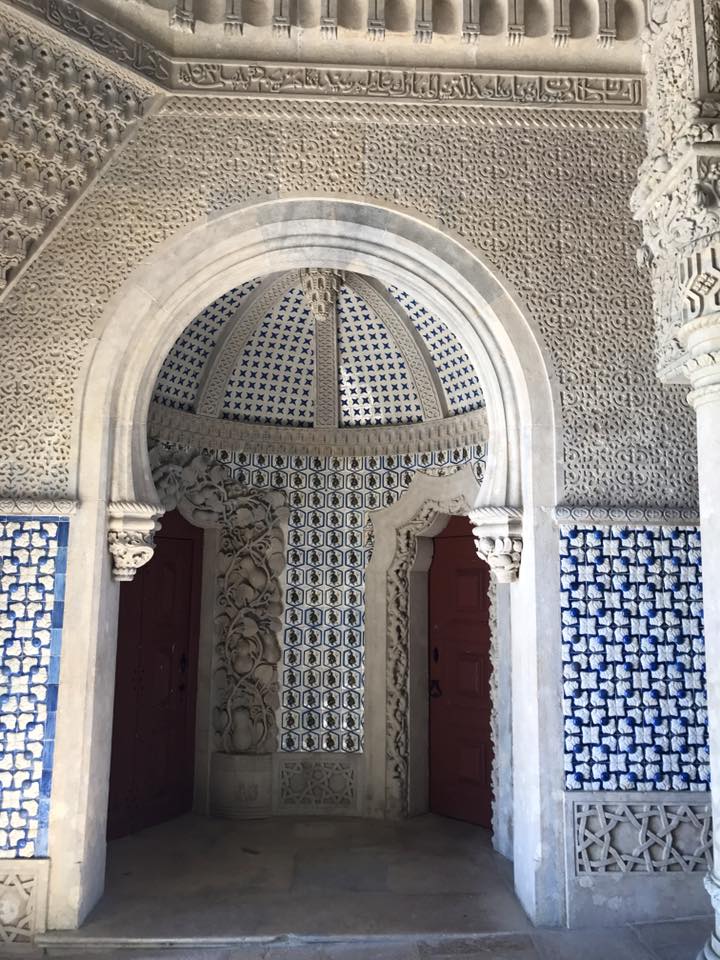
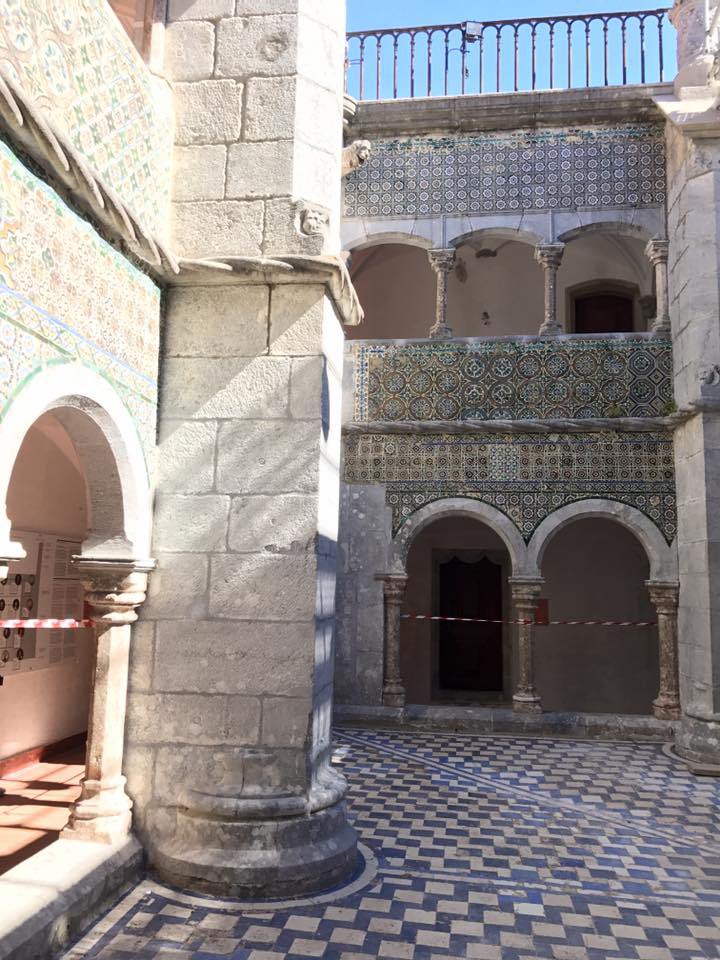
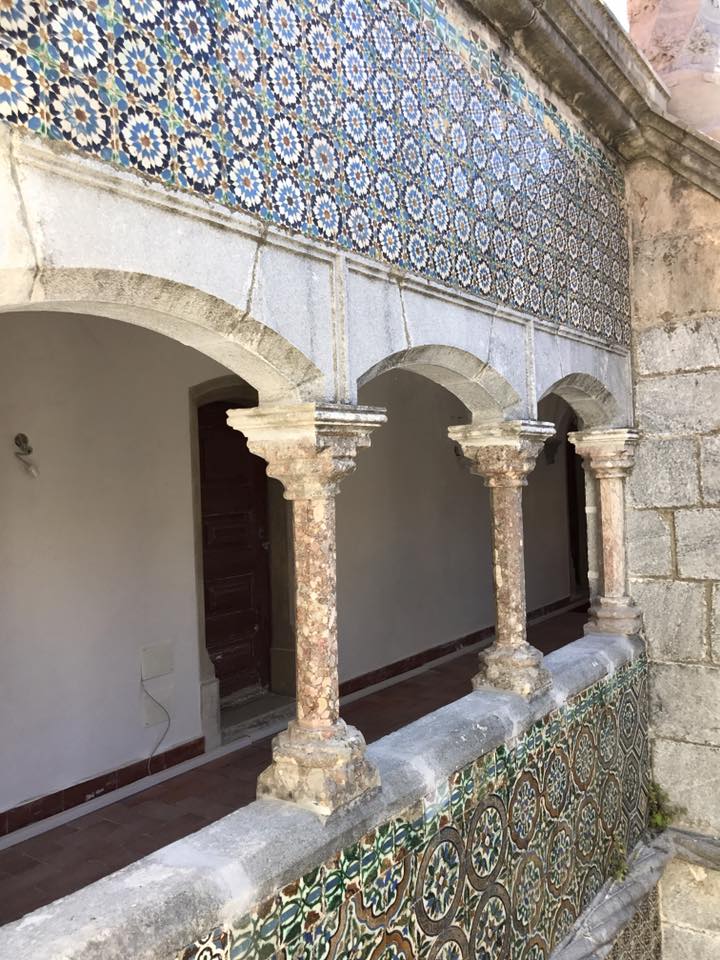
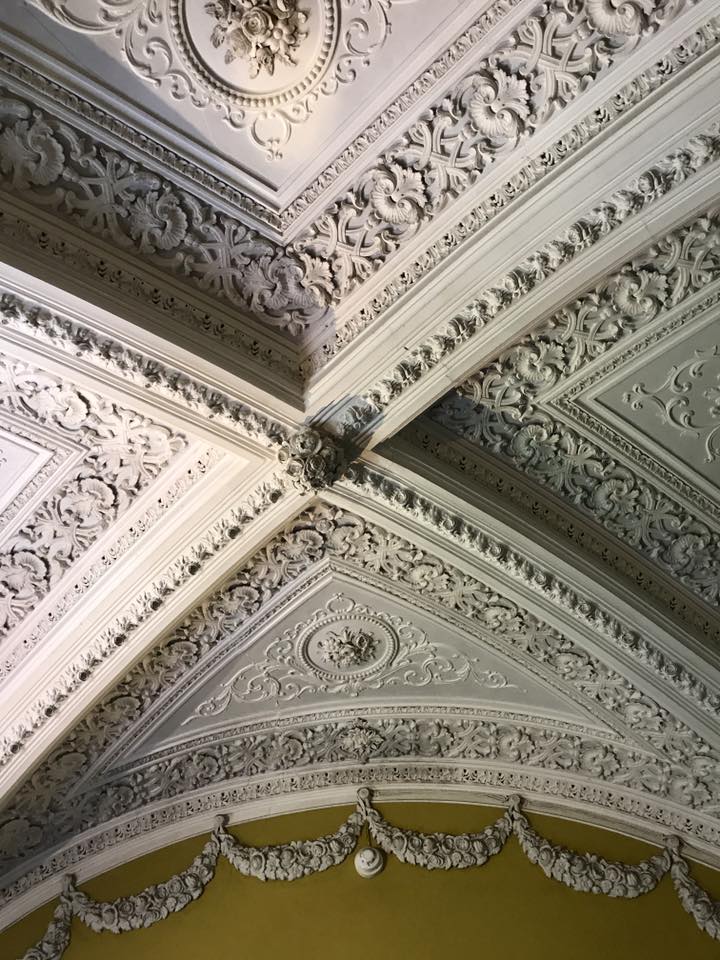
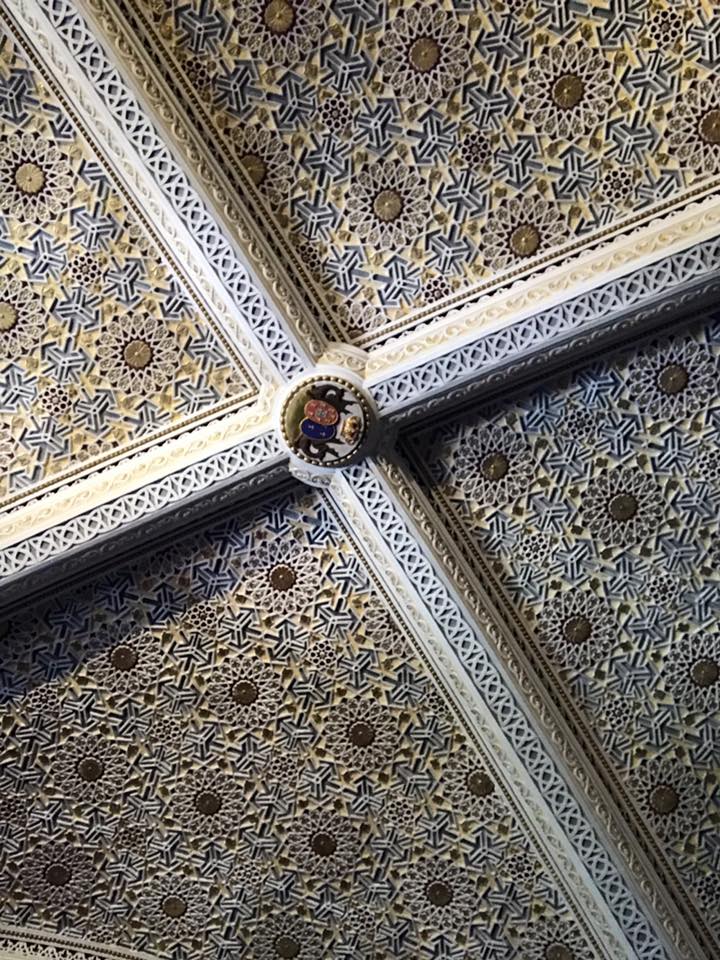
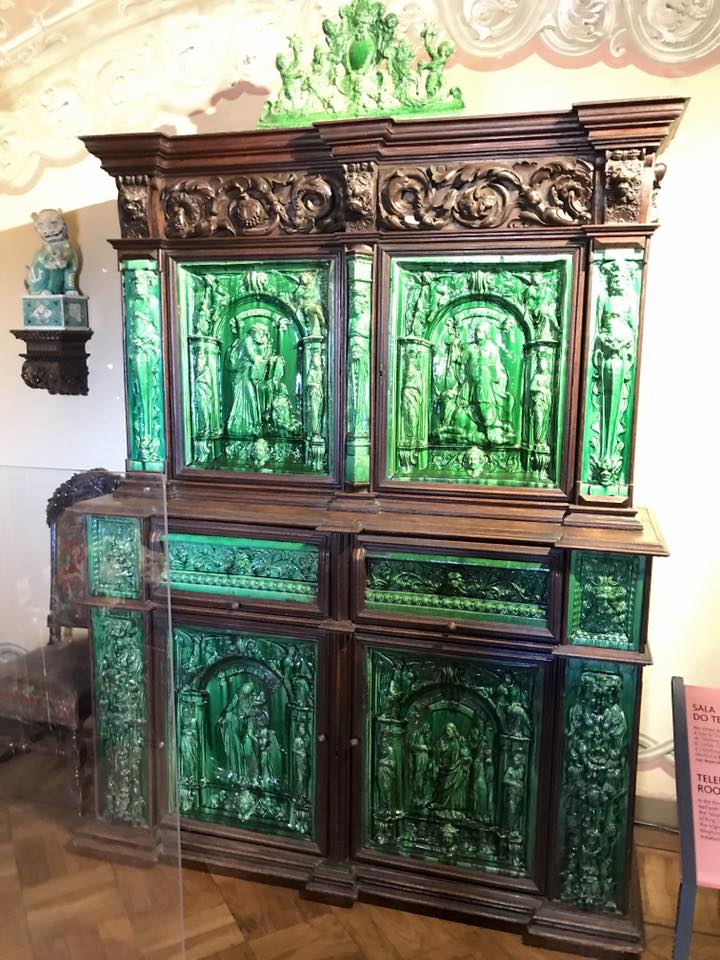
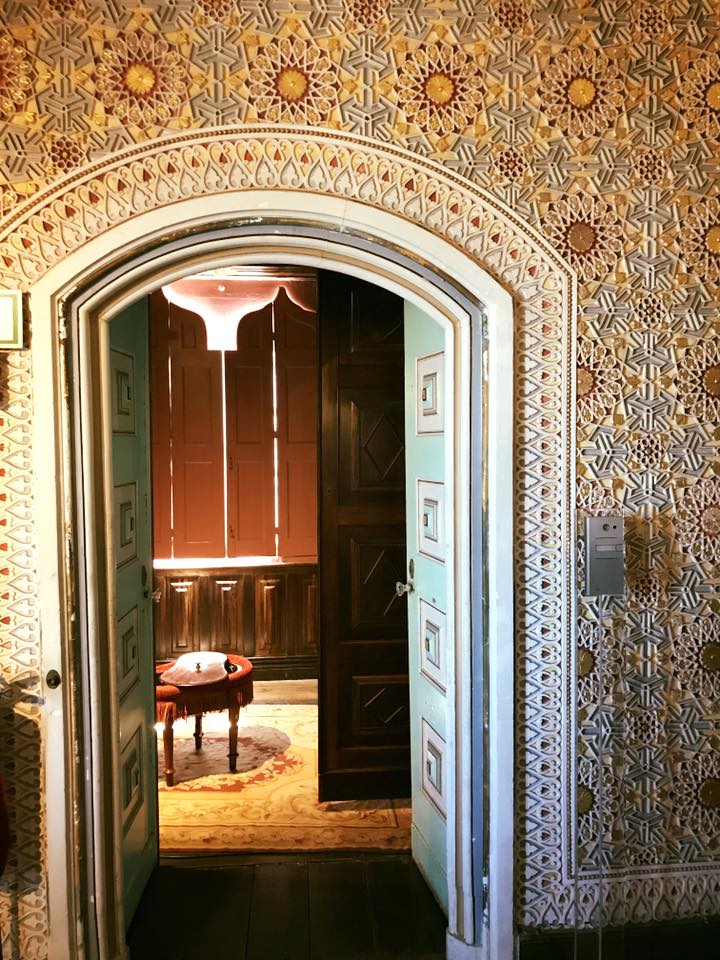
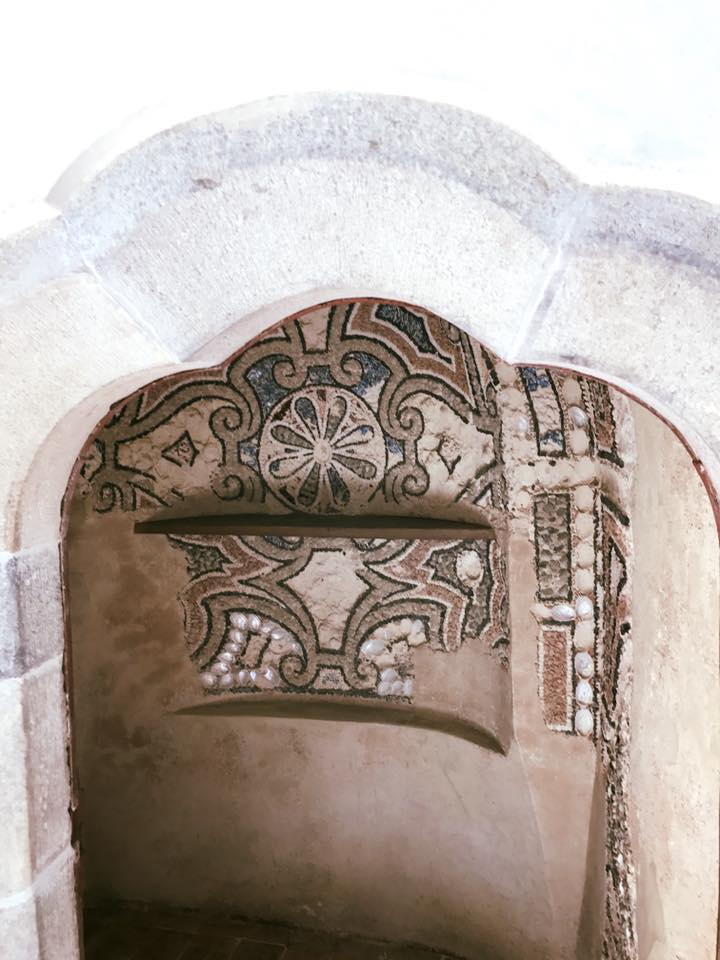
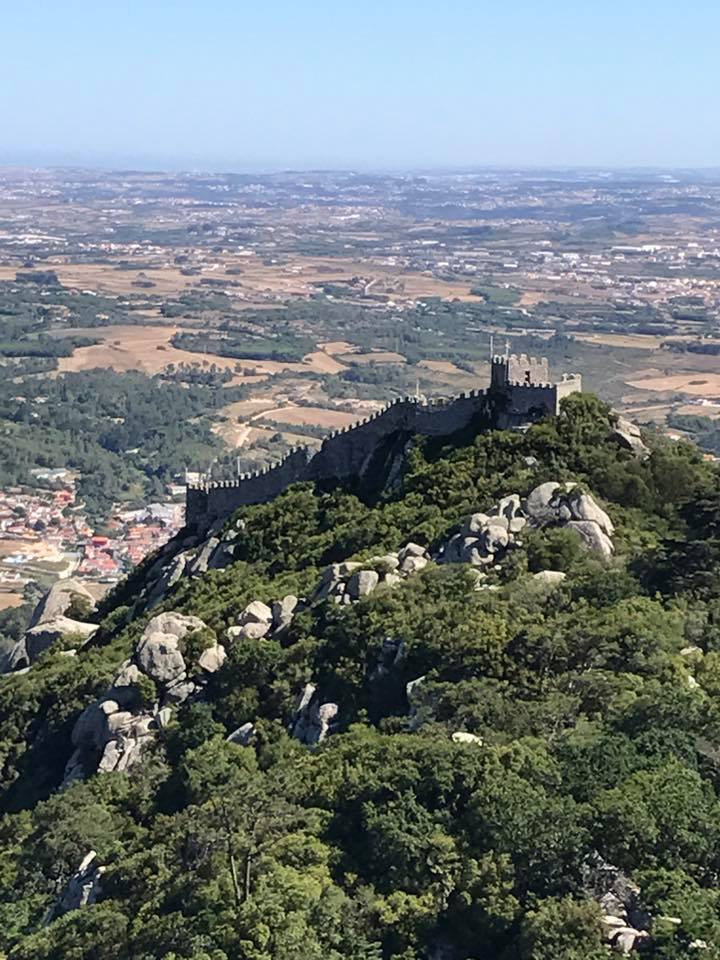
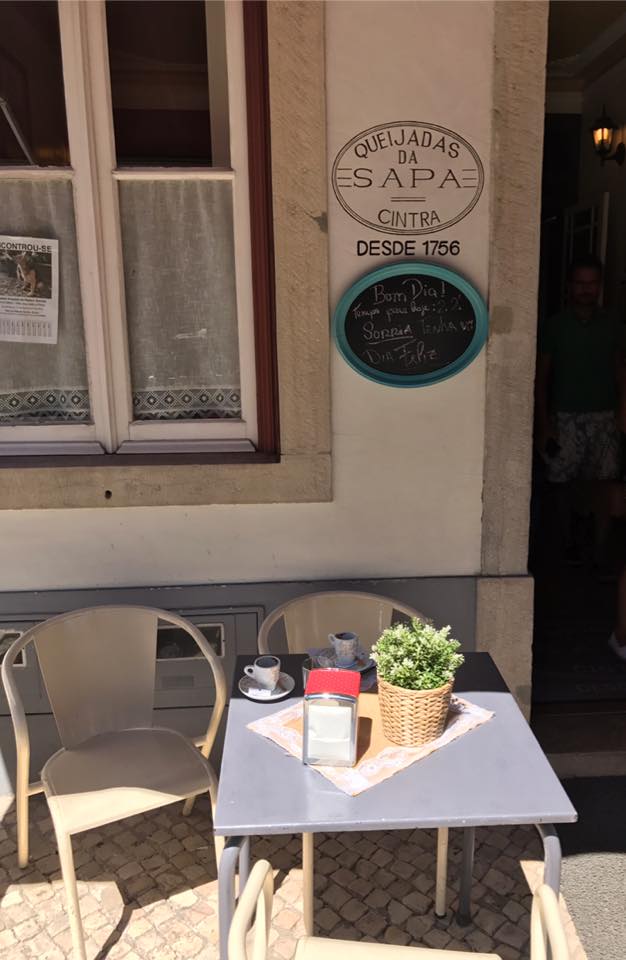
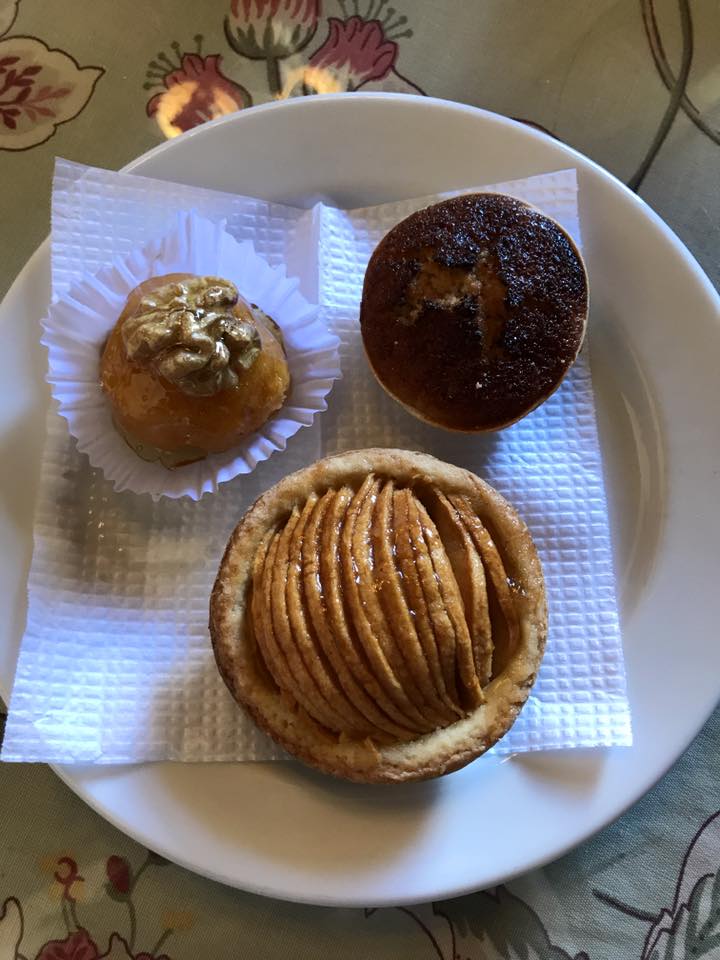
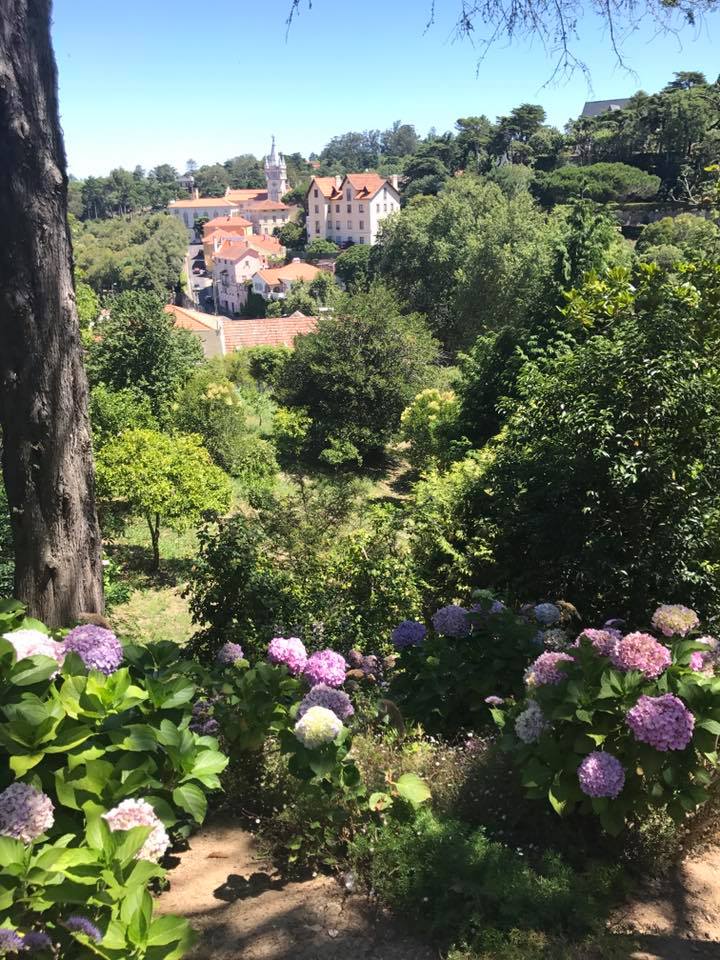
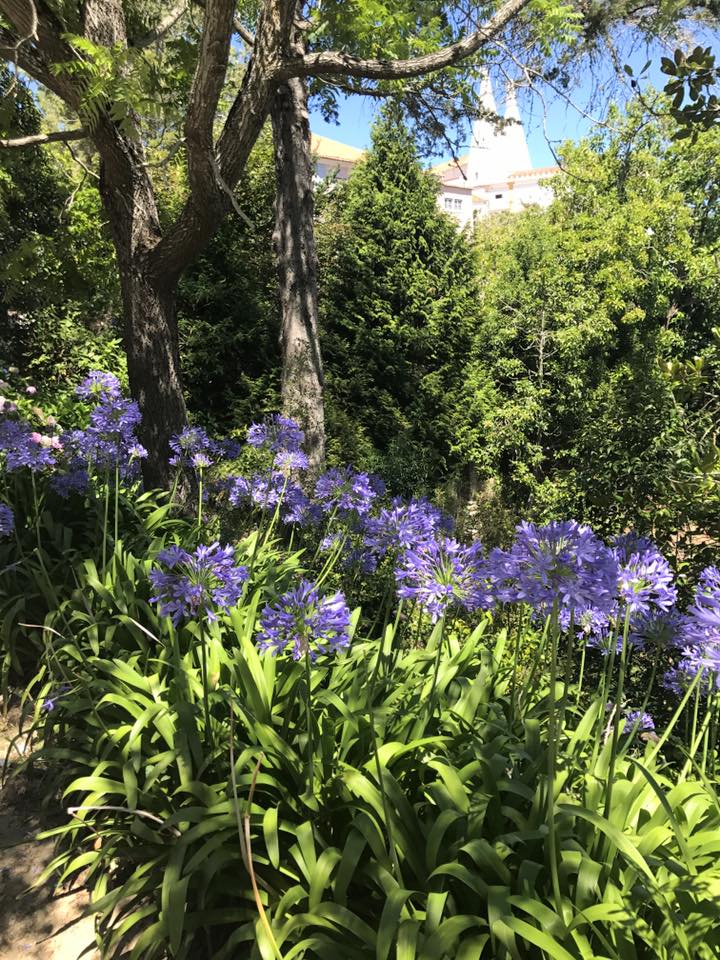
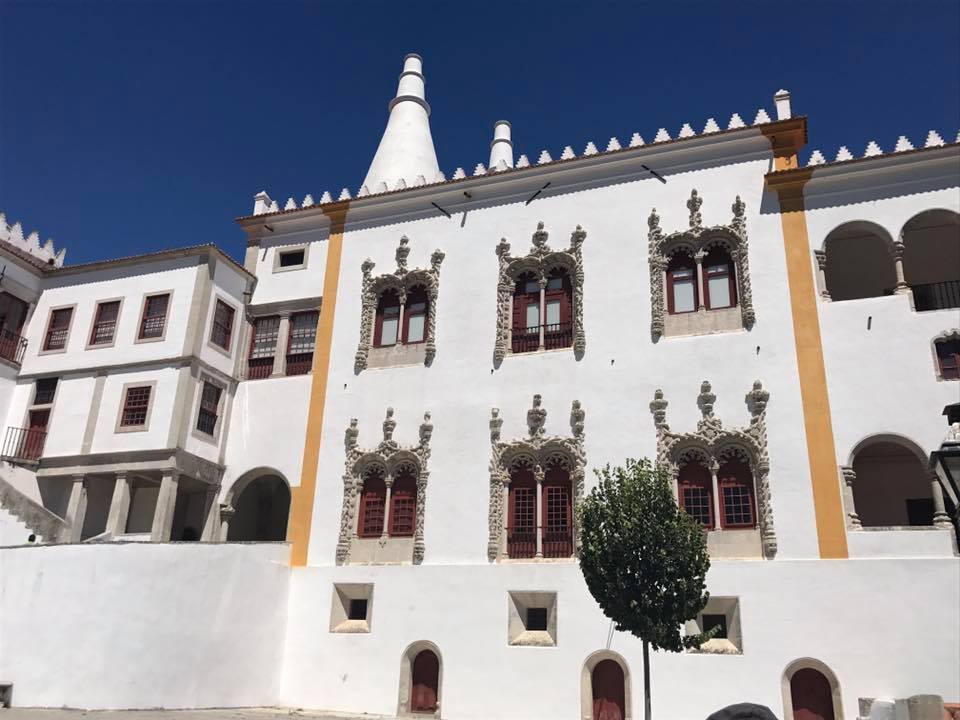
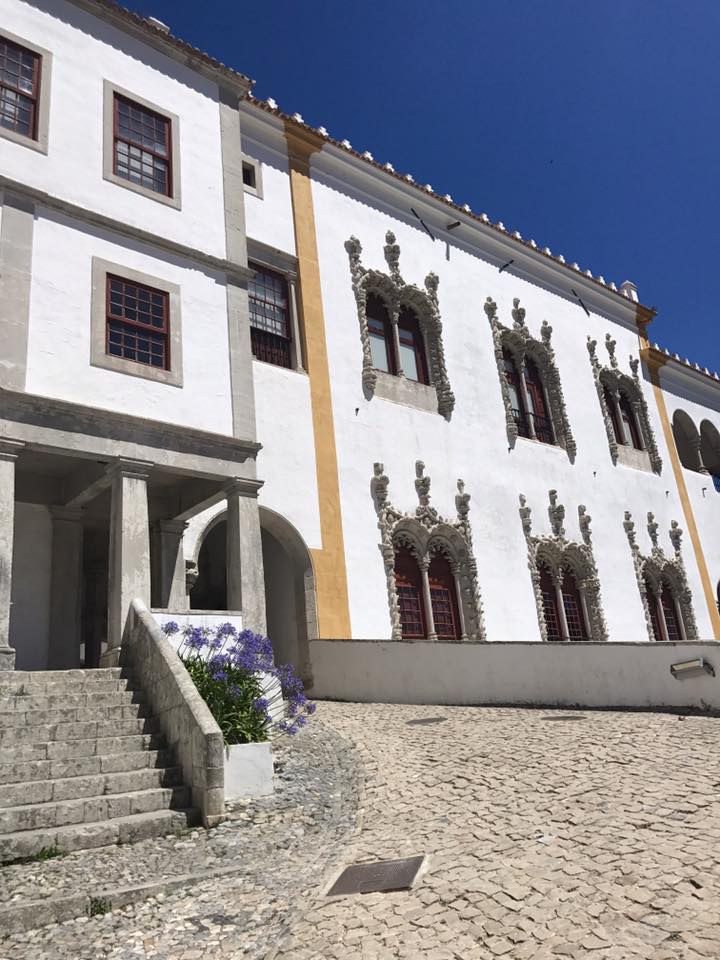
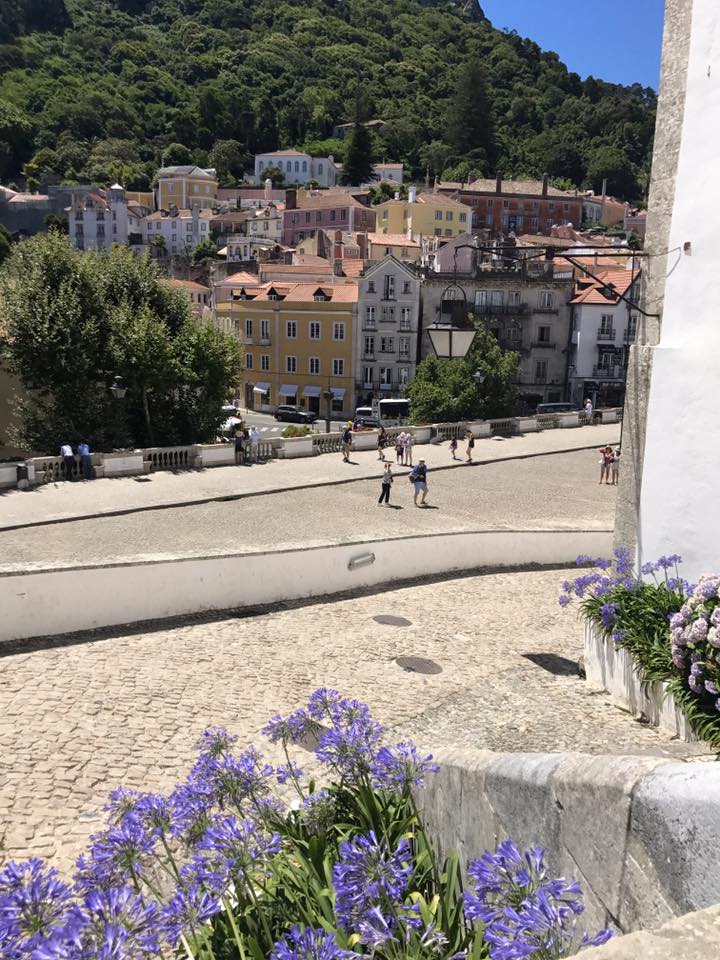
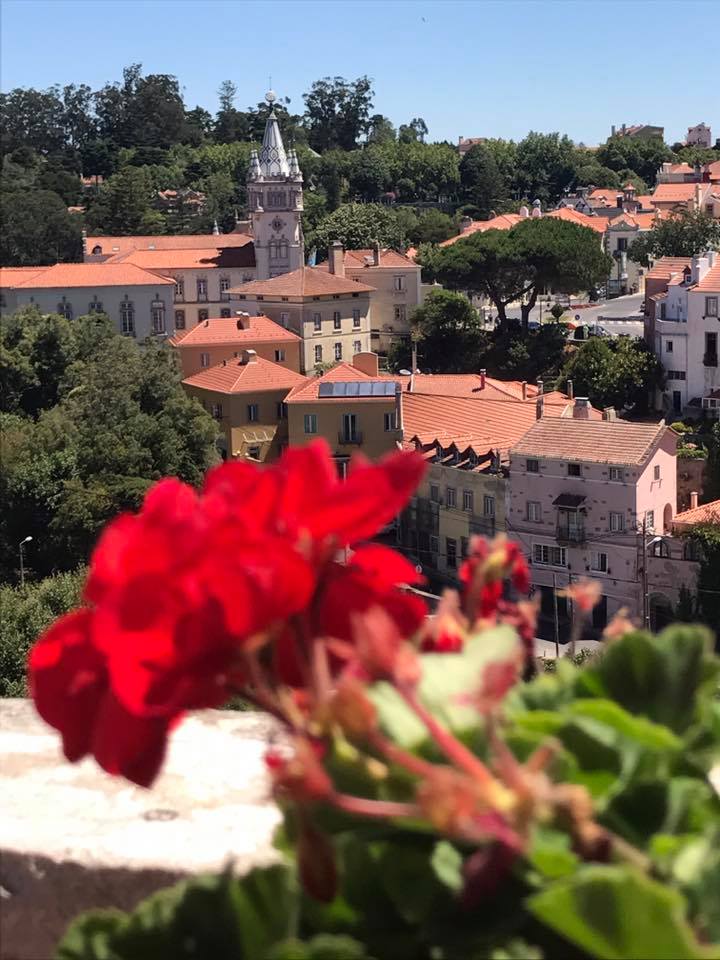
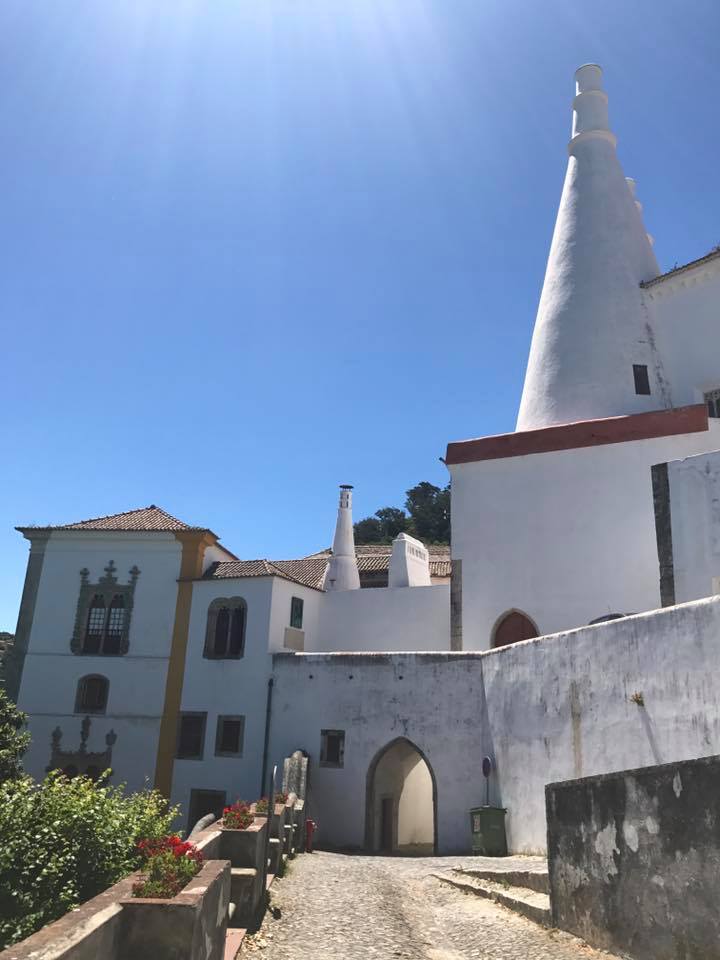
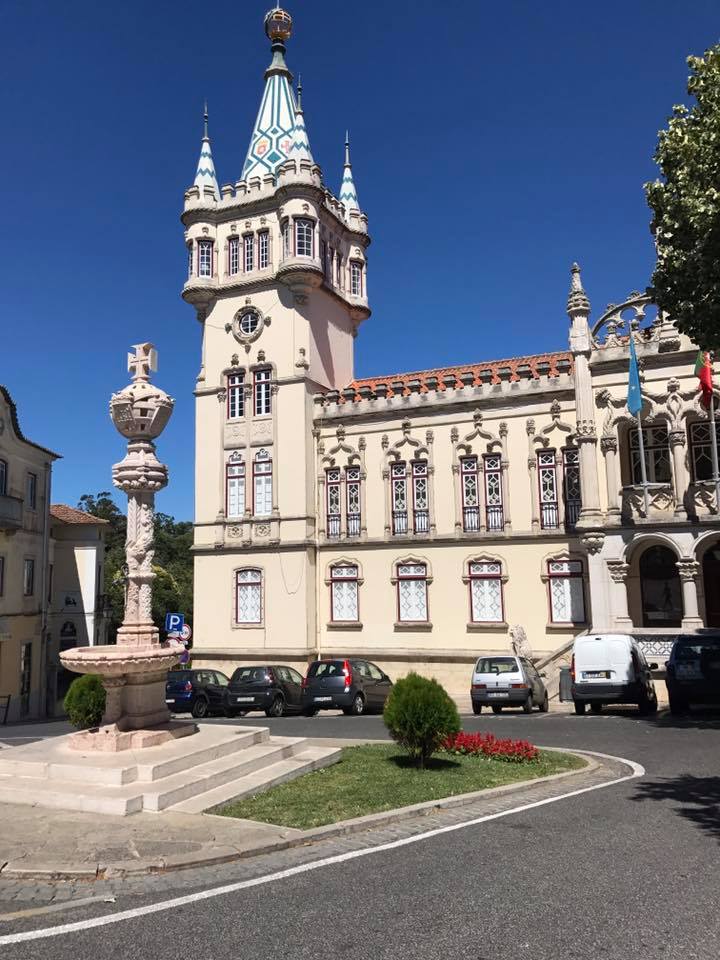
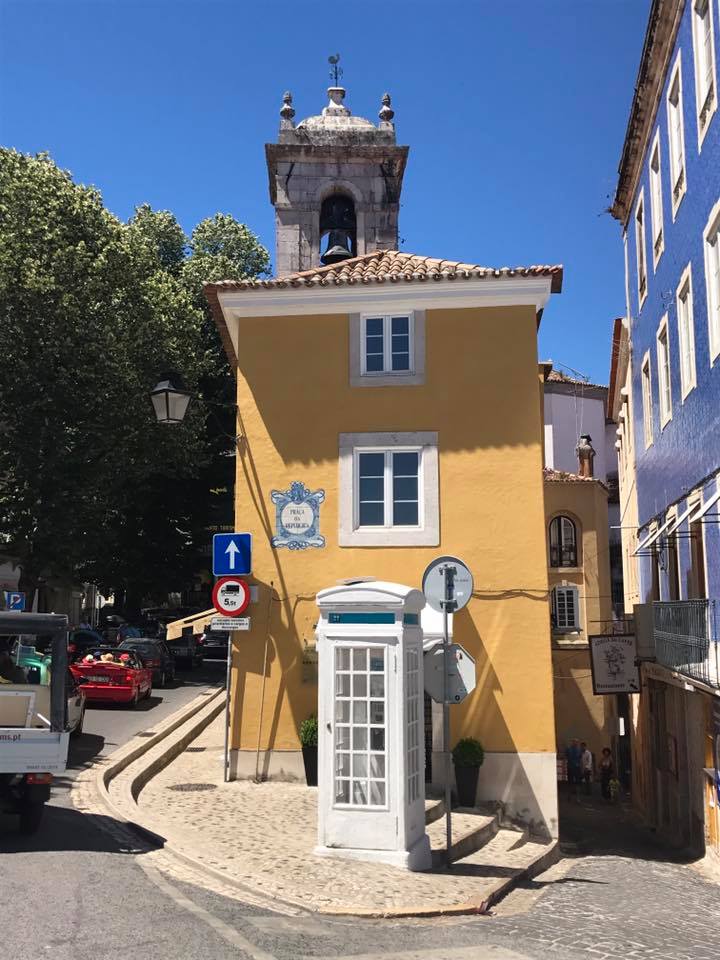
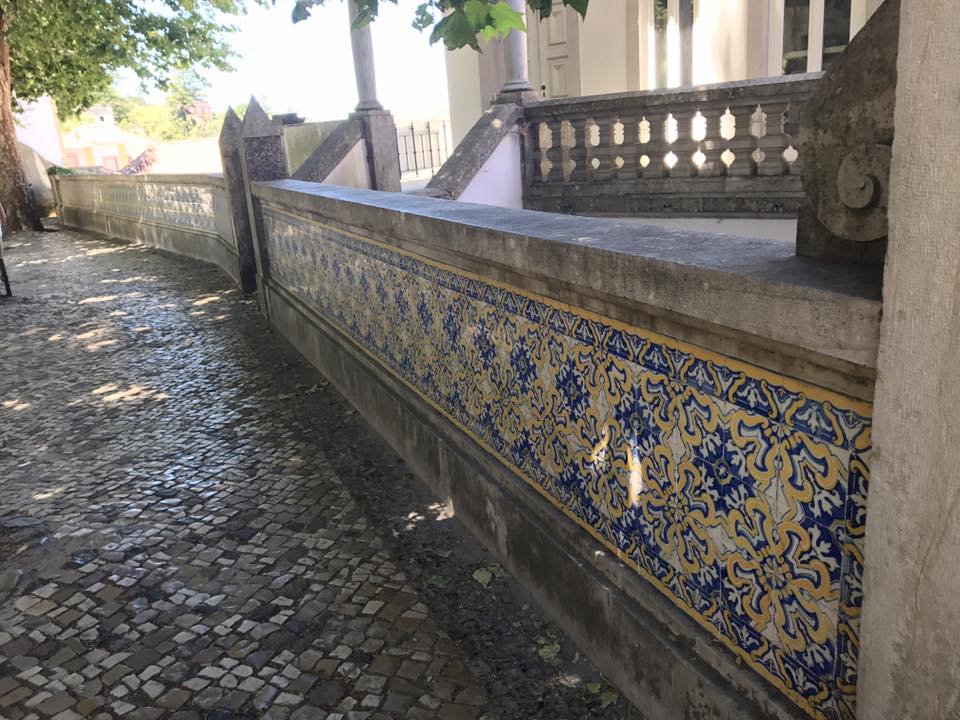
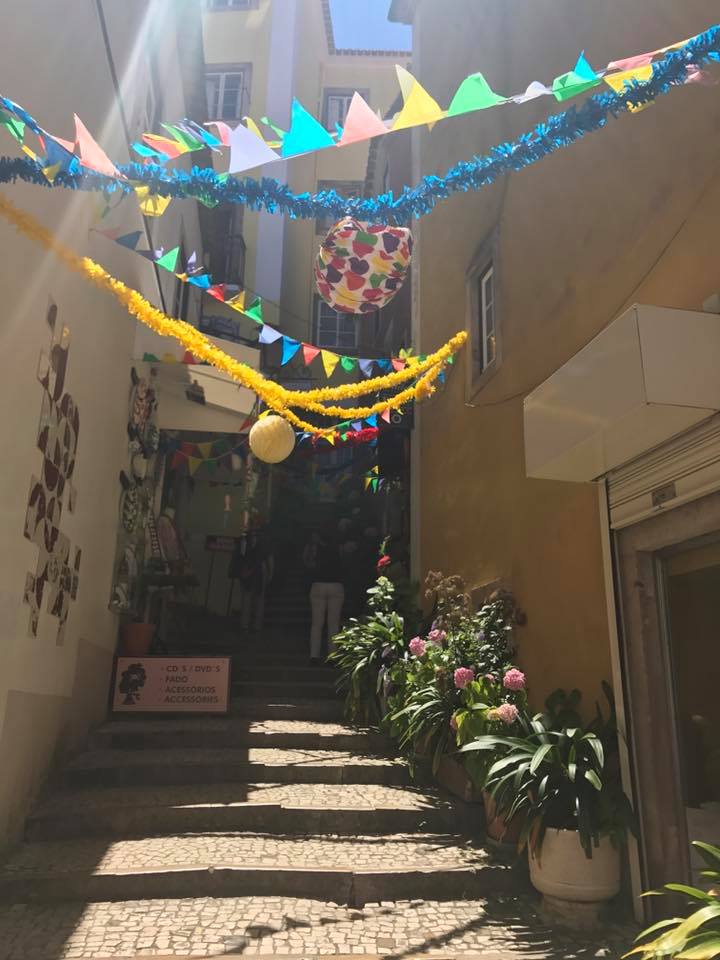
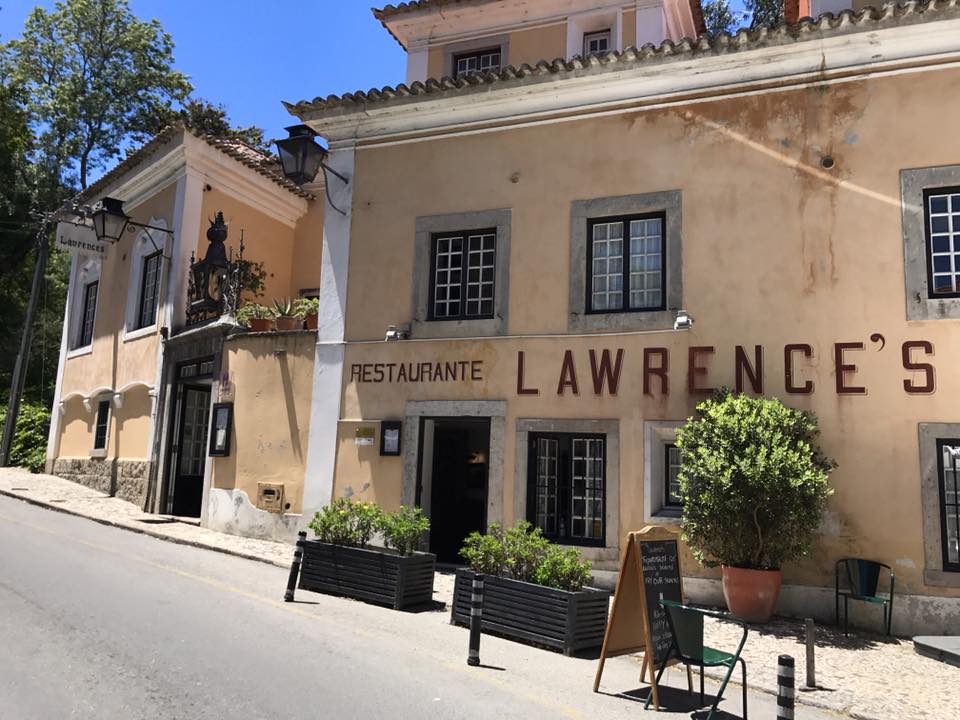
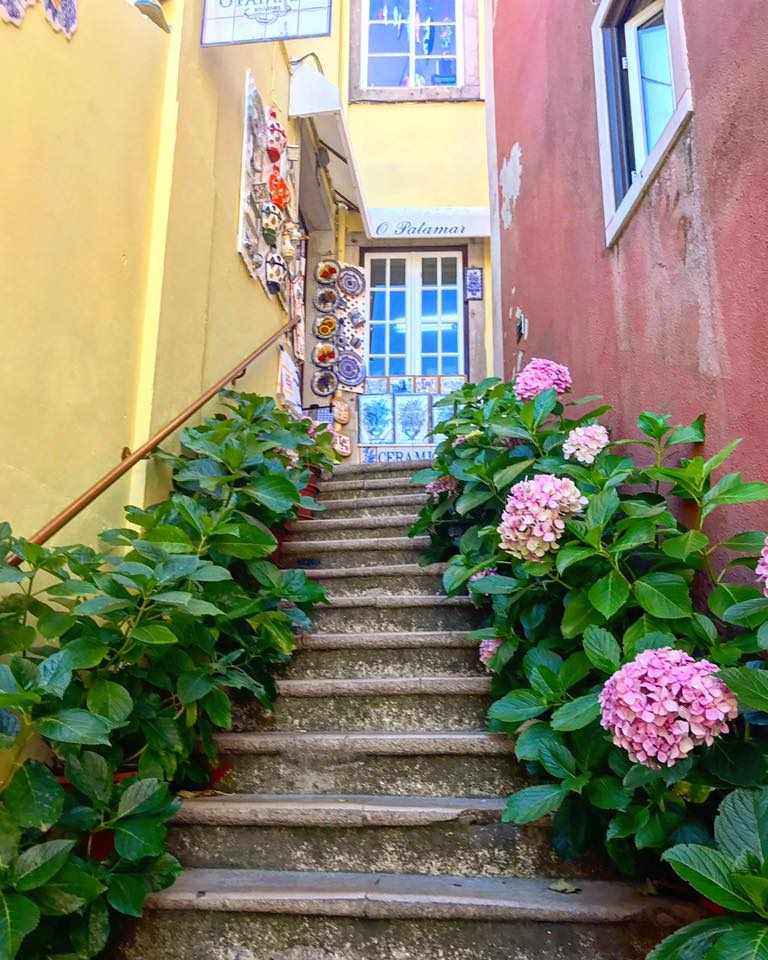
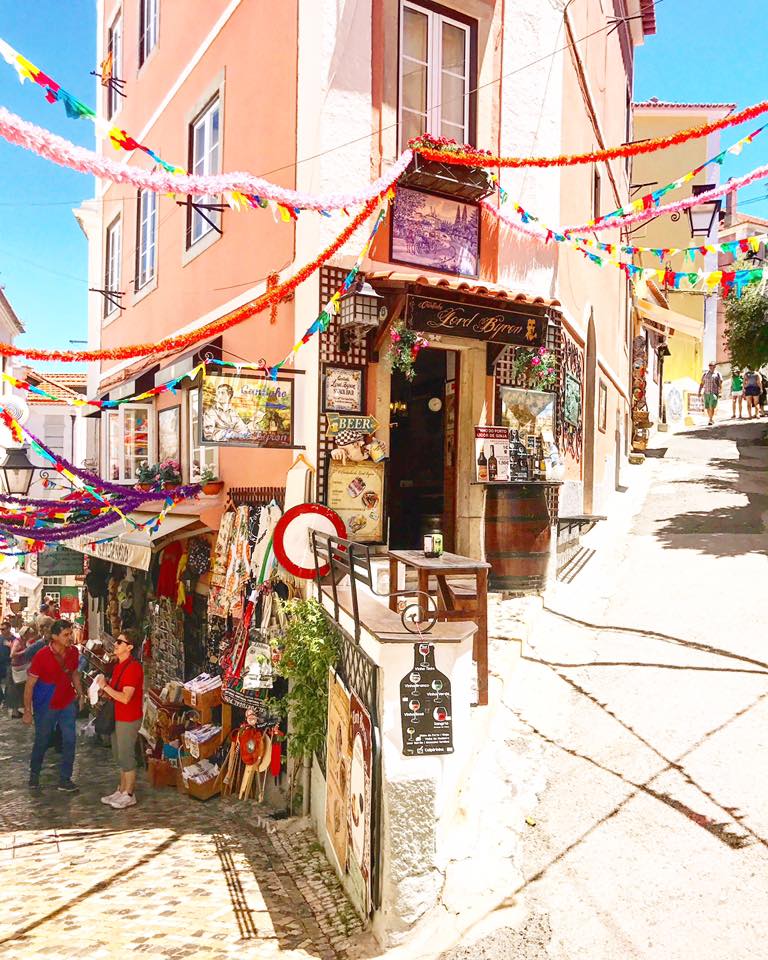
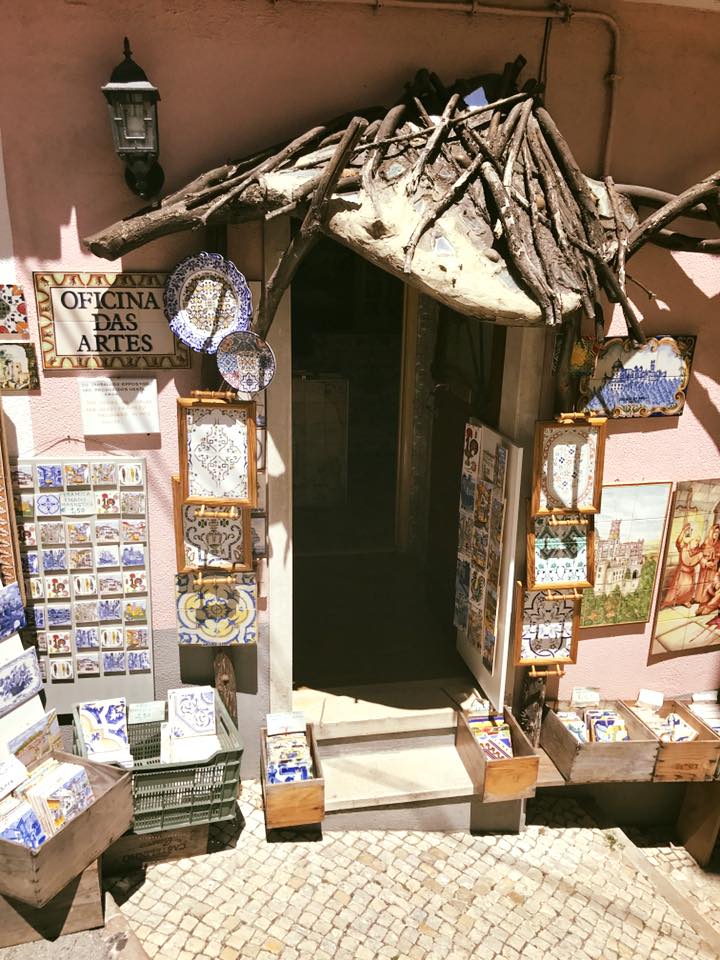
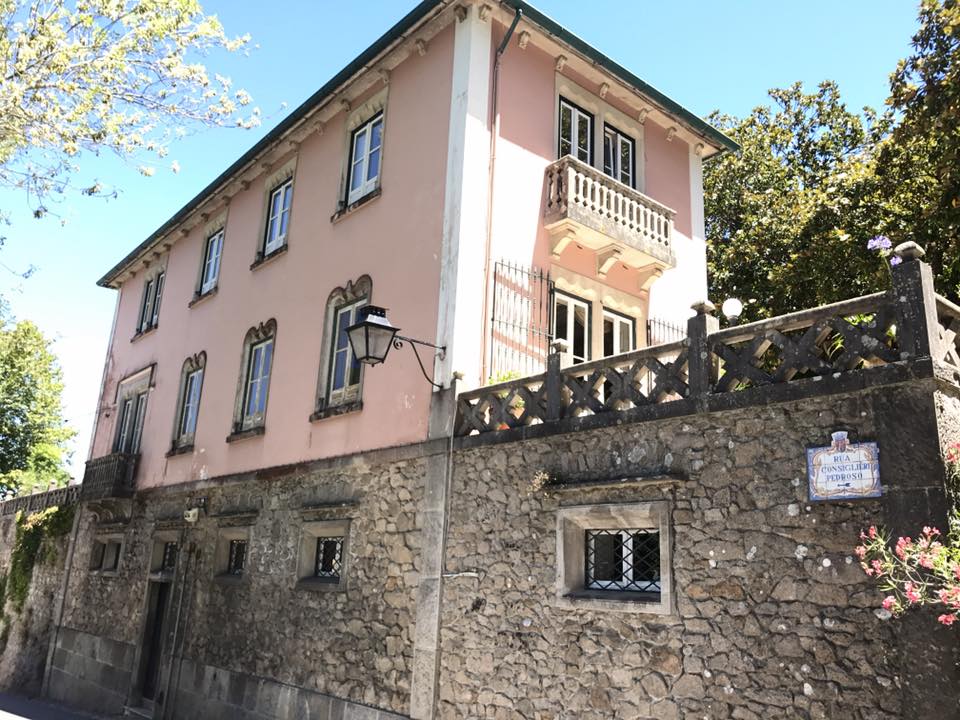
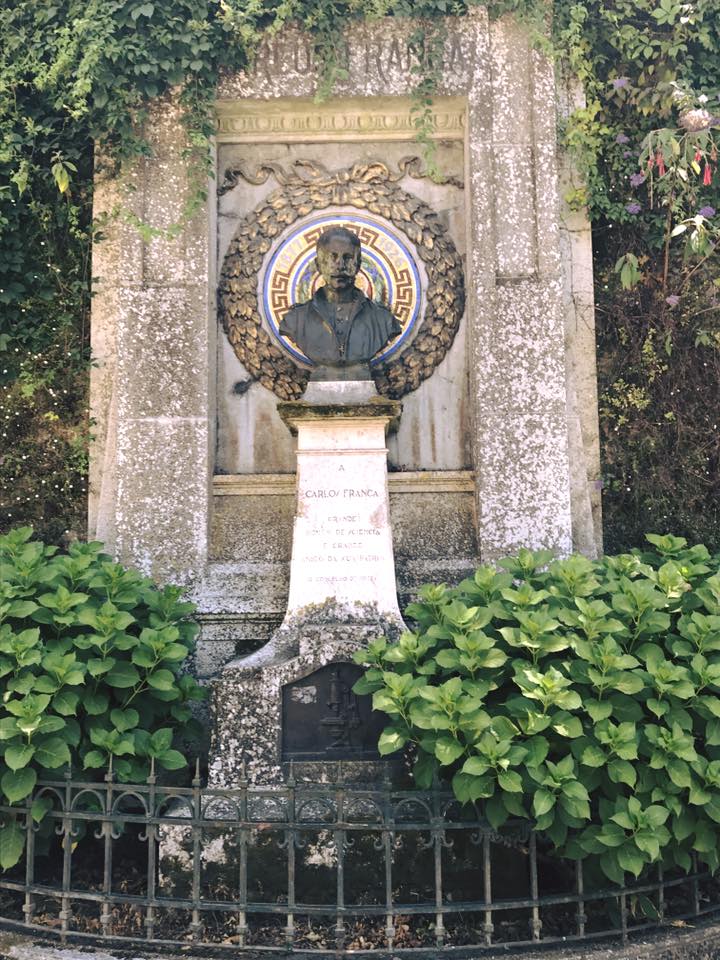
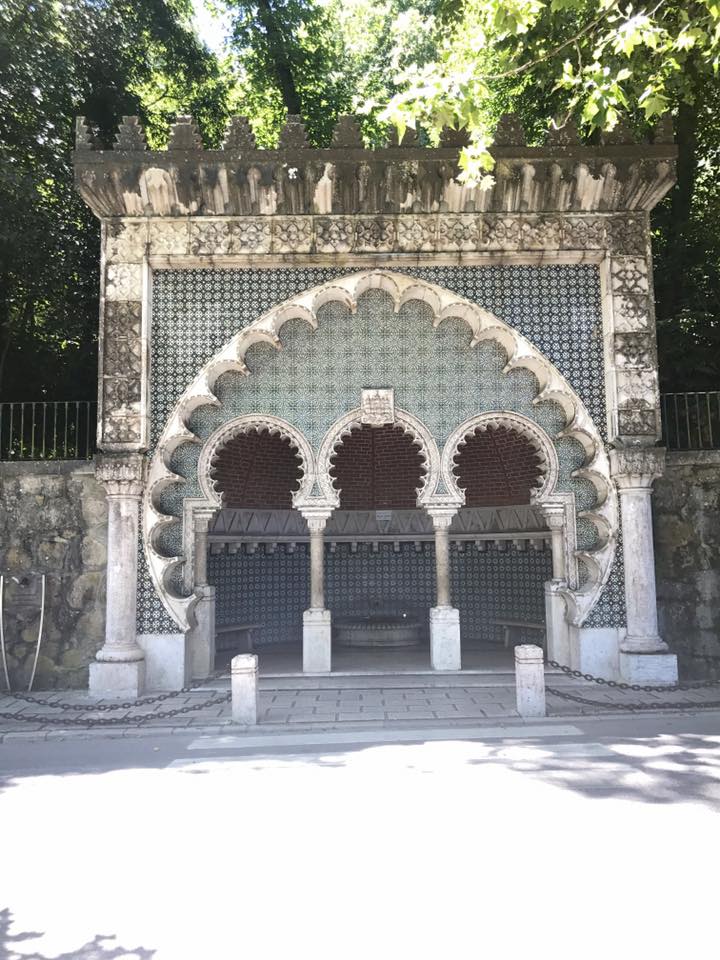
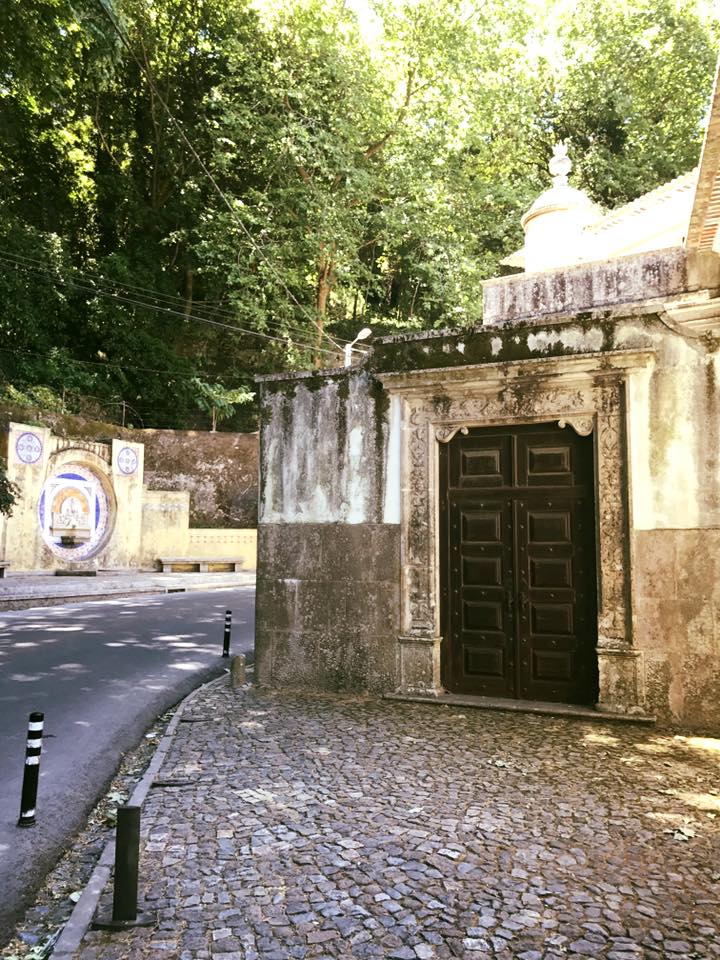
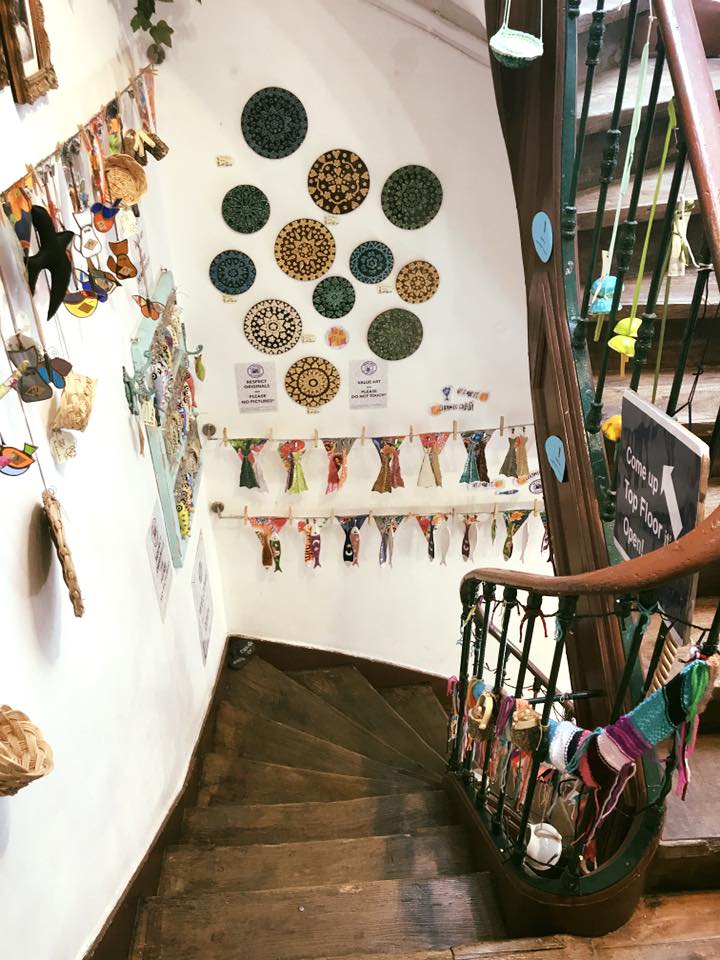
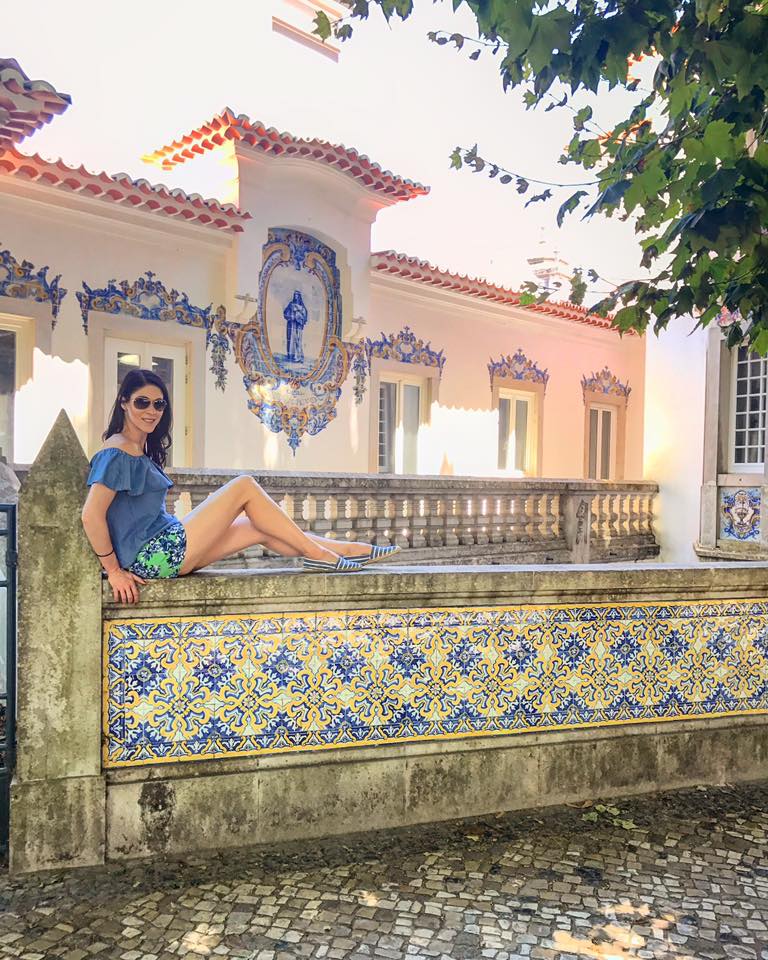
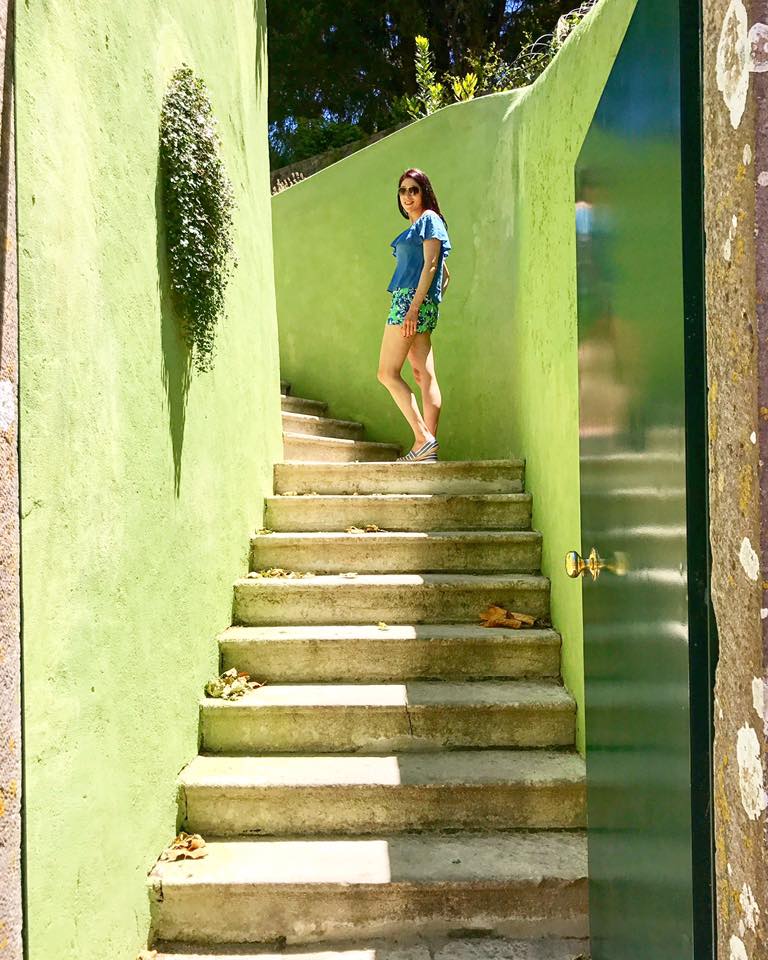
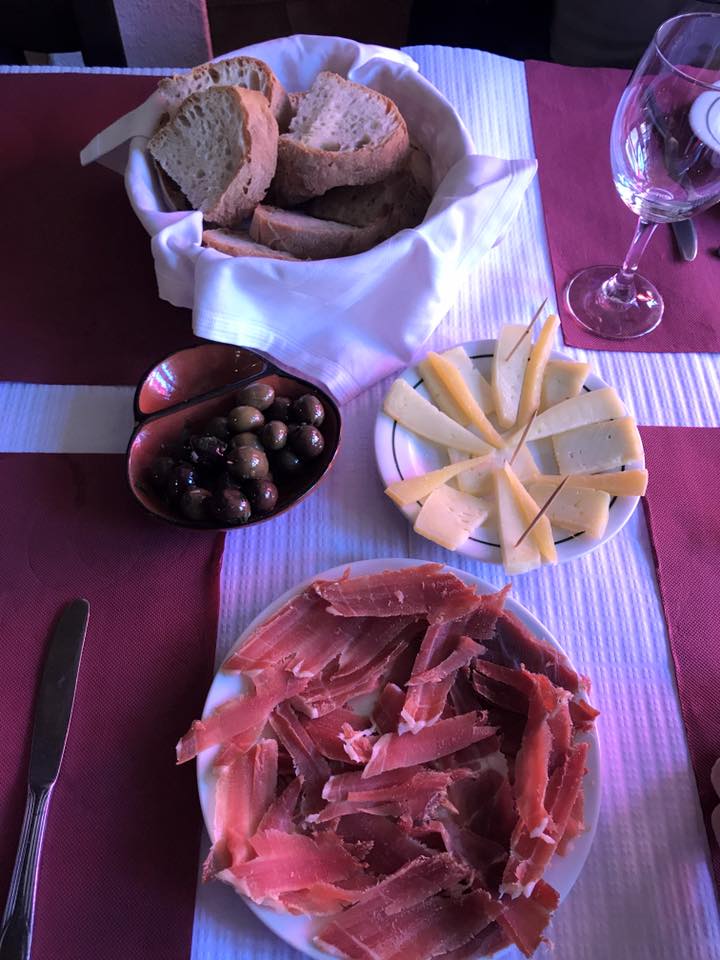
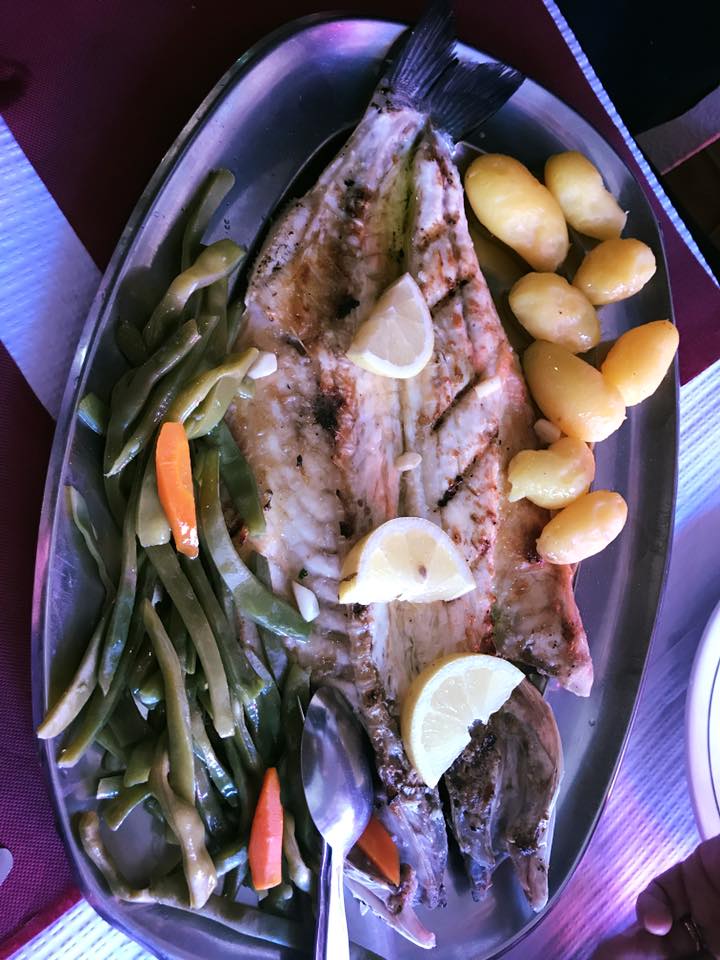
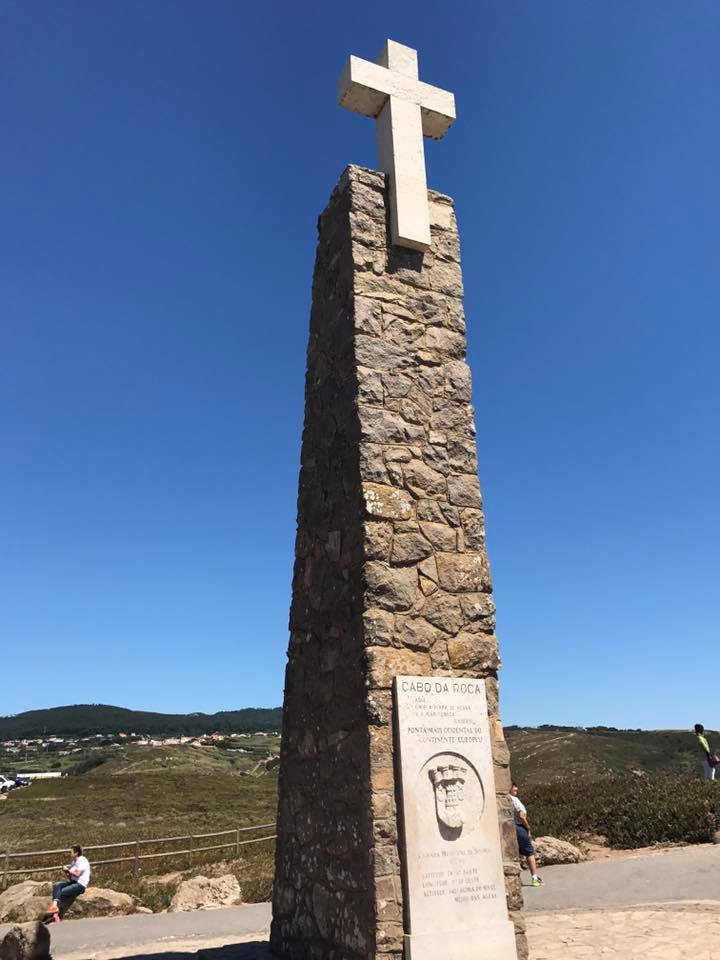
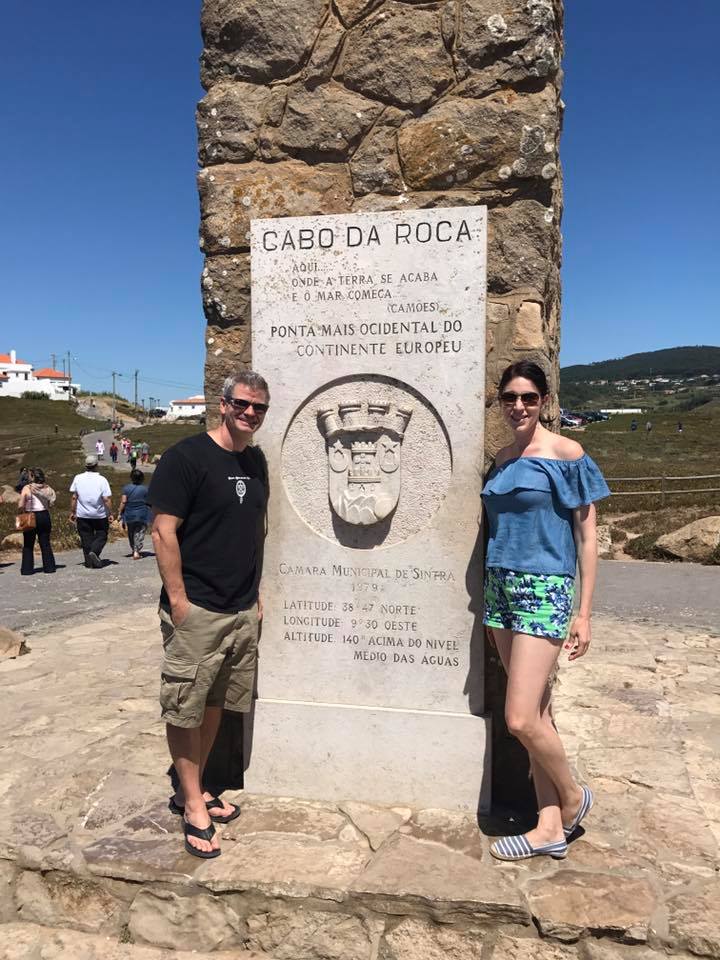
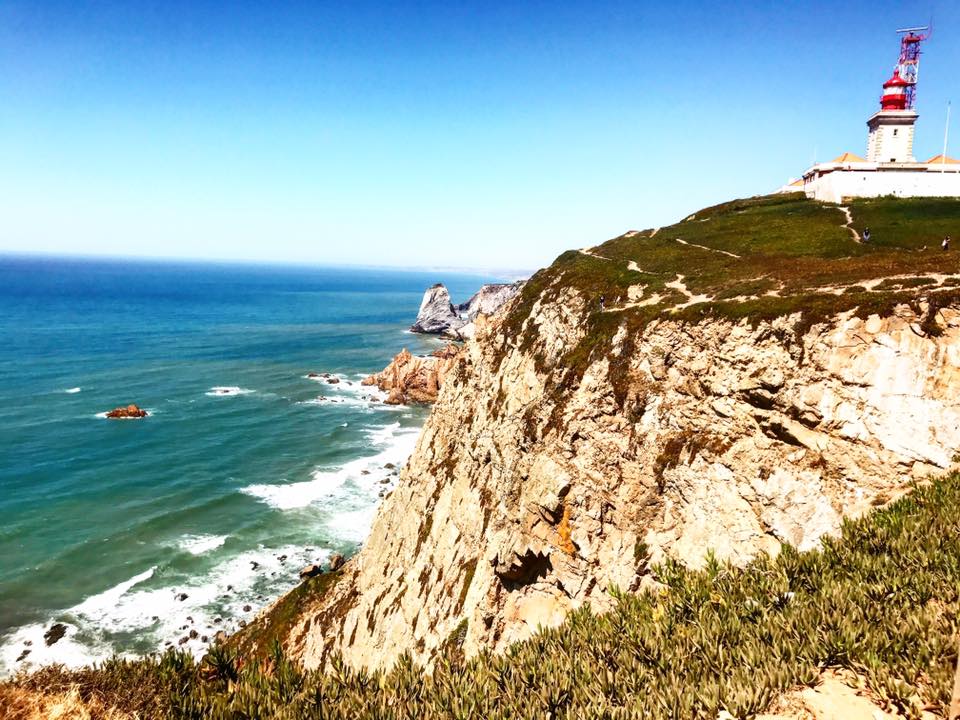
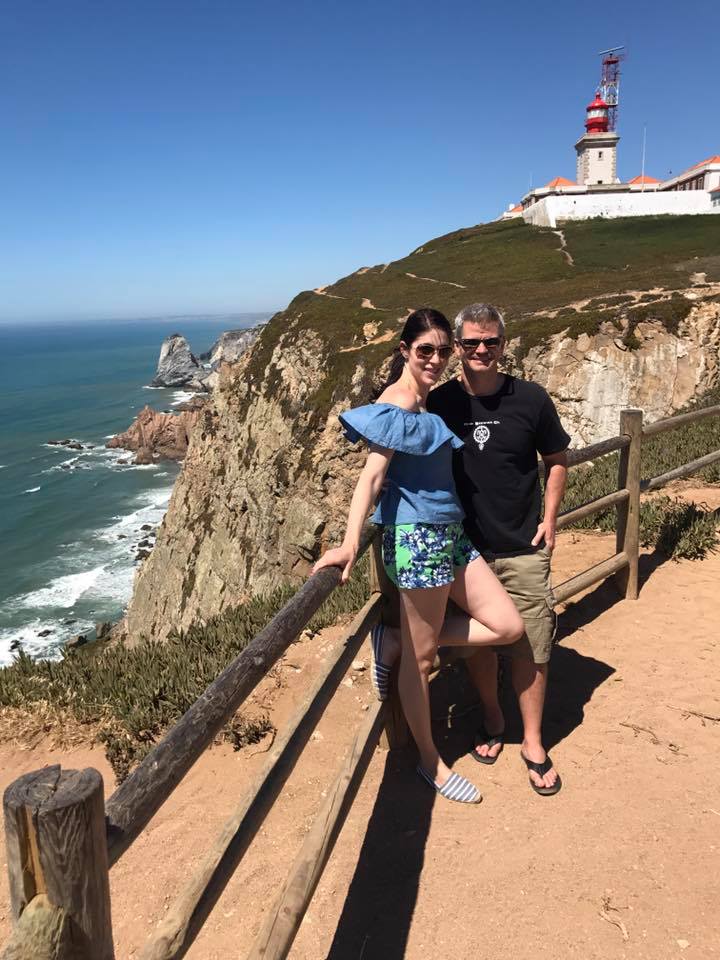
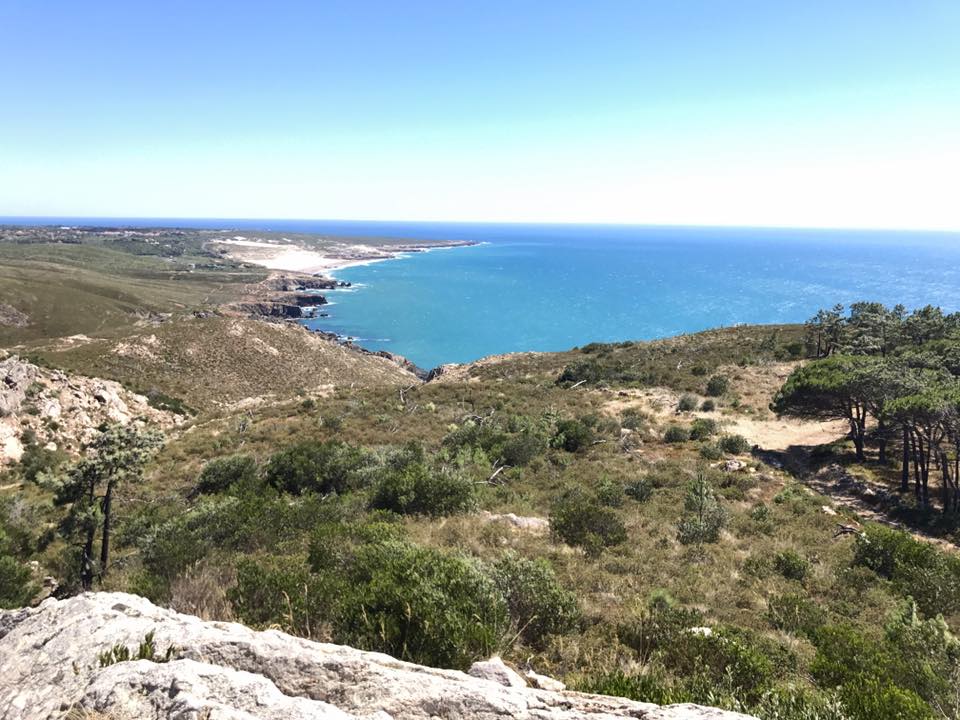

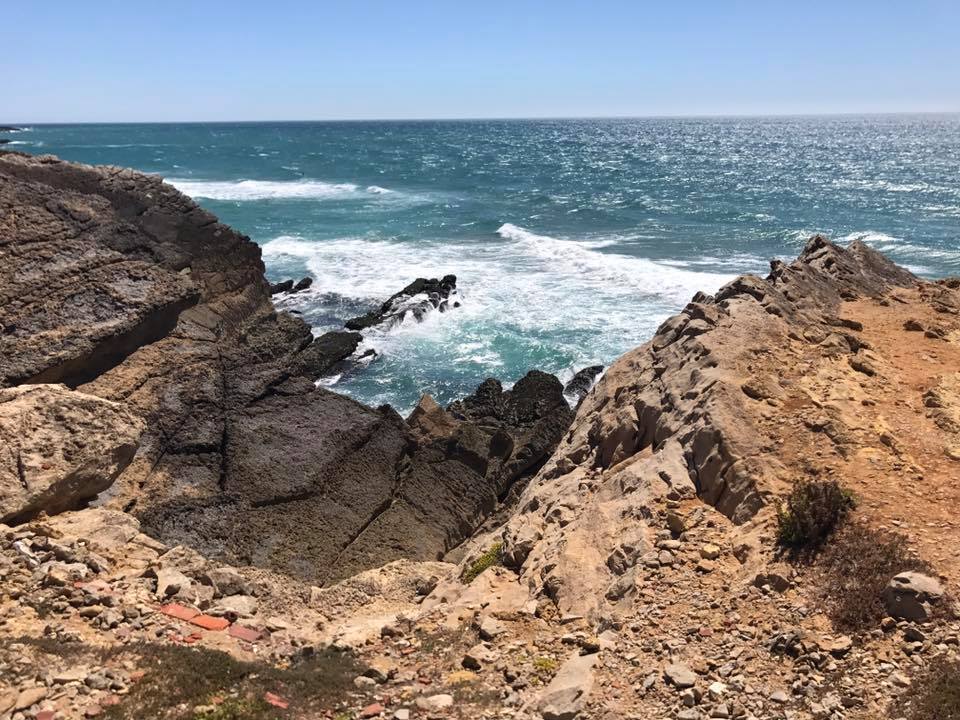
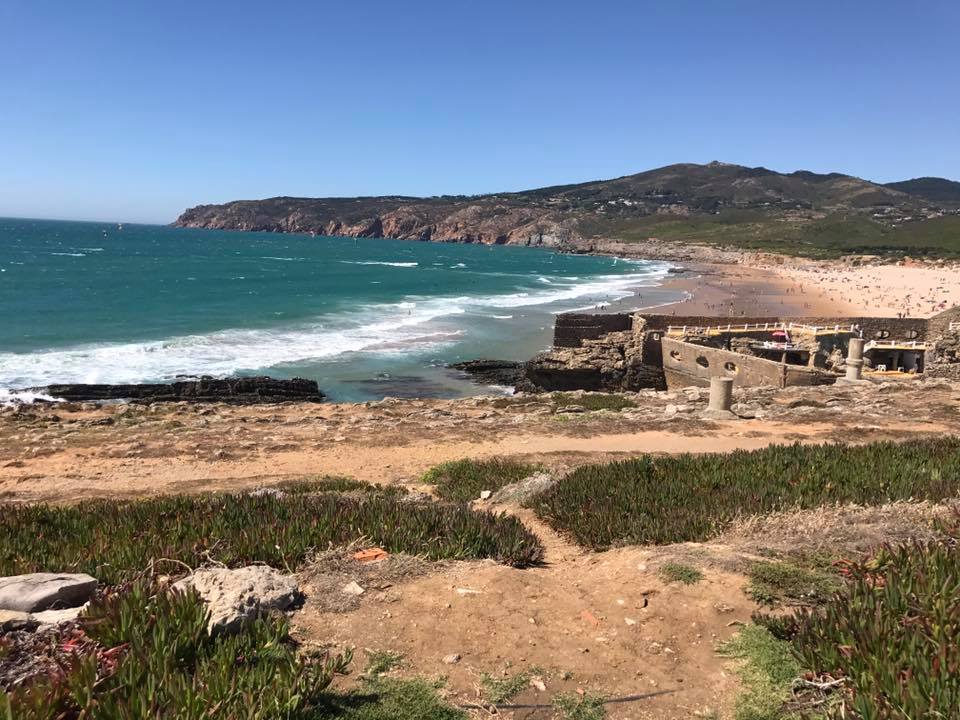
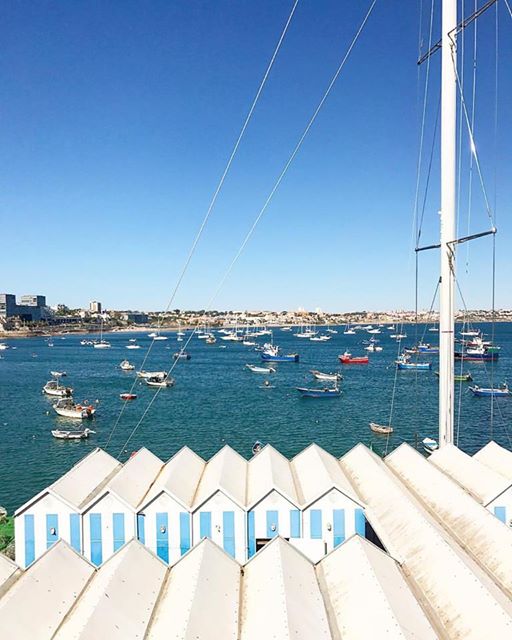
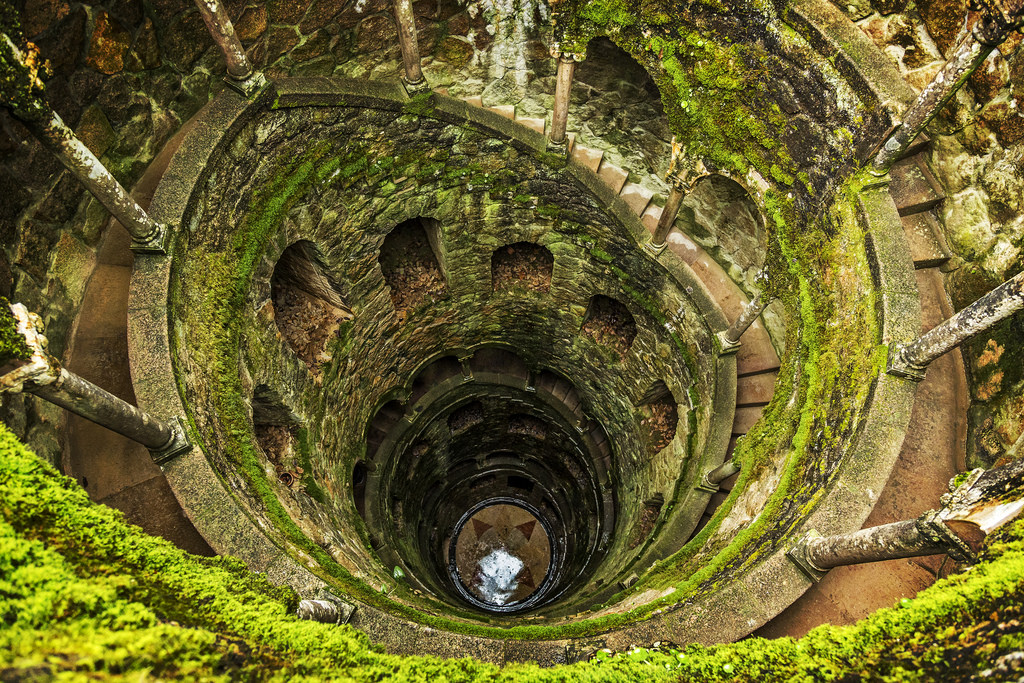
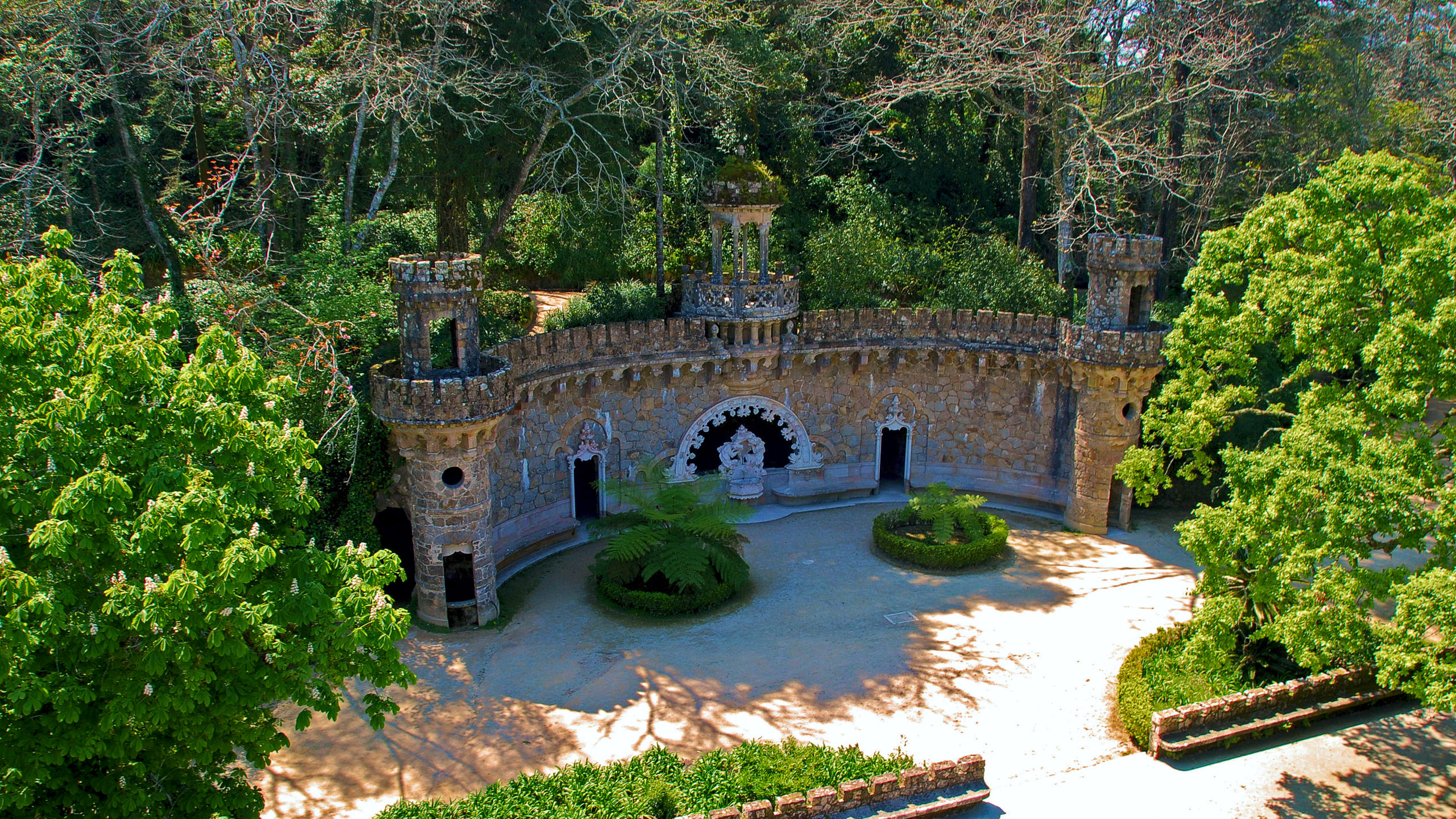 There are some beautiful properties to choose from for an overnight stay. You can go wine tasting in this region, and, I am told that once the day-trippers leave, Sintra becomes a different place, and the sites stay open to allow the people staying there to enjoy them without the crowds.
There are some beautiful properties to choose from for an overnight stay. You can go wine tasting in this region, and, I am told that once the day-trippers leave, Sintra becomes a different place, and the sites stay open to allow the people staying there to enjoy them without the crowds.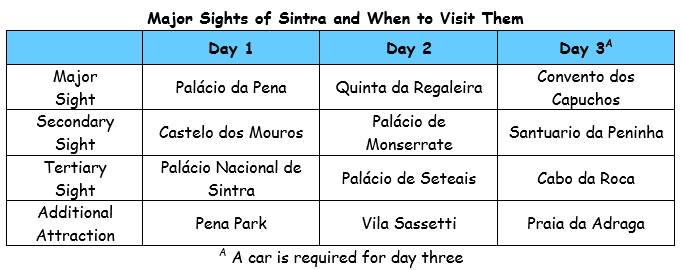
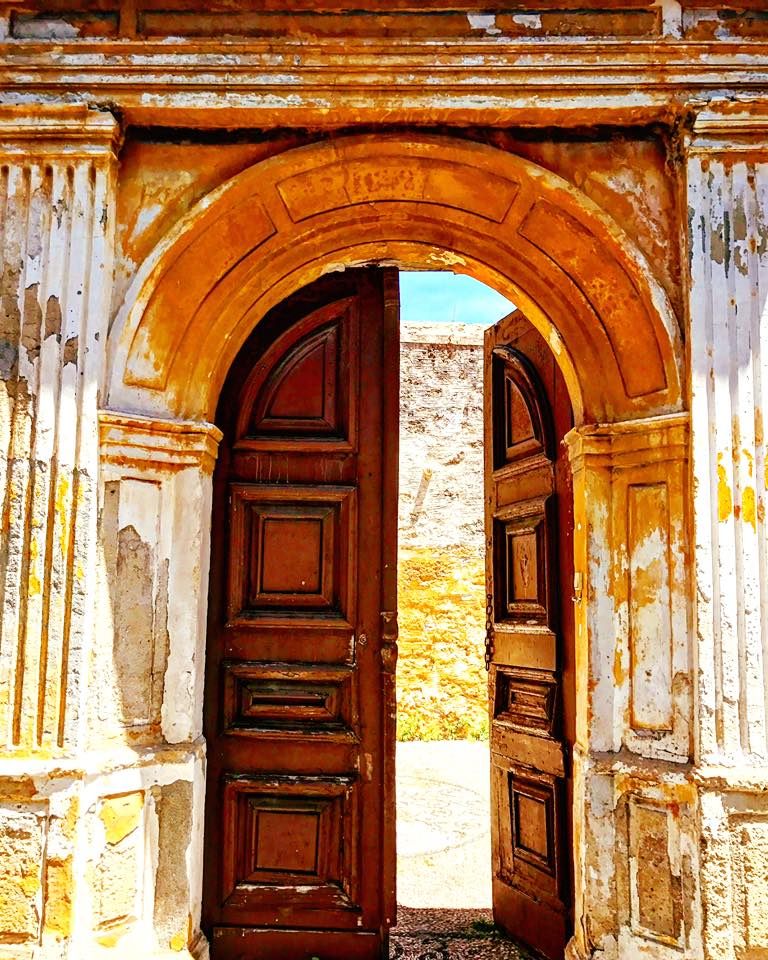
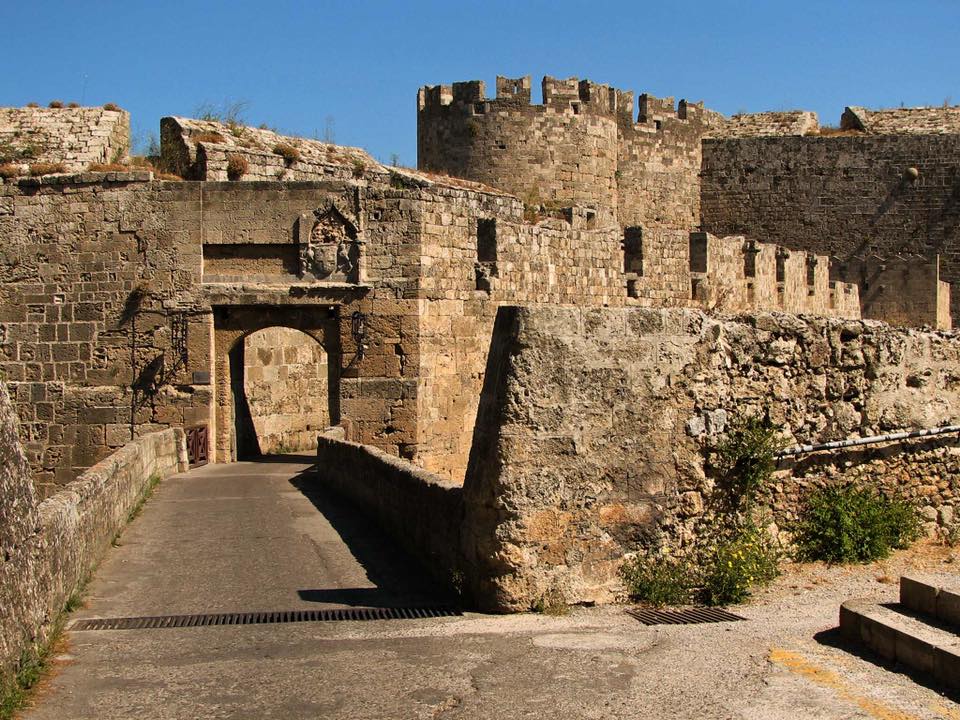
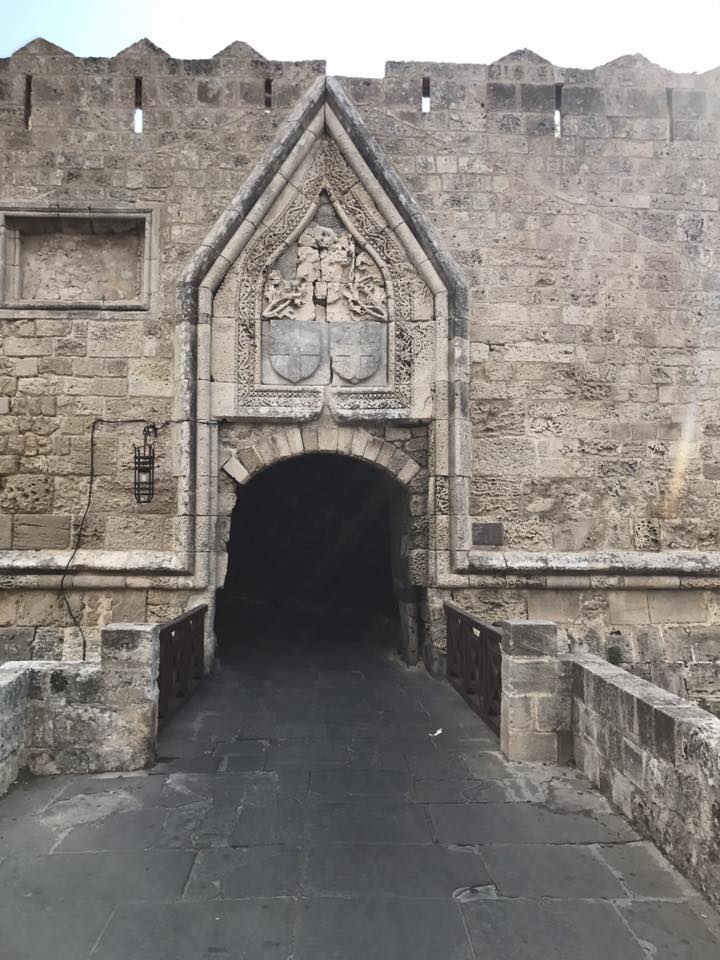
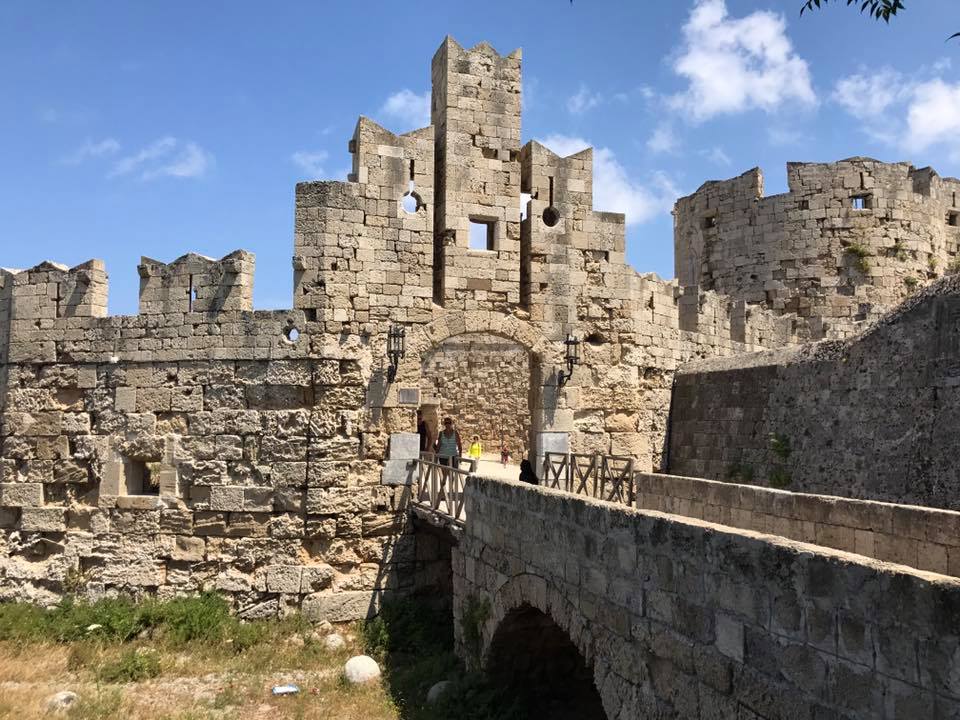
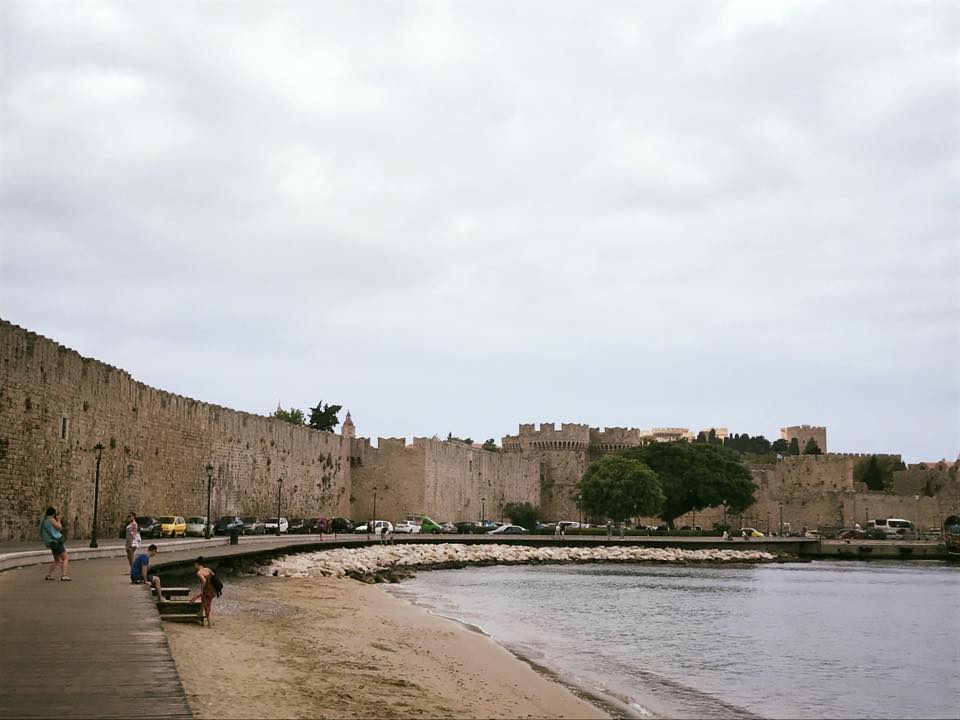
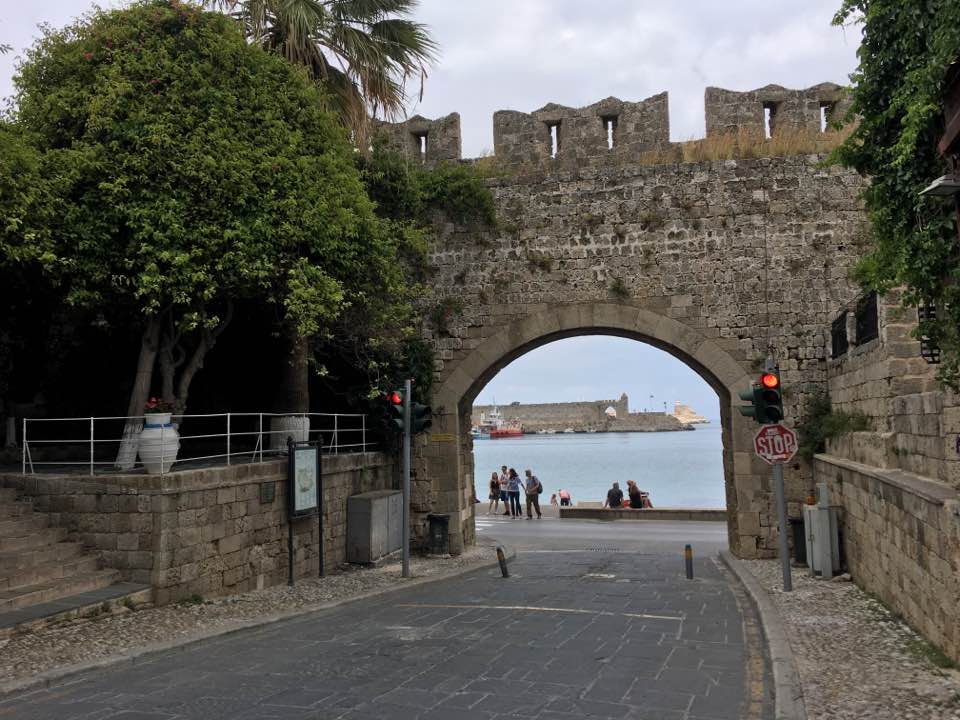
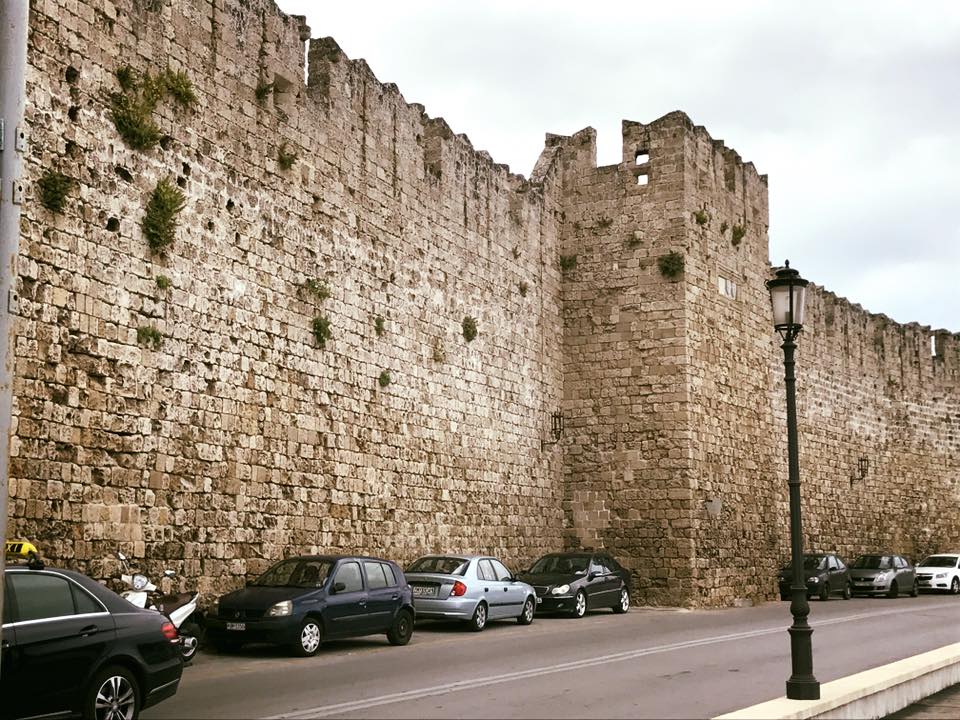 We chose to stay in the Old Town of Rhodes. Old Town is surrounded by medieval walls with seven “gates” (Gate of the Naval Station, Gate of Agios Ioannis, Gate of Agia Ekaterini, Gate of the Apostle Paul, Gate of Amboise, Gate of Agios Athanassios and the Gate of the Port). Today, the gates are the seven entry points into the Old Town. When you enter these gates, you feel as if you have entered another world. I am so glad we chose to stay in the Old Town. It was truly enchanting and much more charming than staying at one of the huge beach resorts in the modern city. You literally feel as though you have entered some sort of enchanted land.
We chose to stay in the Old Town of Rhodes. Old Town is surrounded by medieval walls with seven “gates” (Gate of the Naval Station, Gate of Agios Ioannis, Gate of Agia Ekaterini, Gate of the Apostle Paul, Gate of Amboise, Gate of Agios Athanassios and the Gate of the Port). Today, the gates are the seven entry points into the Old Town. When you enter these gates, you feel as if you have entered another world. I am so glad we chose to stay in the Old Town. It was truly enchanting and much more charming than staying at one of the huge beach resorts in the modern city. You literally feel as though you have entered some sort of enchanted land.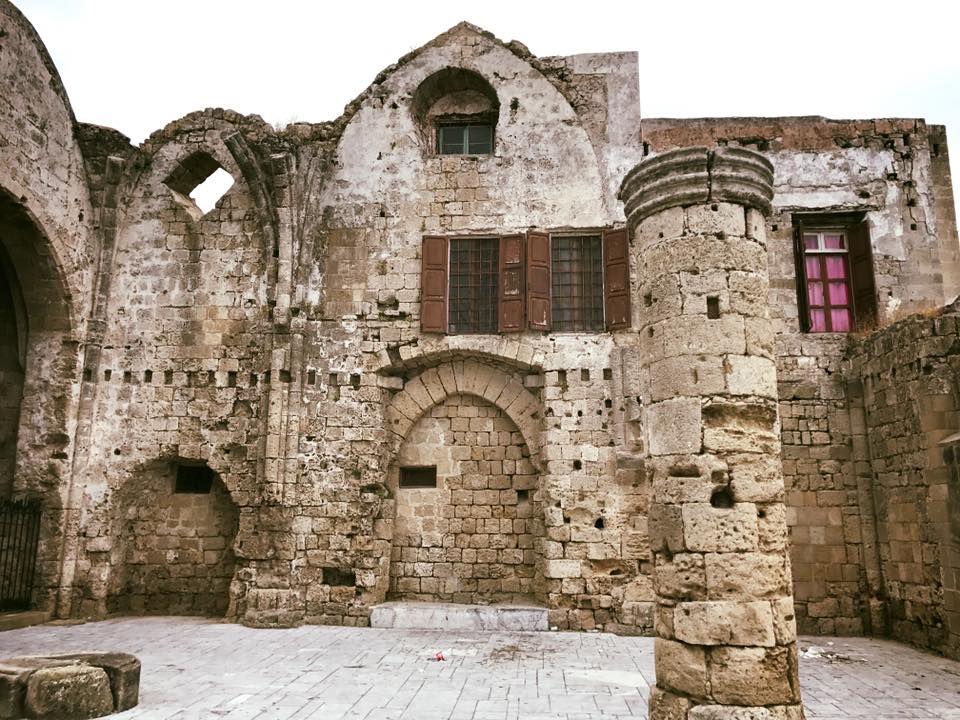
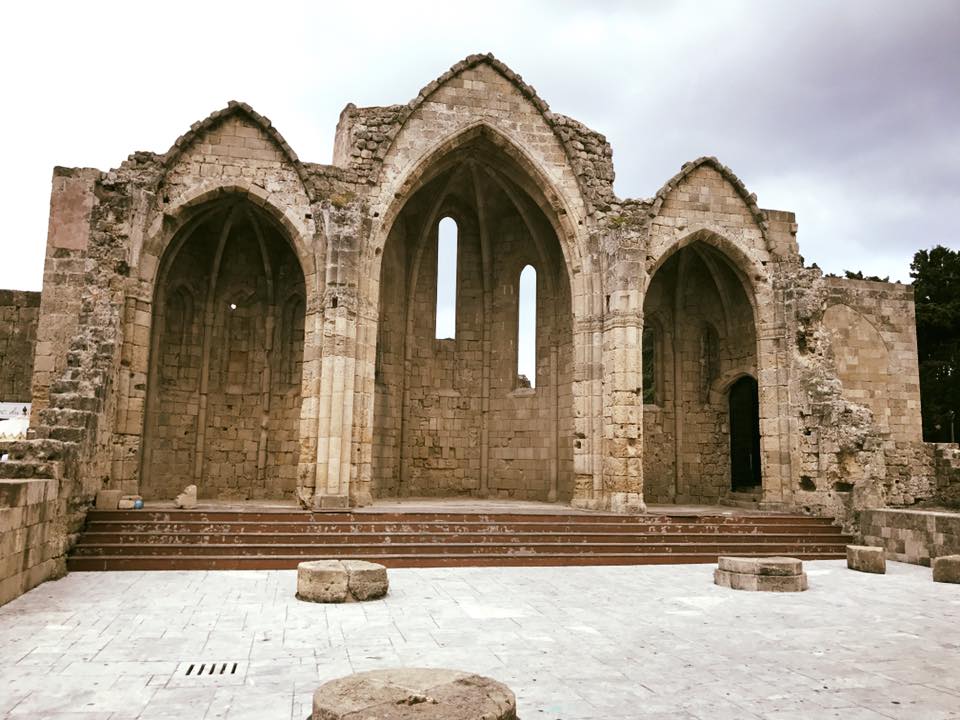
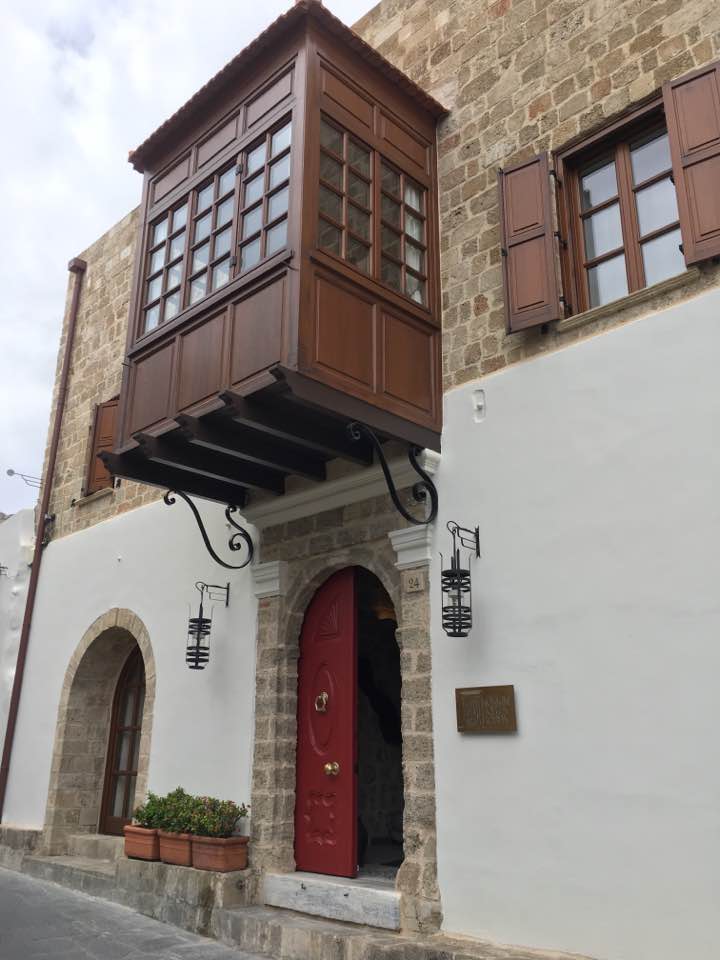
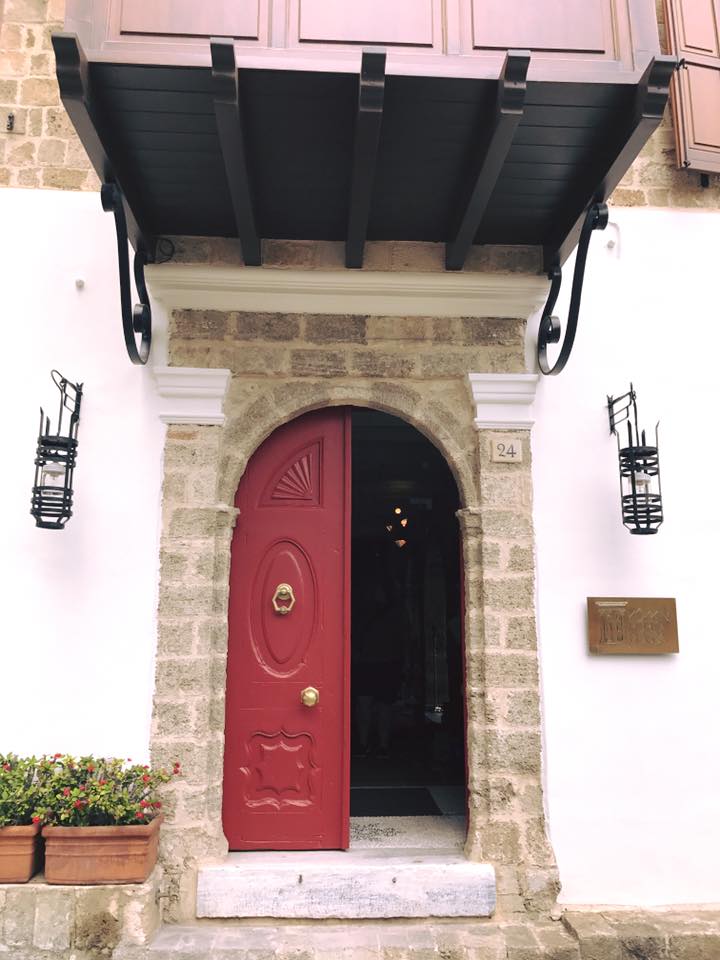
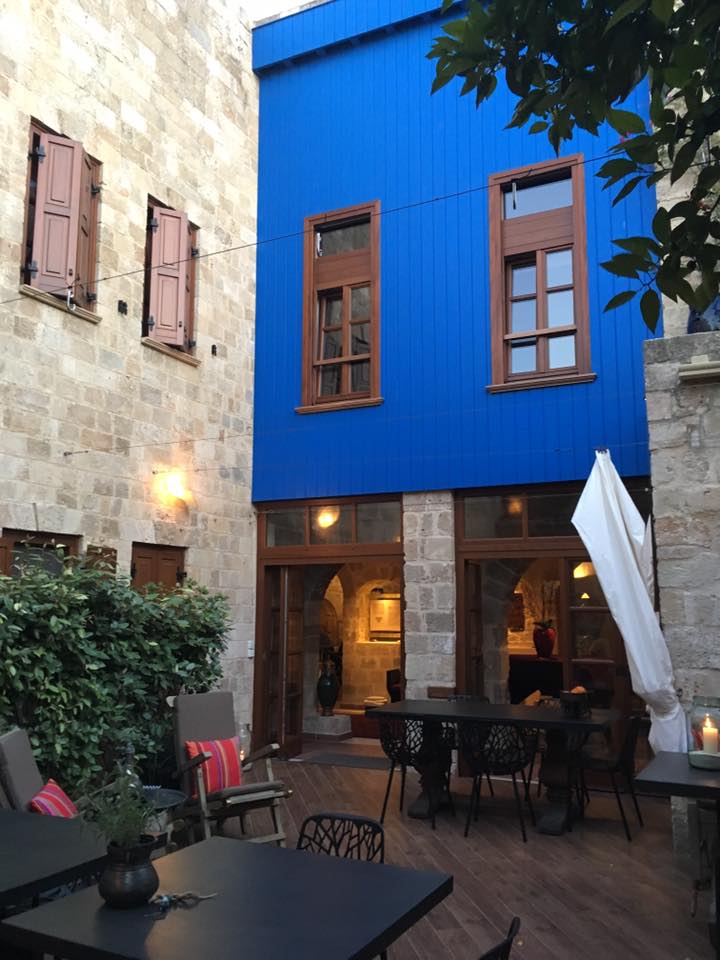
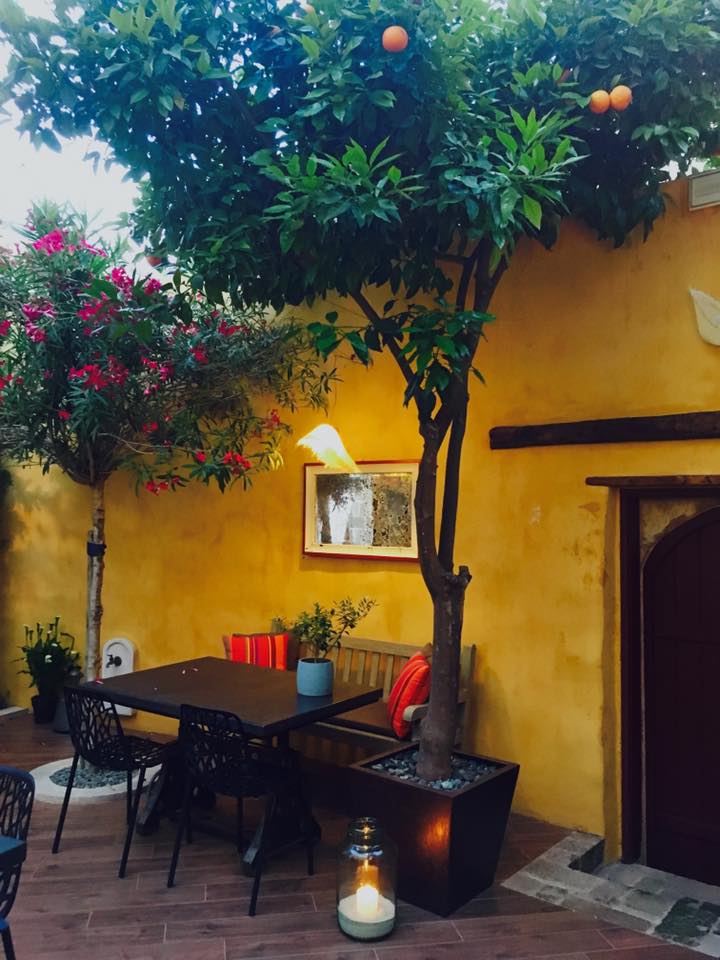
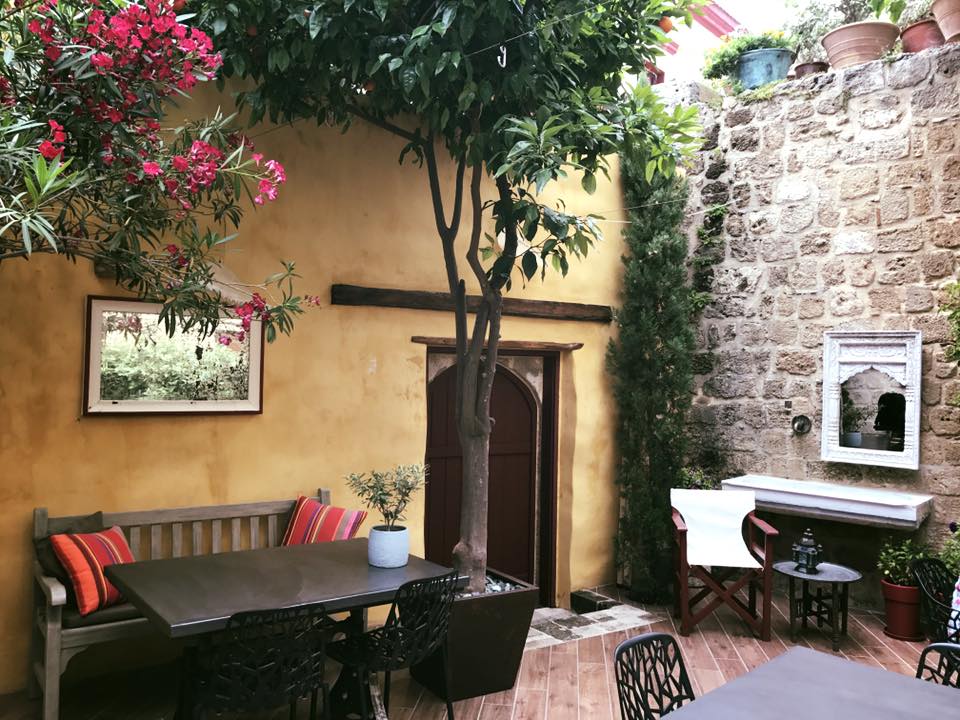
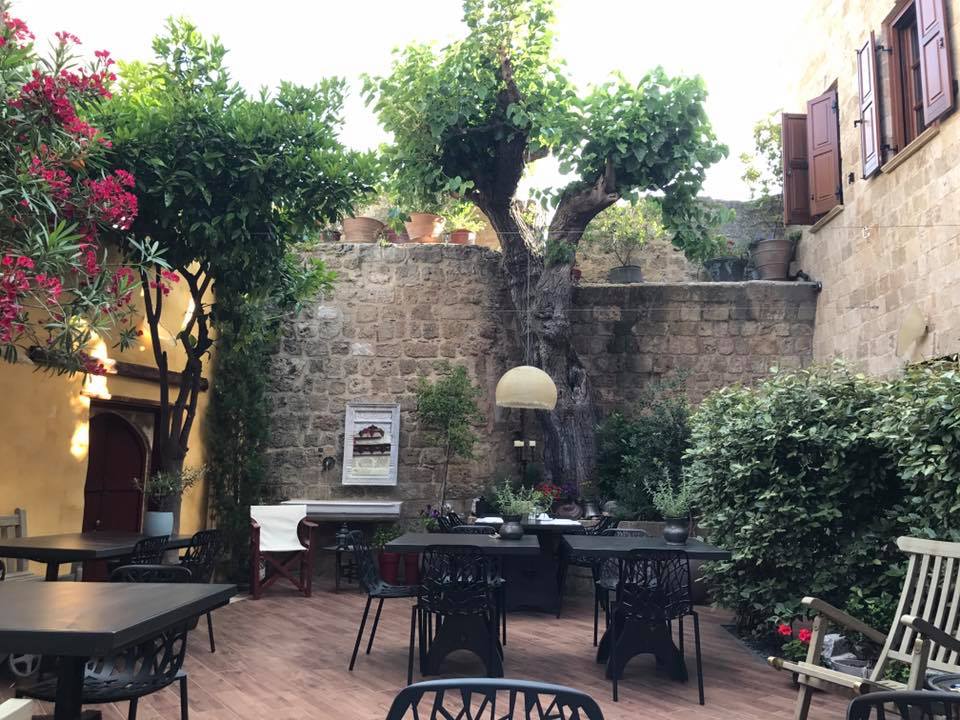
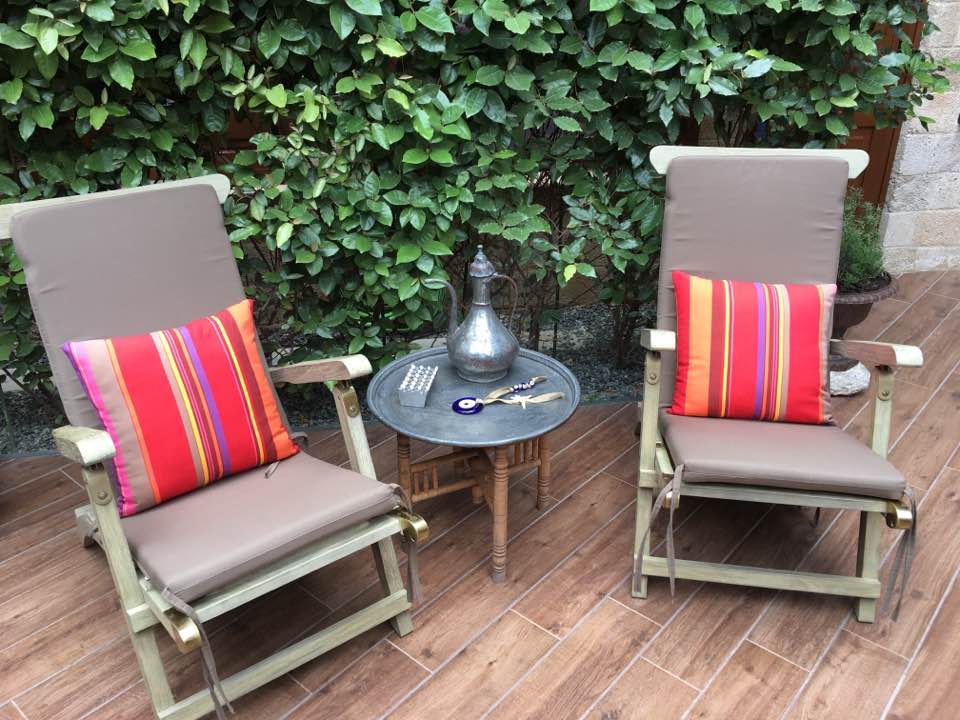
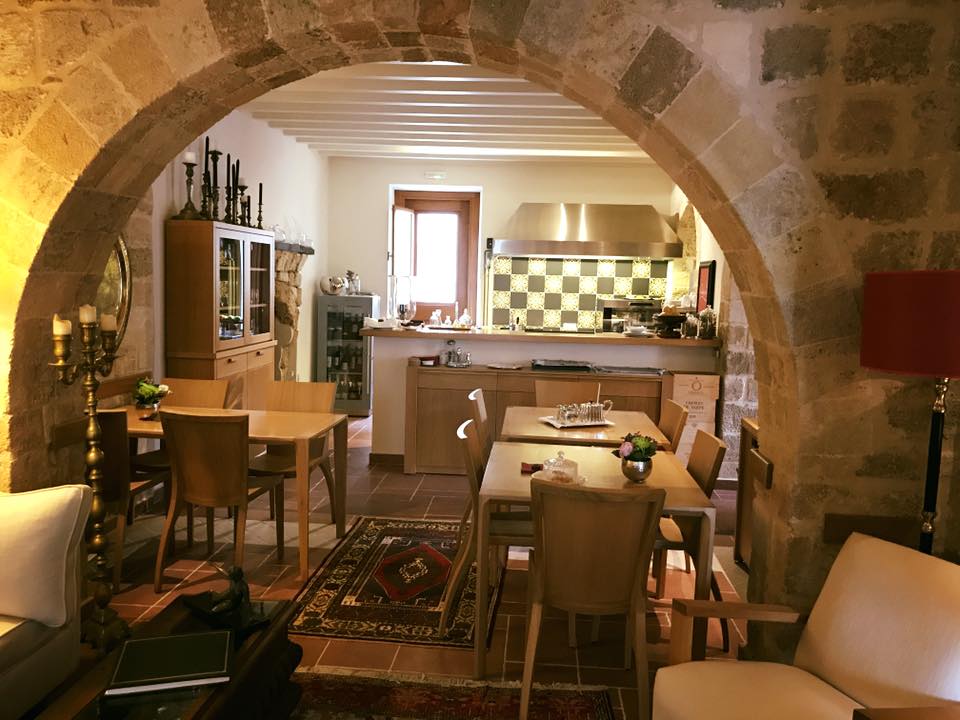
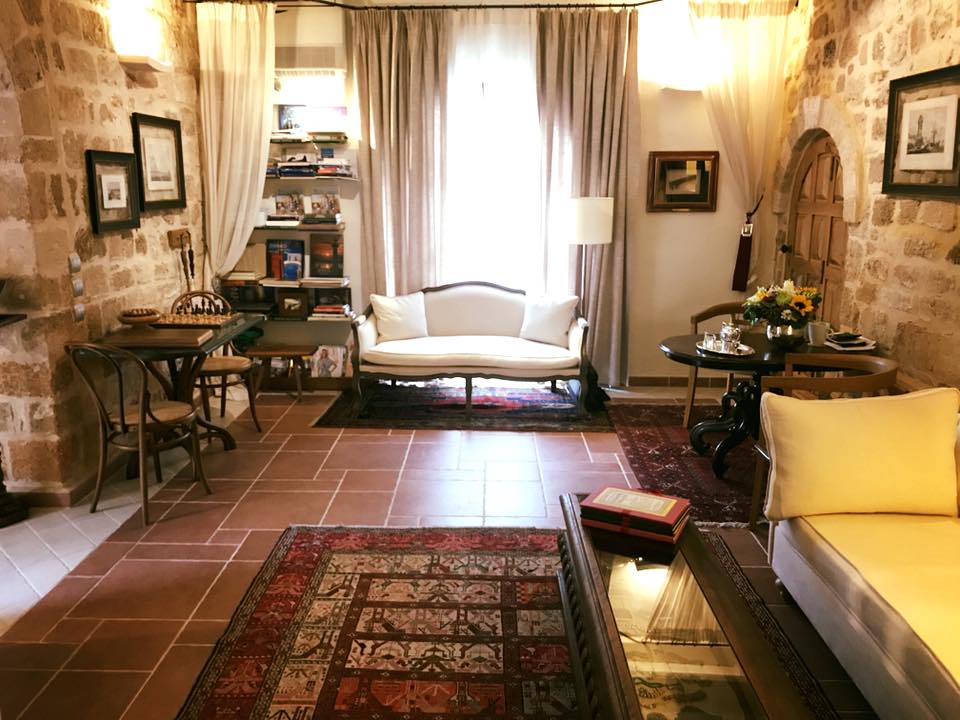
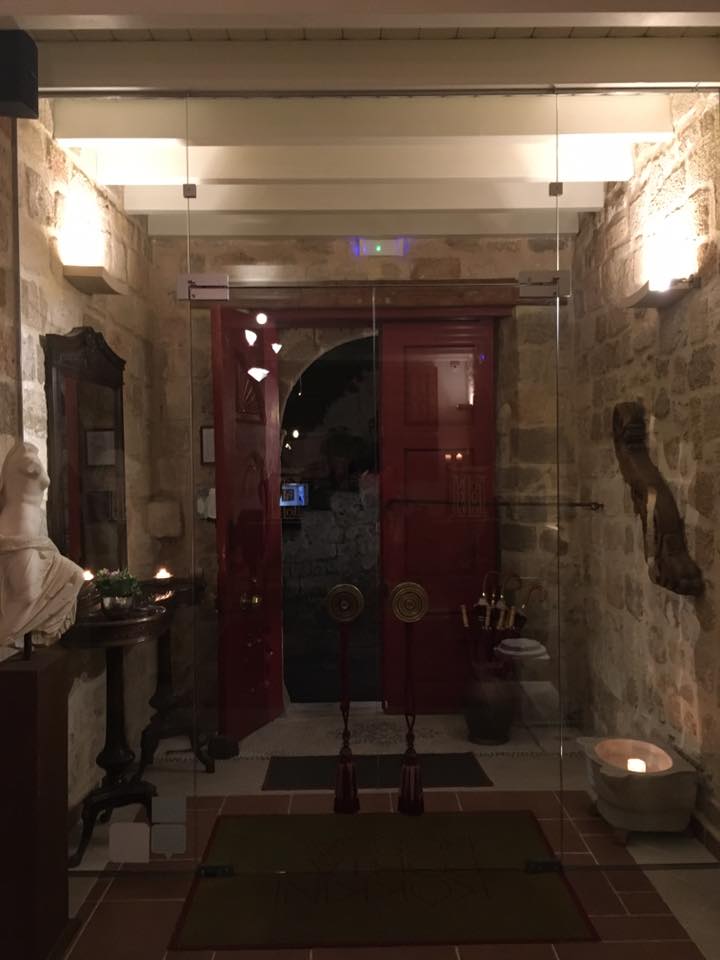
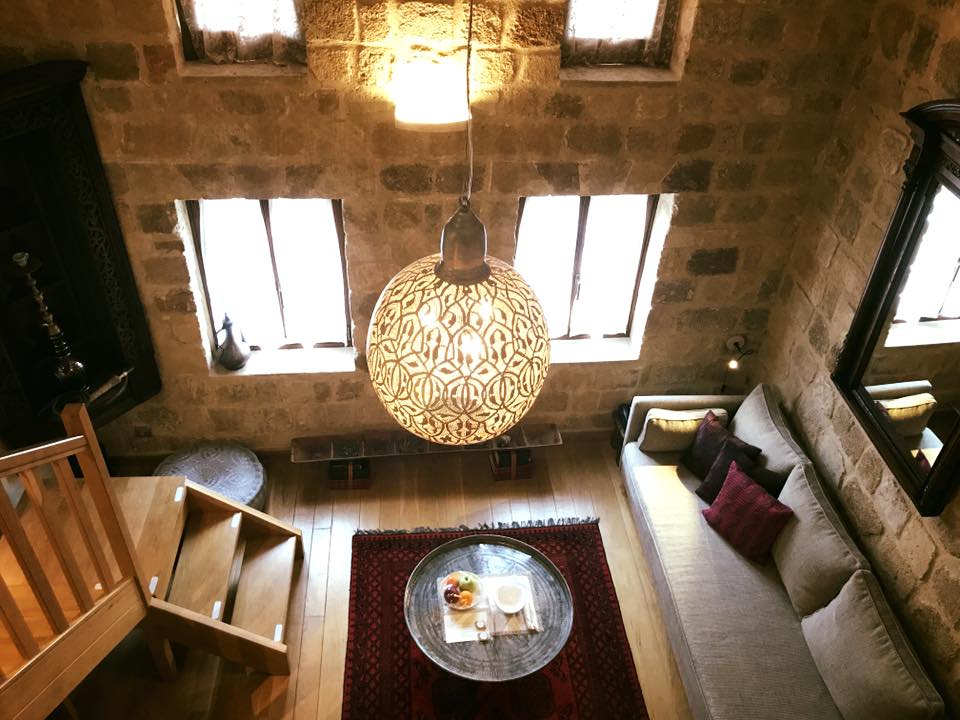
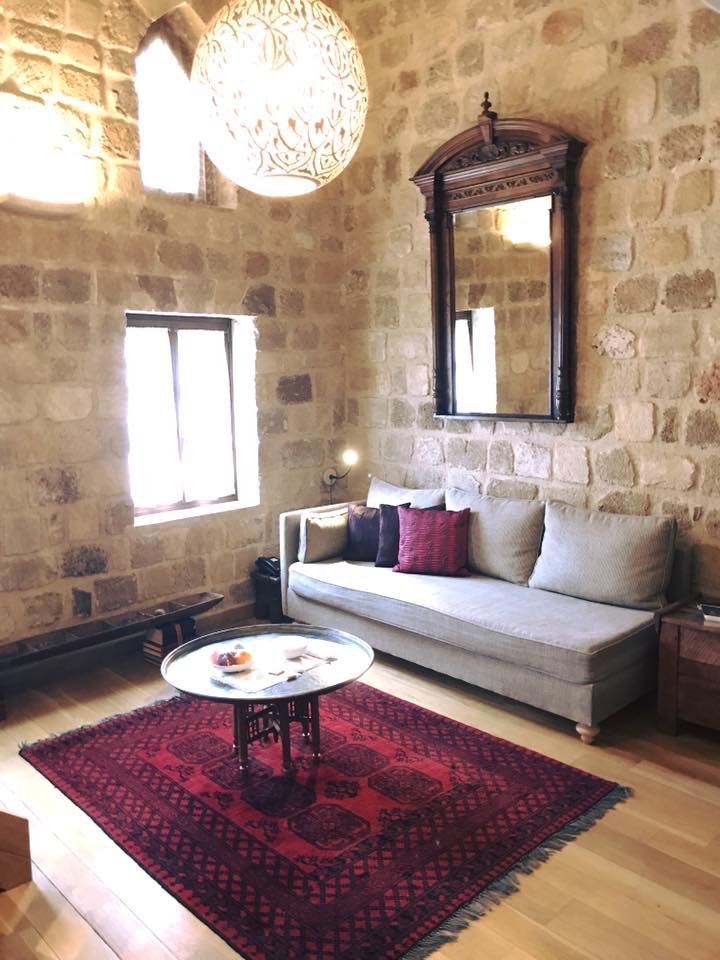
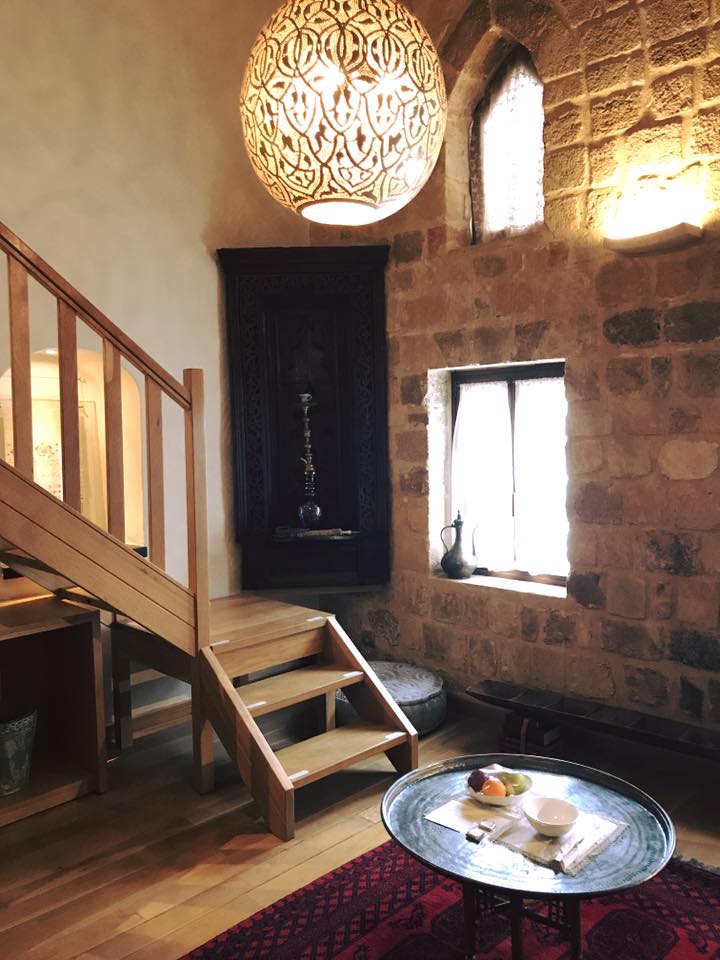
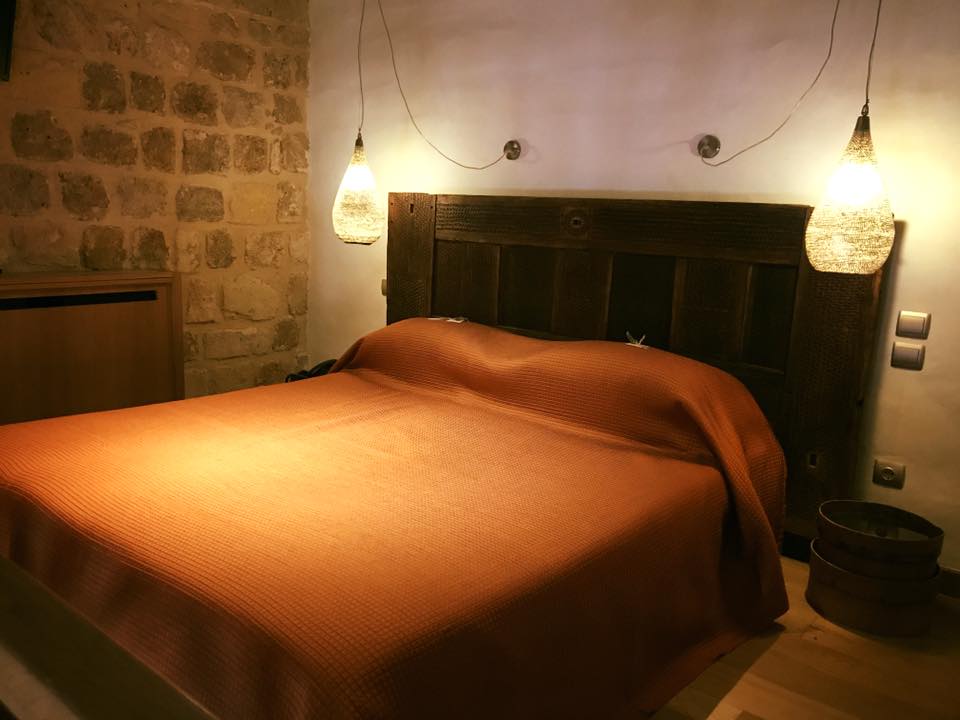
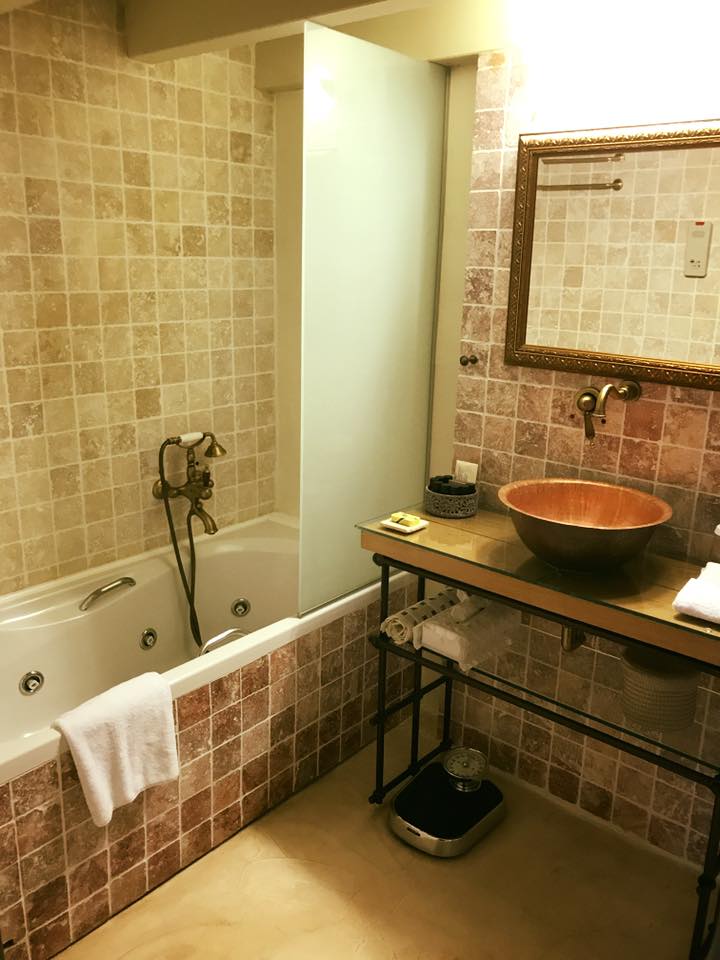
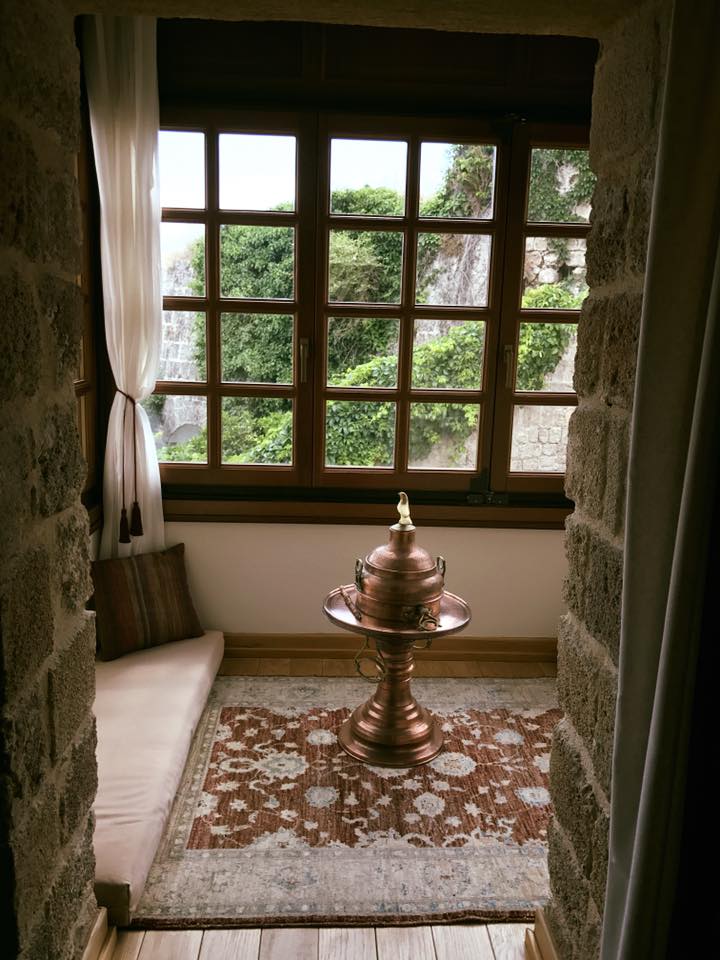 Angela and Nikos have anticipated your every need. They literally have thought of every single little detail. Each room comes with a fully stocked beach bag that includes towels, mats, and bottled water.
Angela and Nikos have anticipated your every need. They literally have thought of every single little detail. Each room comes with a fully stocked beach bag that includes towels, mats, and bottled water.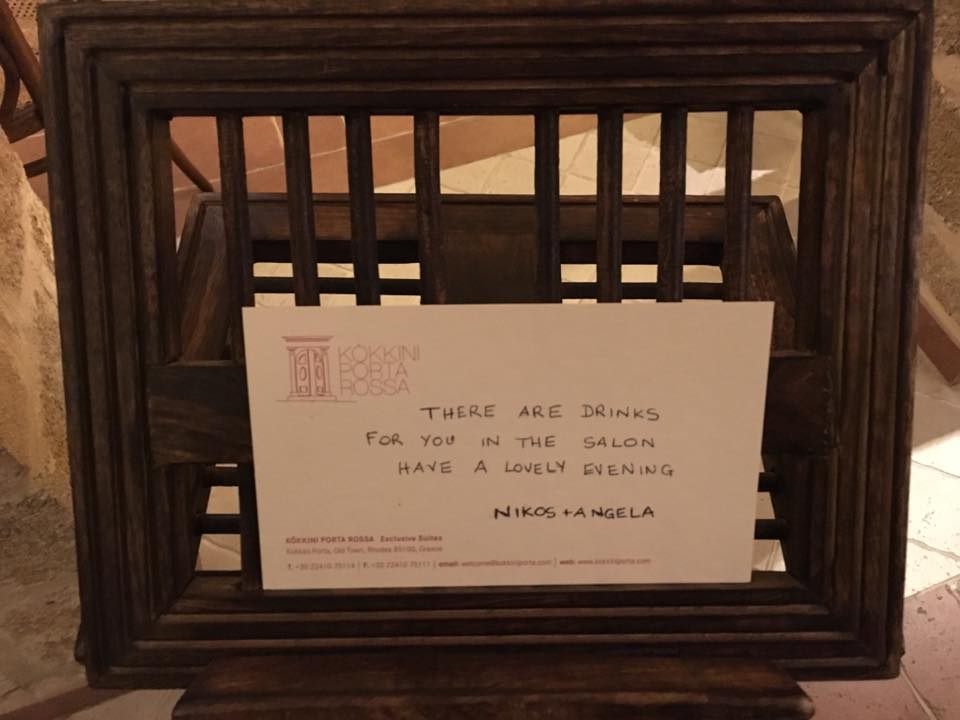
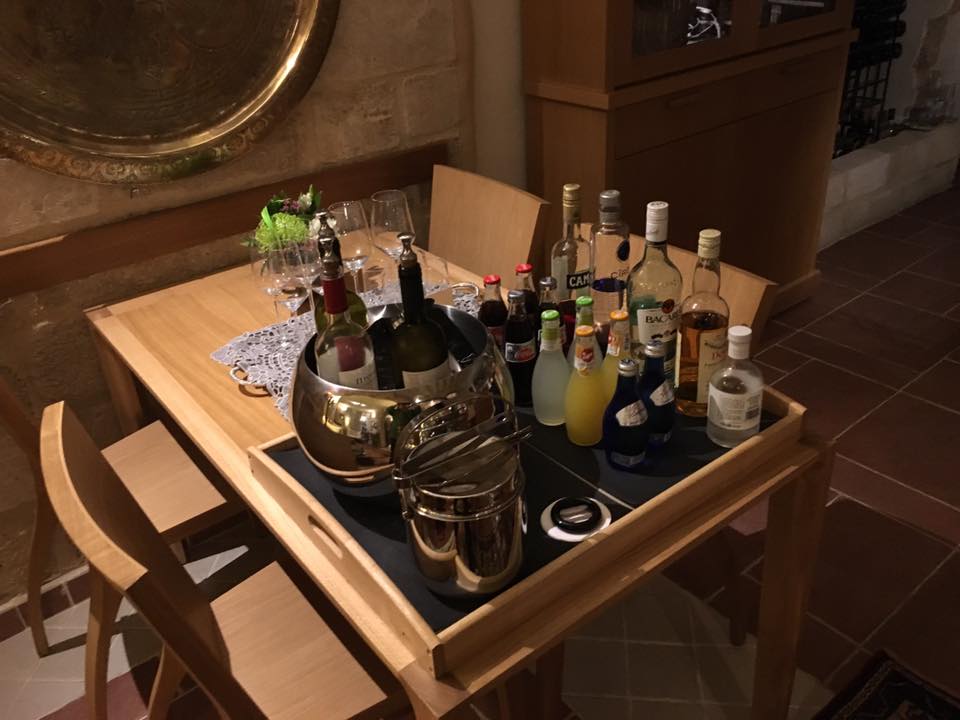 Breakfast is included with your room, and you would be a fool to miss it. It is literally the best breakfast I have ever had at a hotel, and Chad and I have stayed at some VERY nice hotels all over the world. Angela serves up a three-course, homemade breakfast. First, she brings you a French pressed coffee or a hand-squeezed juice (all of which are amazing) and an array of bread with homemade jams (which are also amazing).
Breakfast is included with your room, and you would be a fool to miss it. It is literally the best breakfast I have ever had at a hotel, and Chad and I have stayed at some VERY nice hotels all over the world. Angela serves up a three-course, homemade breakfast. First, she brings you a French pressed coffee or a hand-squeezed juice (all of which are amazing) and an array of bread with homemade jams (which are also amazing).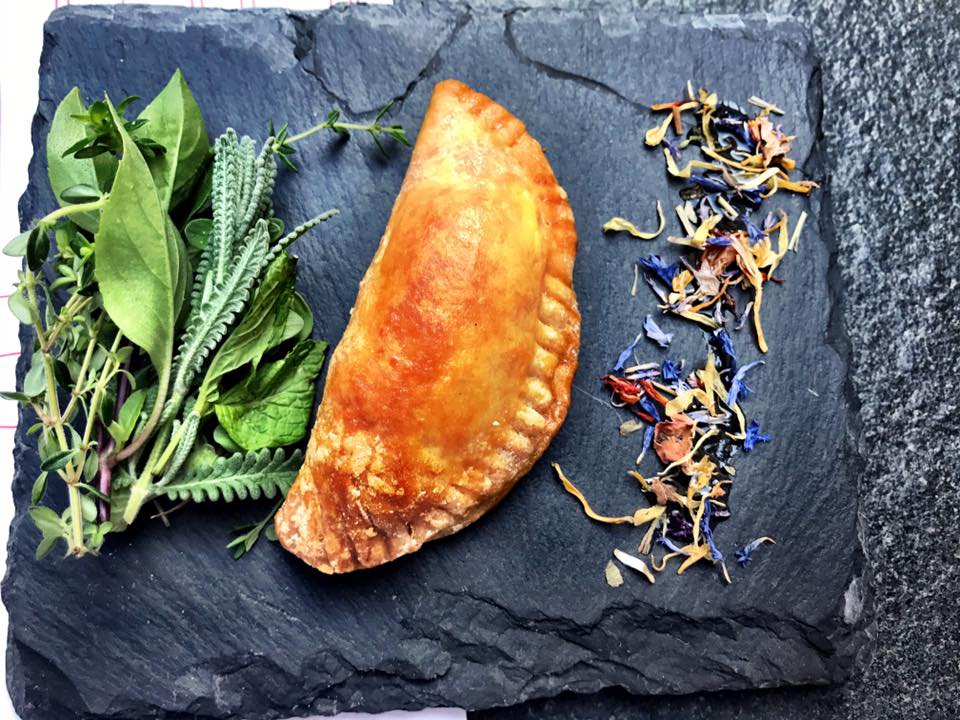
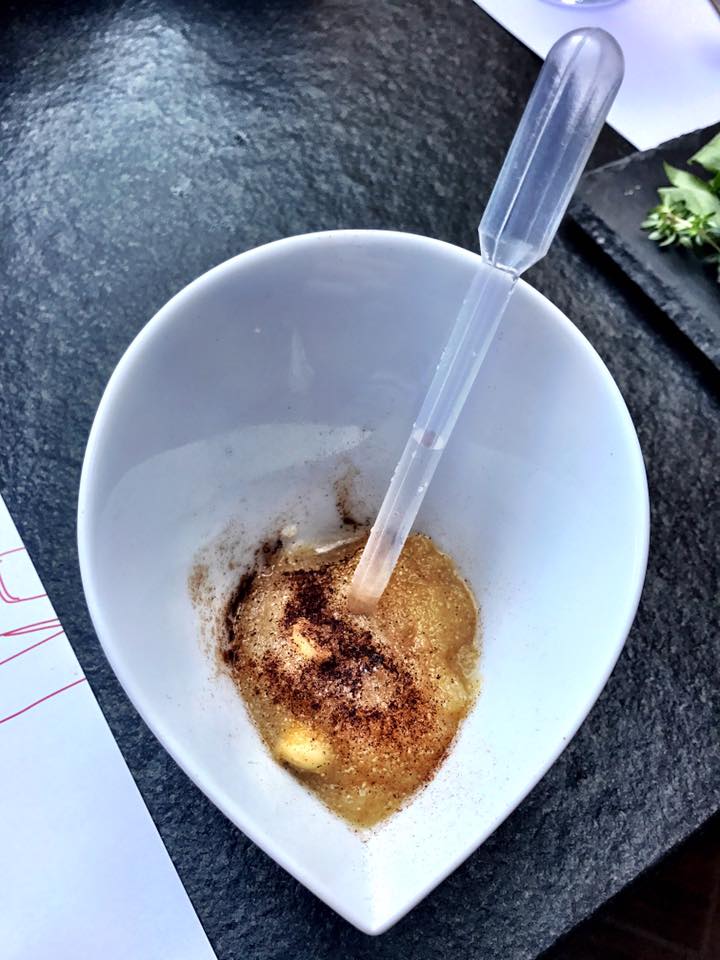
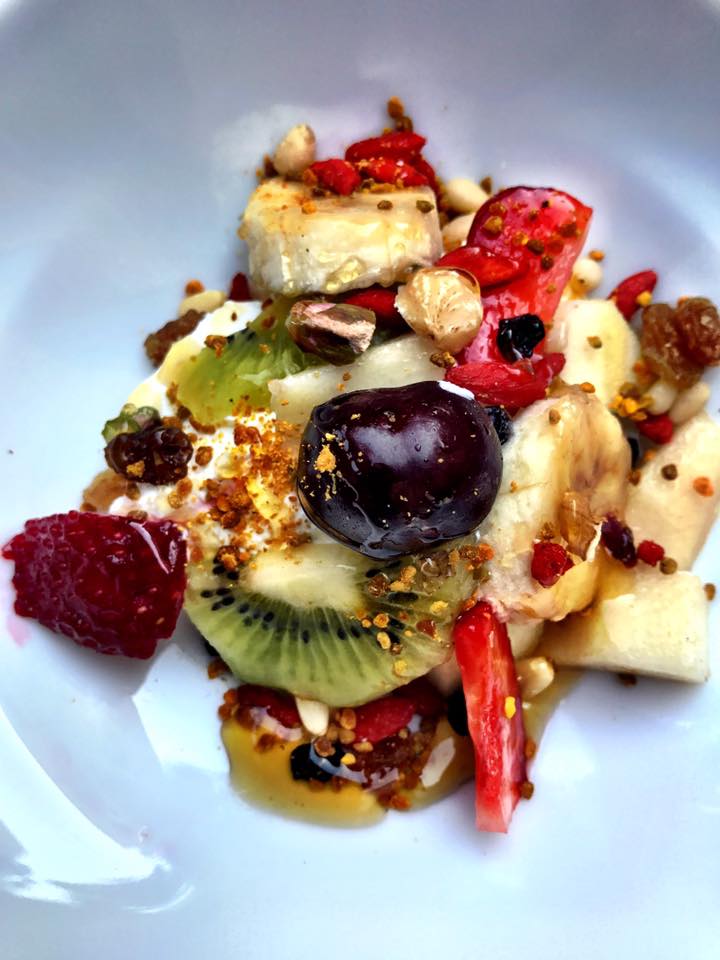
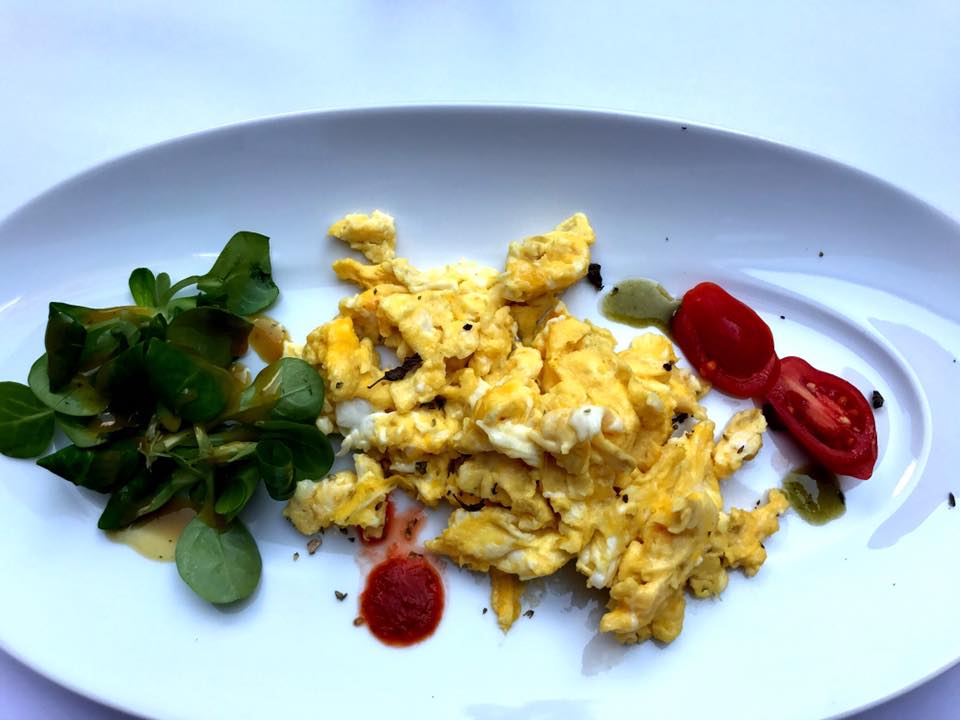 Also, the hotel is located in a quiet residential district, so there is no noise from cars, bars, restaurants and people, but it is walking distance from all the action.
Also, the hotel is located in a quiet residential district, so there is no noise from cars, bars, restaurants and people, but it is walking distance from all the action.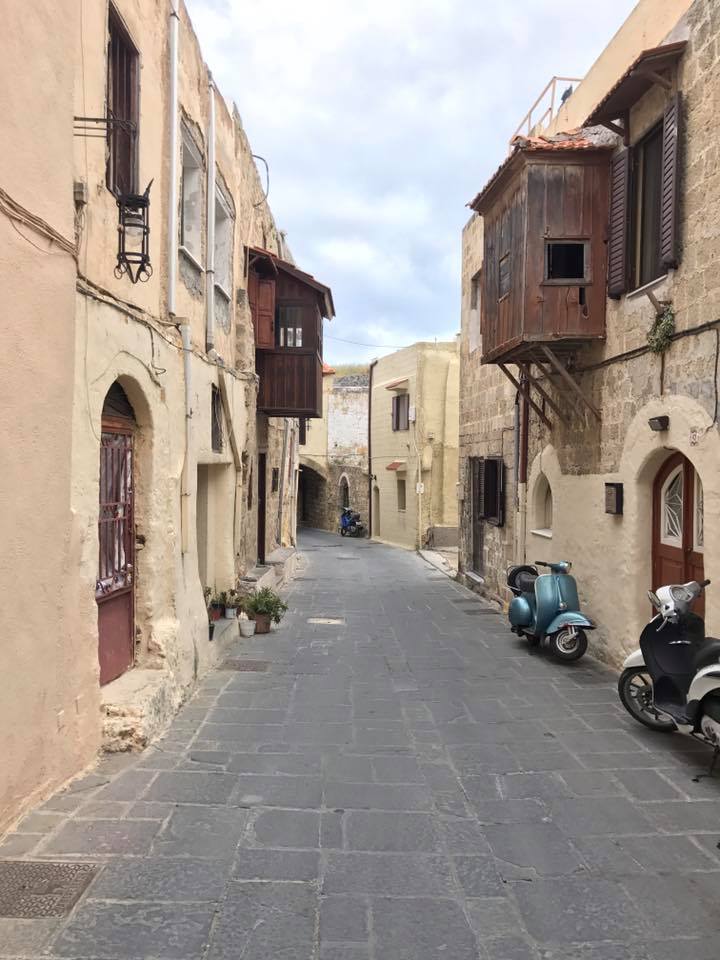 Here’s the best part: this hotel is affordable, especially when you consider what you are getting (breakfast, fully stocked mini bar, daily cocktails, car rental, etc.) and compared to the other options on the island. Hell, even if the hotel was a splurge, I’d spend it! Nikos is a wealth of information about the island, and both Nikos and Angela are truly passionate about what they do, which translates into the guest experience. Everyone on the island knows them and their hotel. I am quite confident when I say that you will never again stay a hotel that is quite like this one. I dream about this hotel and coming back. Hats off to Angela and Nikos for creating the ultimate guest experience. If you go (and, I truly insist that you do), please let Angela and Nikos know that I sent you.
Here’s the best part: this hotel is affordable, especially when you consider what you are getting (breakfast, fully stocked mini bar, daily cocktails, car rental, etc.) and compared to the other options on the island. Hell, even if the hotel was a splurge, I’d spend it! Nikos is a wealth of information about the island, and both Nikos and Angela are truly passionate about what they do, which translates into the guest experience. Everyone on the island knows them and their hotel. I am quite confident when I say that you will never again stay a hotel that is quite like this one. I dream about this hotel and coming back. Hats off to Angela and Nikos for creating the ultimate guest experience. If you go (and, I truly insist that you do), please let Angela and Nikos know that I sent you.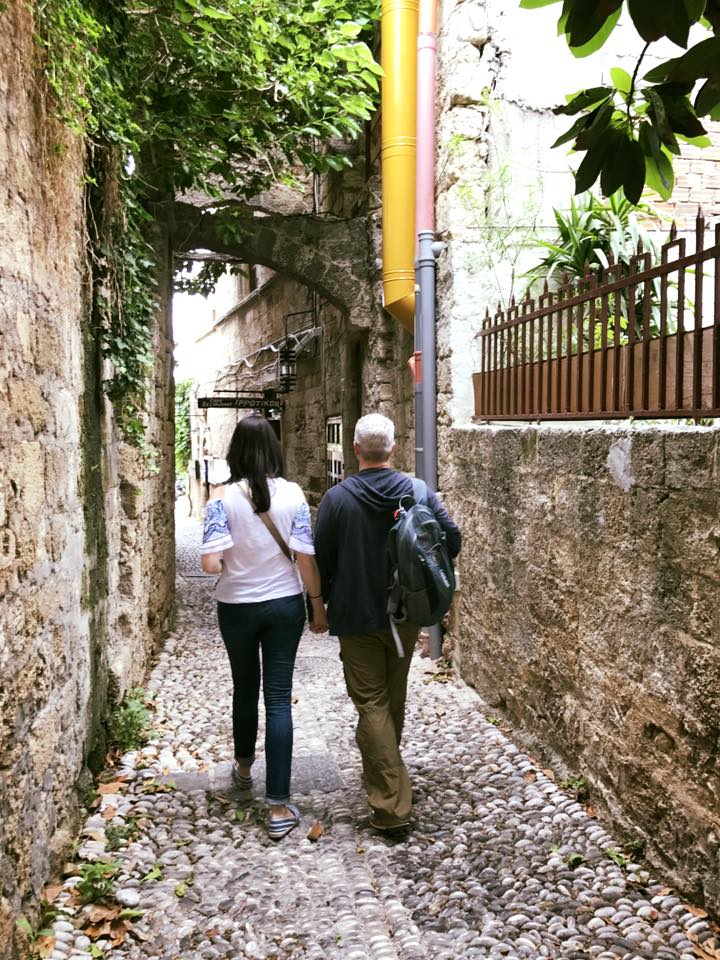
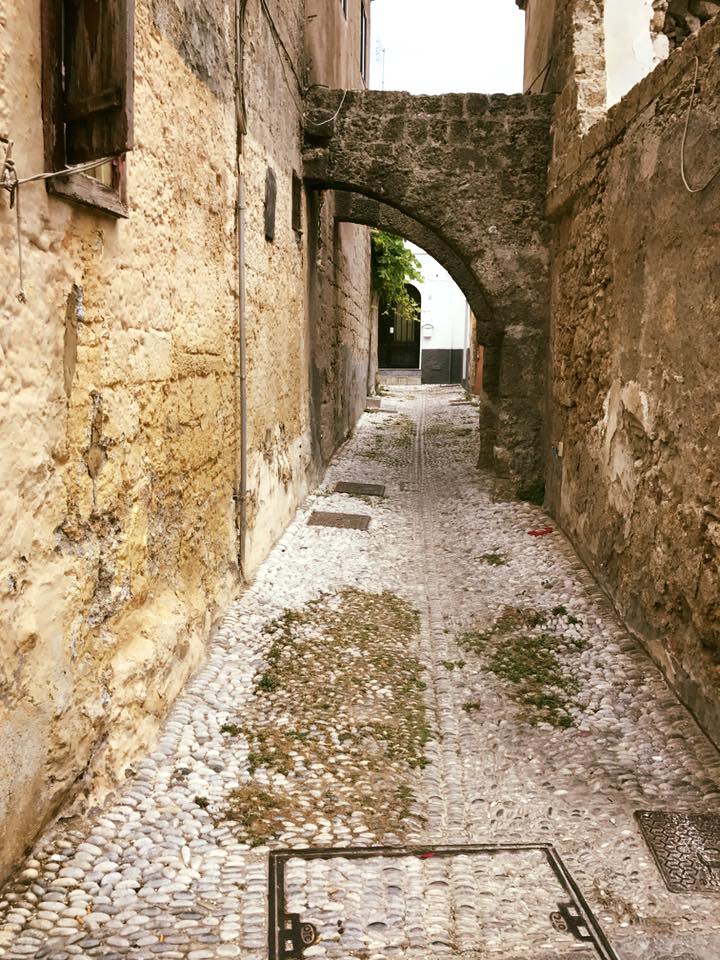
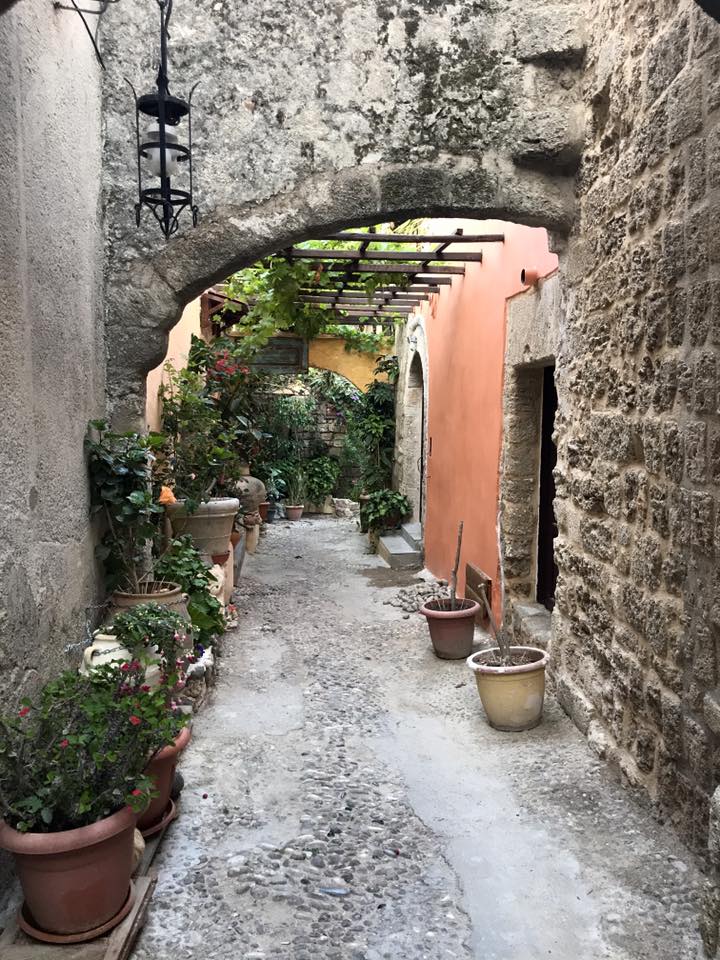
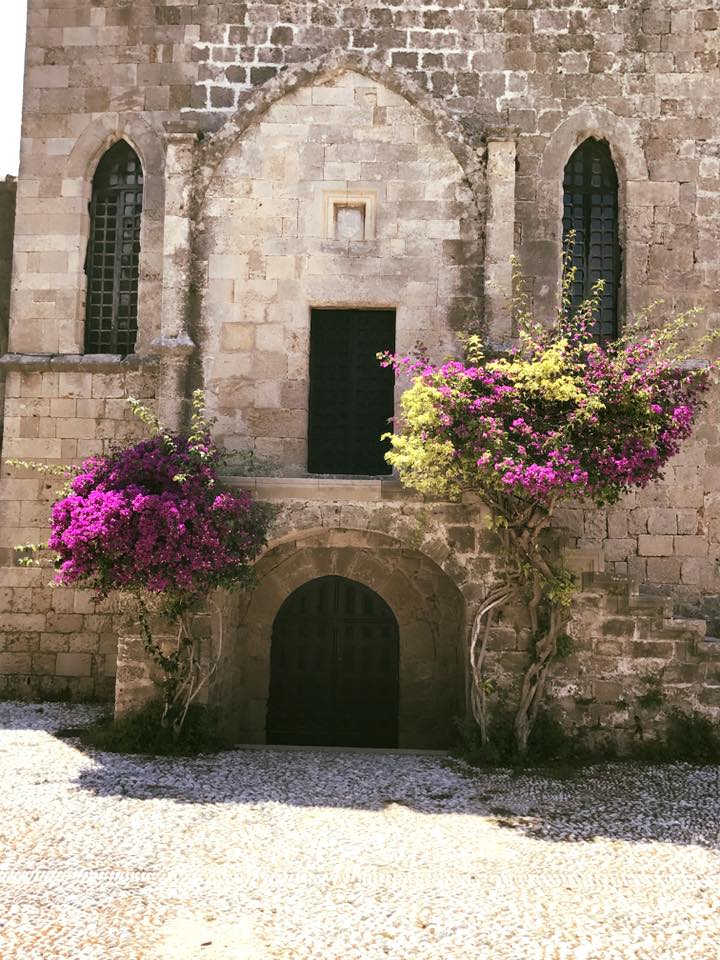
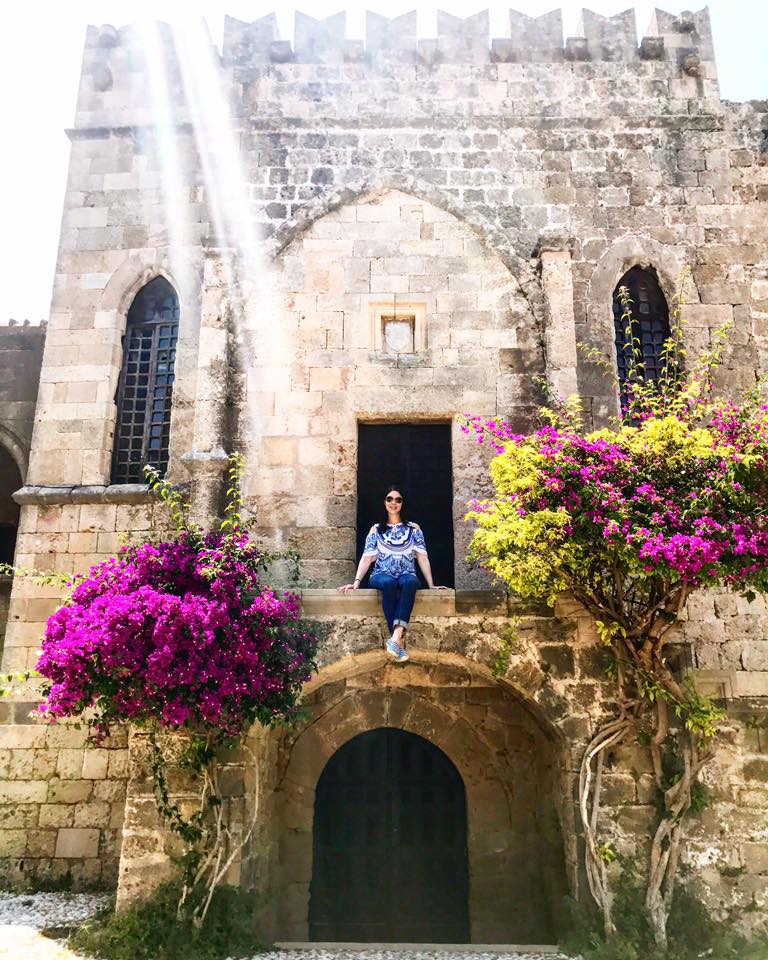
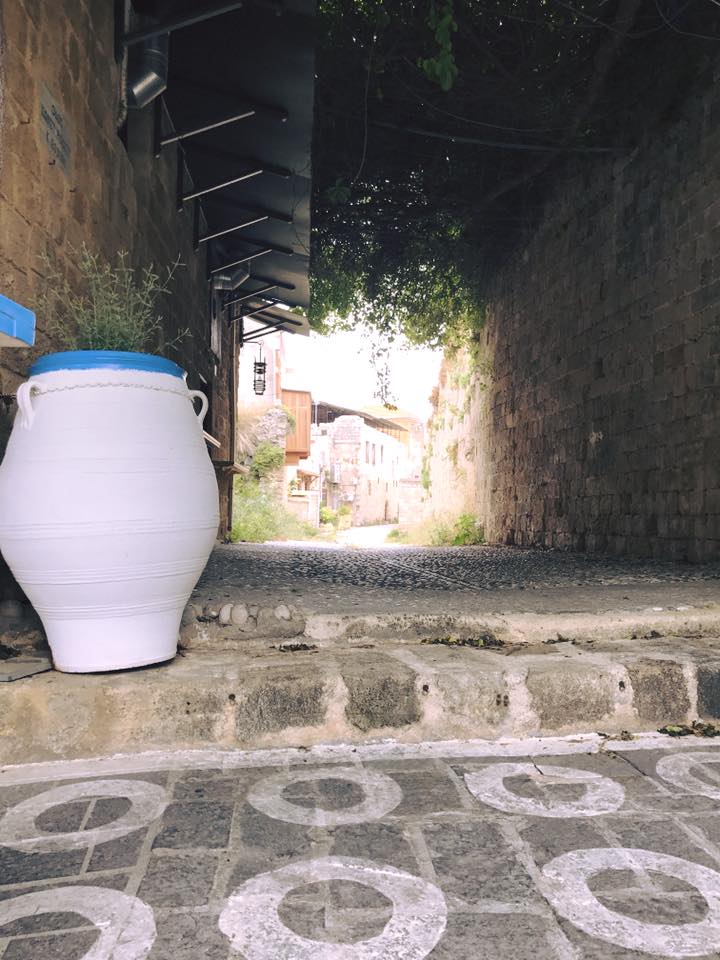
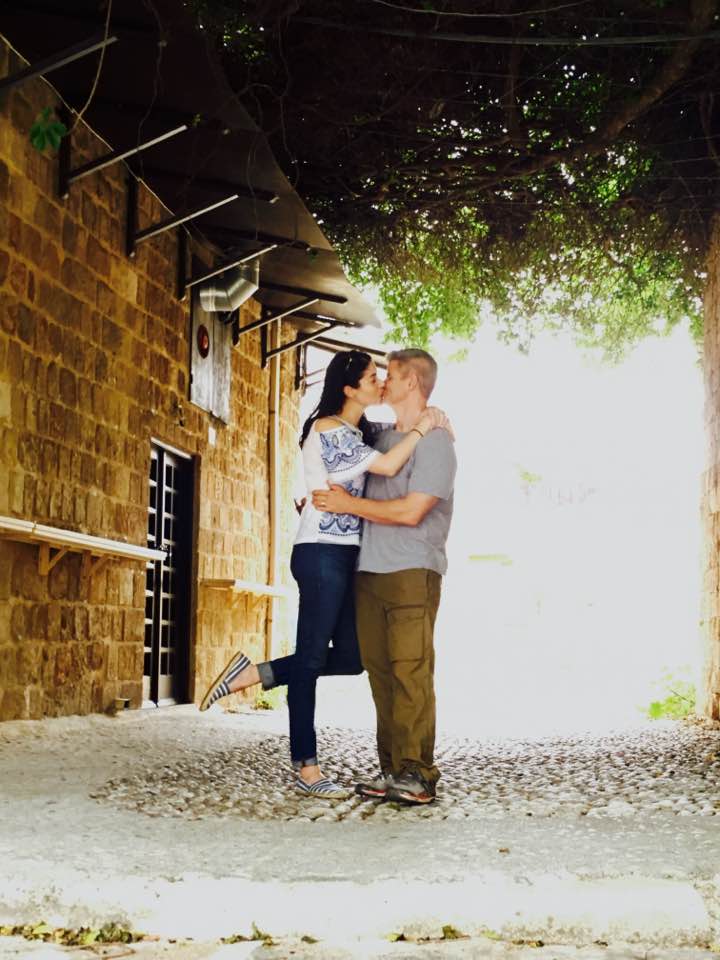
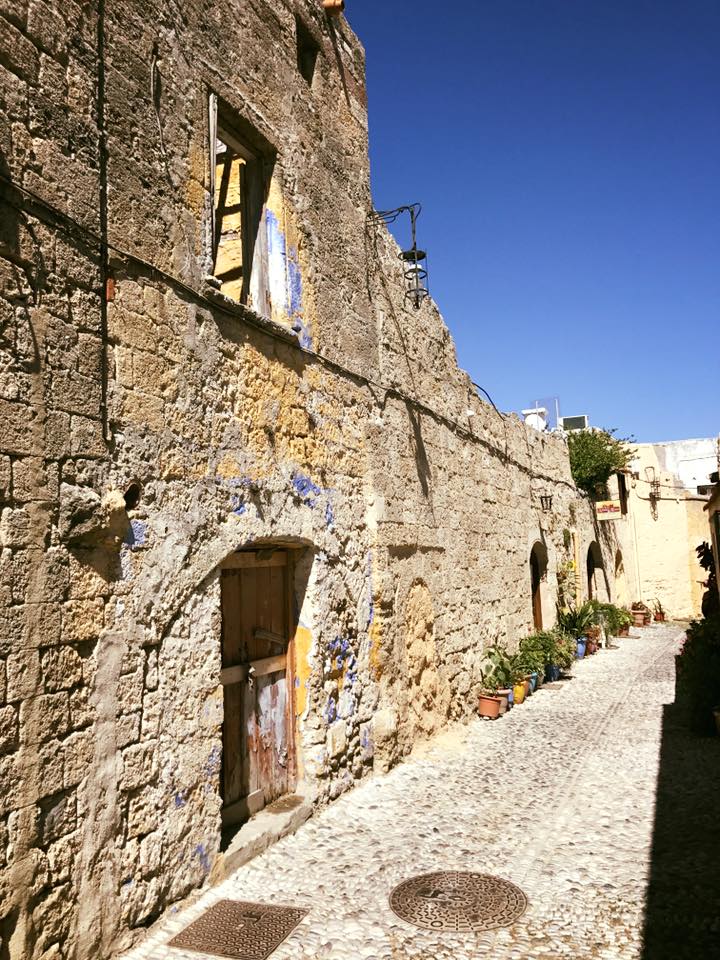
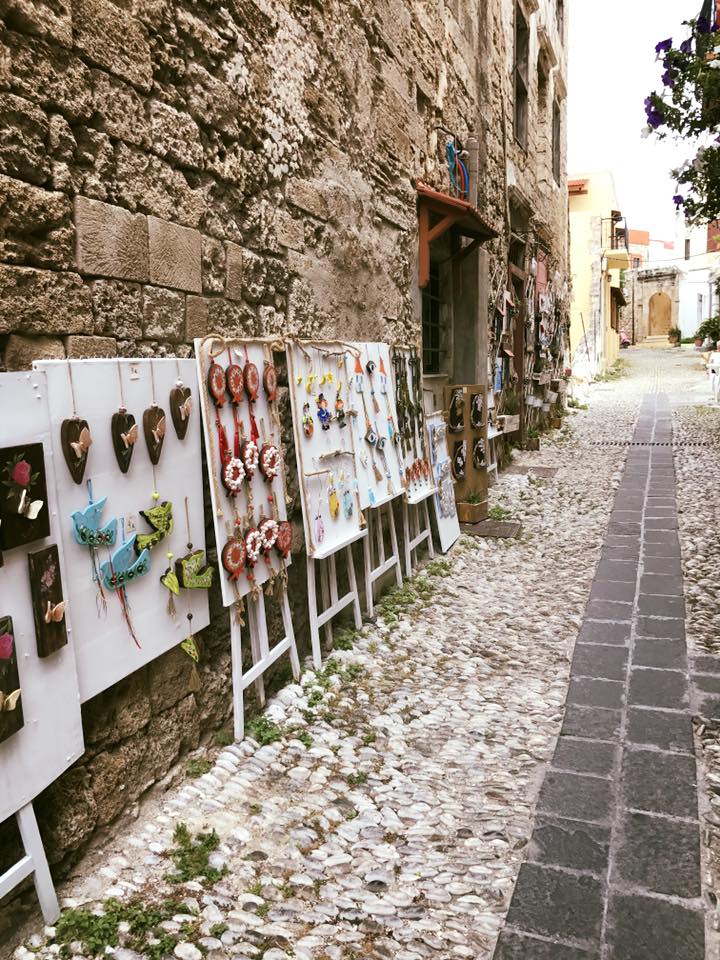
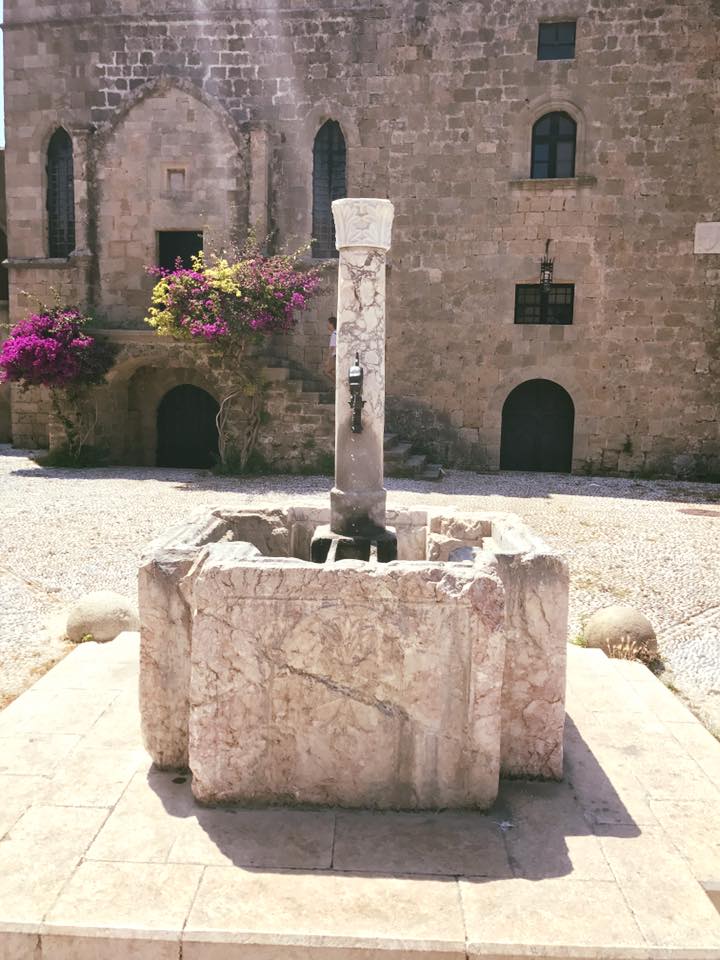
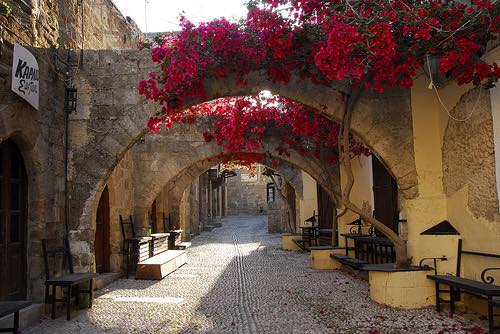
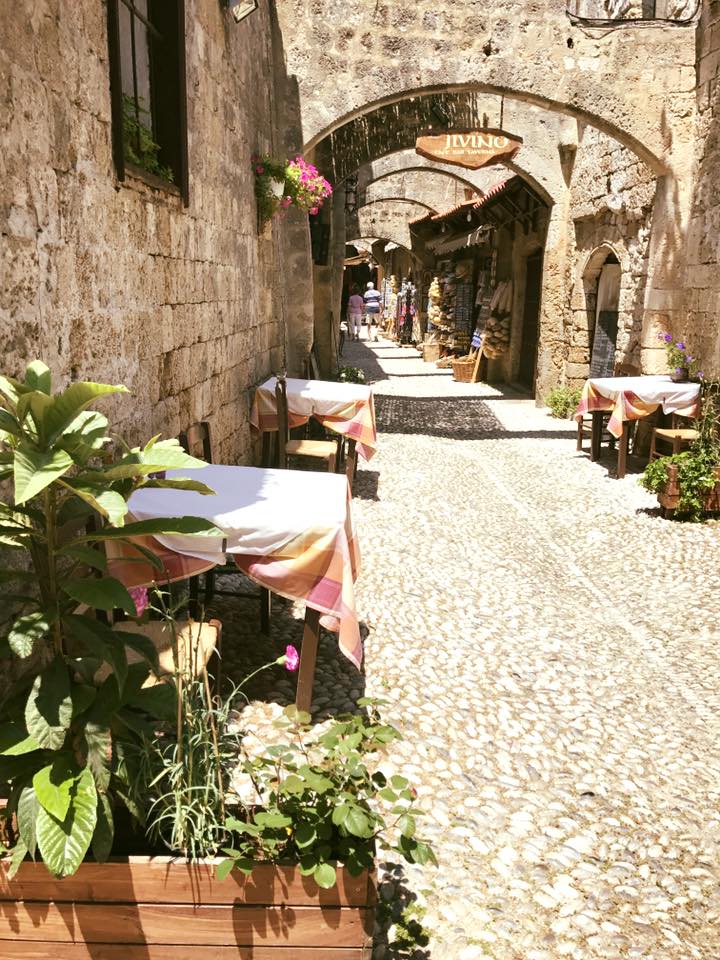
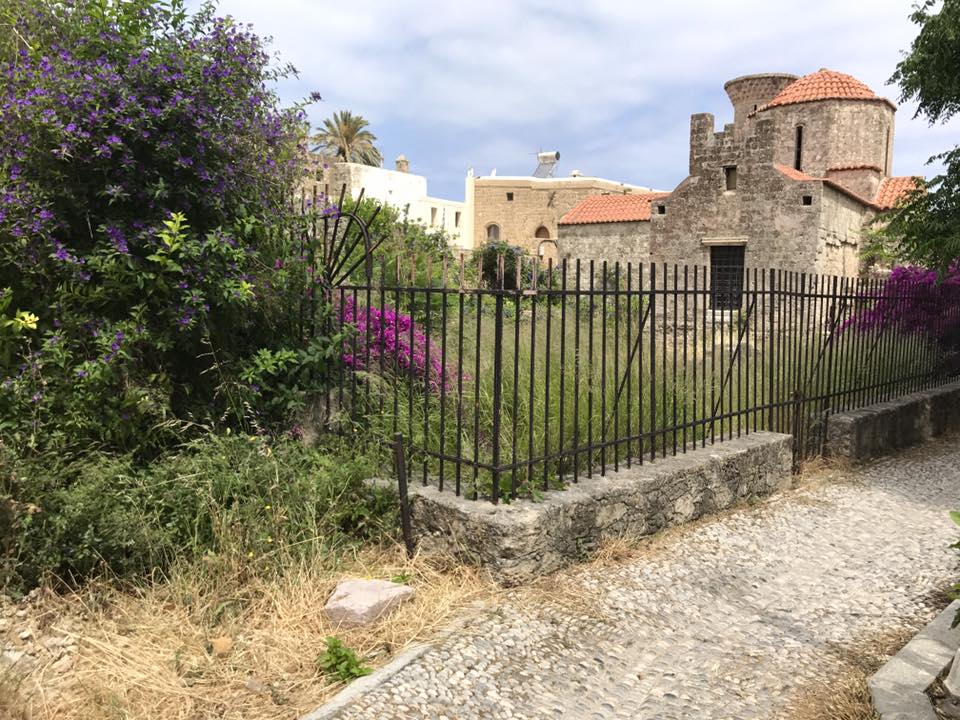
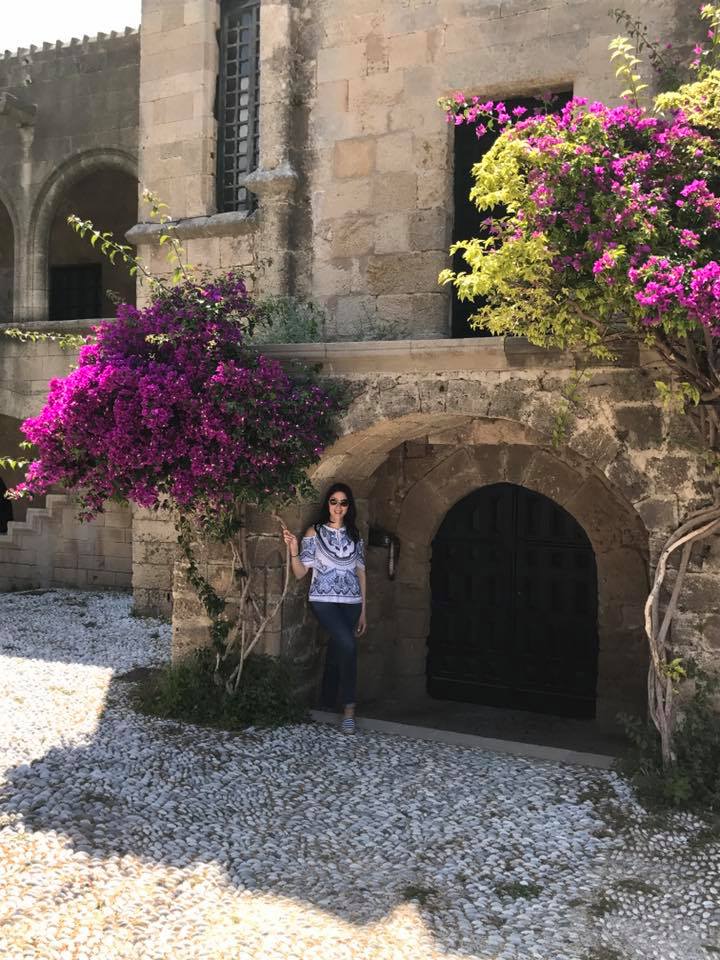
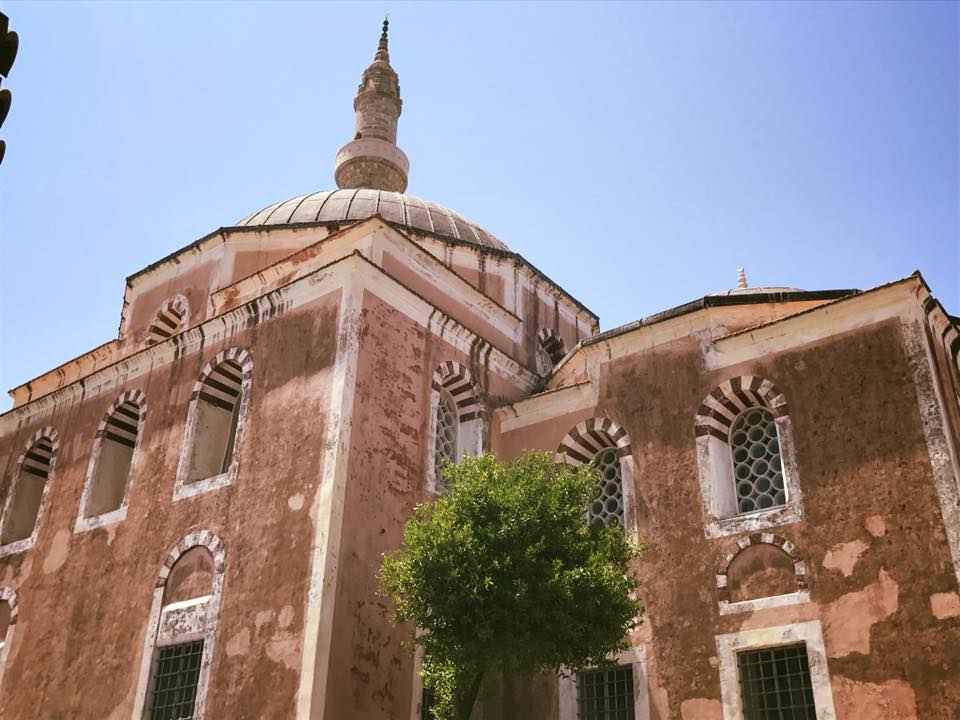
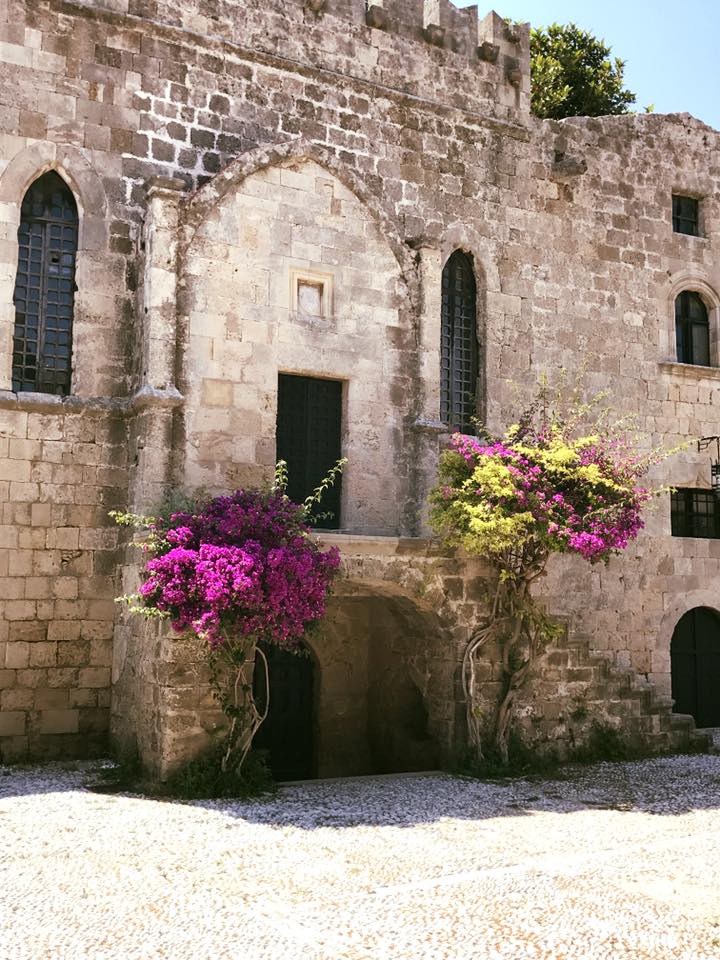
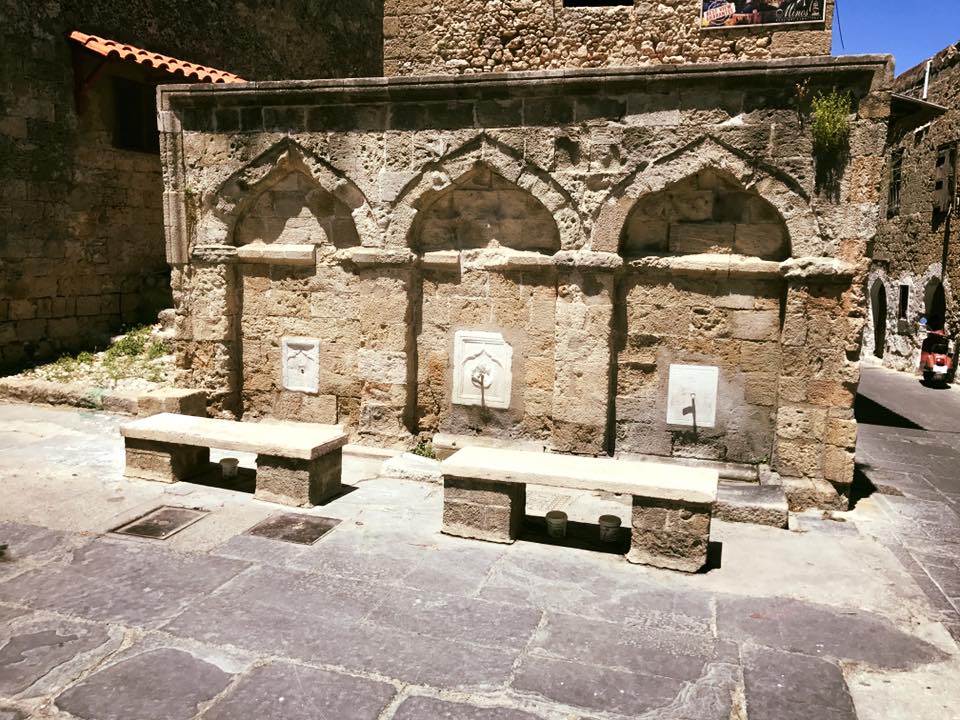
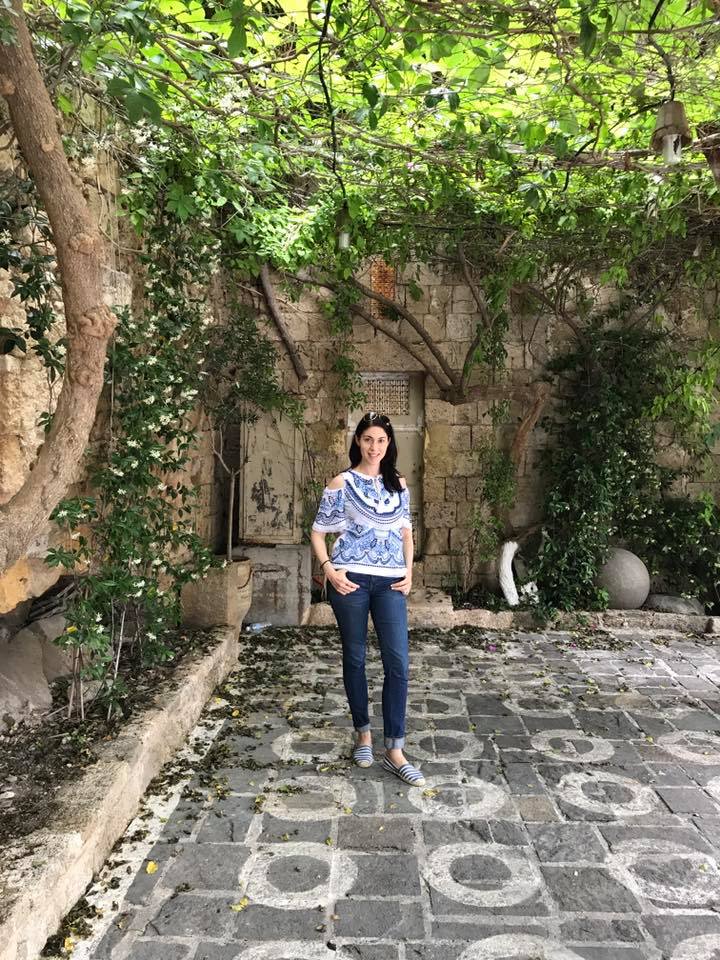 By the way, if you are into doors and floors, then hold on to your britches, because Old Town Rhodes is an assault of charm in the door and floor department. The ancient mosaic stone work on the floors is incredible! And, the doors…I died!
By the way, if you are into doors and floors, then hold on to your britches, because Old Town Rhodes is an assault of charm in the door and floor department. The ancient mosaic stone work on the floors is incredible! And, the doors…I died!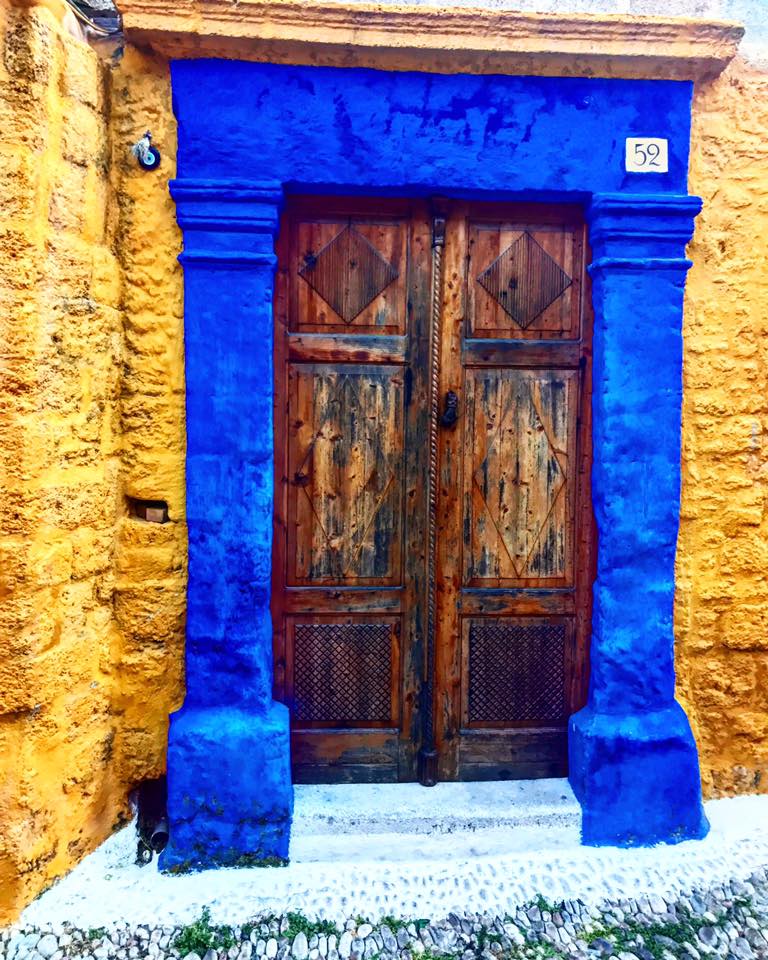
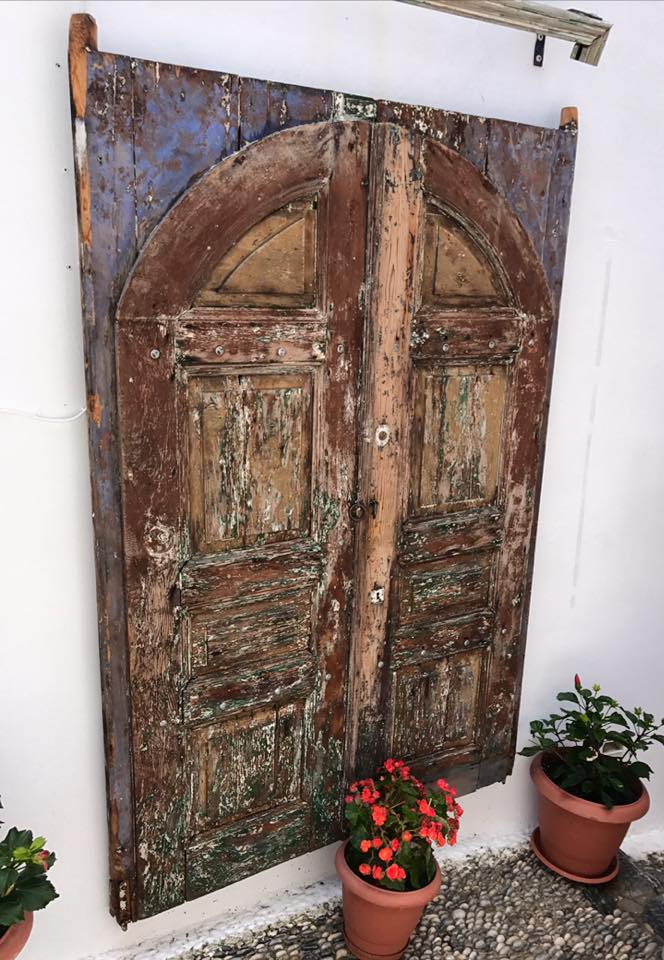
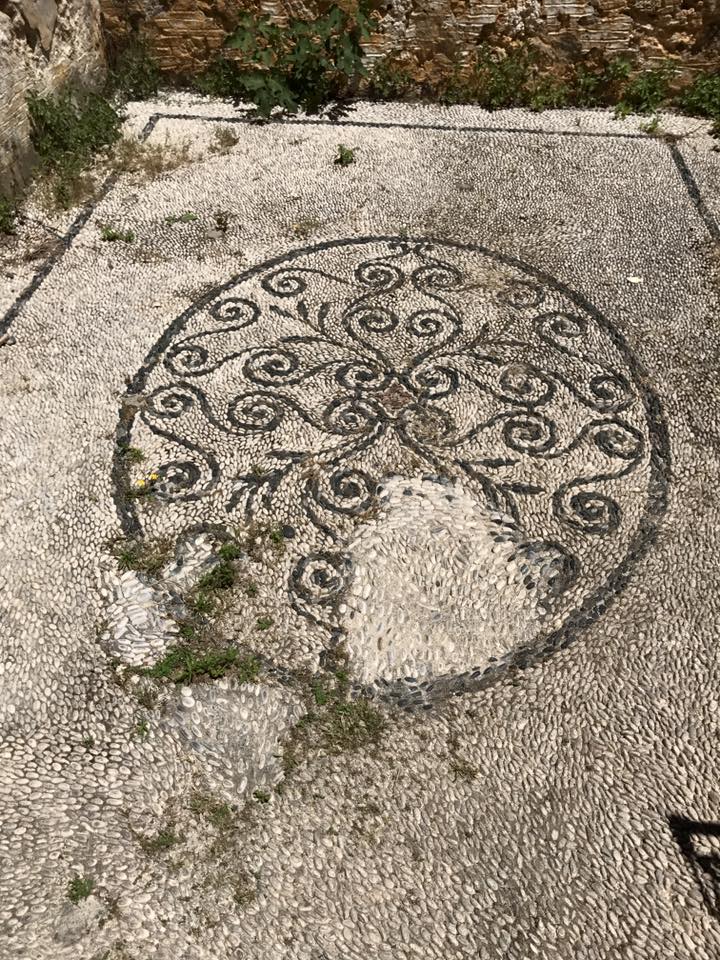
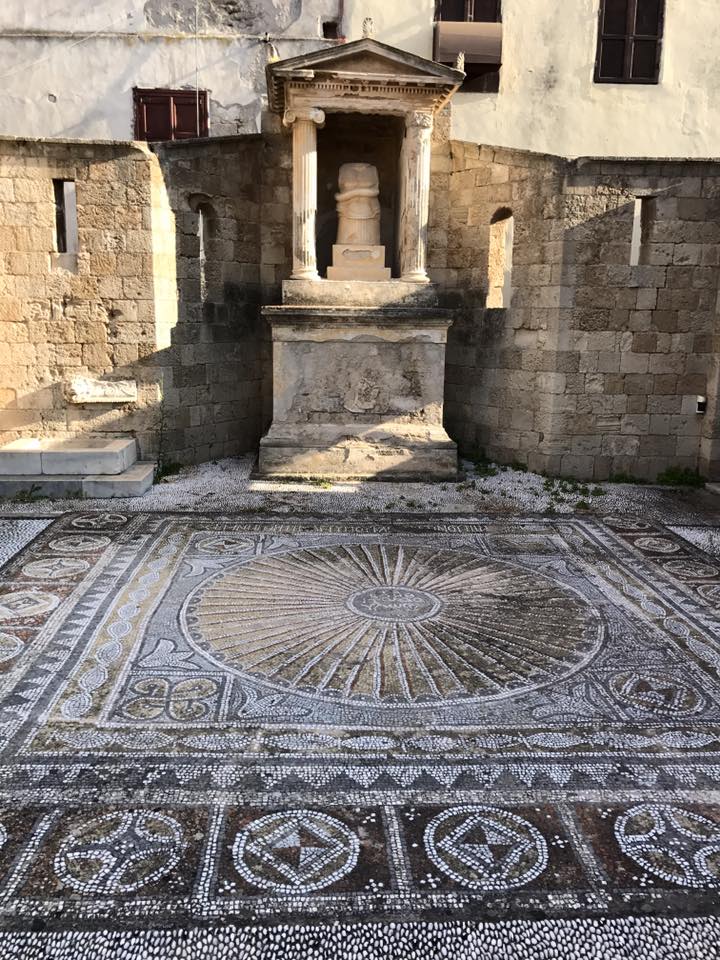
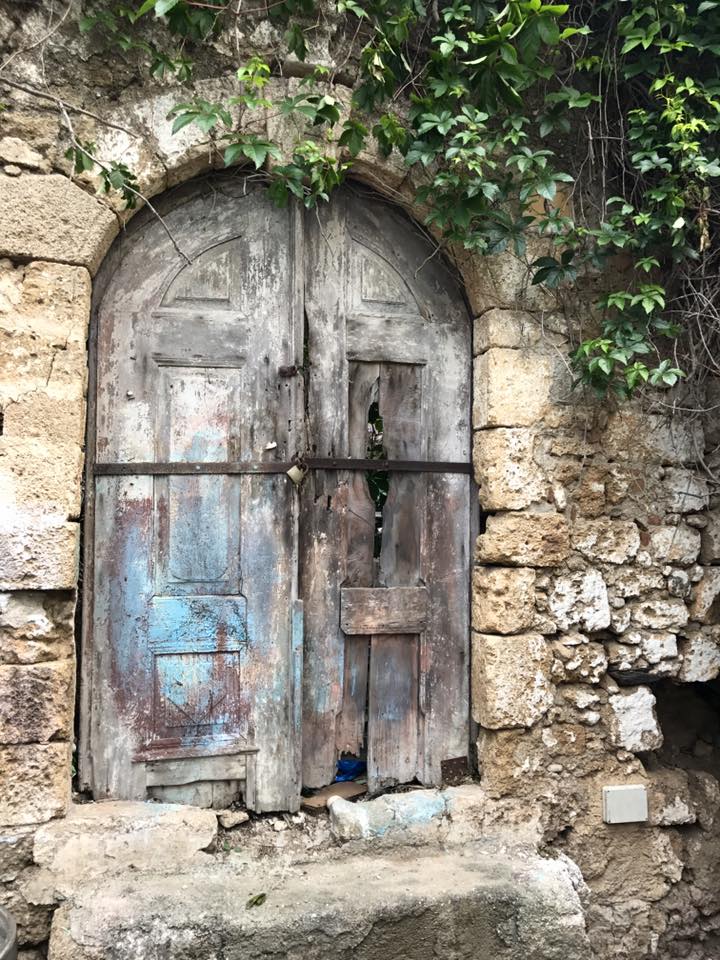
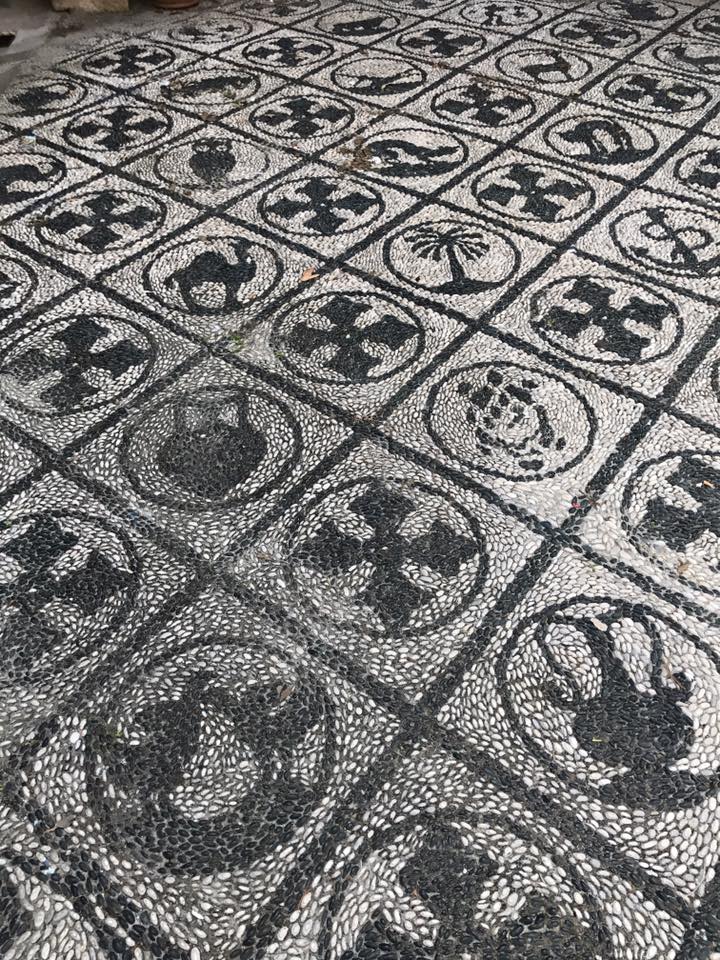
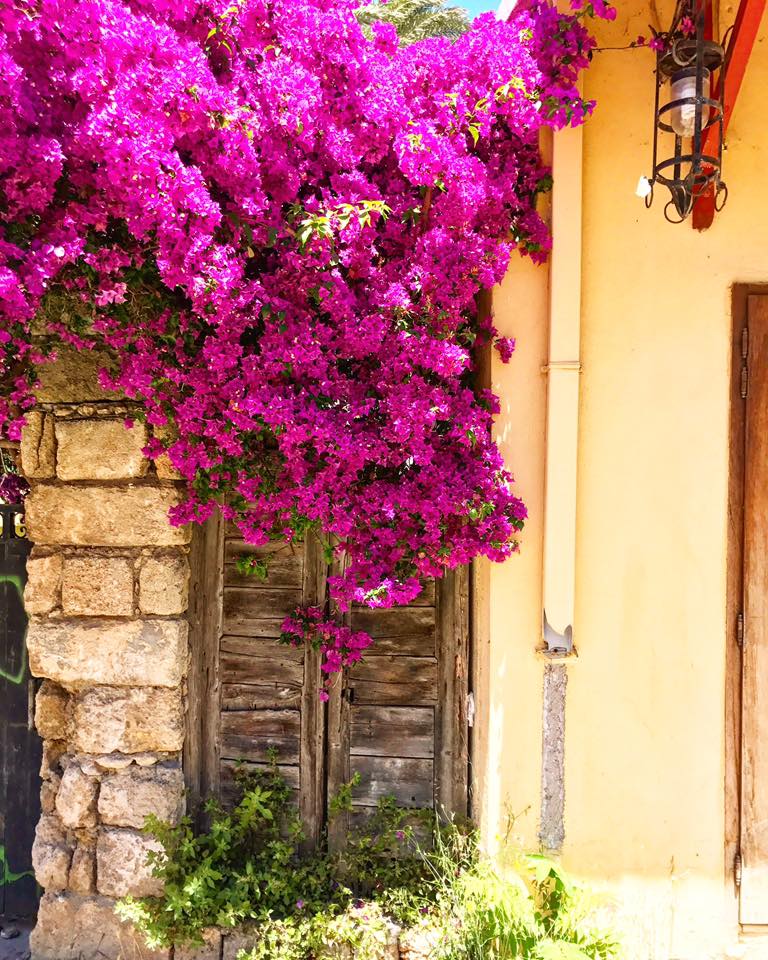
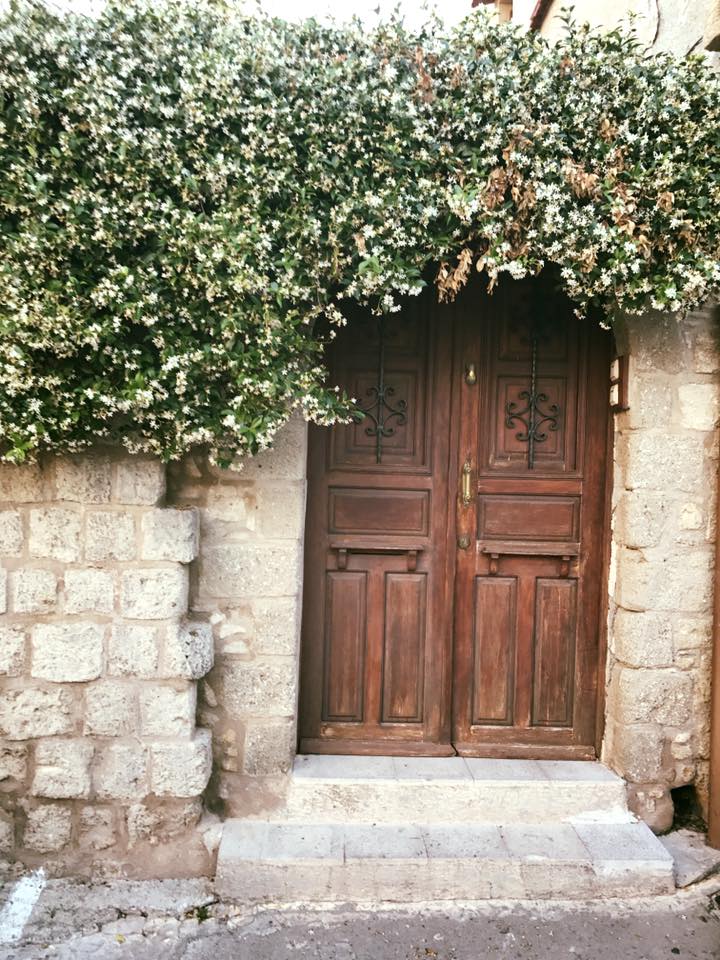
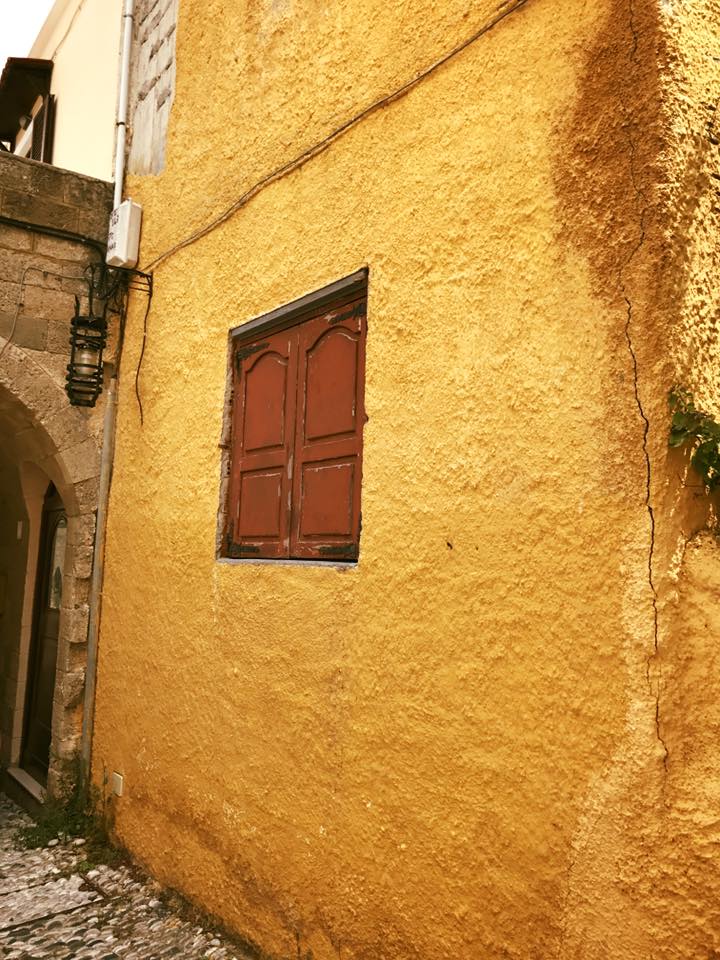
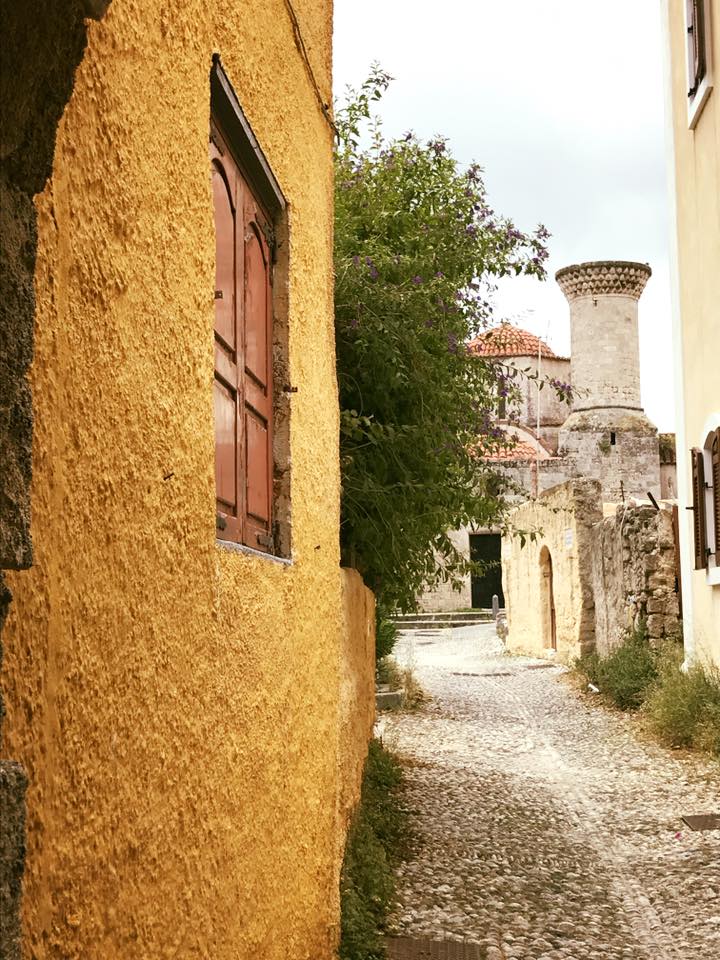
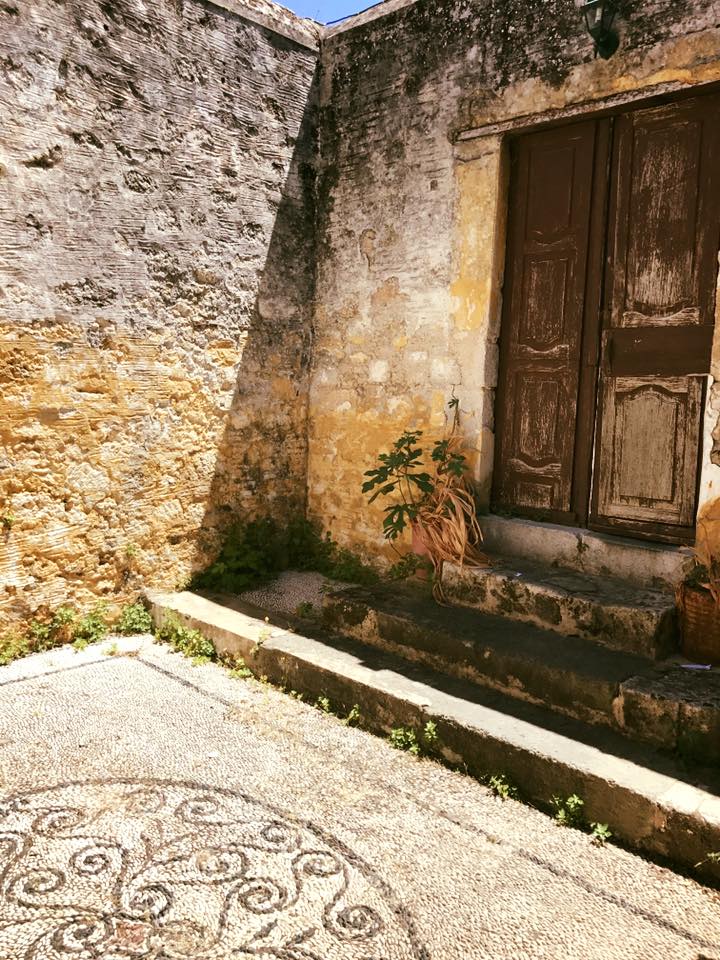
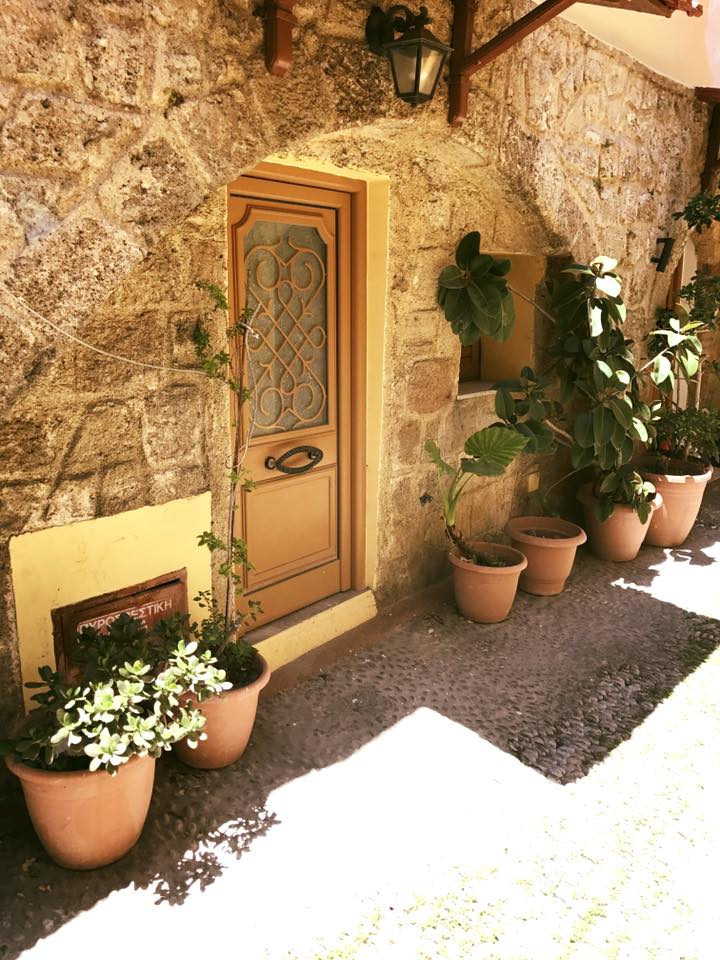 On Angela and Nikos’s suggestion (which, by the way, were always spot on), we stopped to eat lunch at this amazing little restaurant and loved the food so much that we came back again, which is VERY rare for us, as we try to eat at as many different places as possible.
On Angela and Nikos’s suggestion (which, by the way, were always spot on), we stopped to eat lunch at this amazing little restaurant and loved the food so much that we came back again, which is VERY rare for us, as we try to eat at as many different places as possible.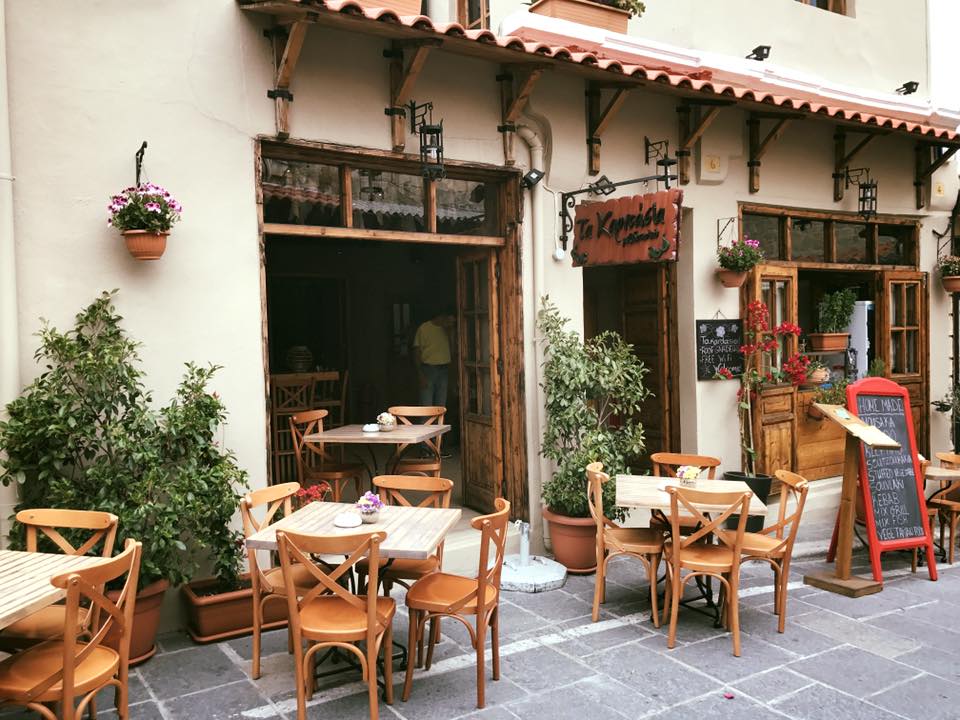
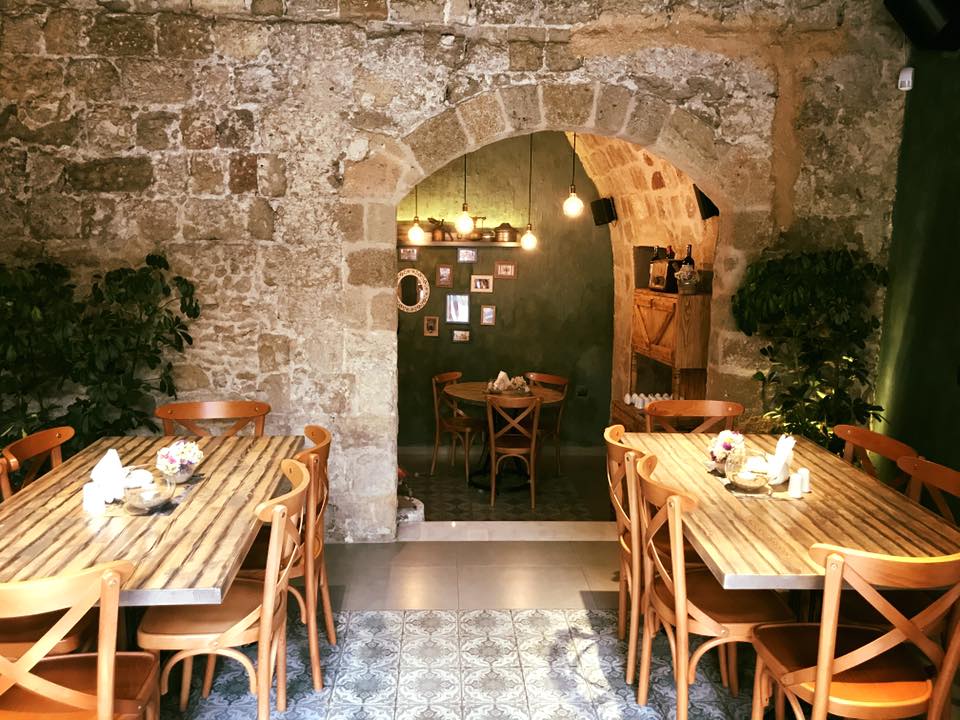
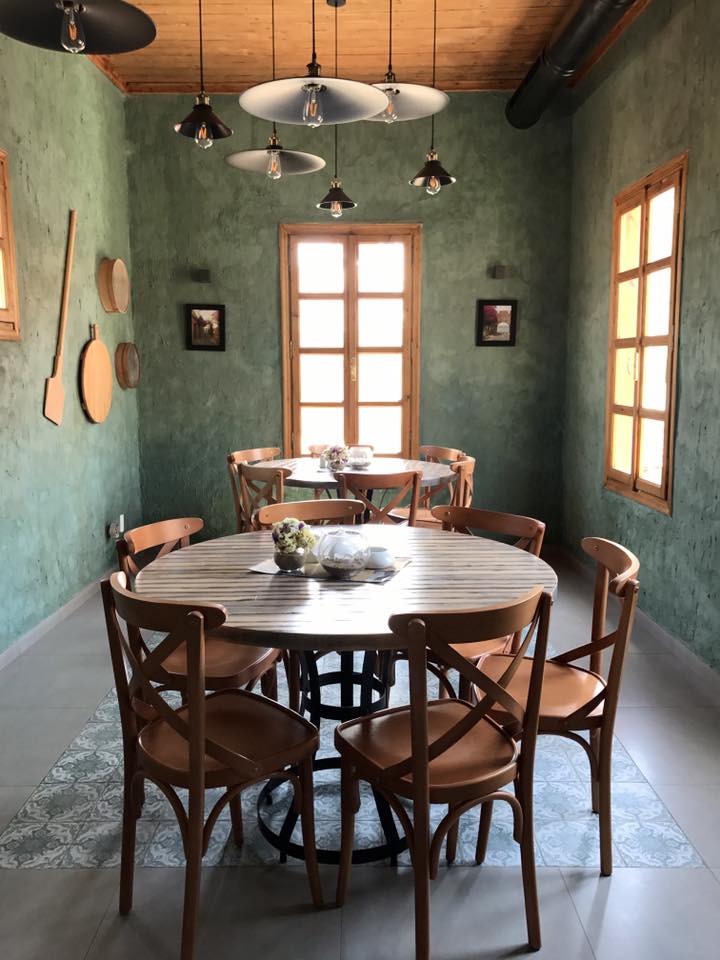
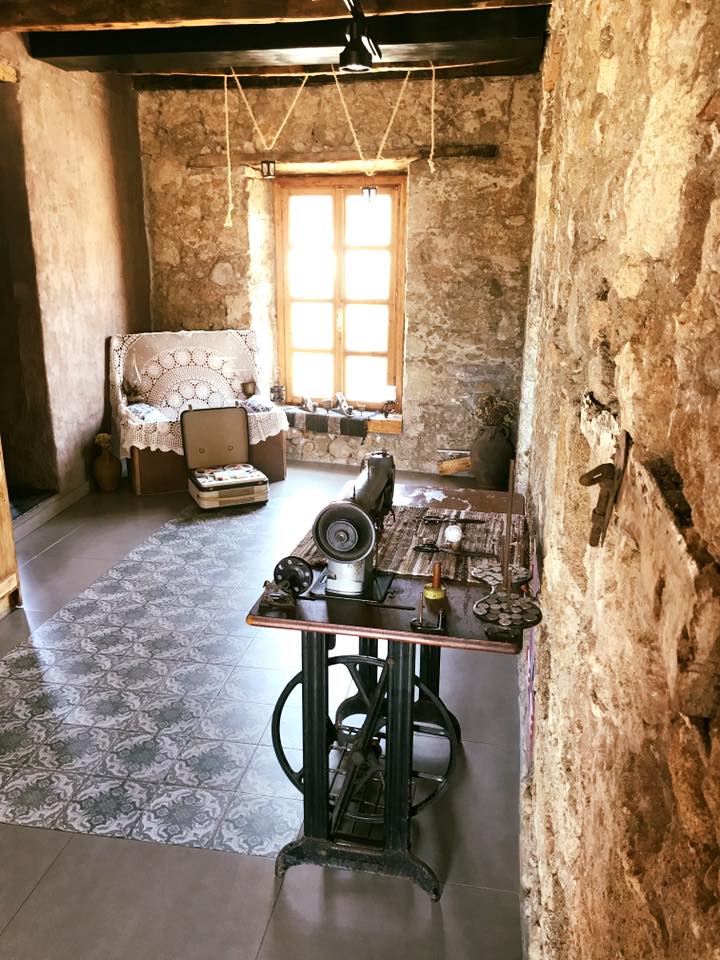
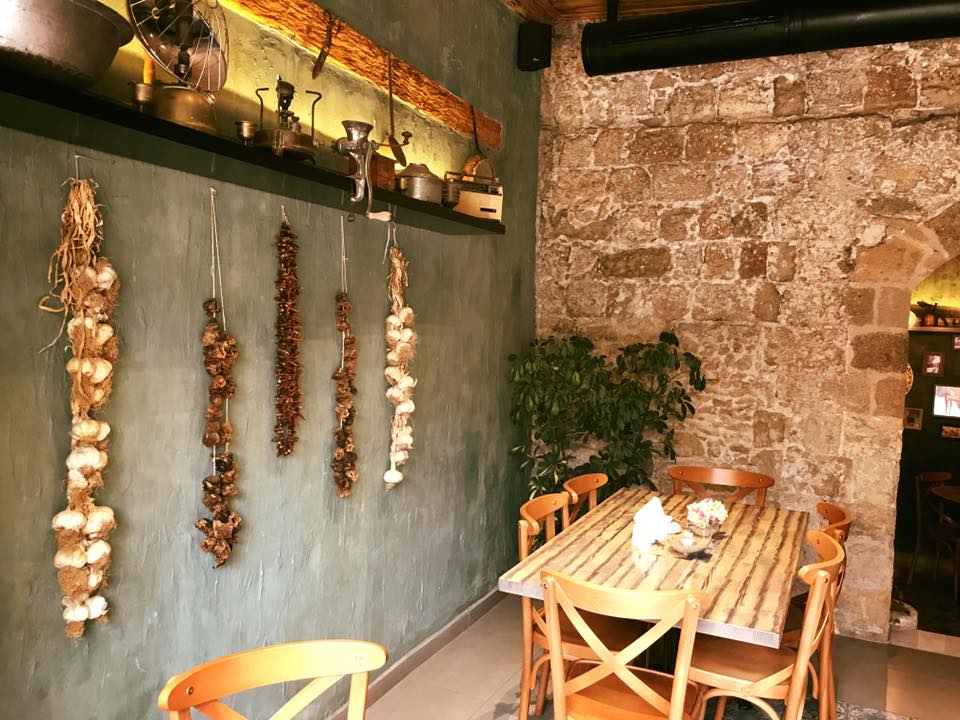
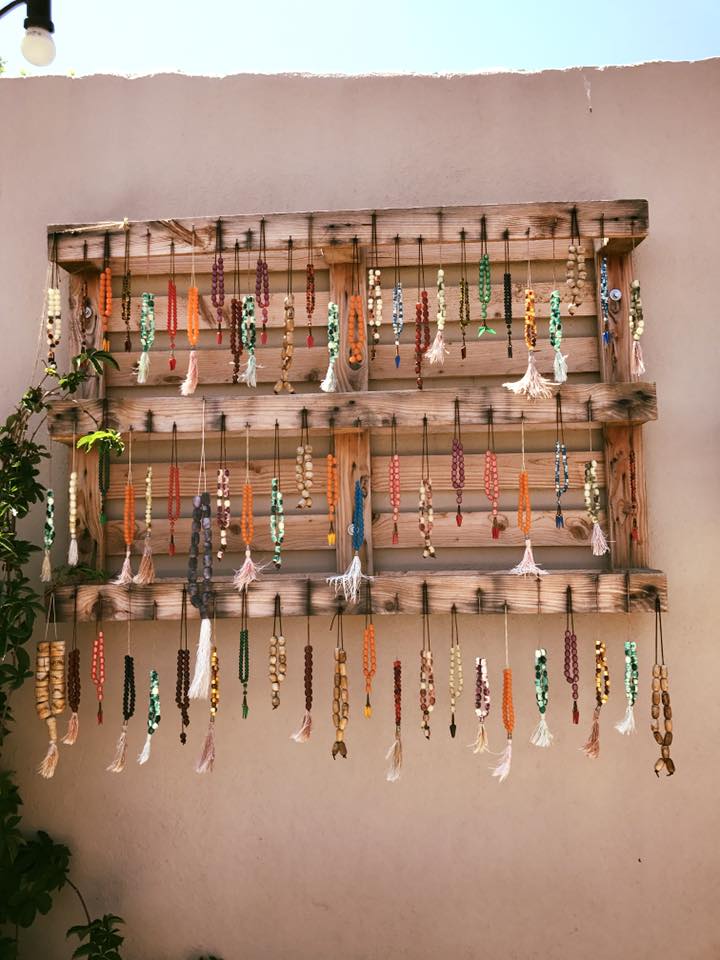
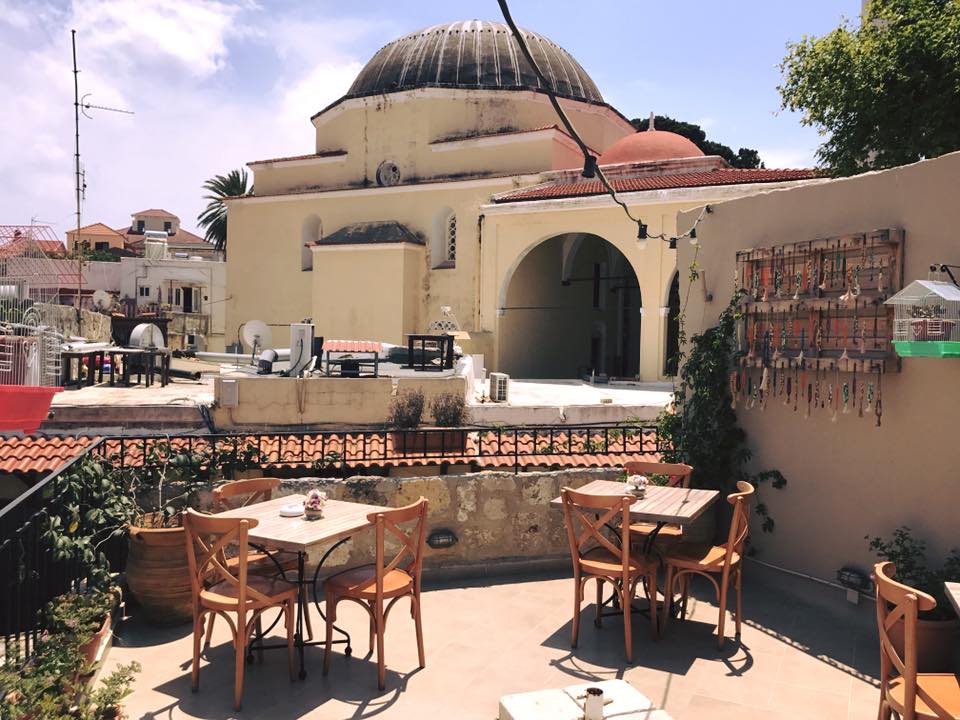 After lunch, we decided to explore the area outside of the Old Town wall.
After lunch, we decided to explore the area outside of the Old Town wall.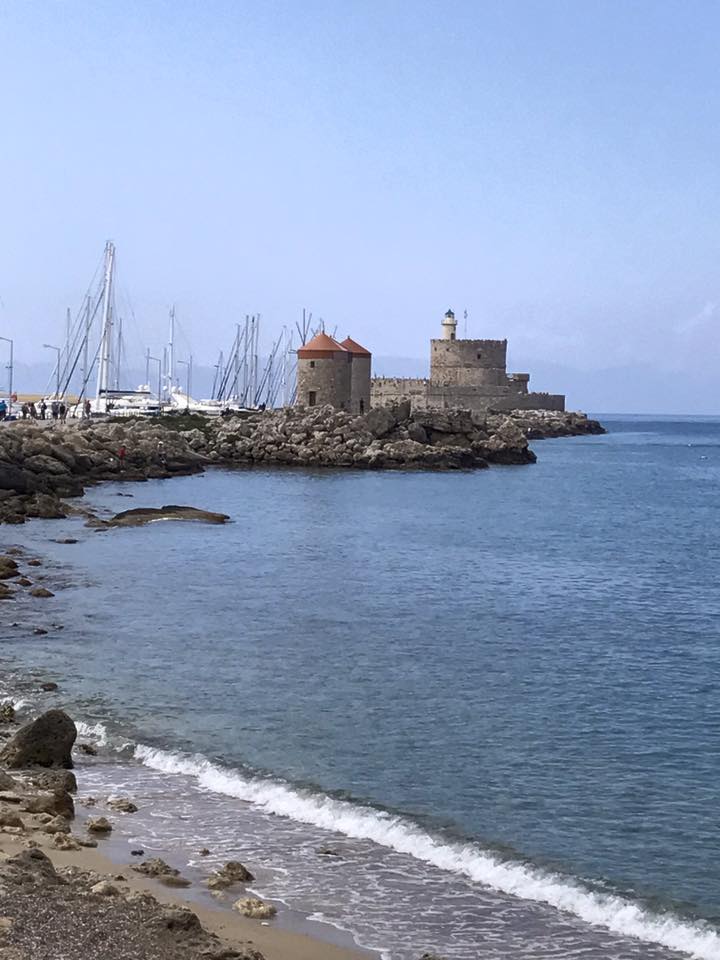
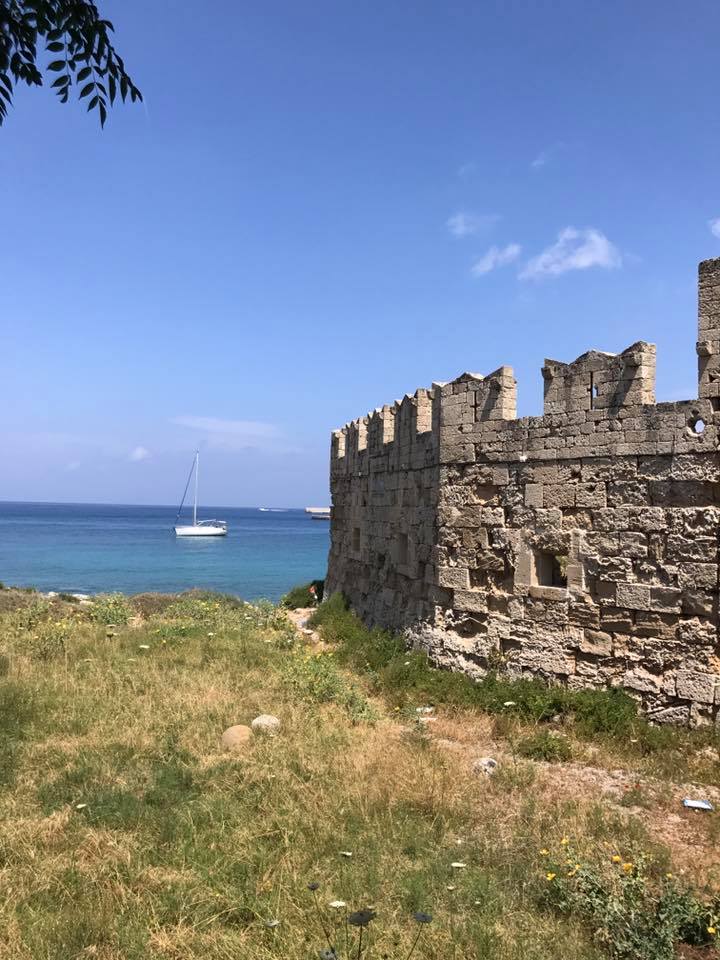
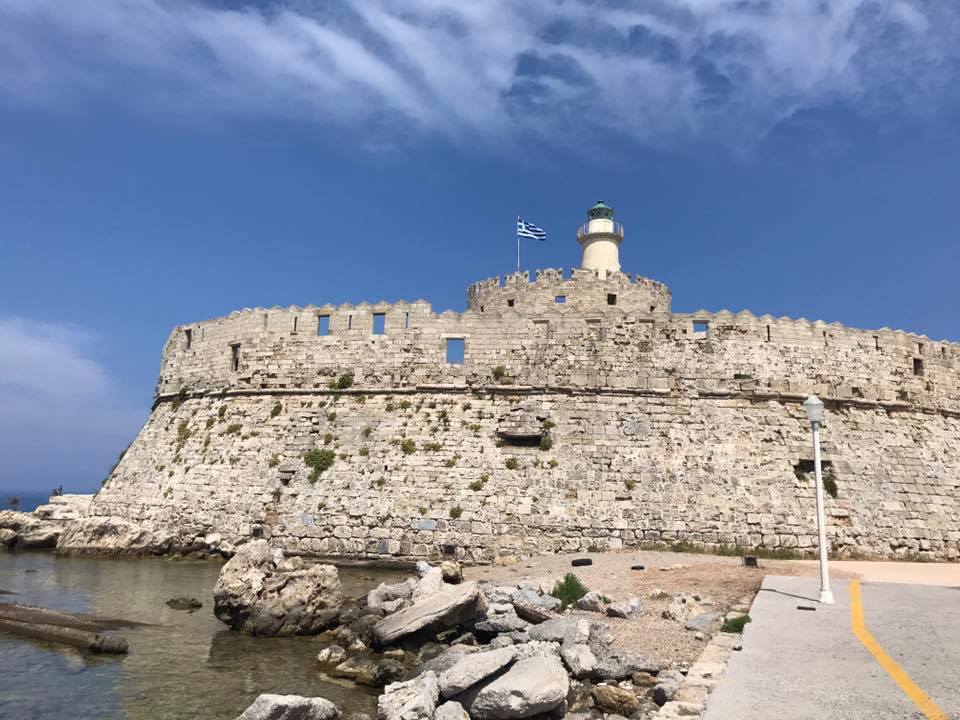
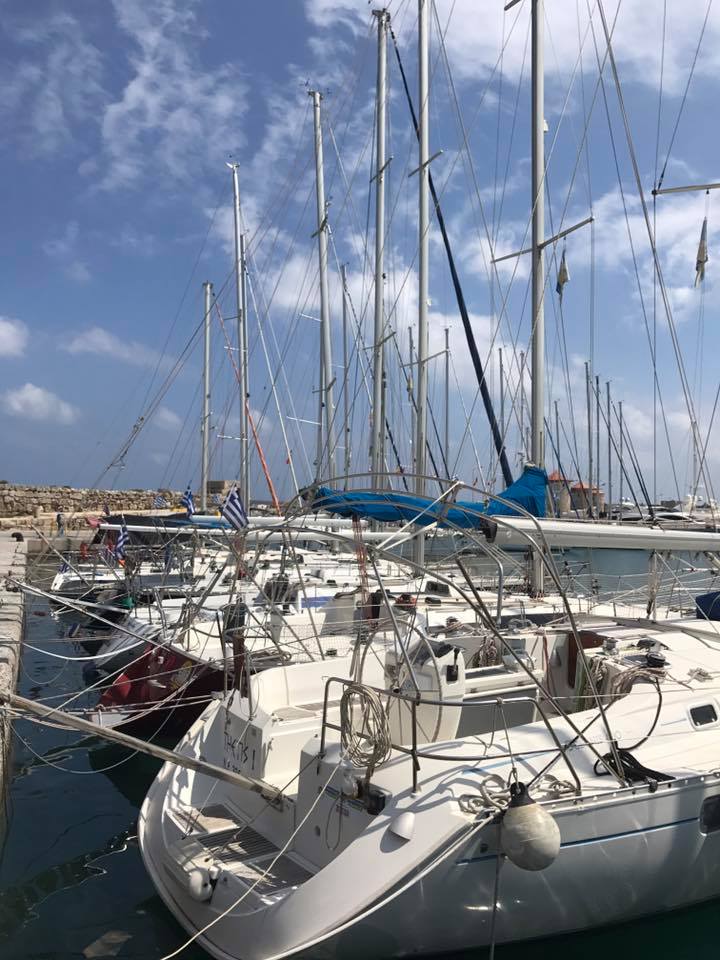
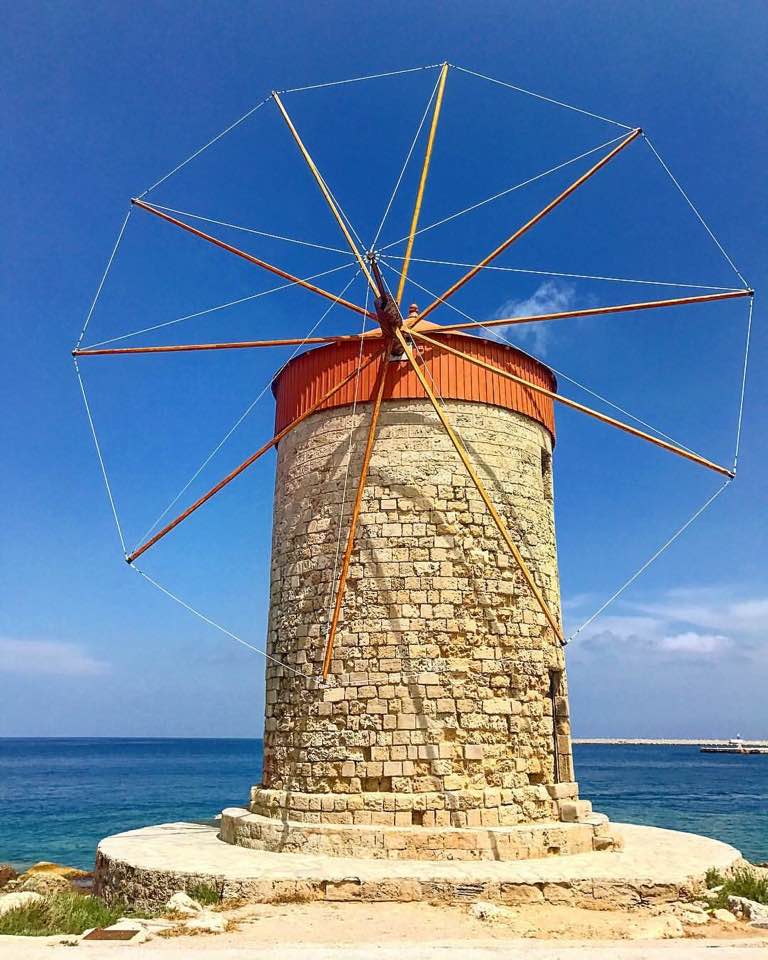
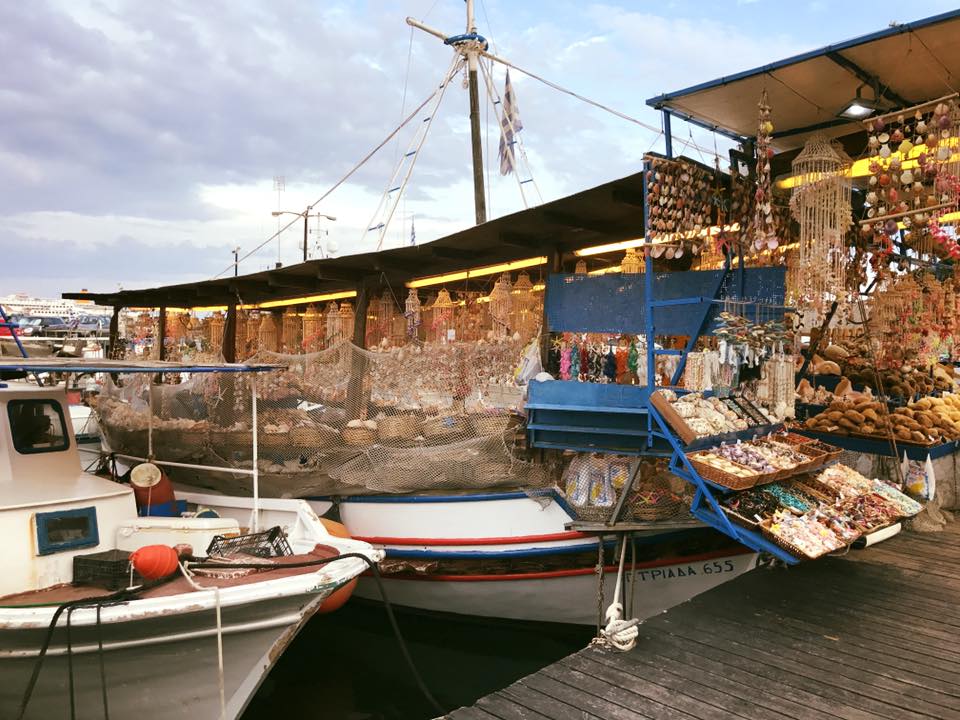 On our second day, we hired Nick of
On our second day, we hired Nick of 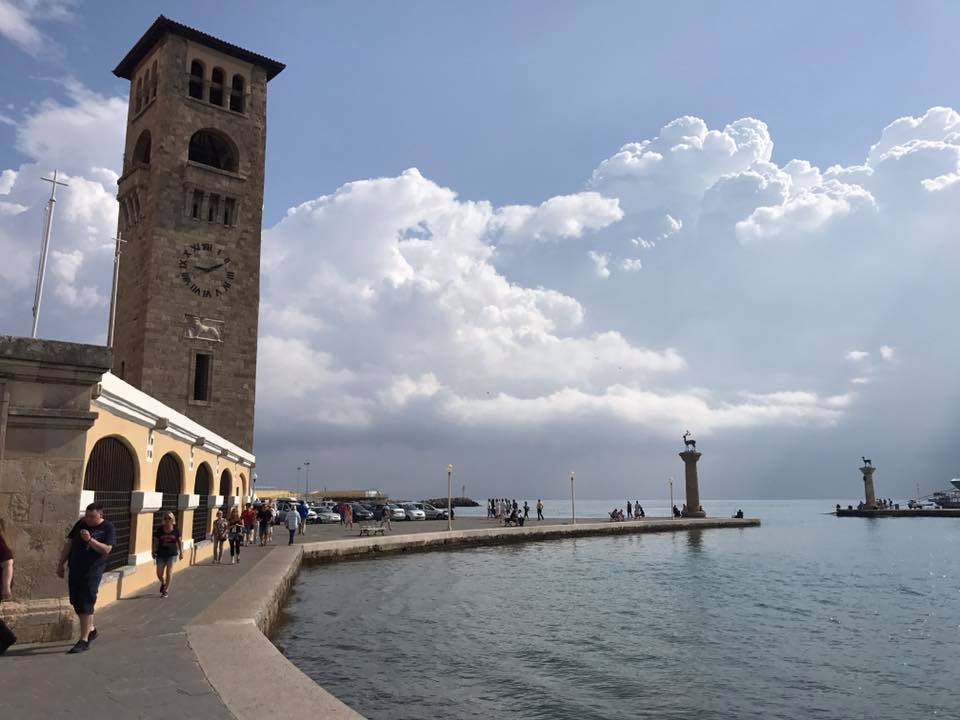
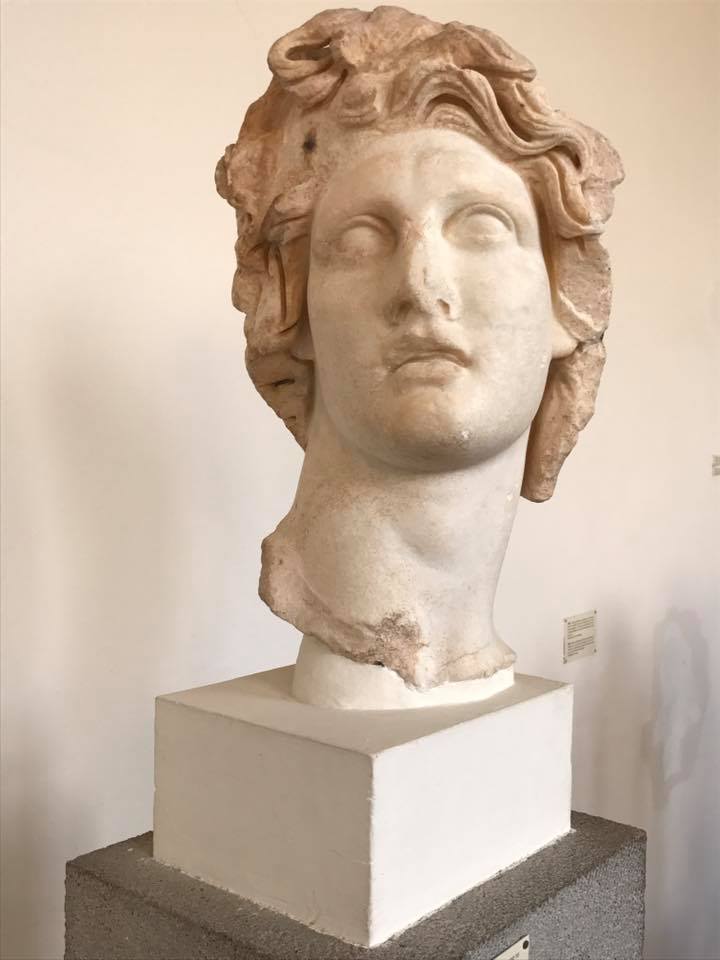
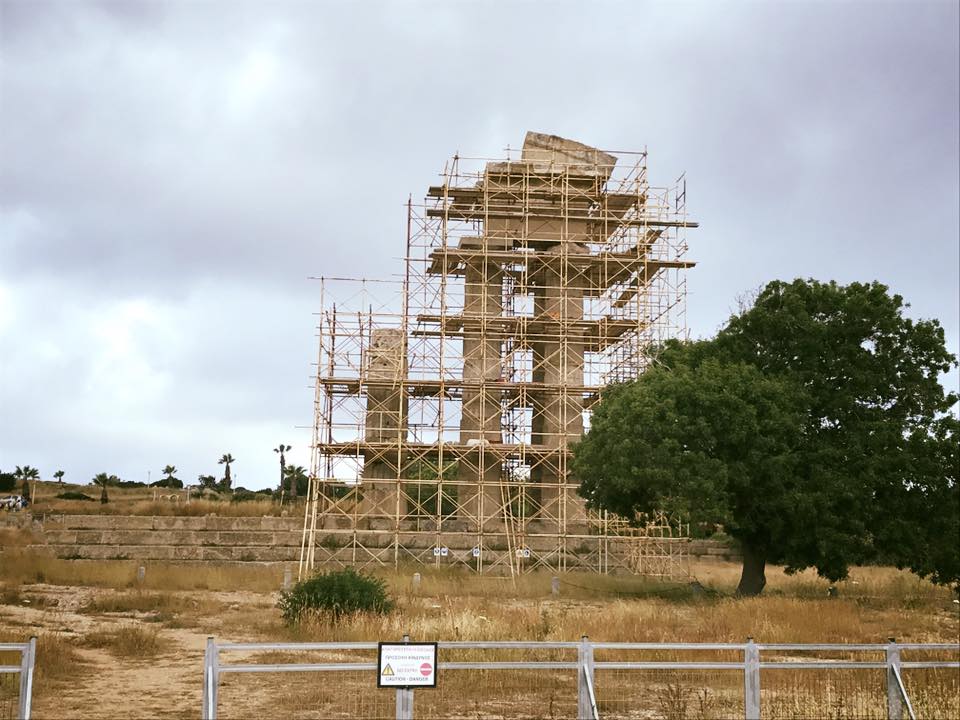 Lindos is a cute little village that has many shops and small, but stunning churches to explore before you make your way up to the Acropolis of Lindos, a climb that includes several hundred stairs of various heights with no guardrails. Not to worry, it is totally do-able (if you are wearing the right shoes), the views are incredible, and there are donkeys to assist.
Lindos is a cute little village that has many shops and small, but stunning churches to explore before you make your way up to the Acropolis of Lindos, a climb that includes several hundred stairs of various heights with no guardrails. Not to worry, it is totally do-able (if you are wearing the right shoes), the views are incredible, and there are donkeys to assist.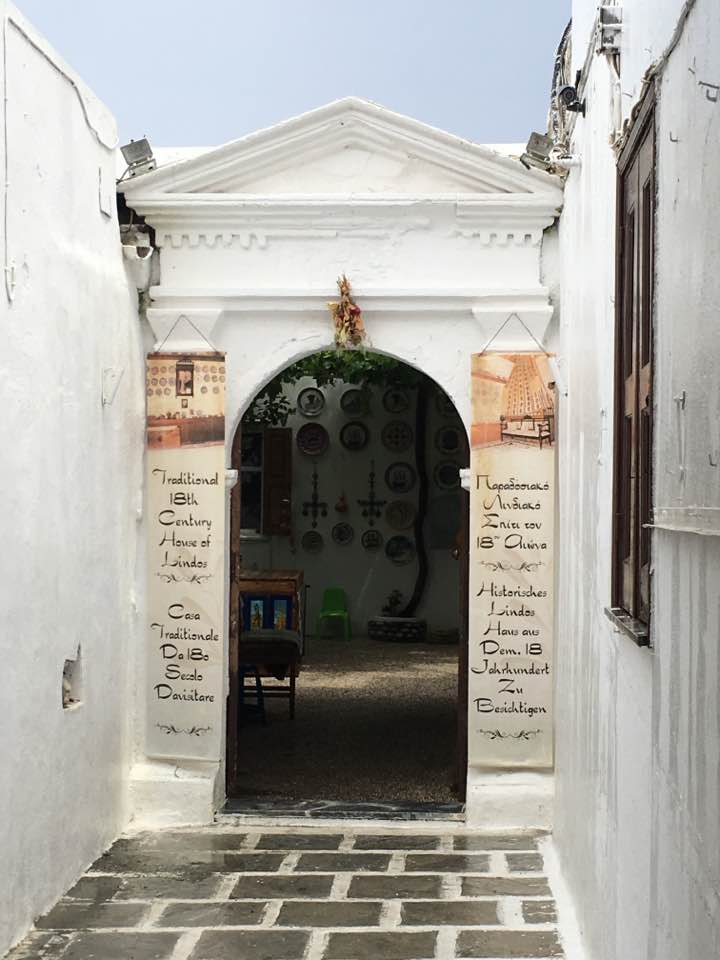
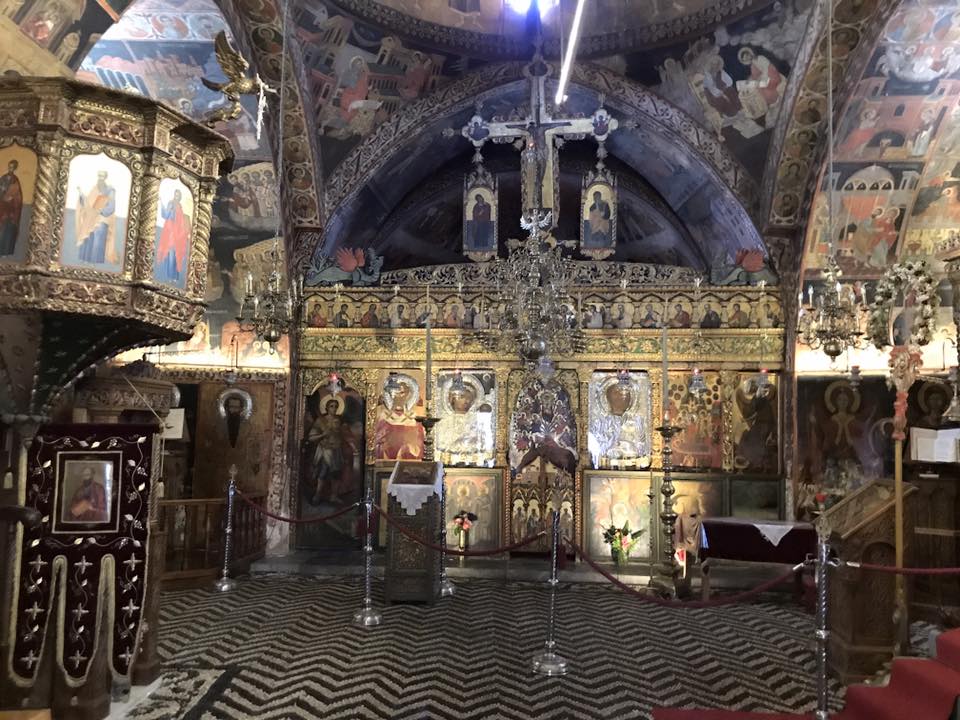
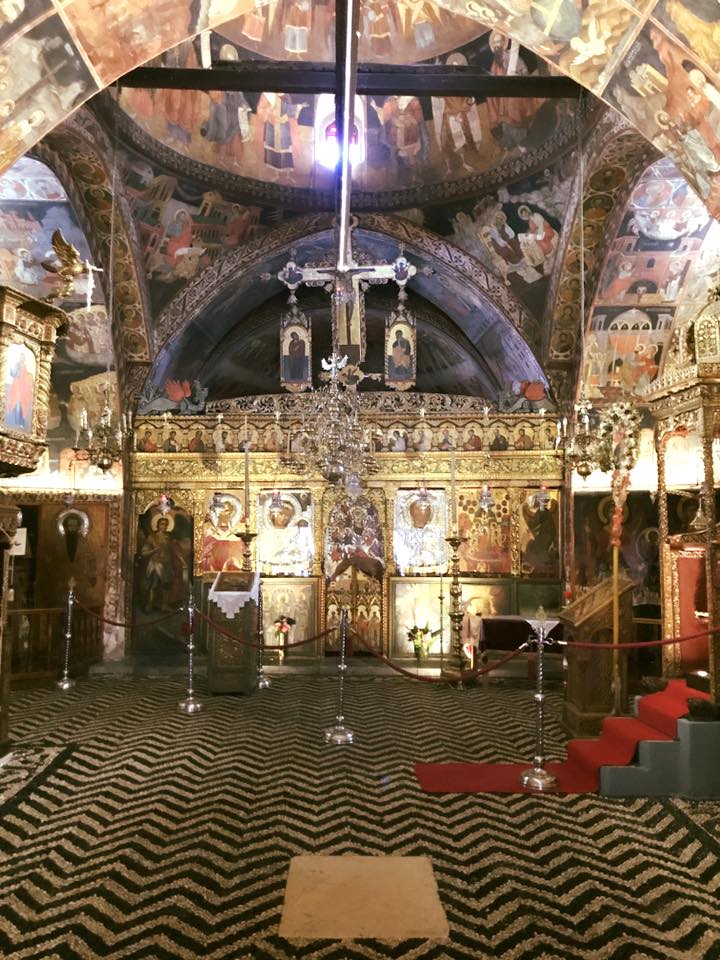
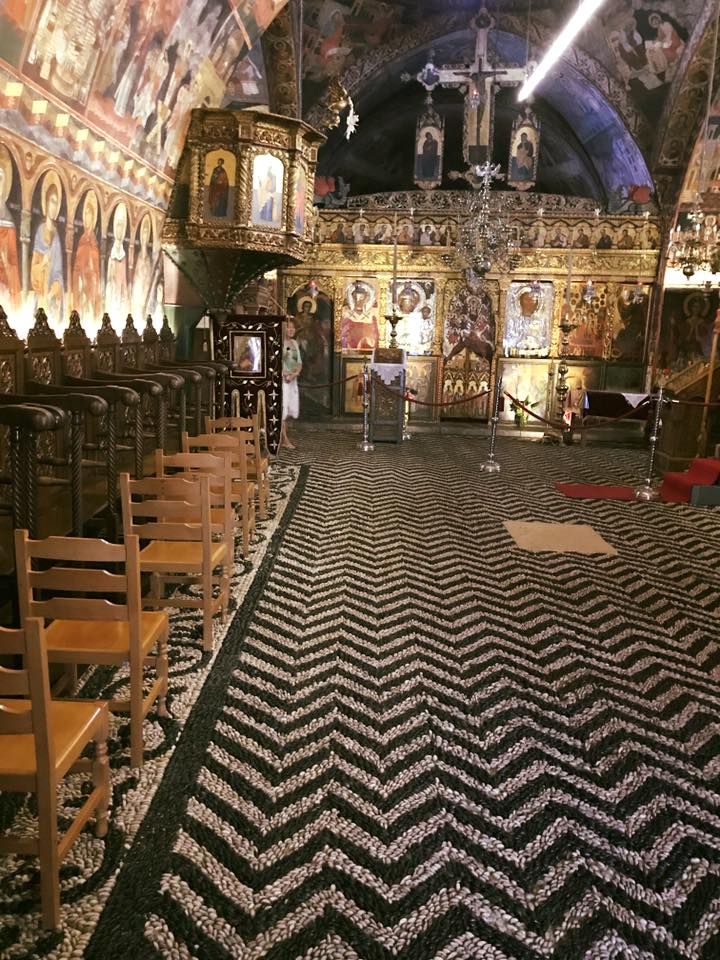
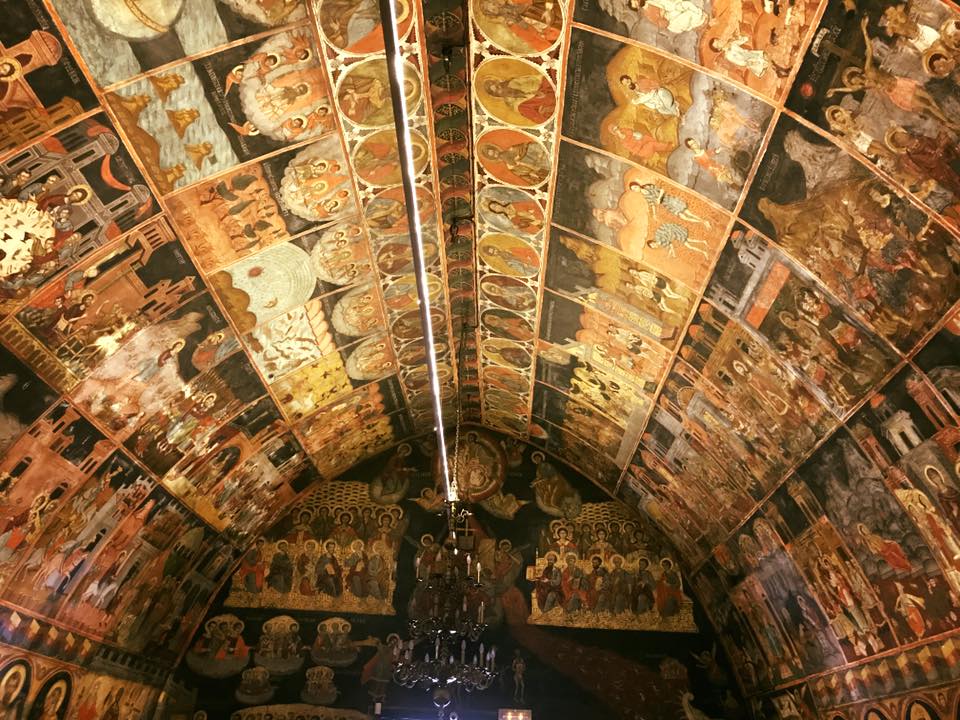
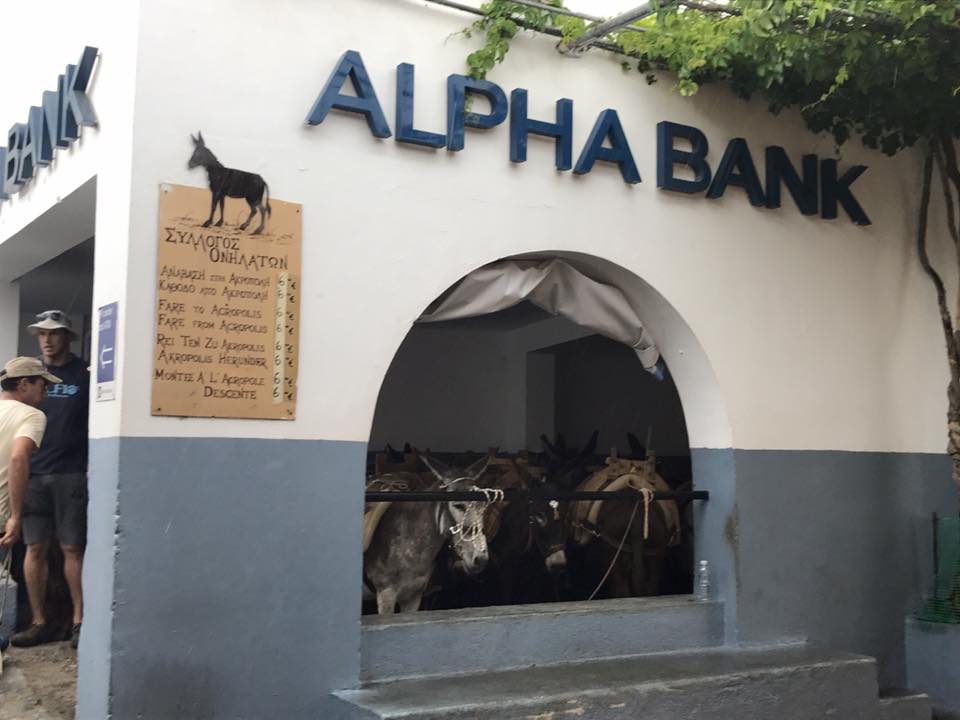
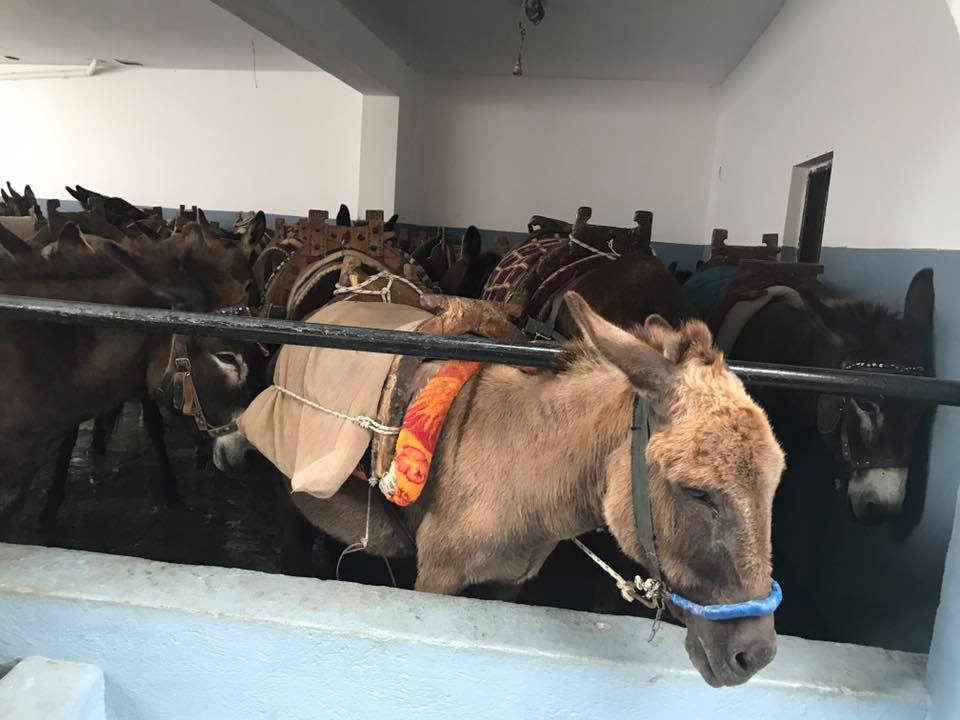
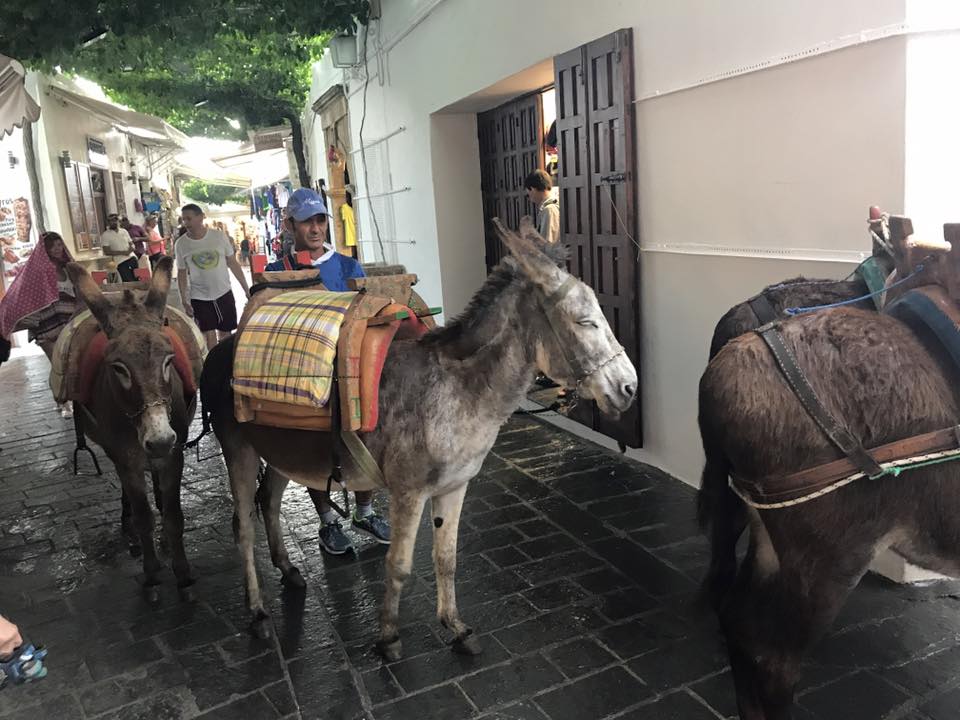 I wish we had a little more time to explore this village, but it was pouring that day, so as soon as the sun came out, we hiked up to the Acropolis!
I wish we had a little more time to explore this village, but it was pouring that day, so as soon as the sun came out, we hiked up to the Acropolis!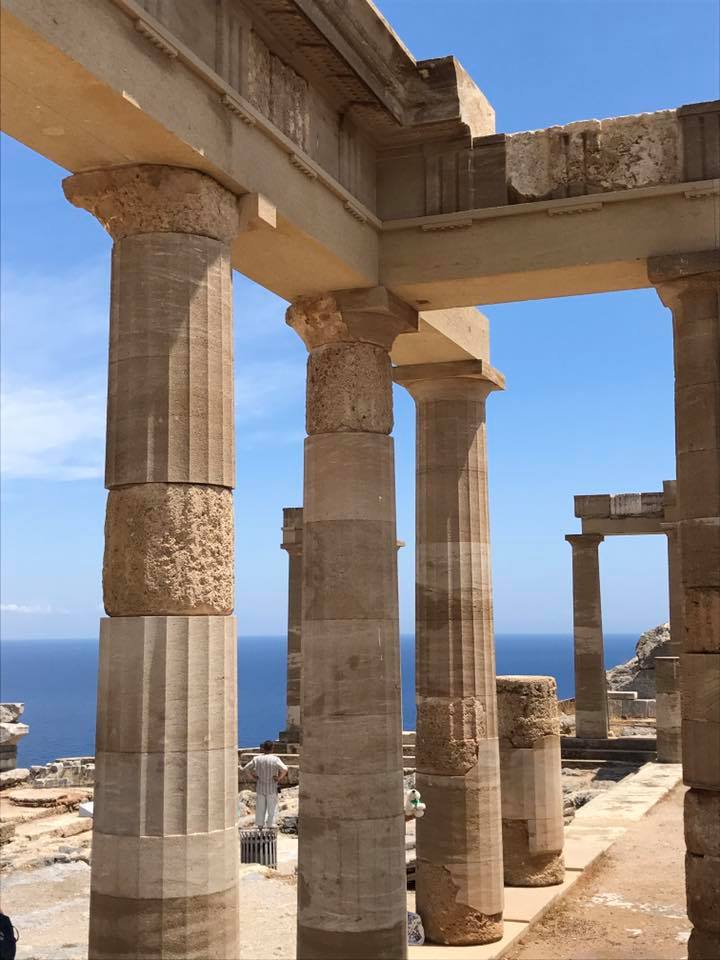
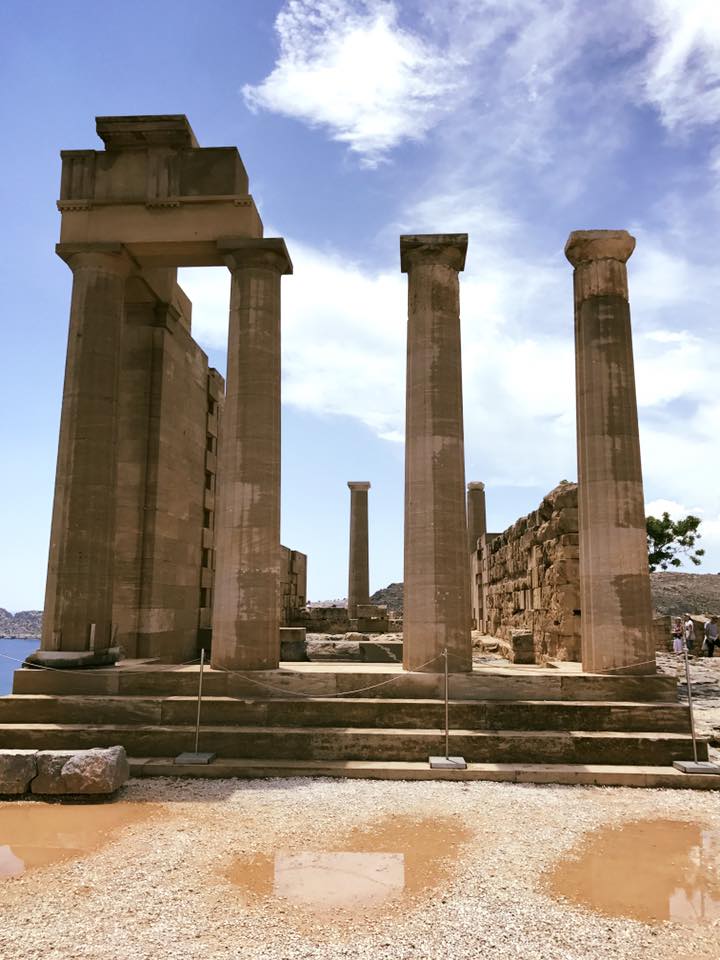
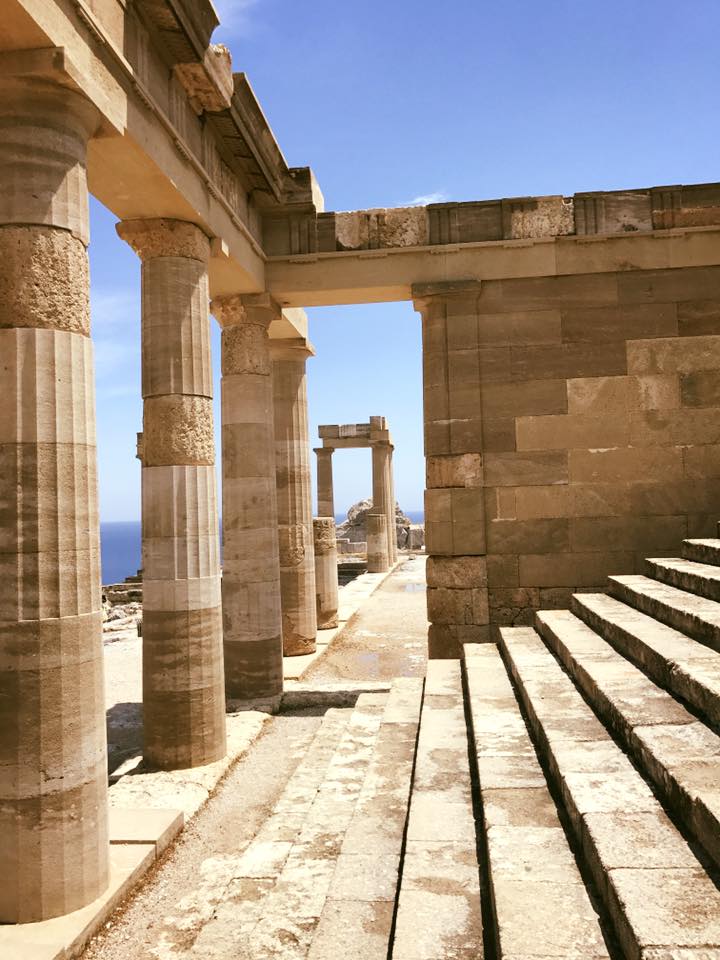
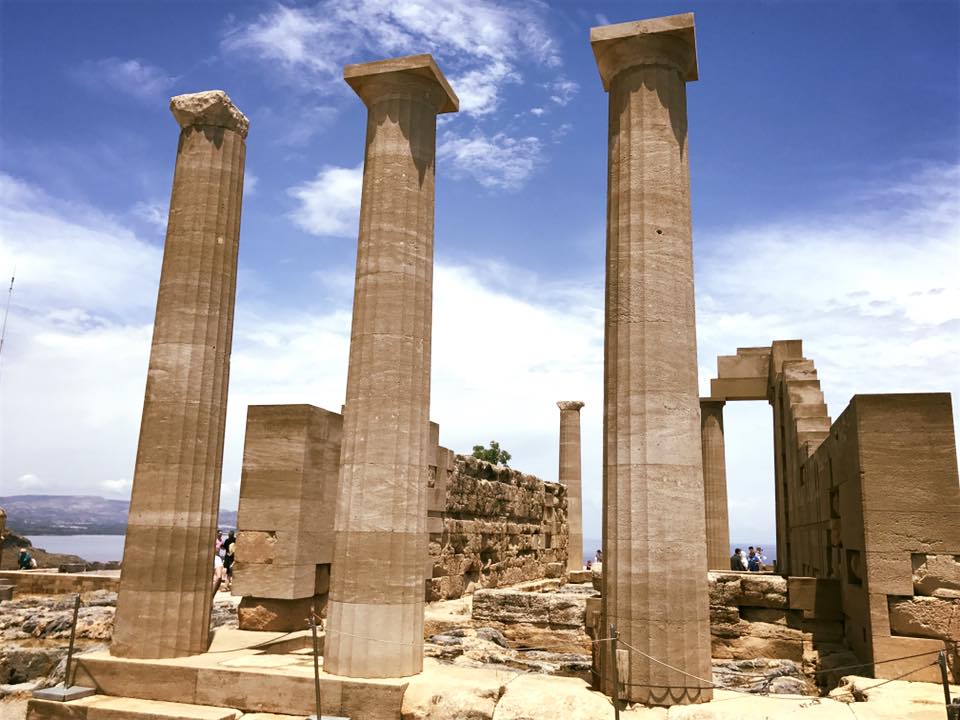
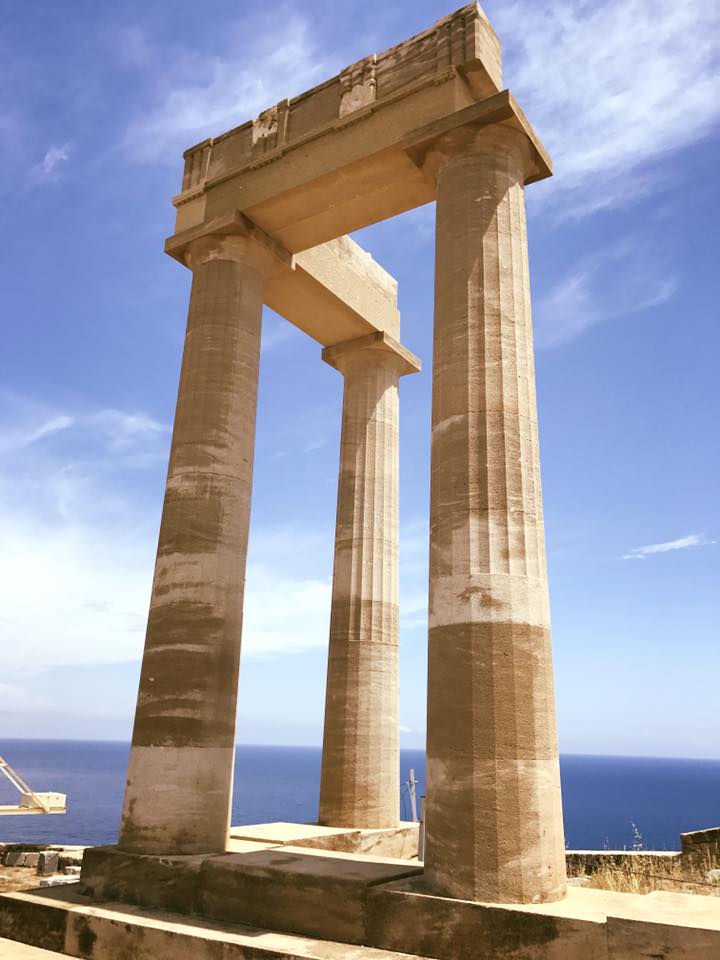
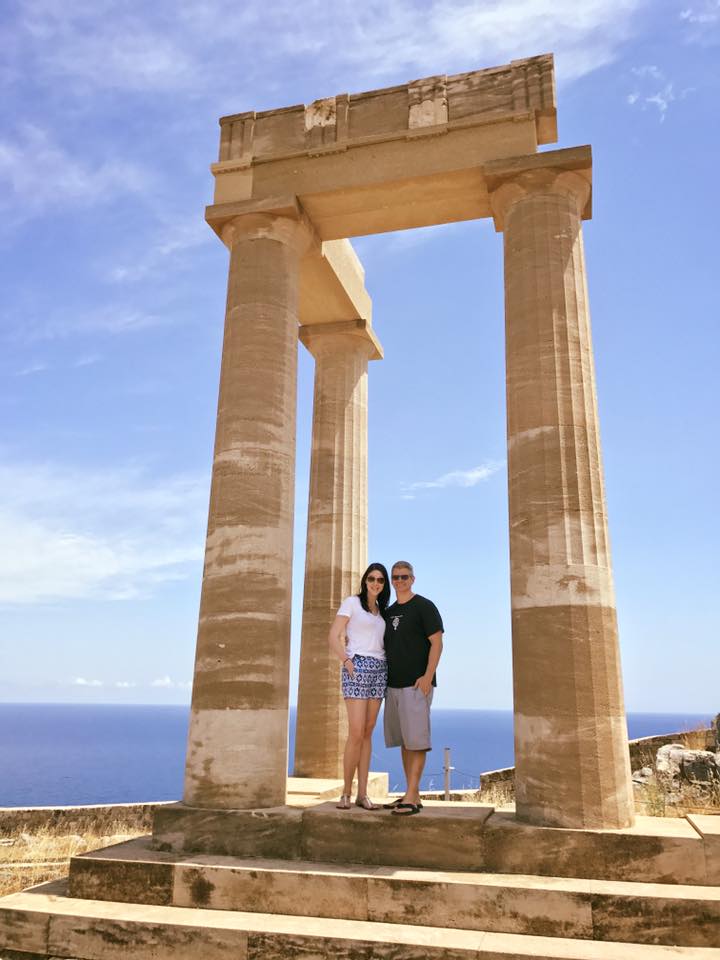
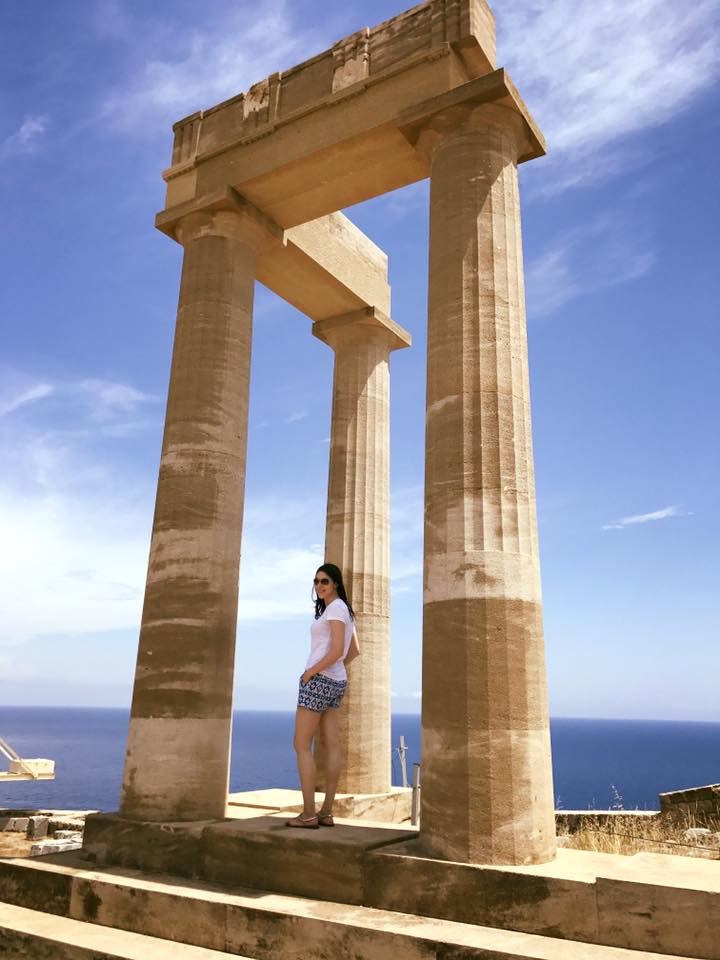
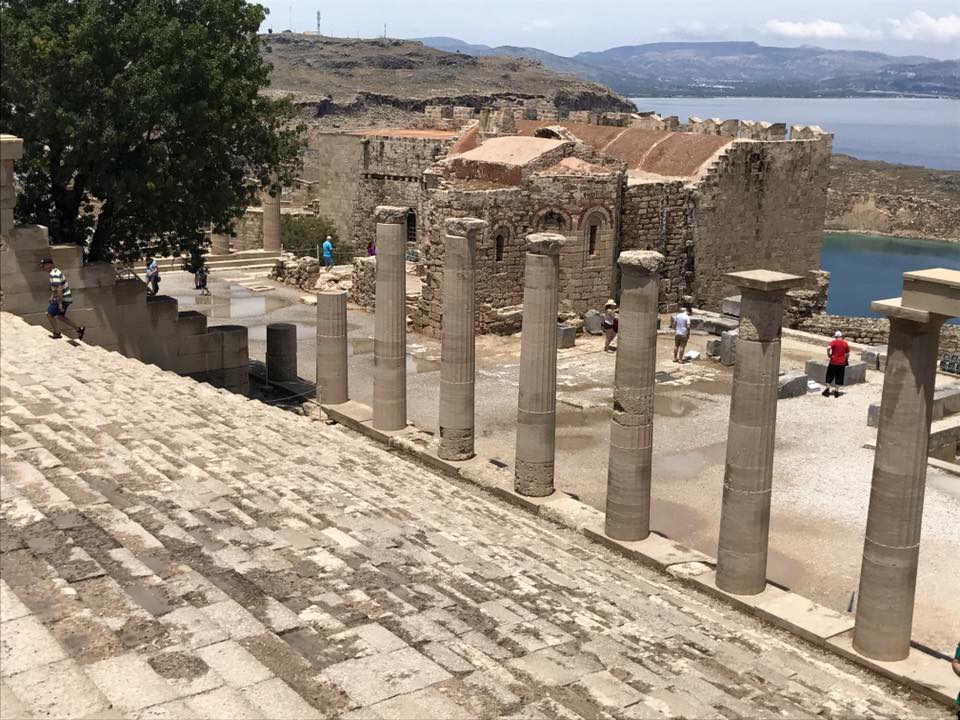
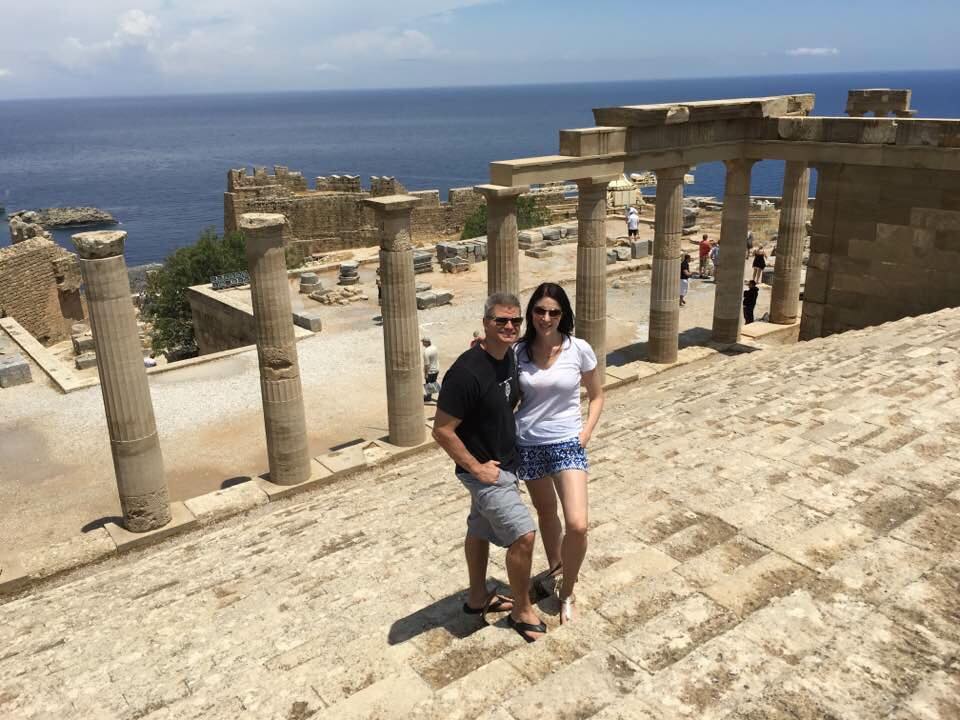 And the views from the Acropolis of Lindos are not too shabby:
And the views from the Acropolis of Lindos are not too shabby: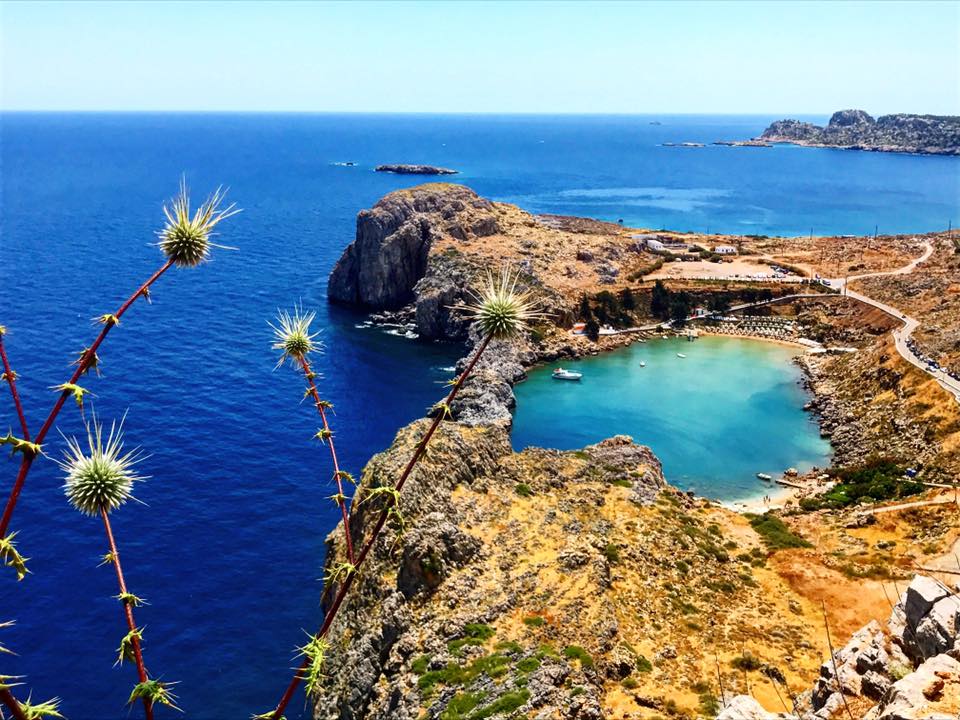 After Lindos, Nick took us to the cutest little beach side taverna for lunch (which had the most INCREDIBLE views) before we set off to explore other sites around the island, including
After Lindos, Nick took us to the cutest little beach side taverna for lunch (which had the most INCREDIBLE views) before we set off to explore other sites around the island, including 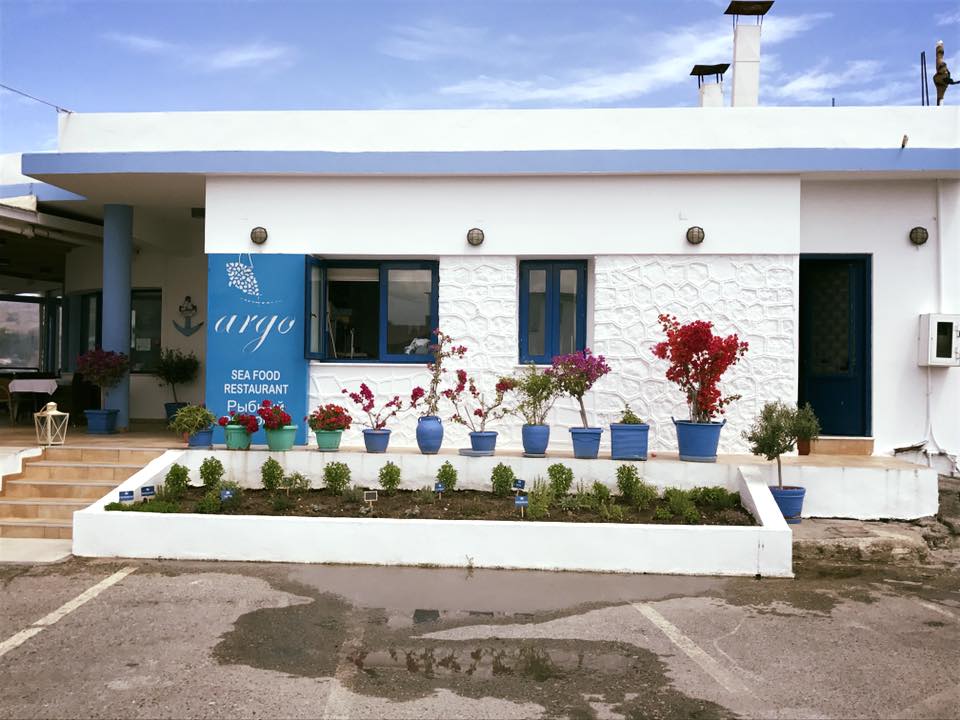
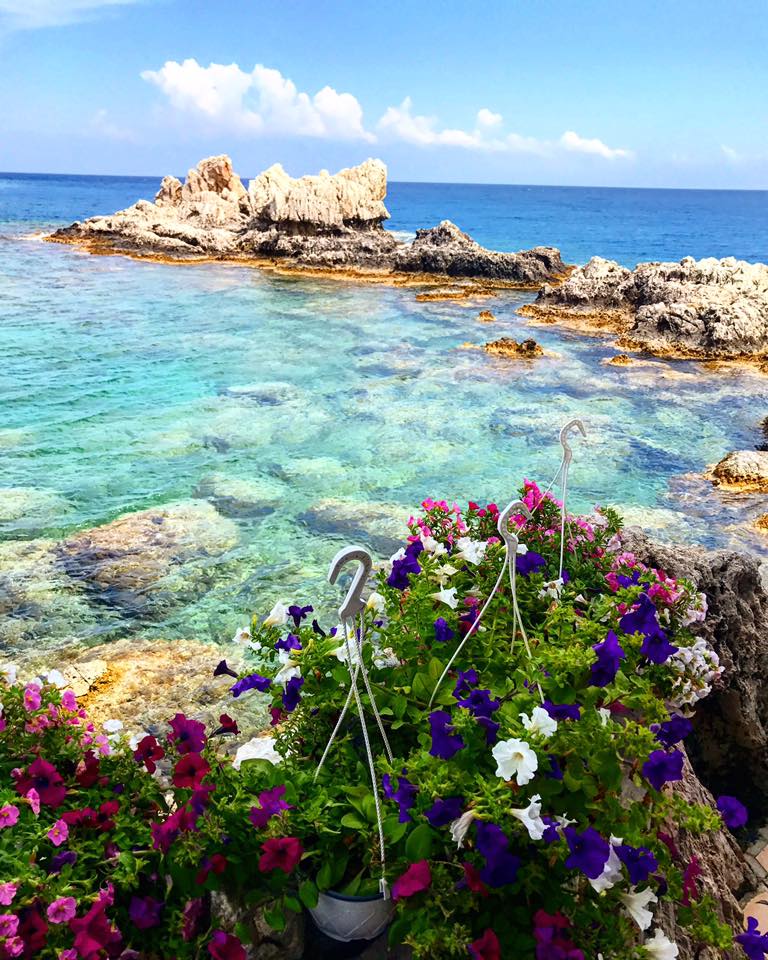
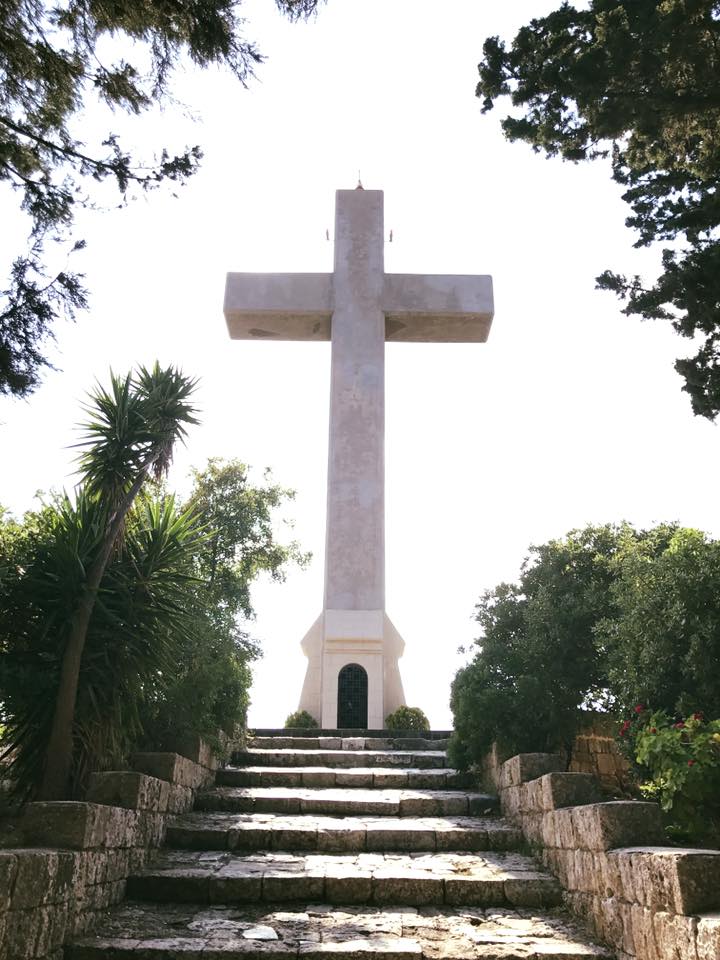
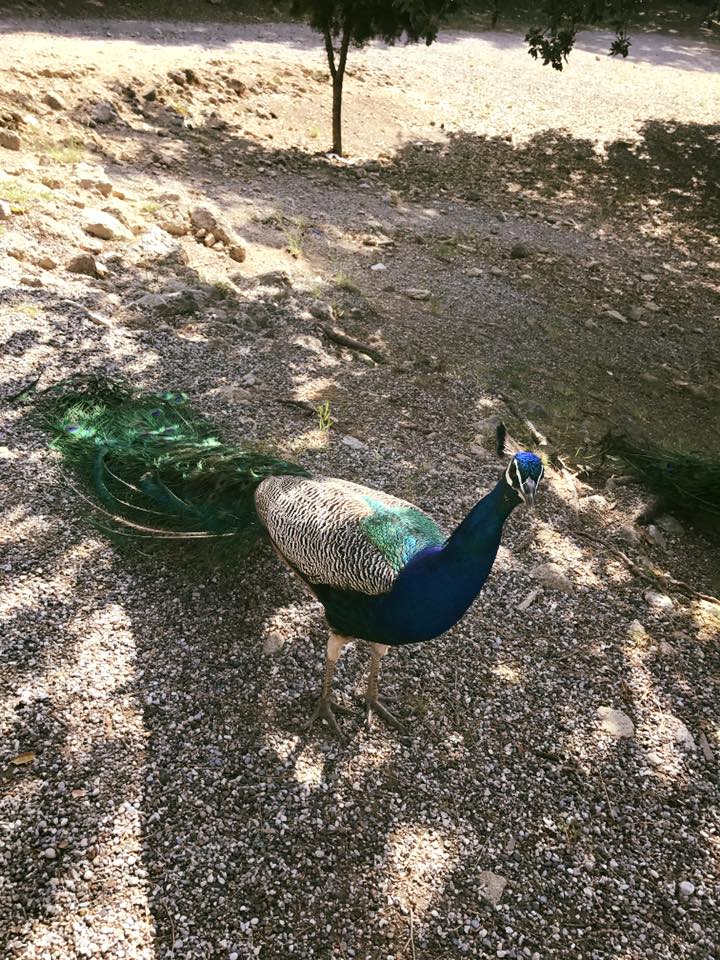
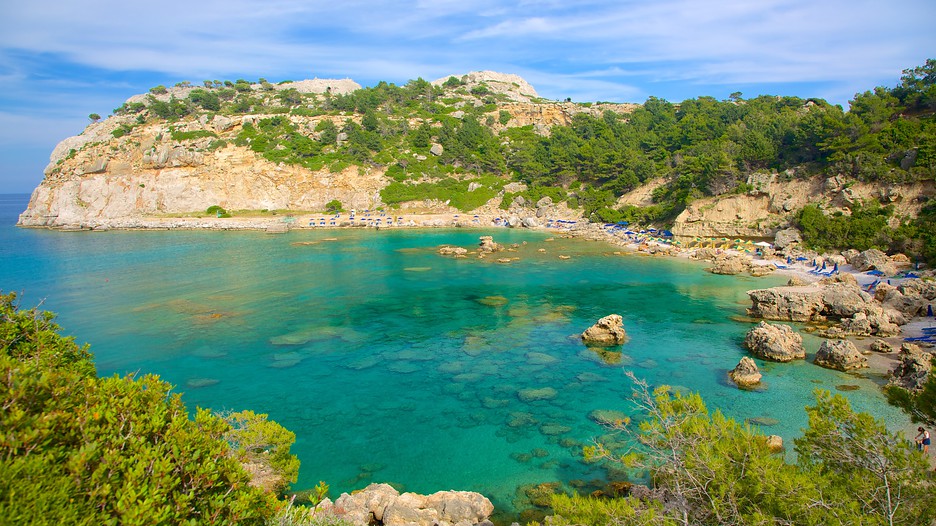 On our third day on the island, we took advantage of the free rental car that came with our room and took to the roads with our tablet to explore other points of interest, such as the
On our third day on the island, we took advantage of the free rental car that came with our room and took to the roads with our tablet to explore other points of interest, such as the 
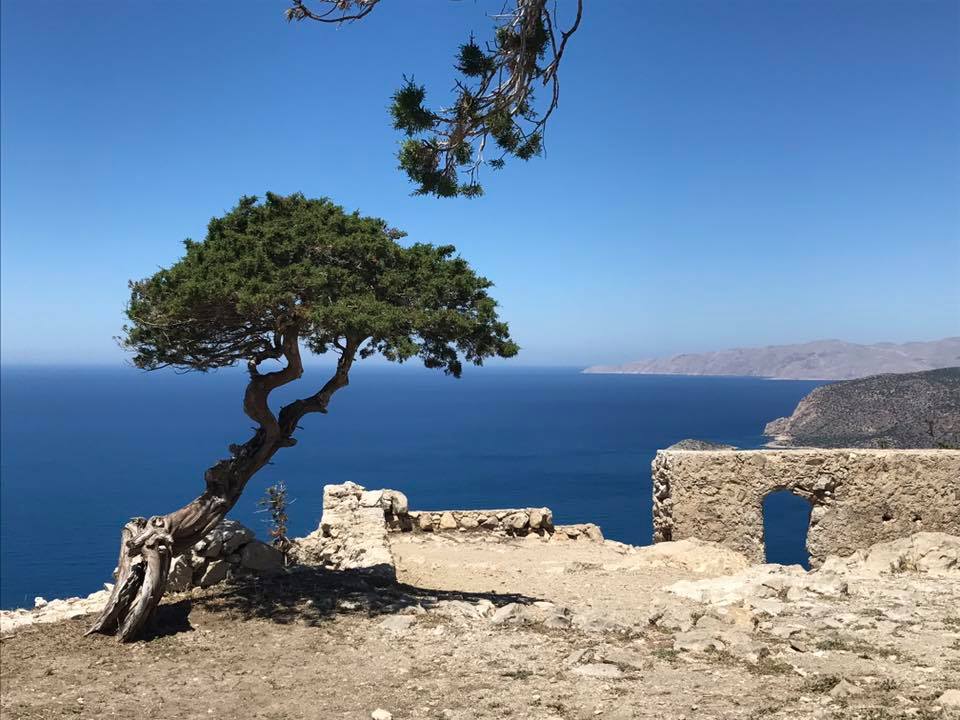
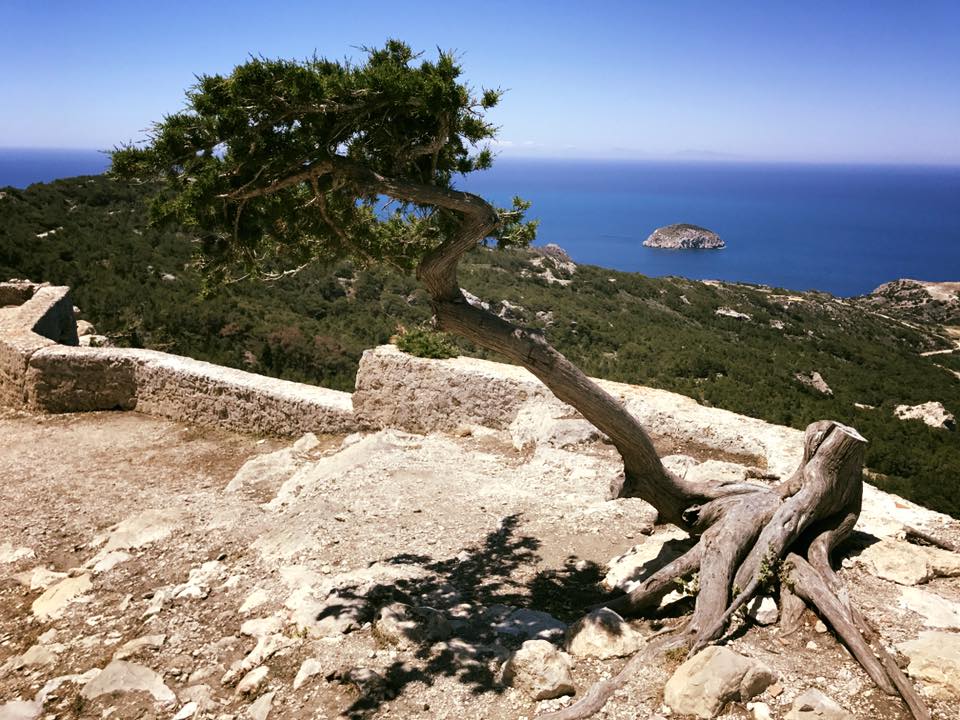
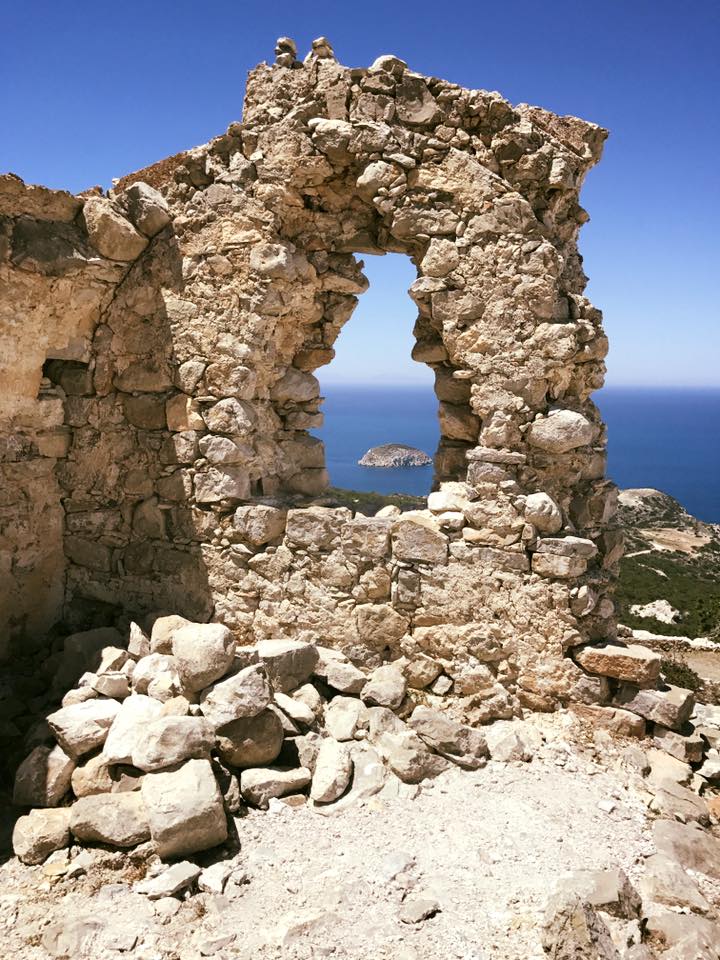
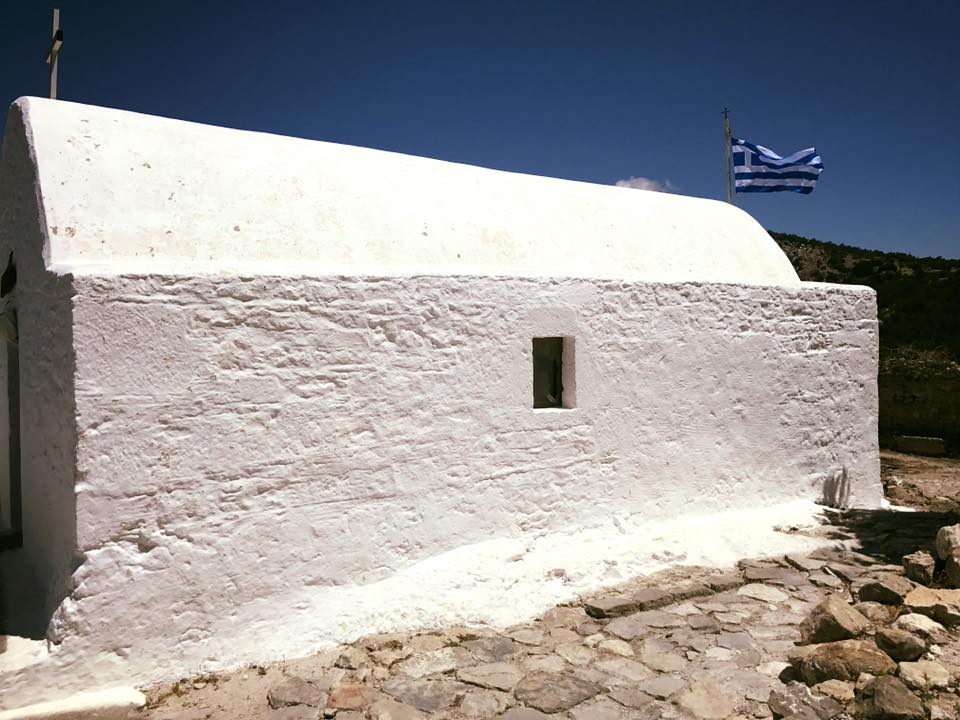
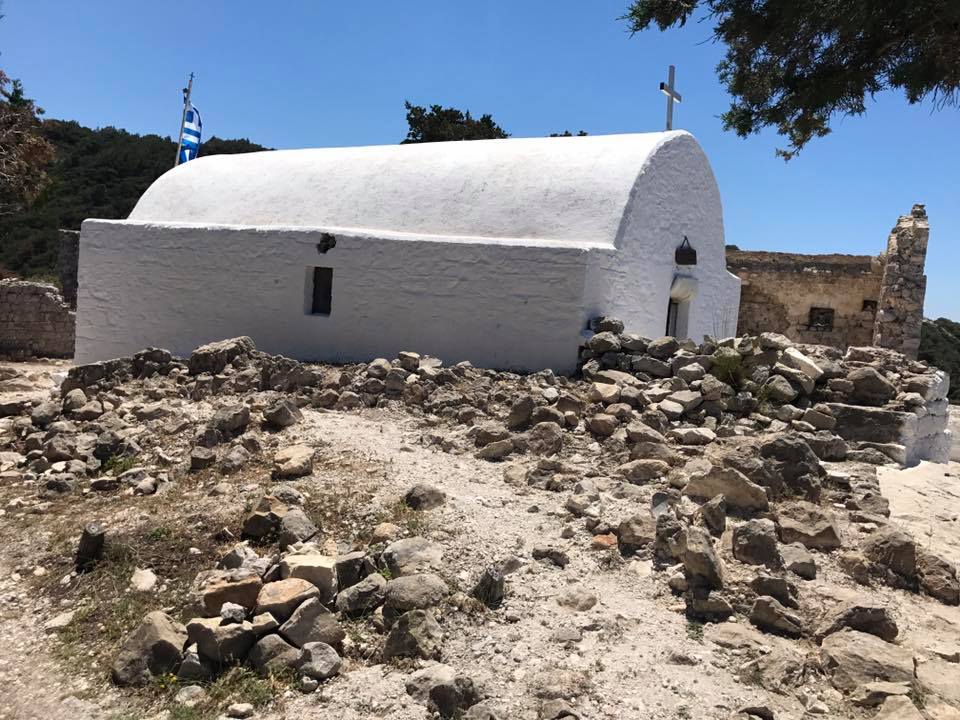
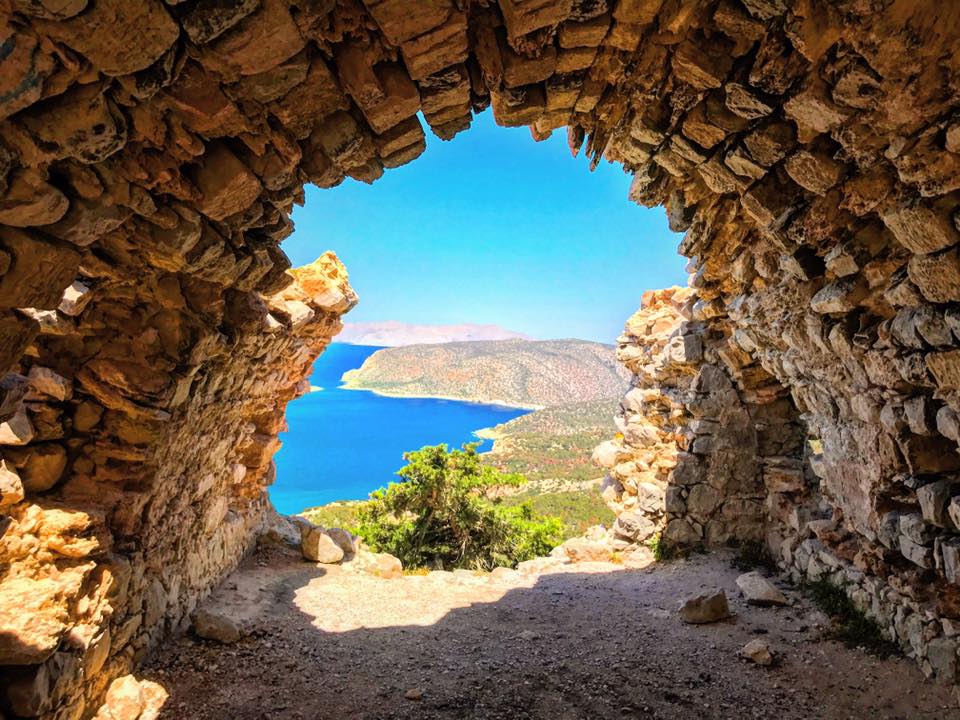 Ancient Kamiros:
Ancient Kamiros: 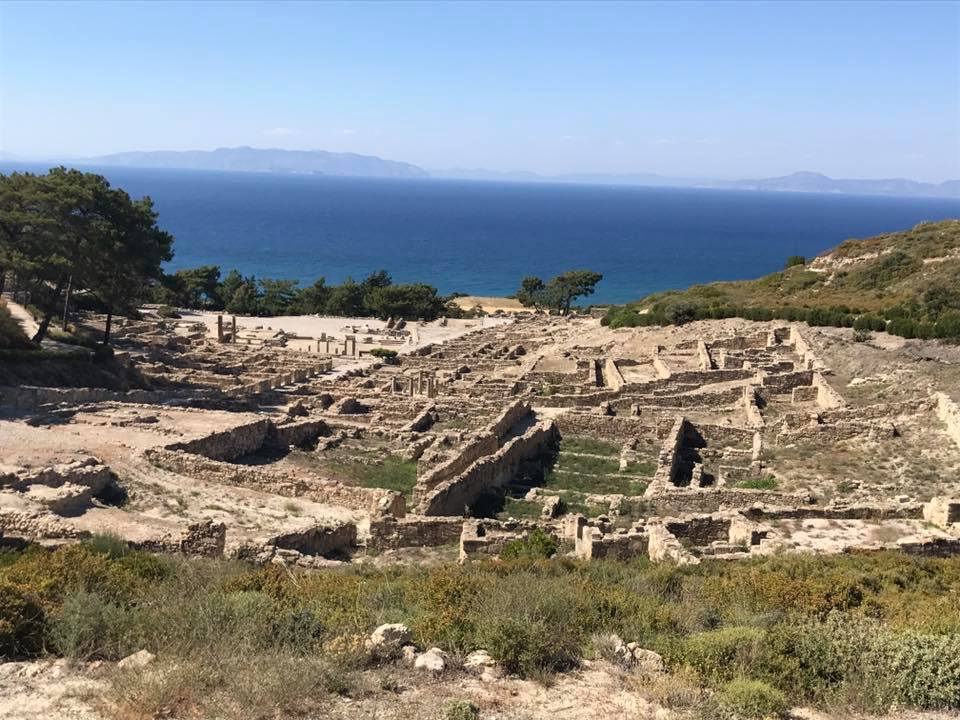
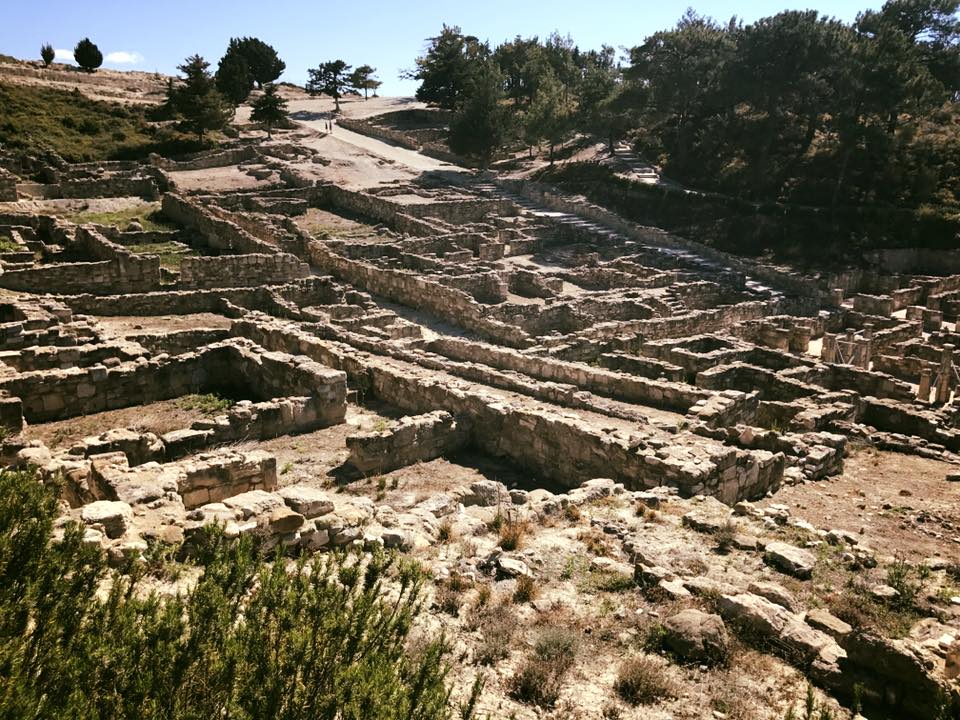
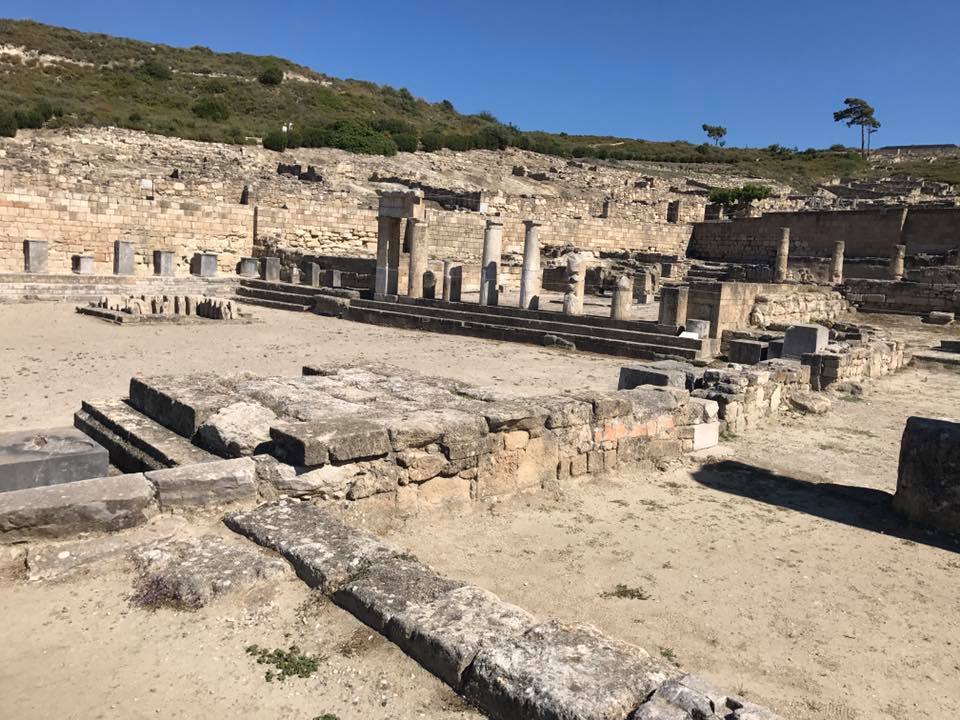
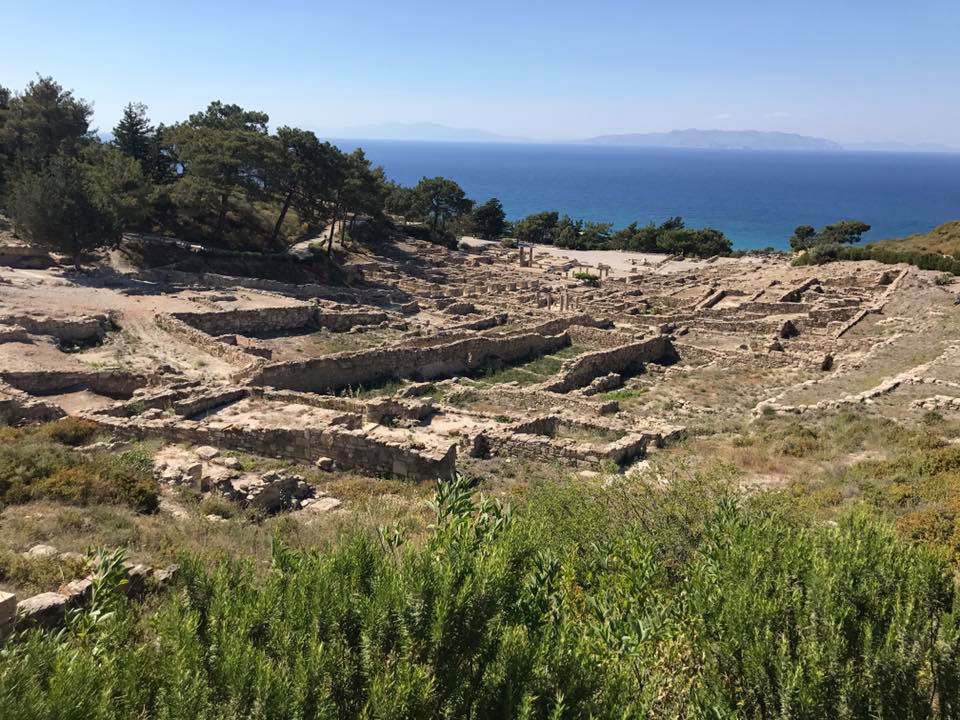 Seven Springs:
Seven Springs: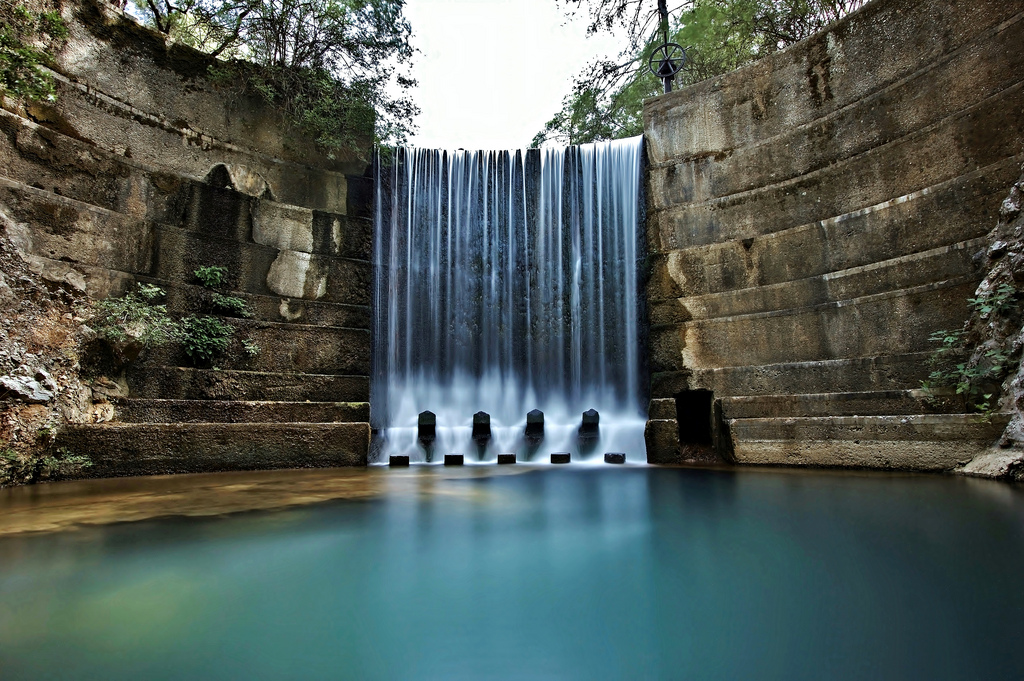 On our last day, we stayed in the Old Town and visited the
On our last day, we stayed in the Old Town and visited the 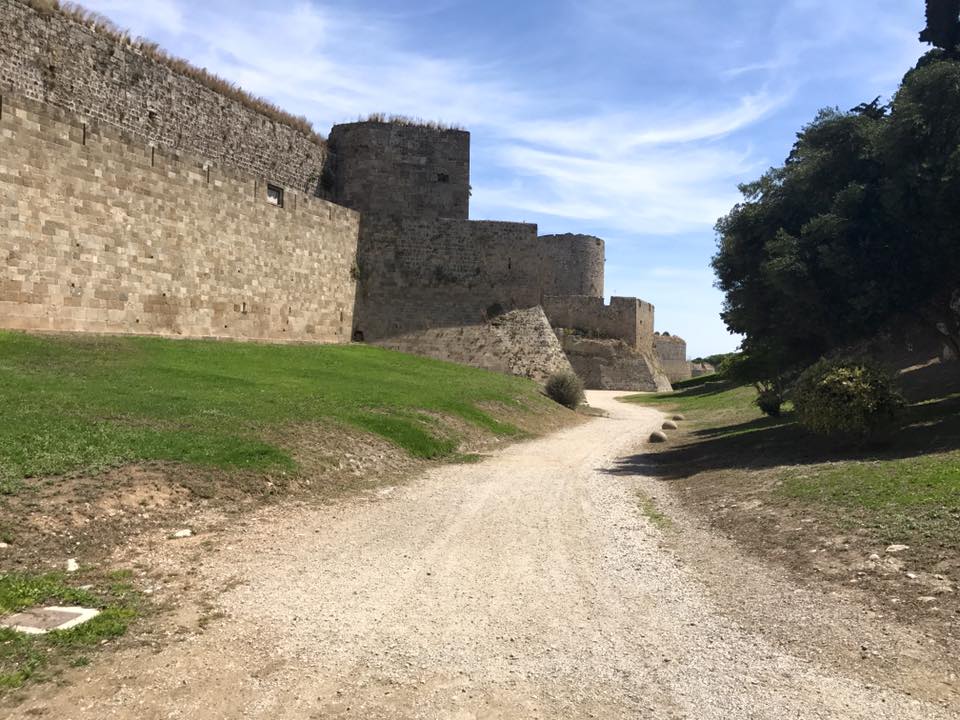
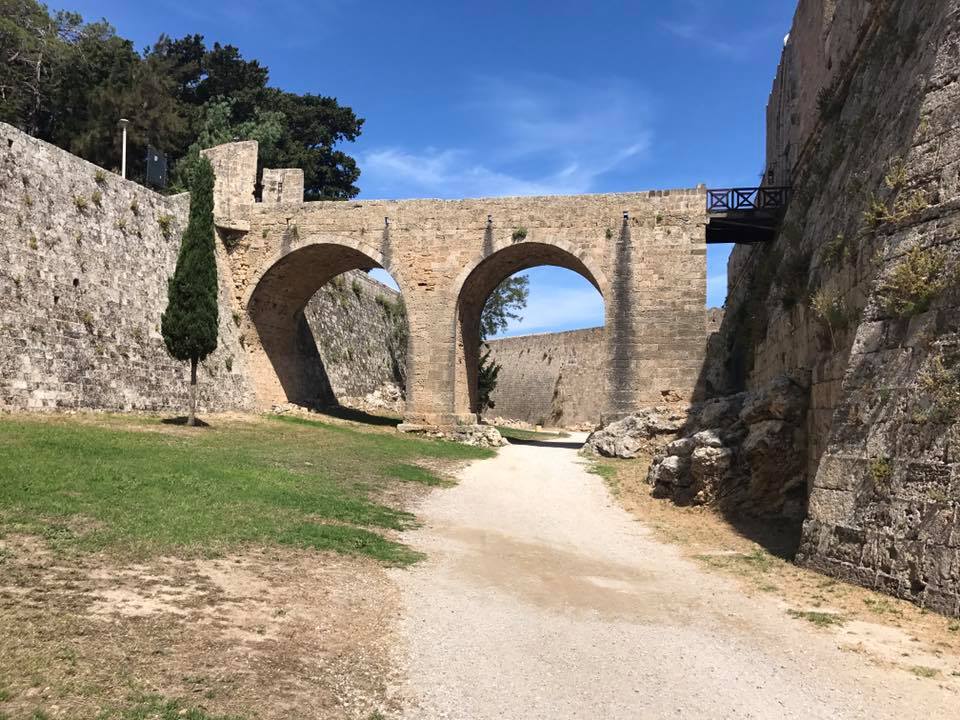
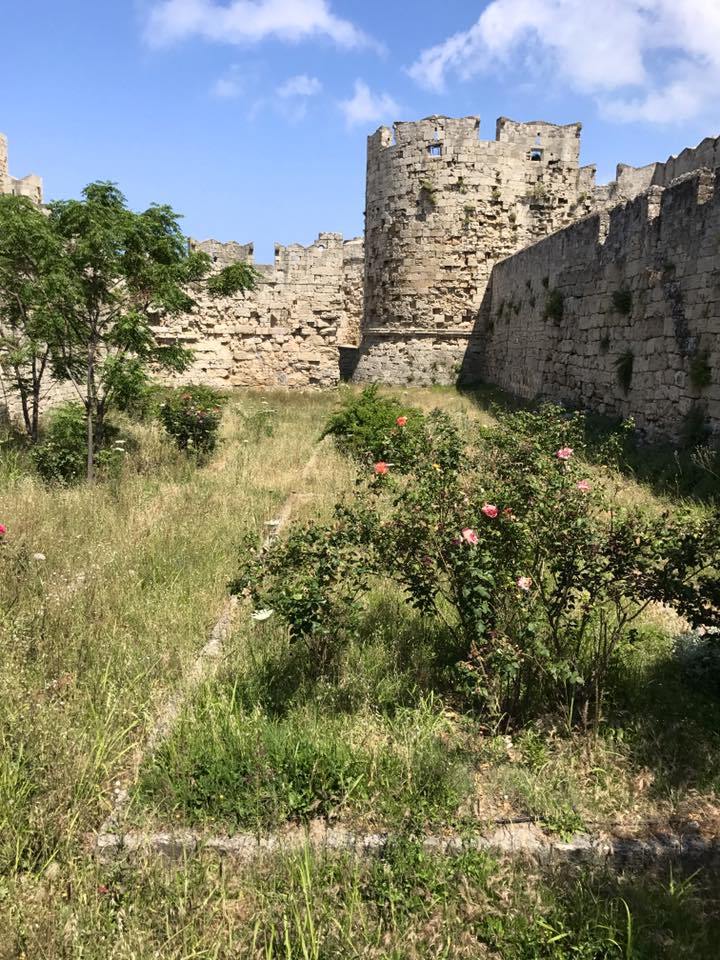
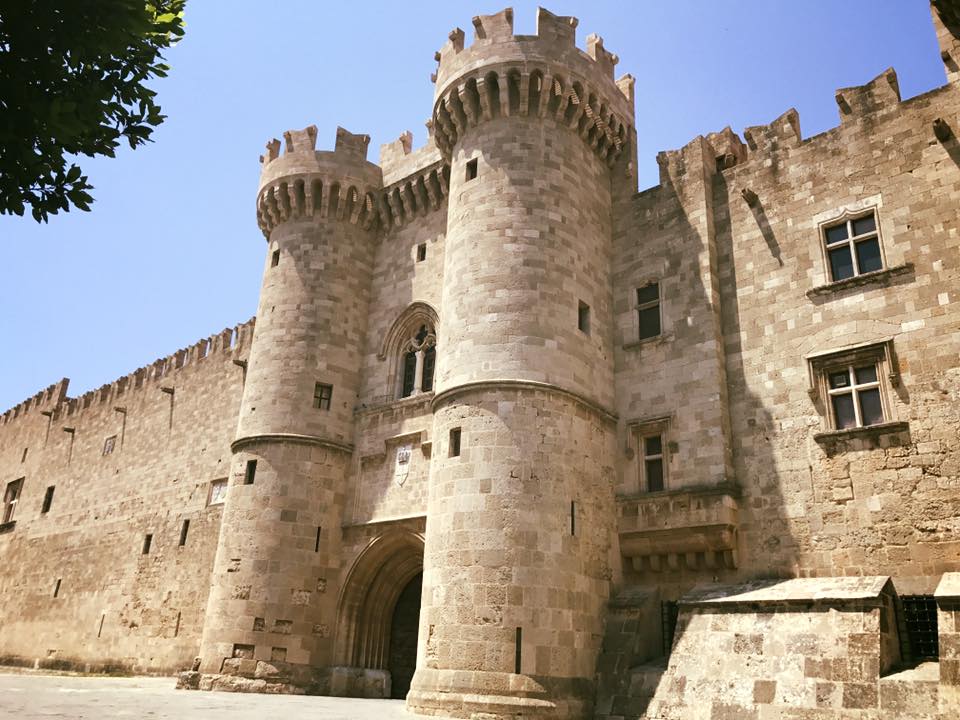
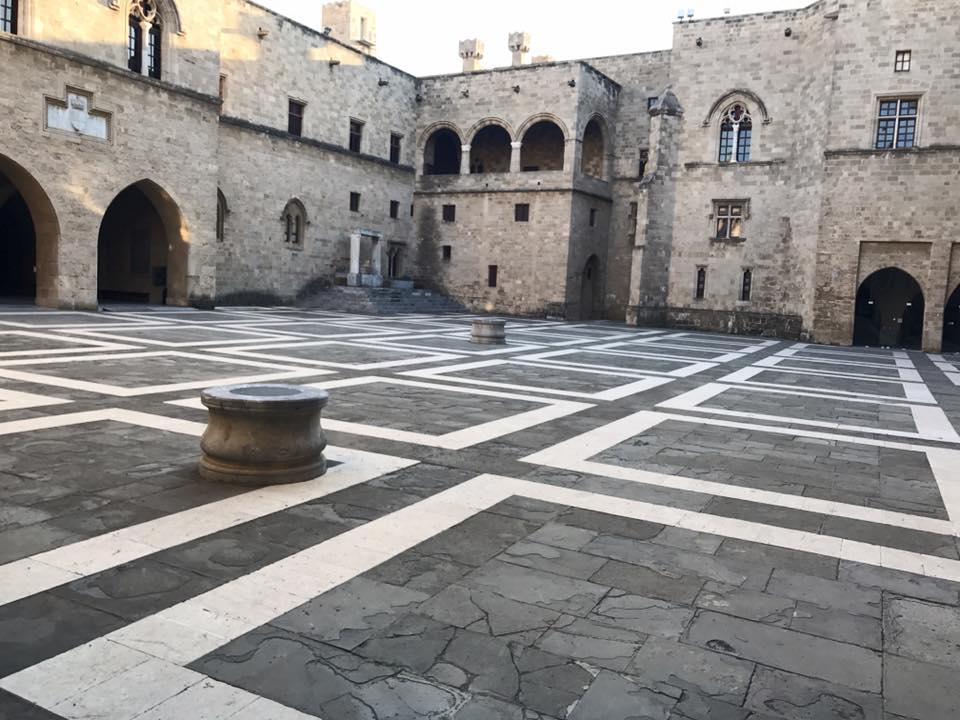
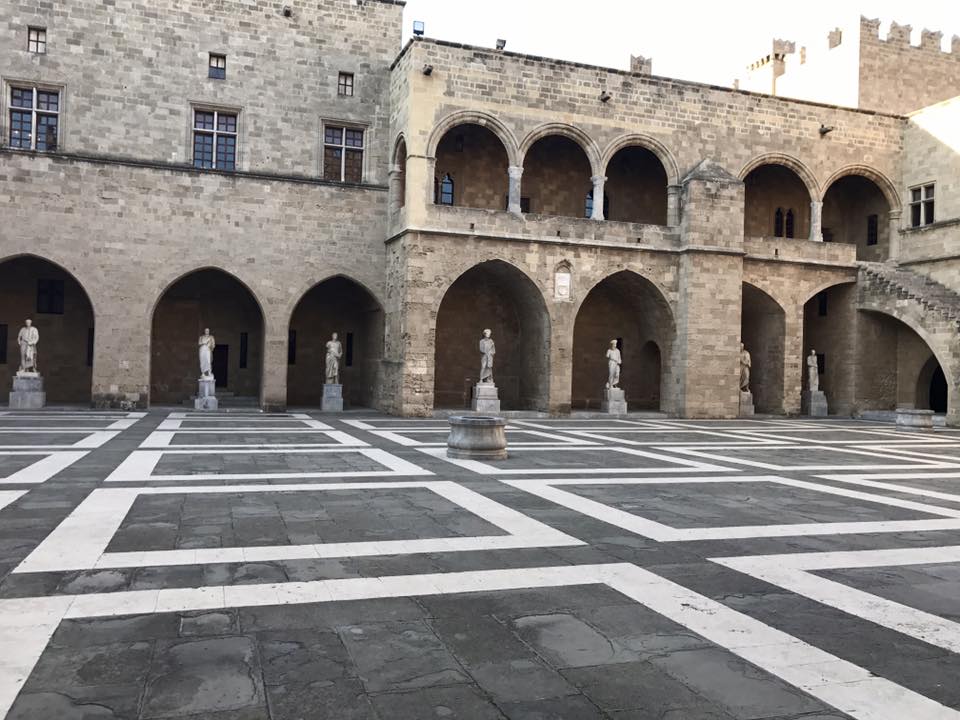
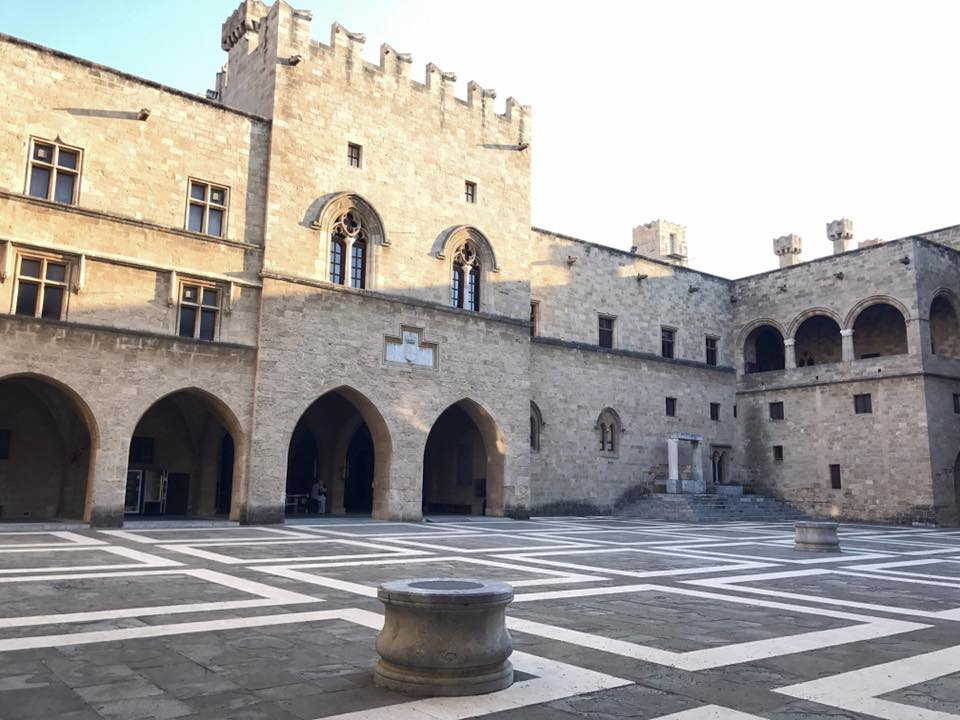
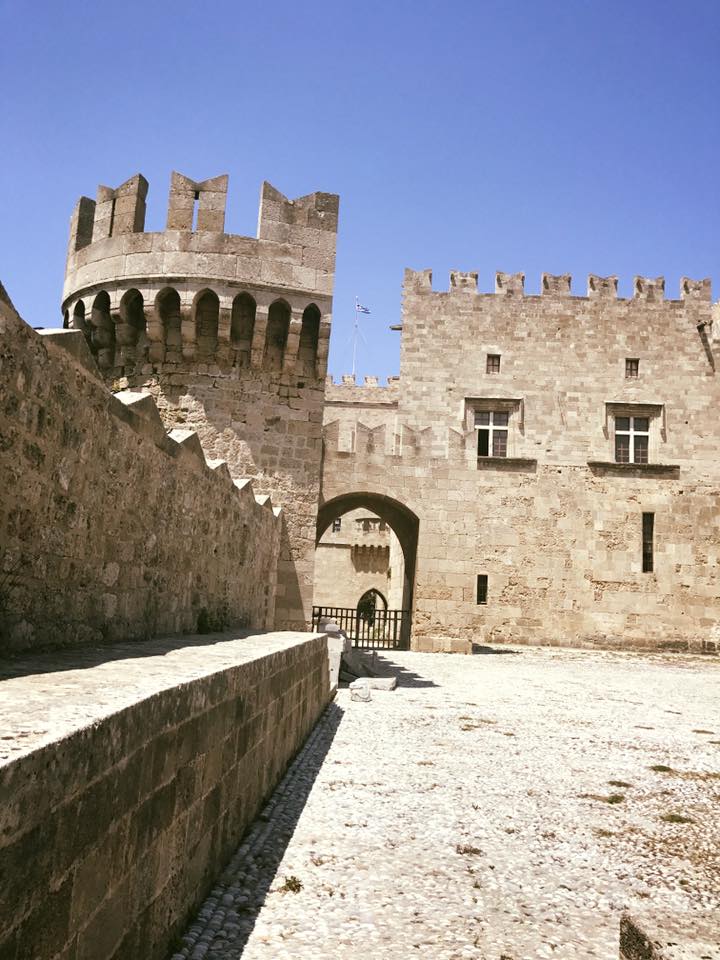
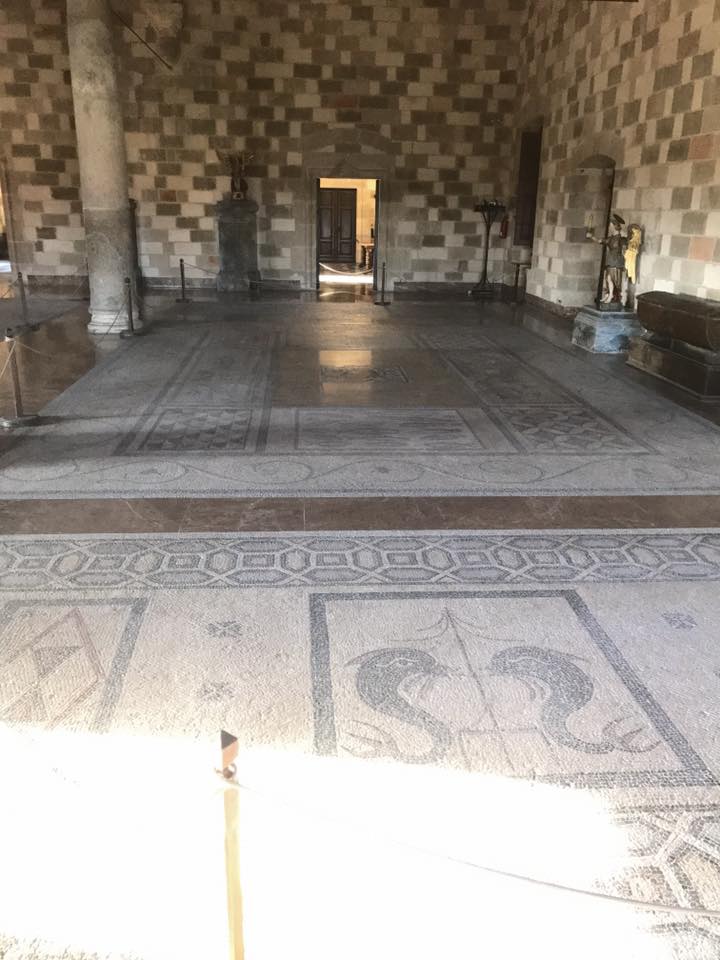
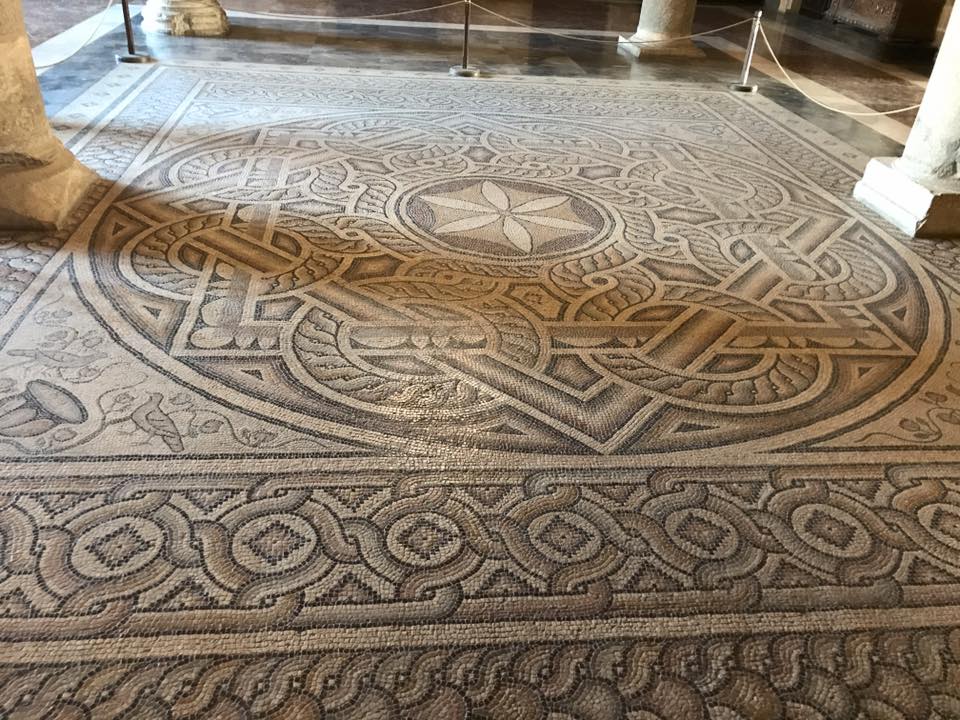
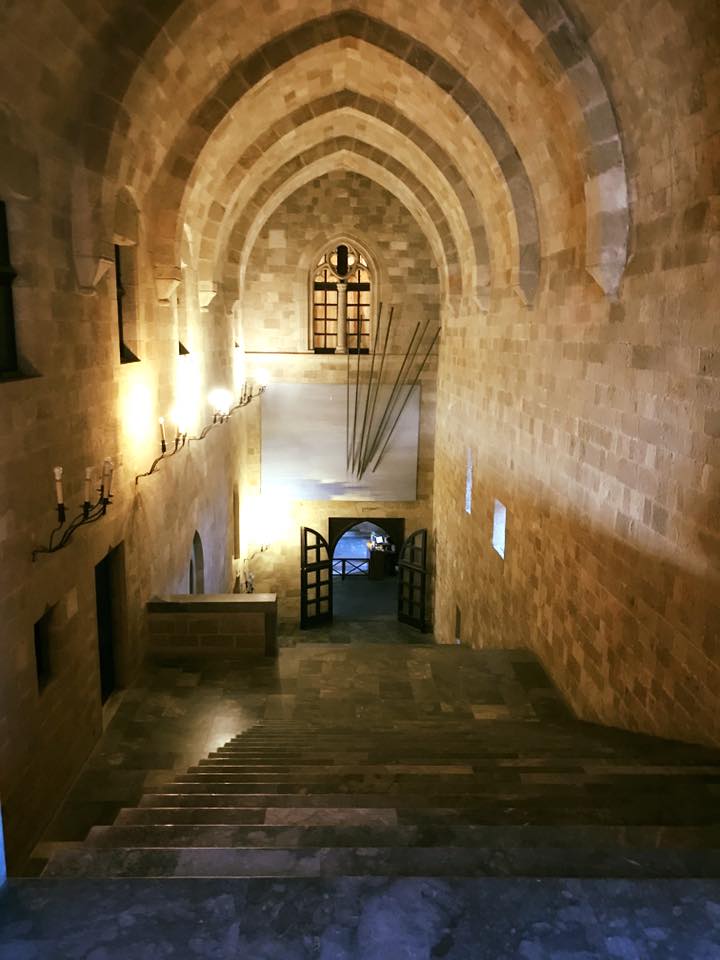
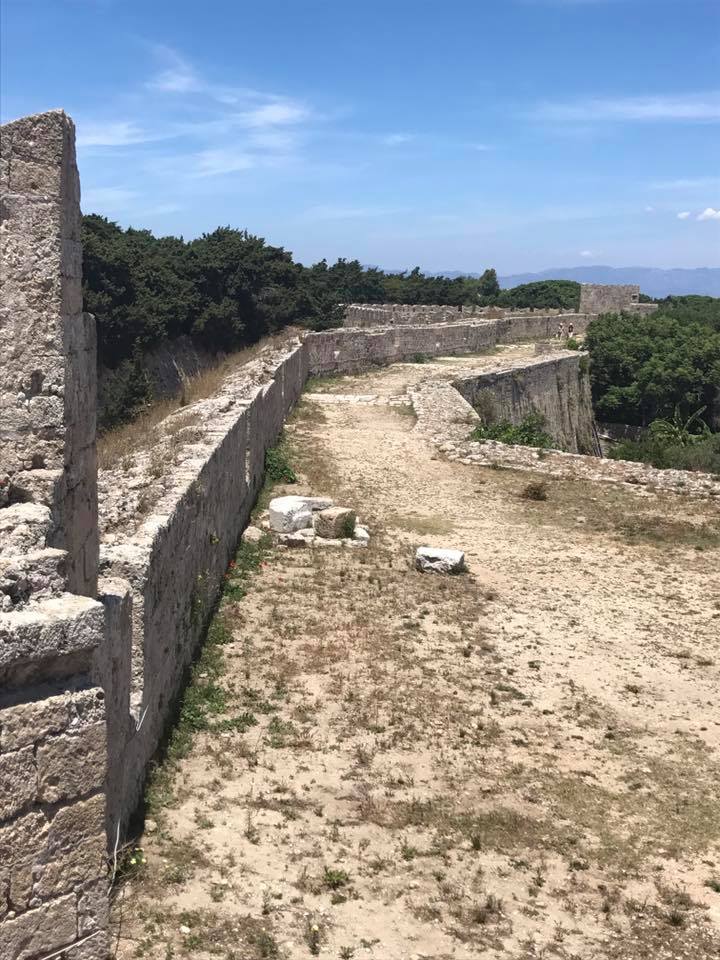
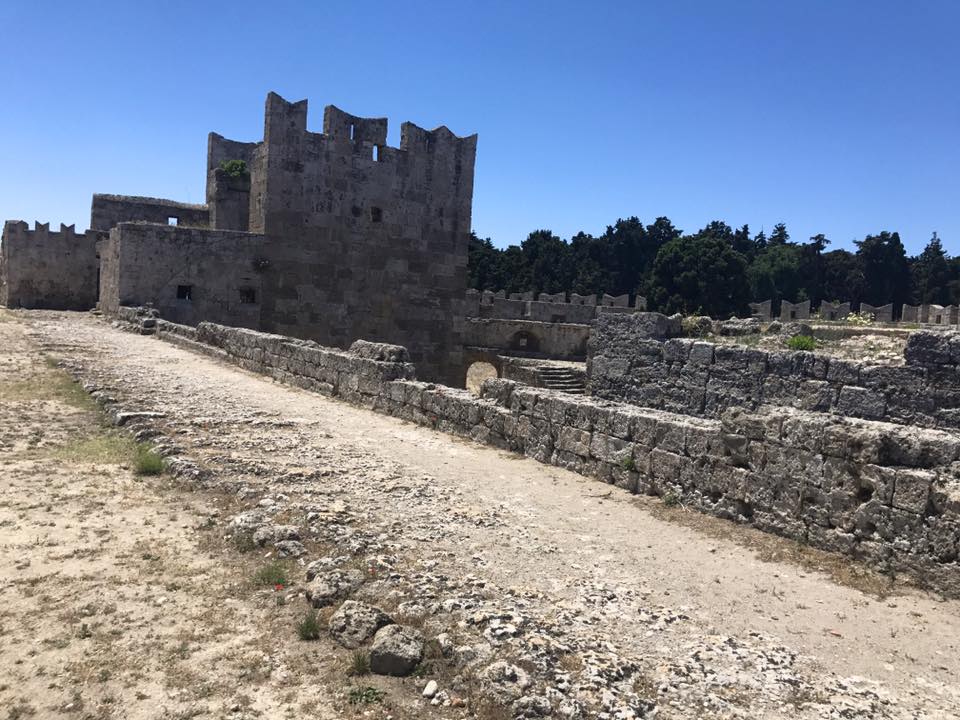
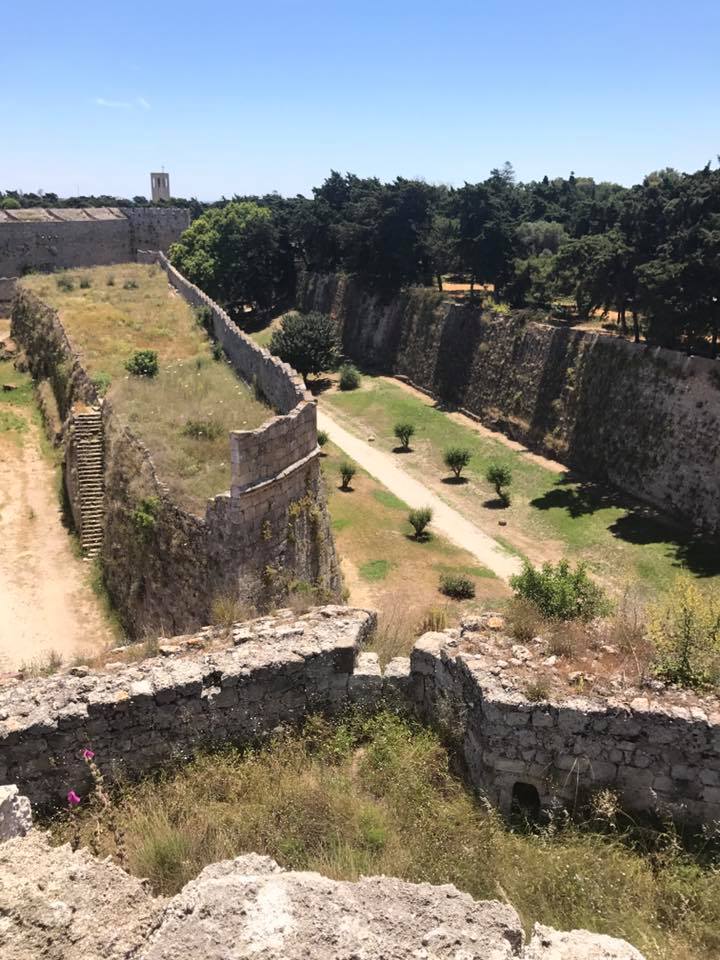
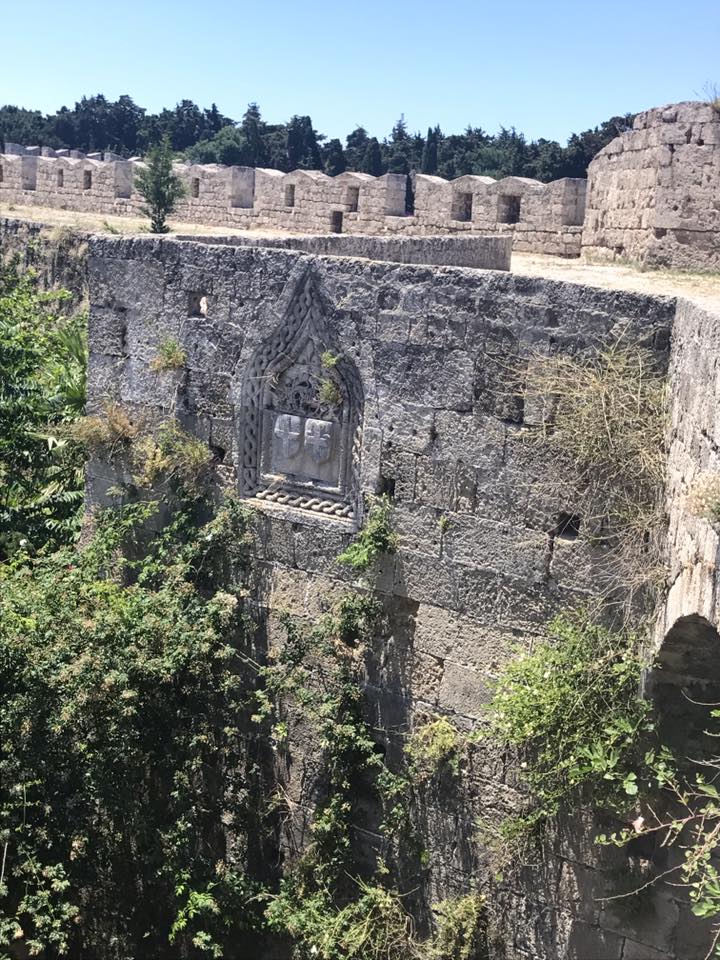
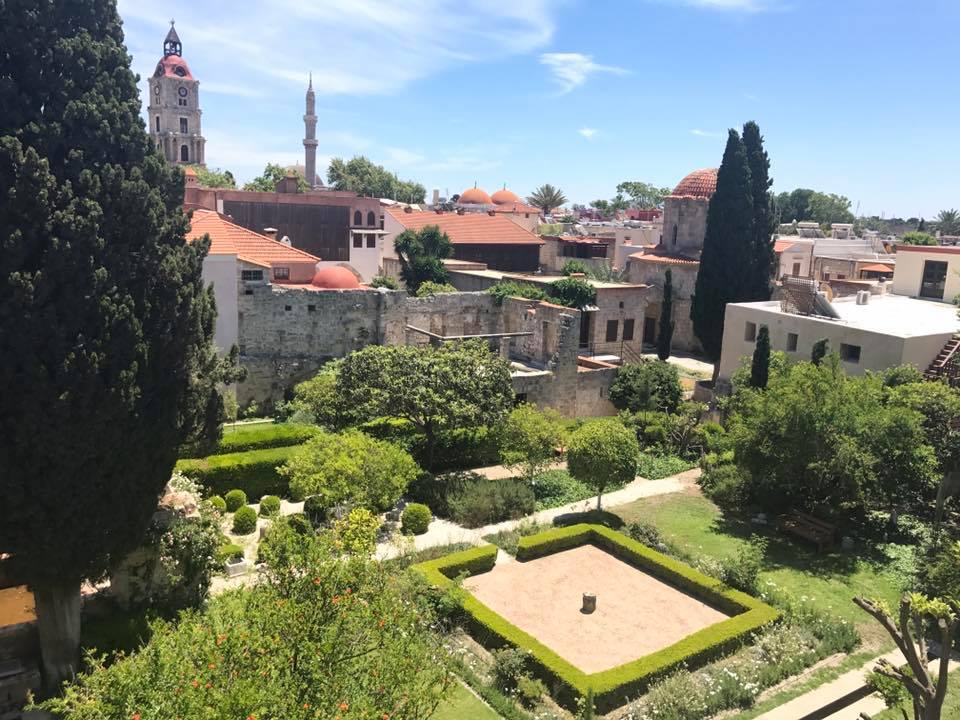
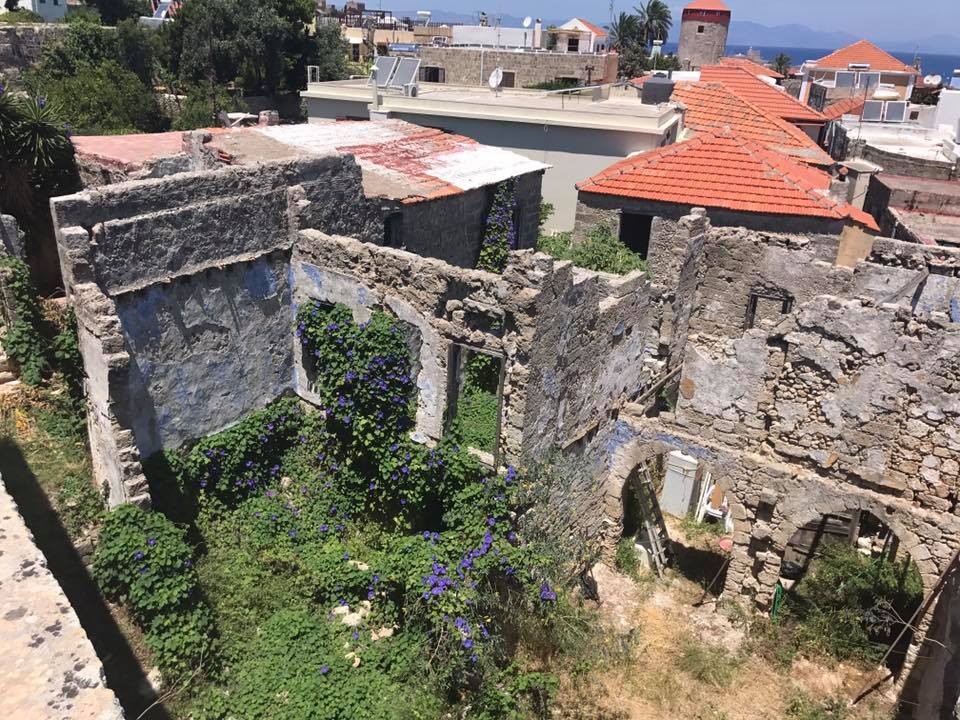
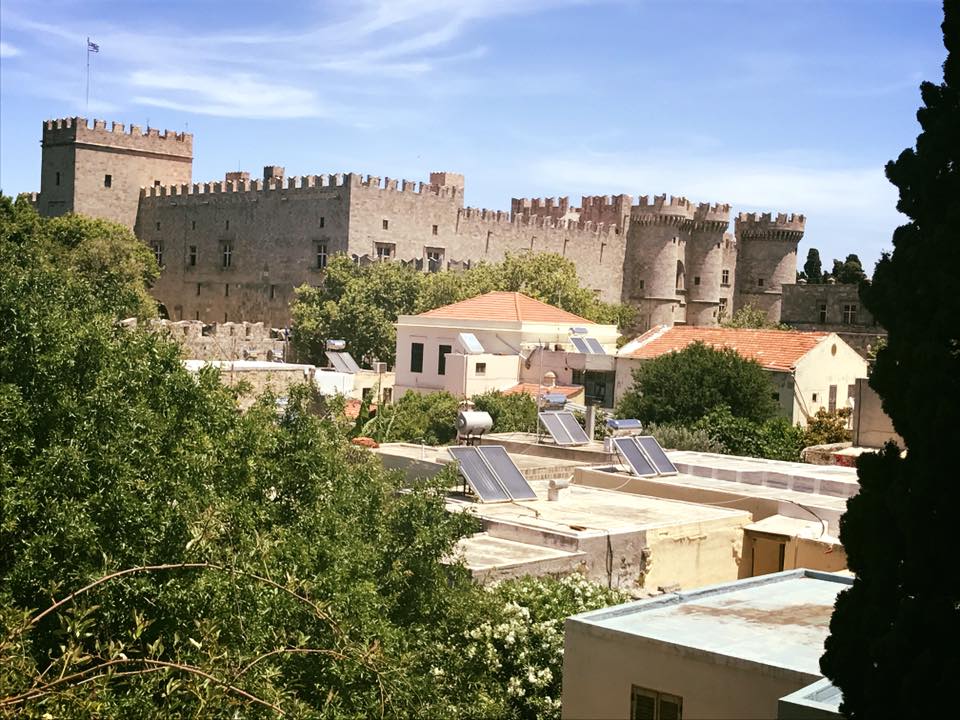
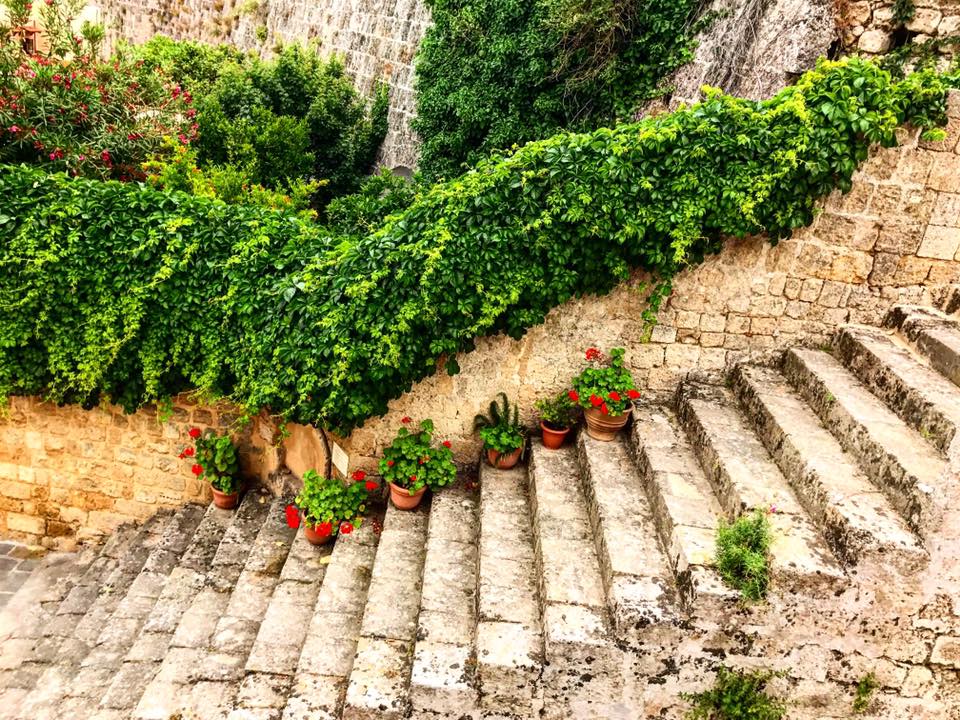
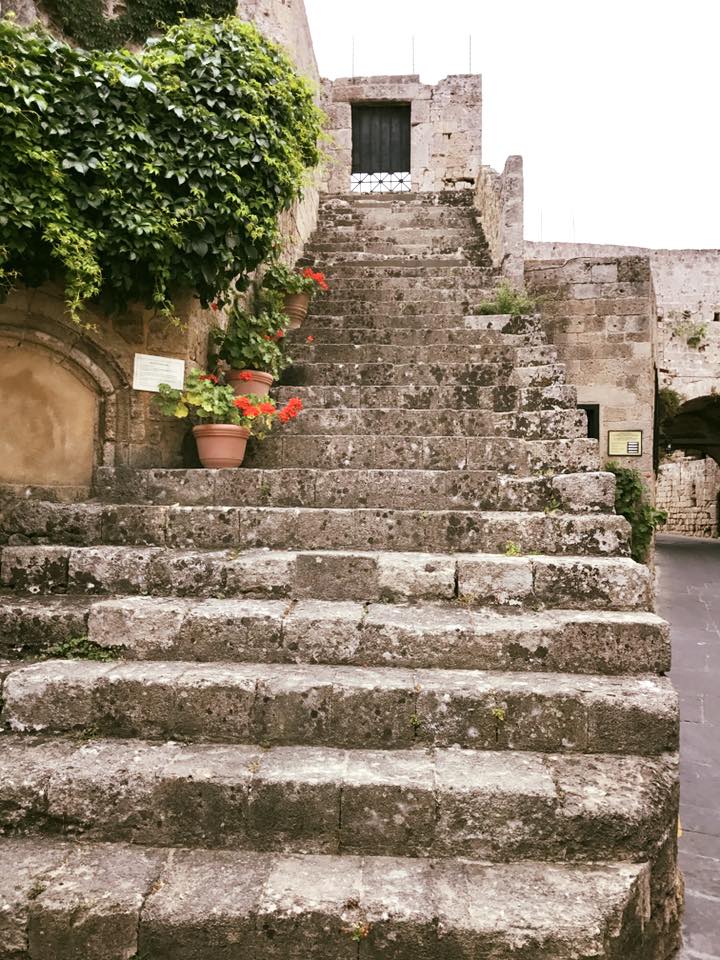
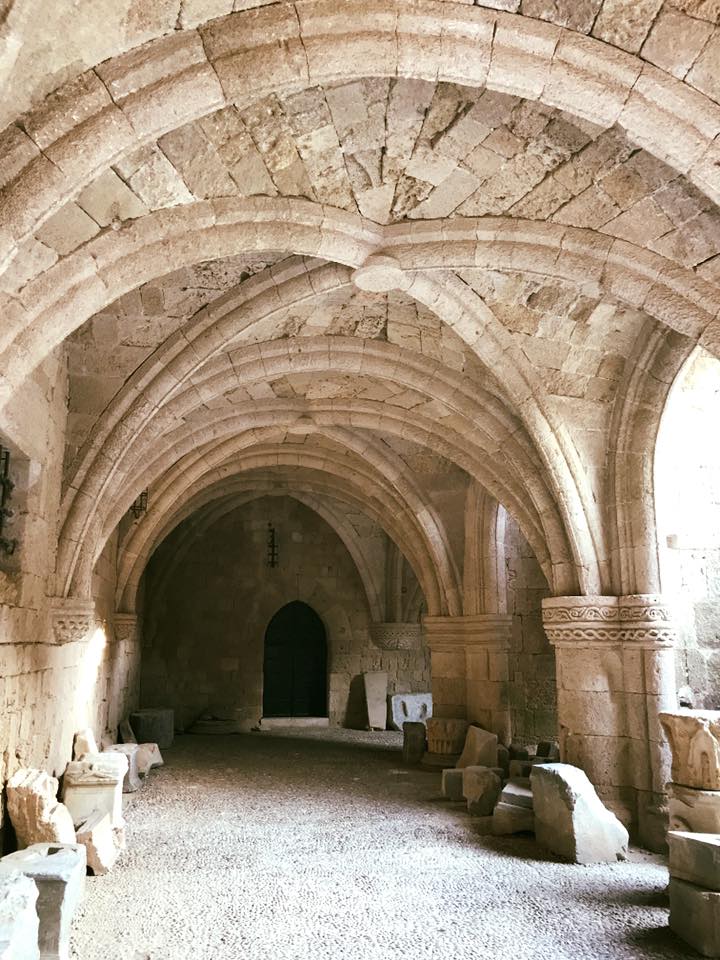
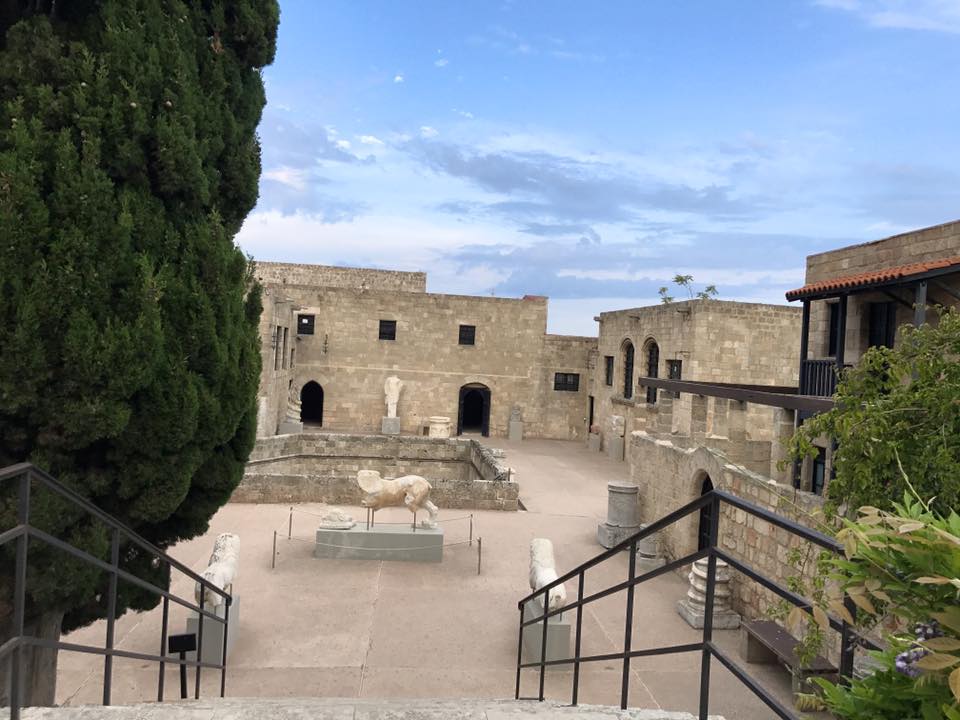
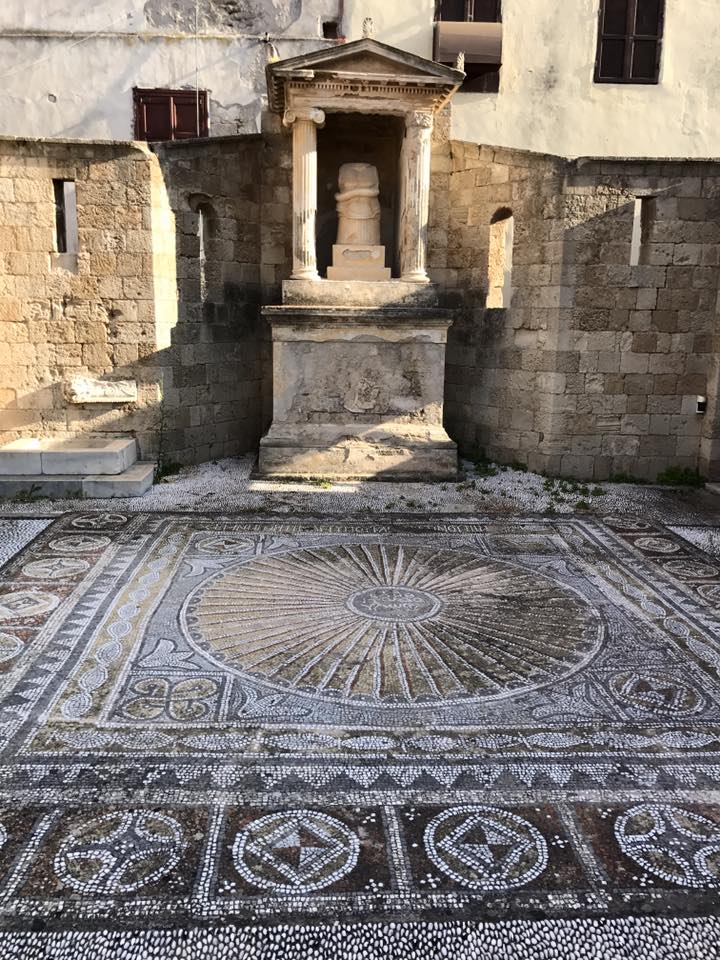
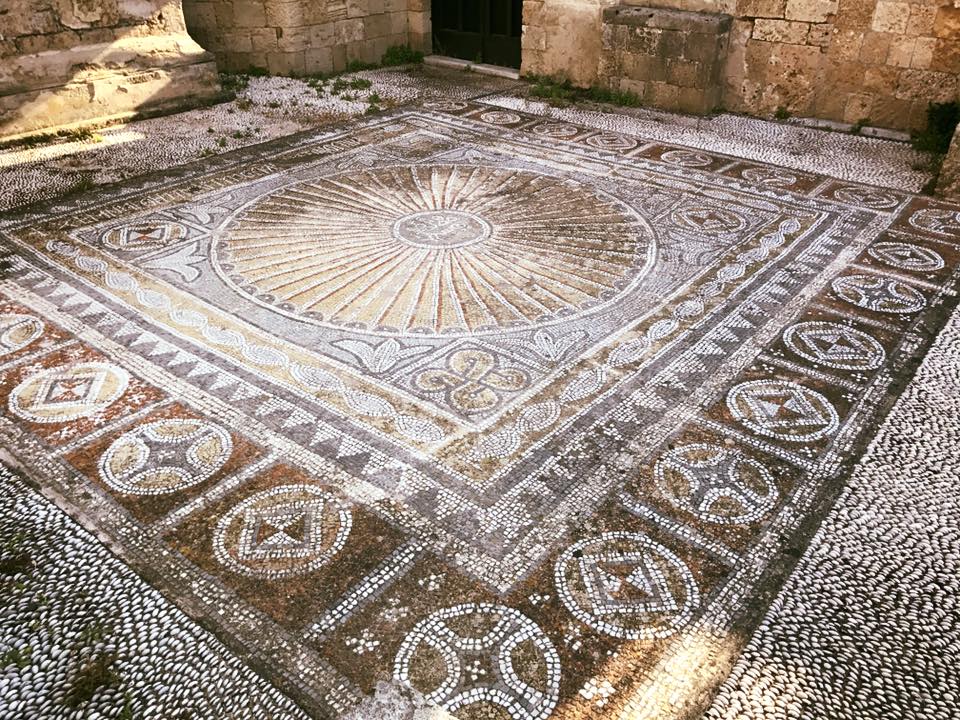
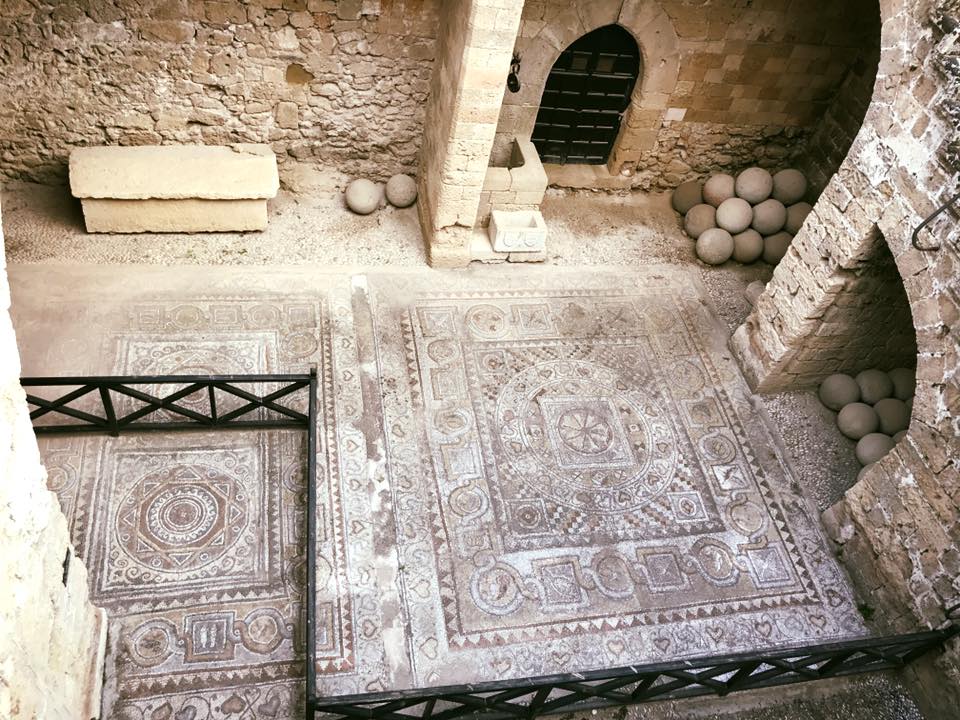
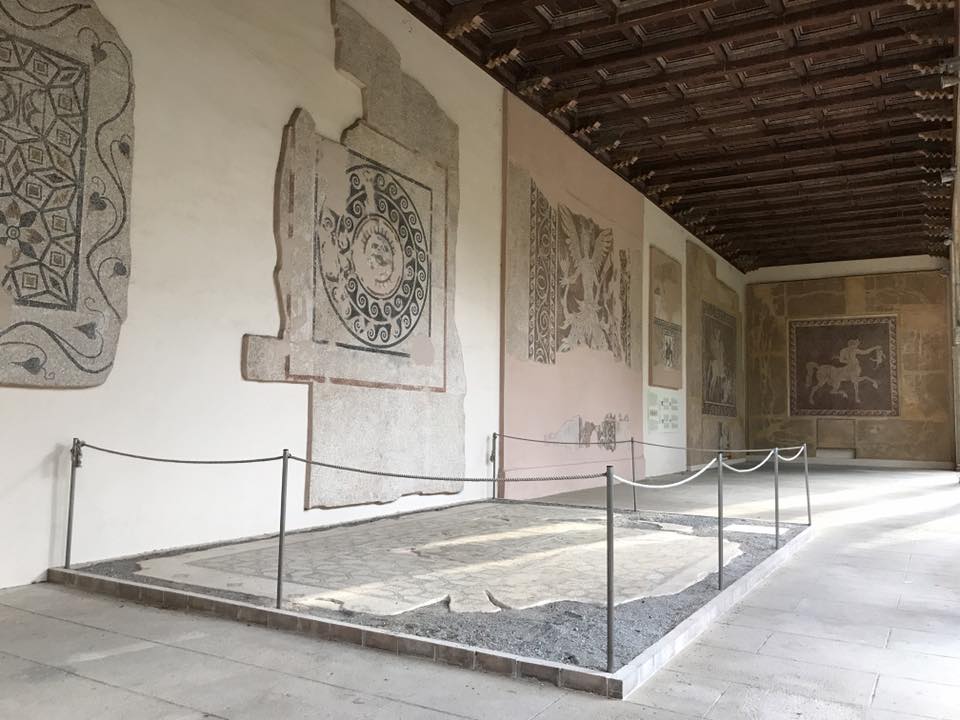
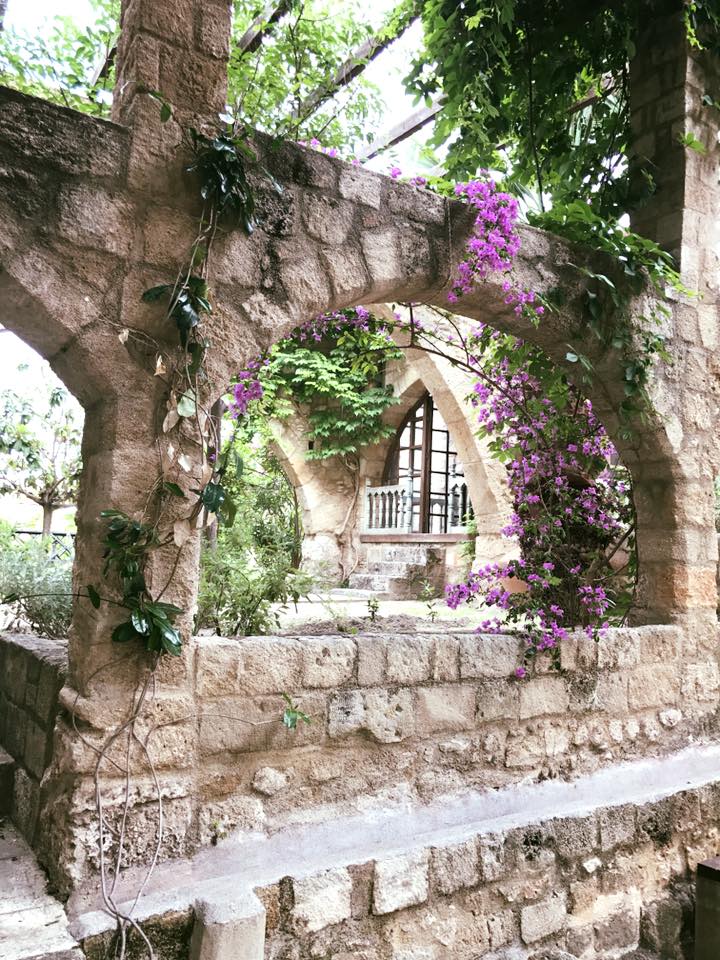
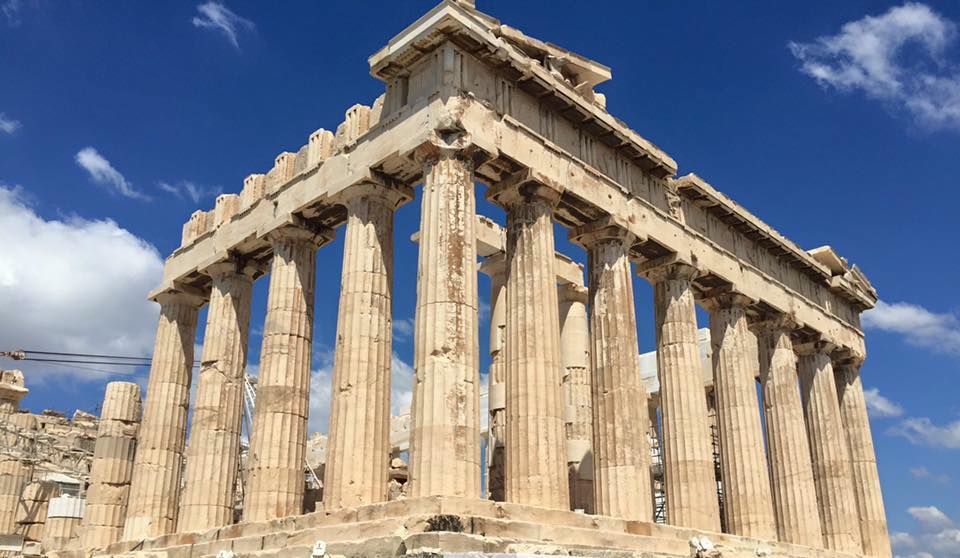
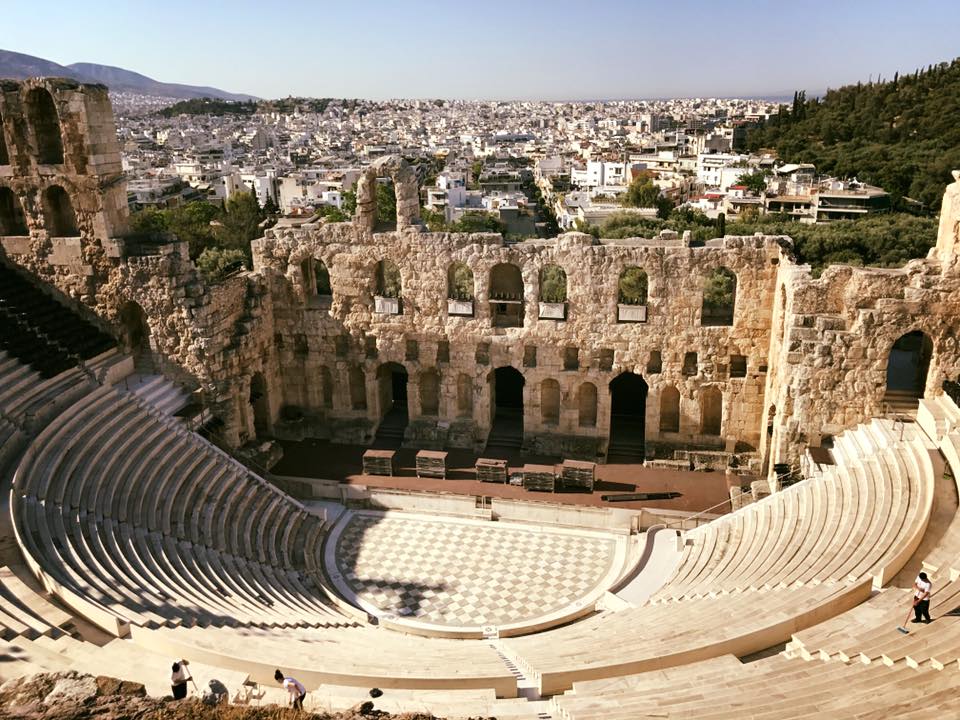
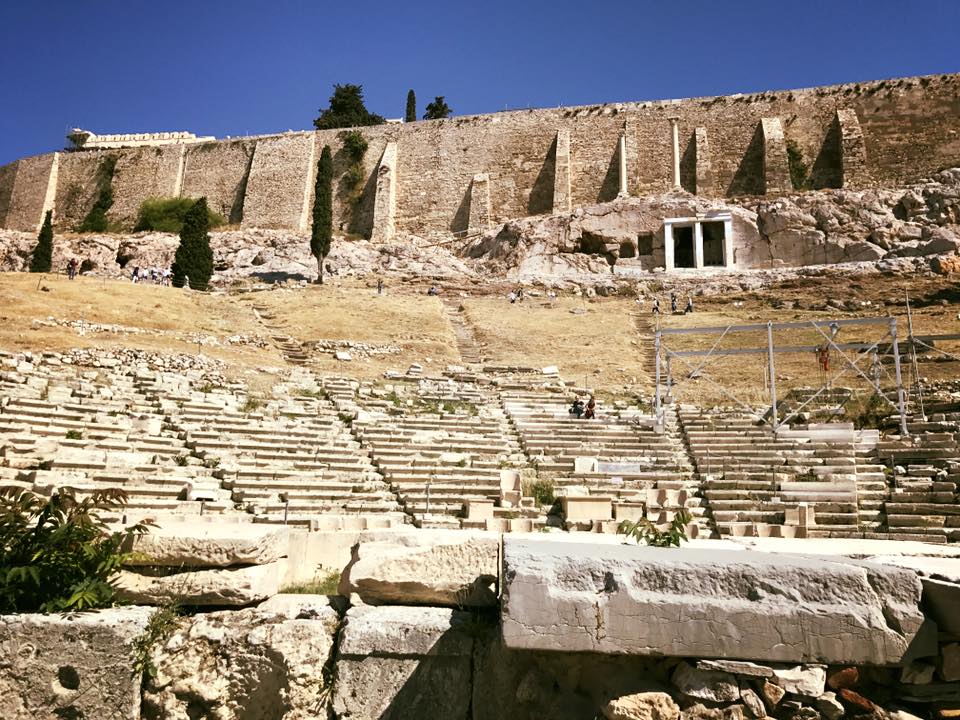 Once you are at the top of the Acropolis, you enter from here to see the Parthenon:
Once you are at the top of the Acropolis, you enter from here to see the Parthenon: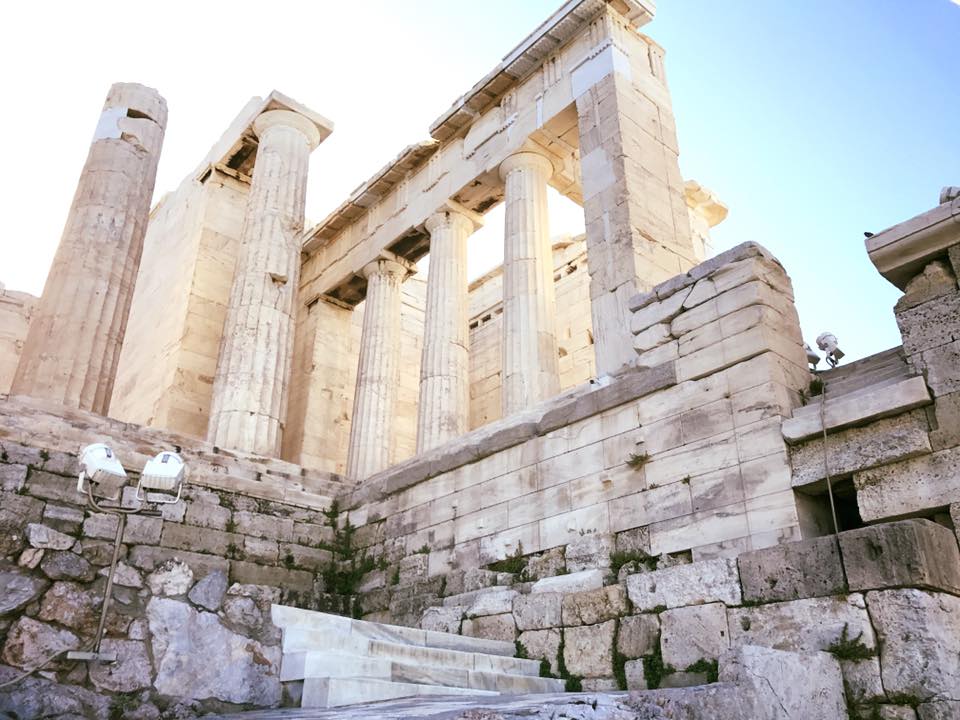
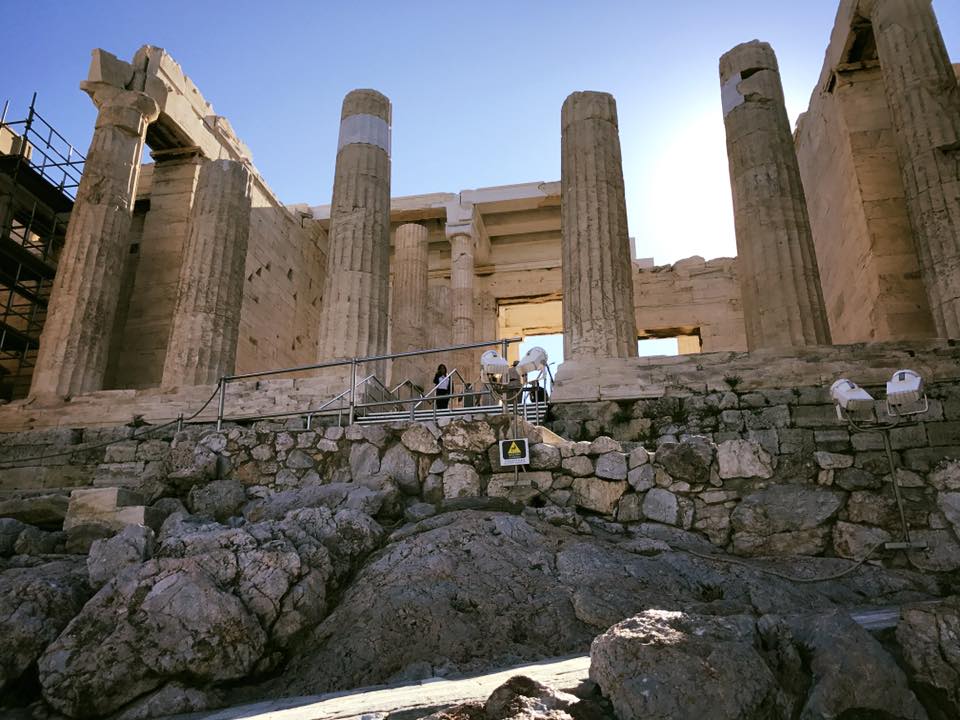
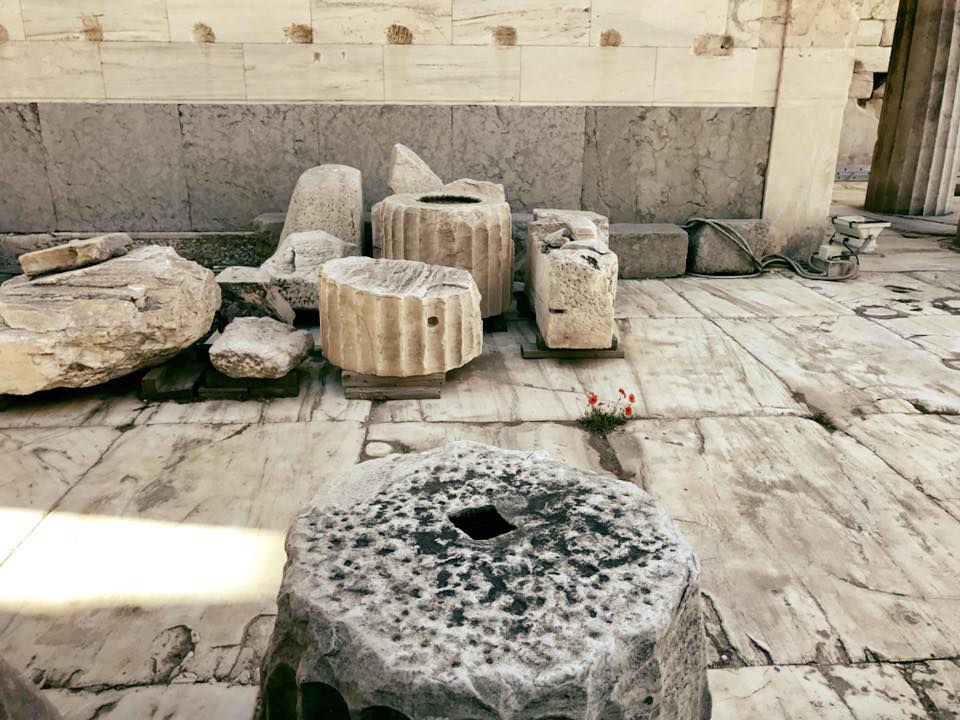
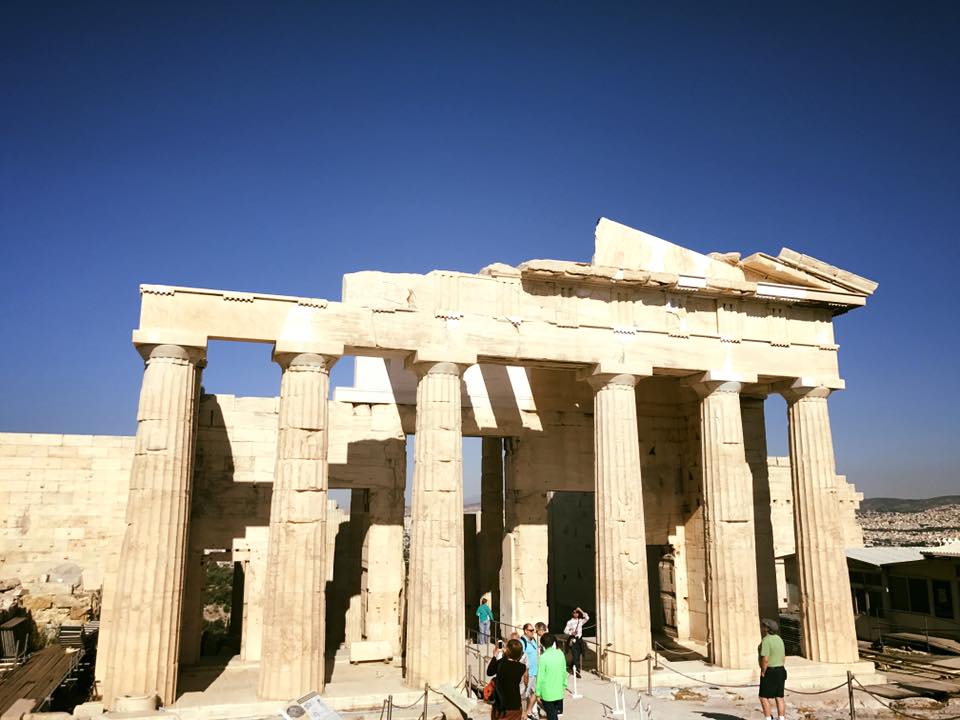 And now, for the main attraction: The Parthenon!
And now, for the main attraction: The Parthenon!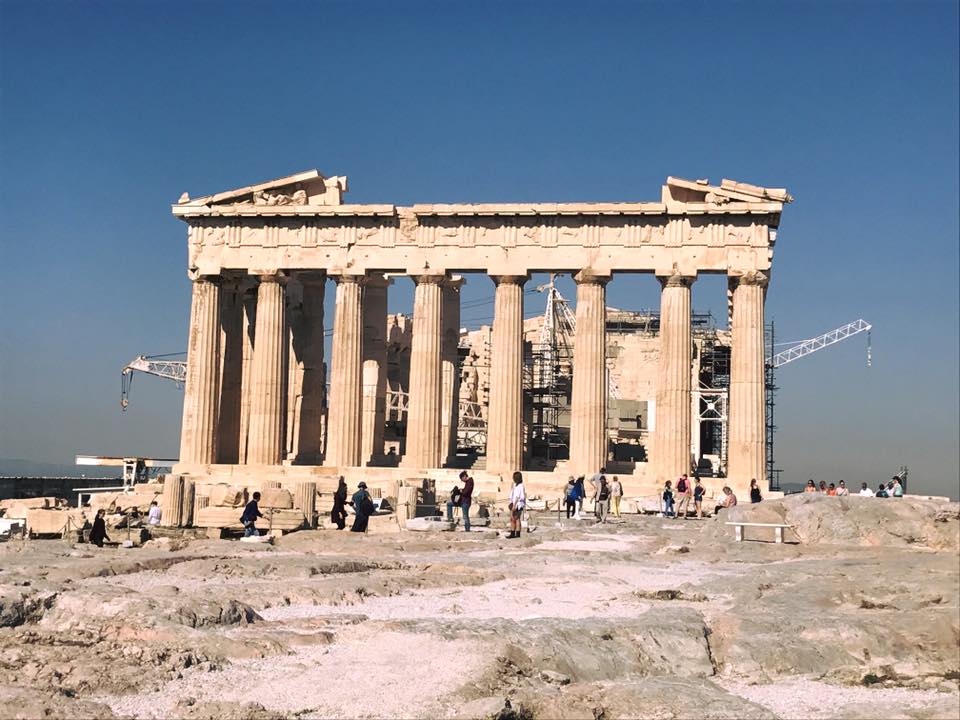
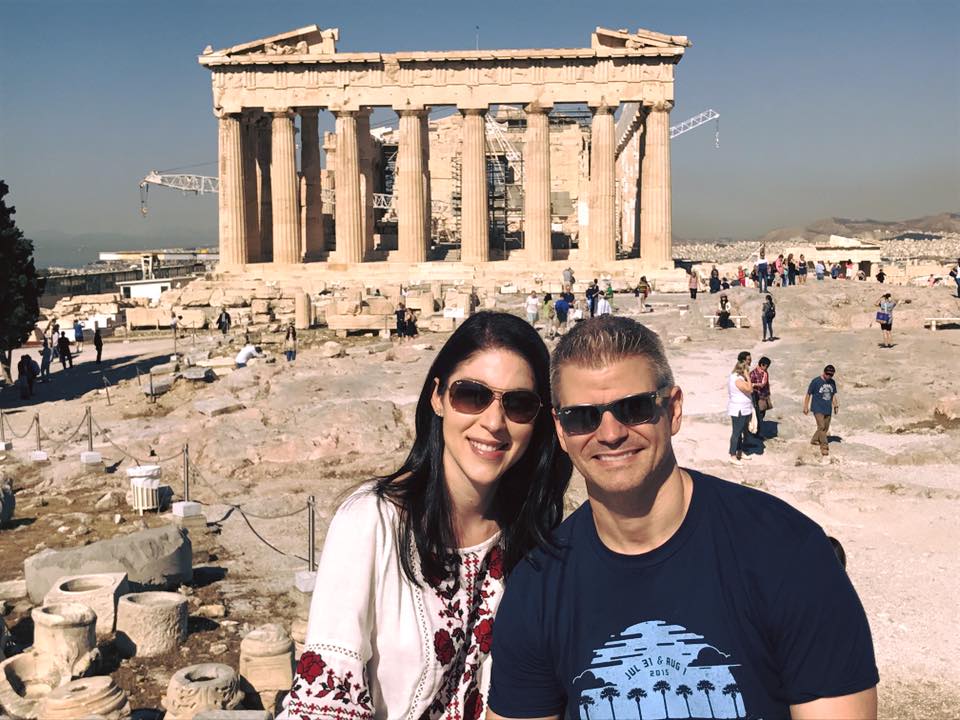
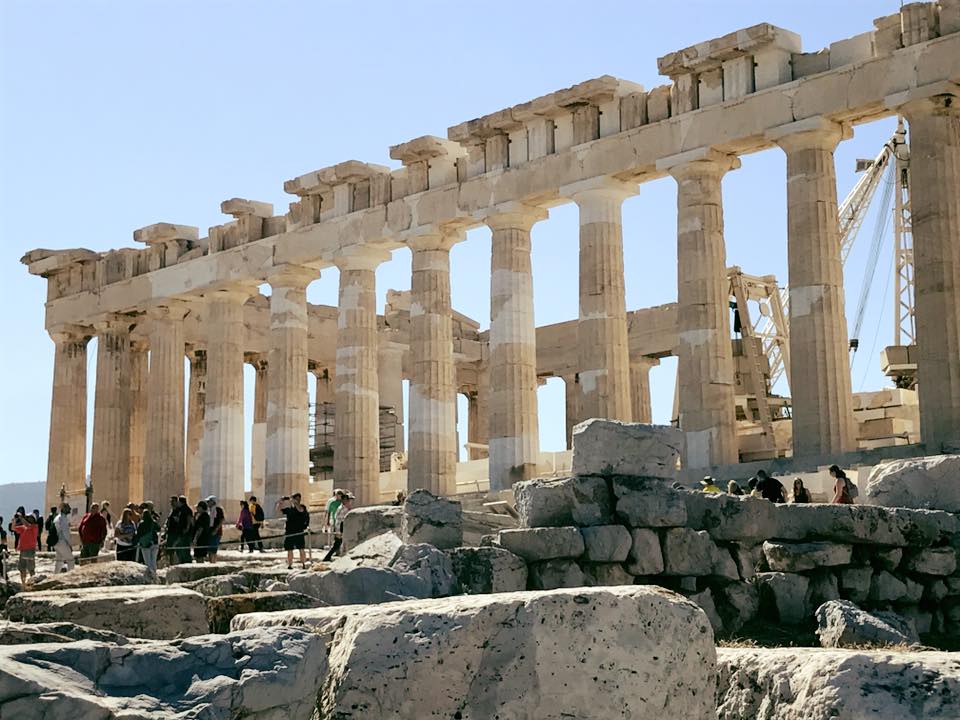
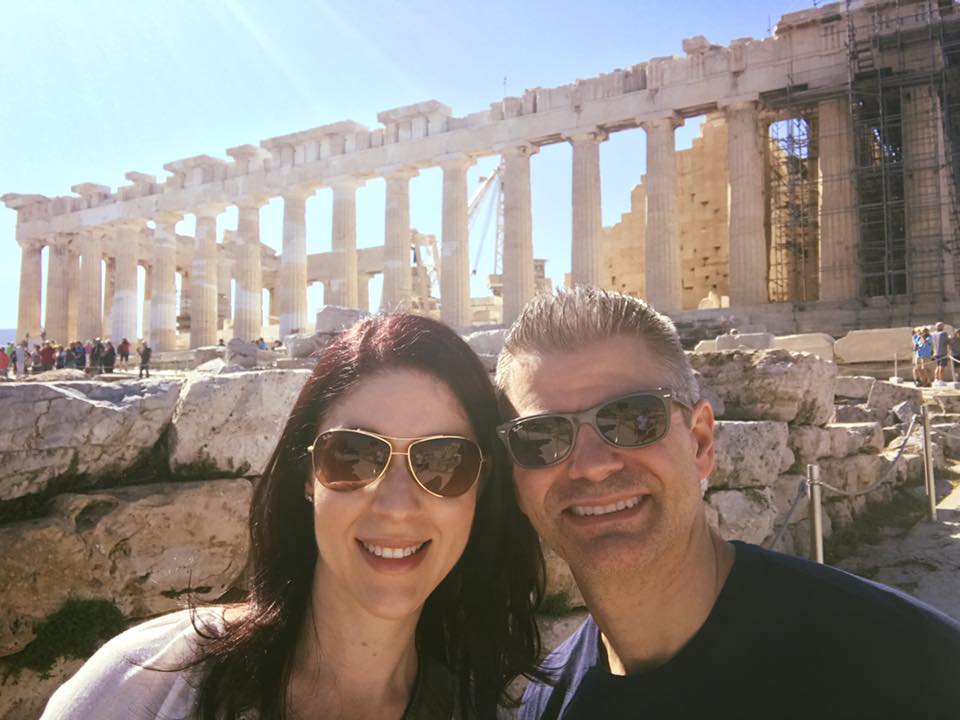 Don’t forget to spend some time visiting some of the other temples on the Acropolis.
Don’t forget to spend some time visiting some of the other temples on the Acropolis.
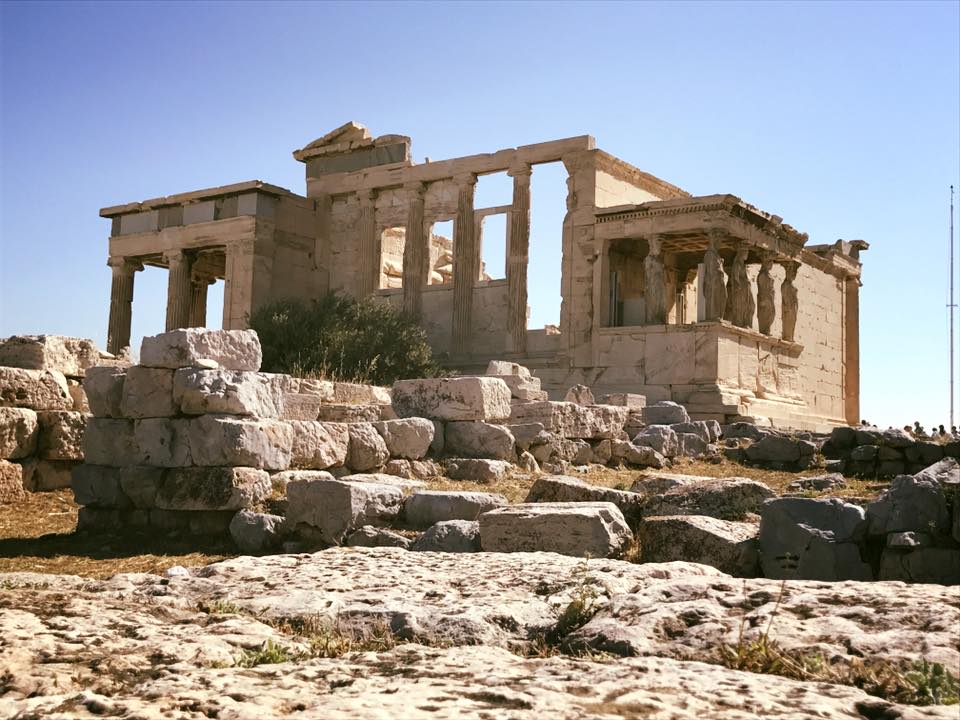
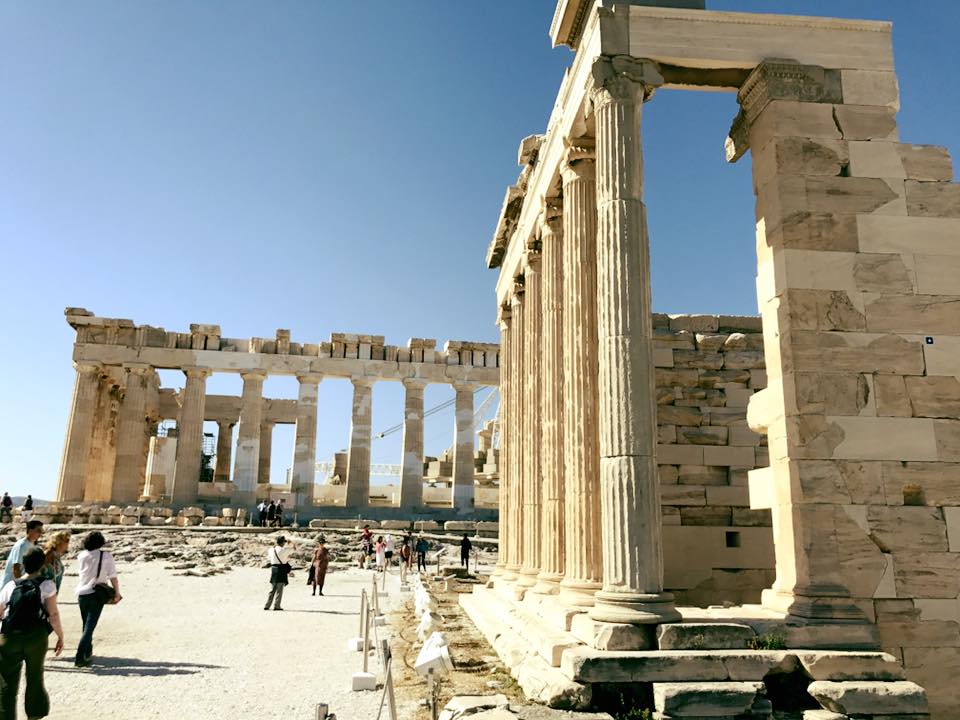
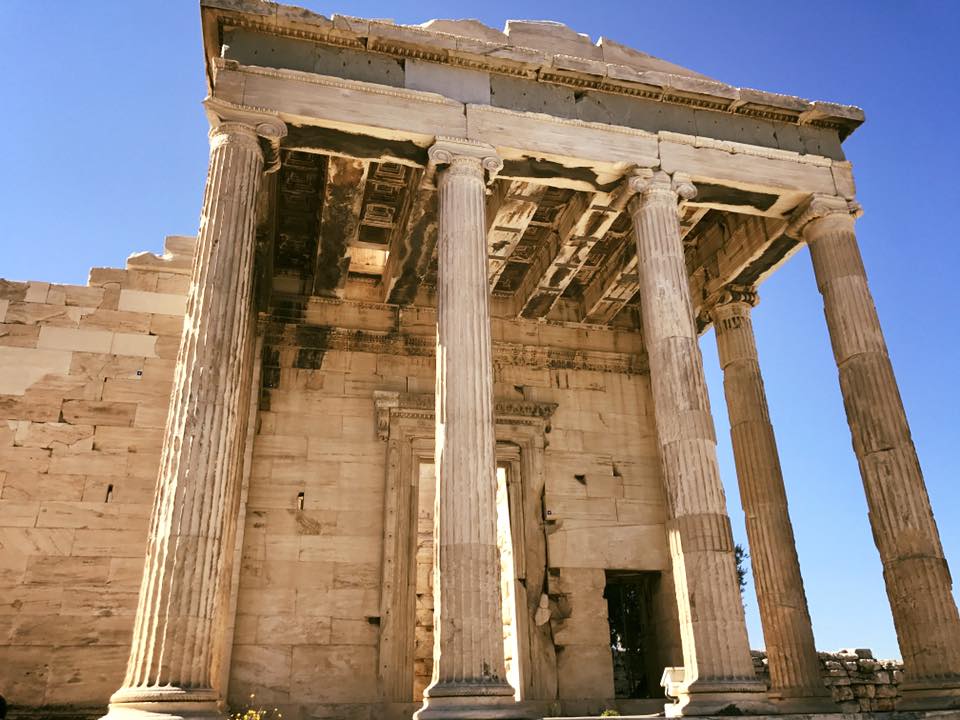
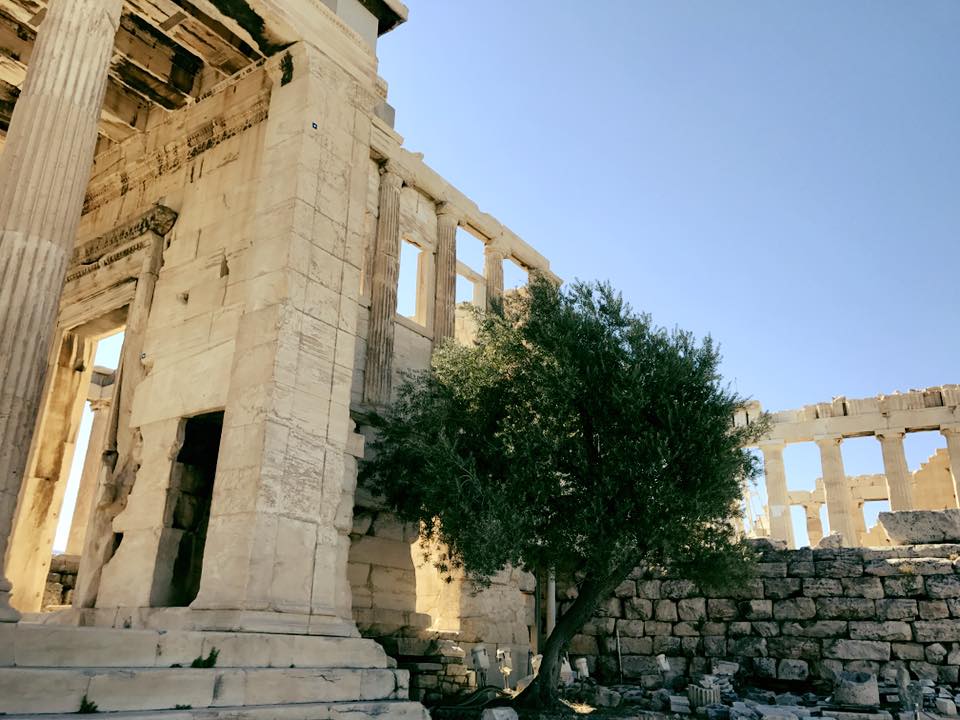 By the way, on your way out, don’t just pass by this olive tree without stopping to admire it. It is the oldest olive tree on the Acropolis! Also,
By the way, on your way out, don’t just pass by this olive tree without stopping to admire it. It is the oldest olive tree on the Acropolis! Also, 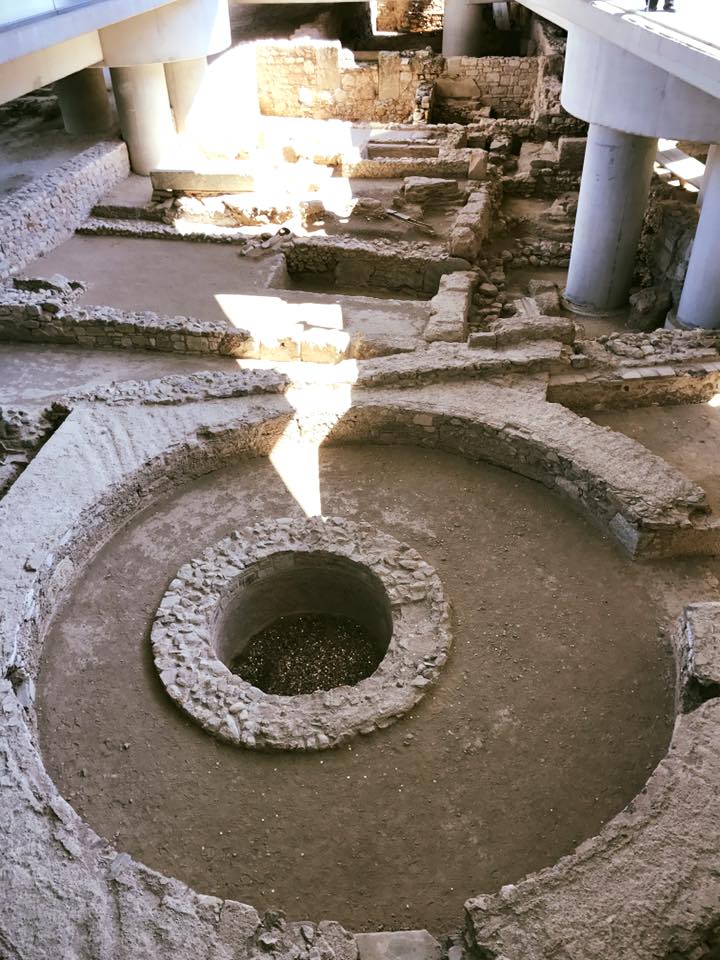
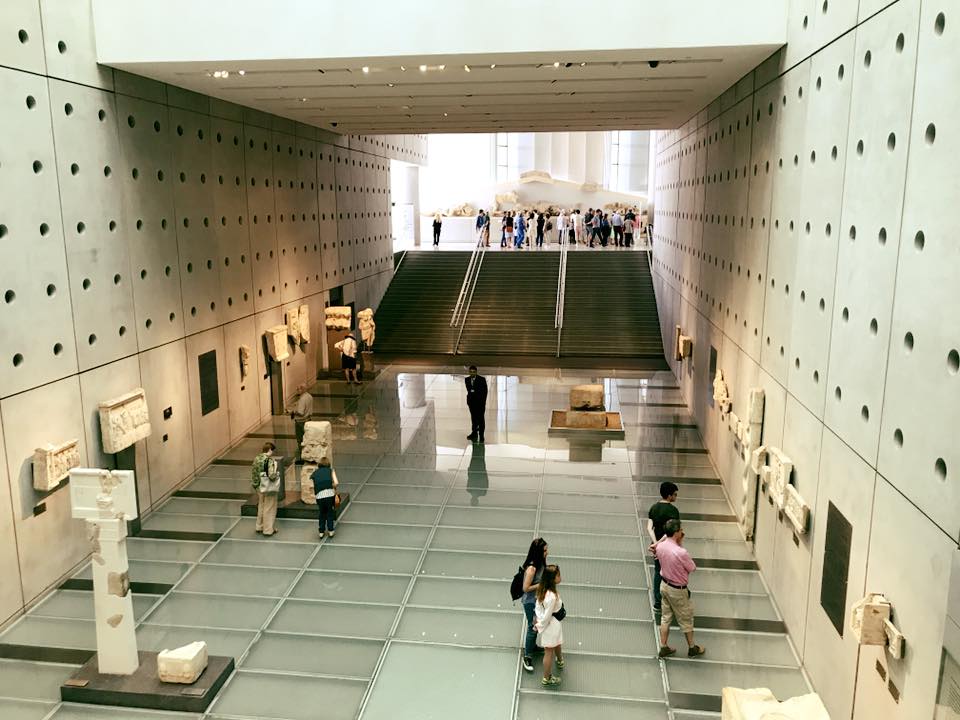
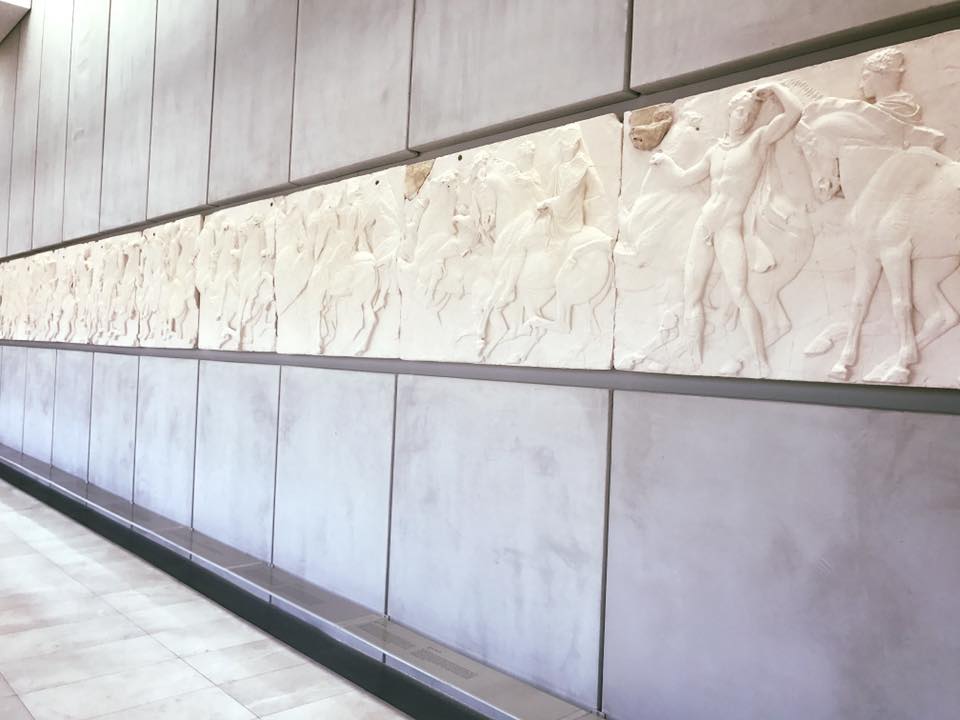
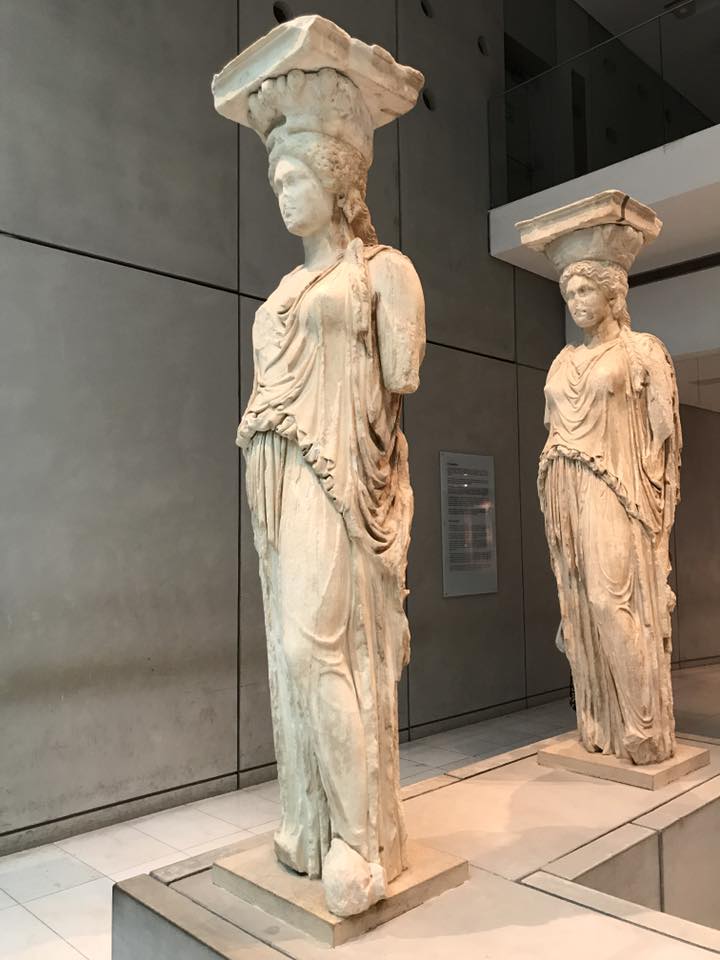
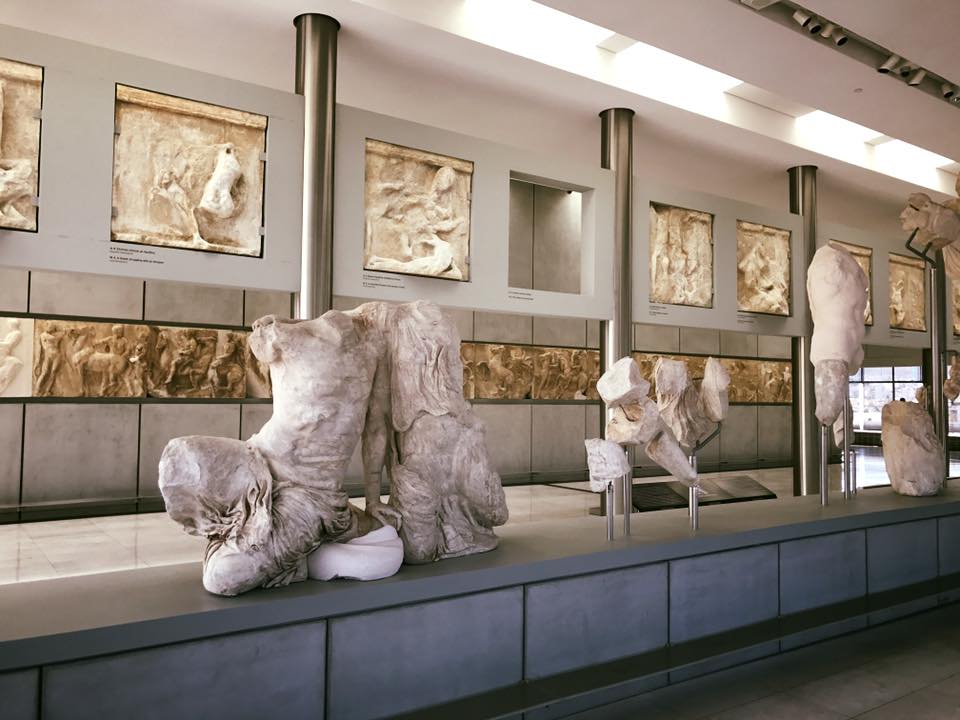 This sculpture is my favorite in the museum. It is a replica of what used to sit atop the entrance to the Parthenon (the darker pieces are original).
This sculpture is my favorite in the museum. It is a replica of what used to sit atop the entrance to the Parthenon (the darker pieces are original).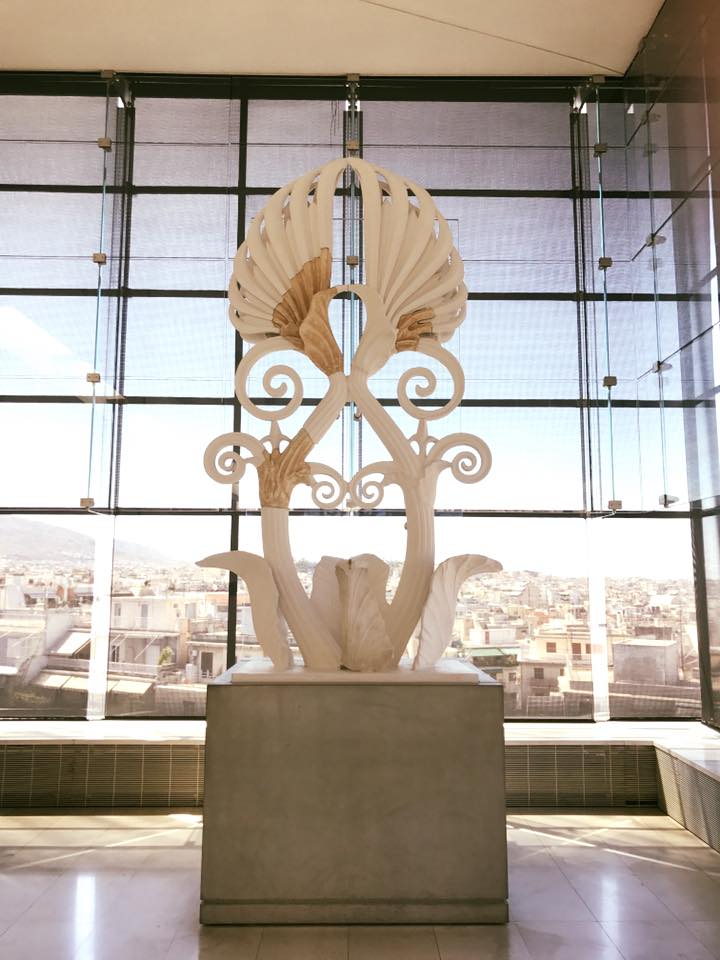
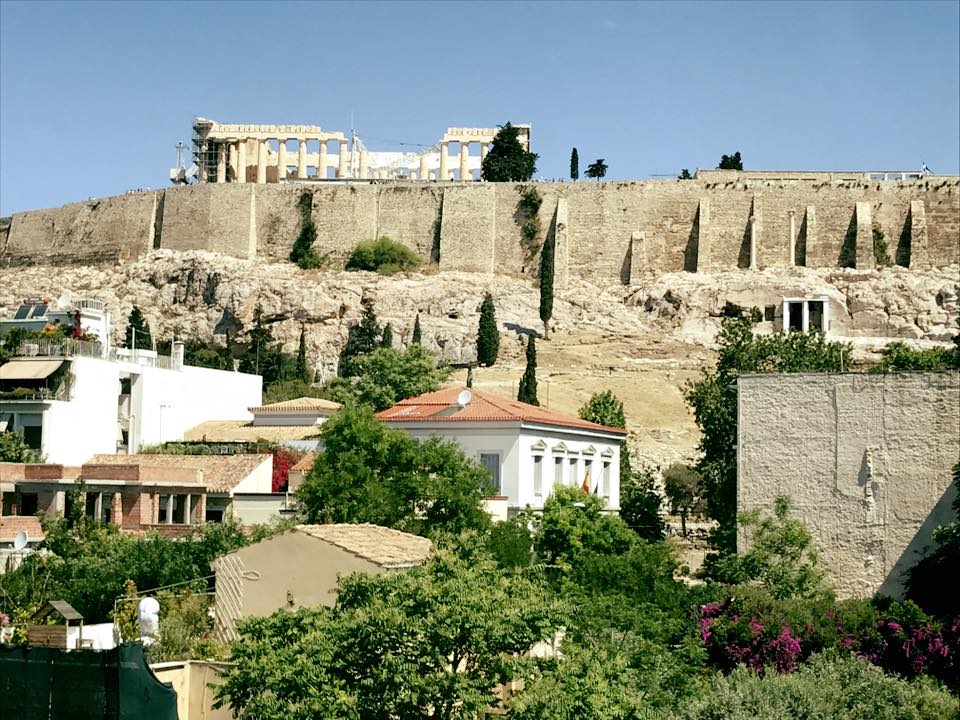
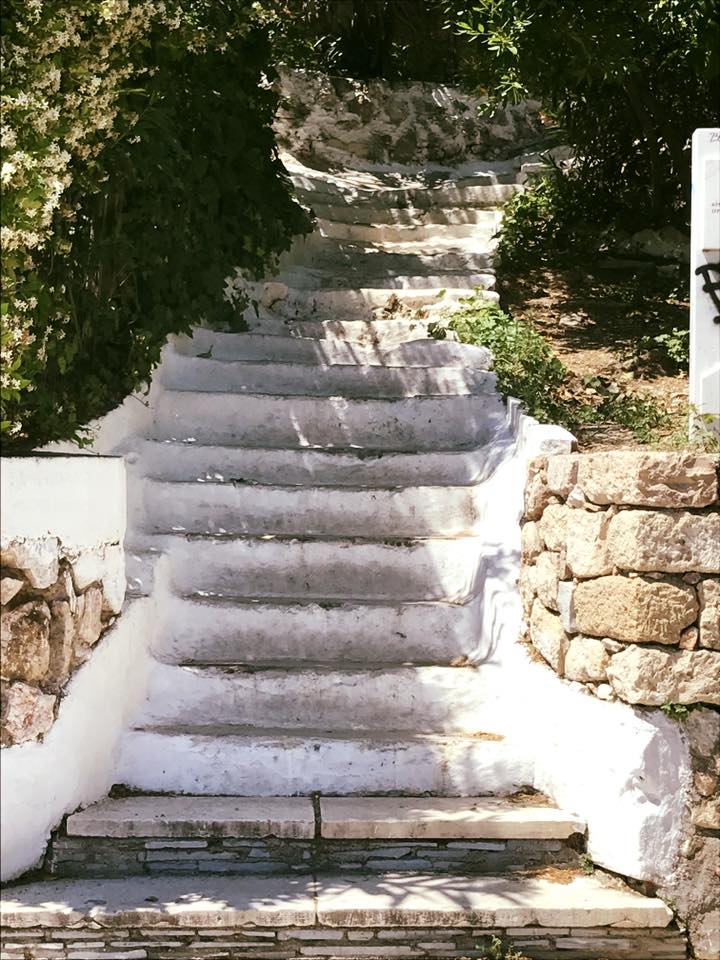
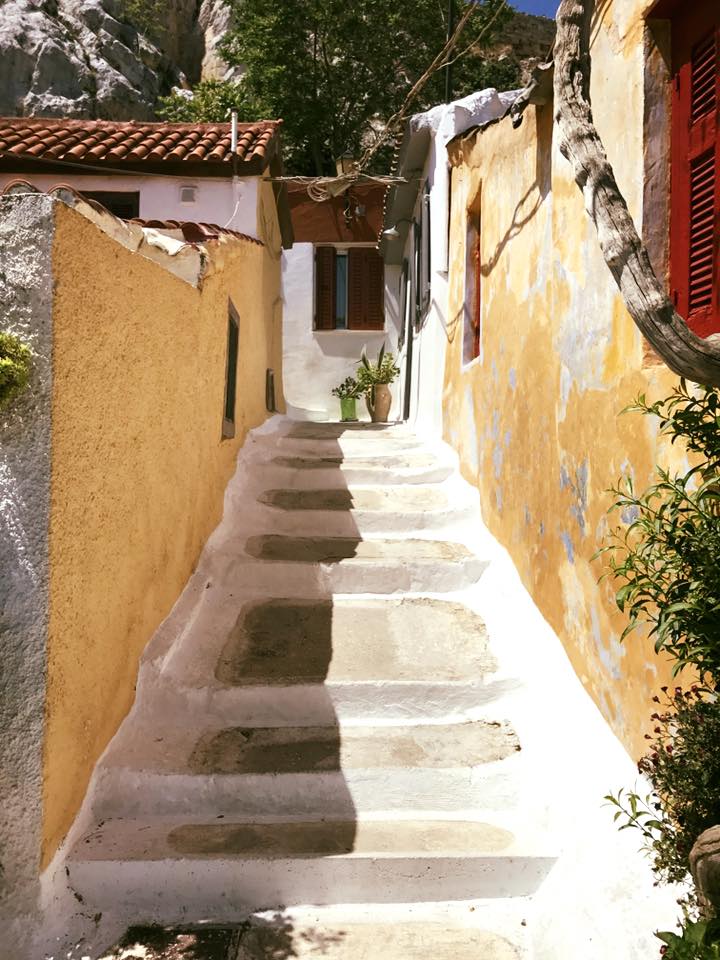
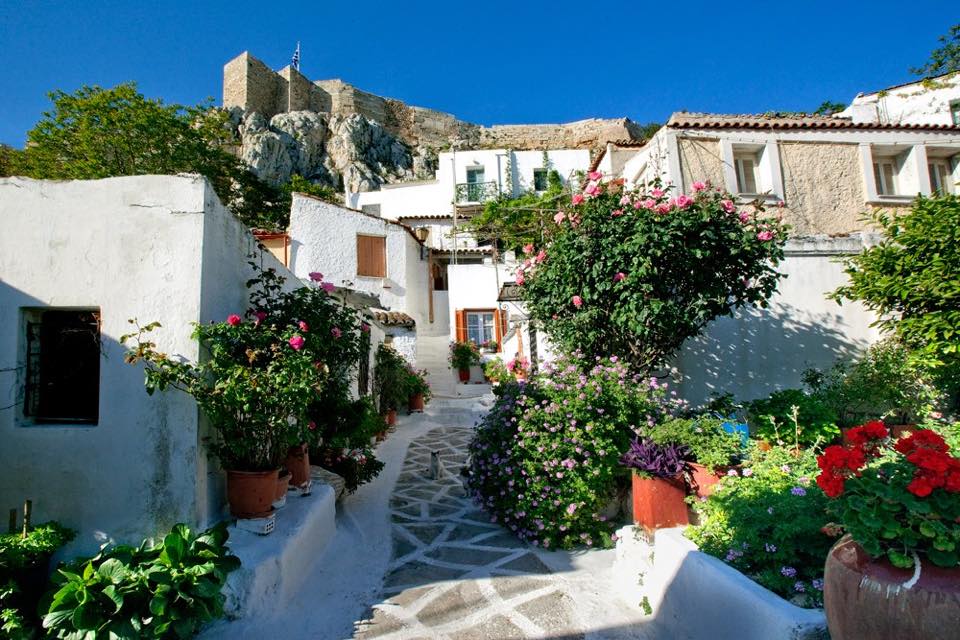
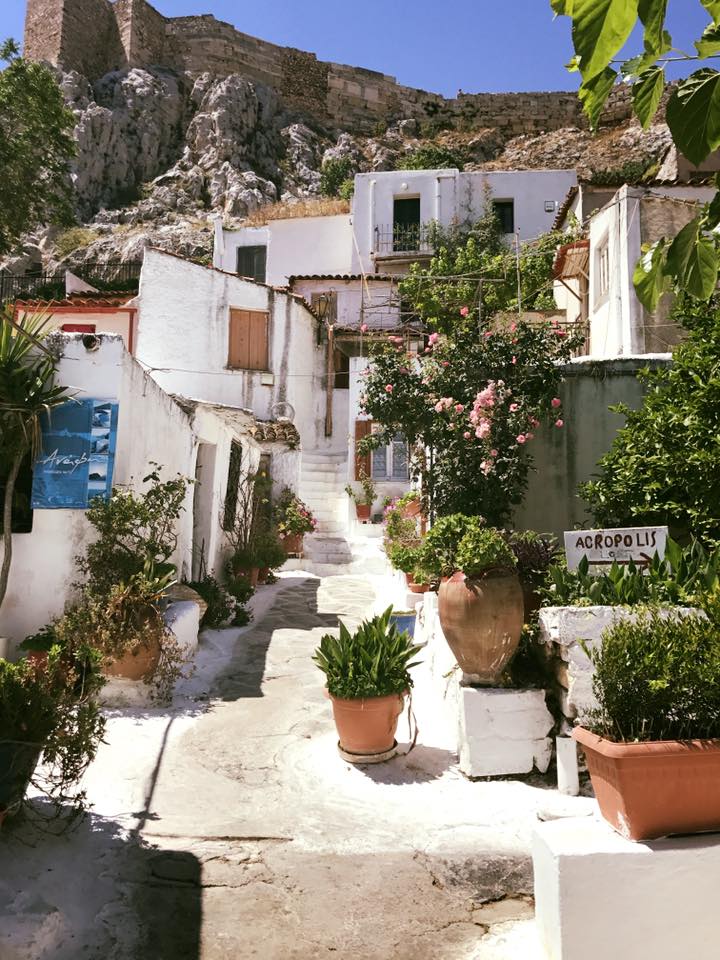
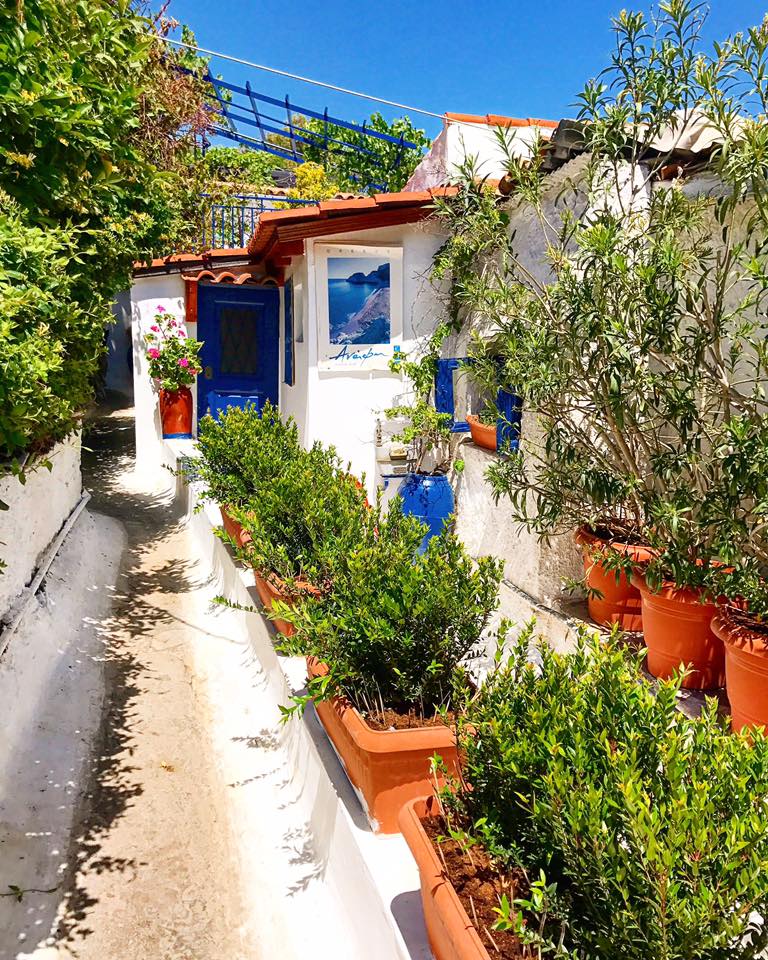
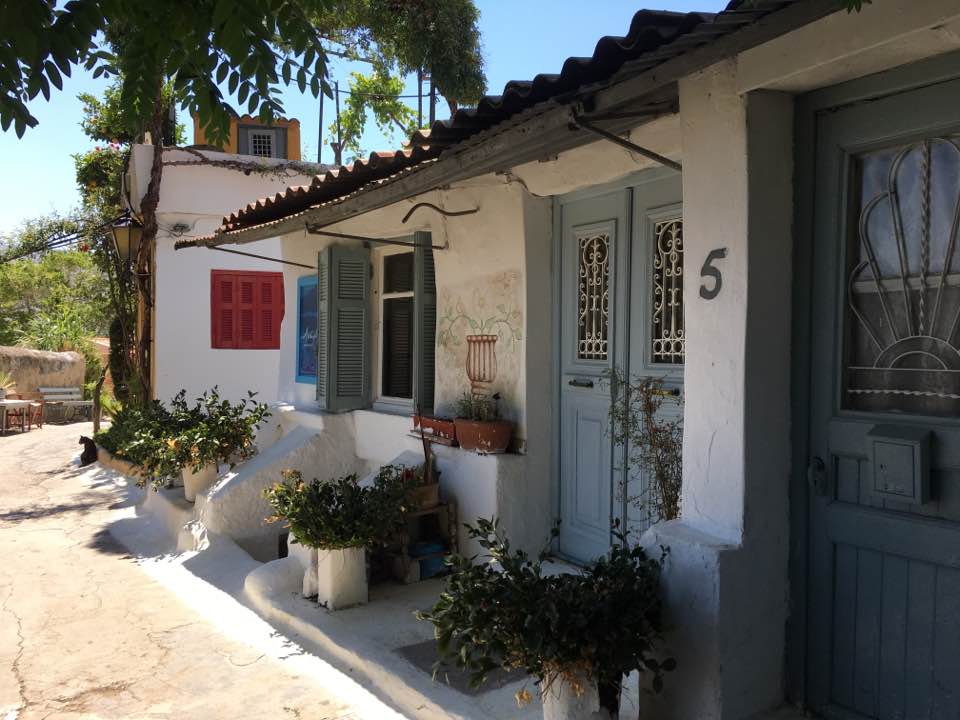
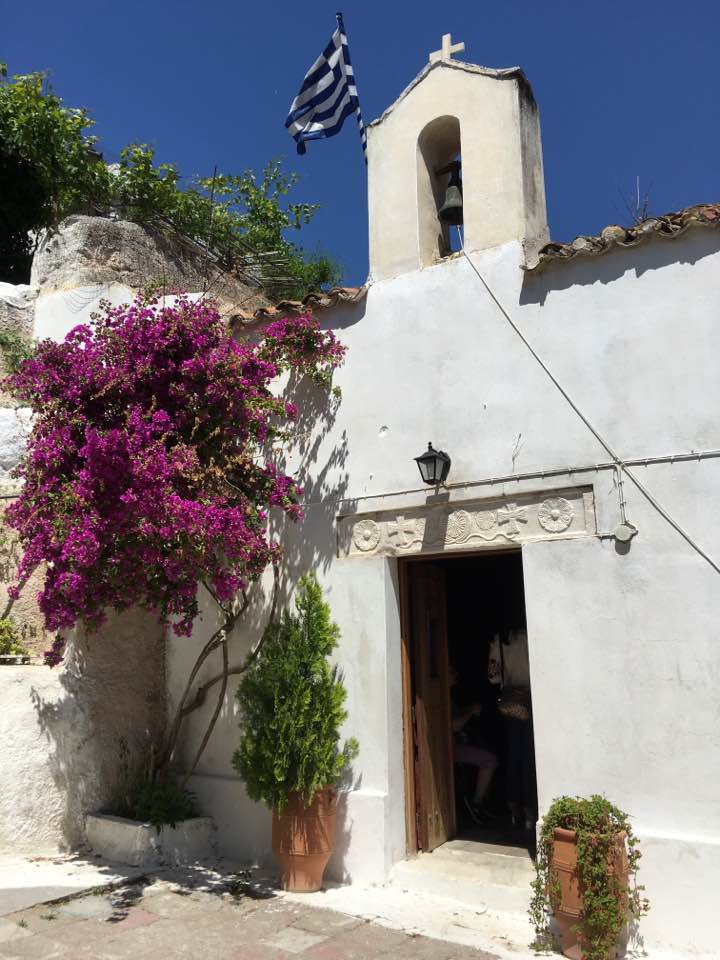
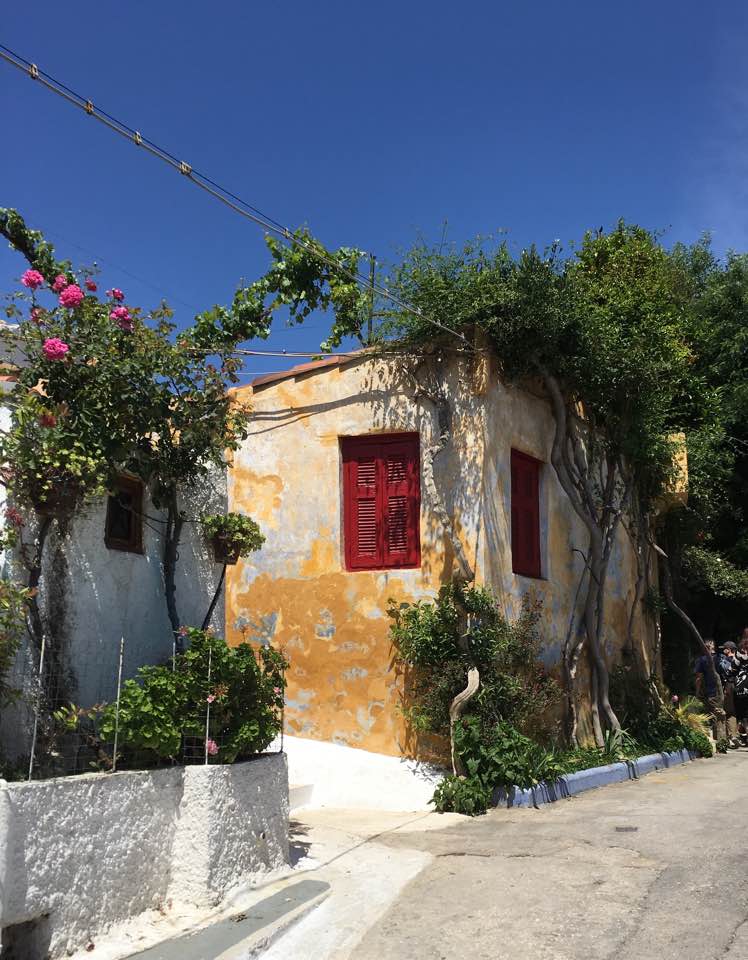
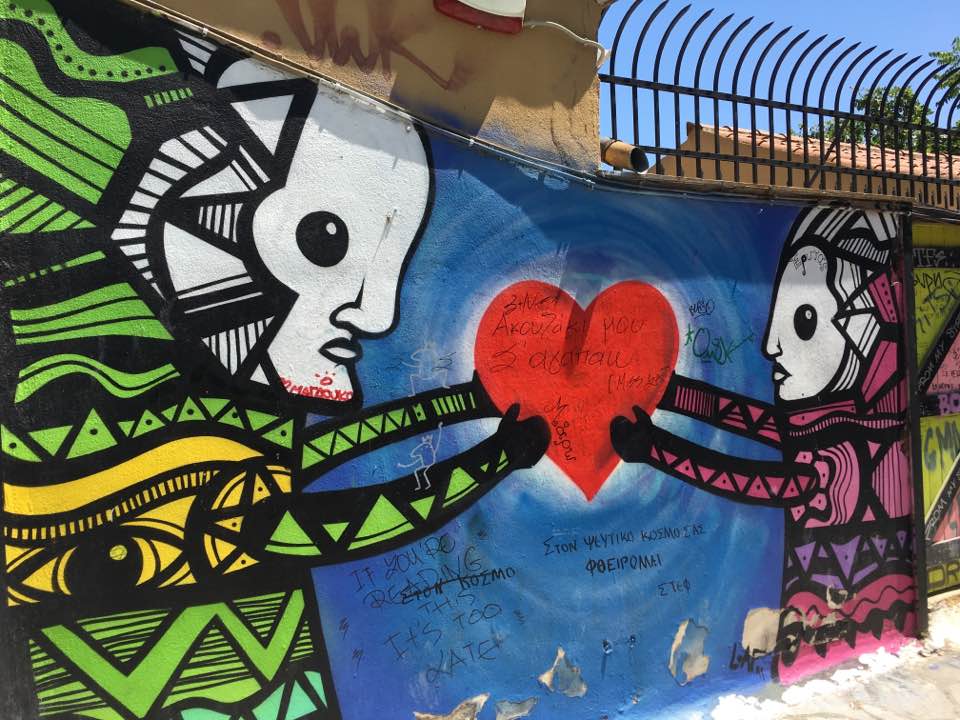
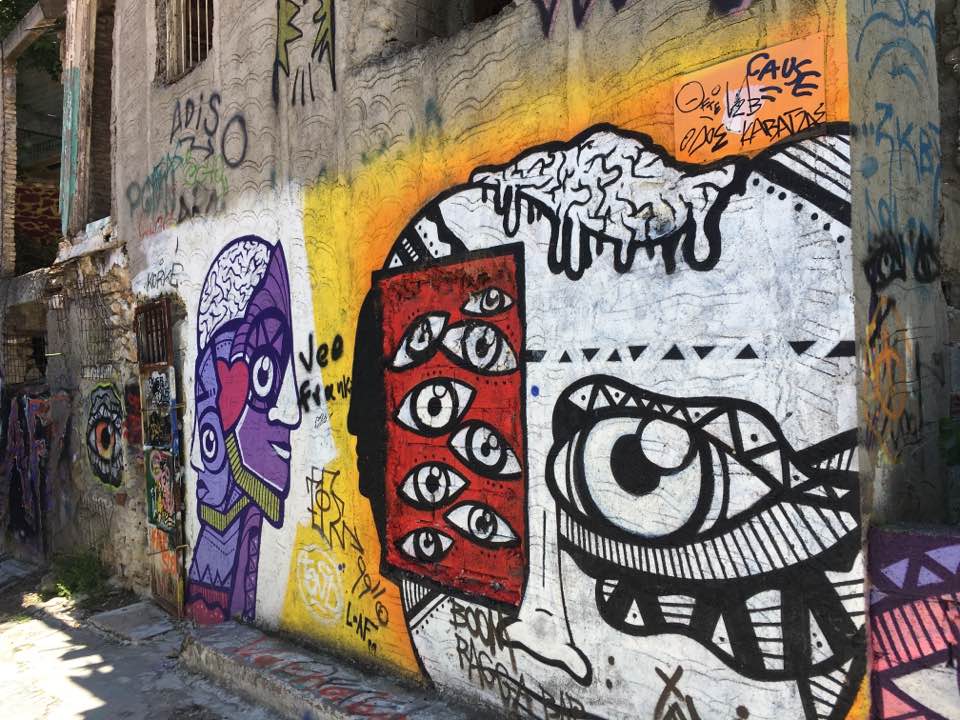
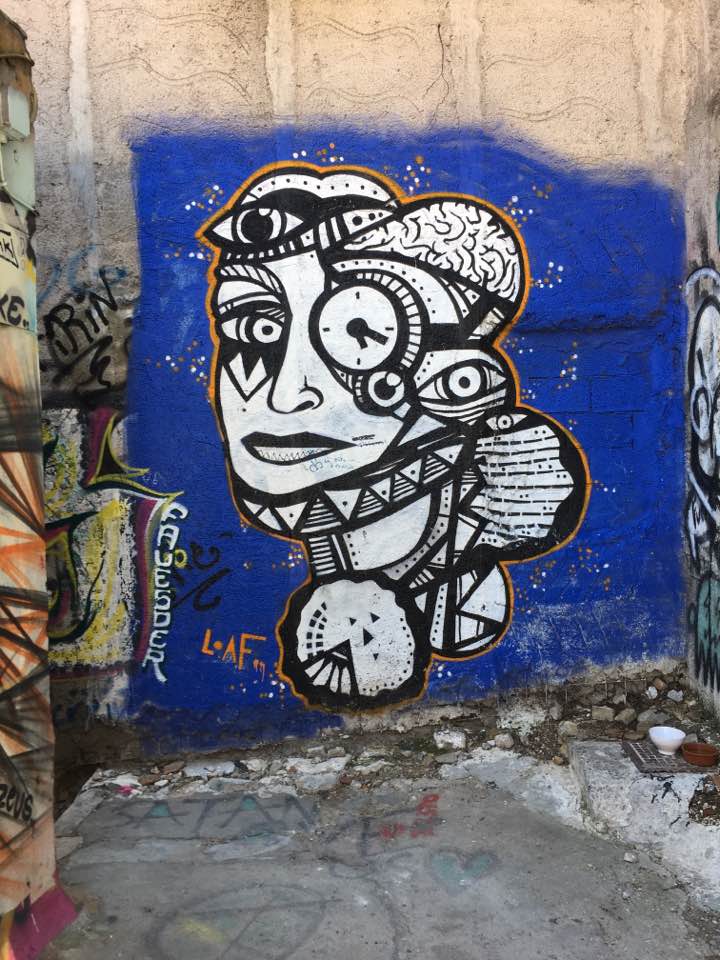
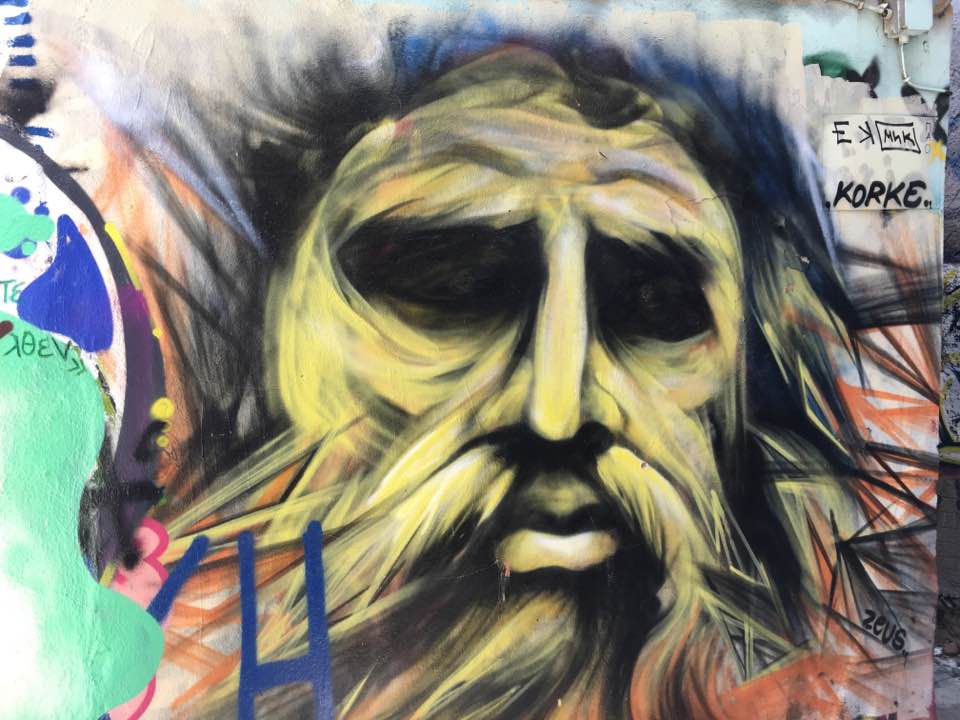 A few minutes later, you will be at the beautiful Plaka, where you will have your pick of excellent taverns for lunch.
A few minutes later, you will be at the beautiful Plaka, where you will have your pick of excellent taverns for lunch.